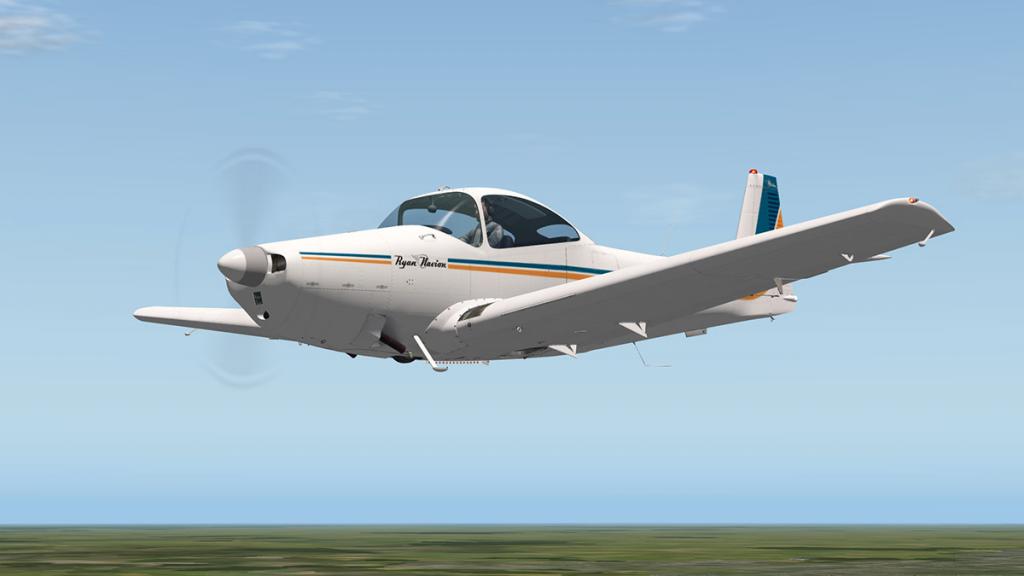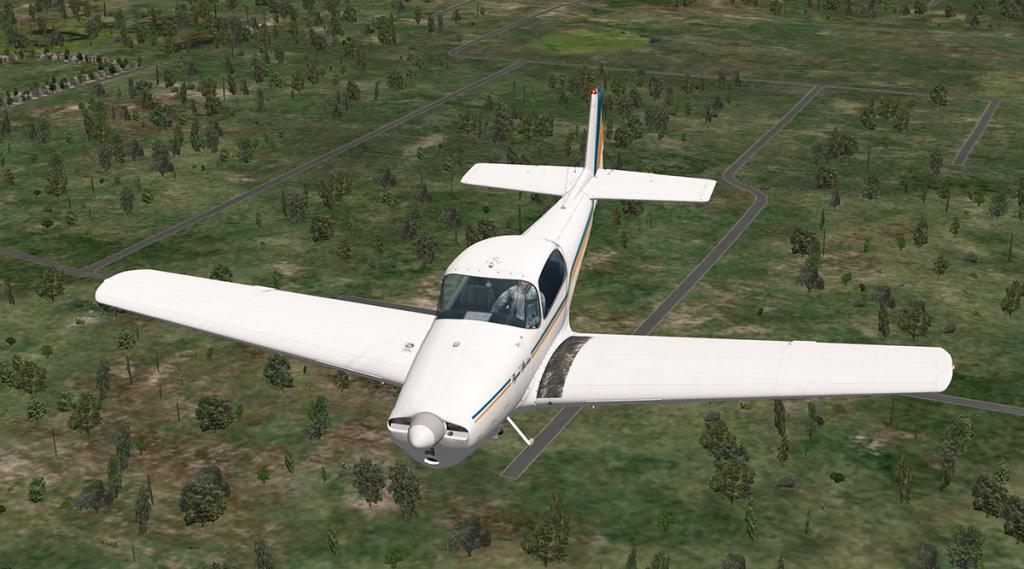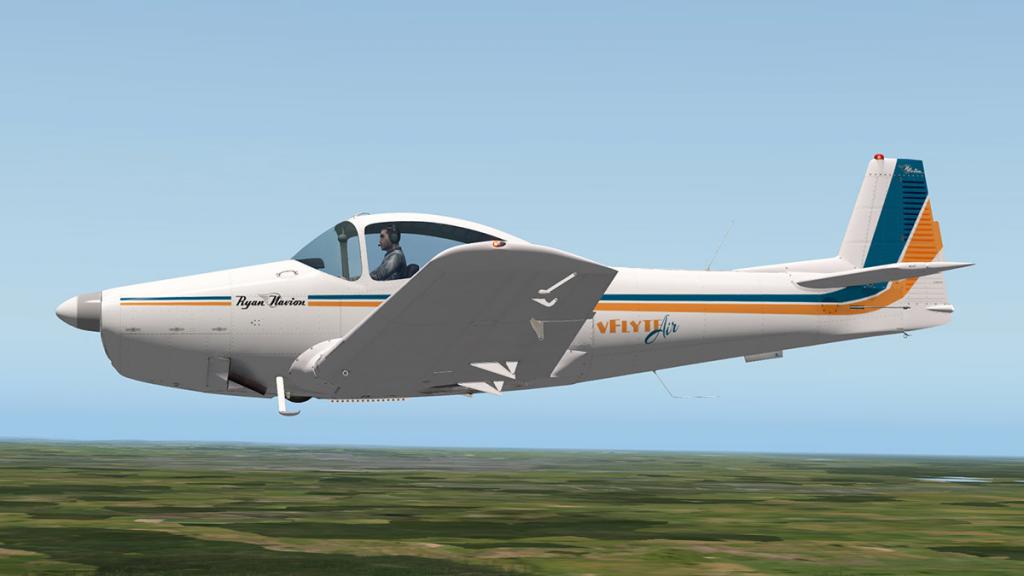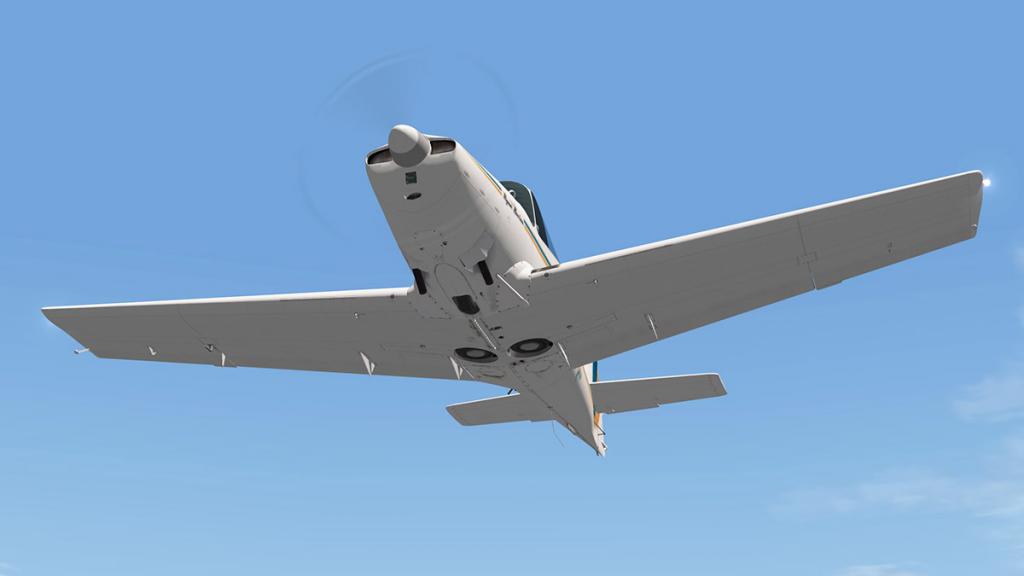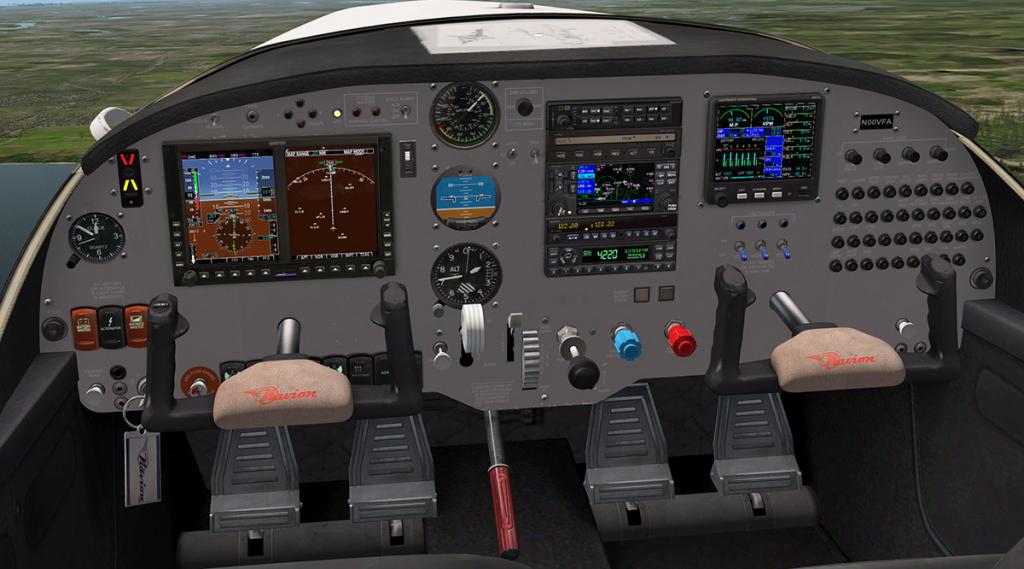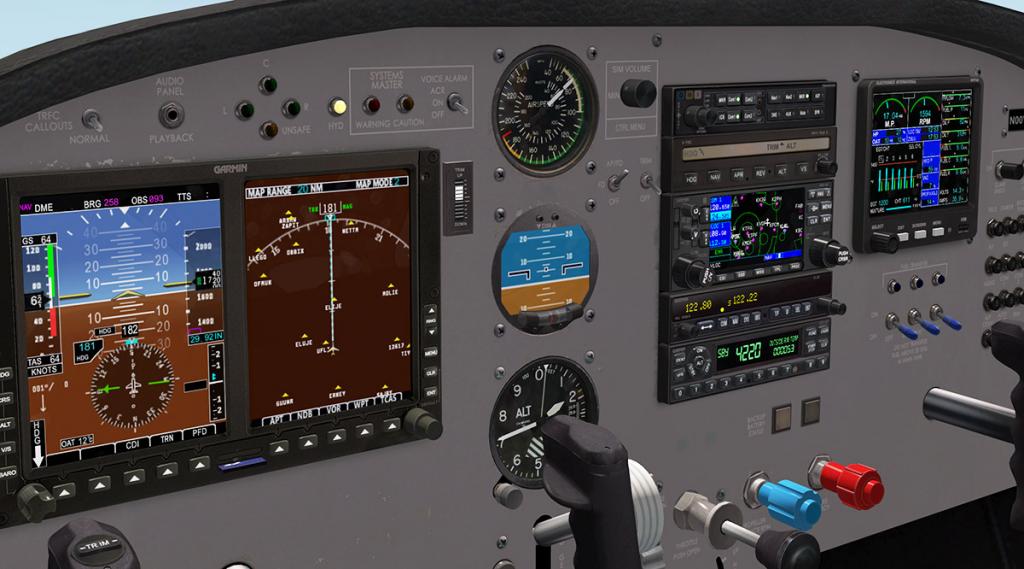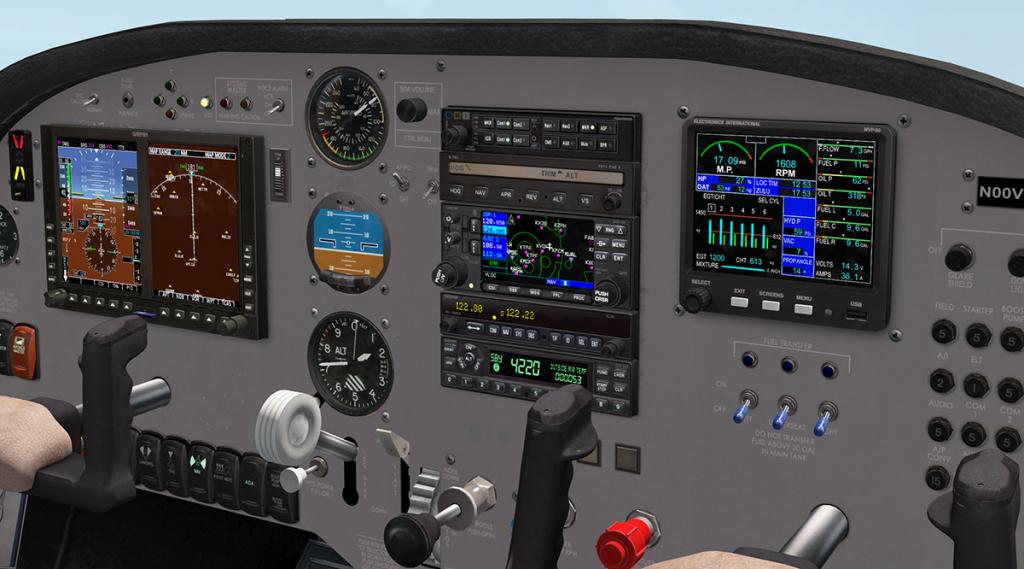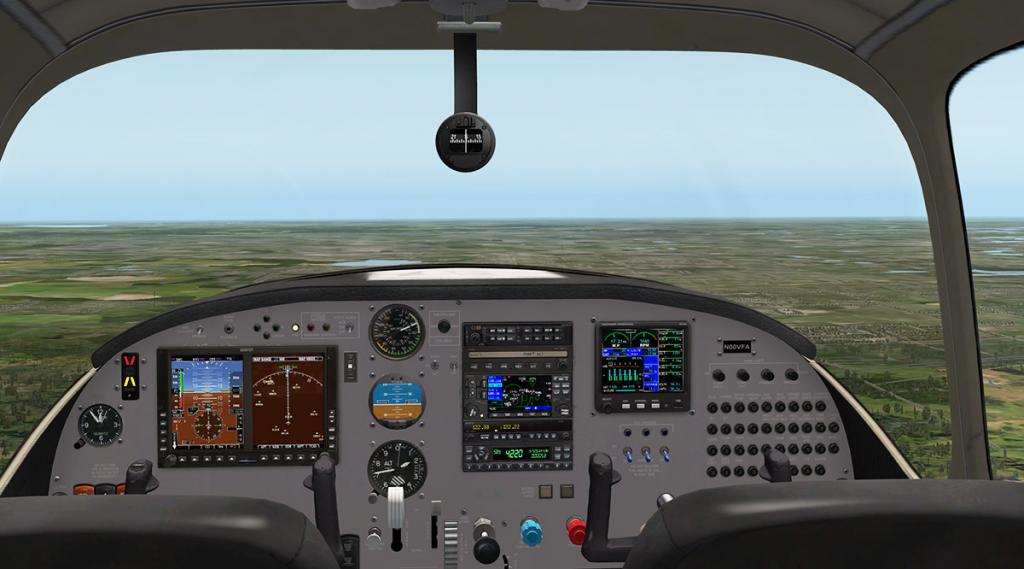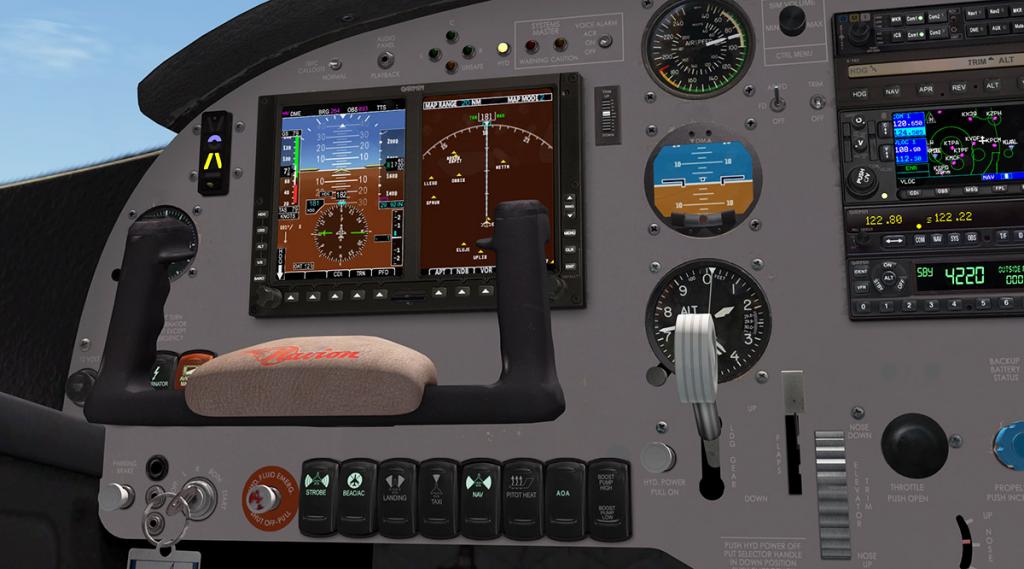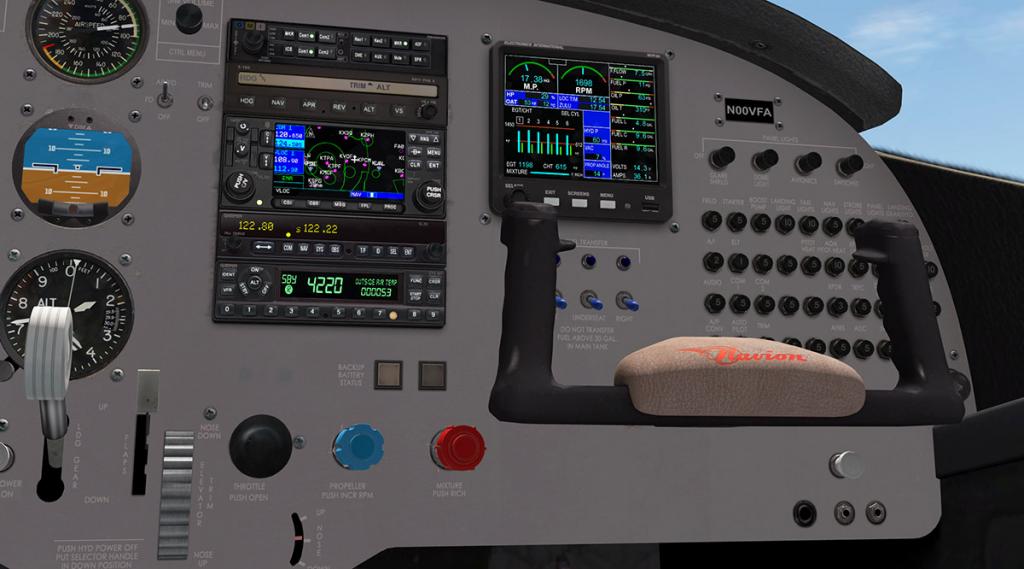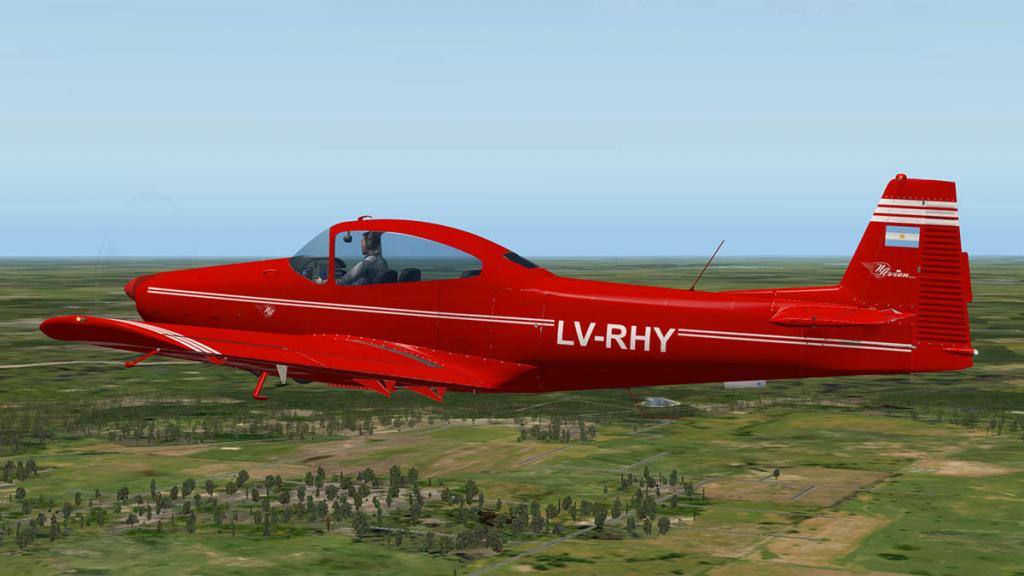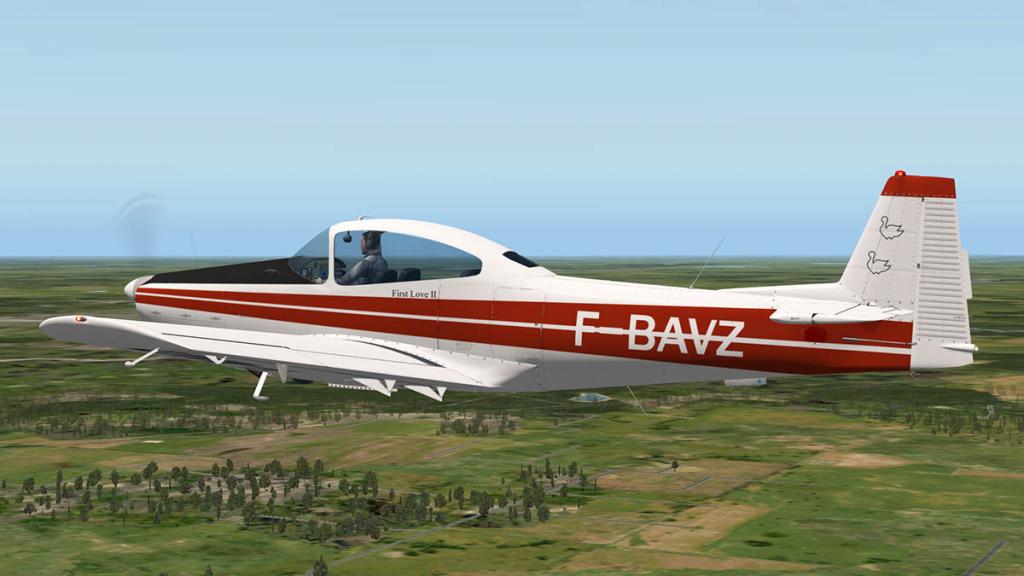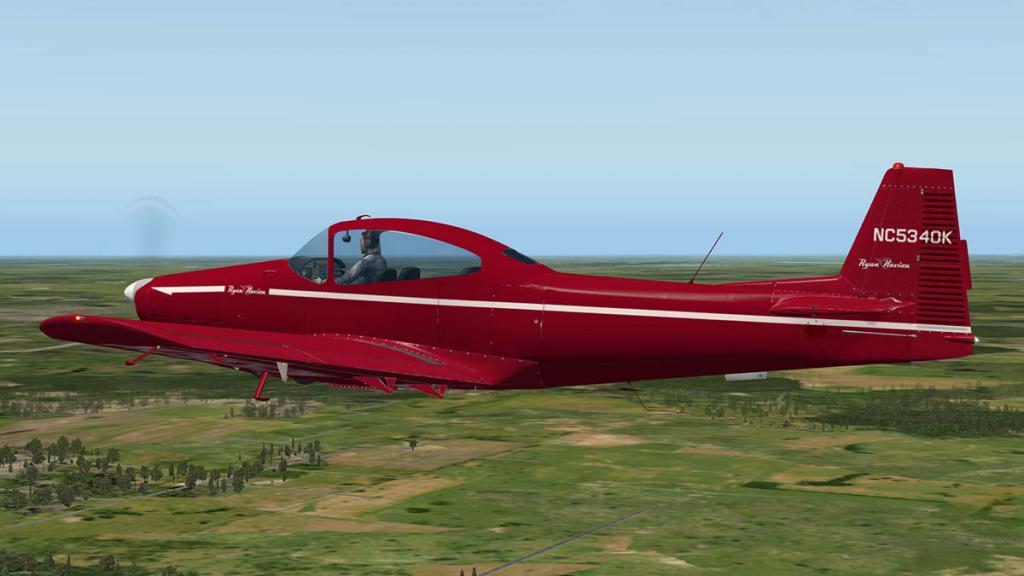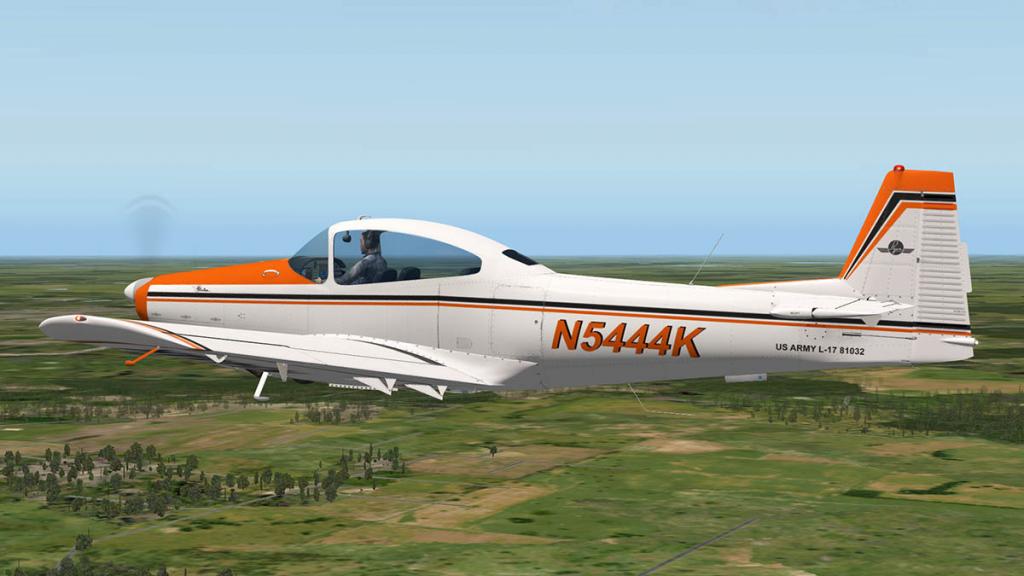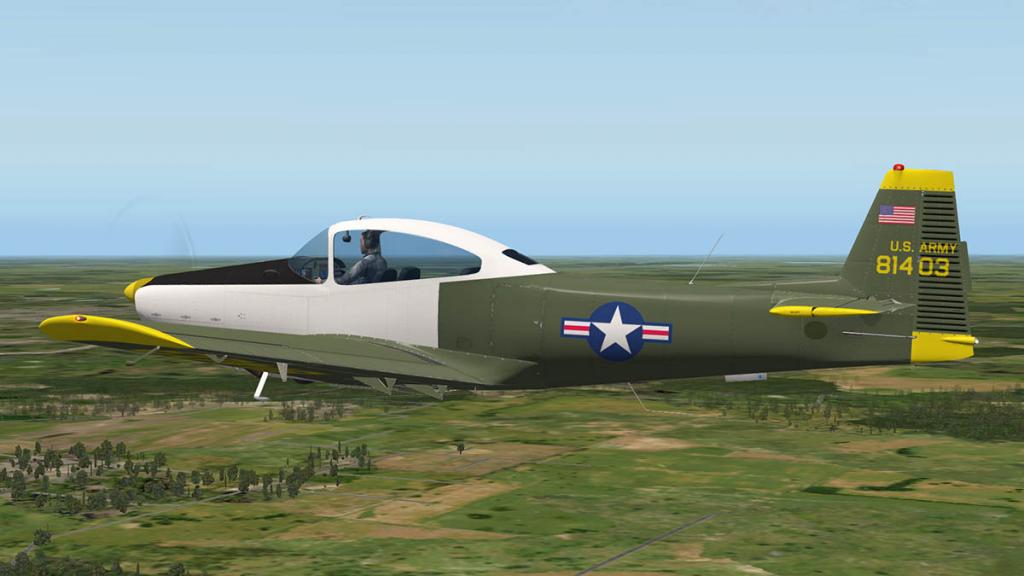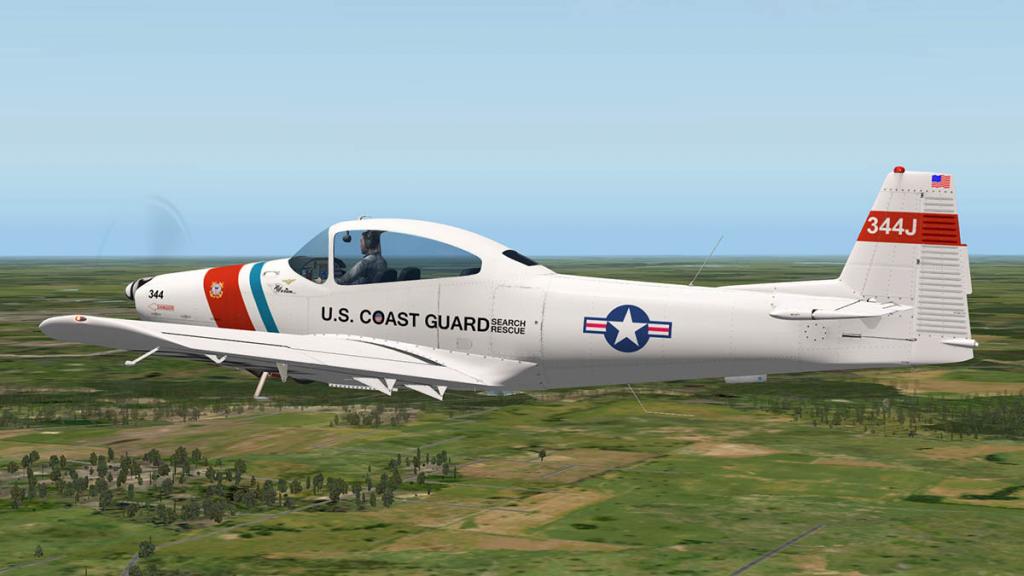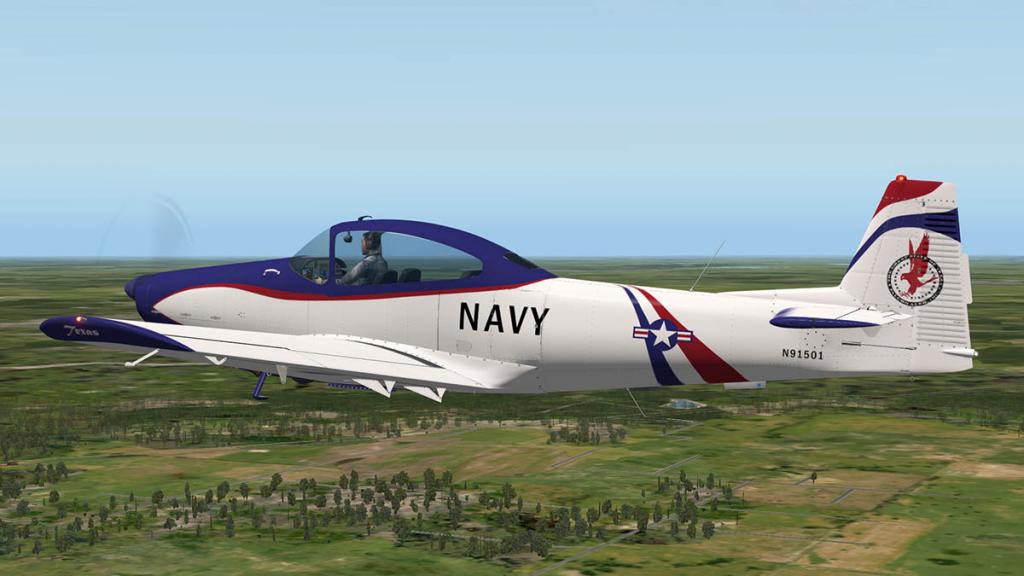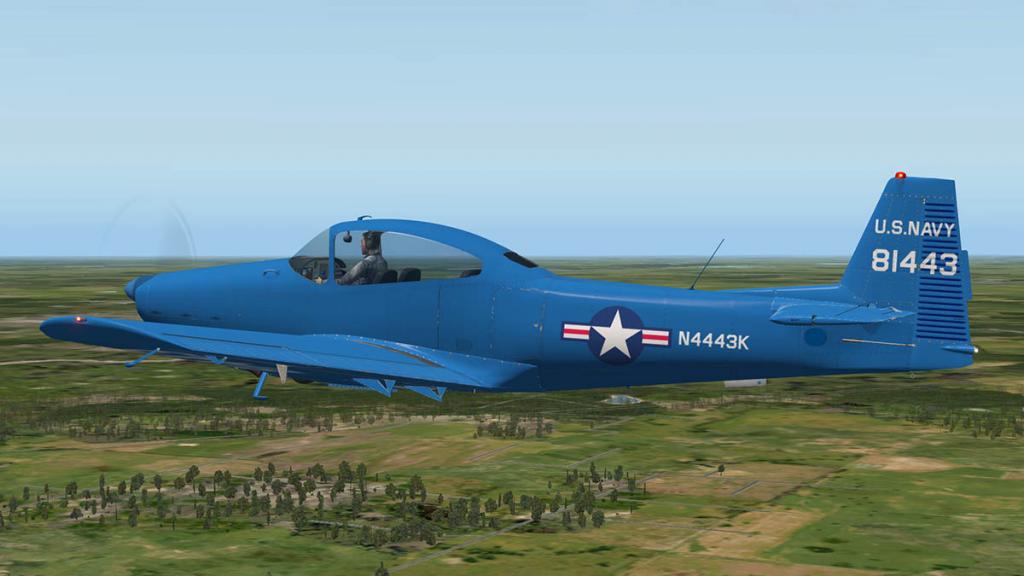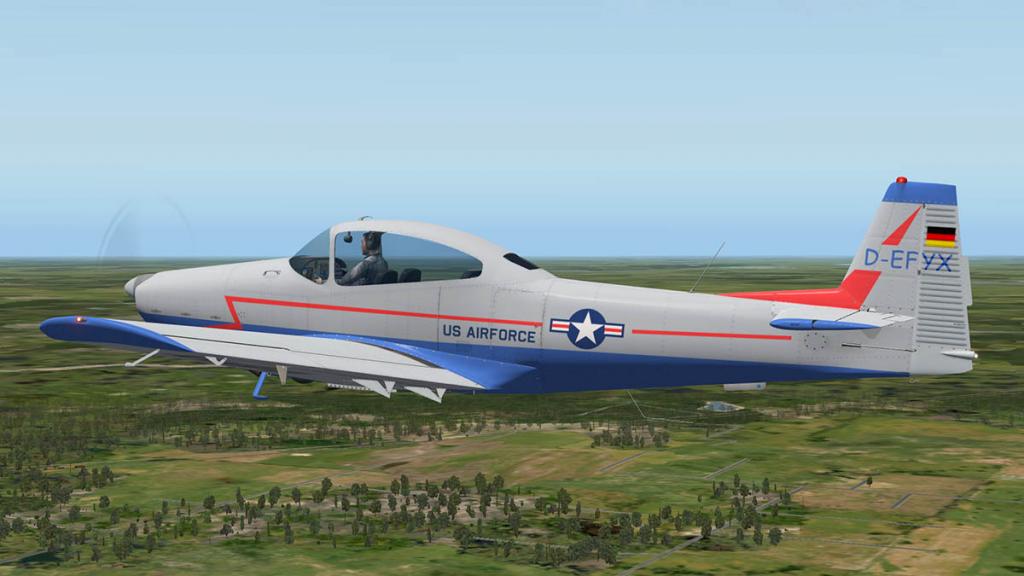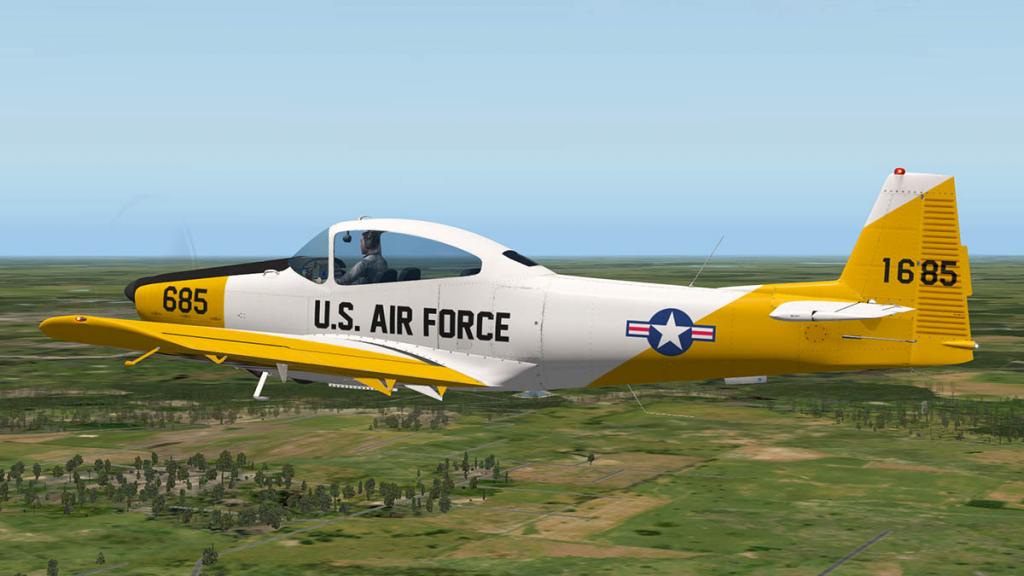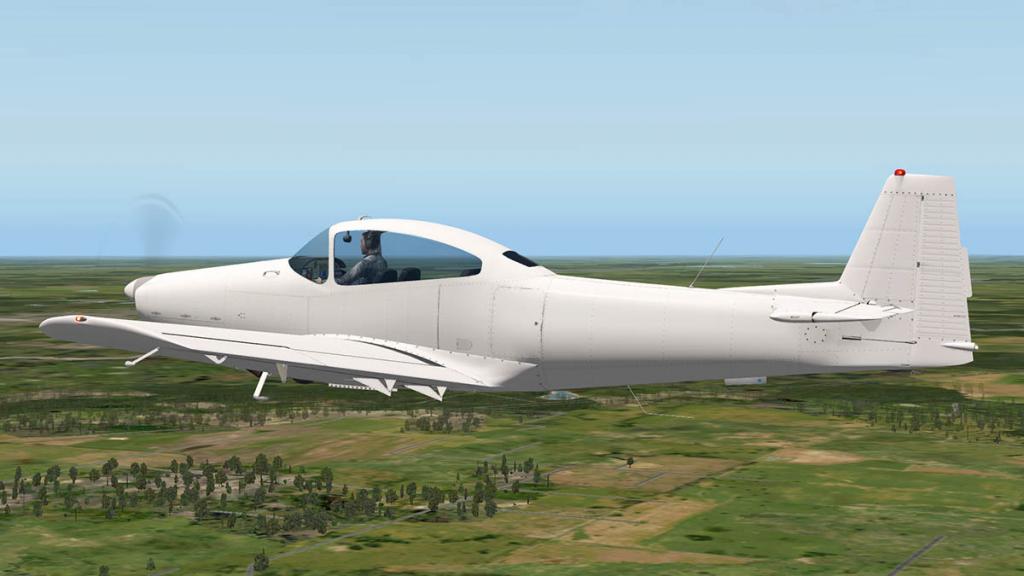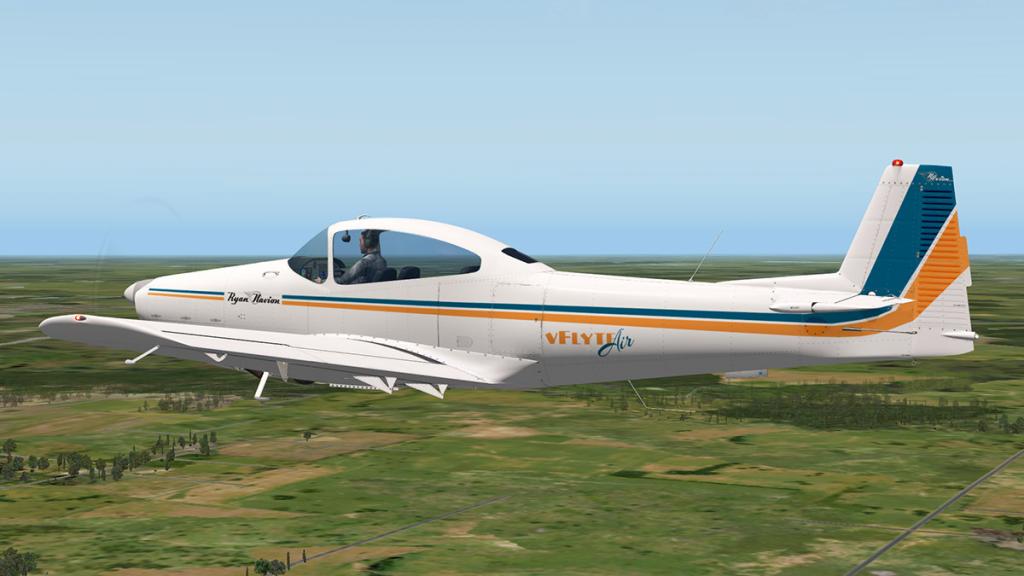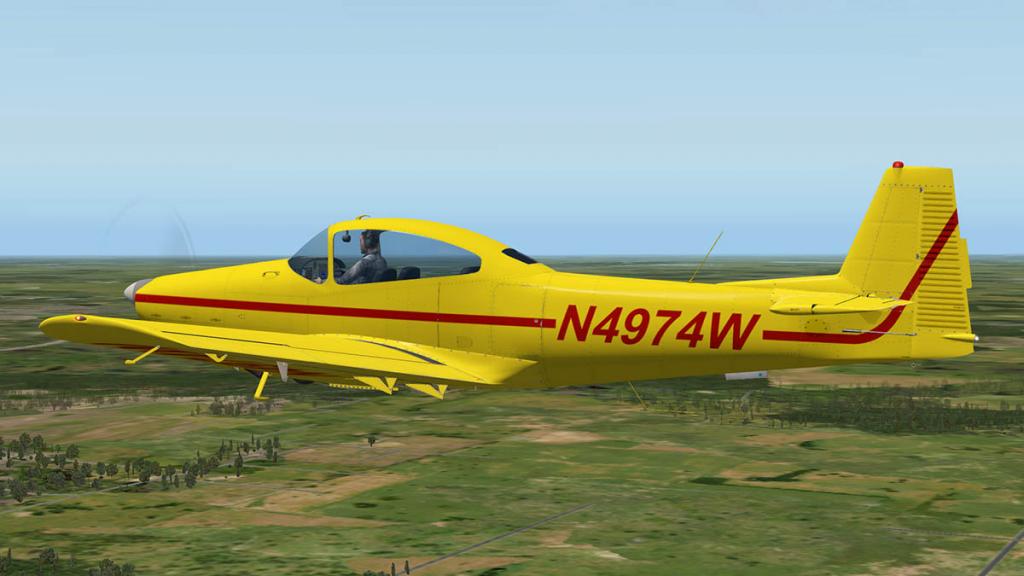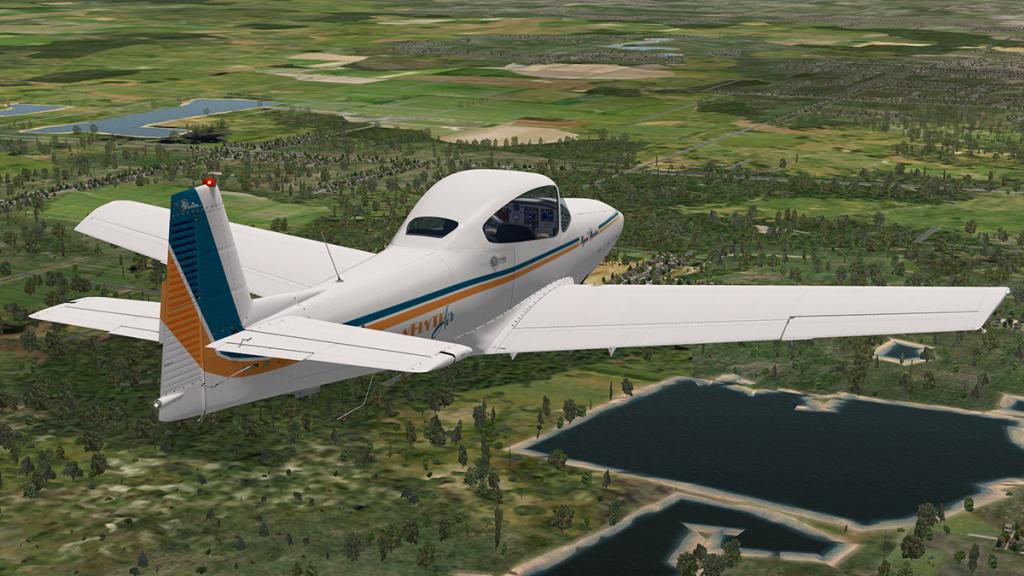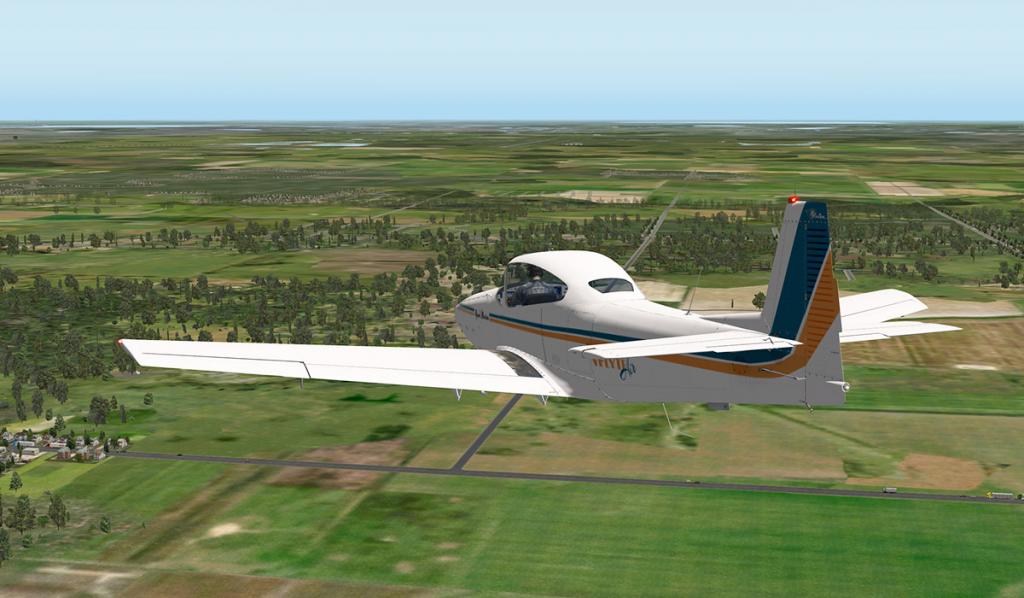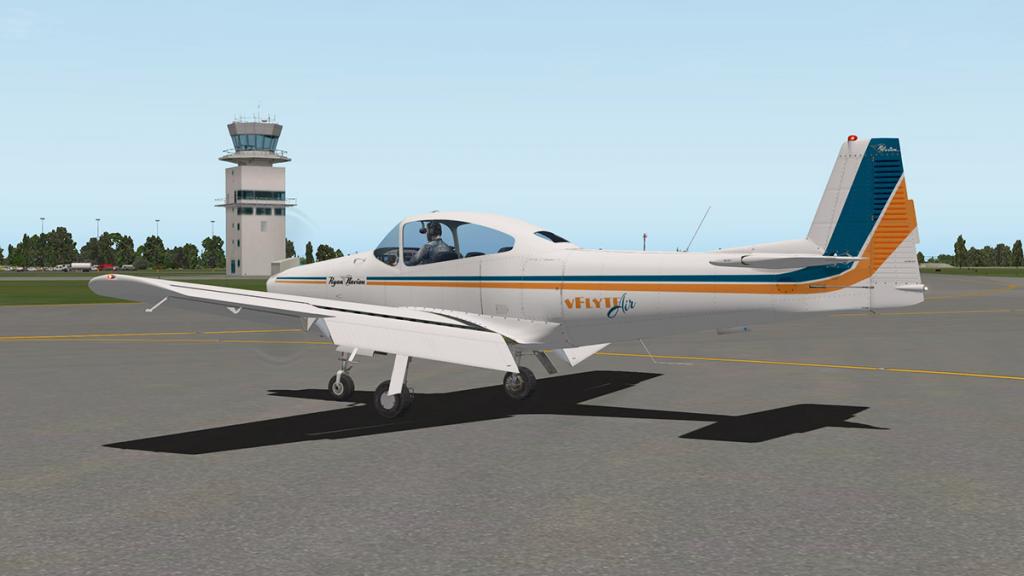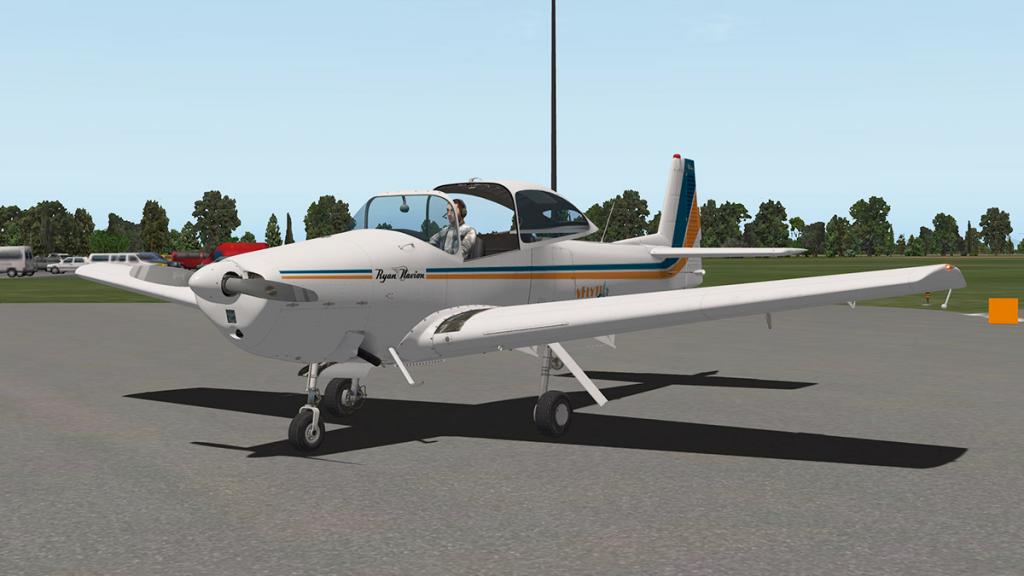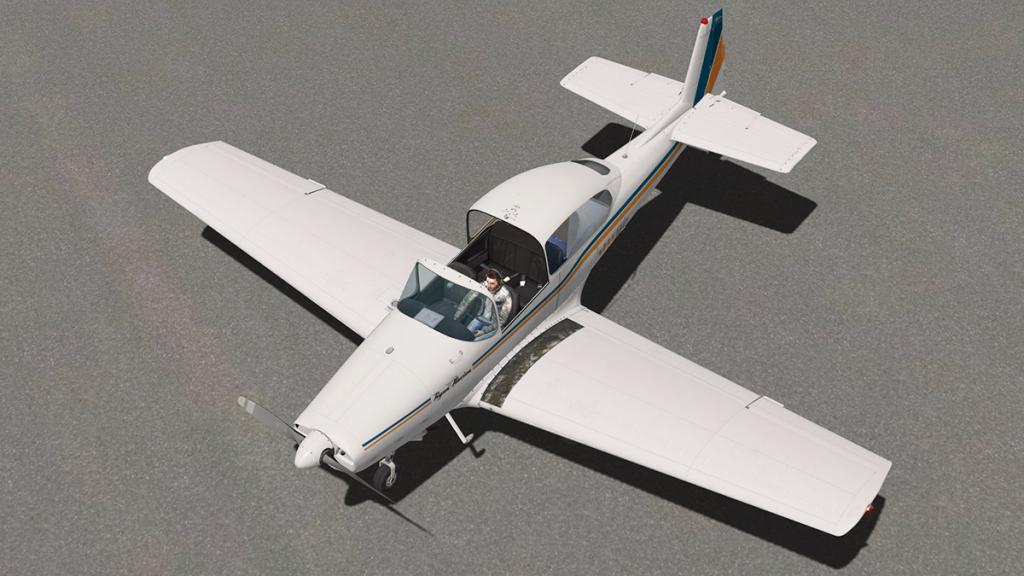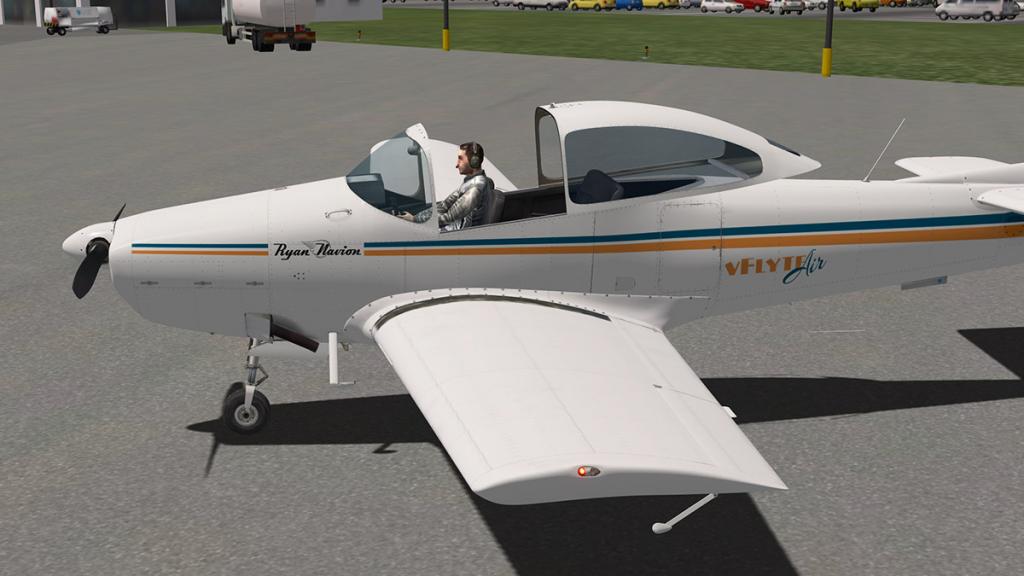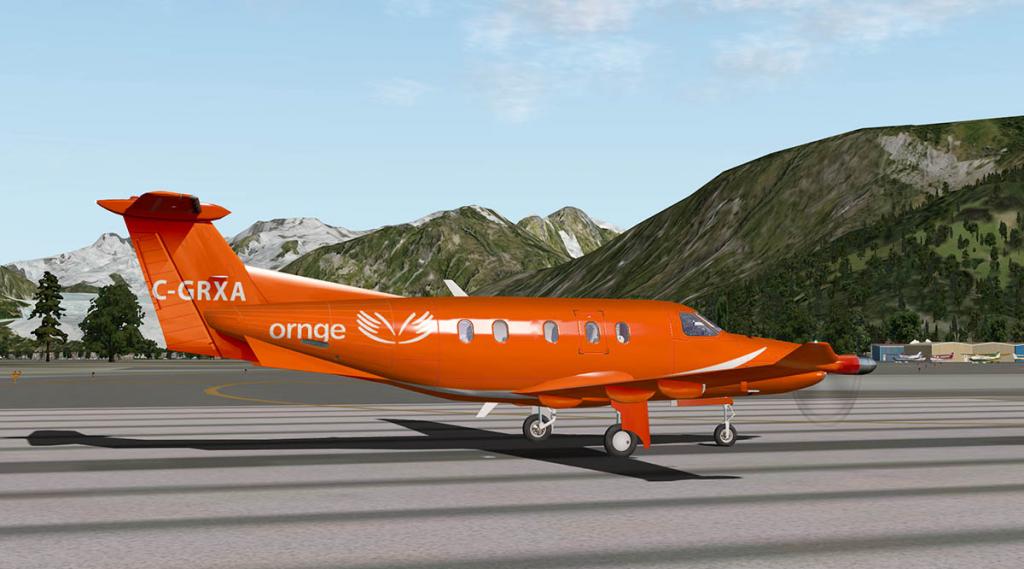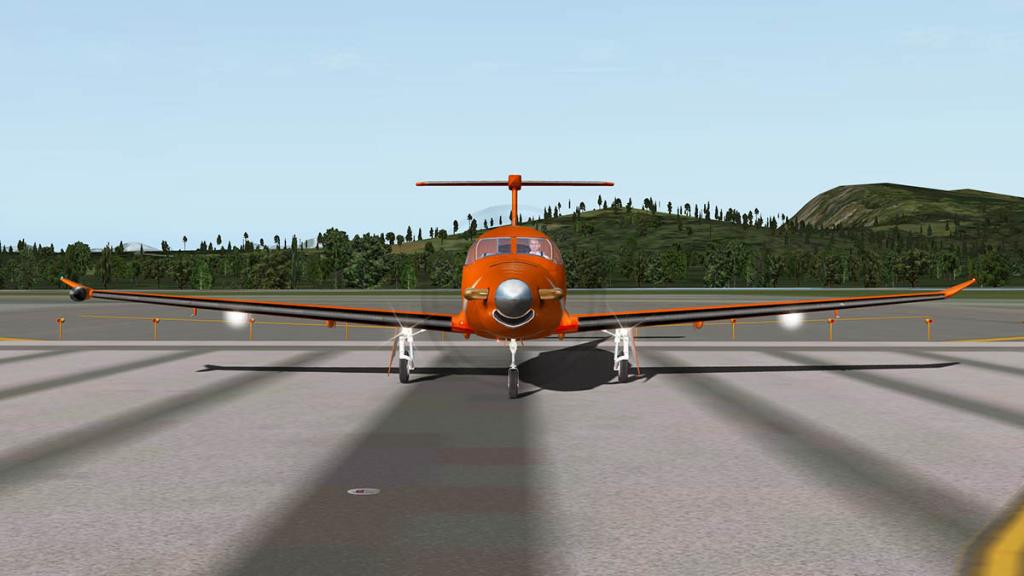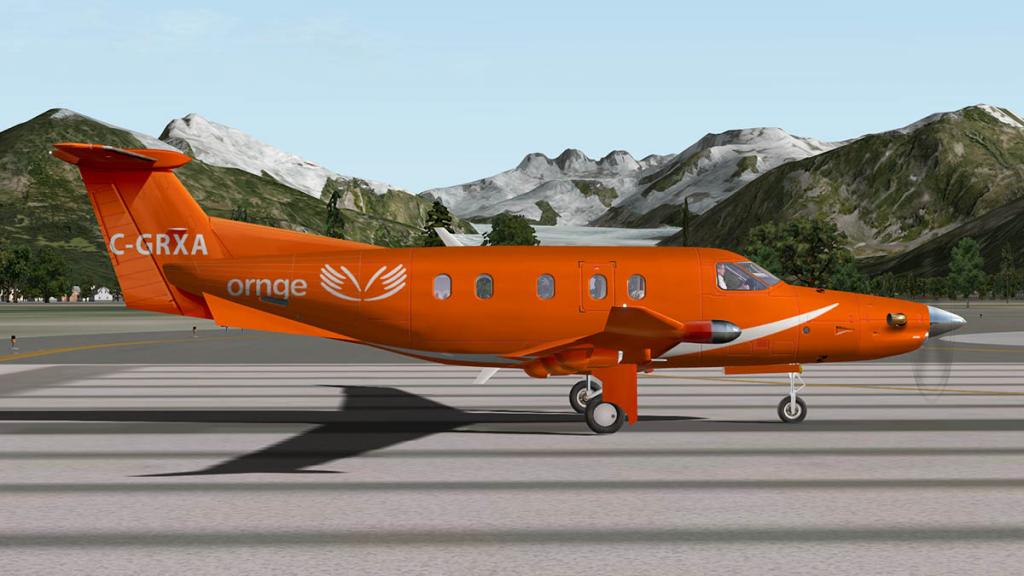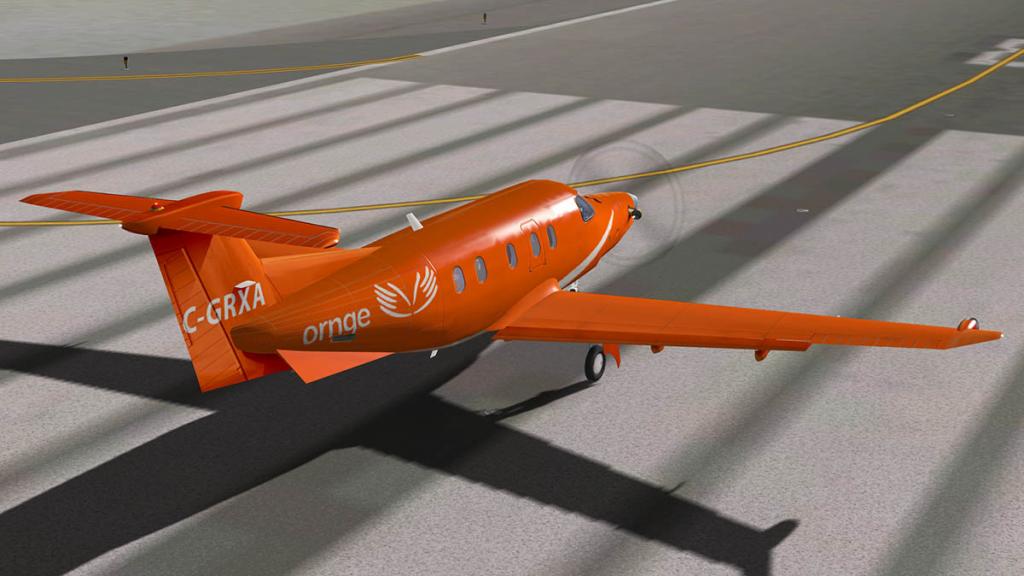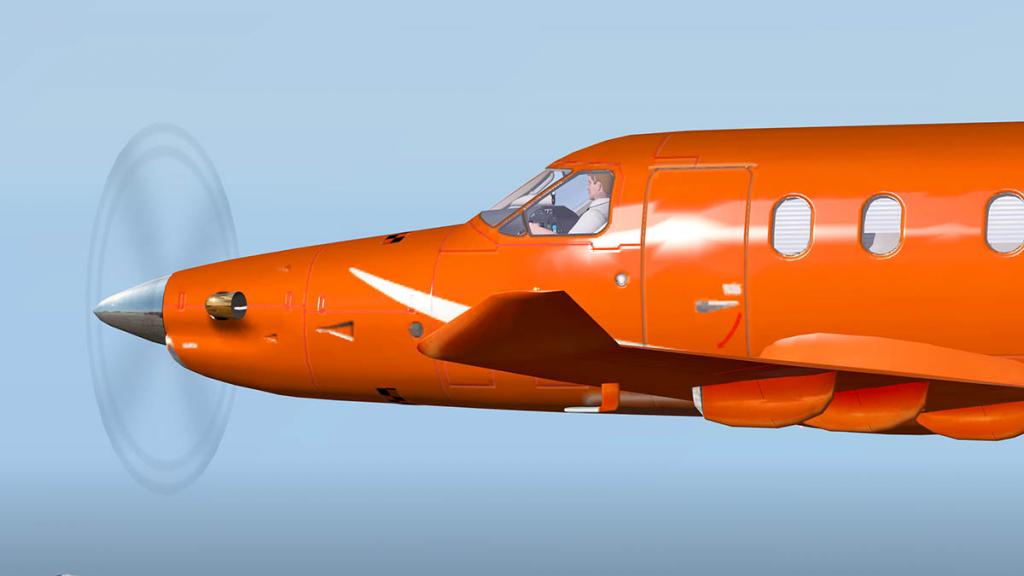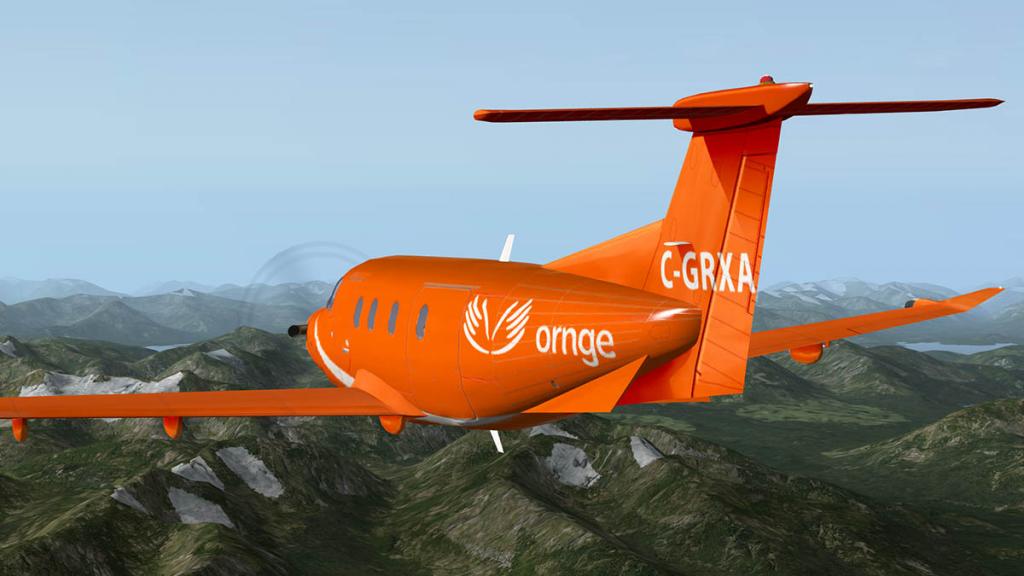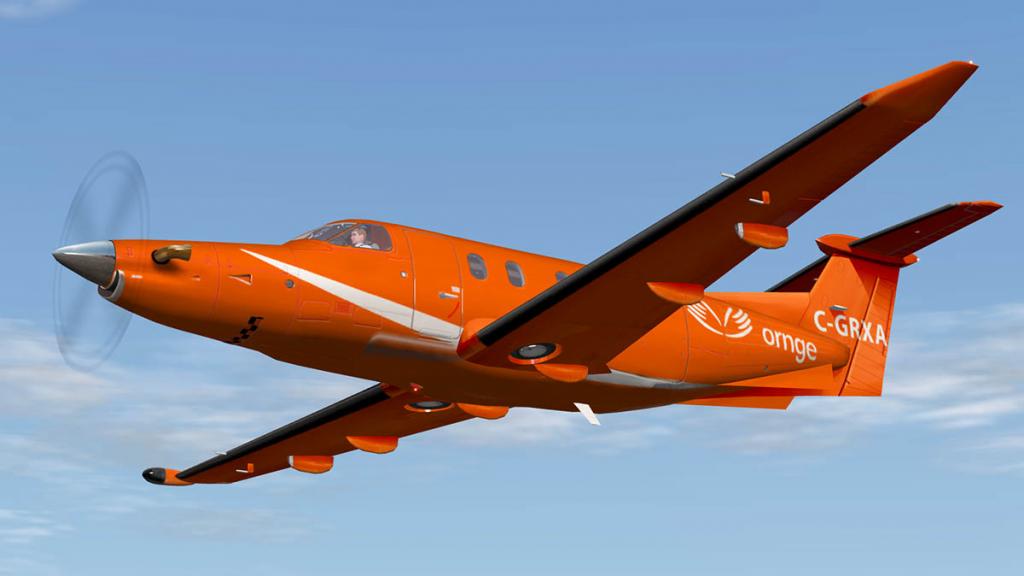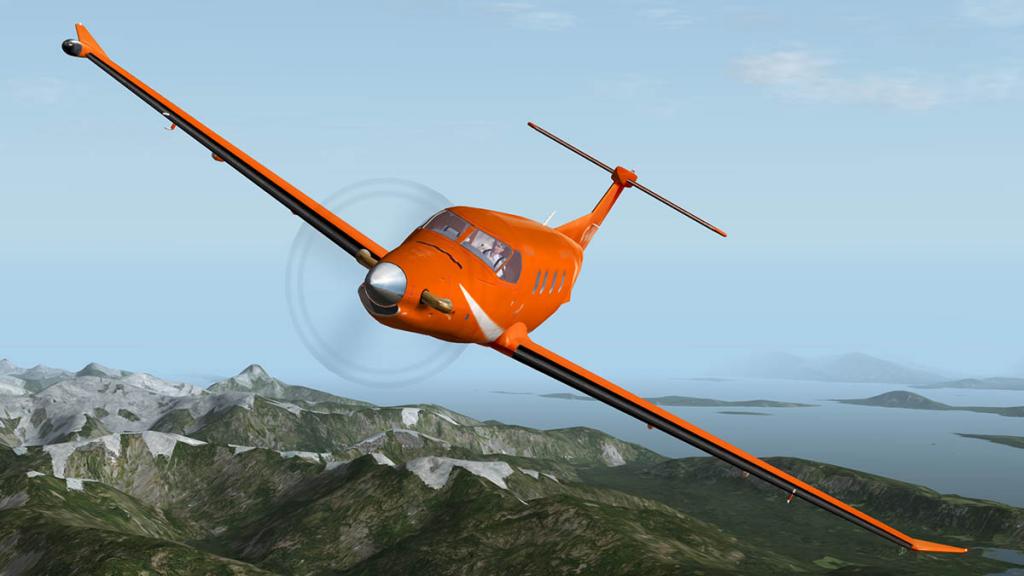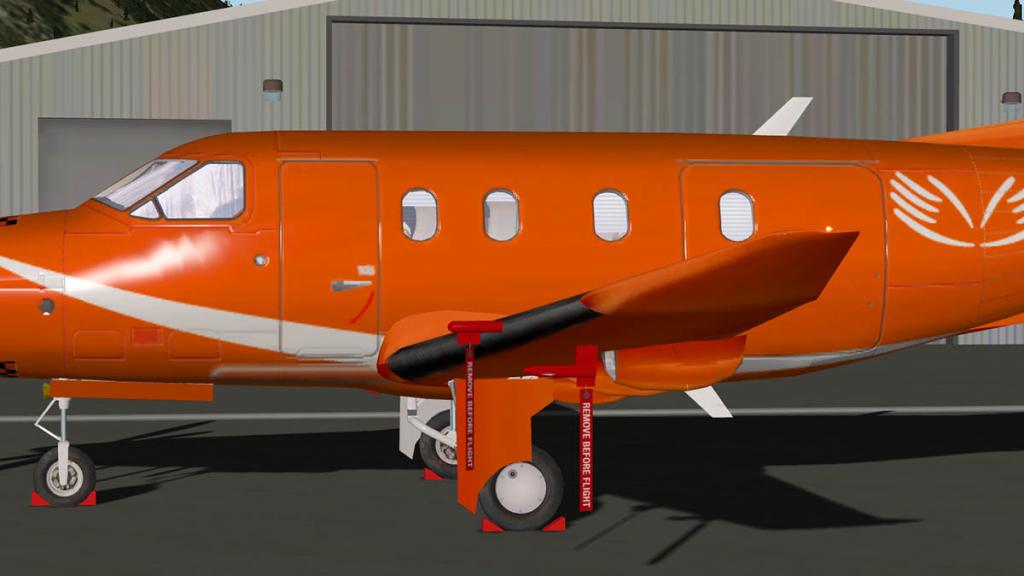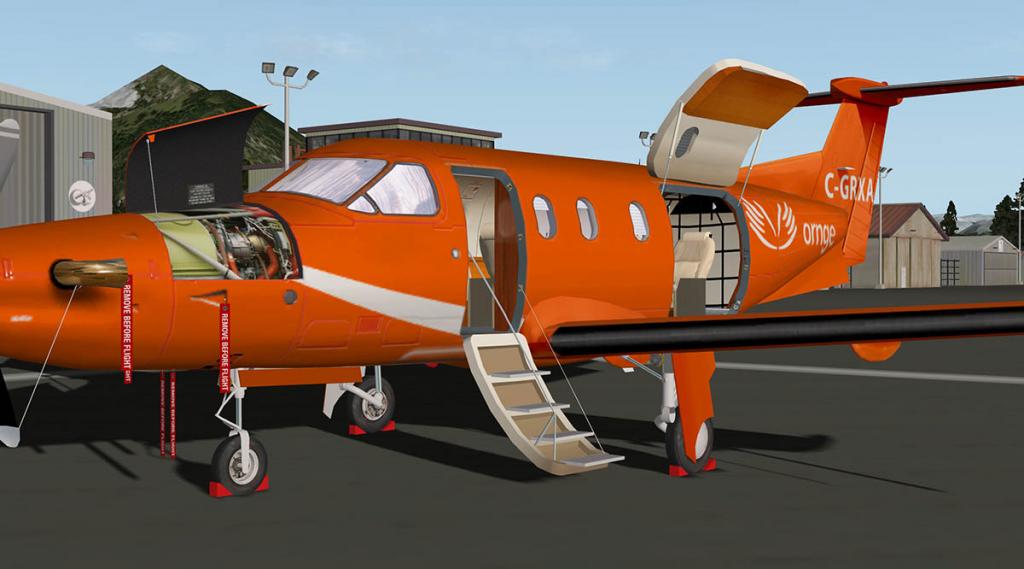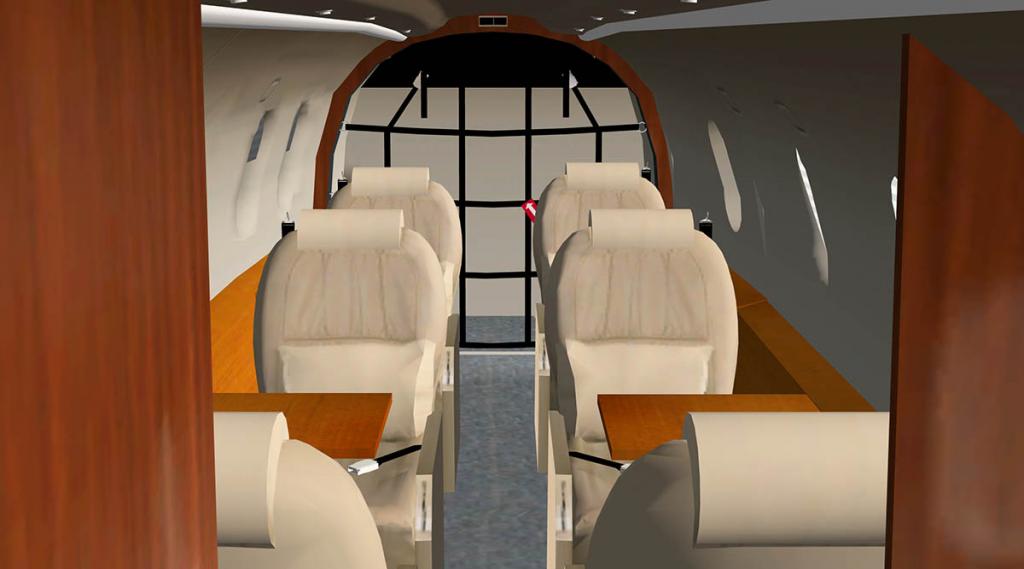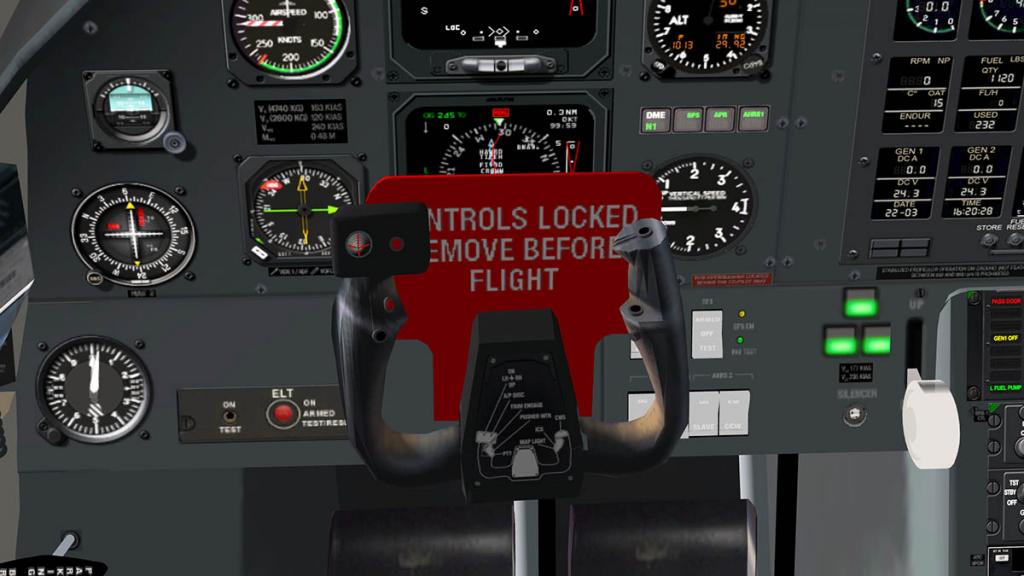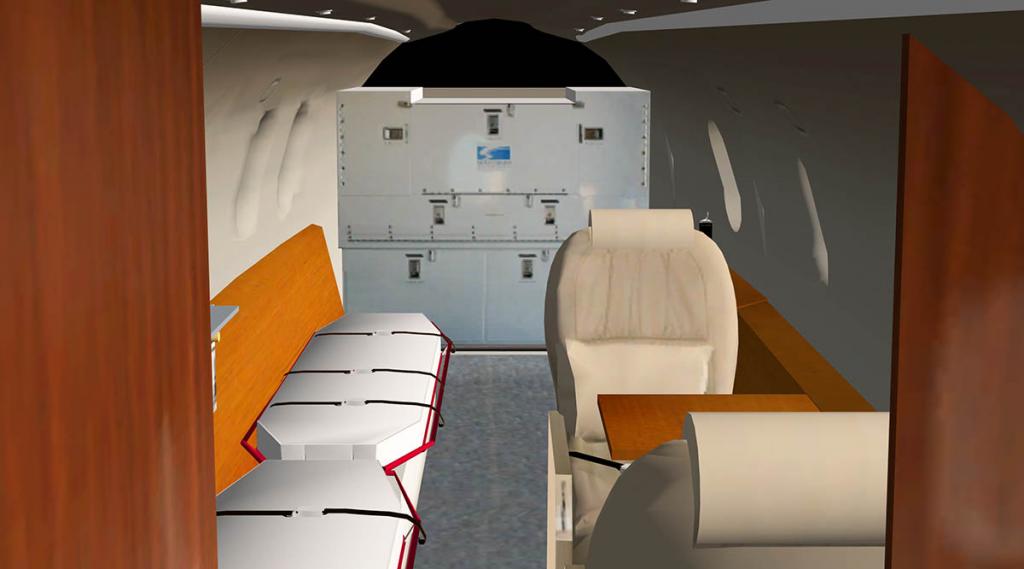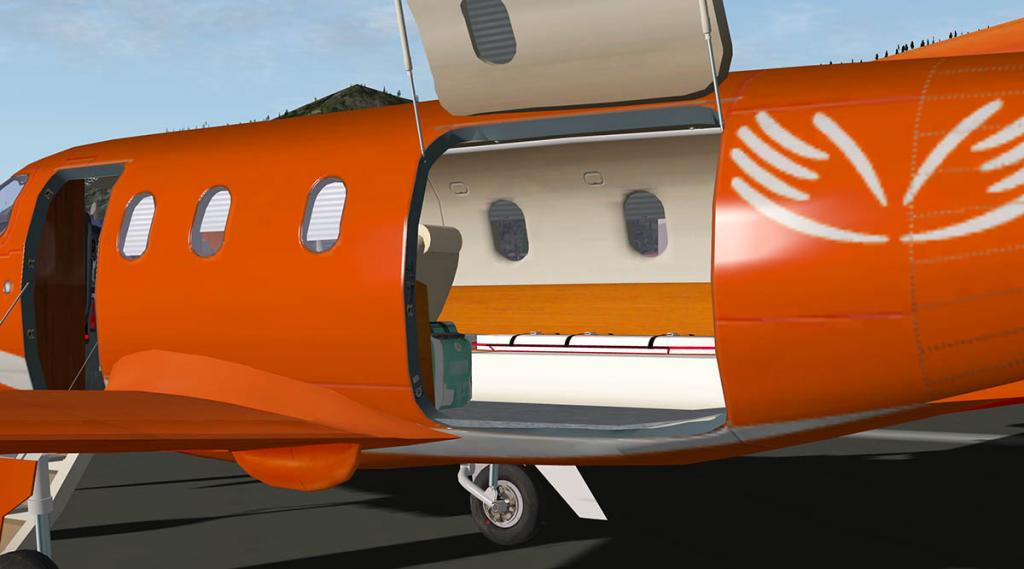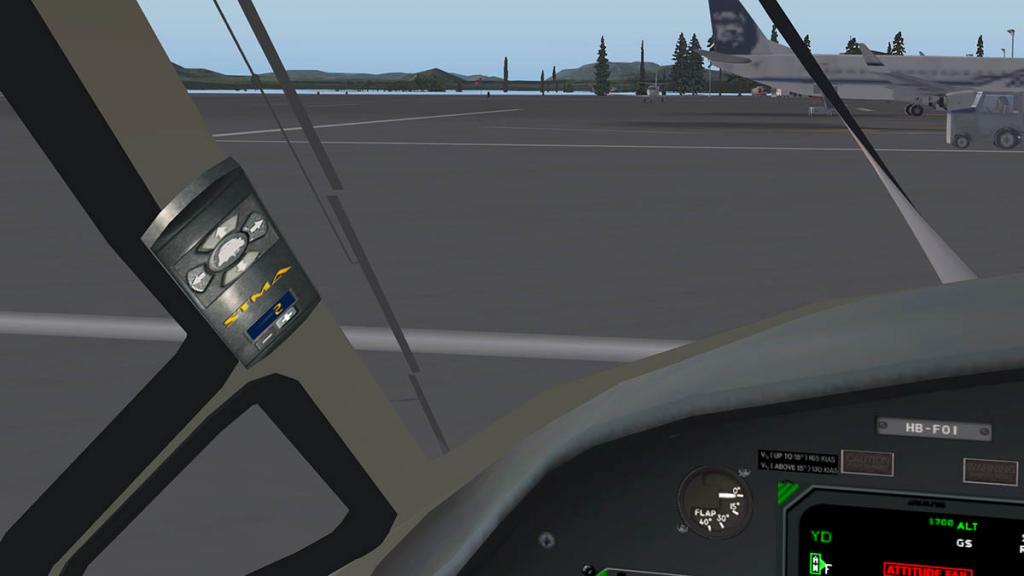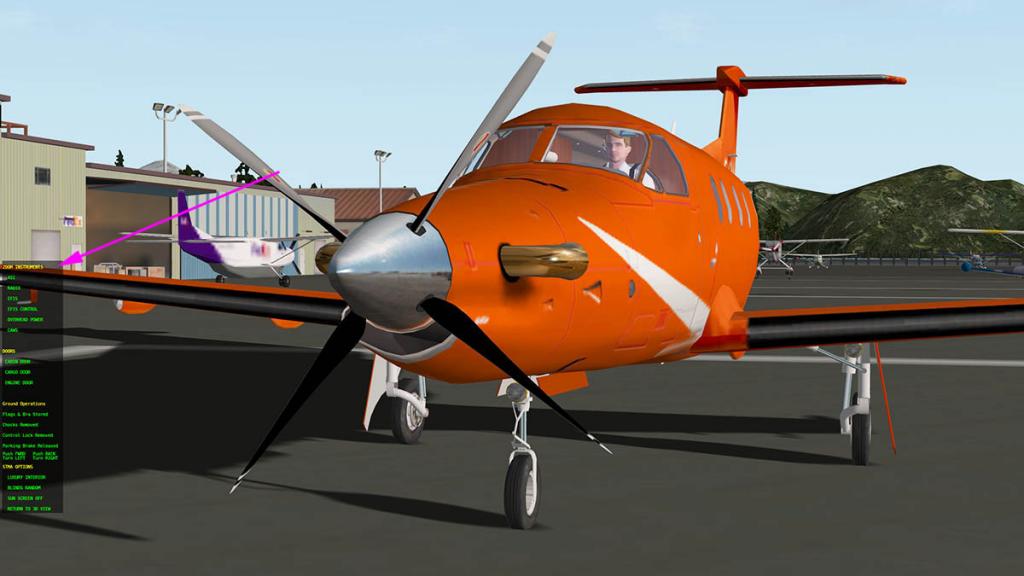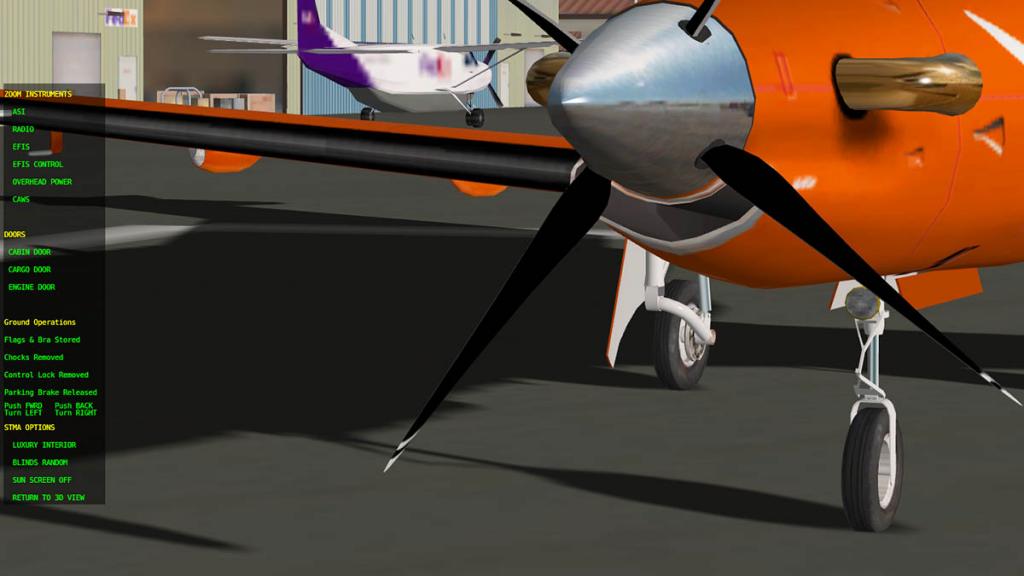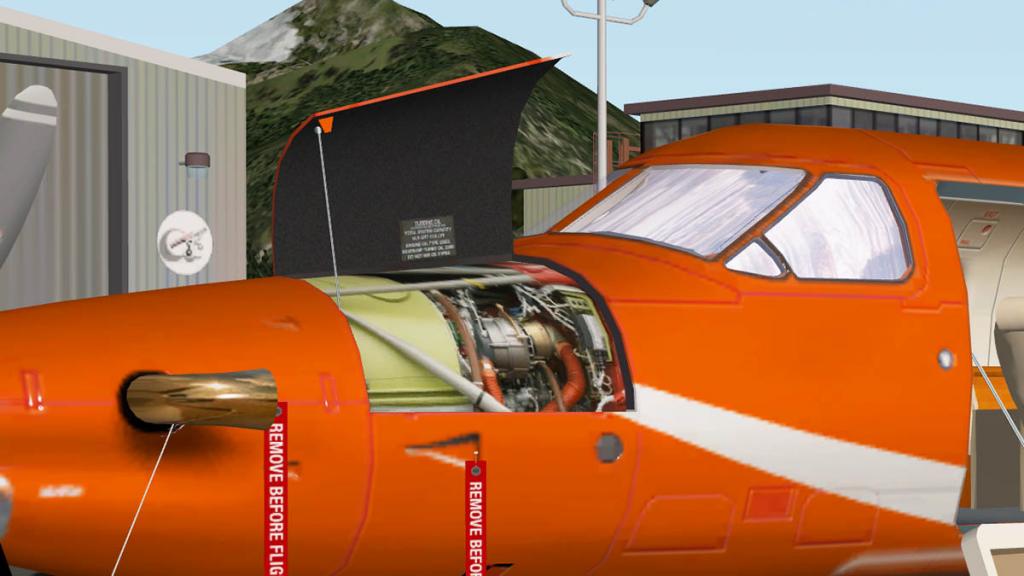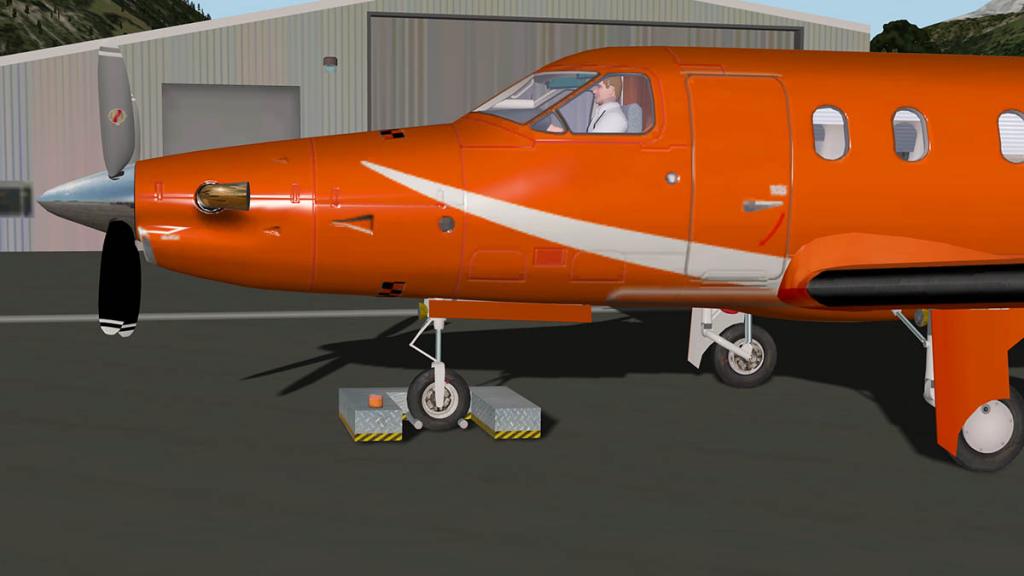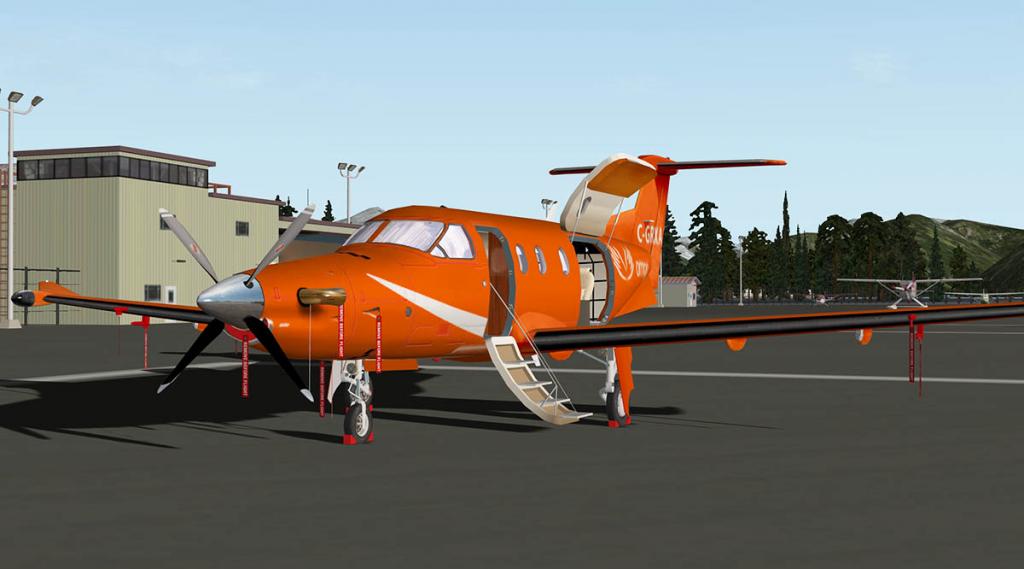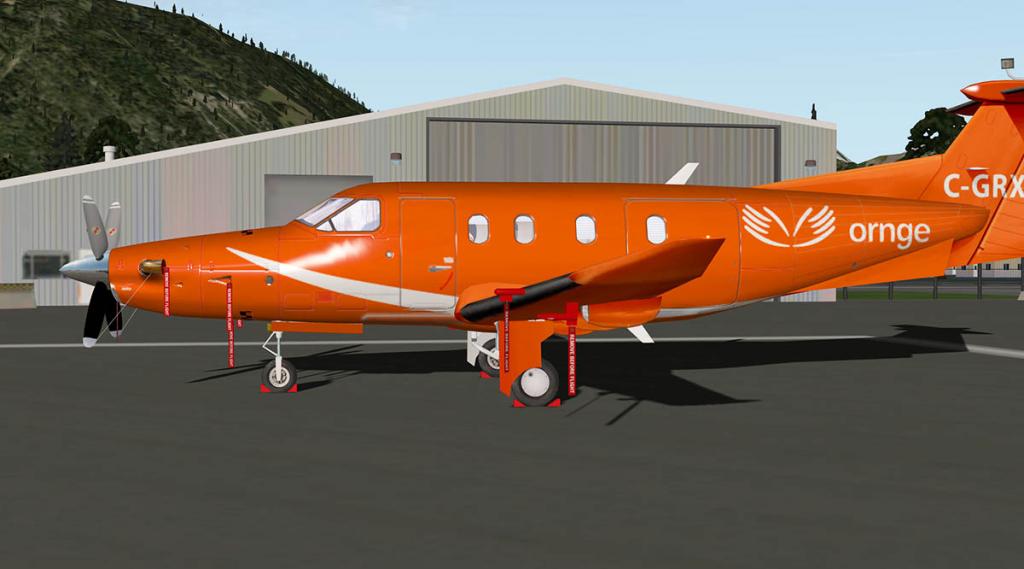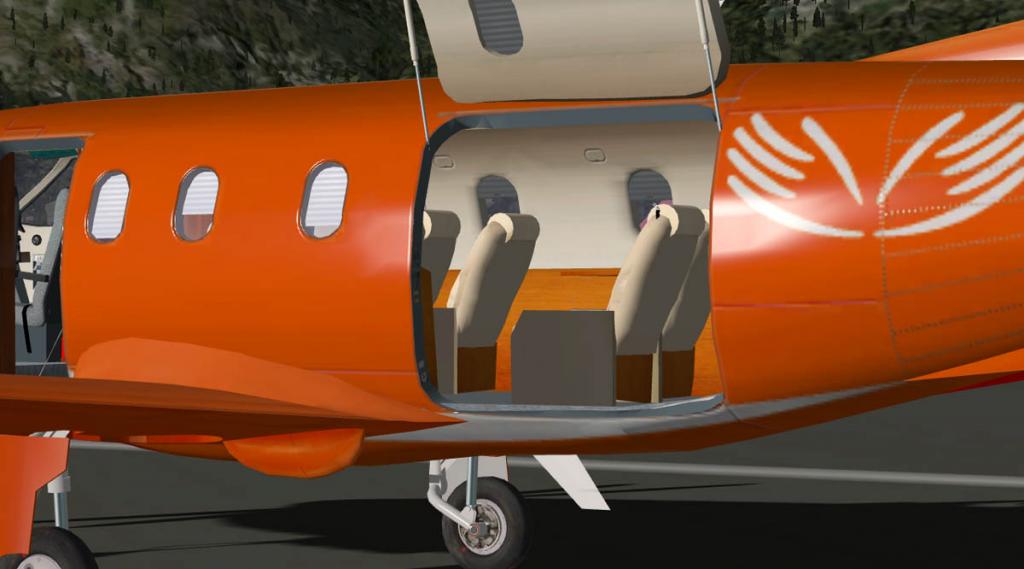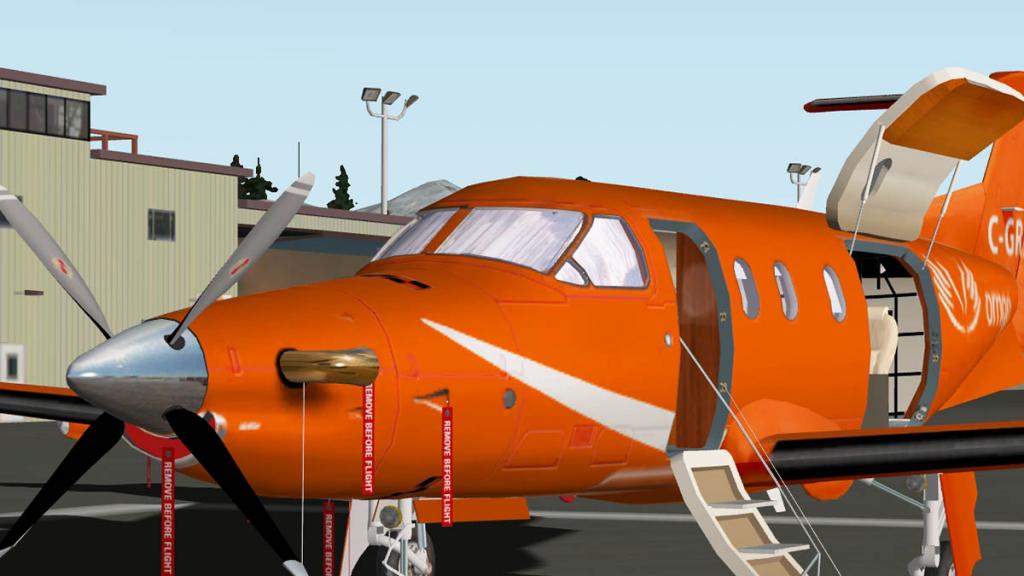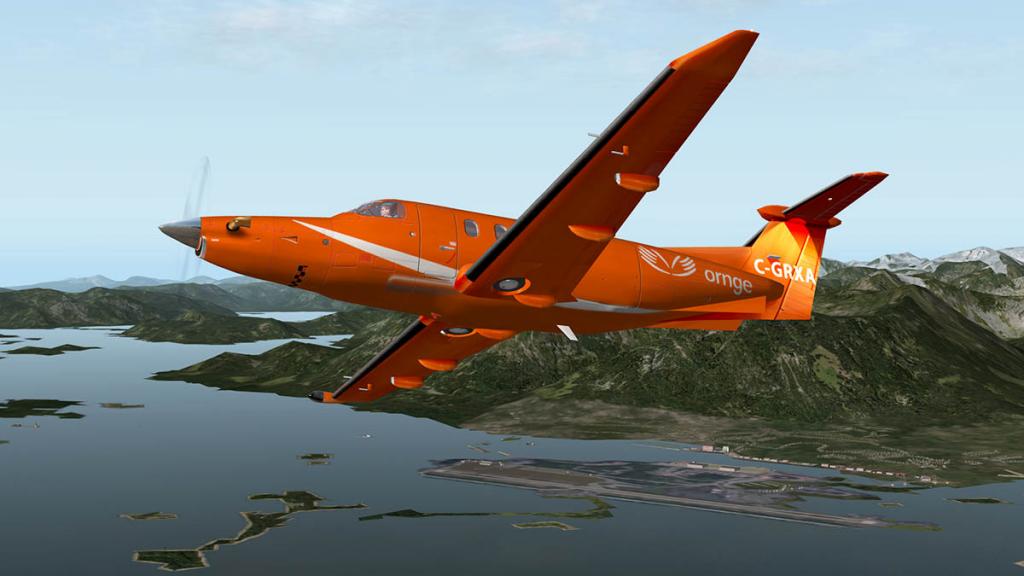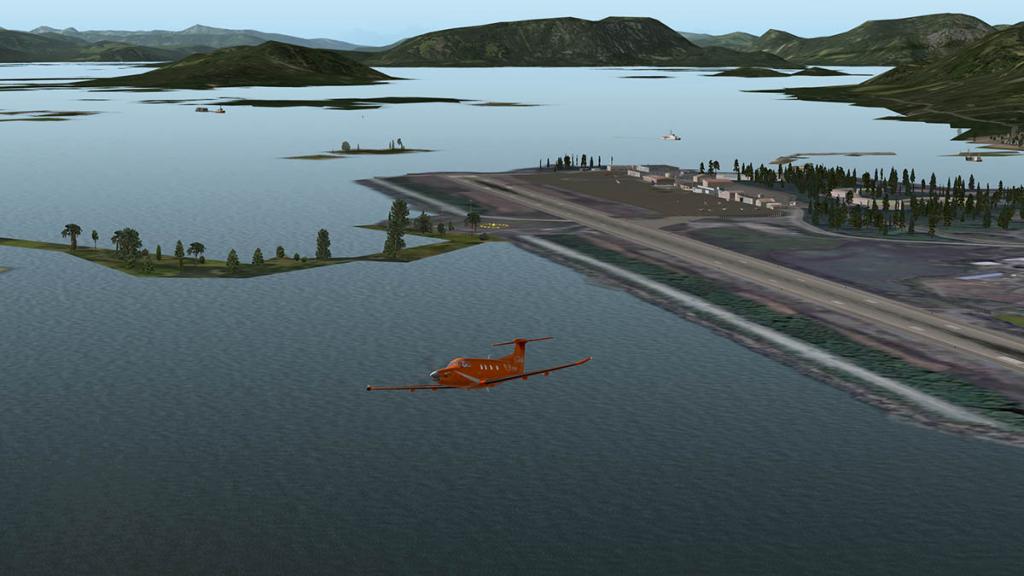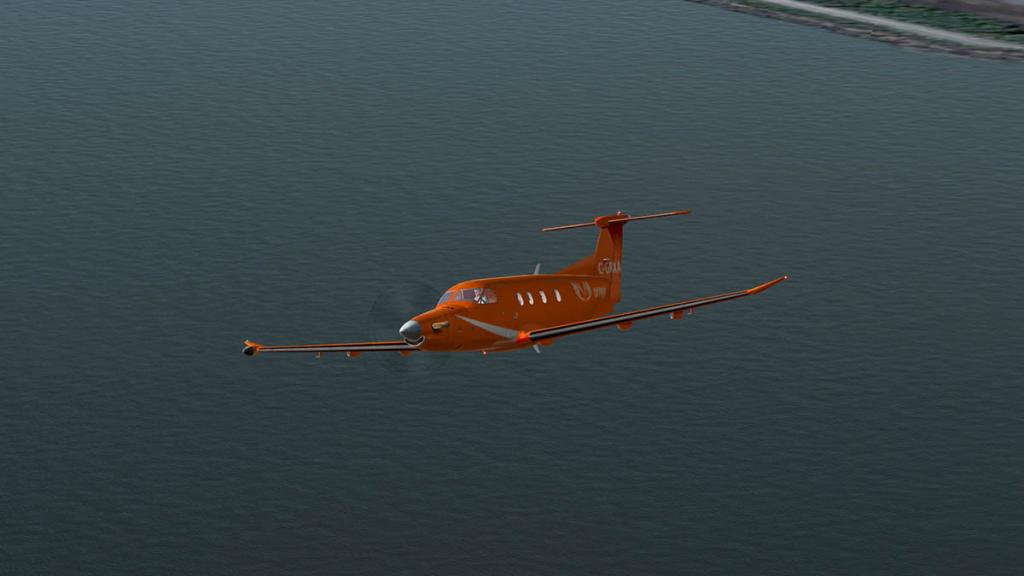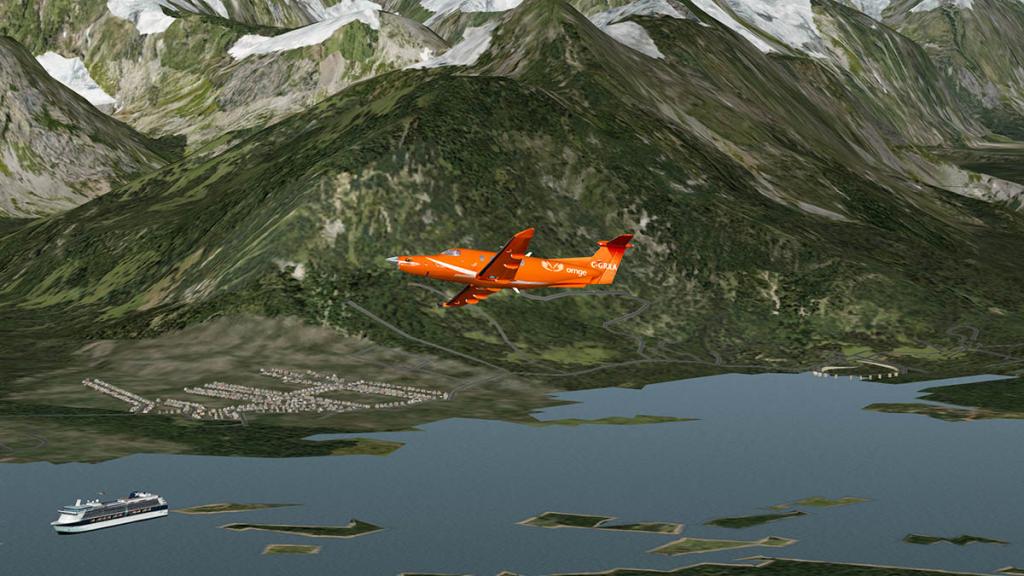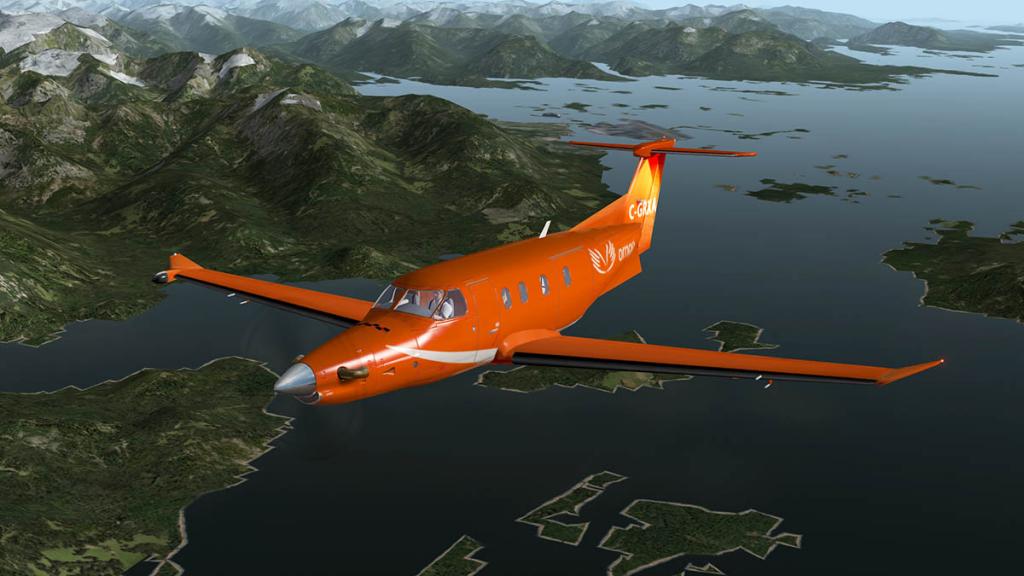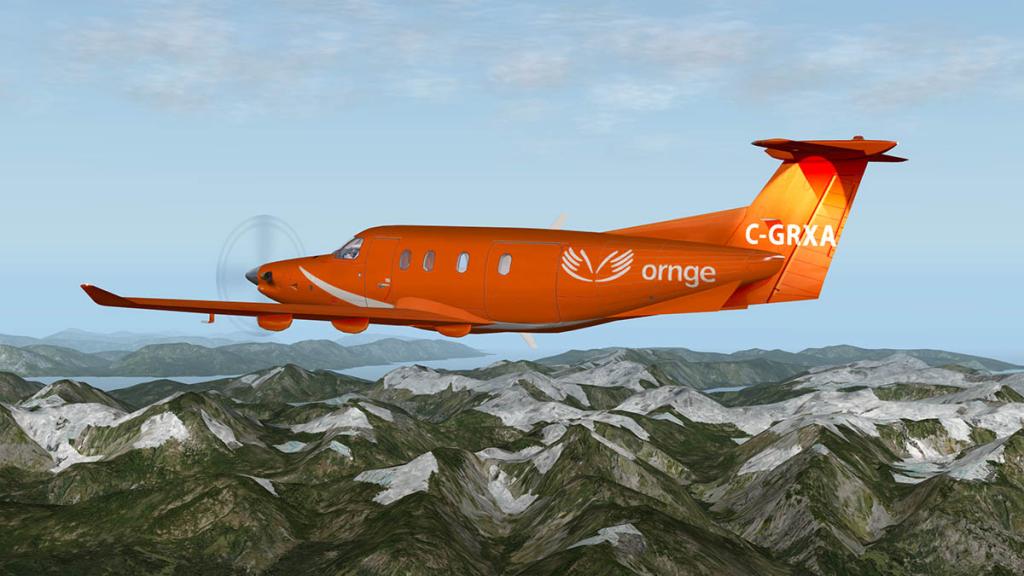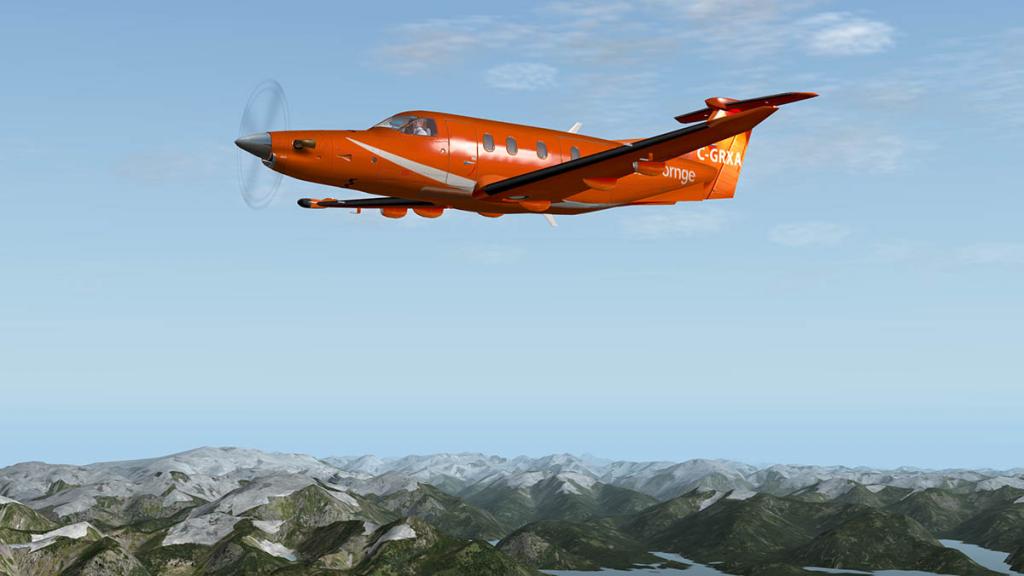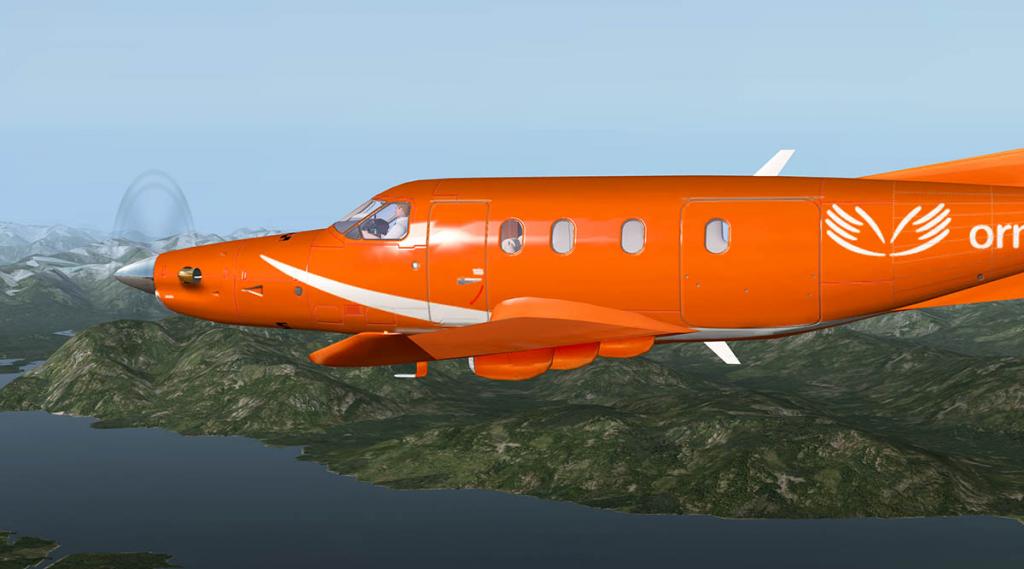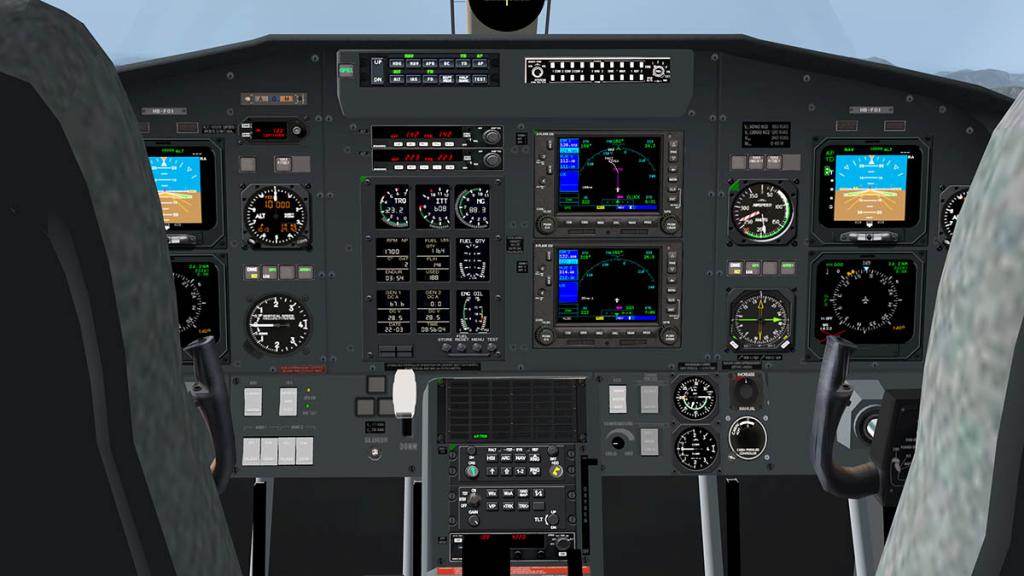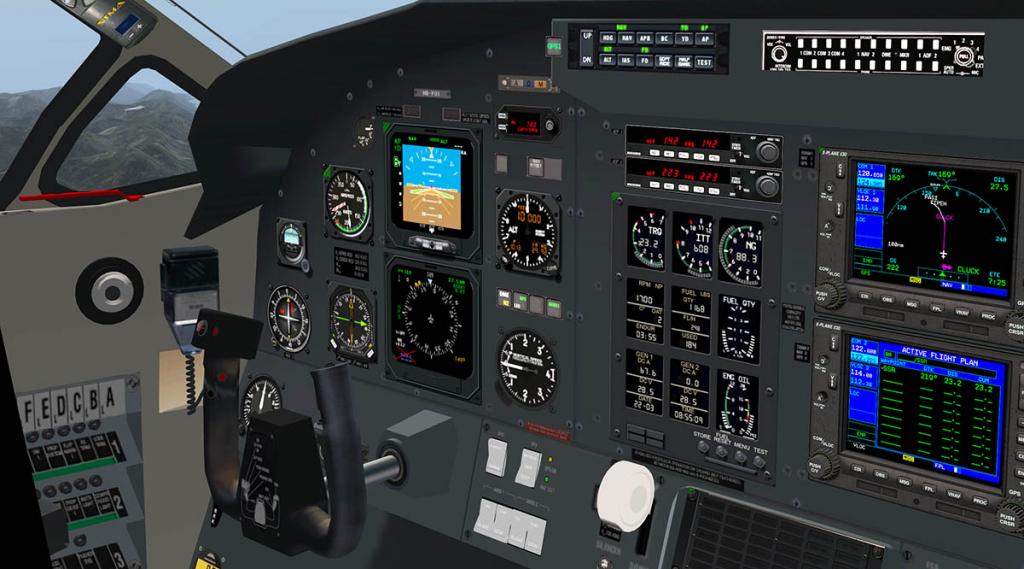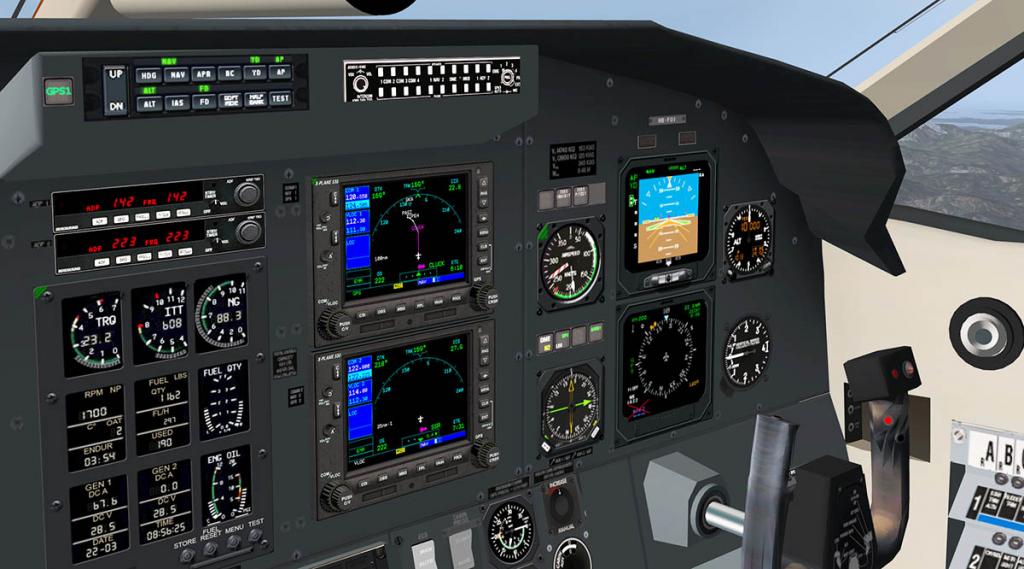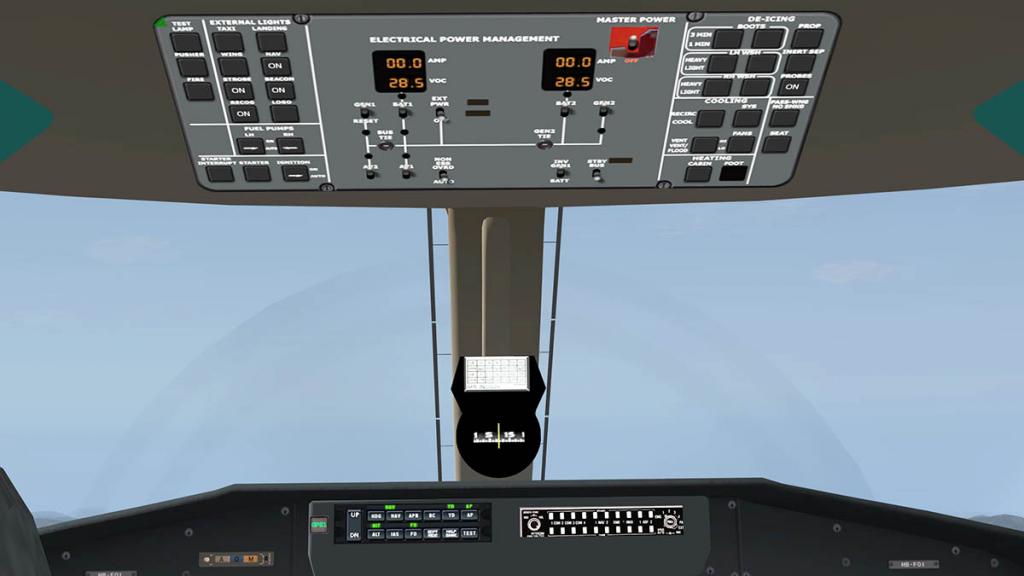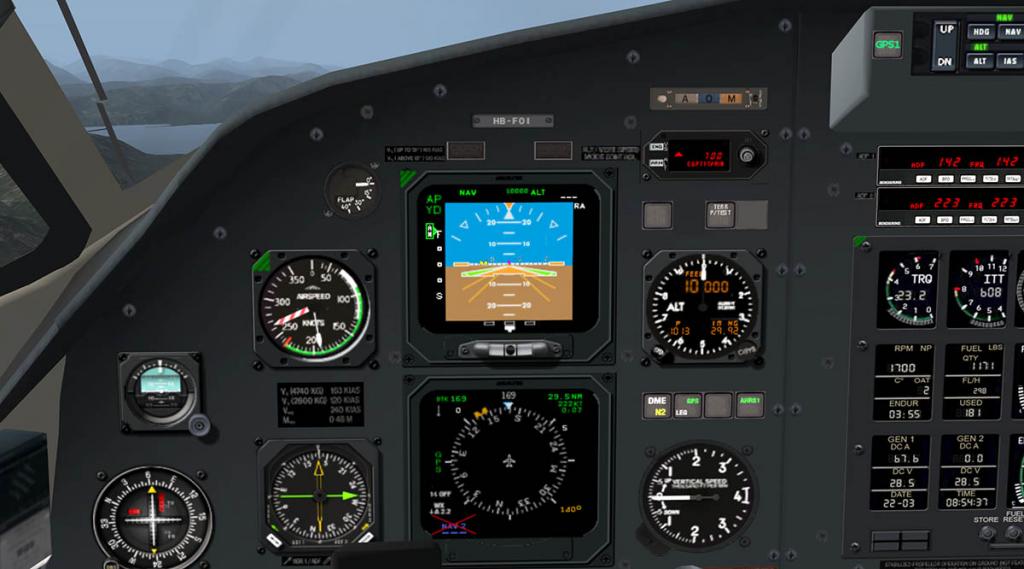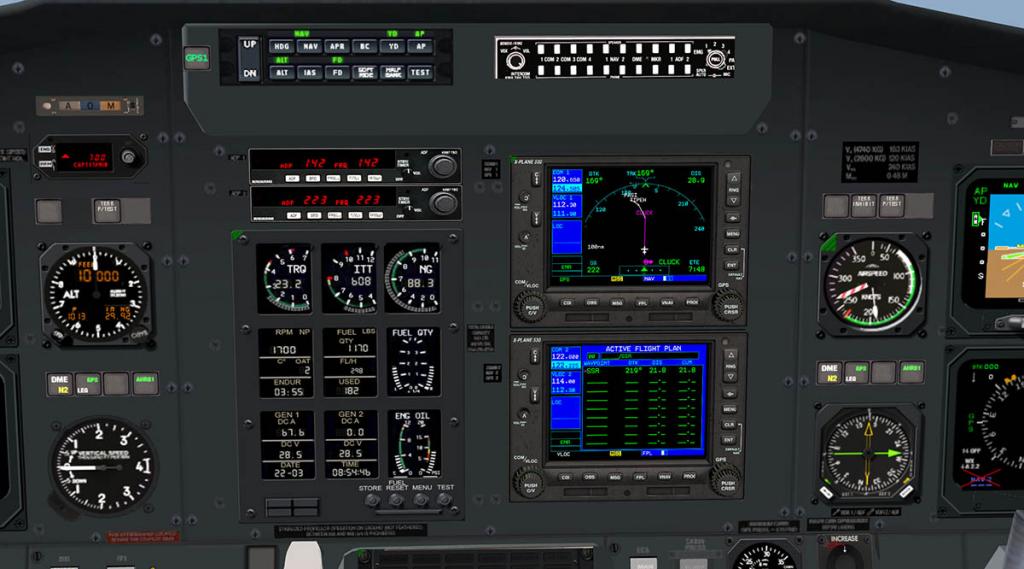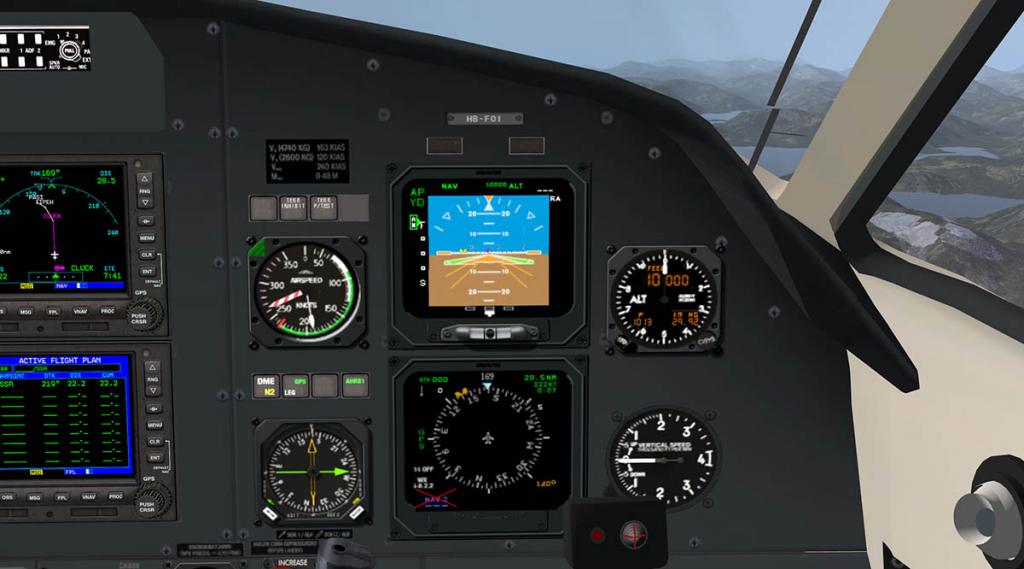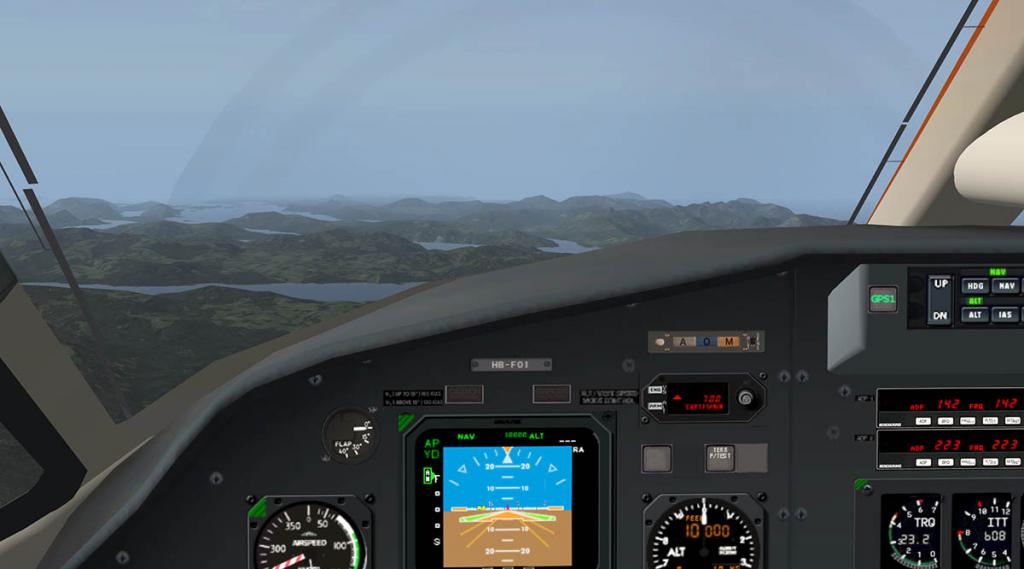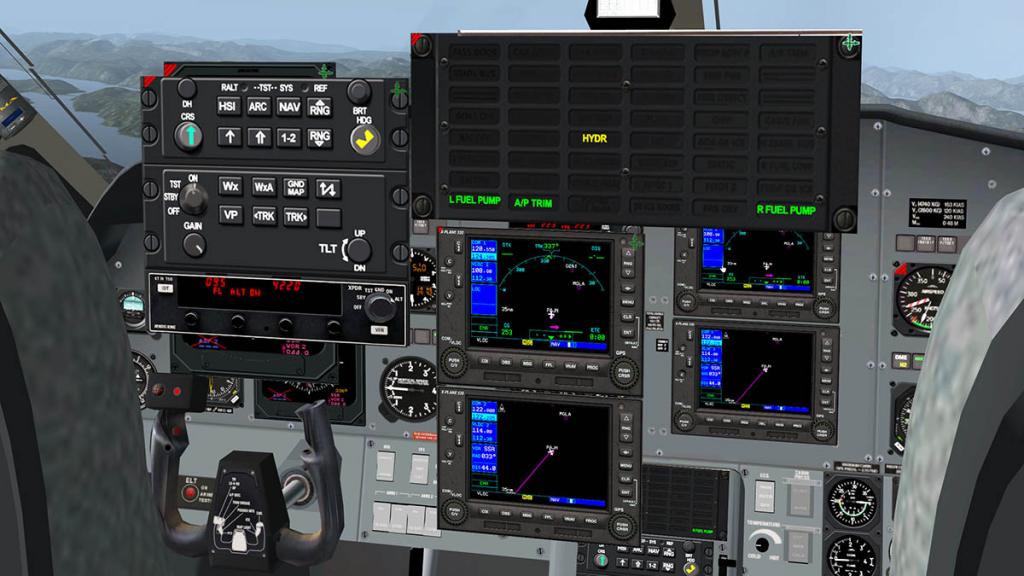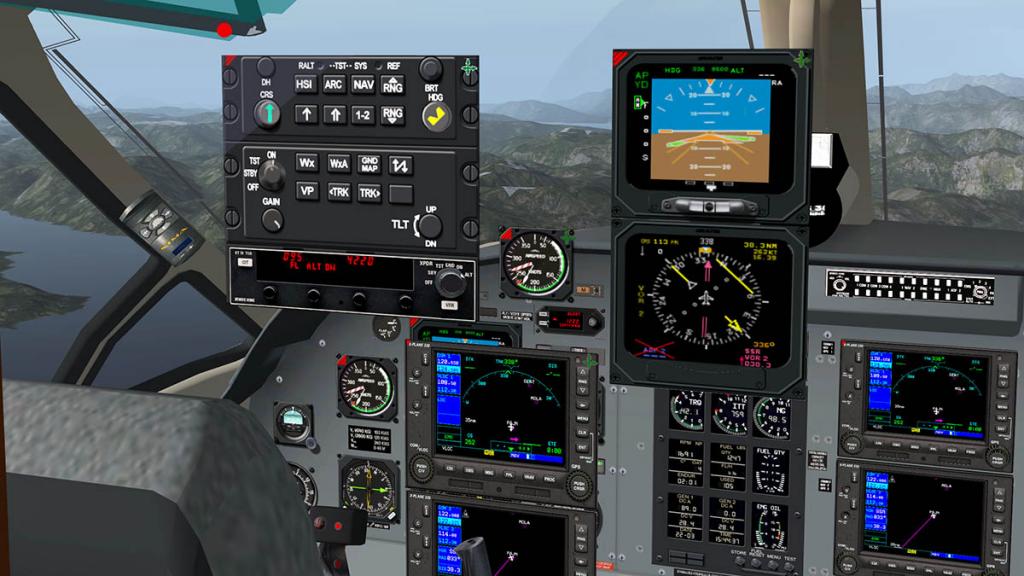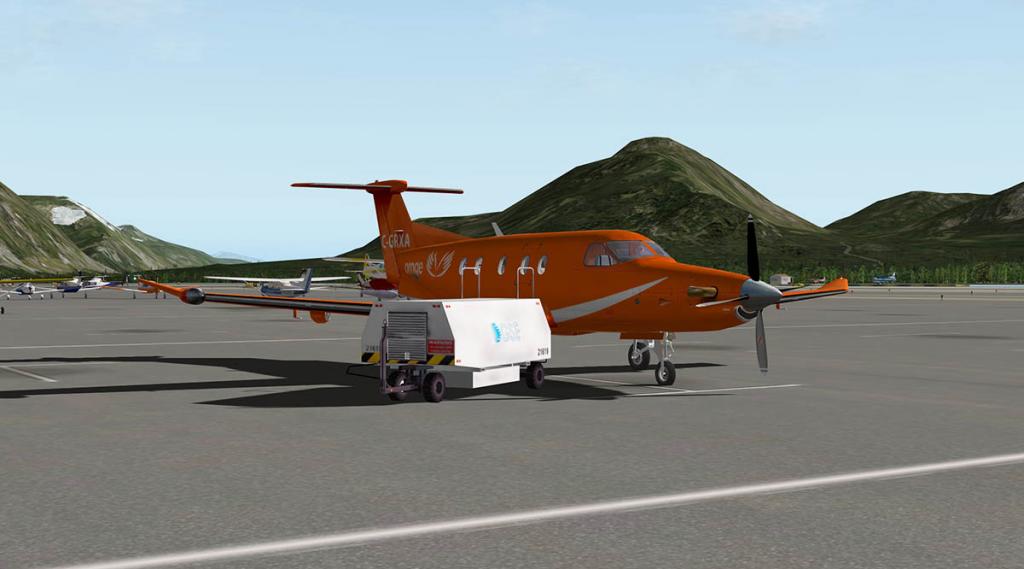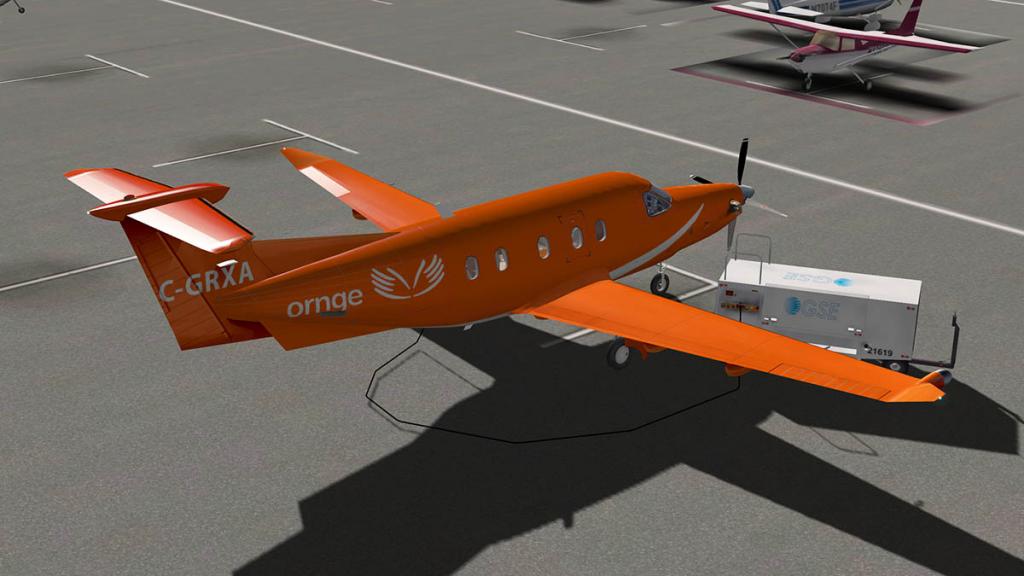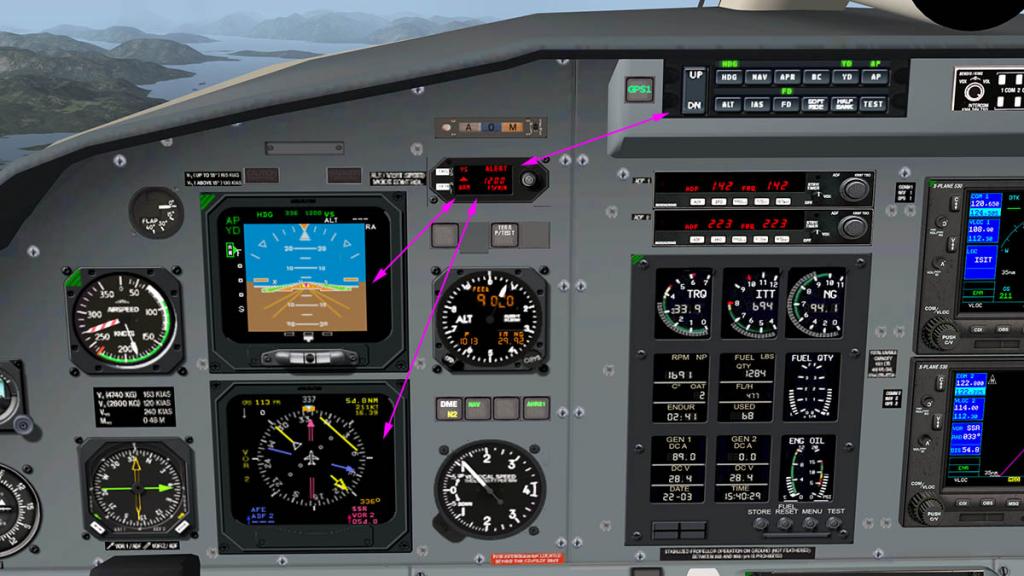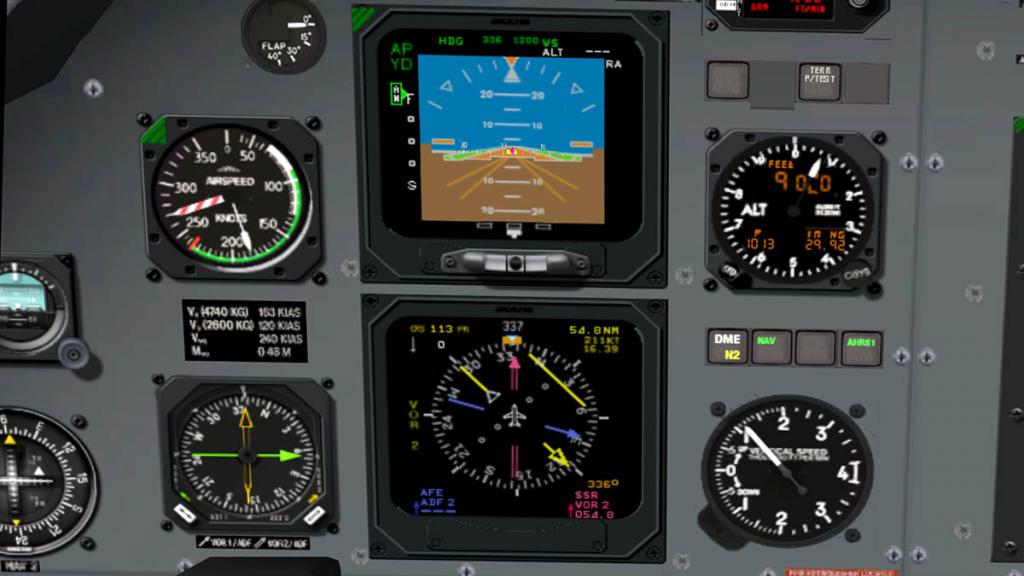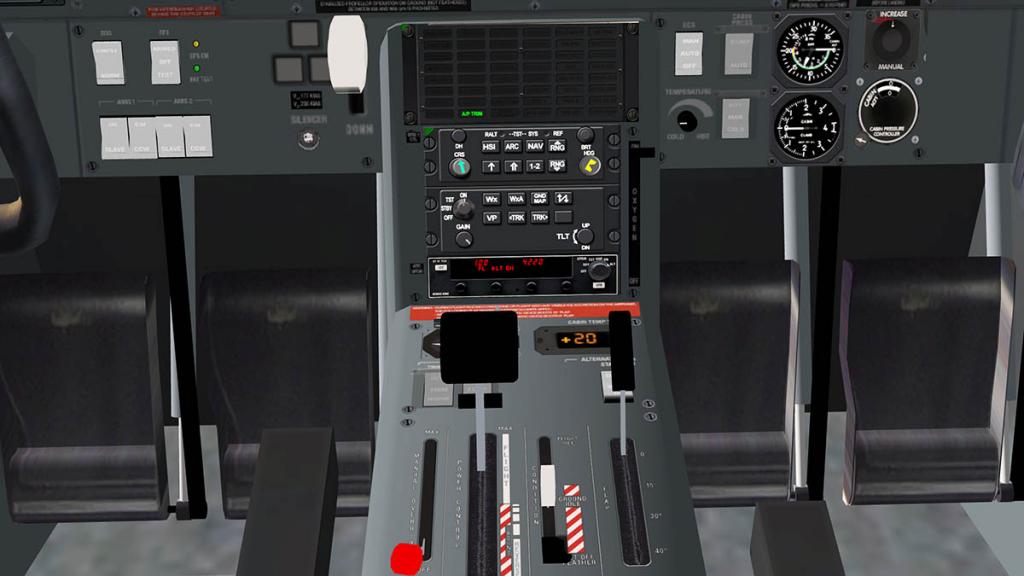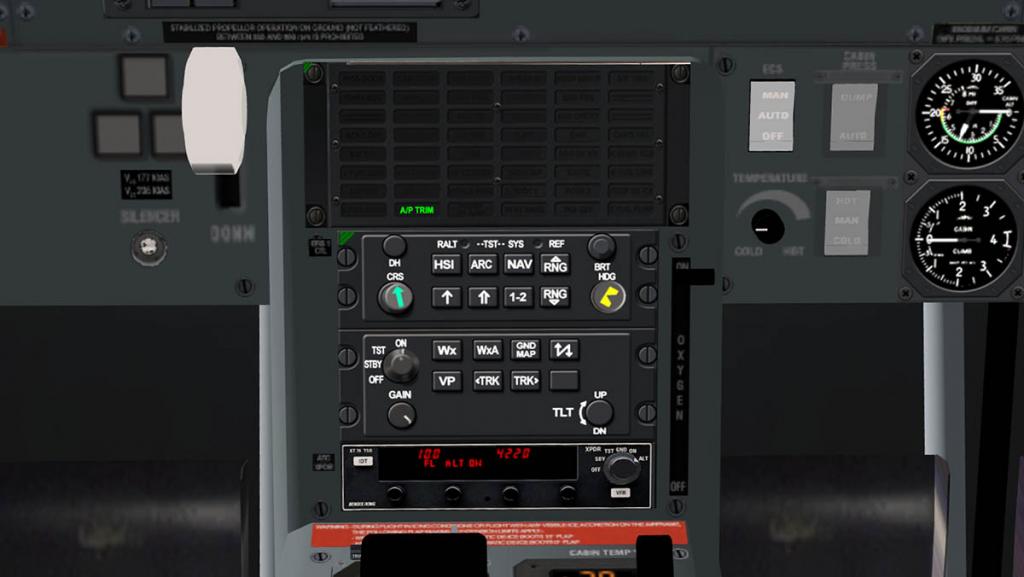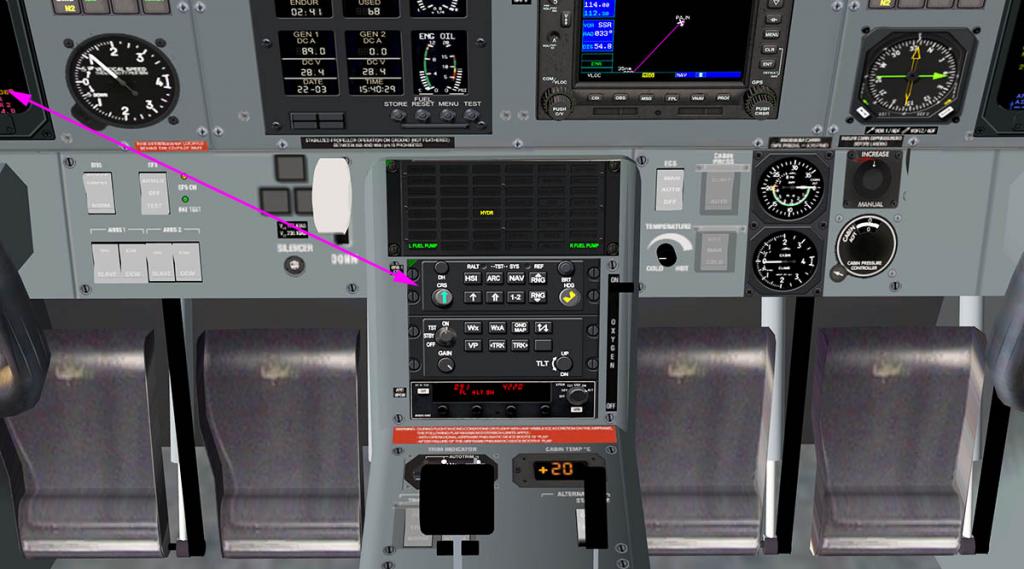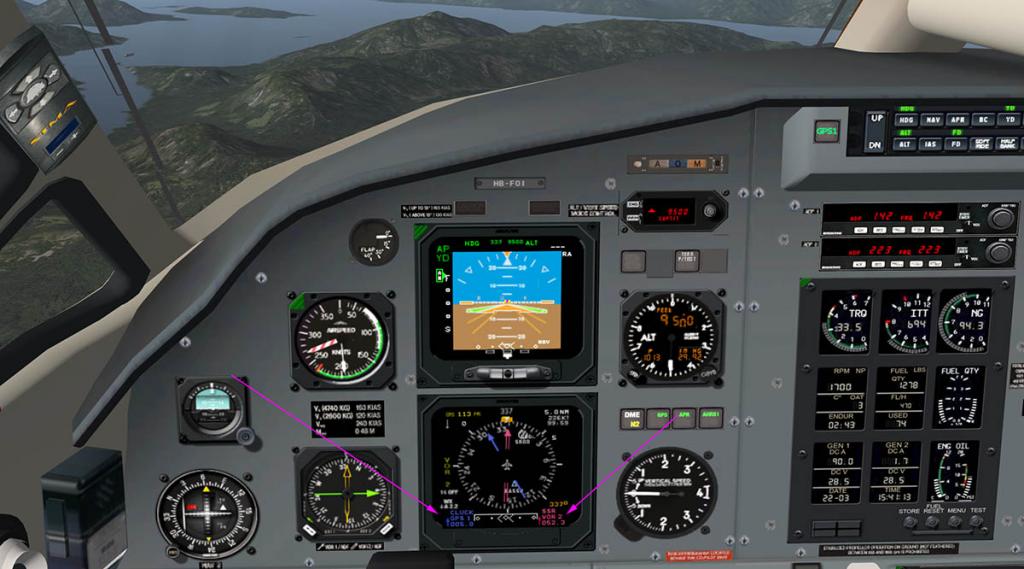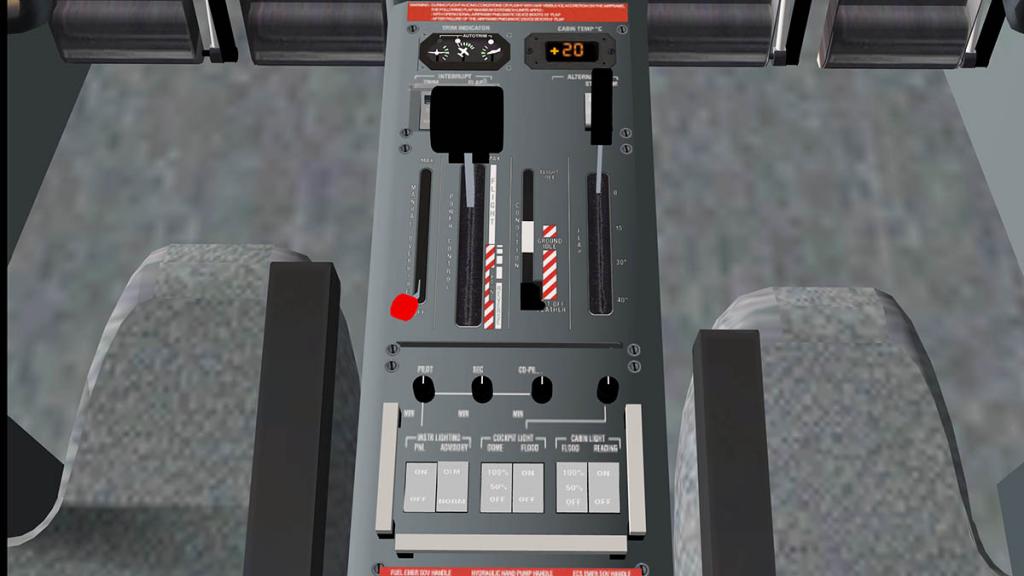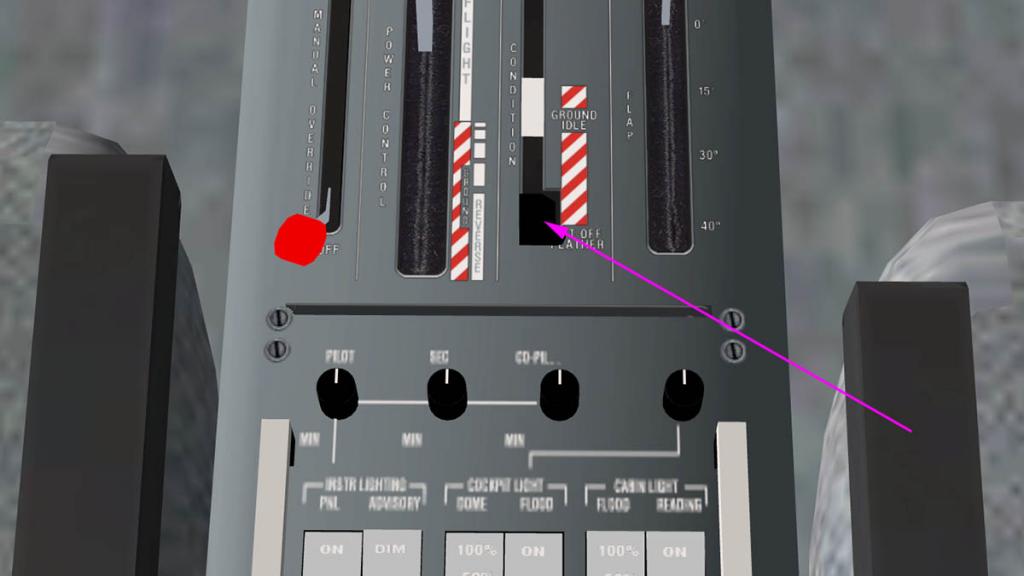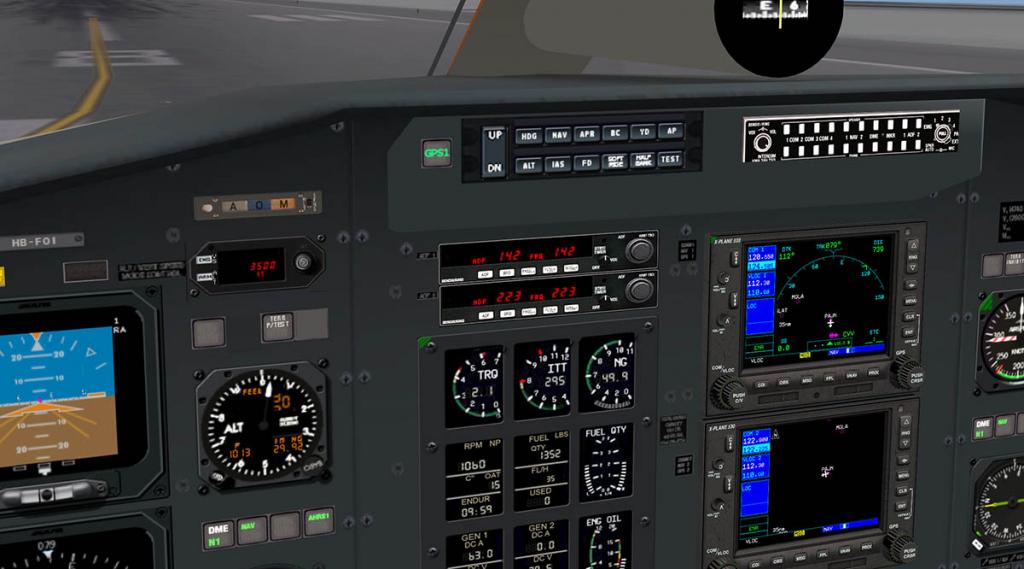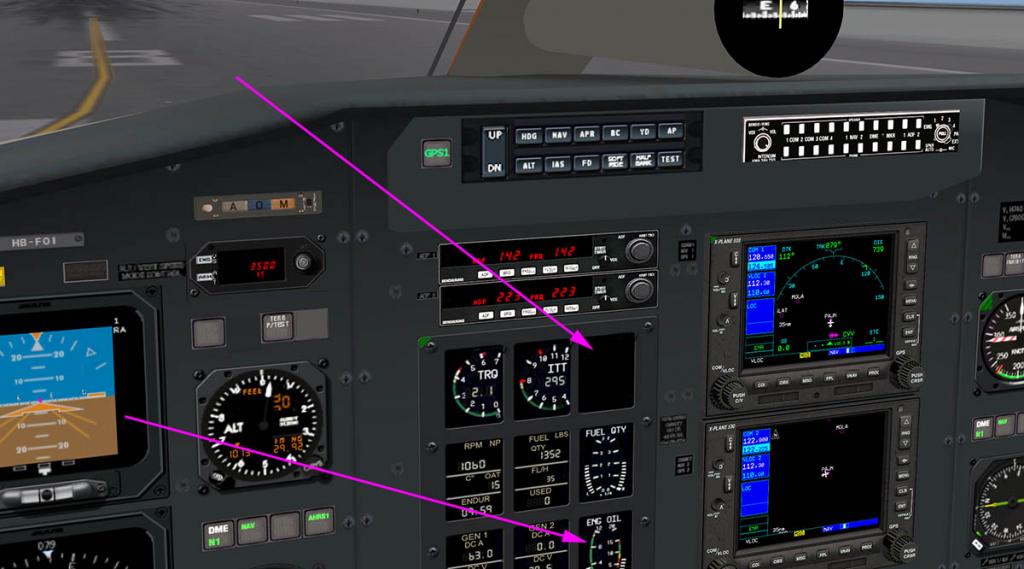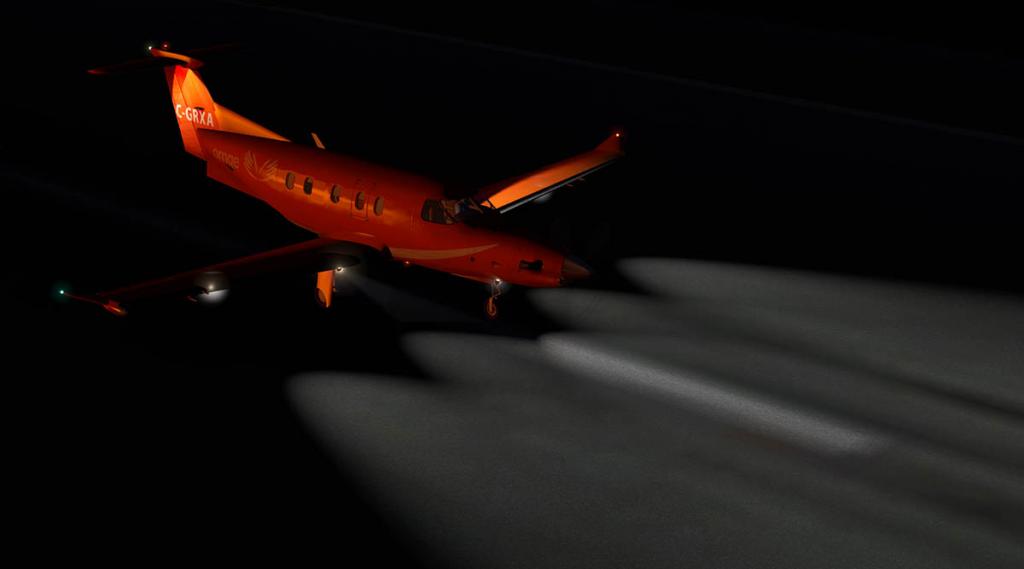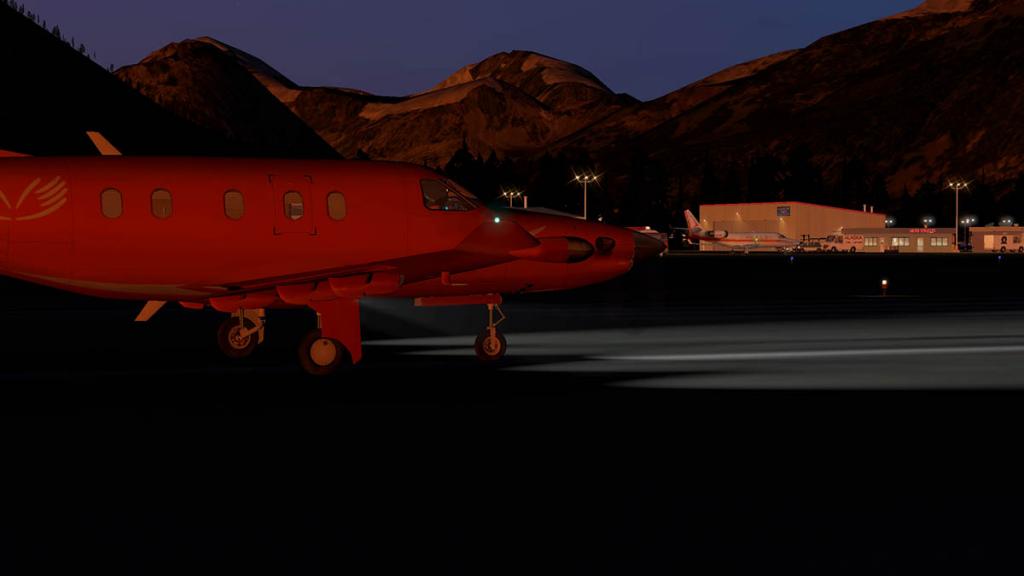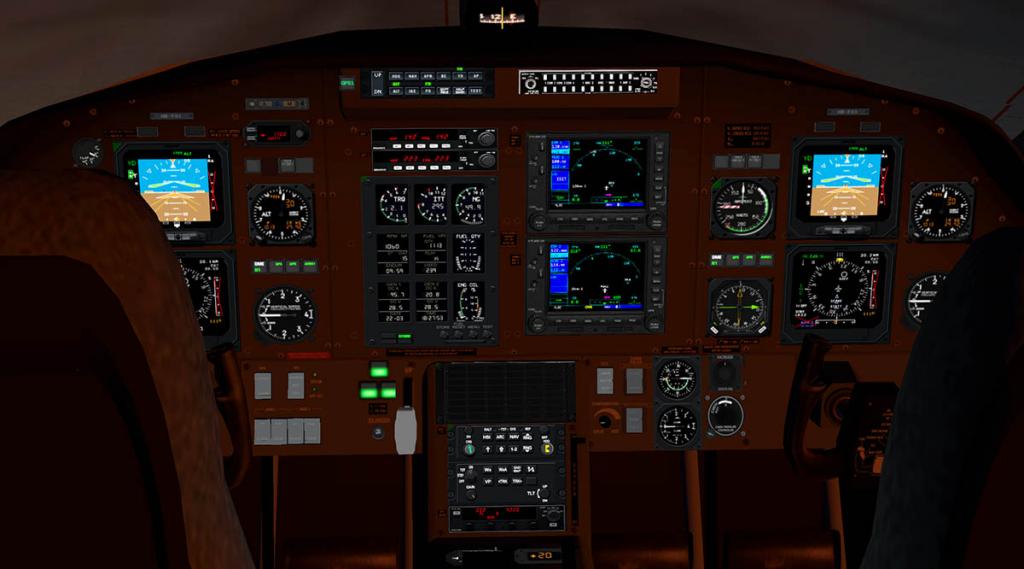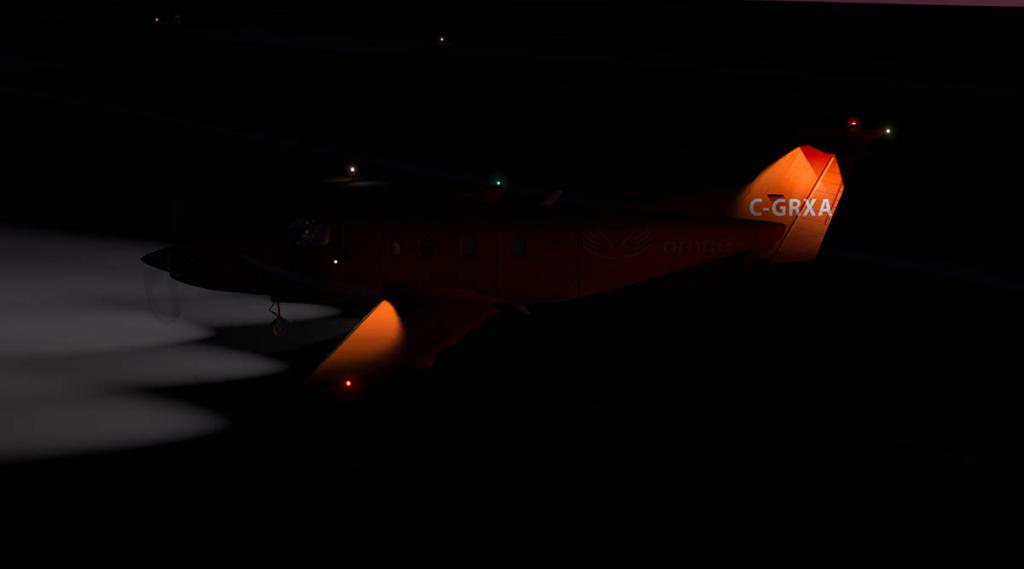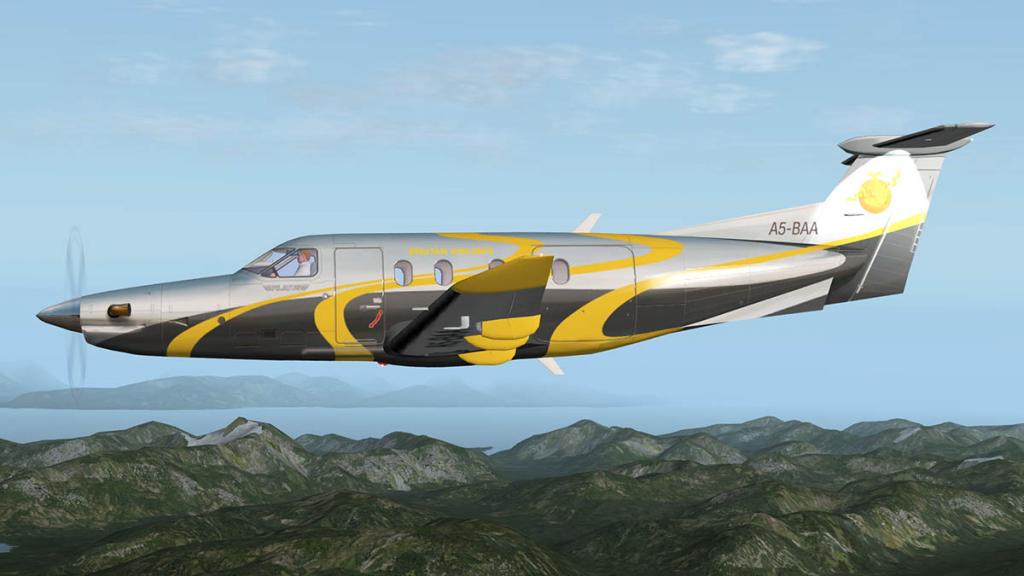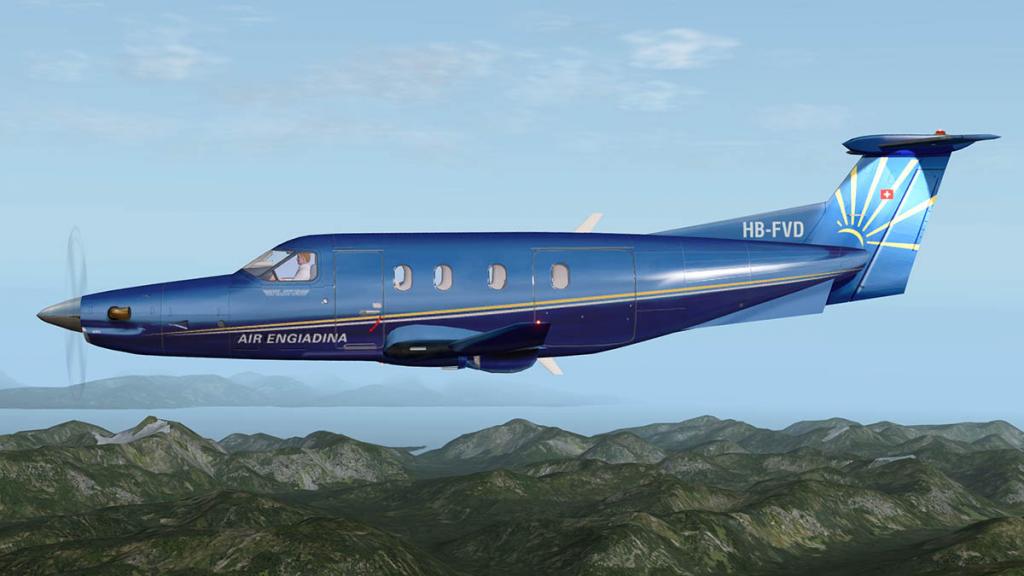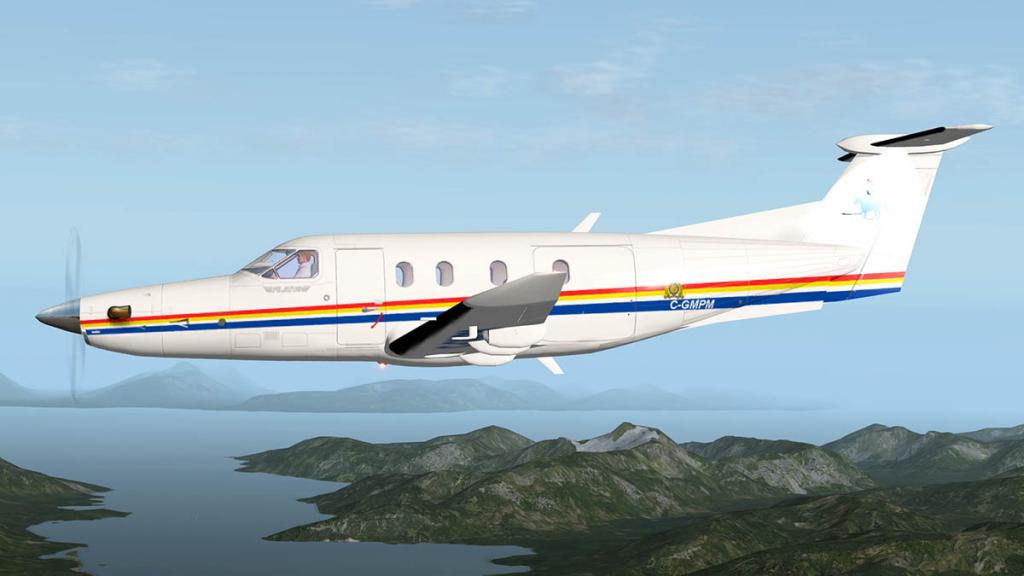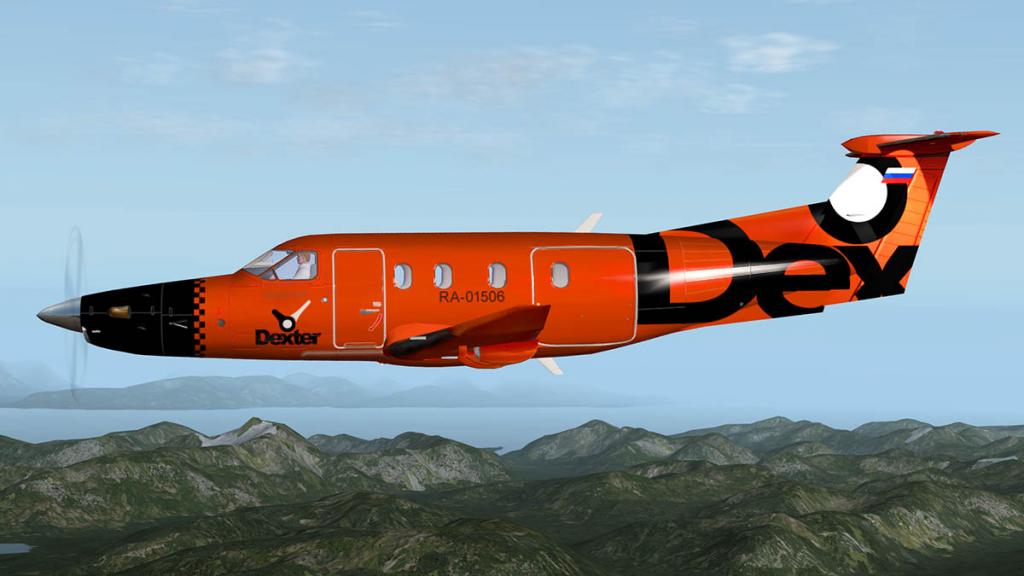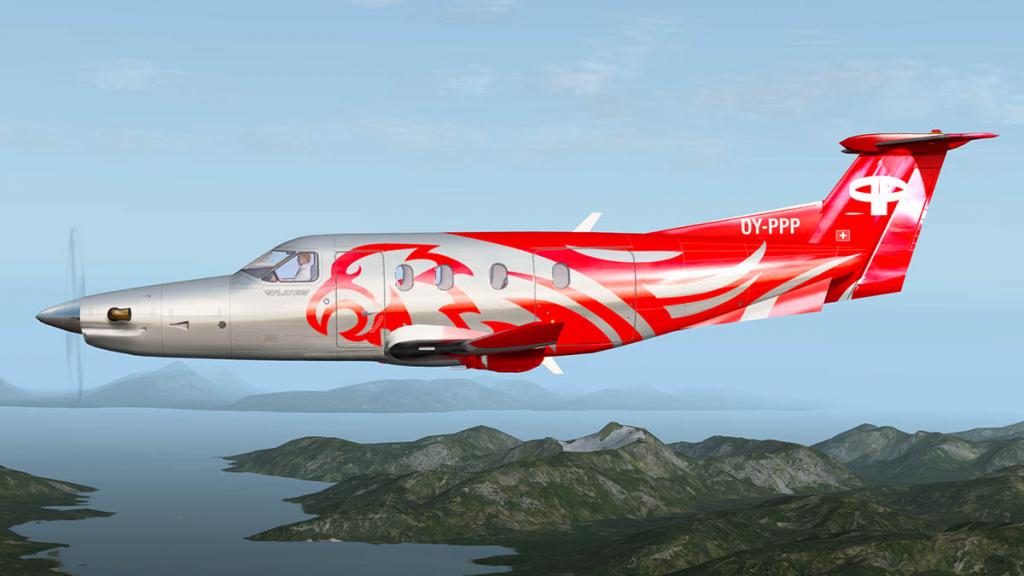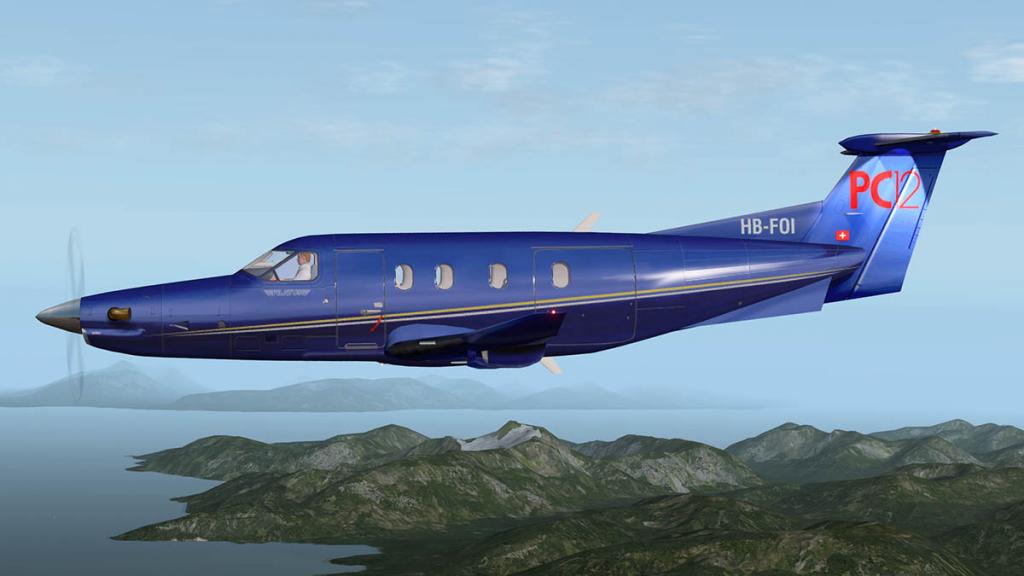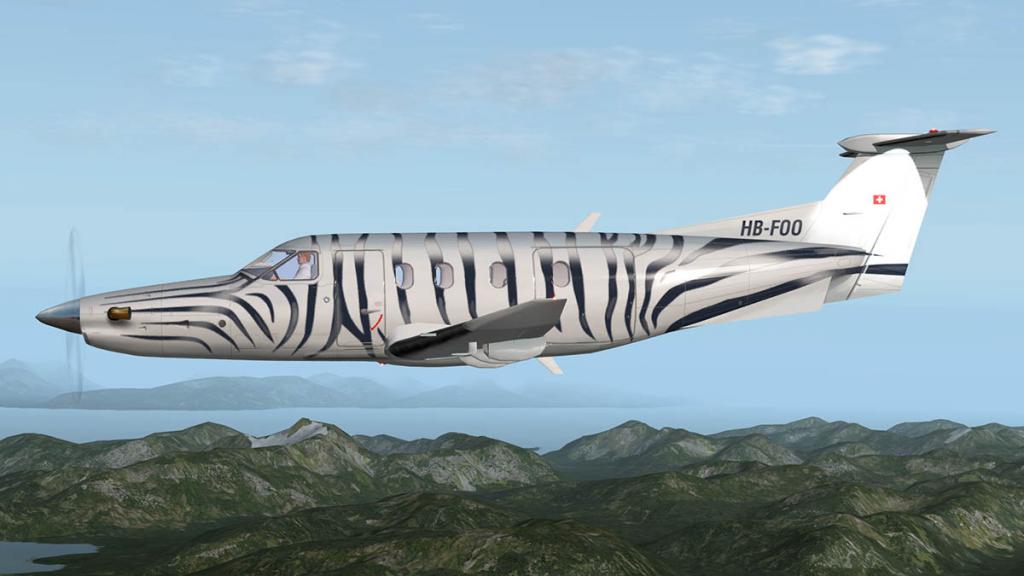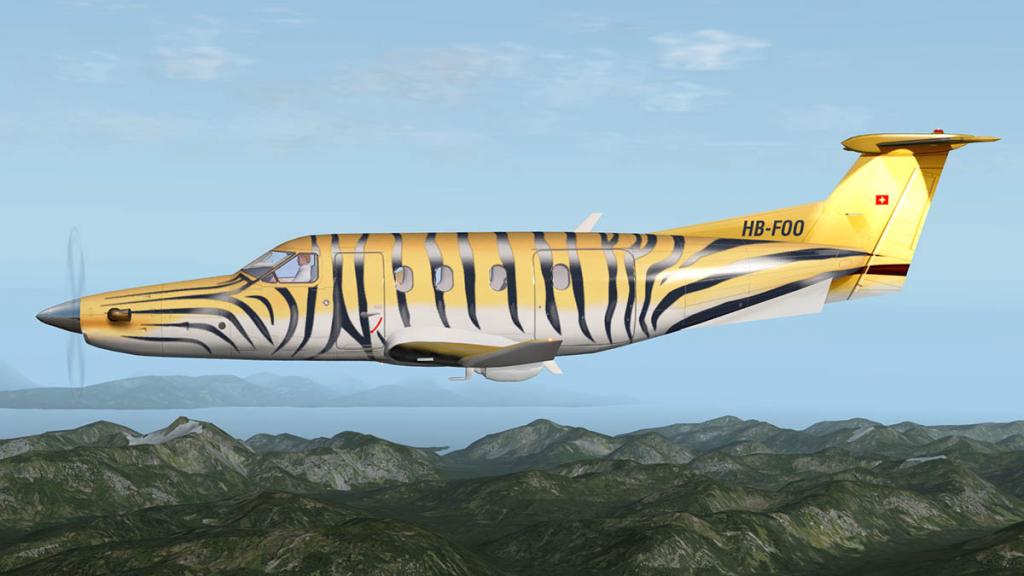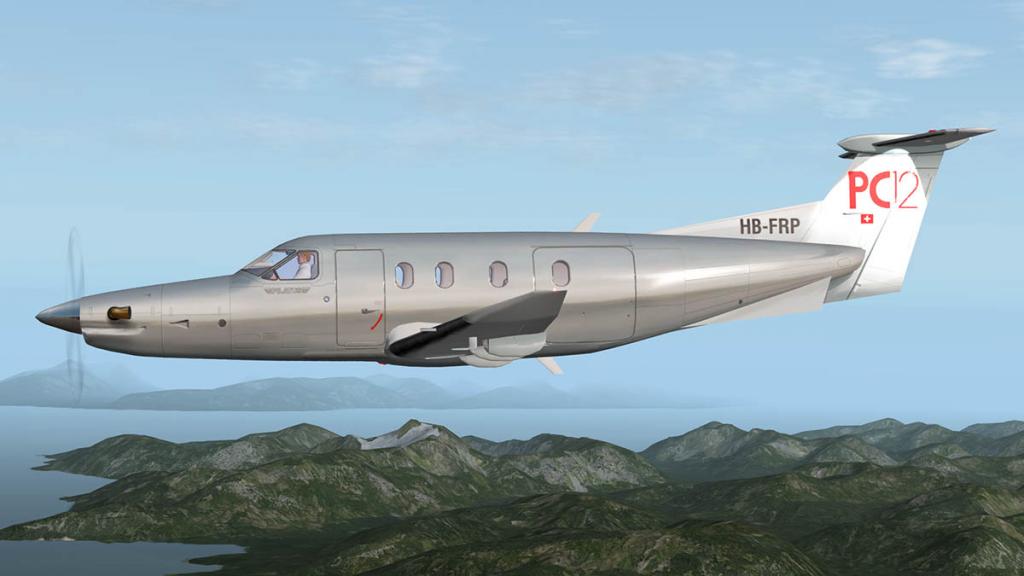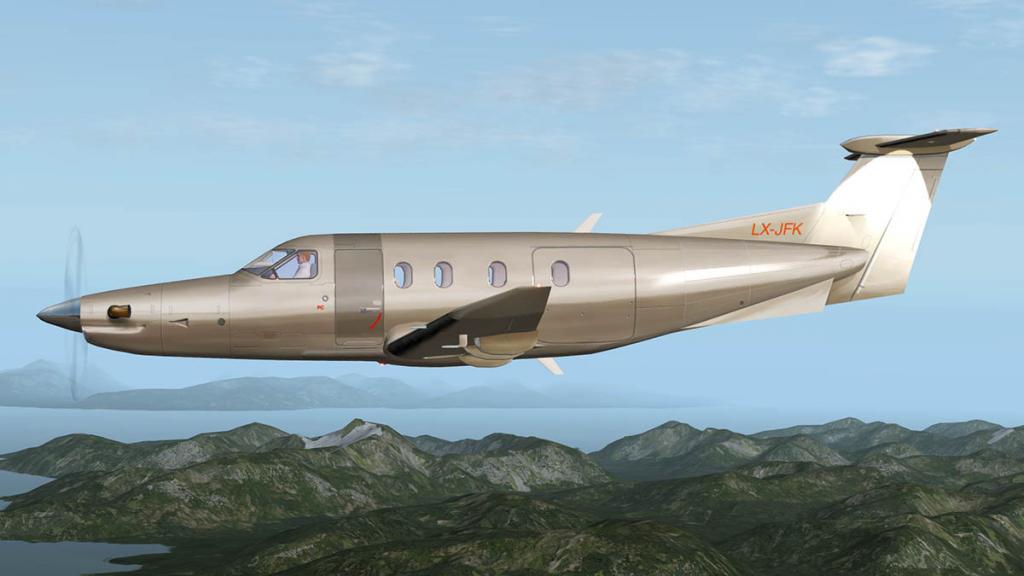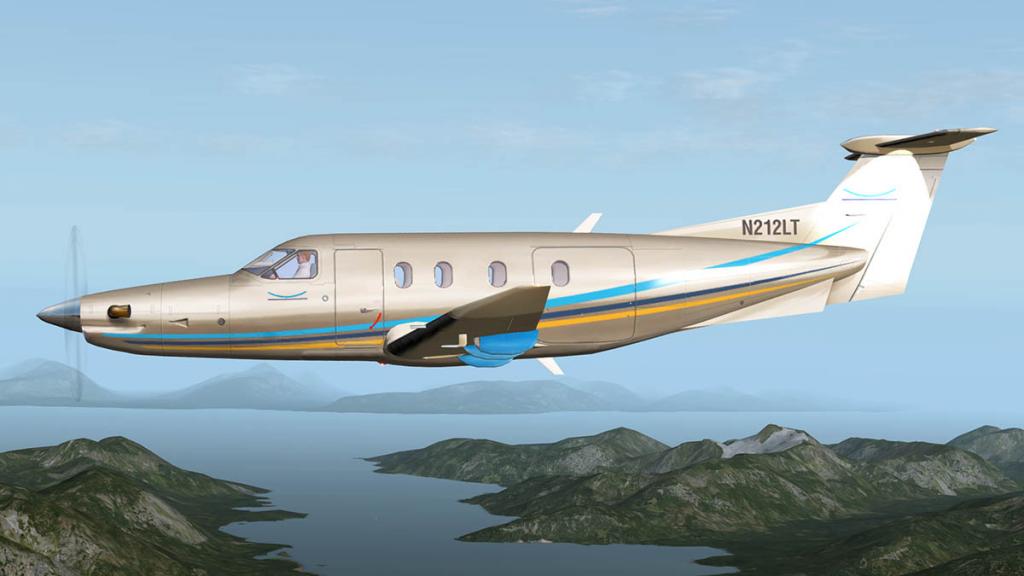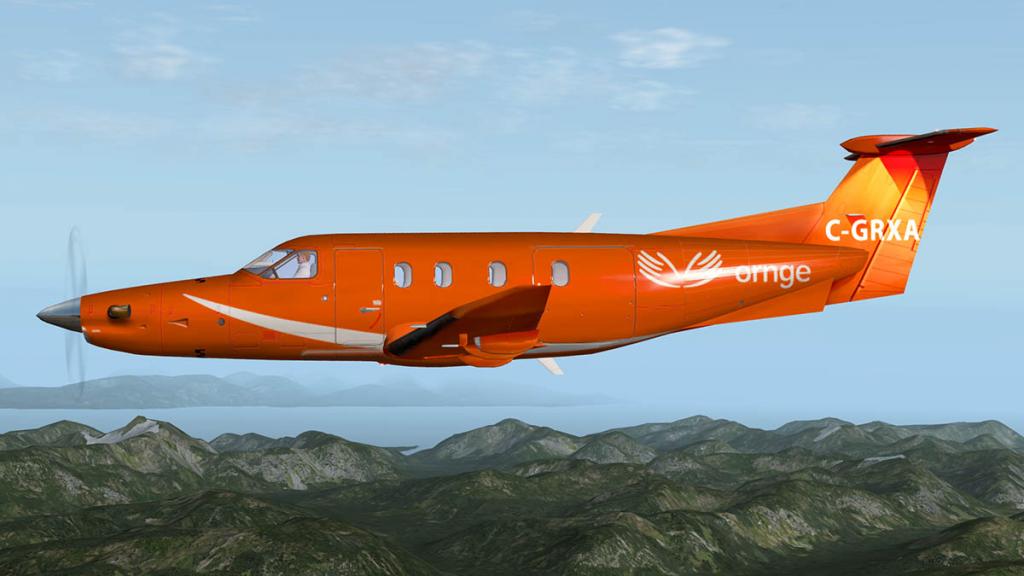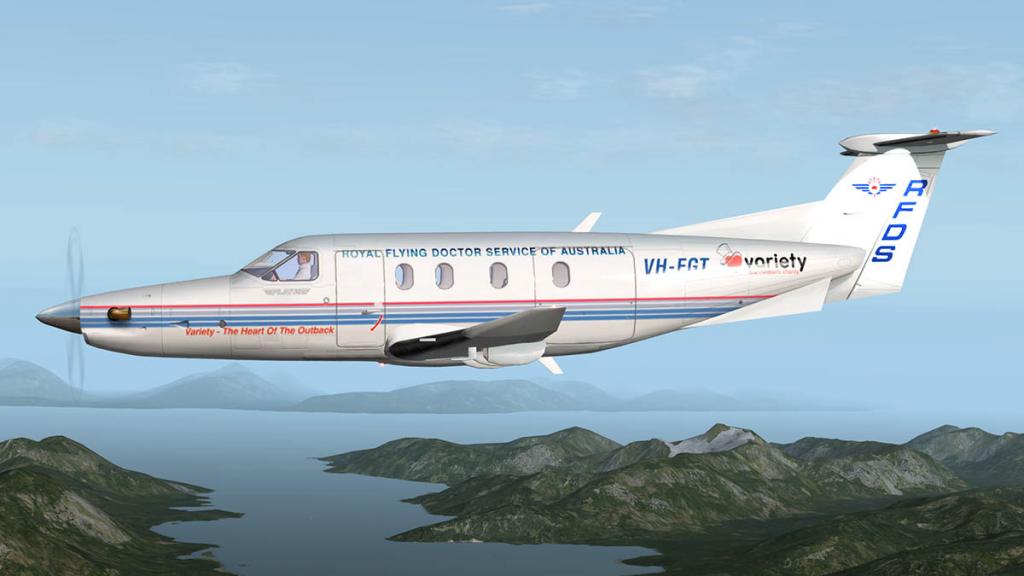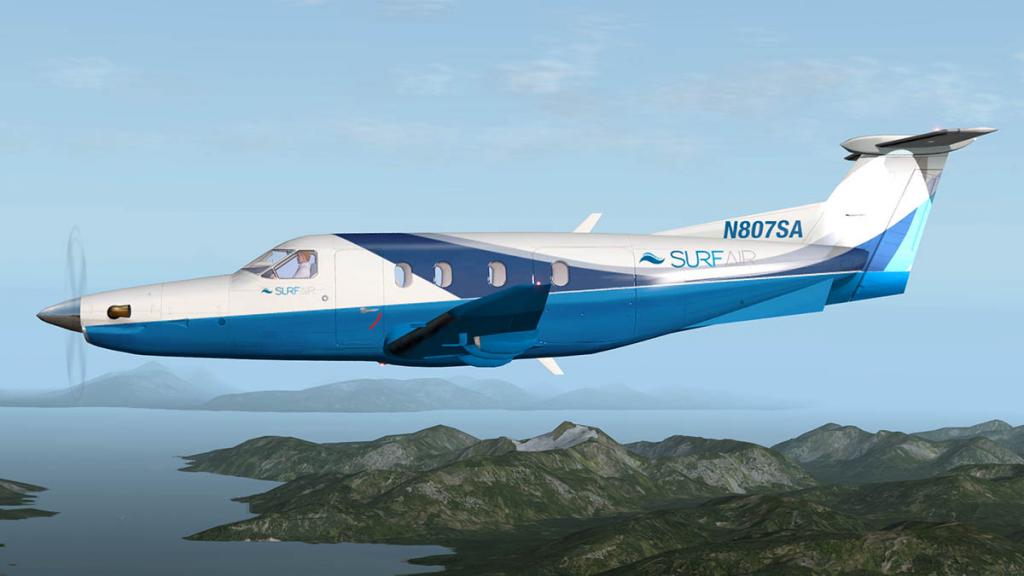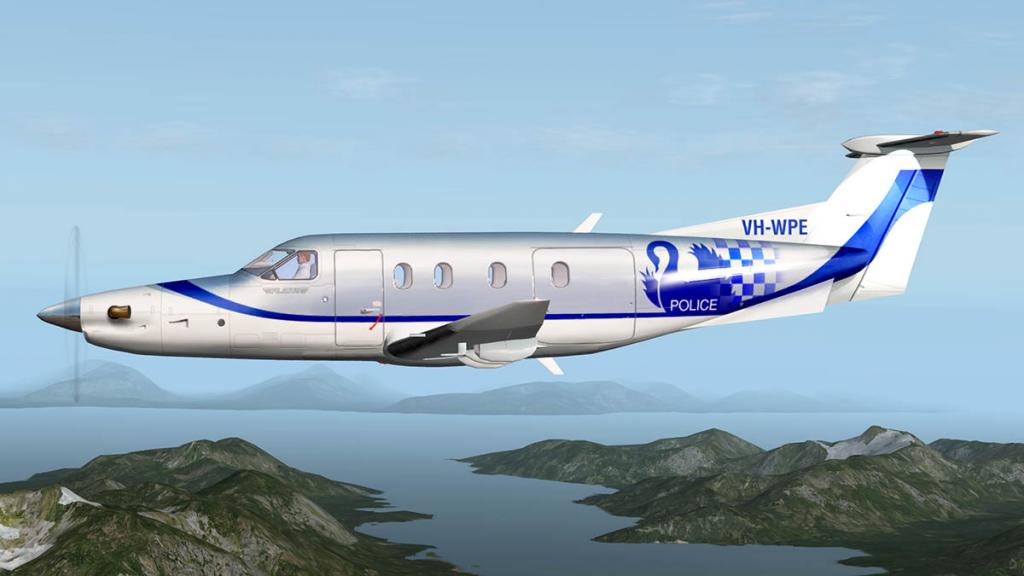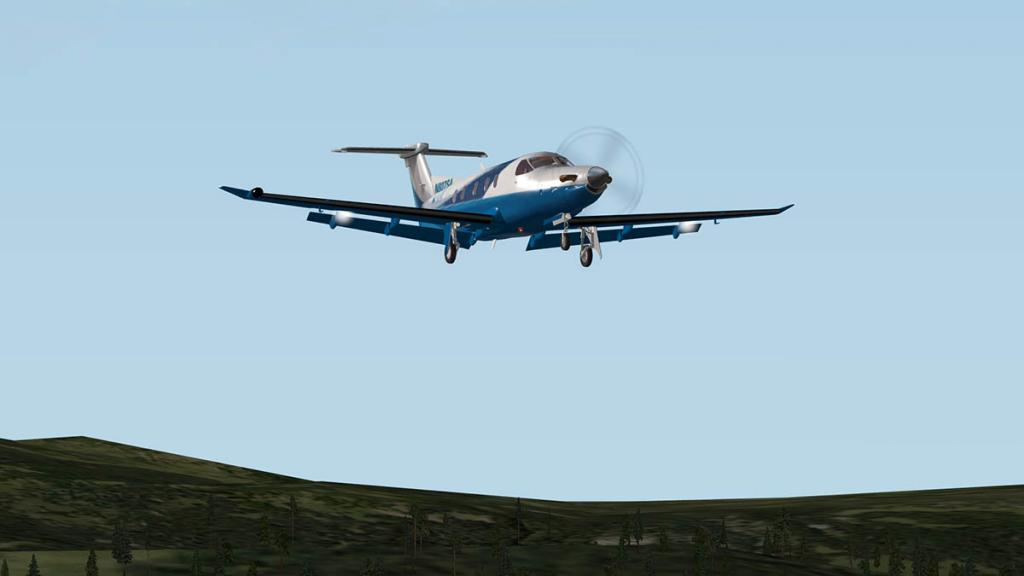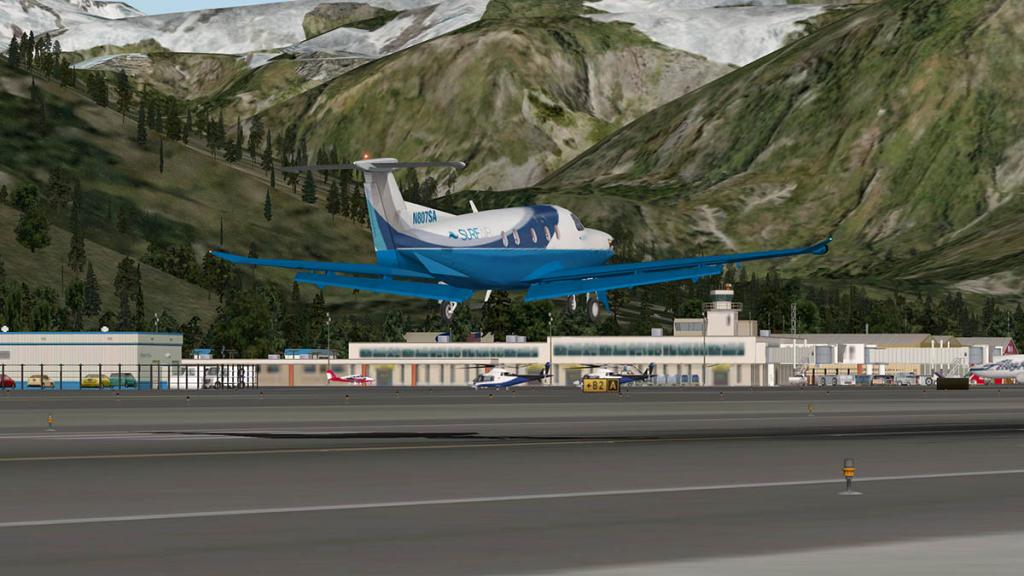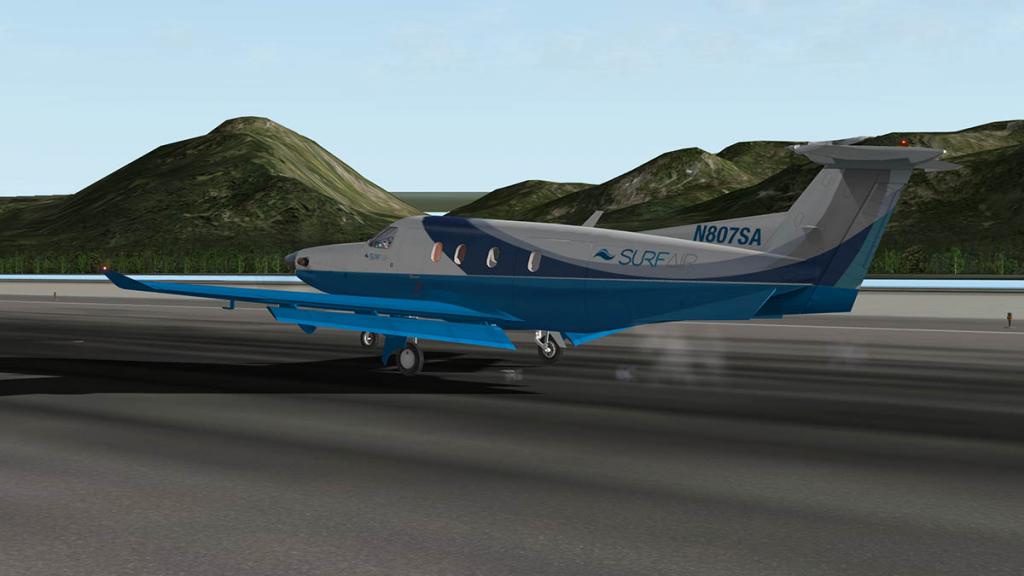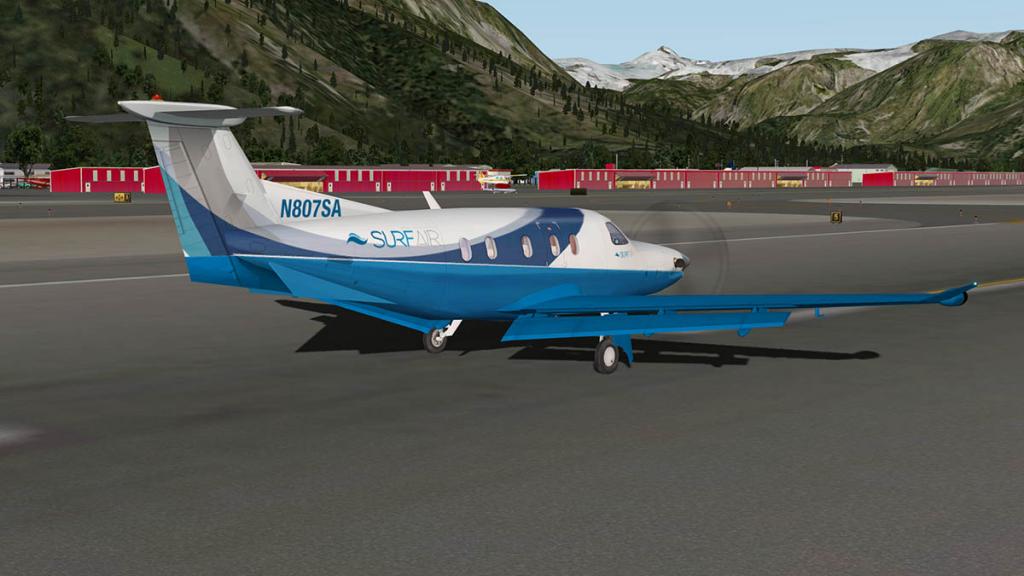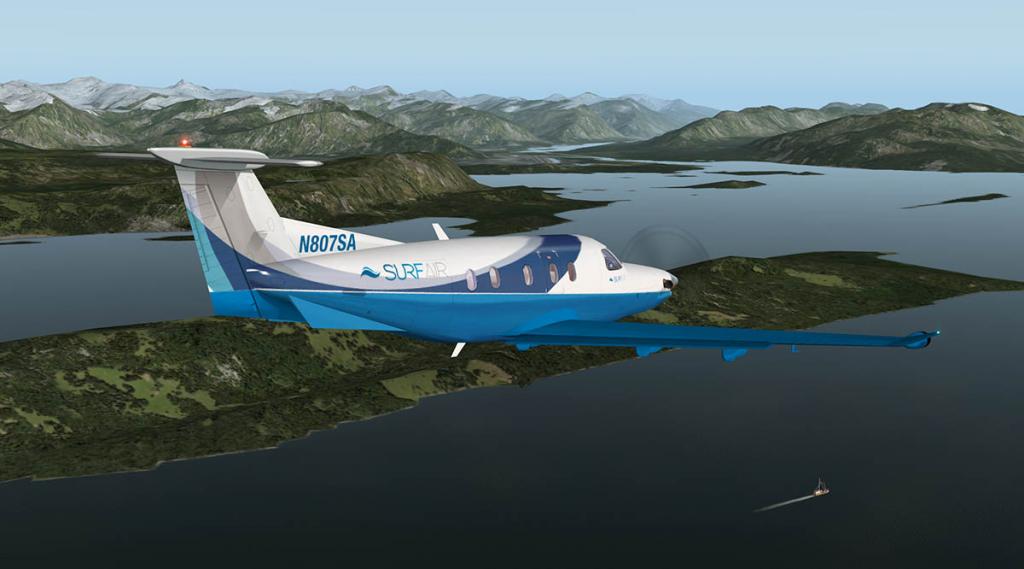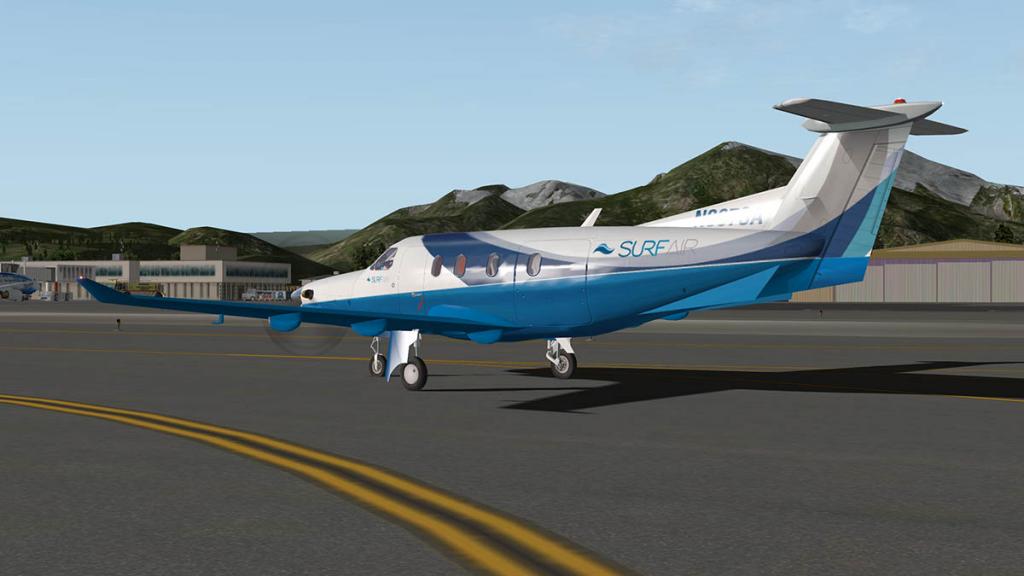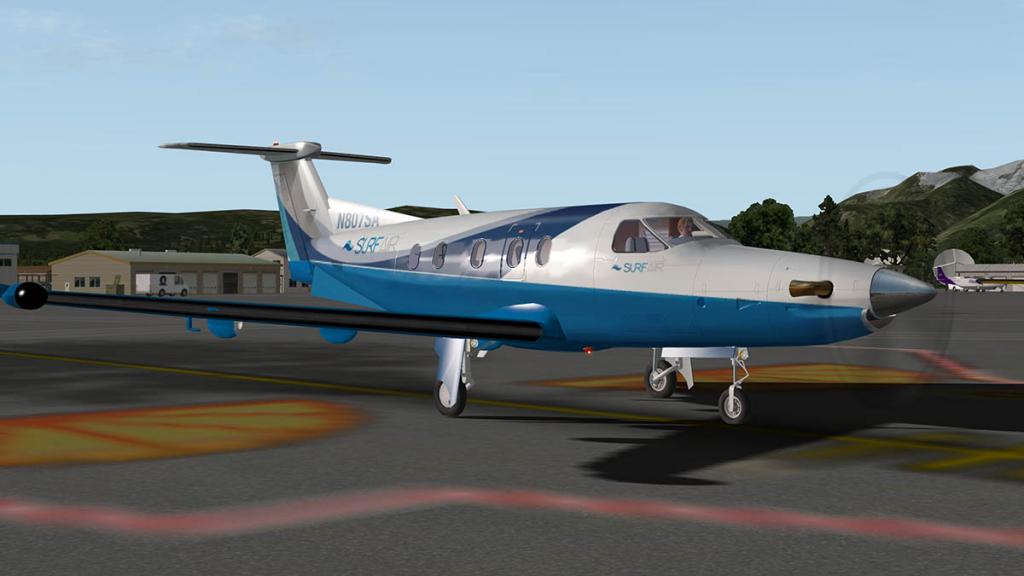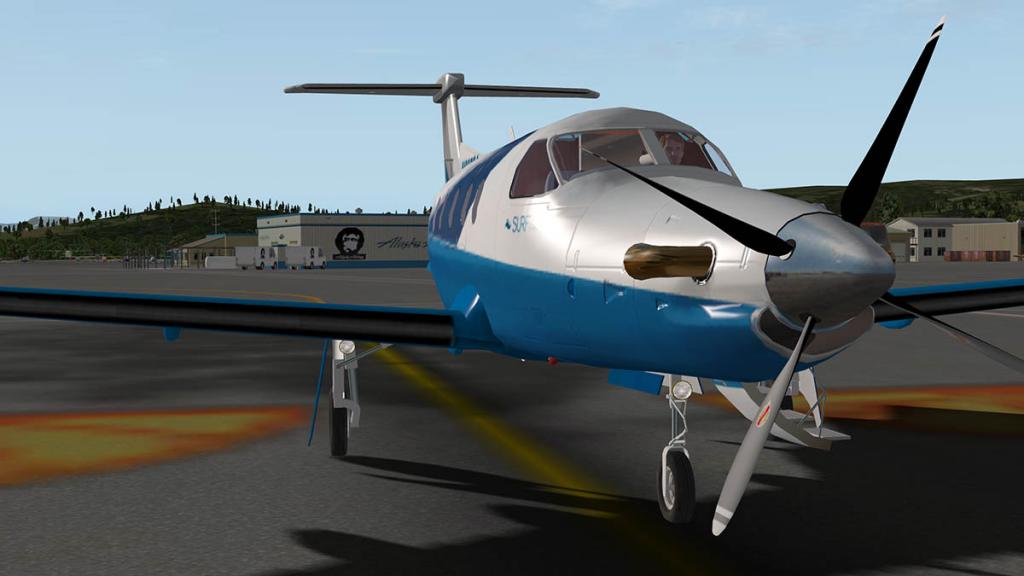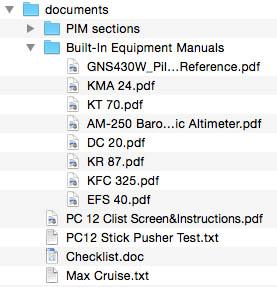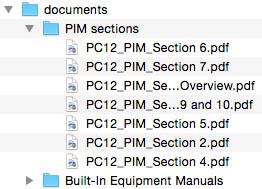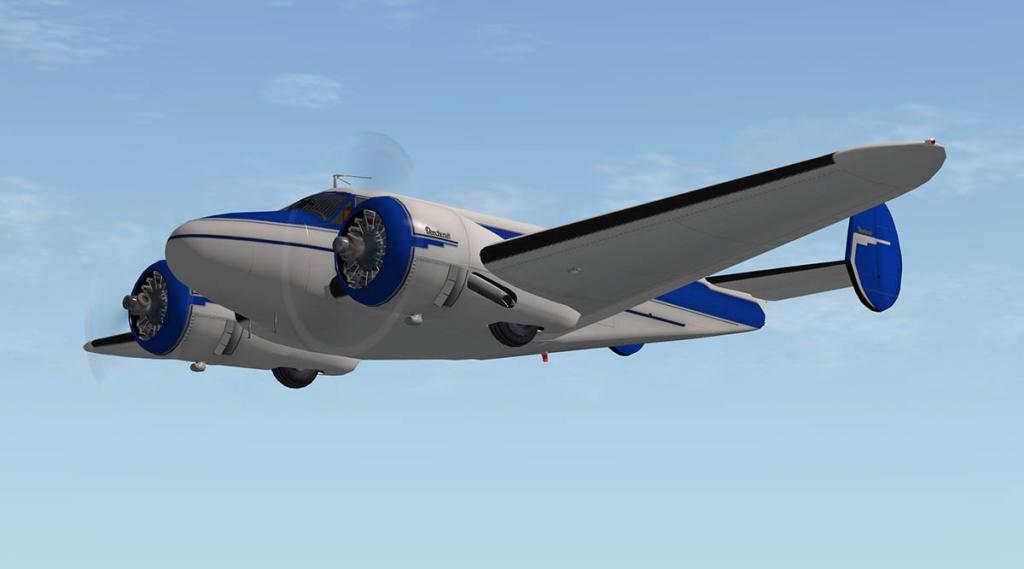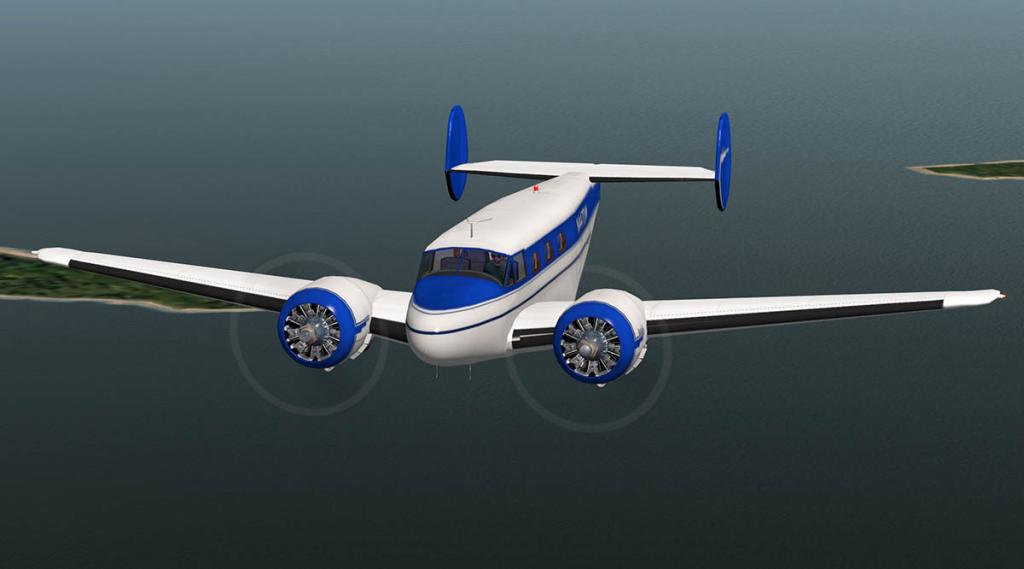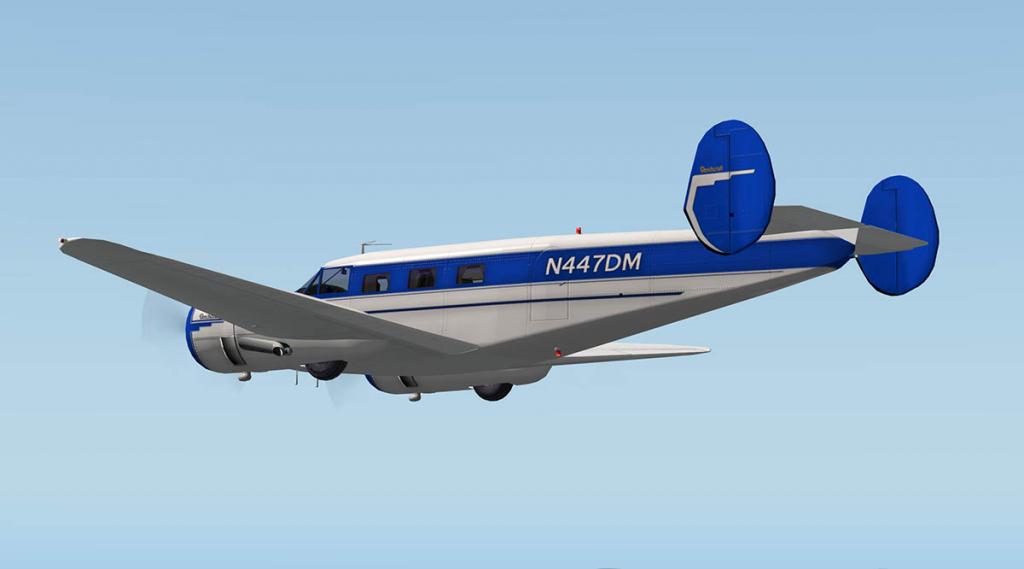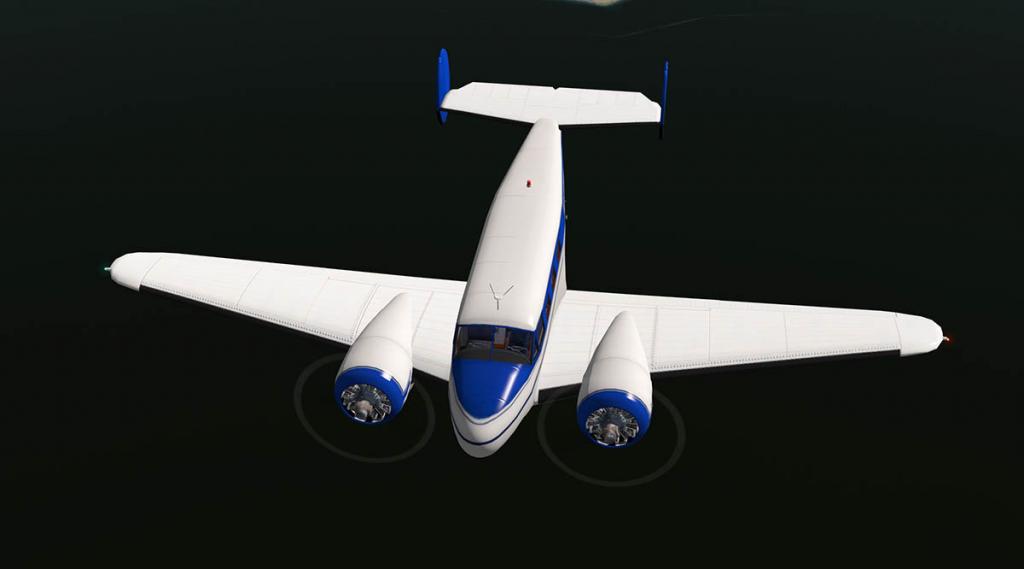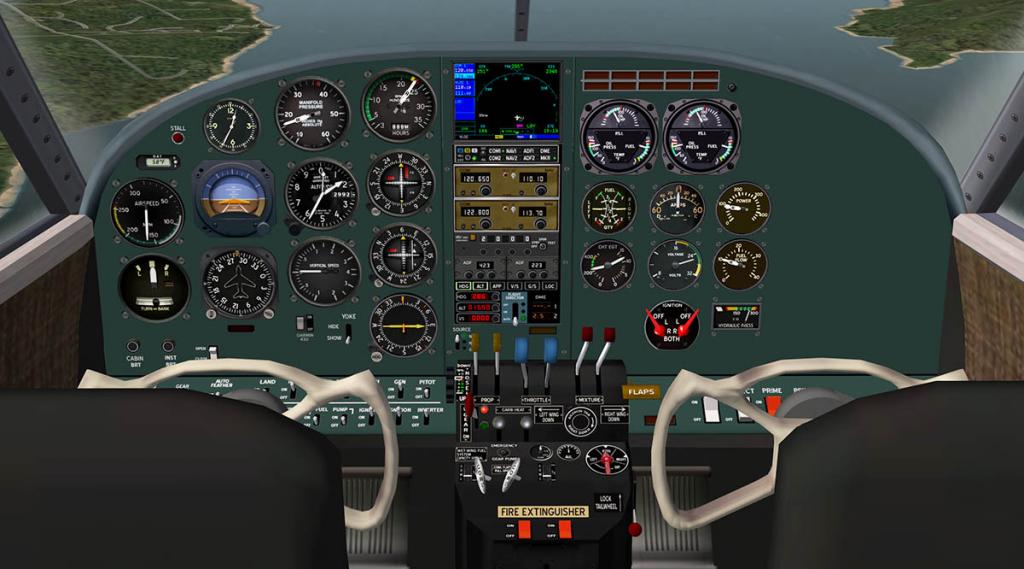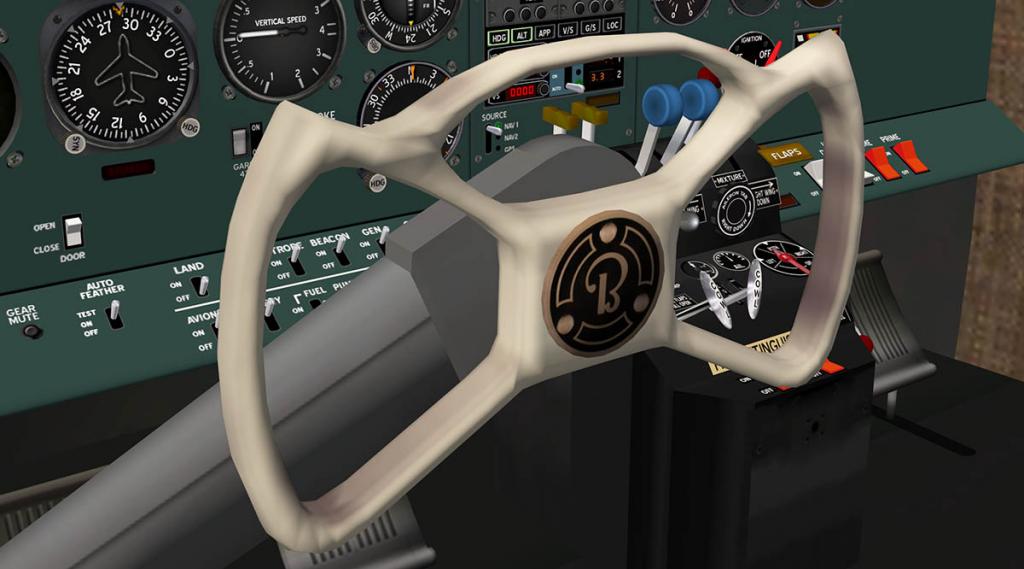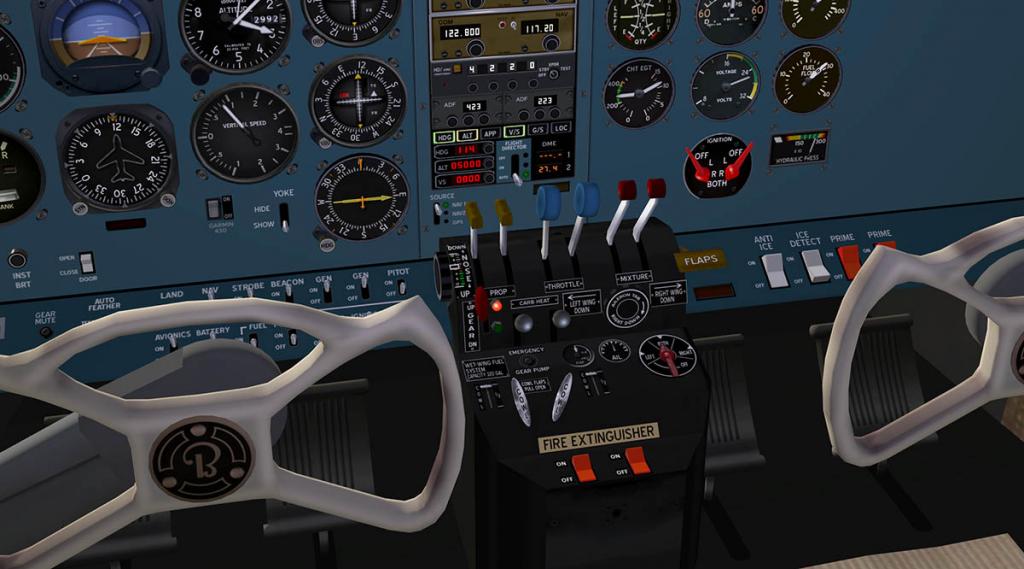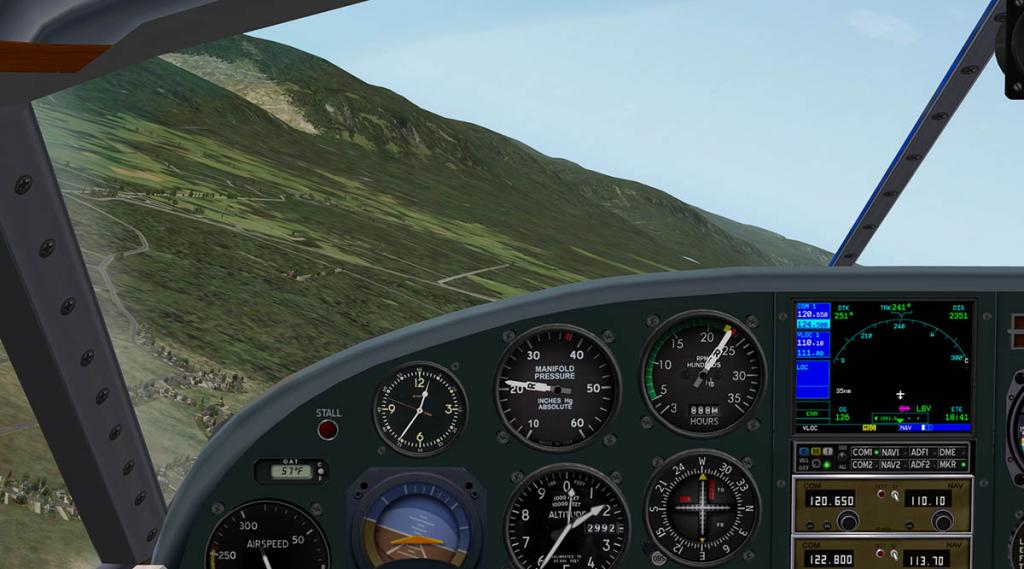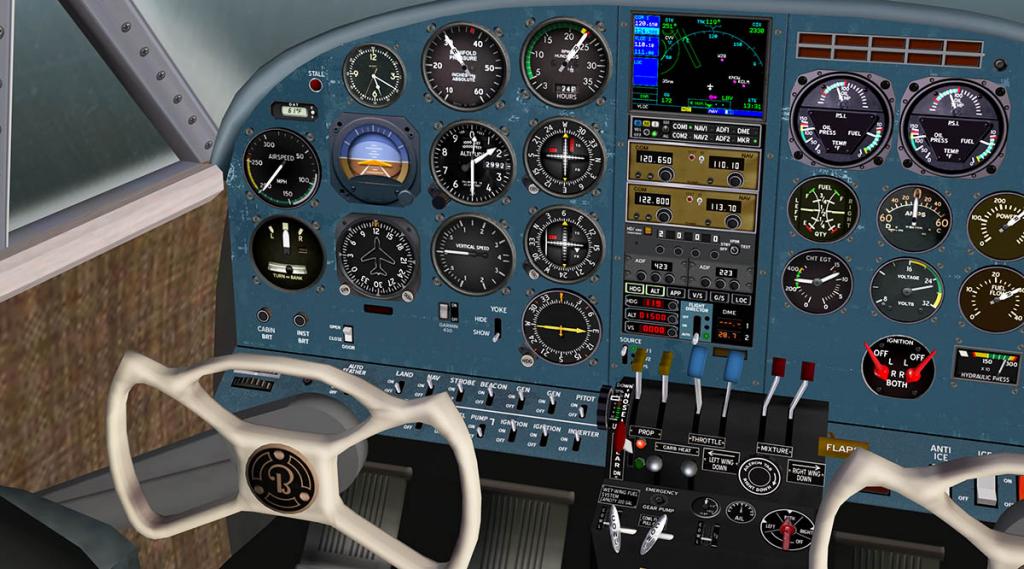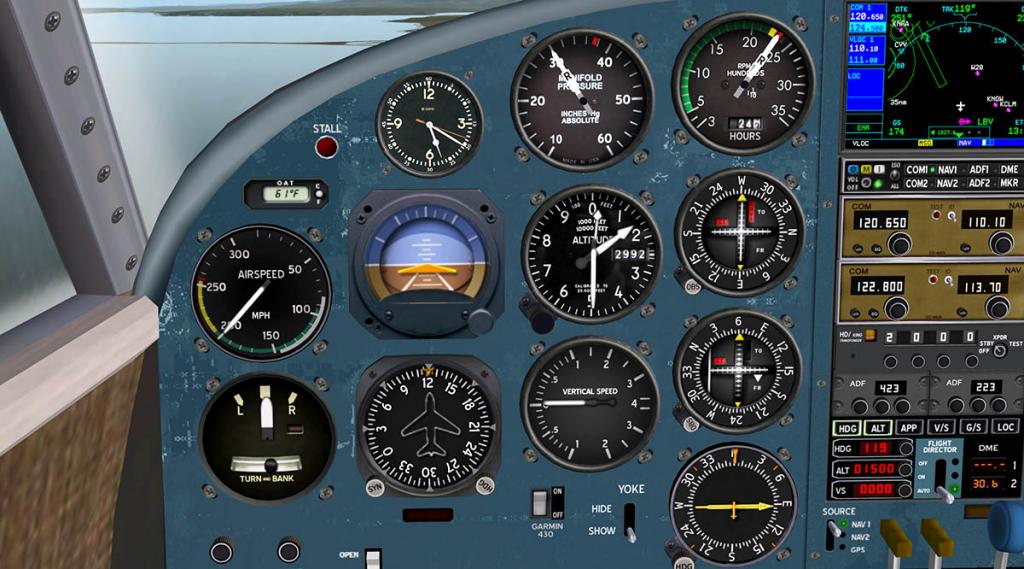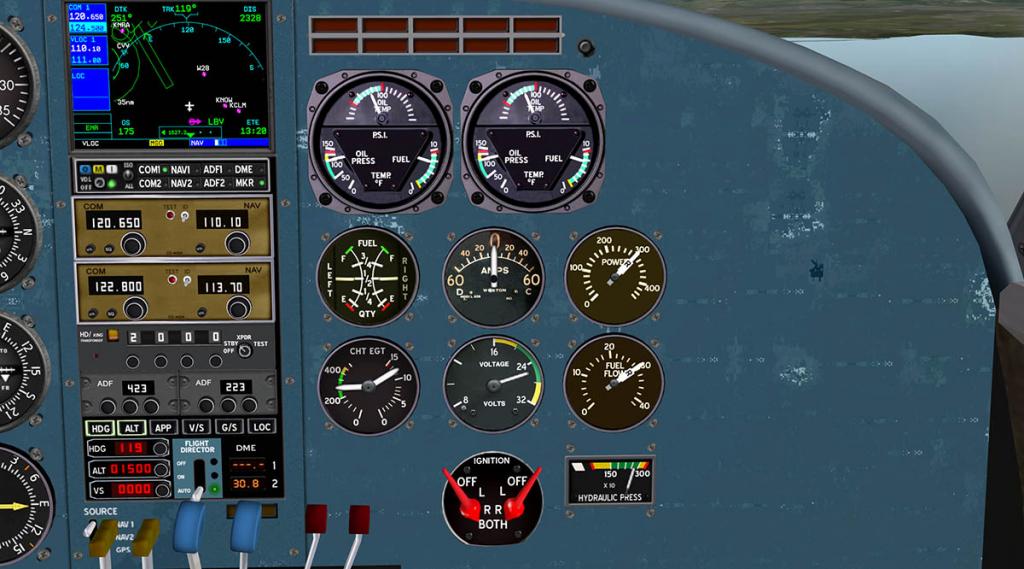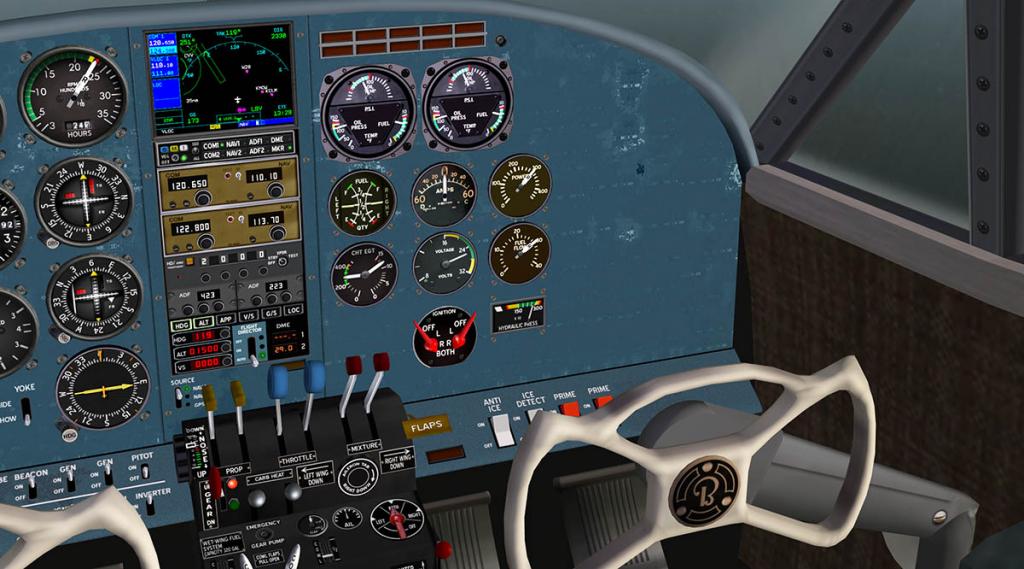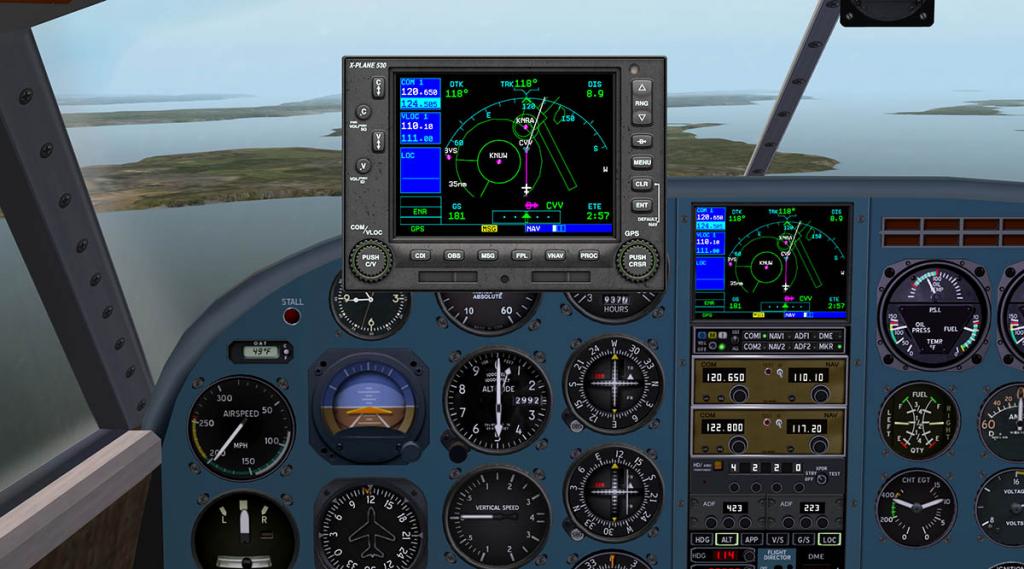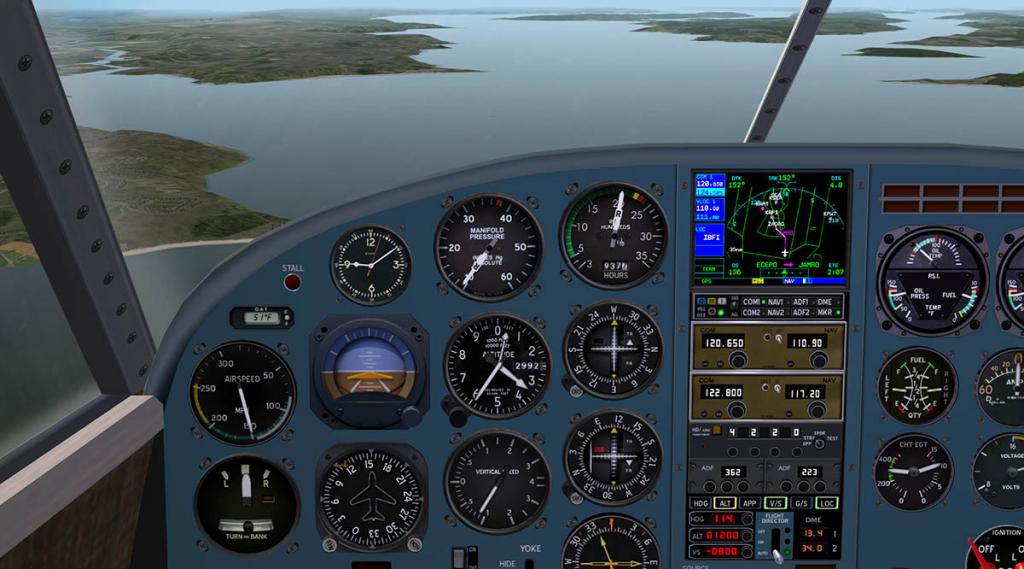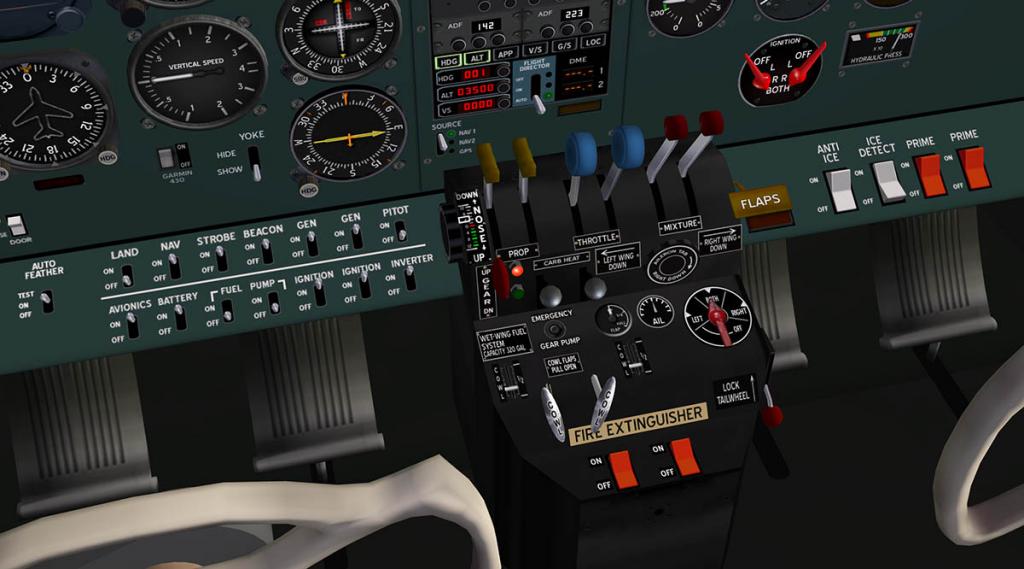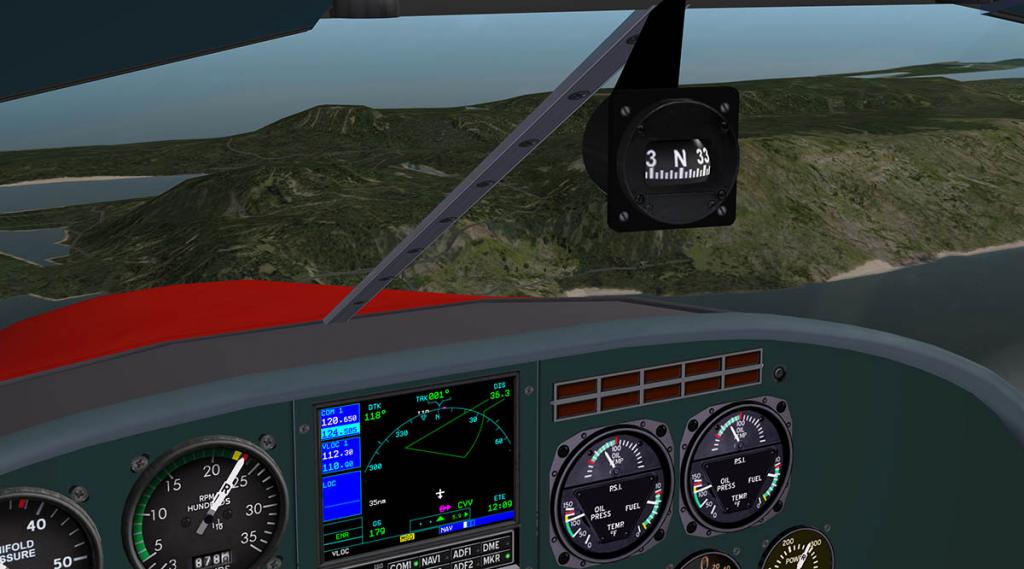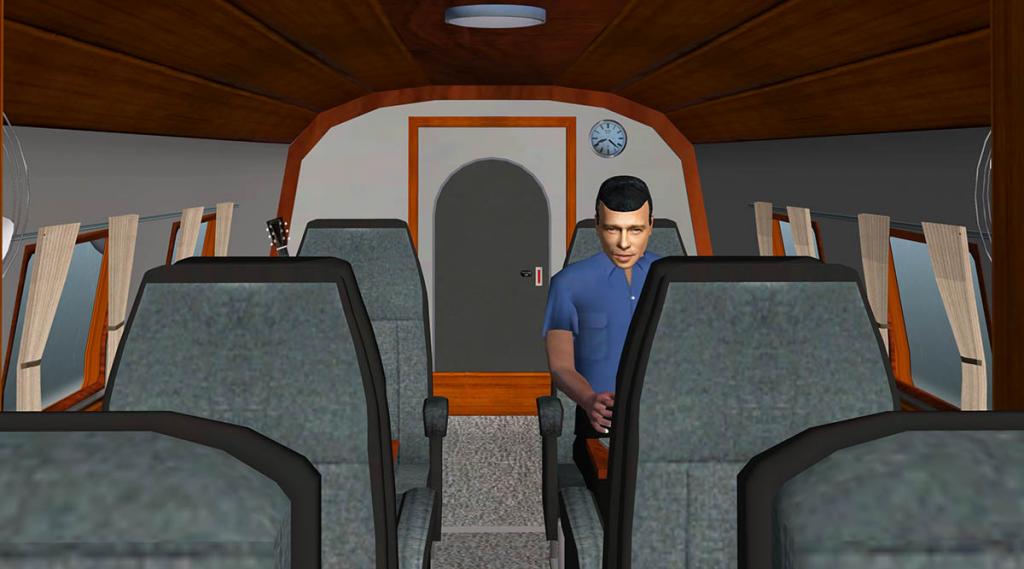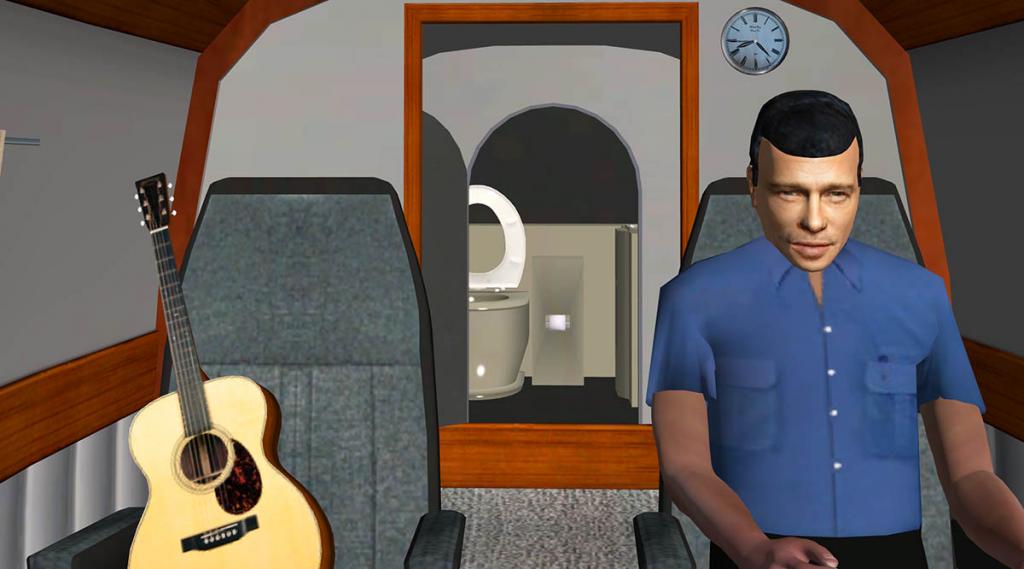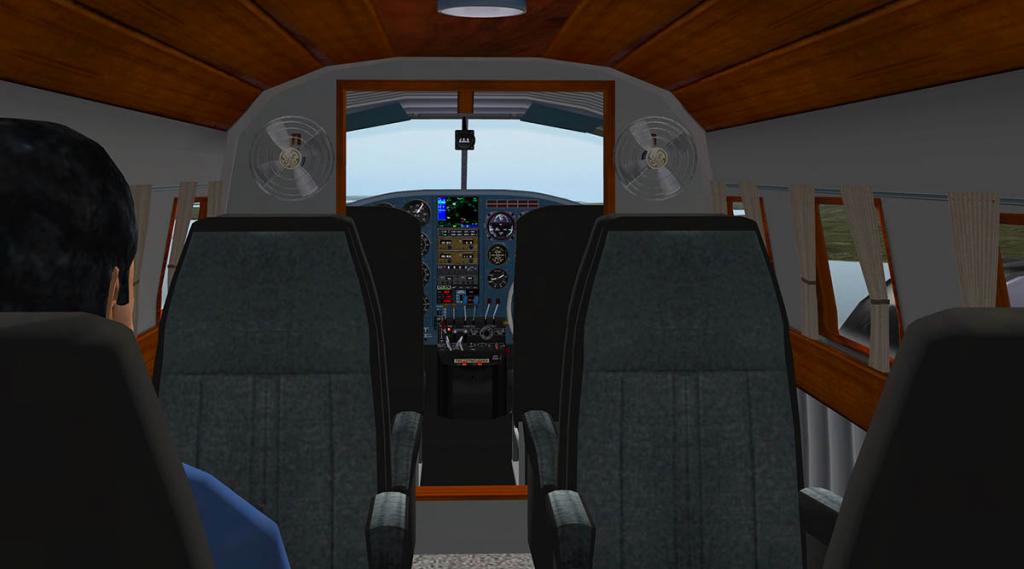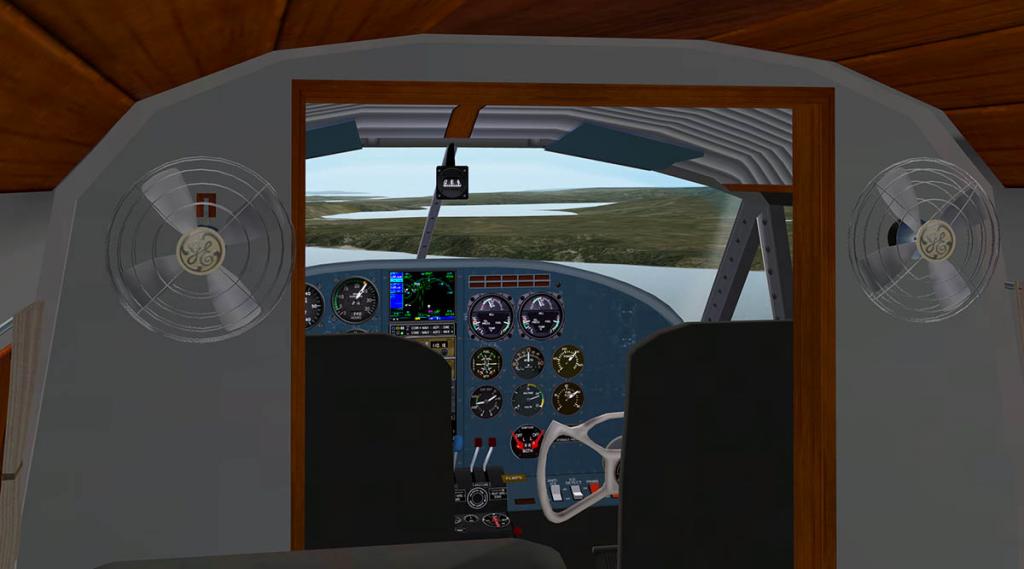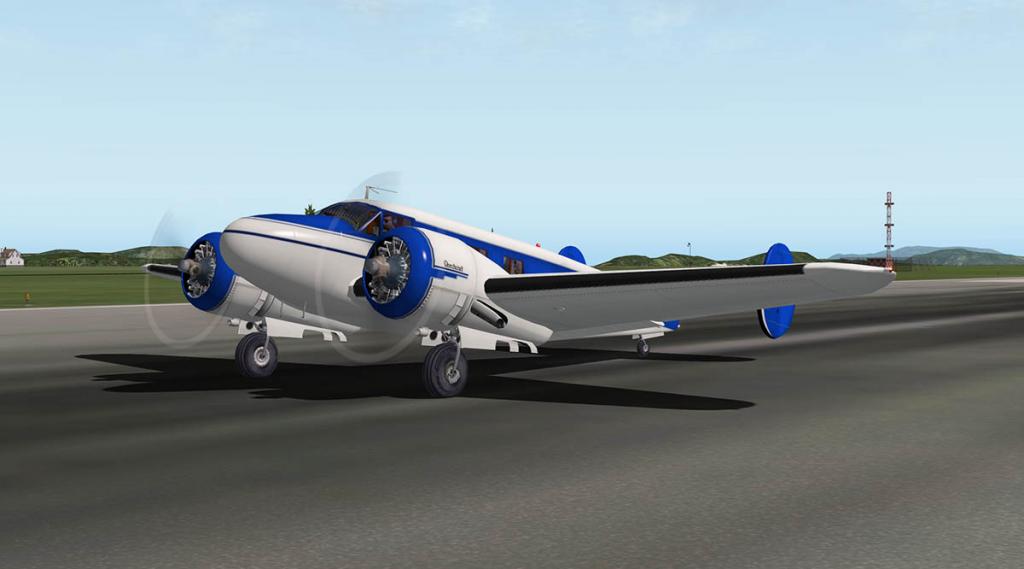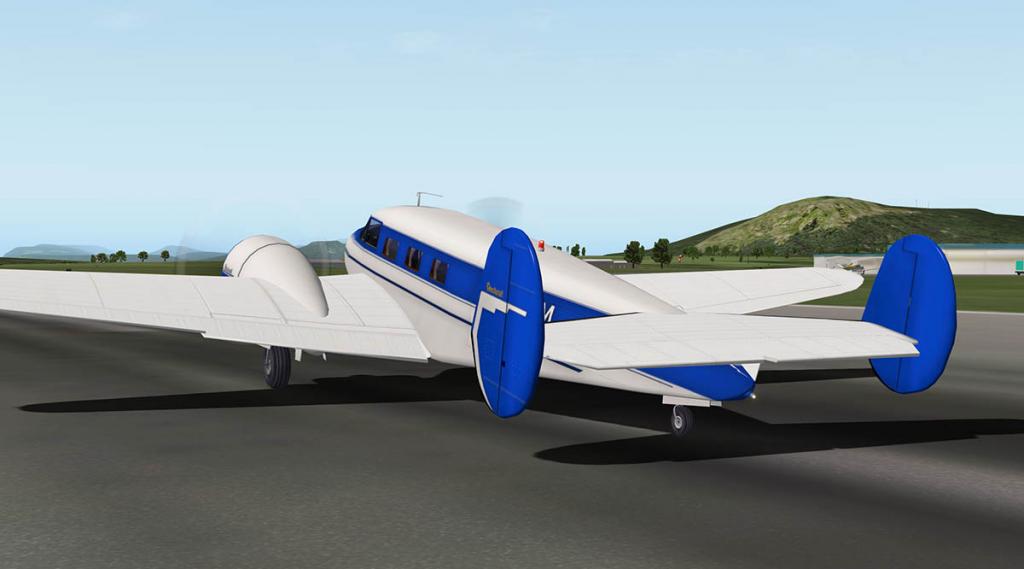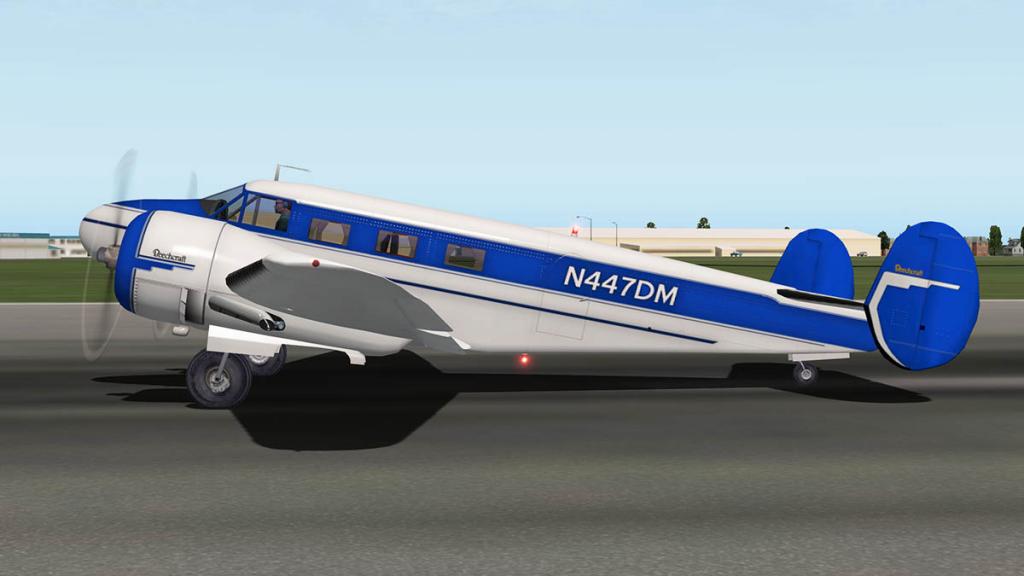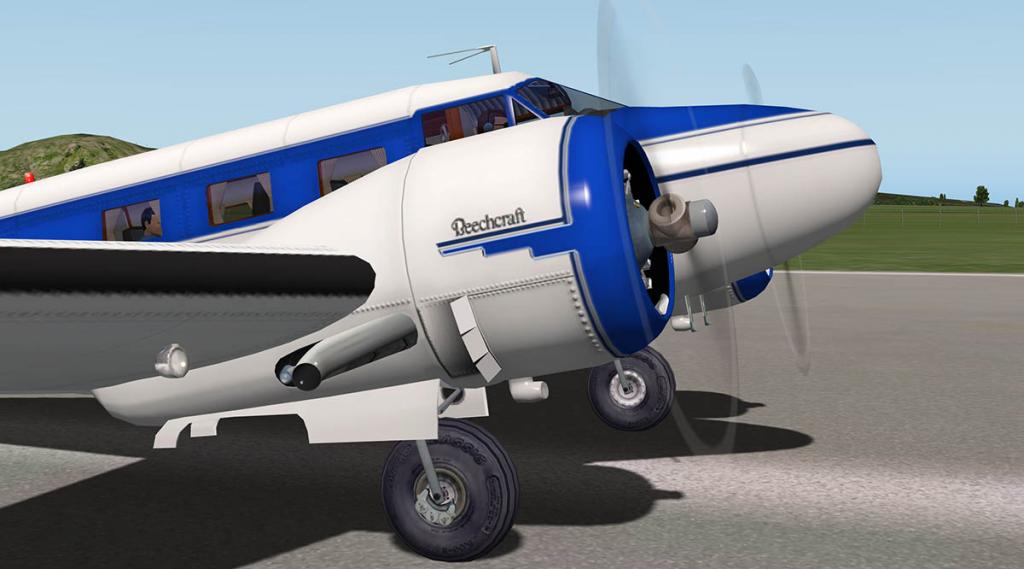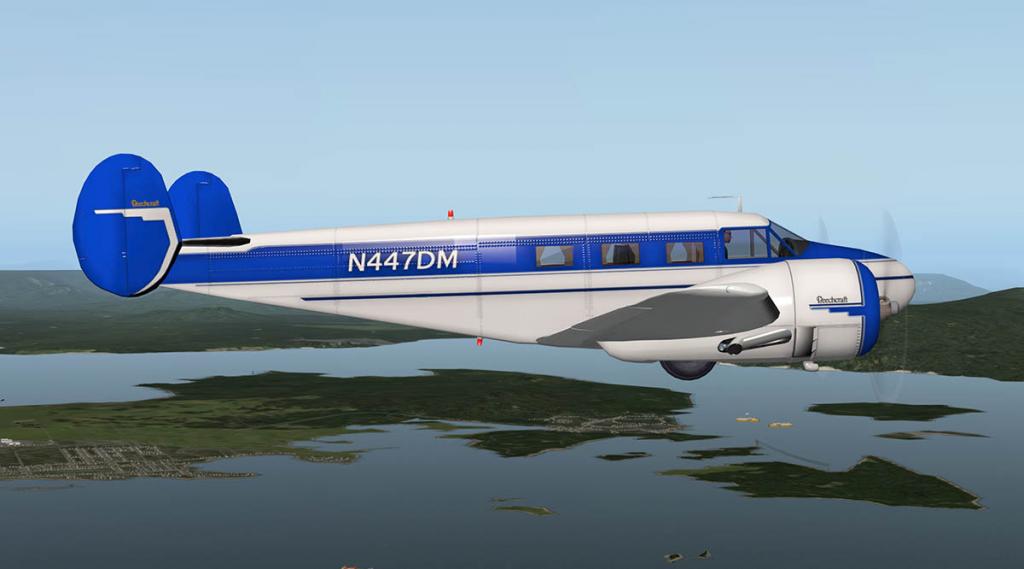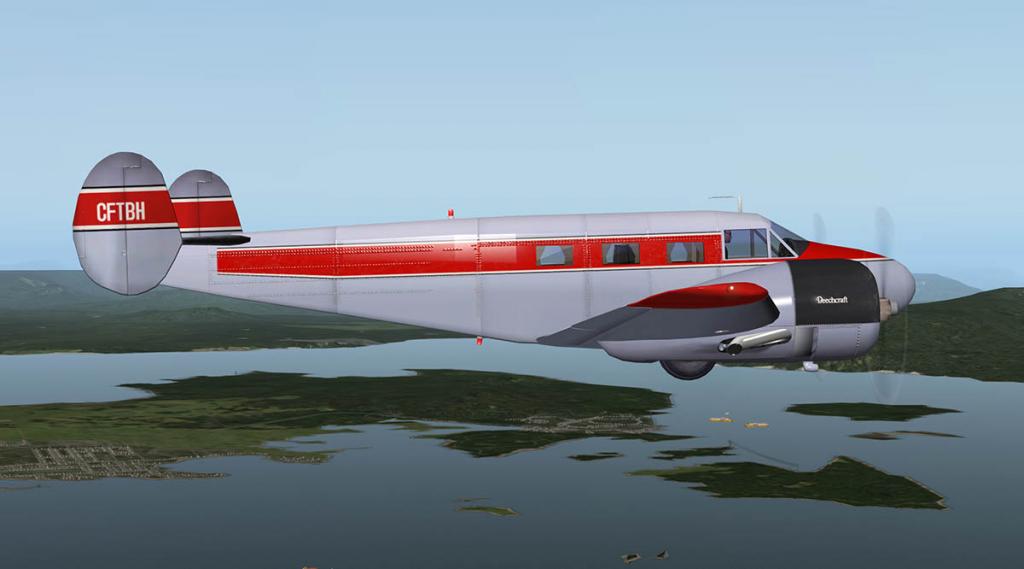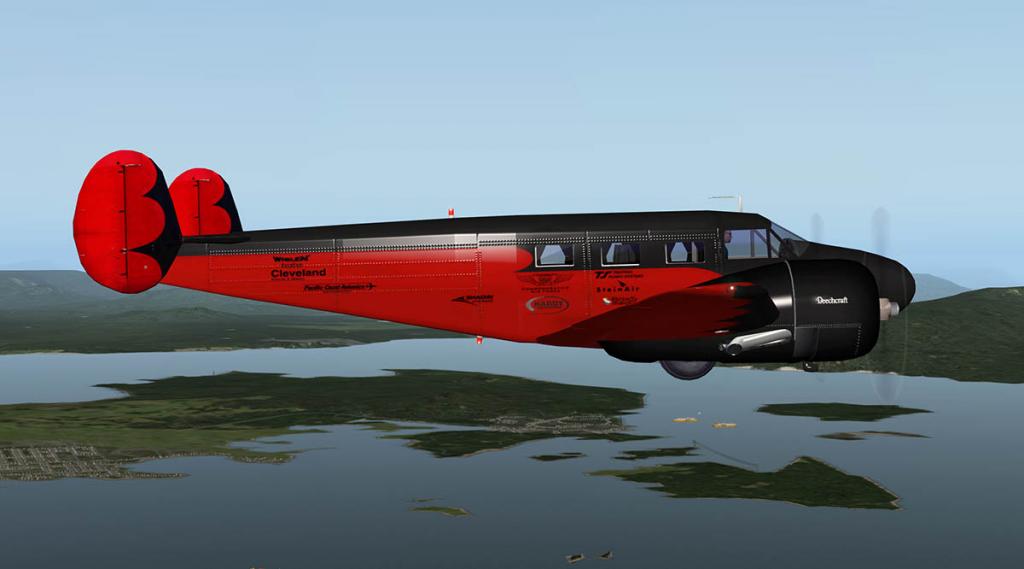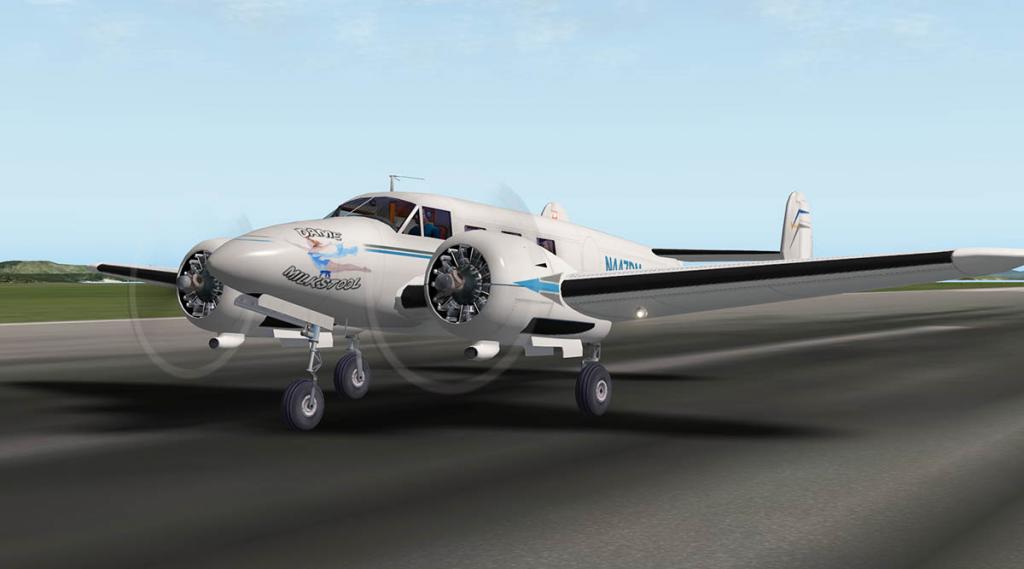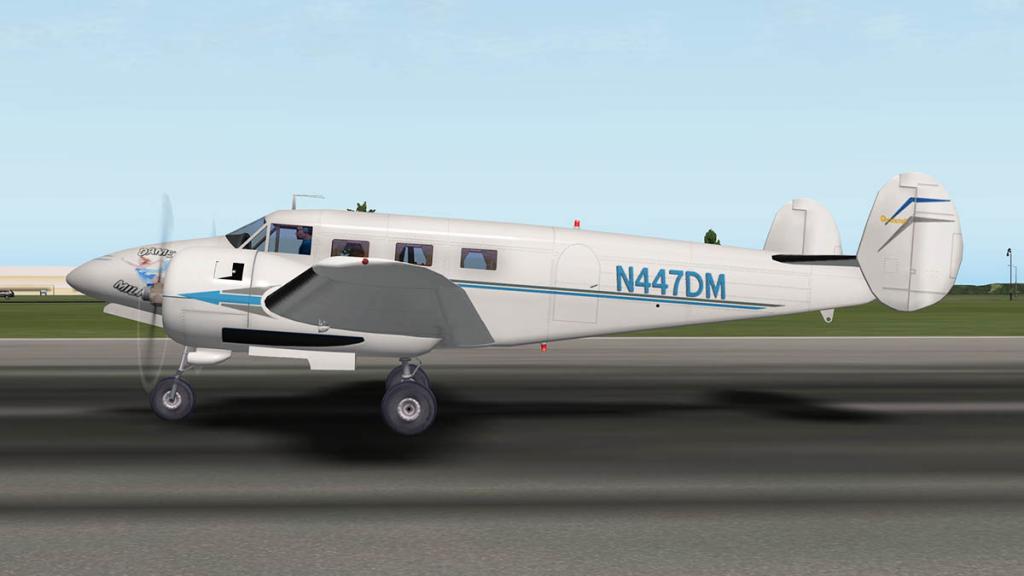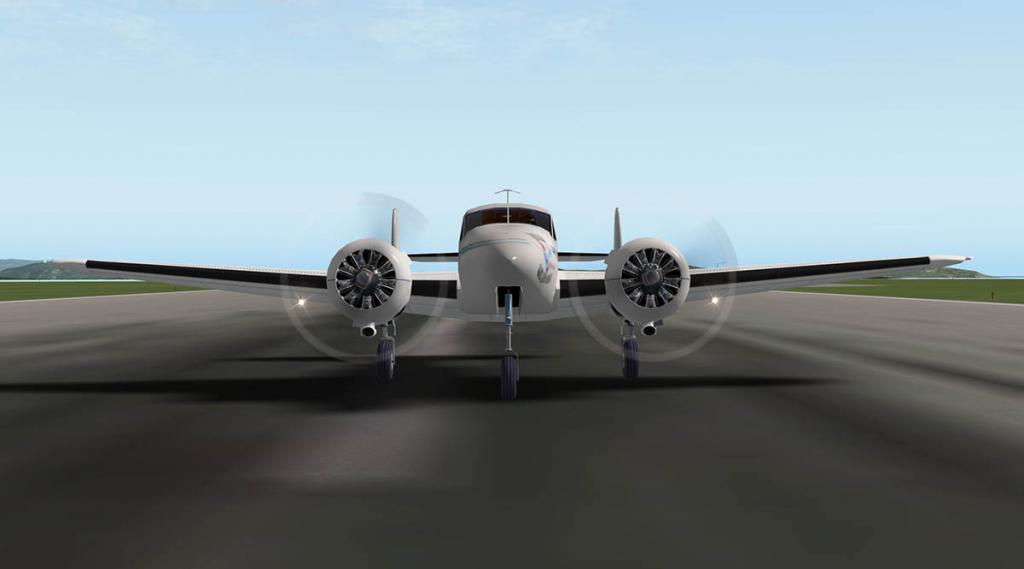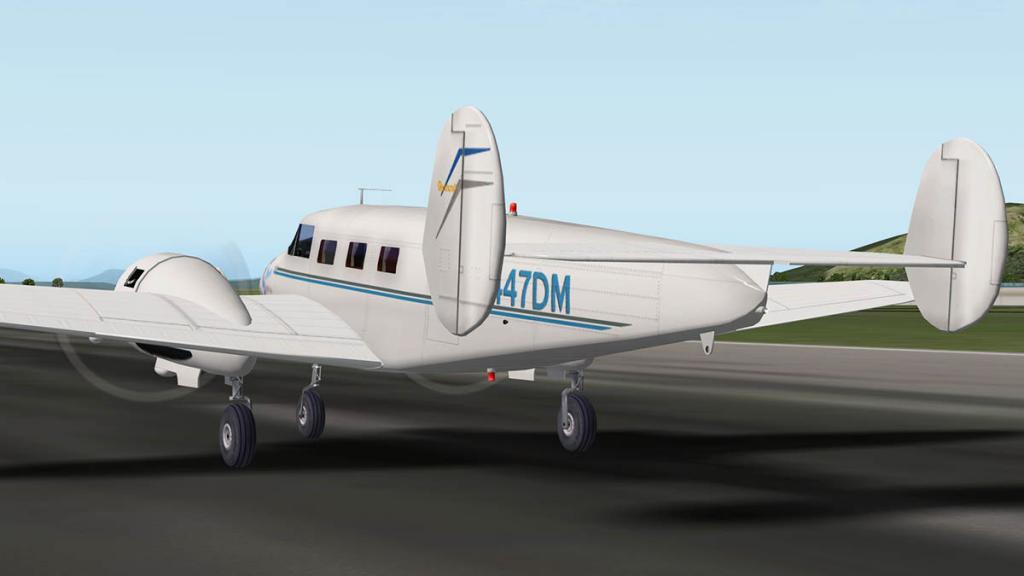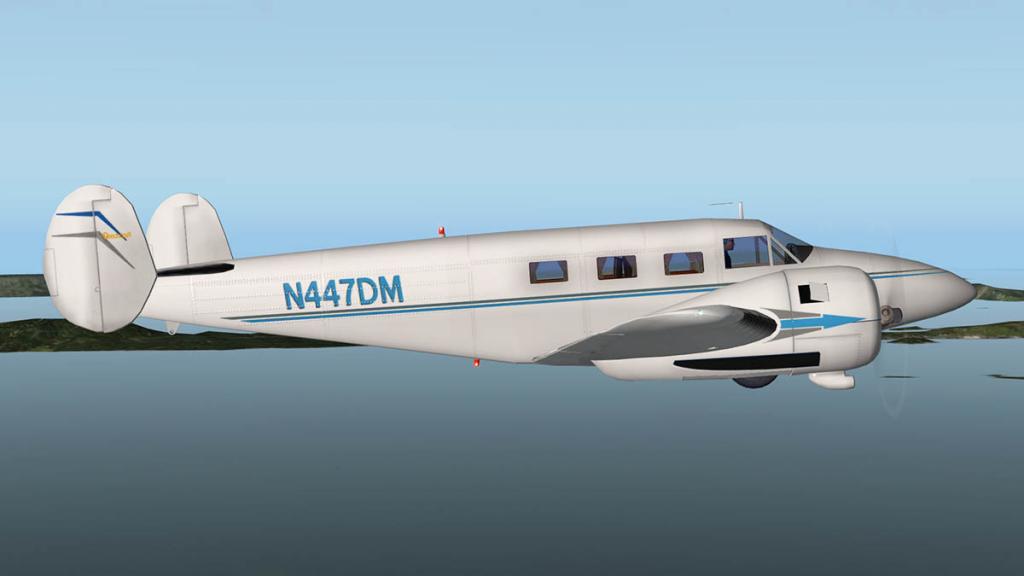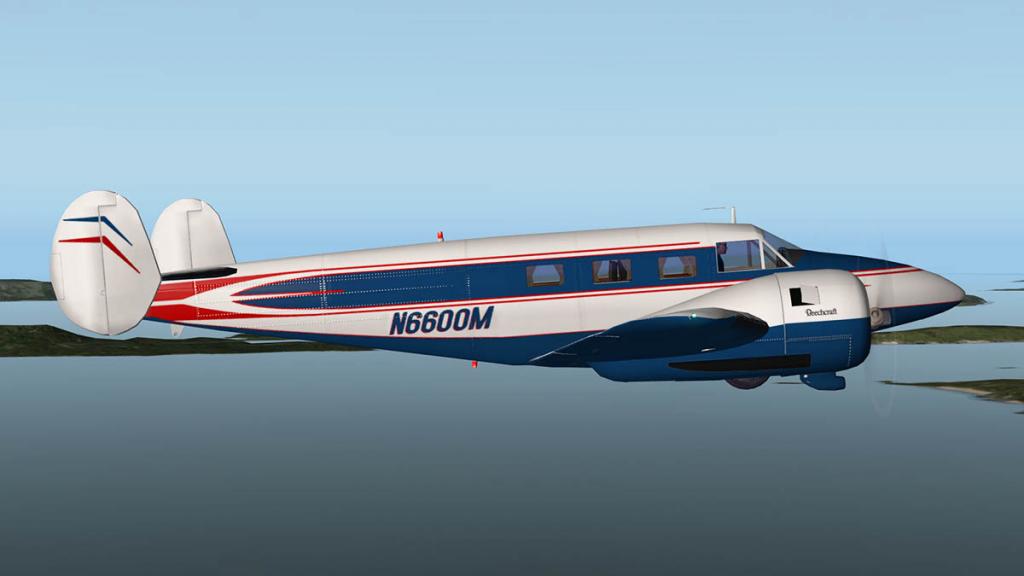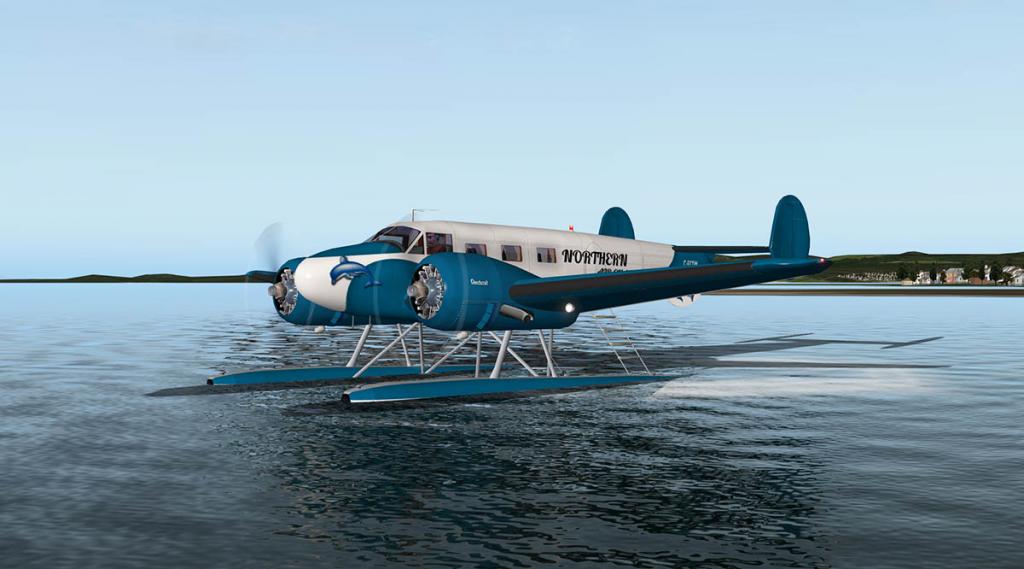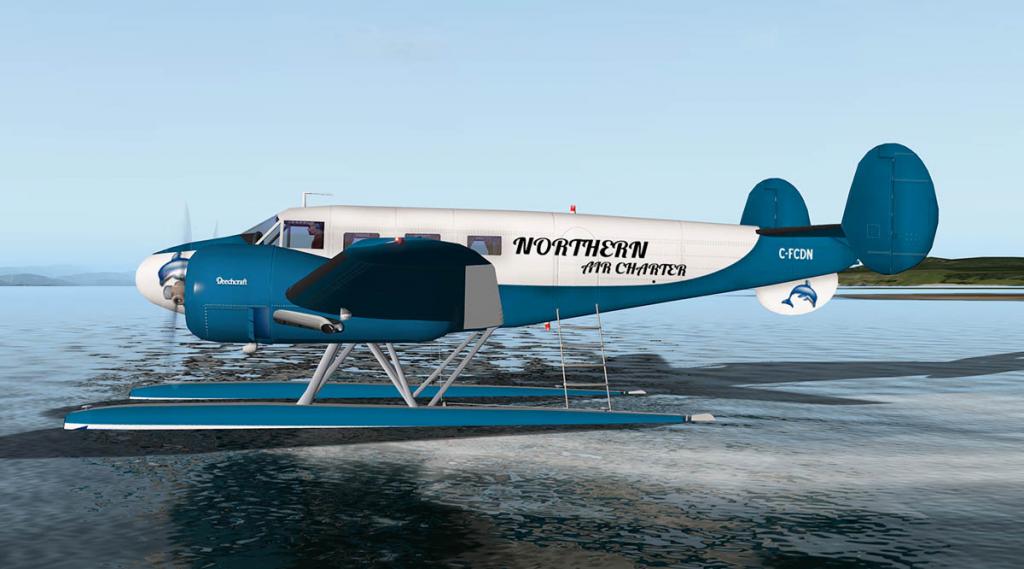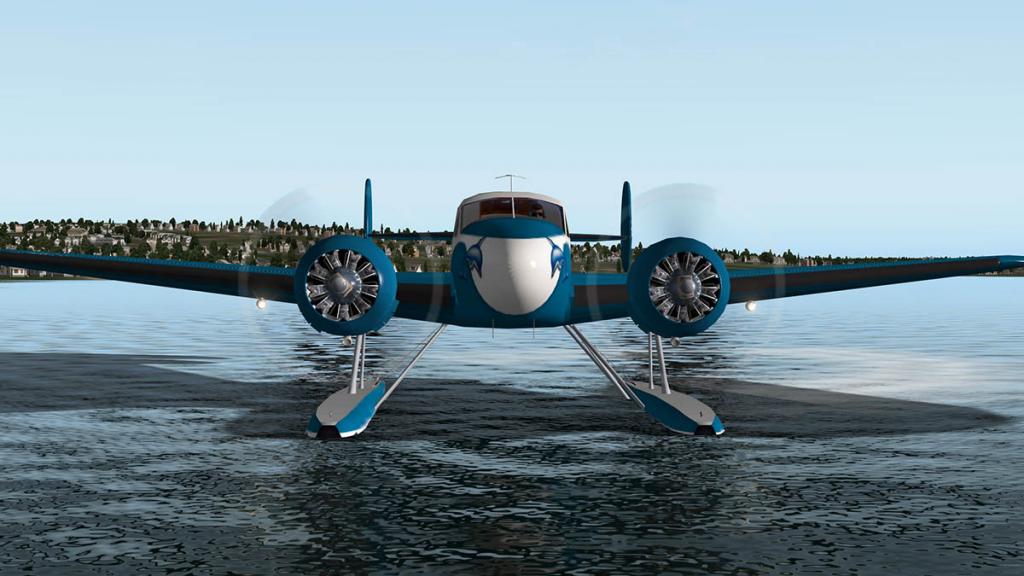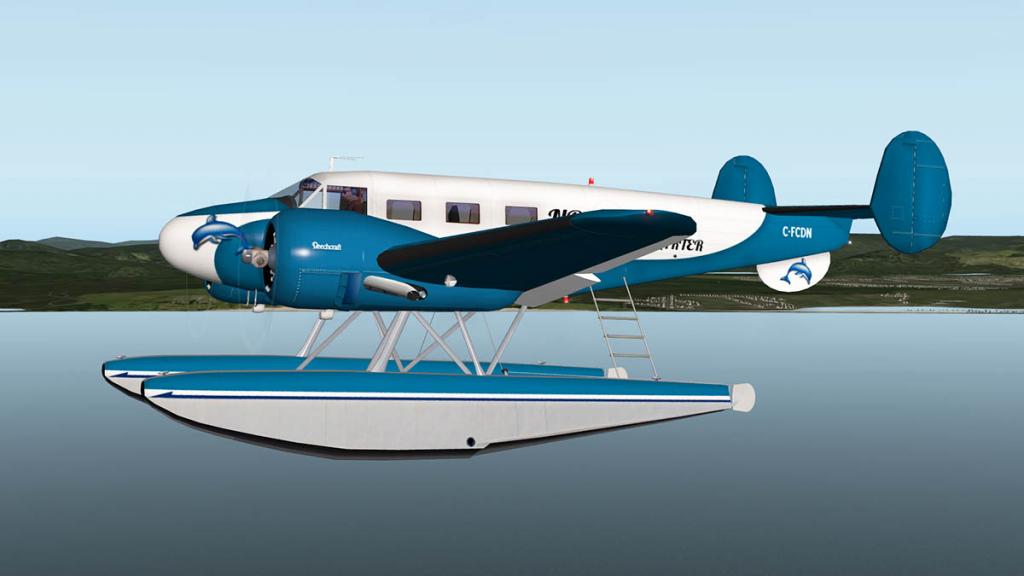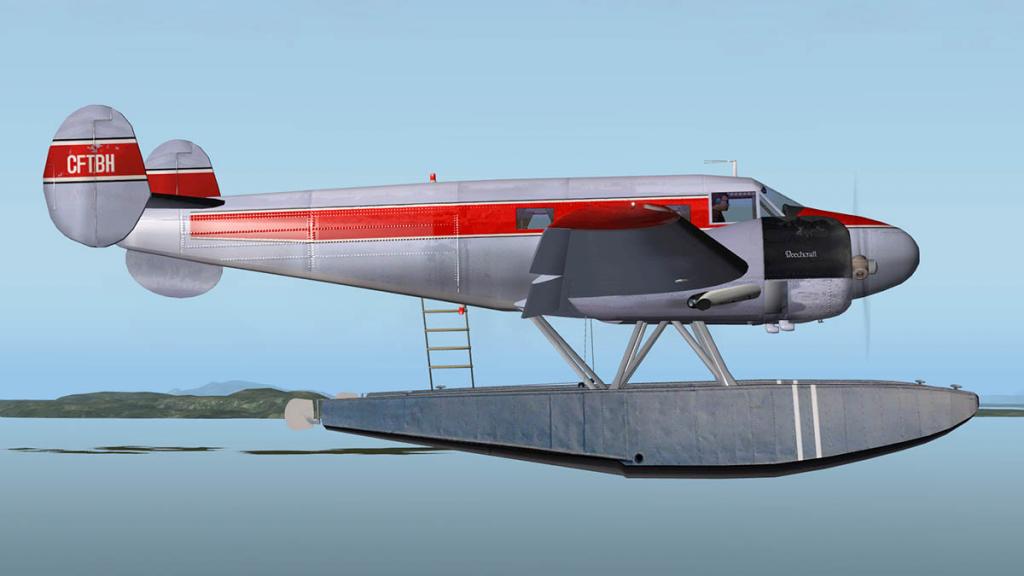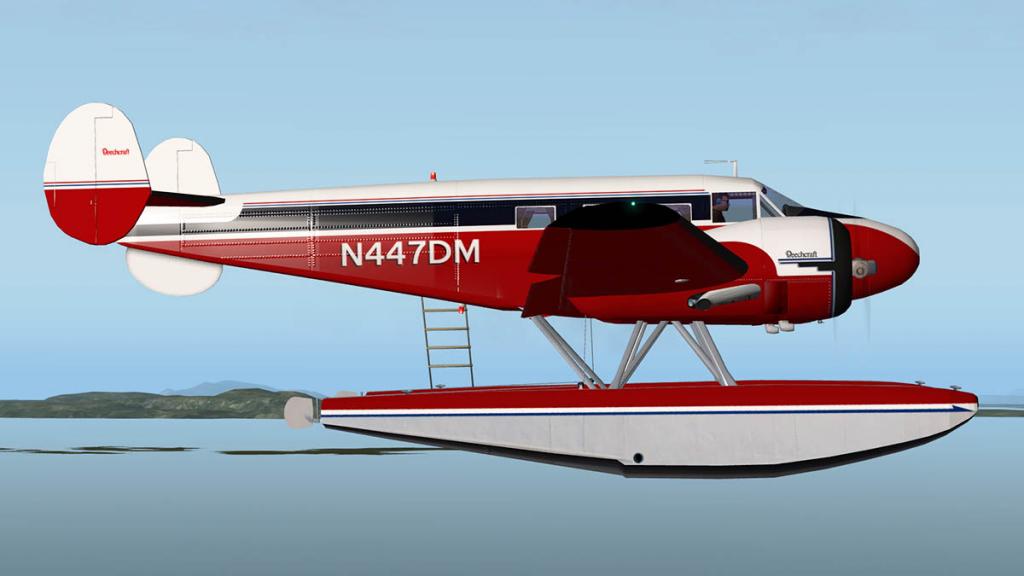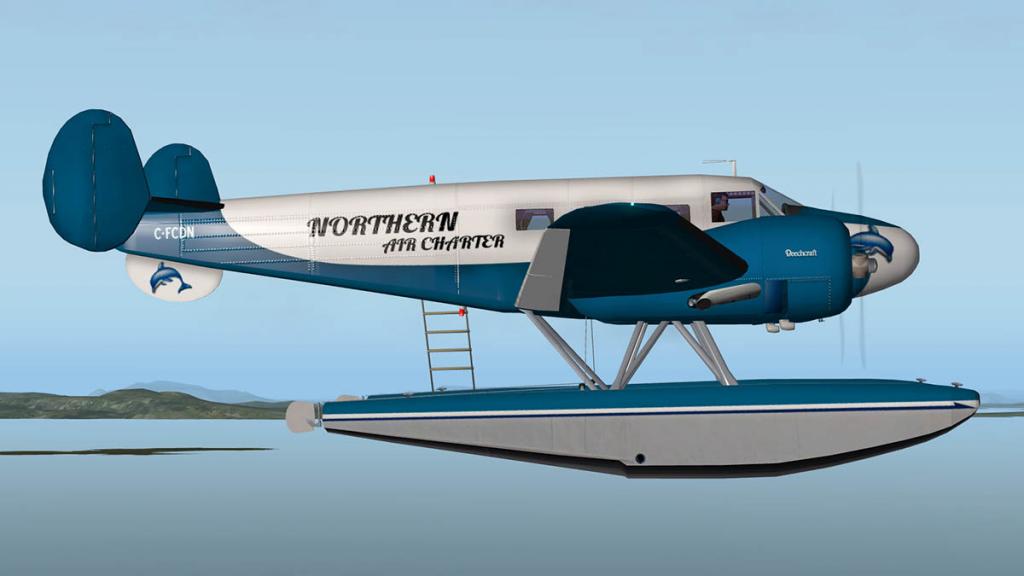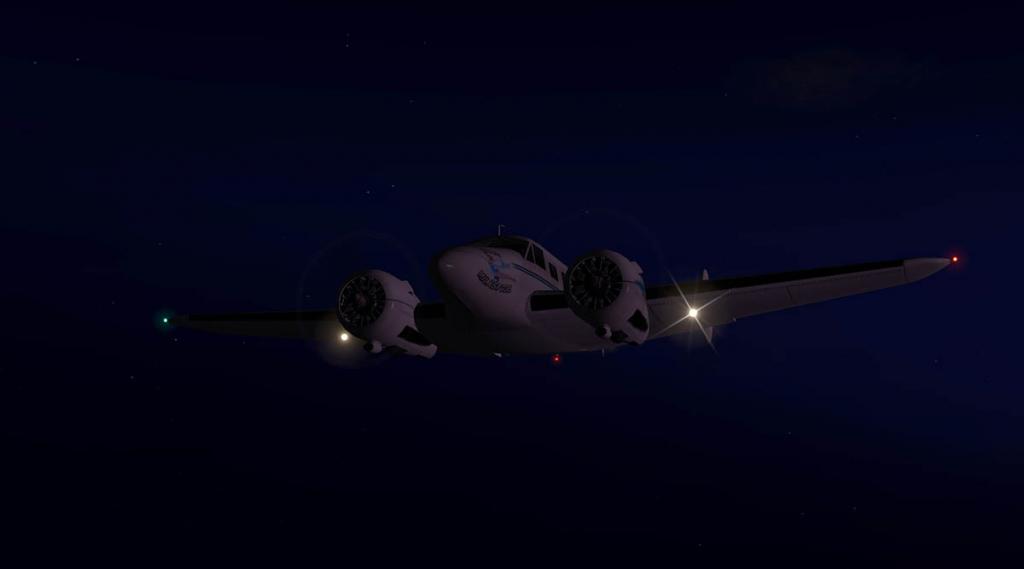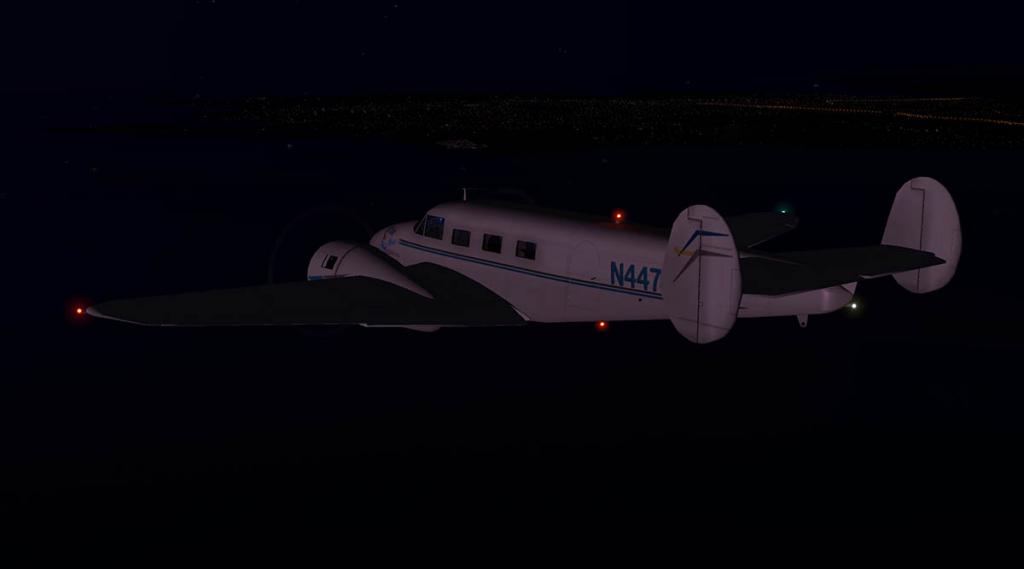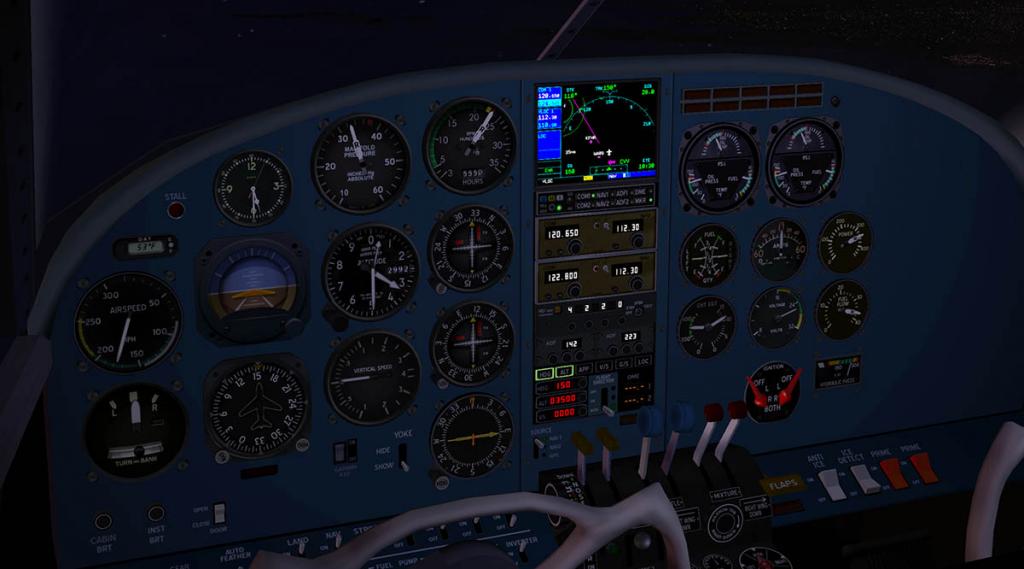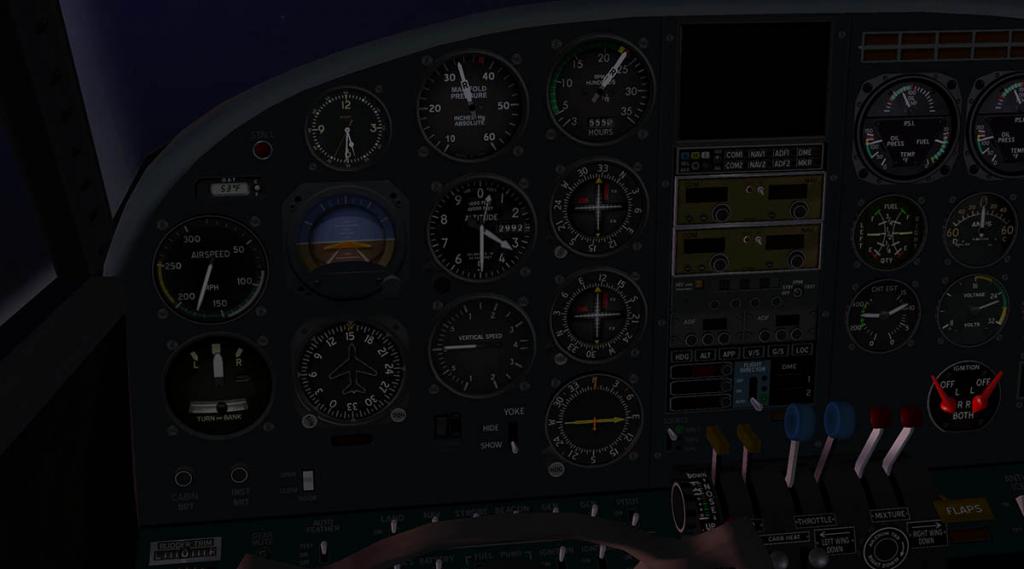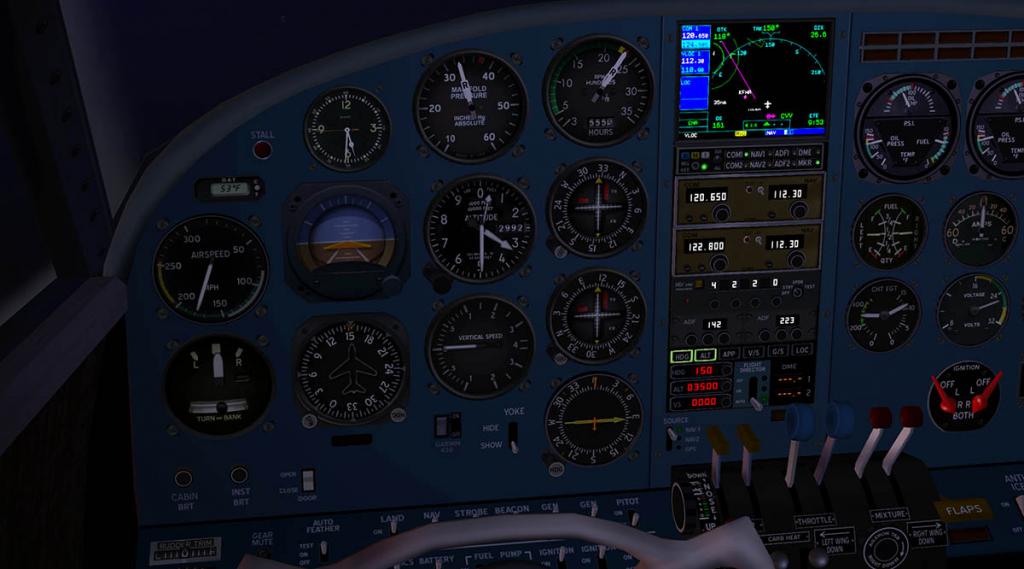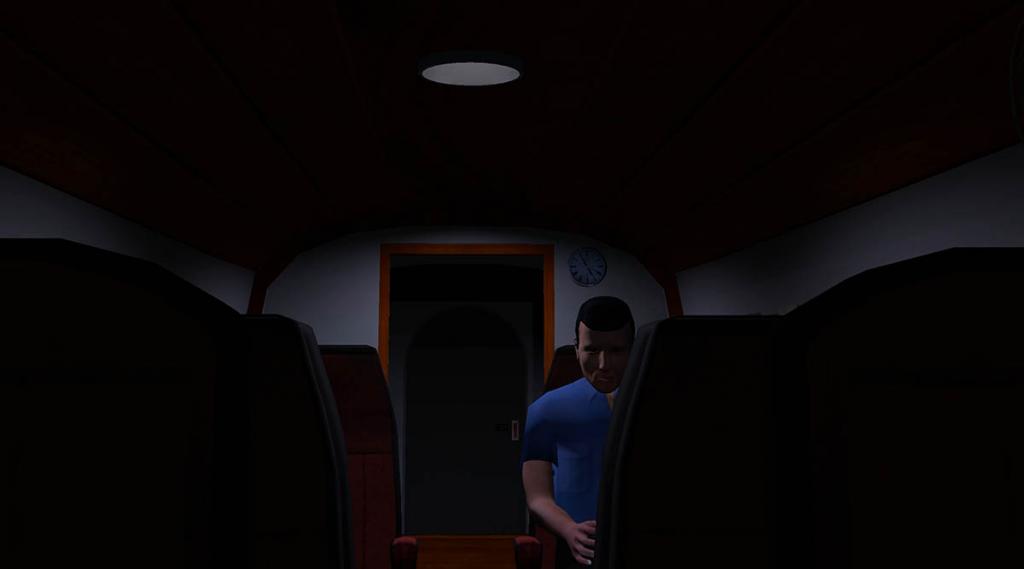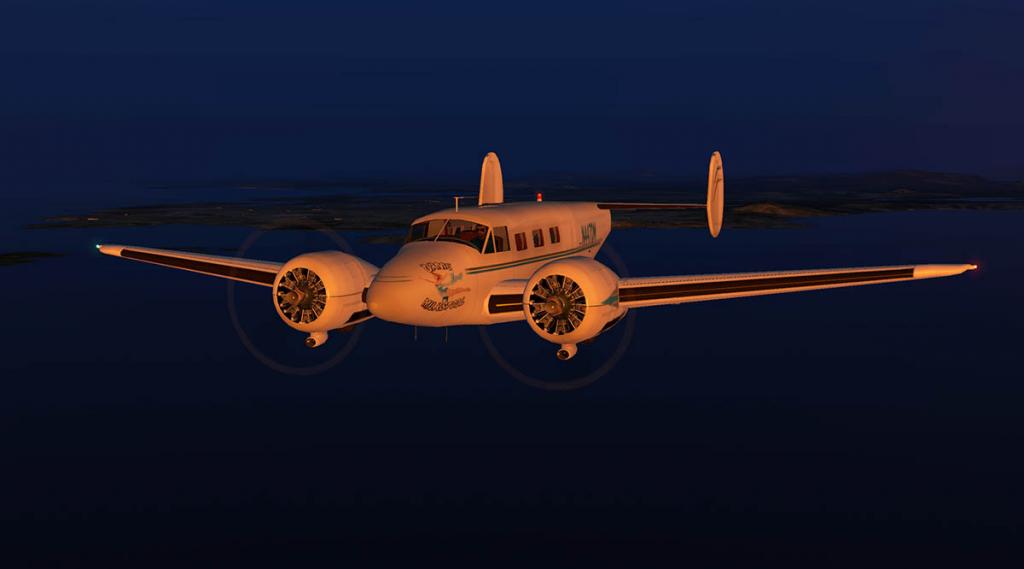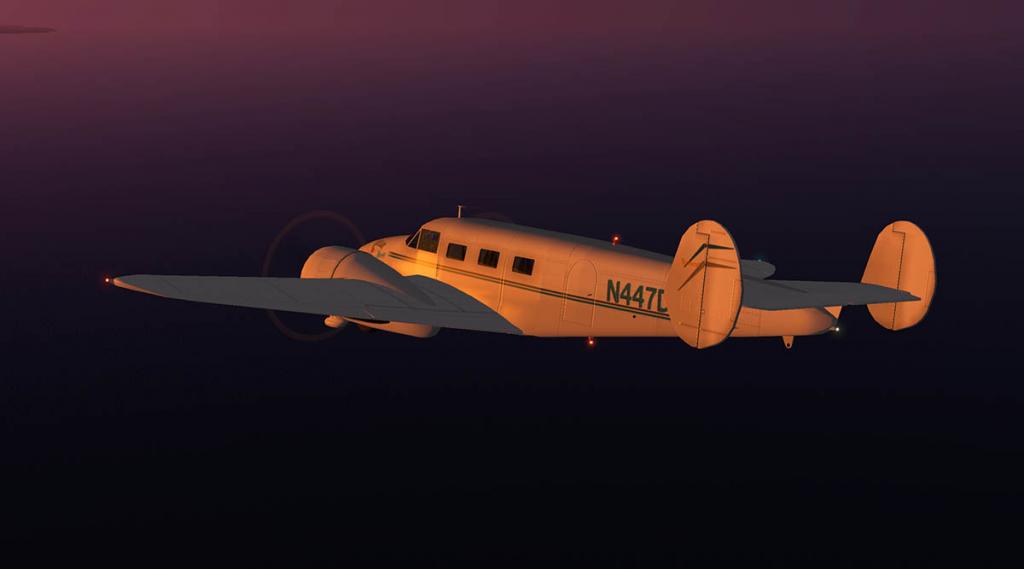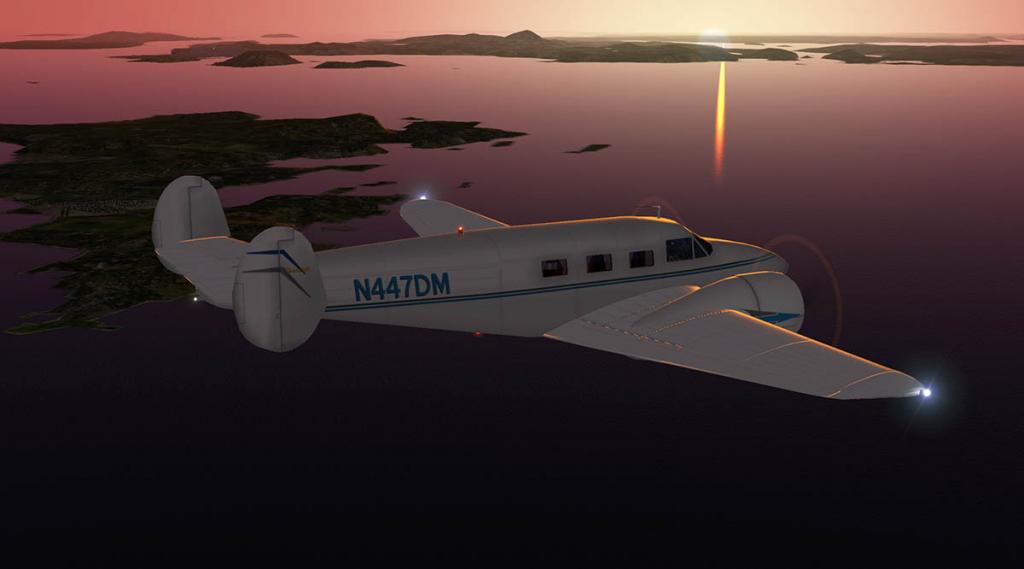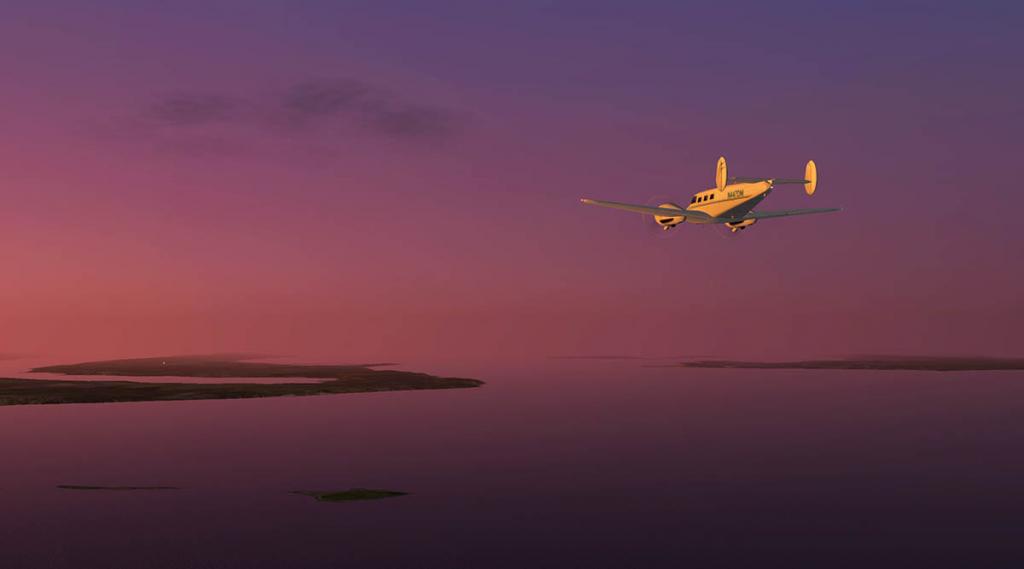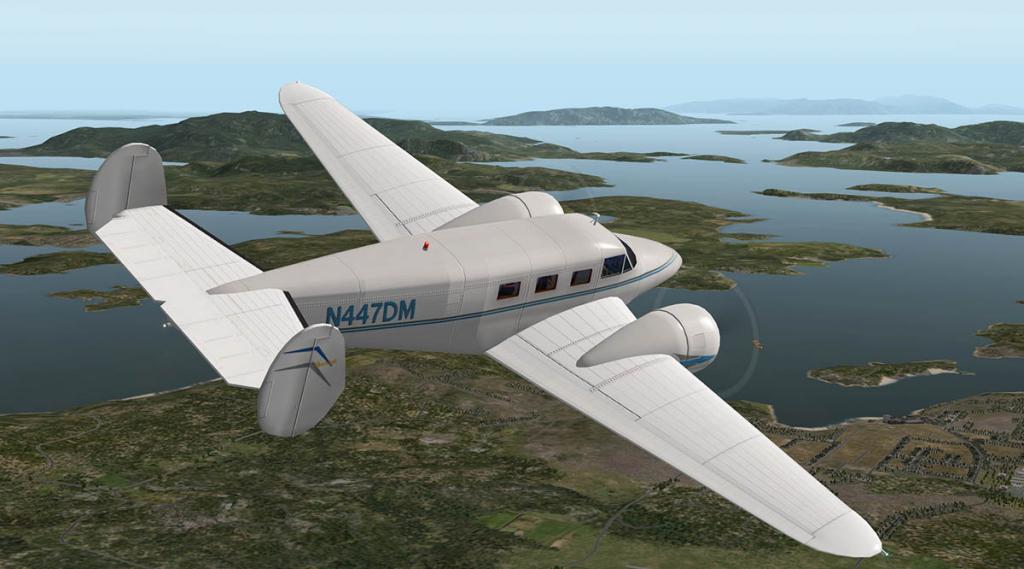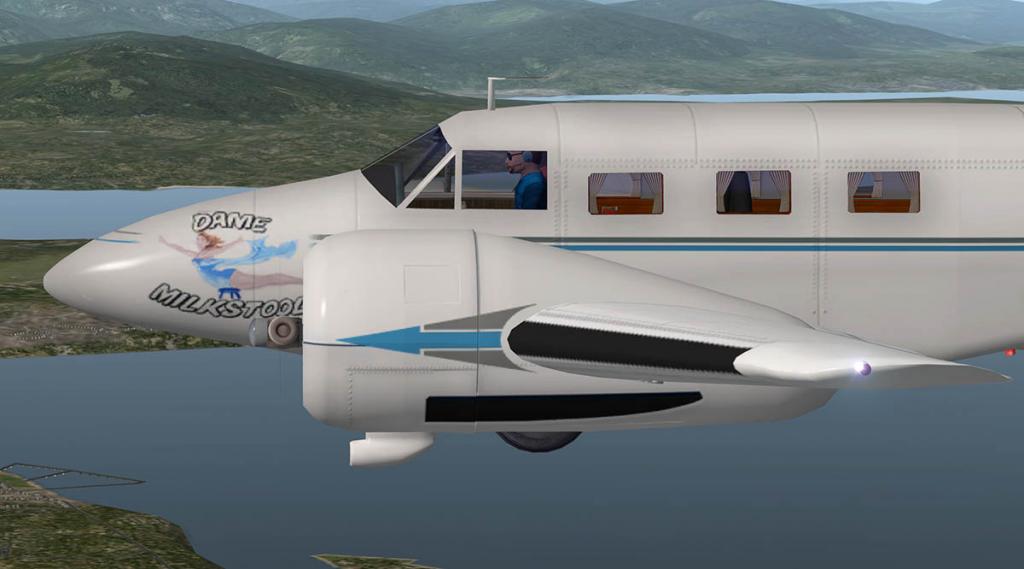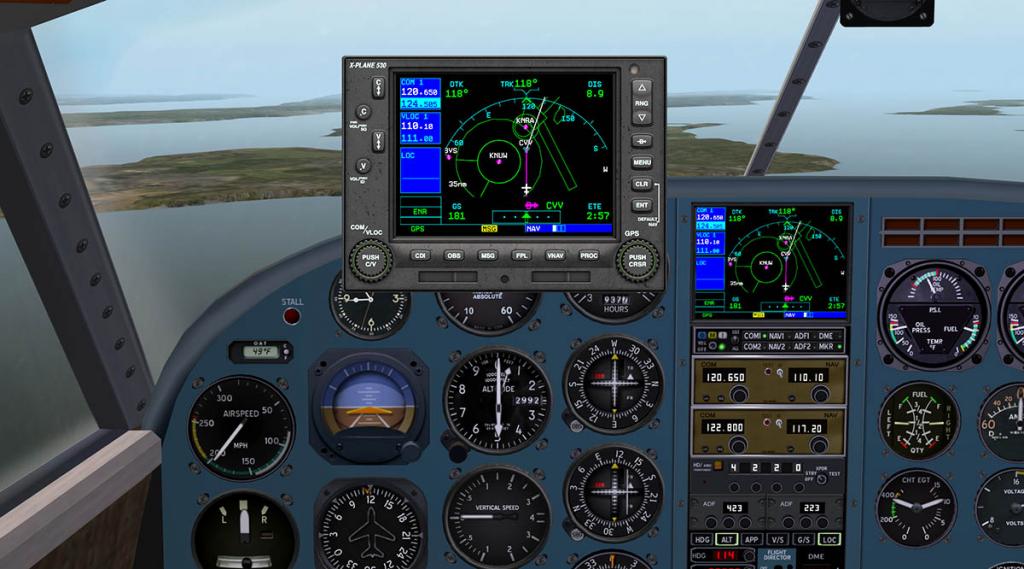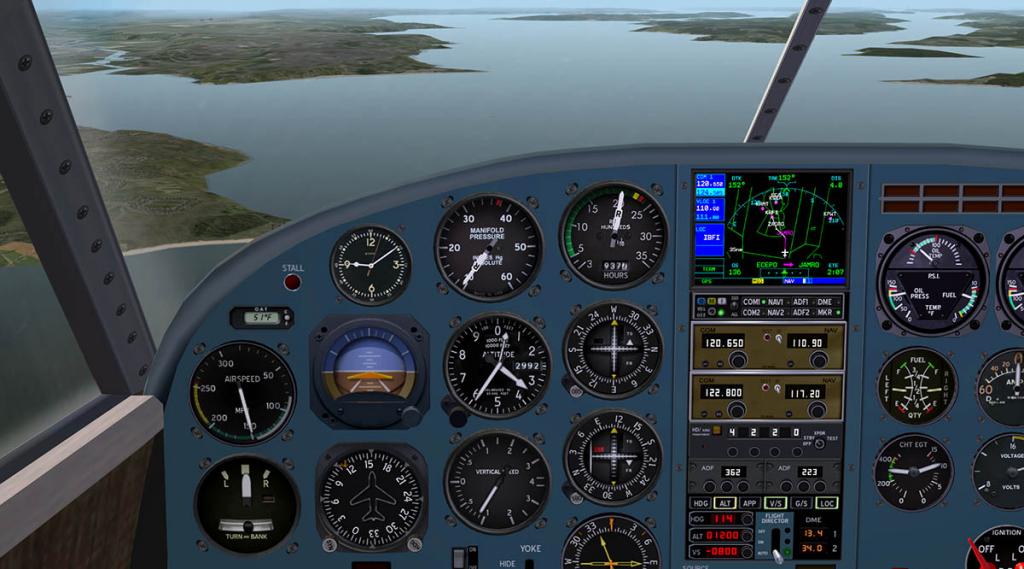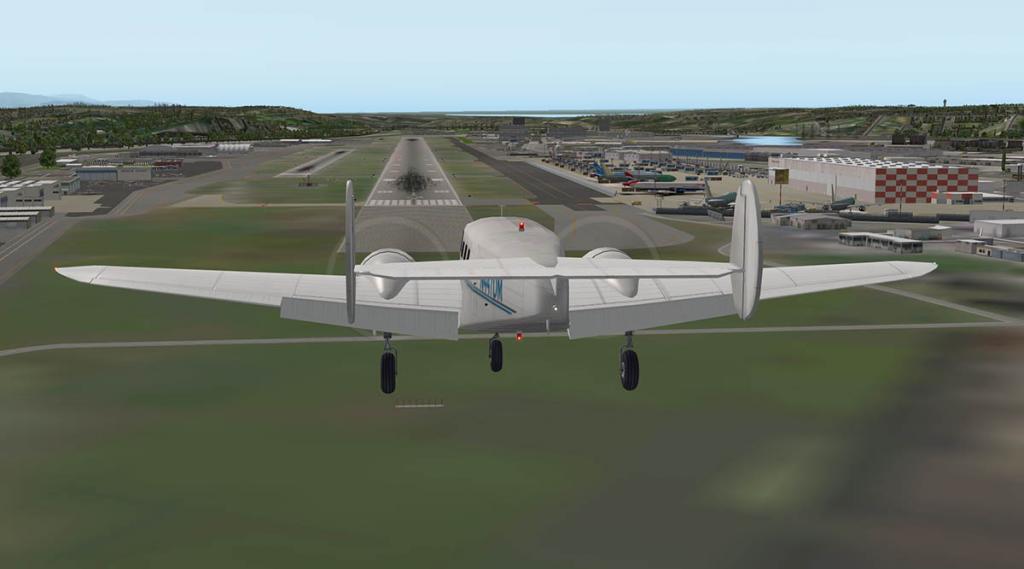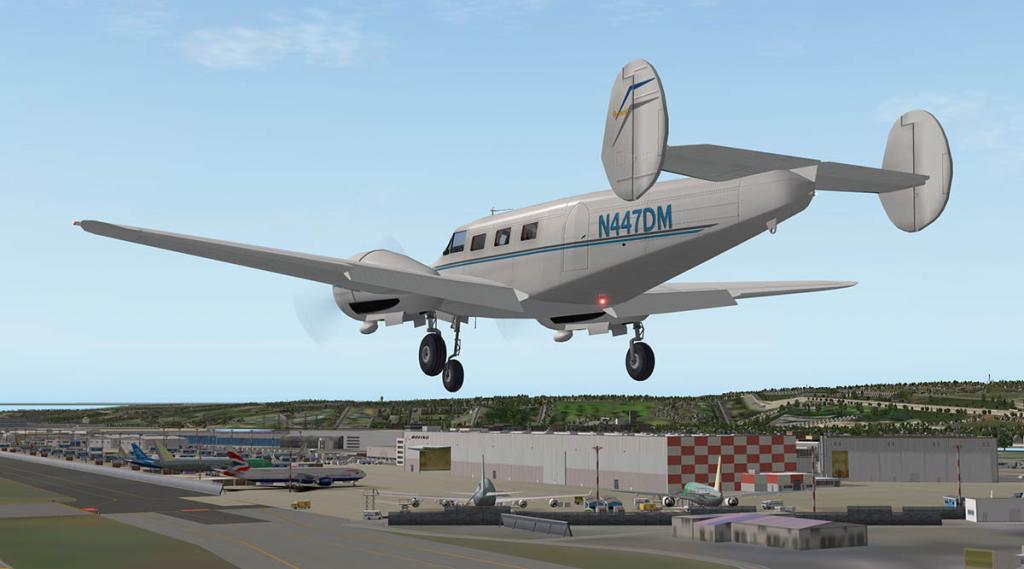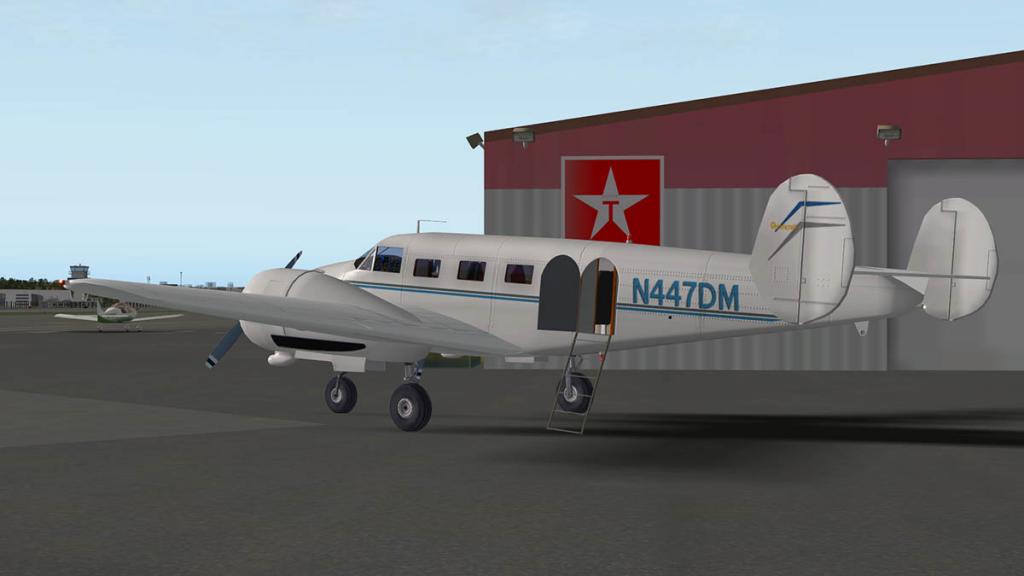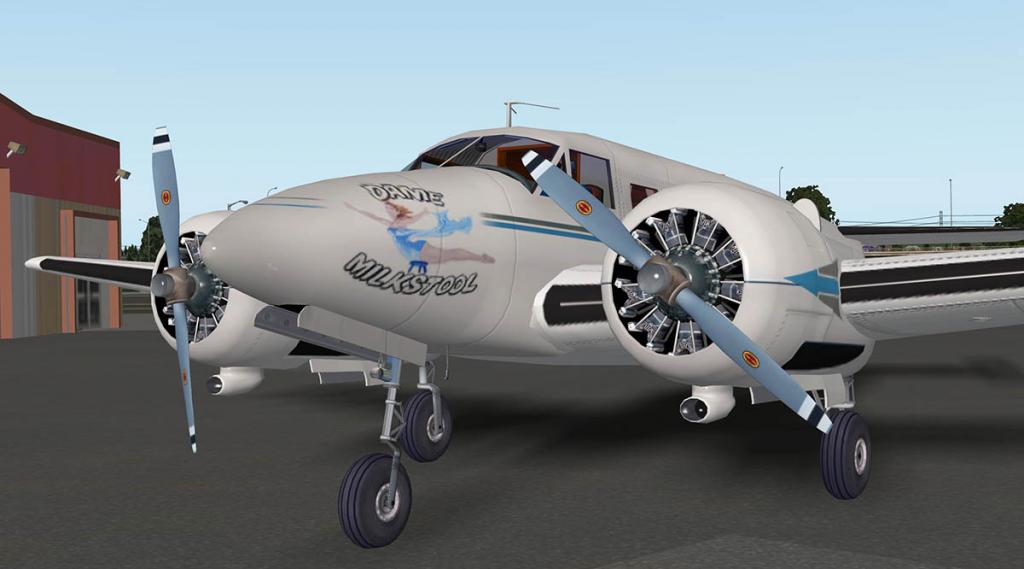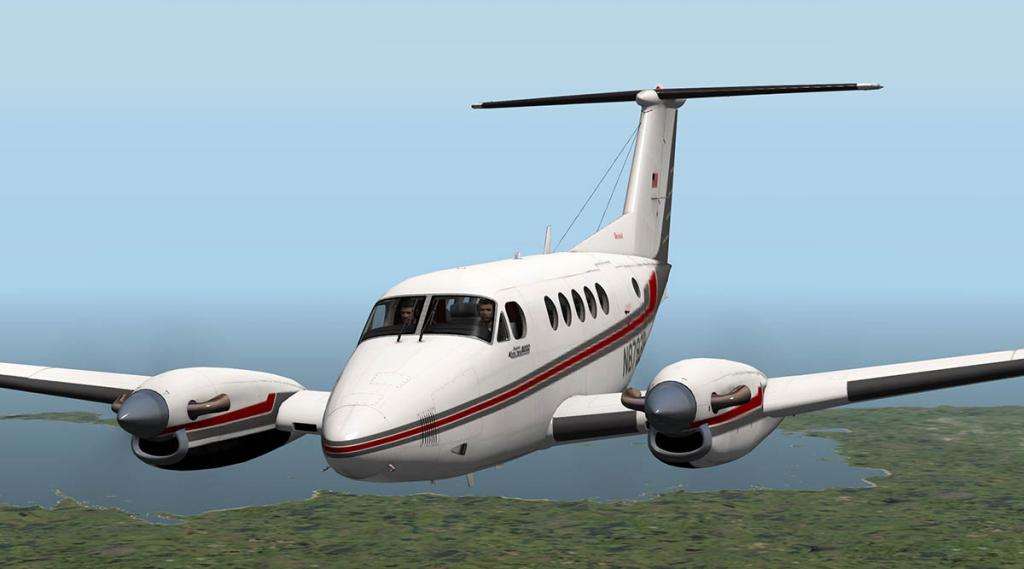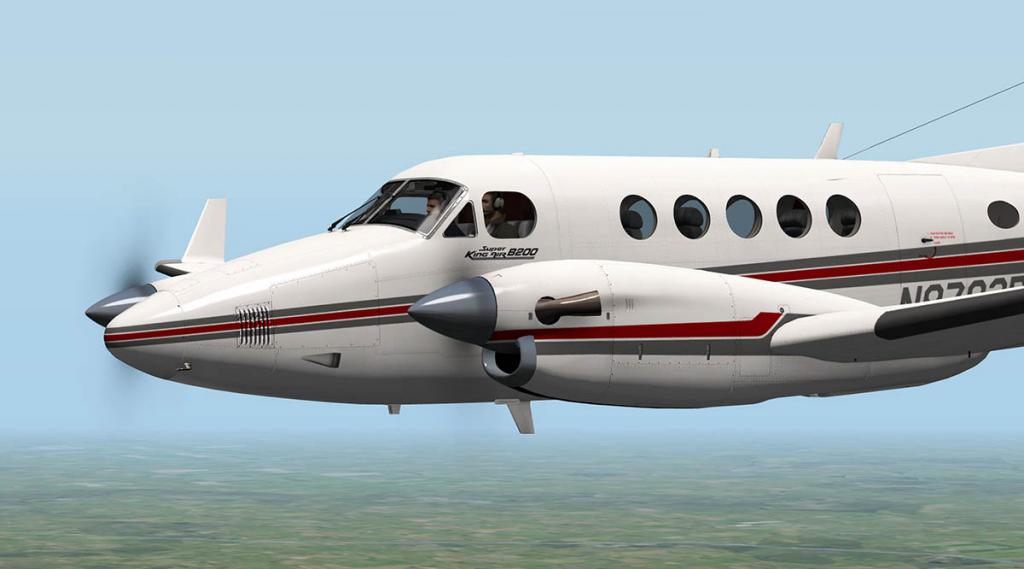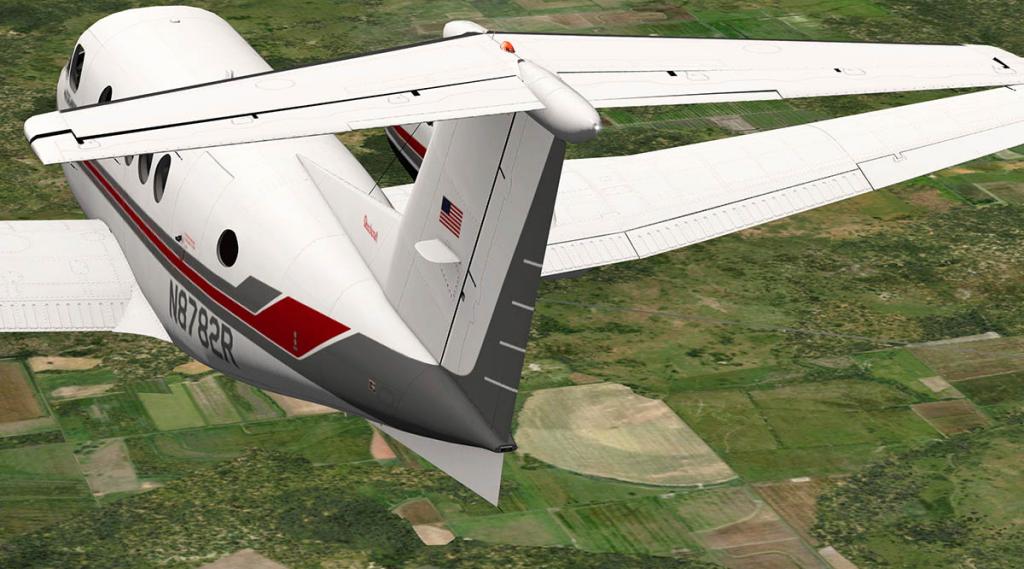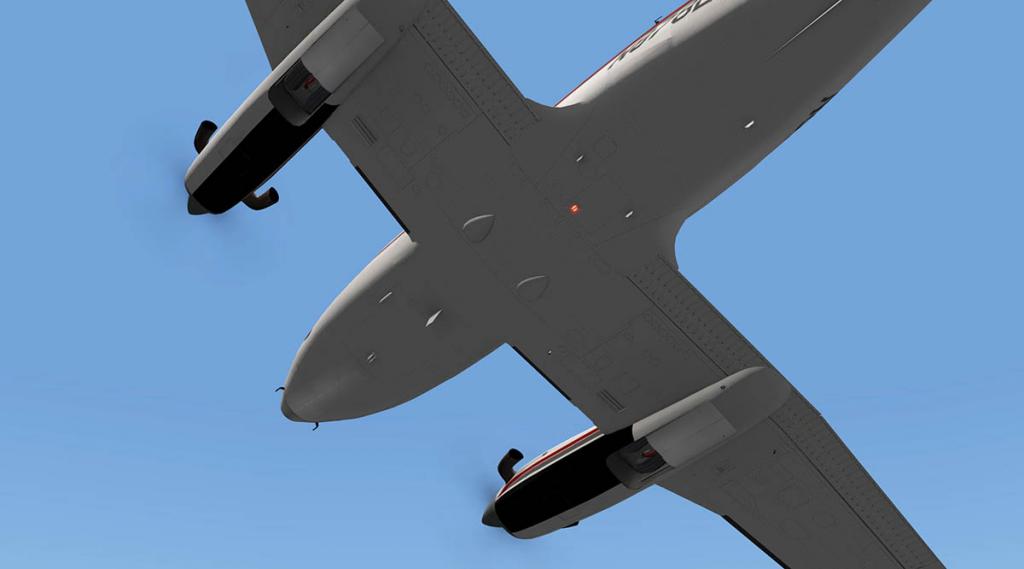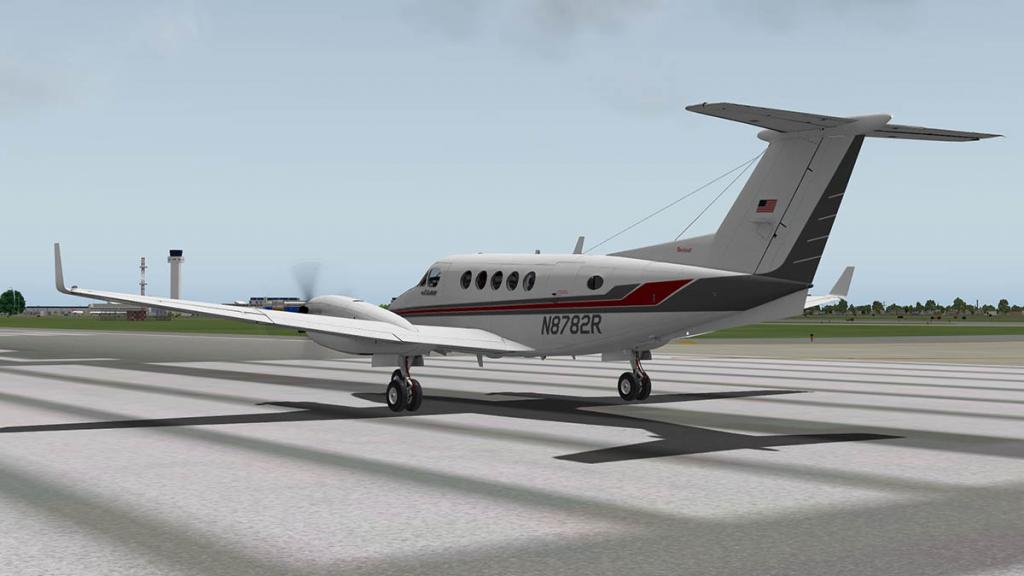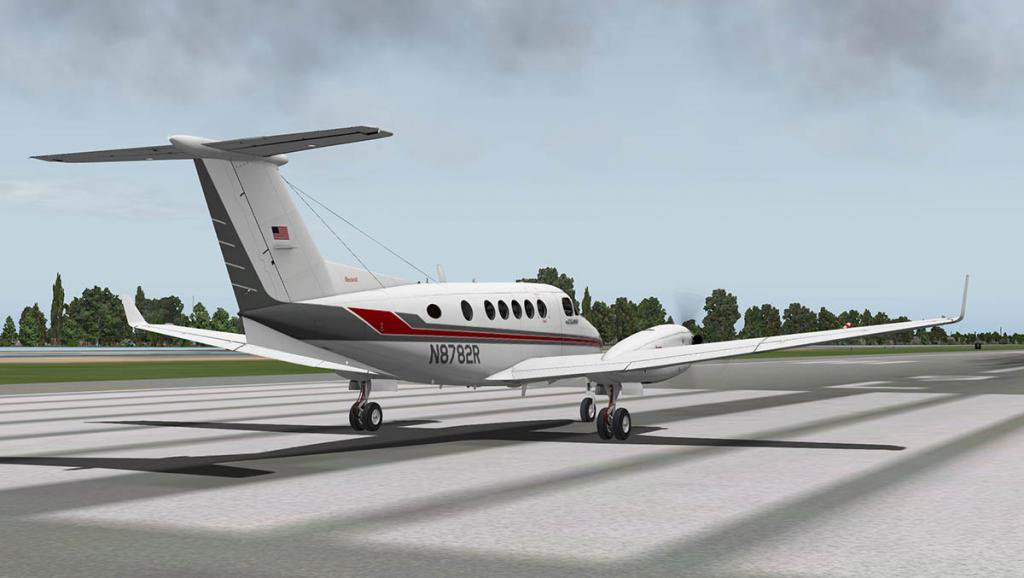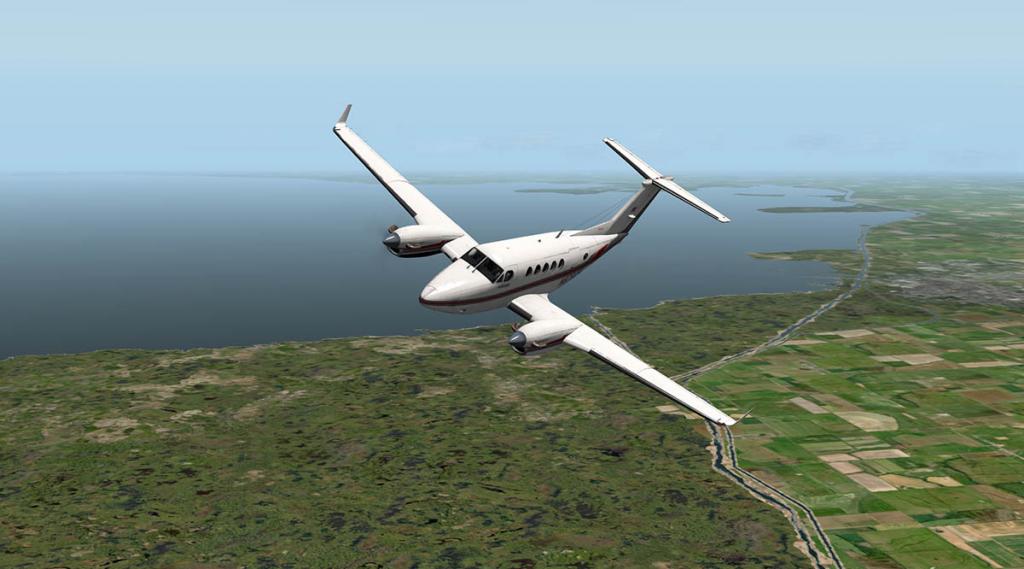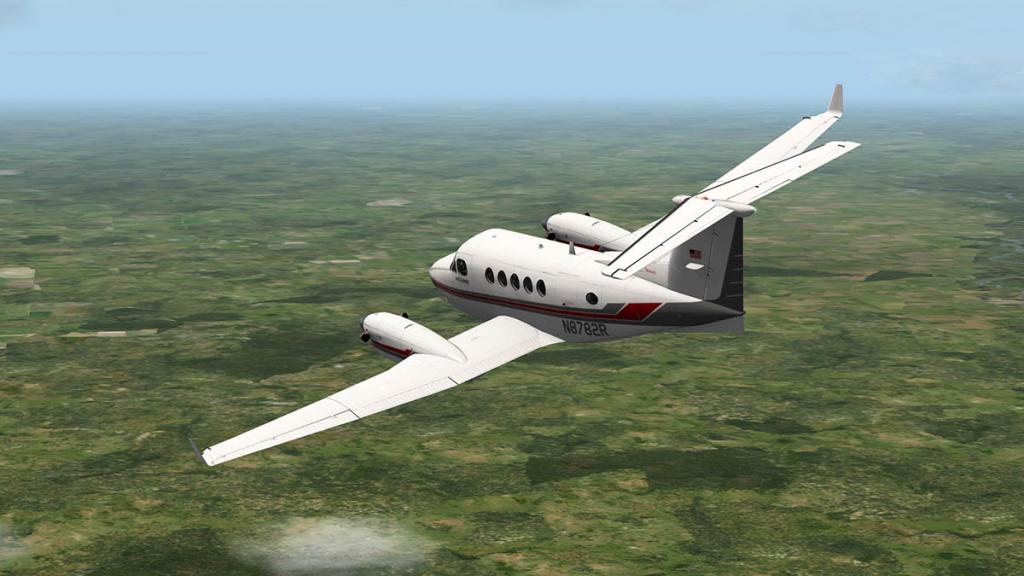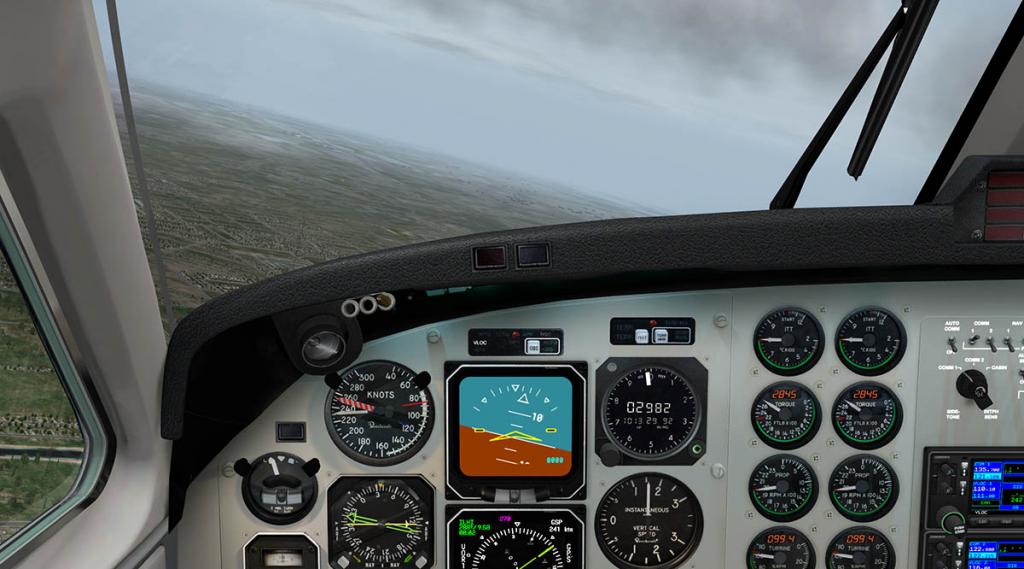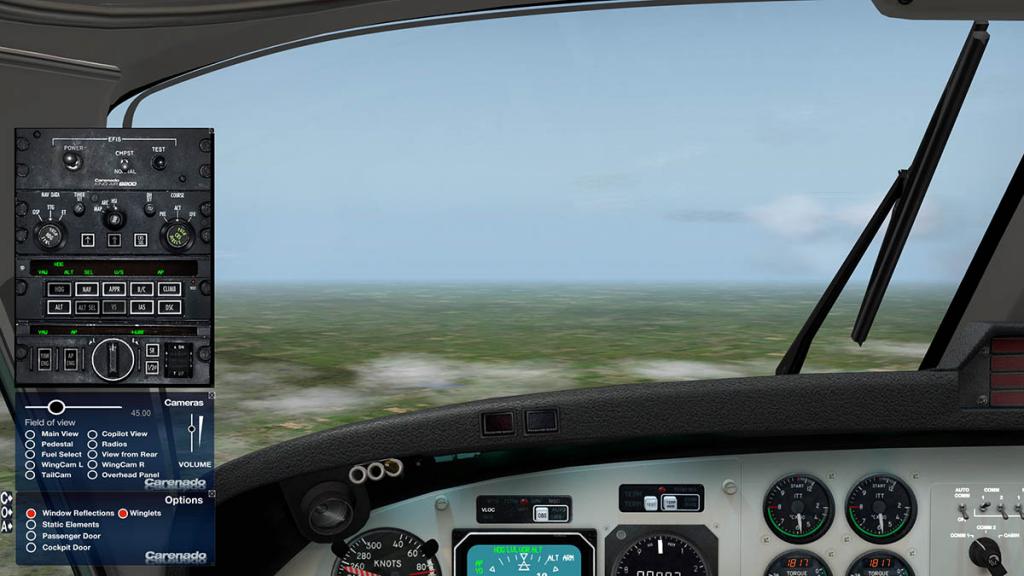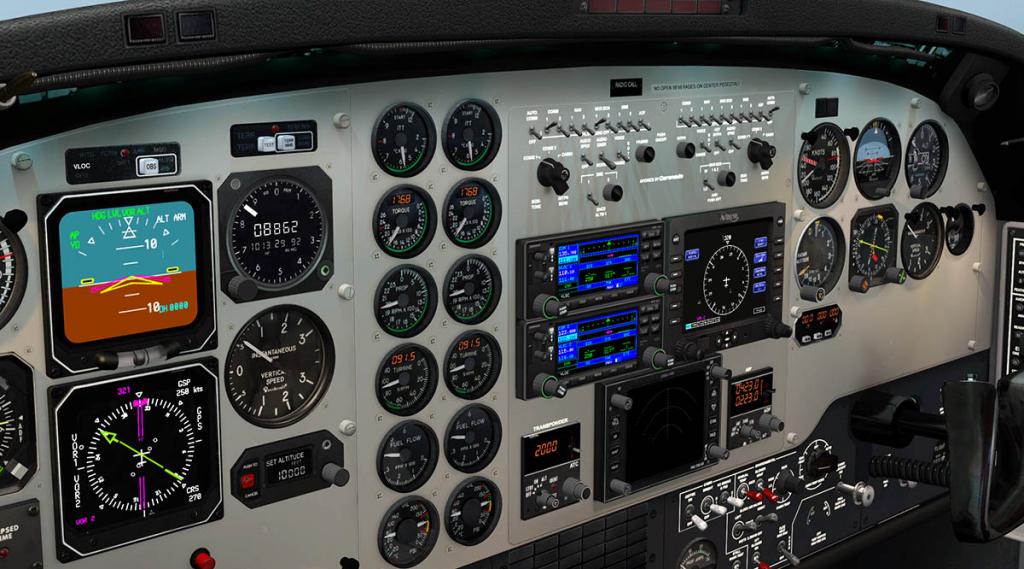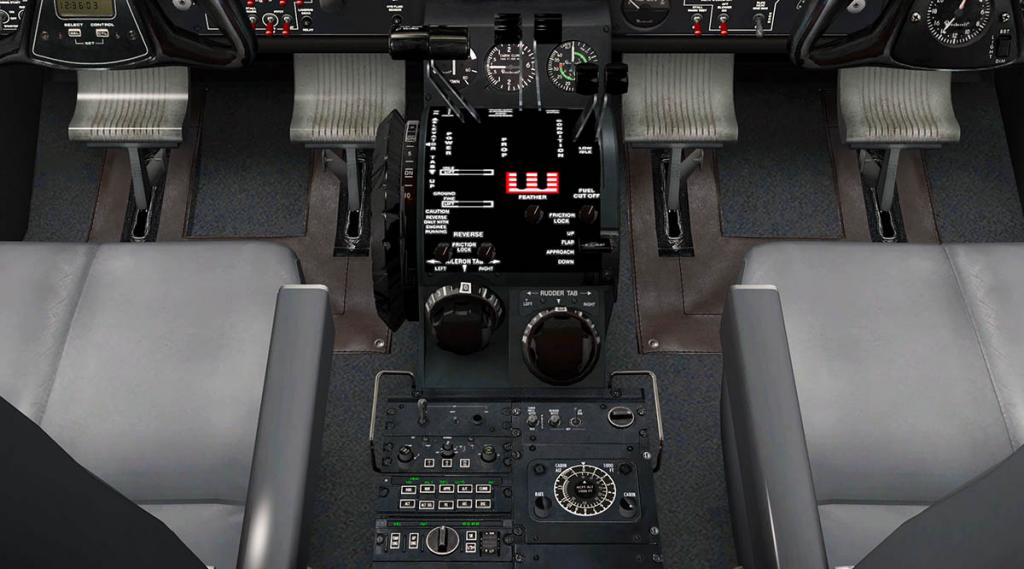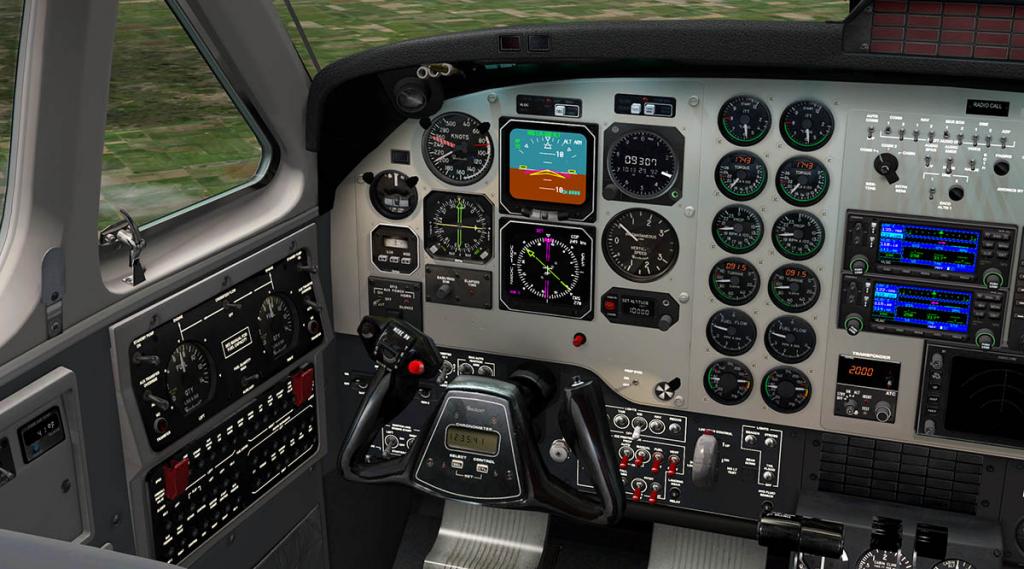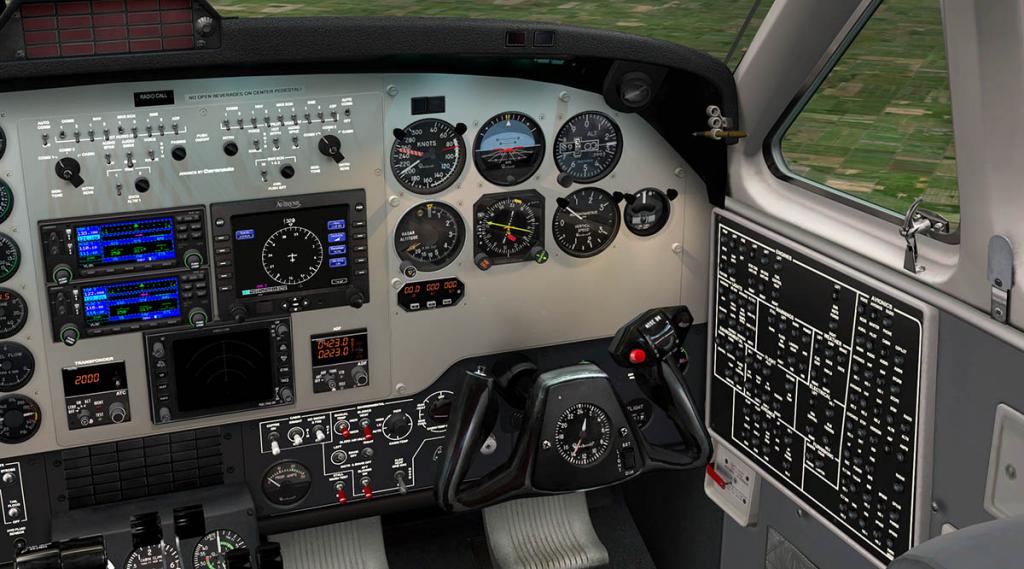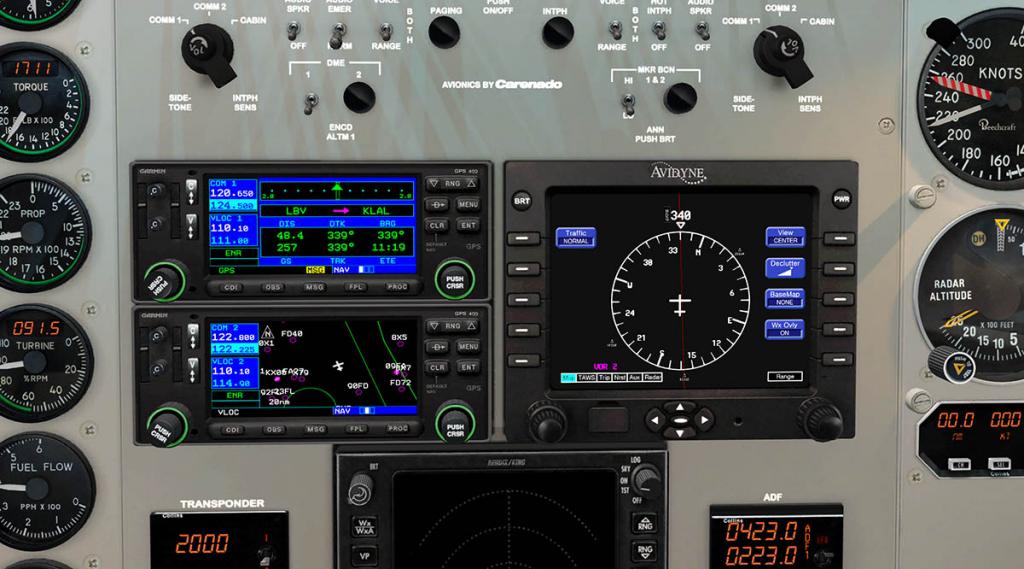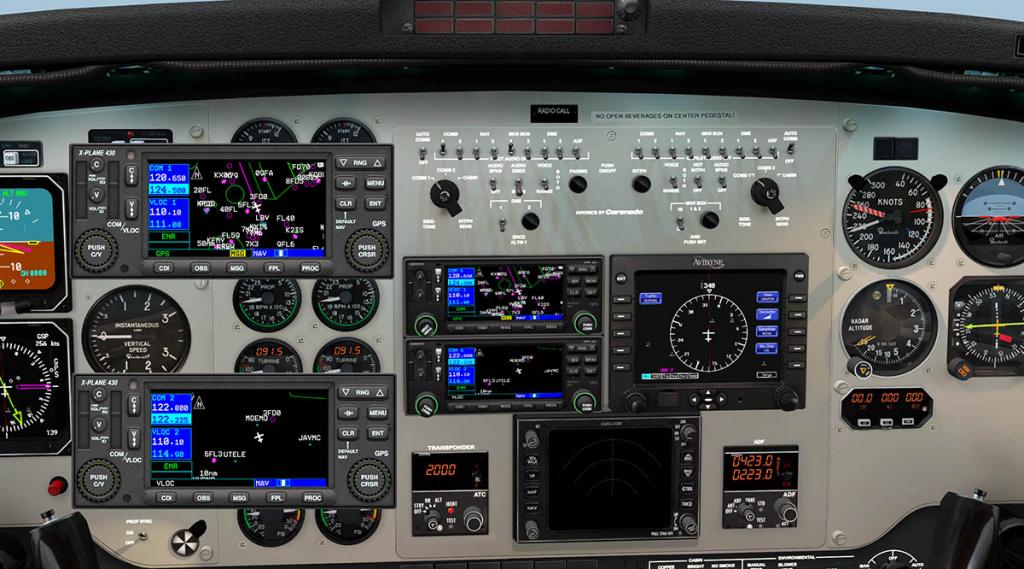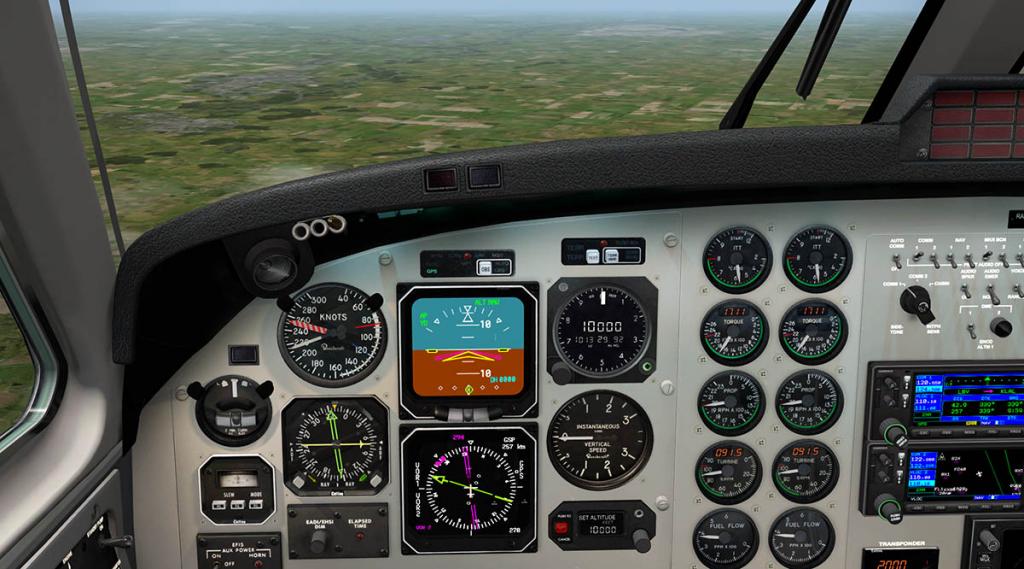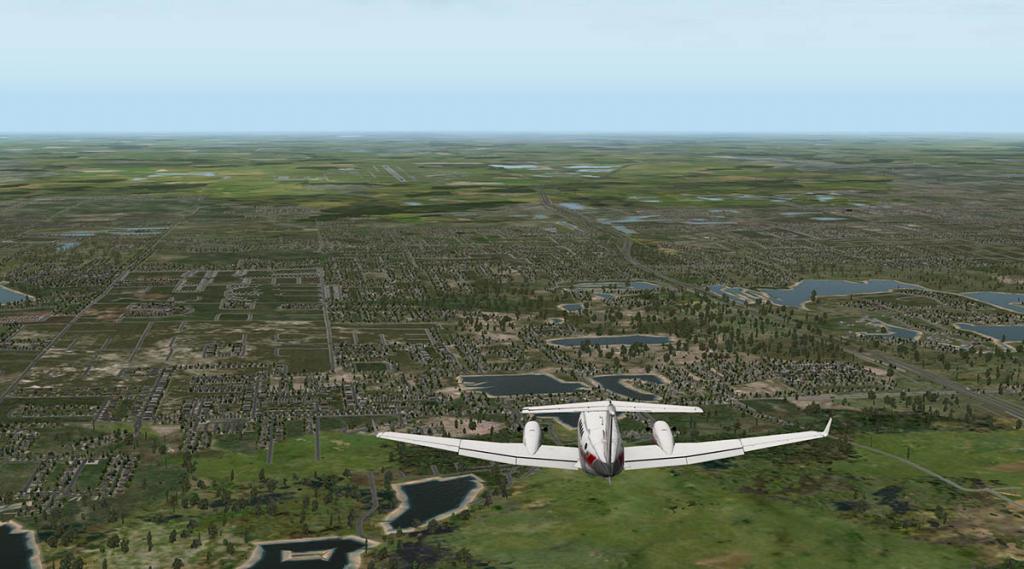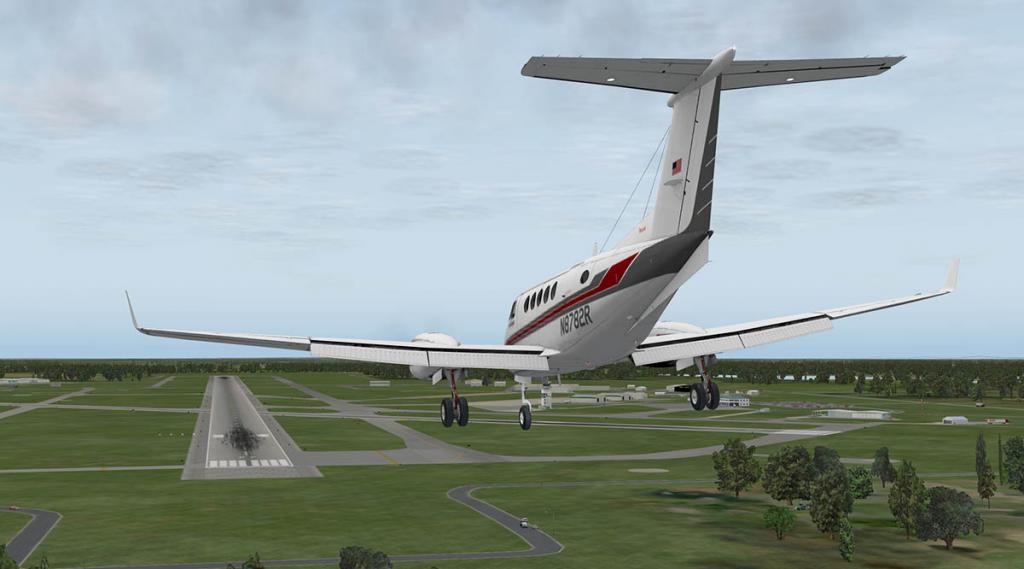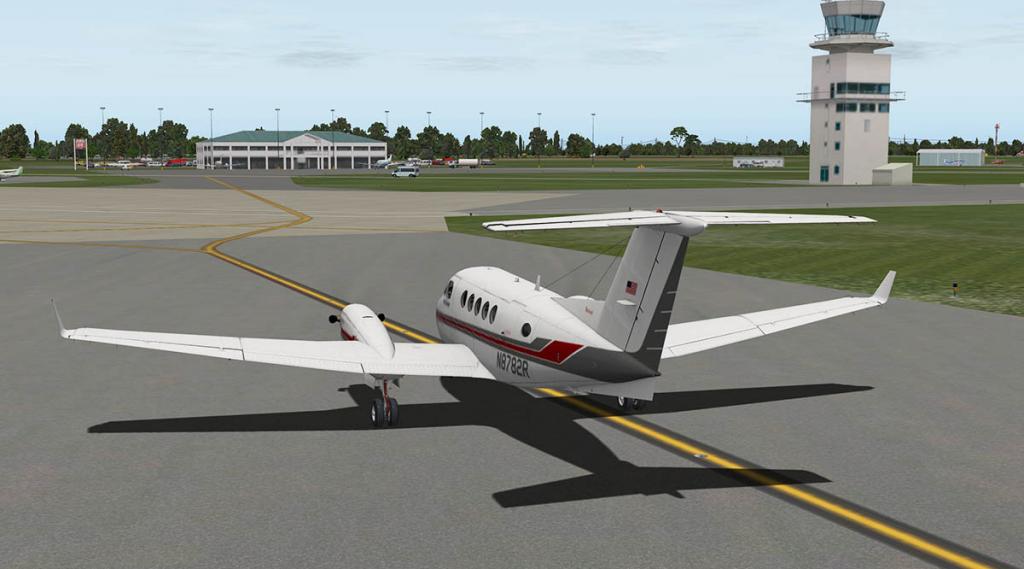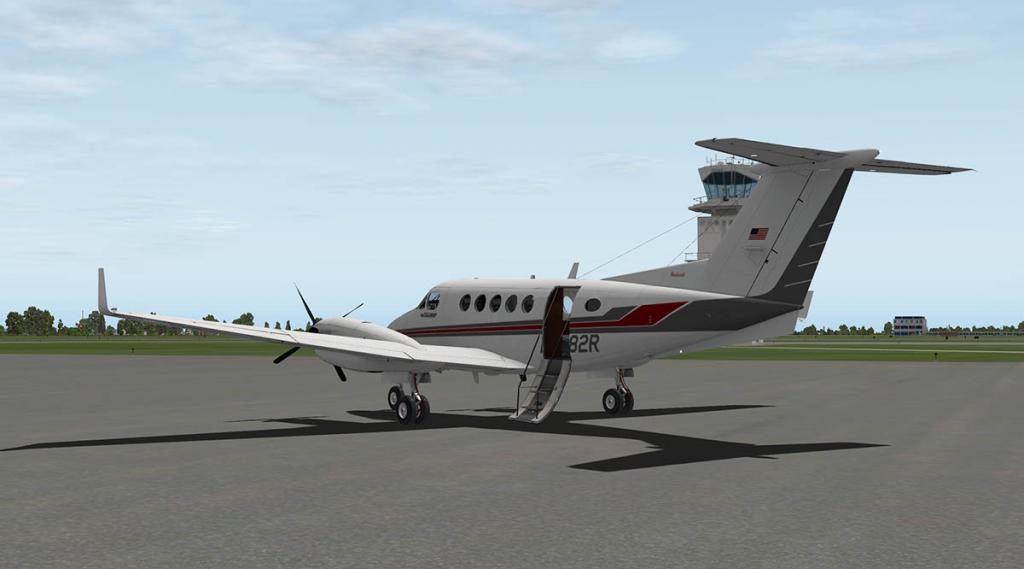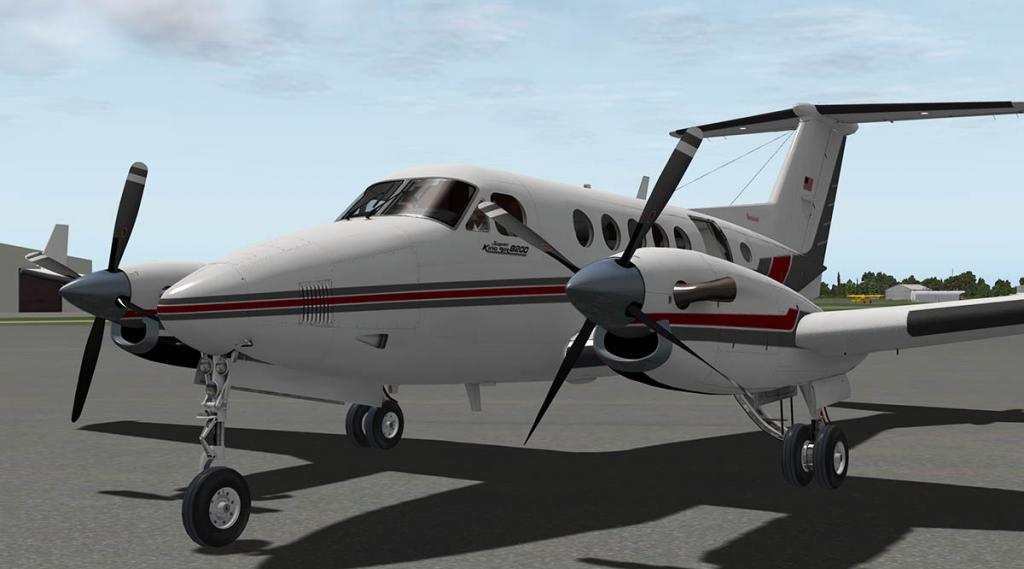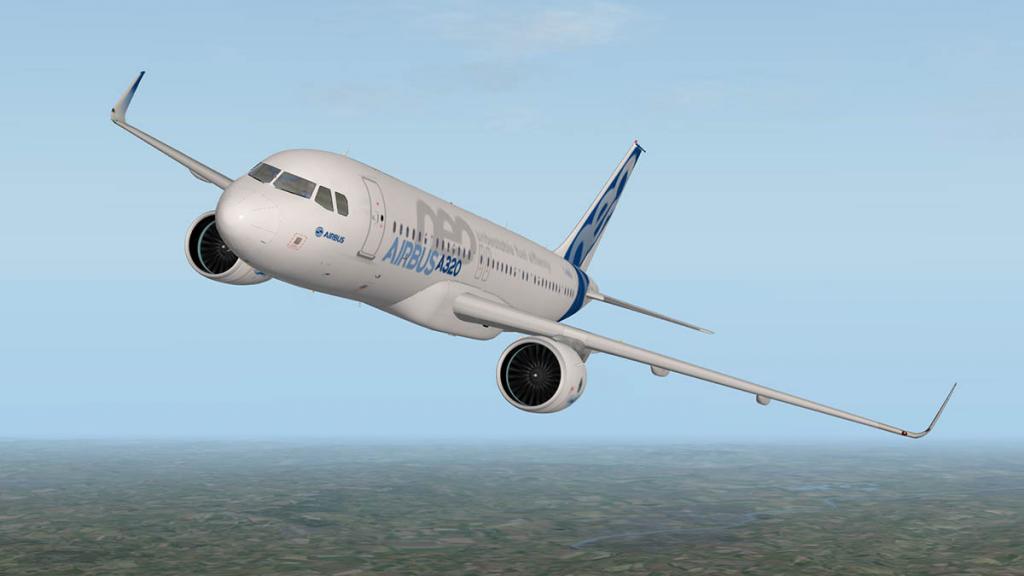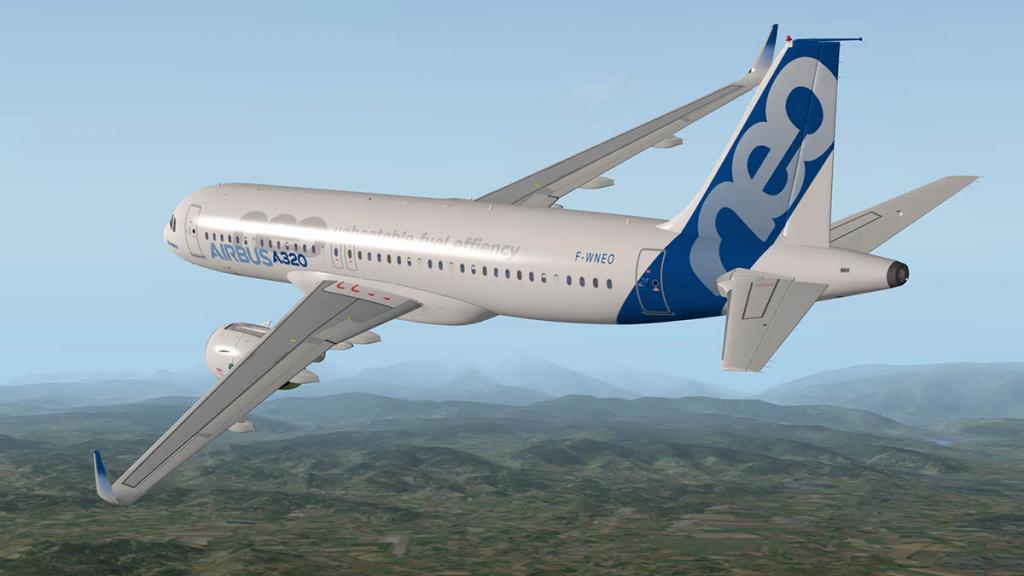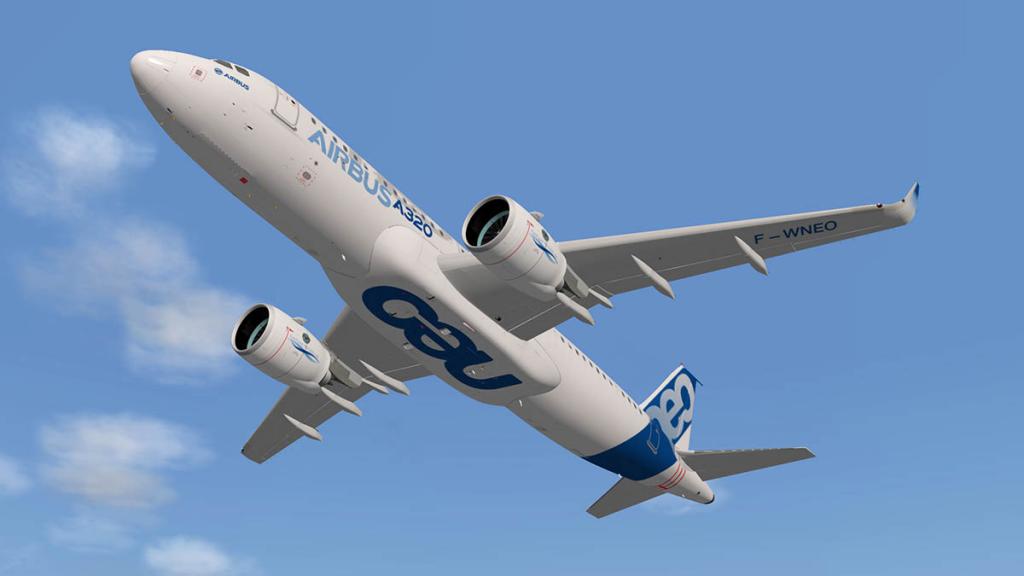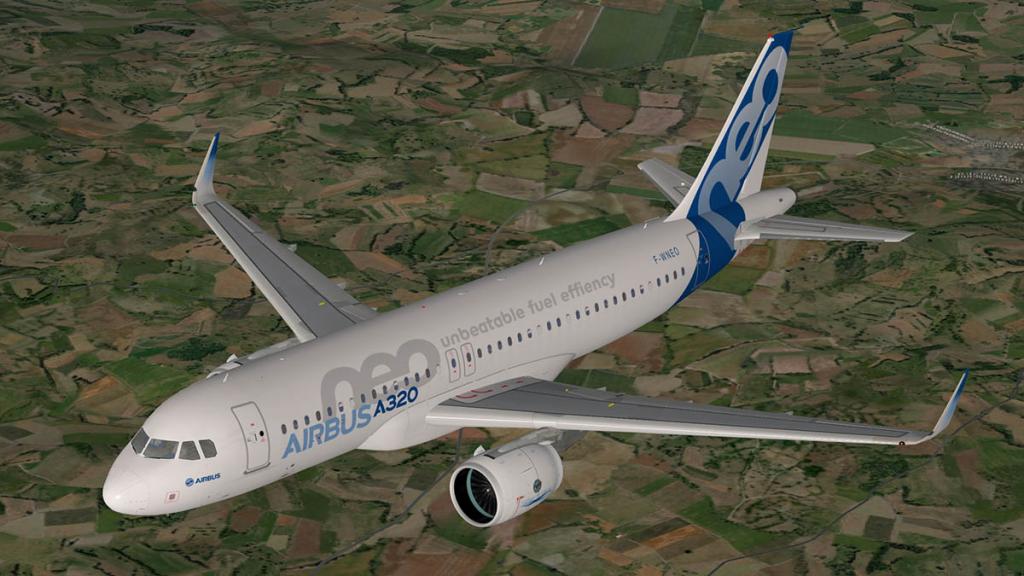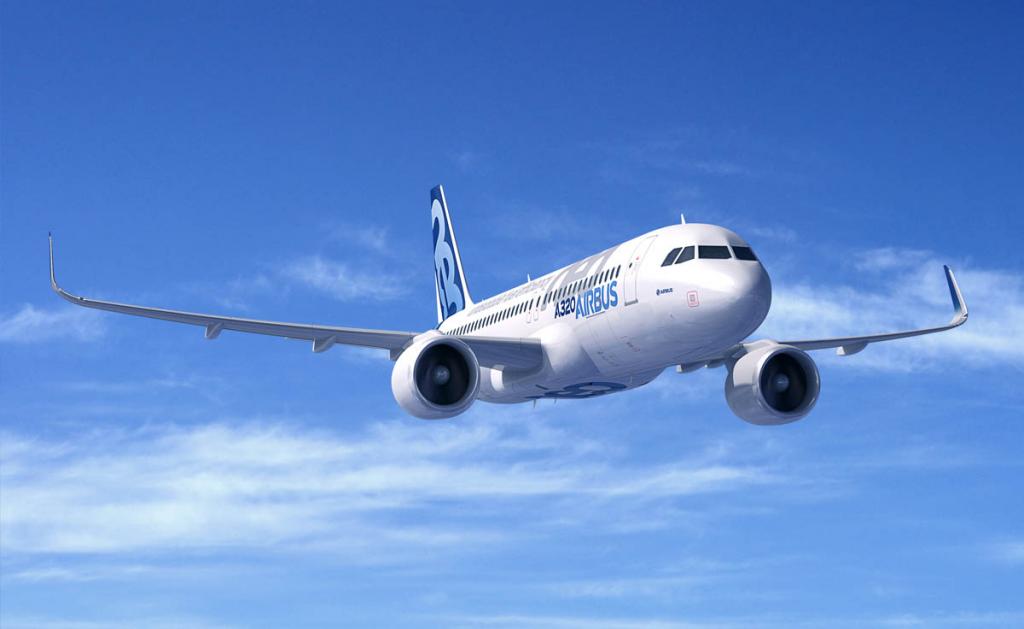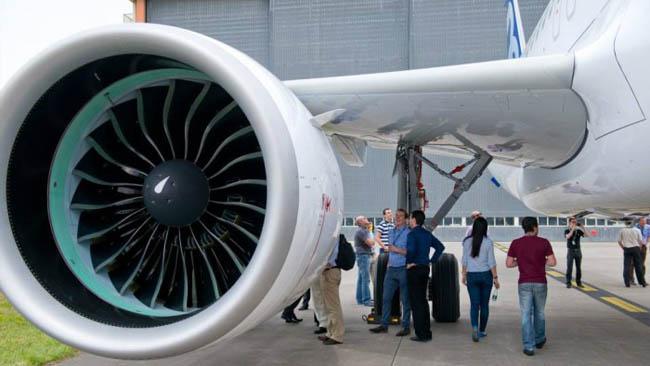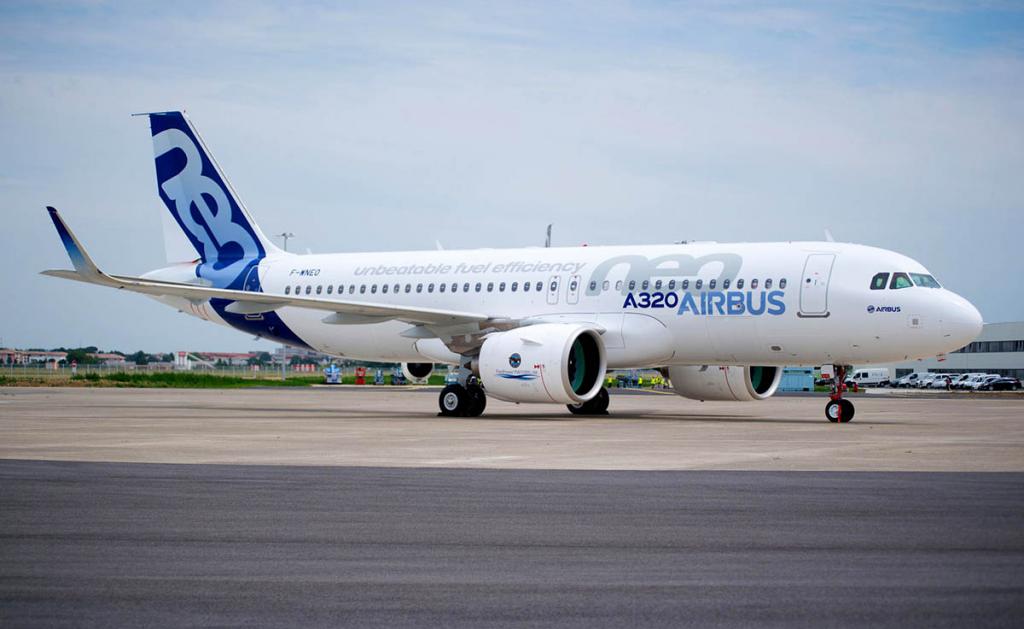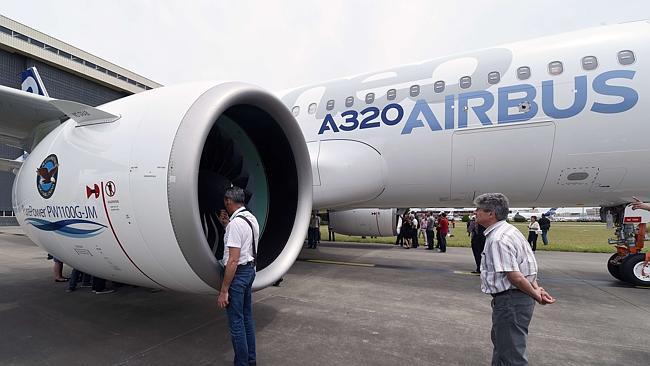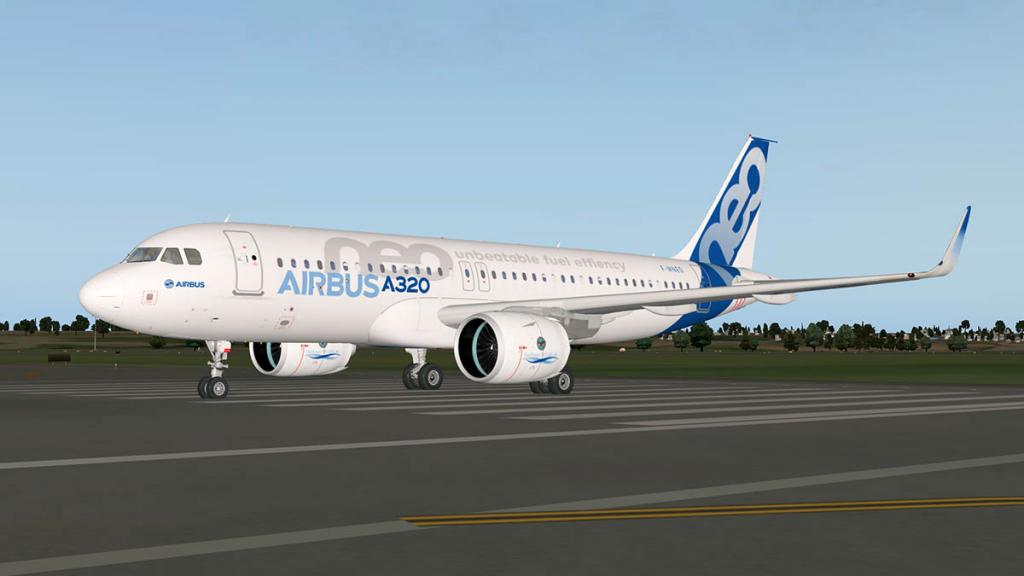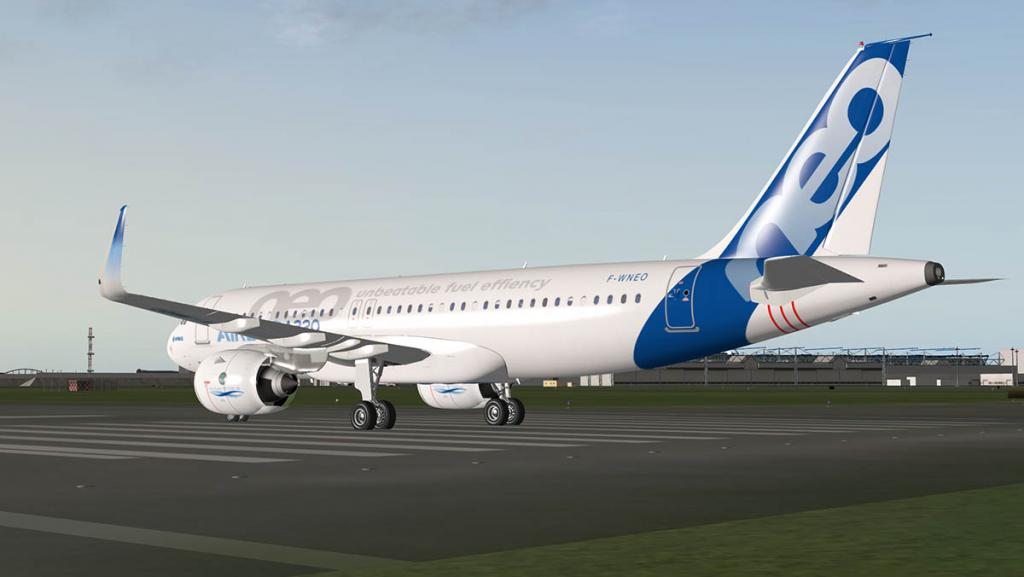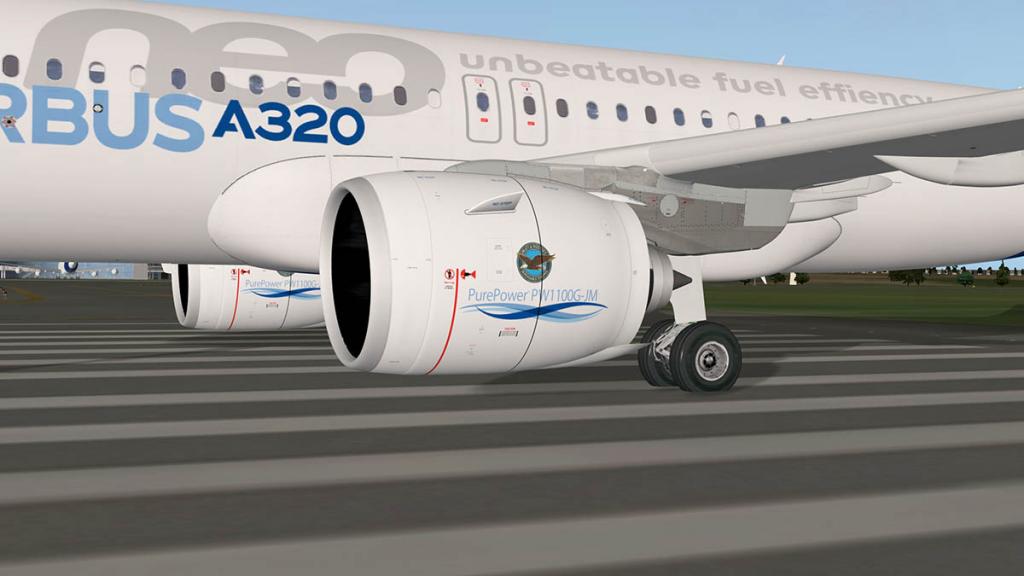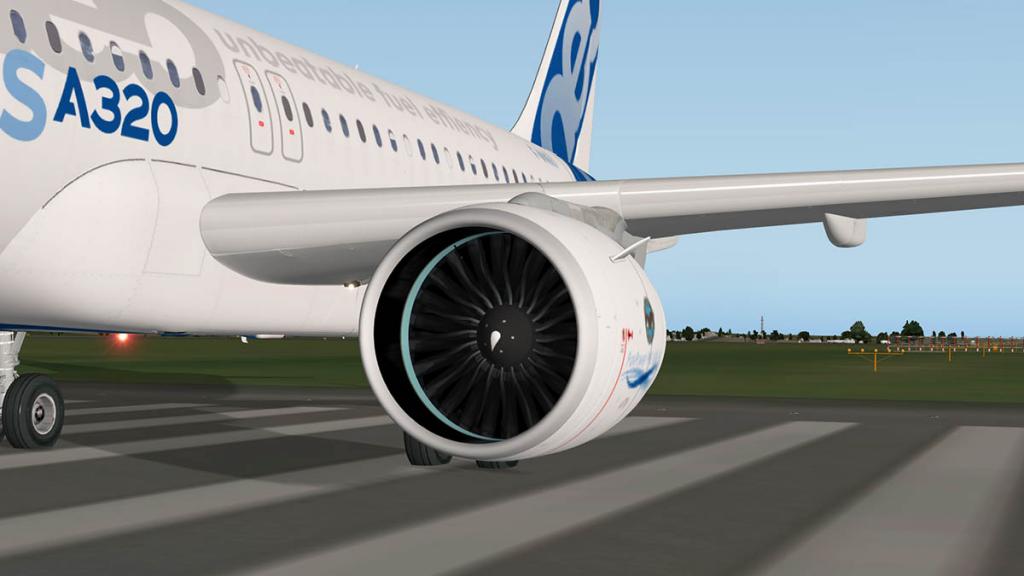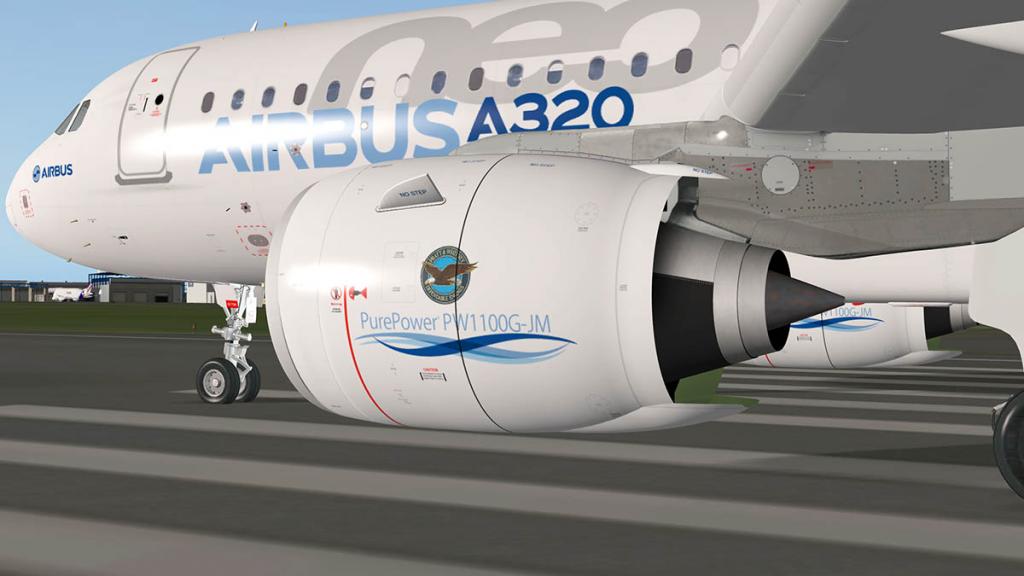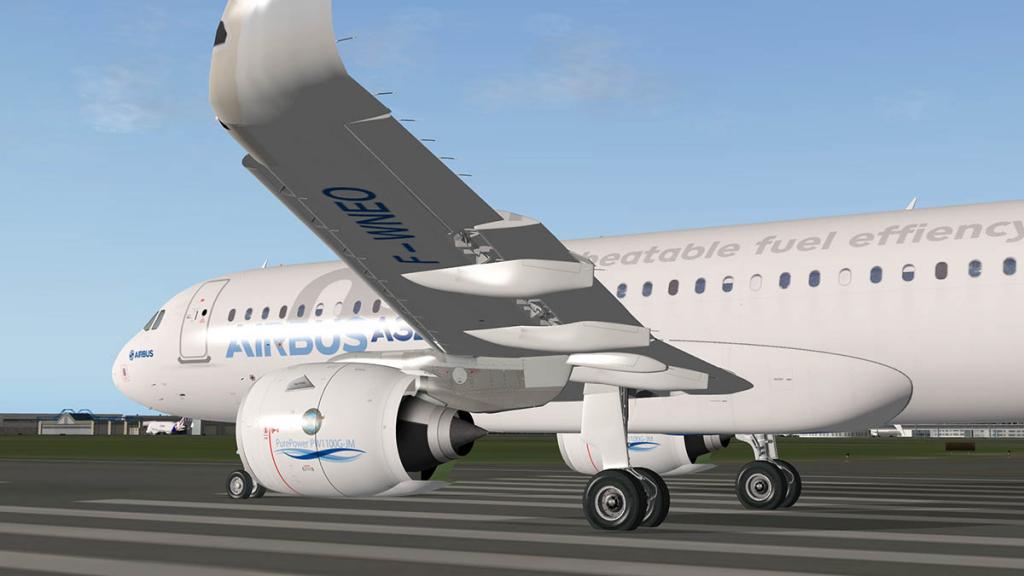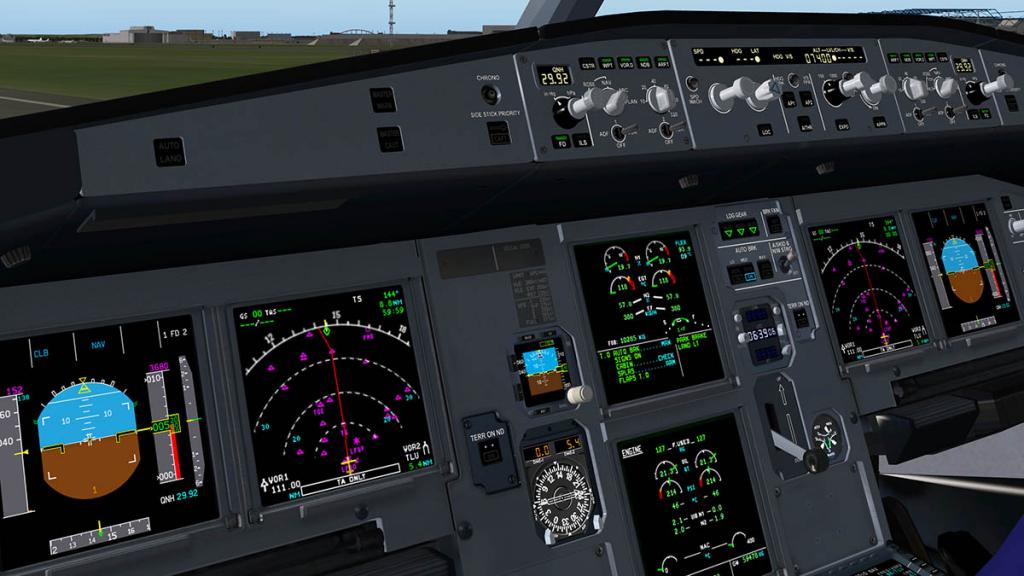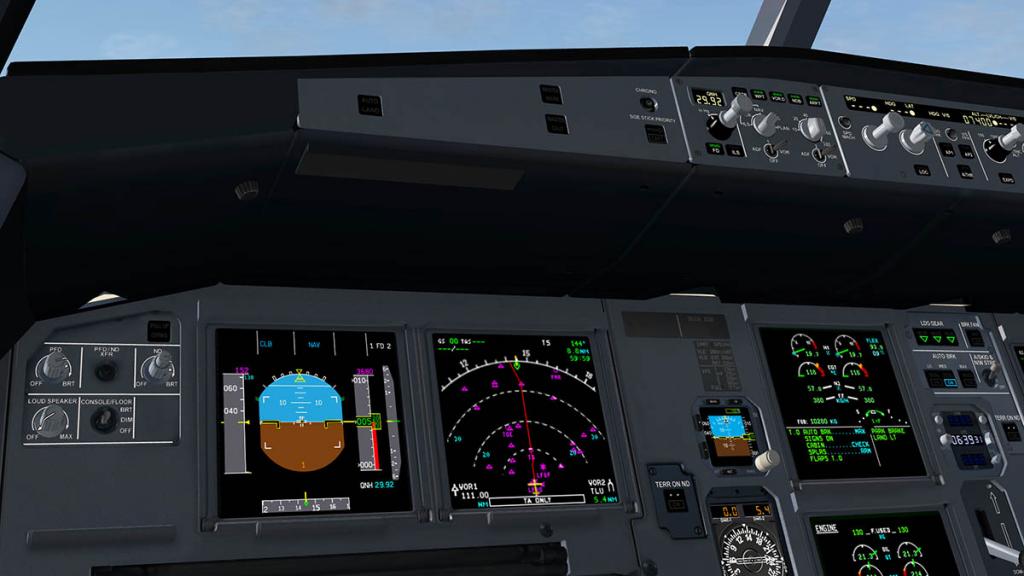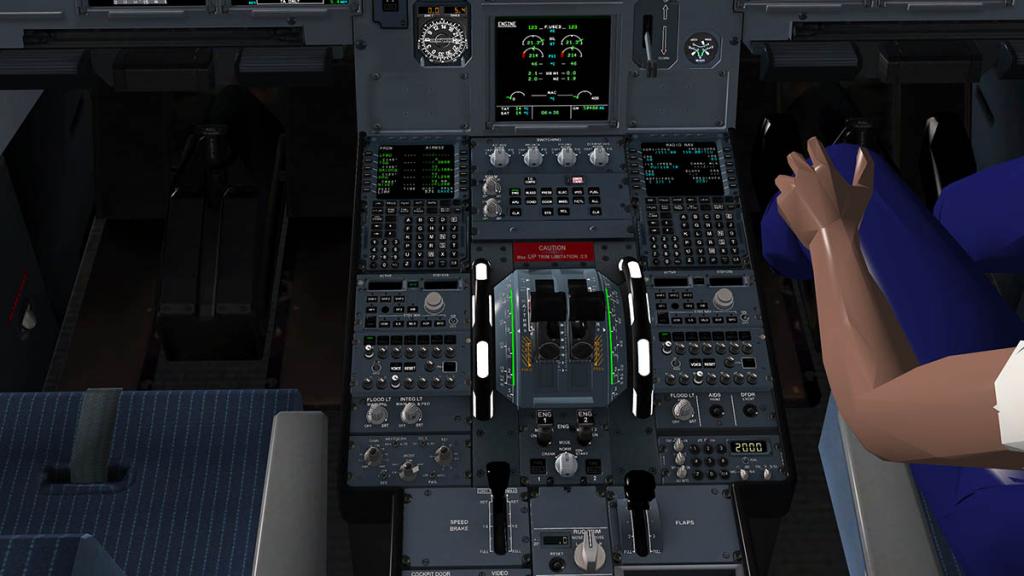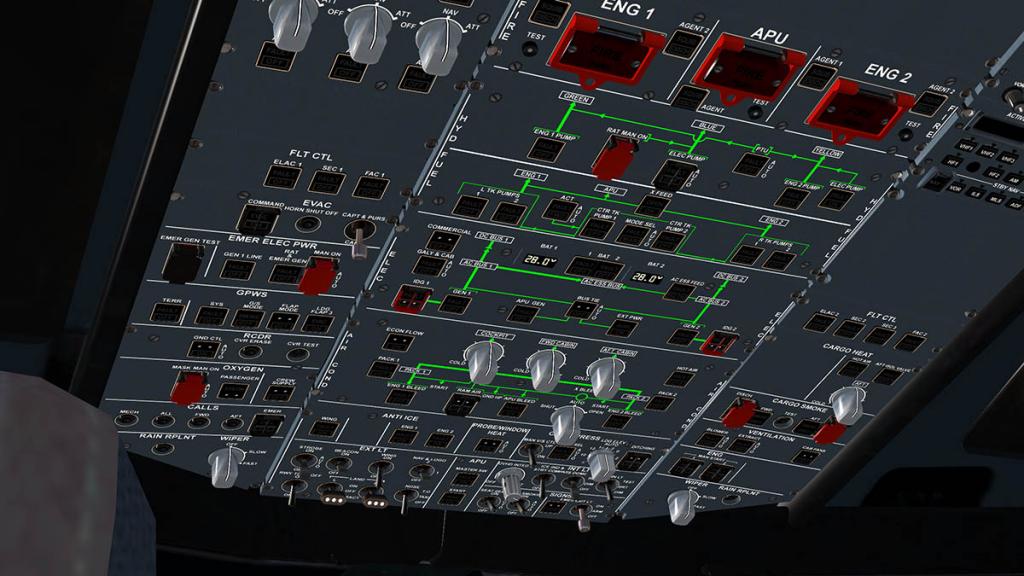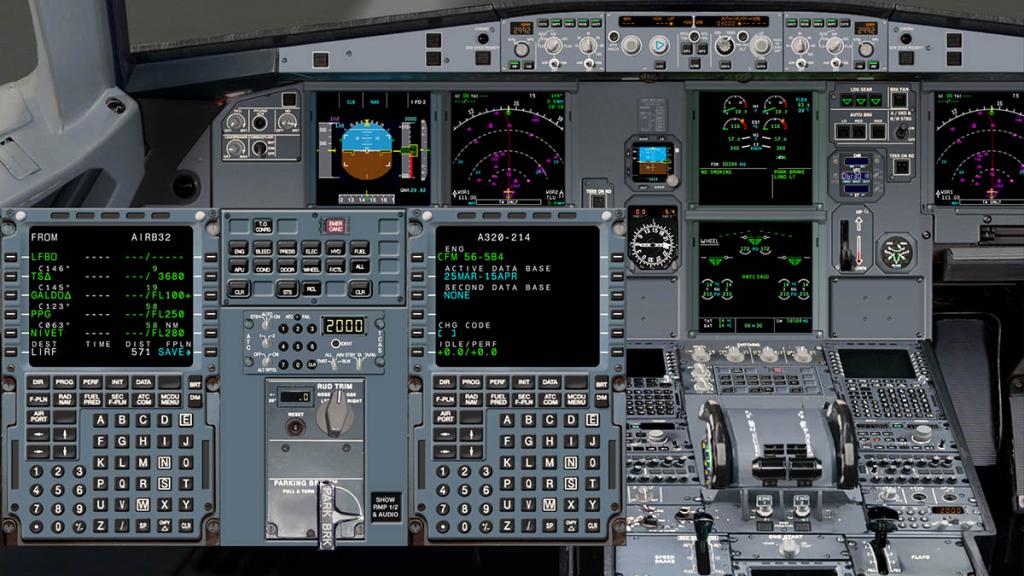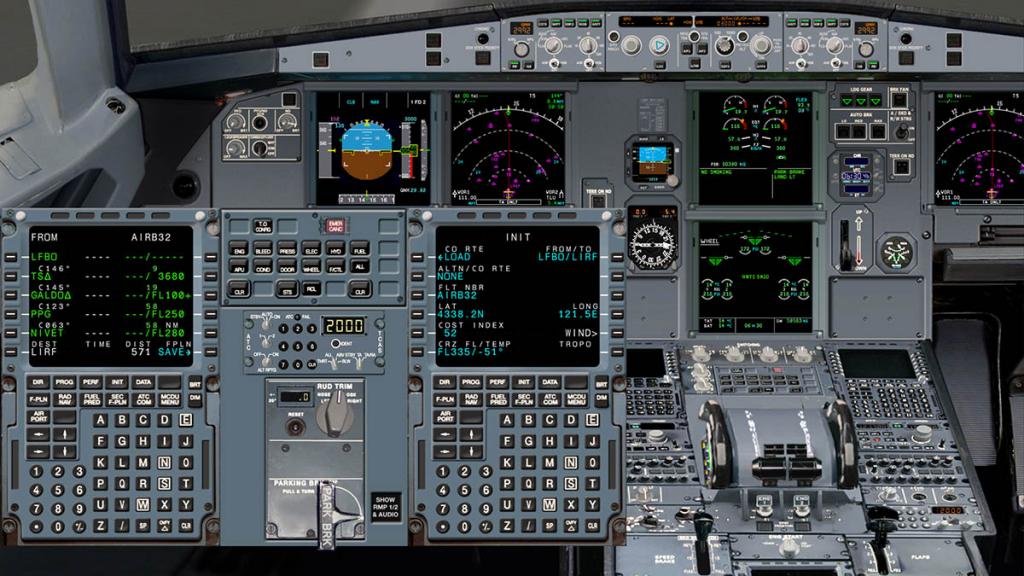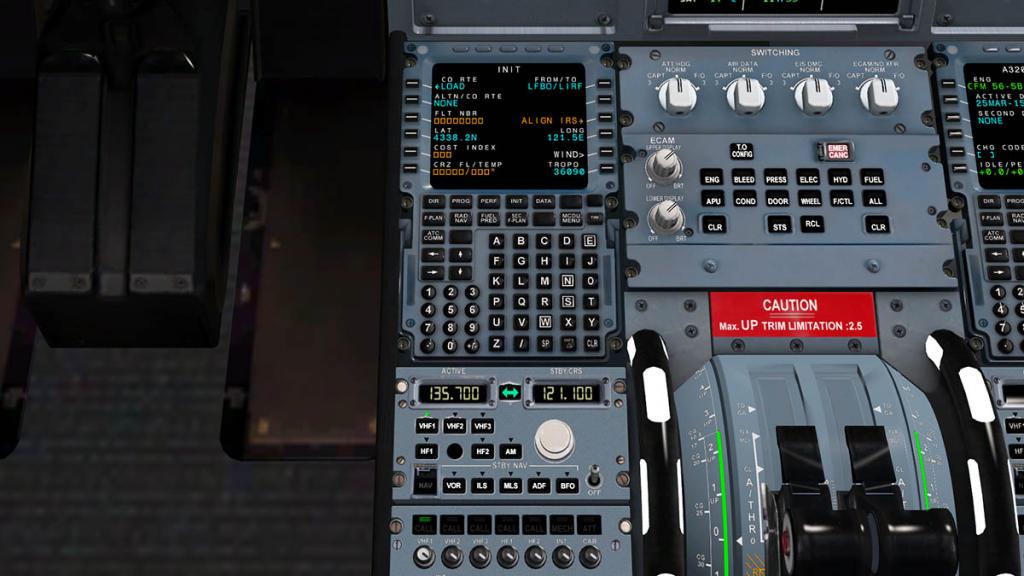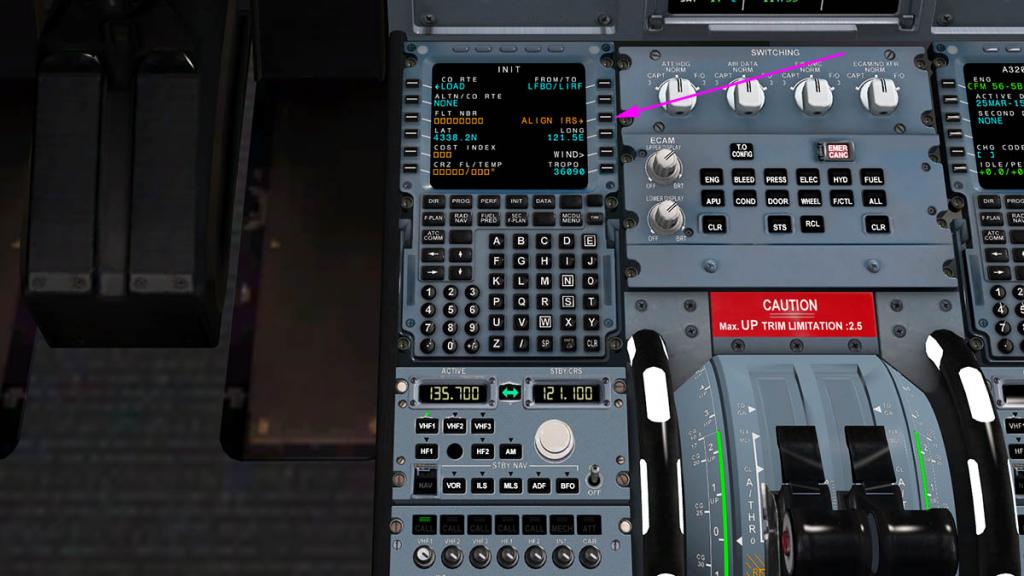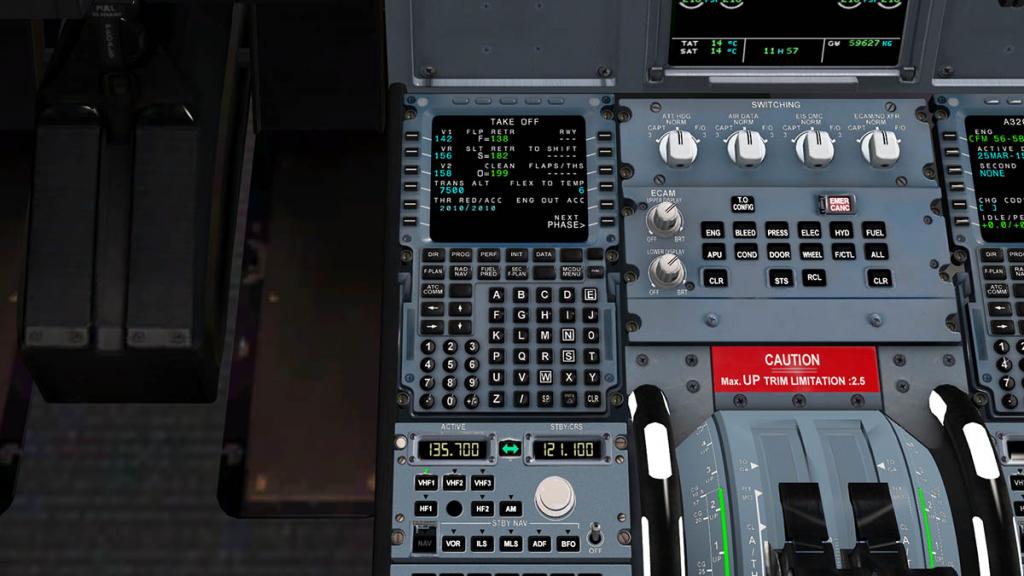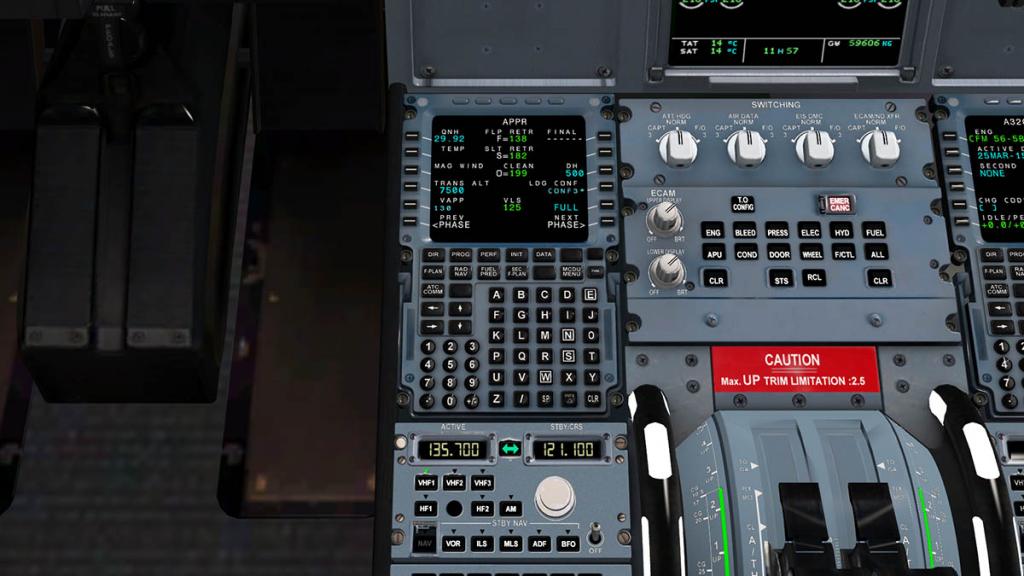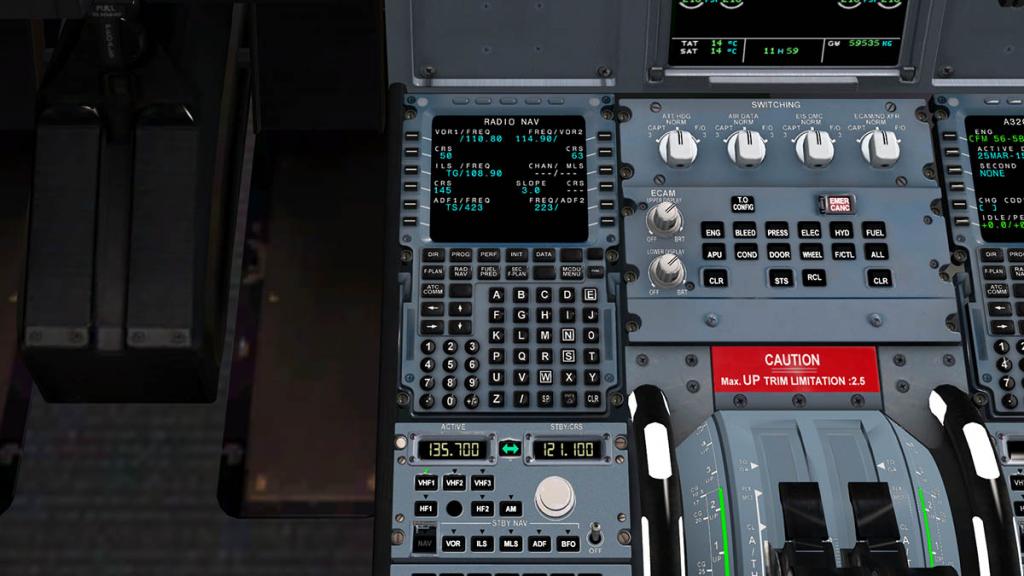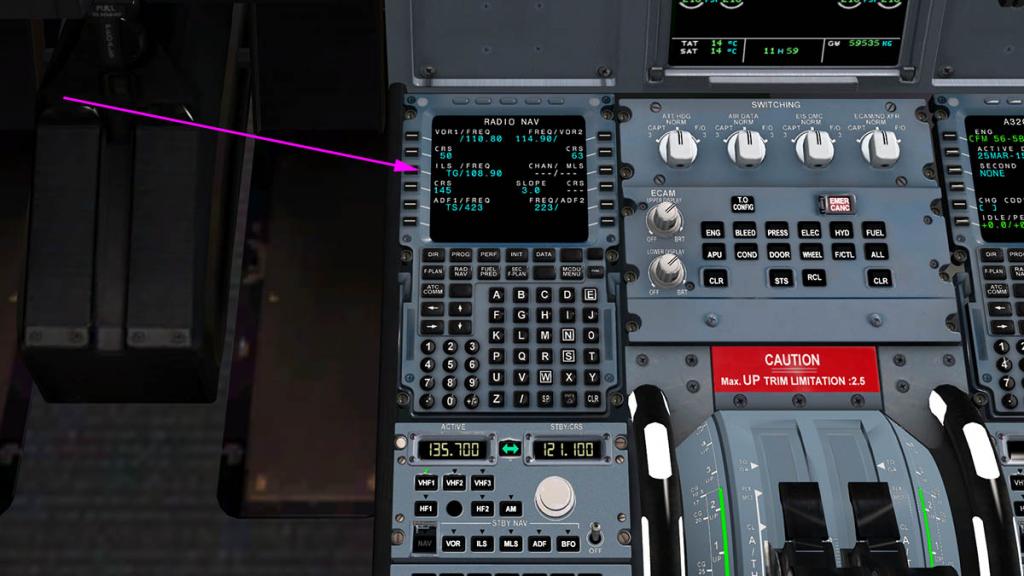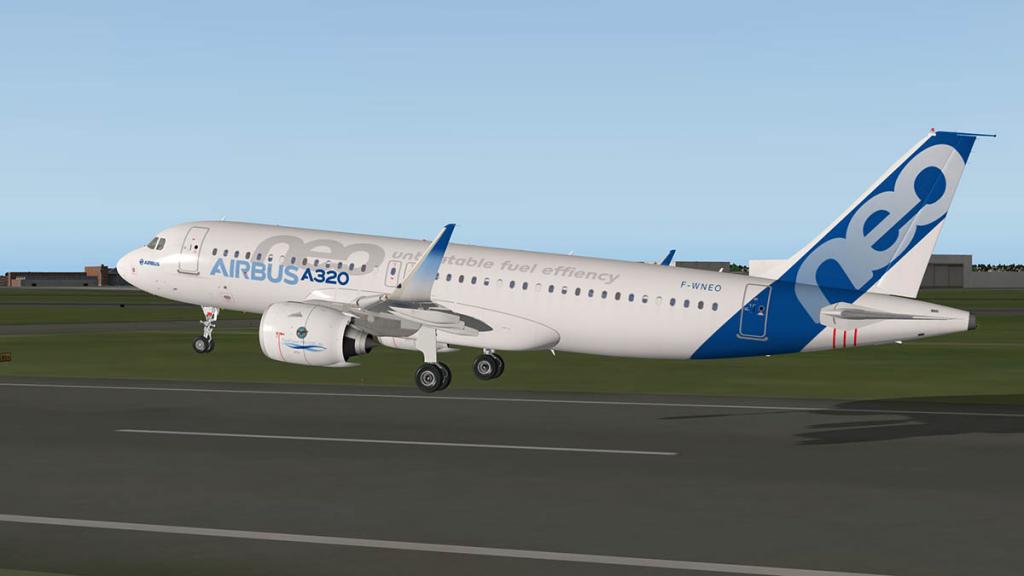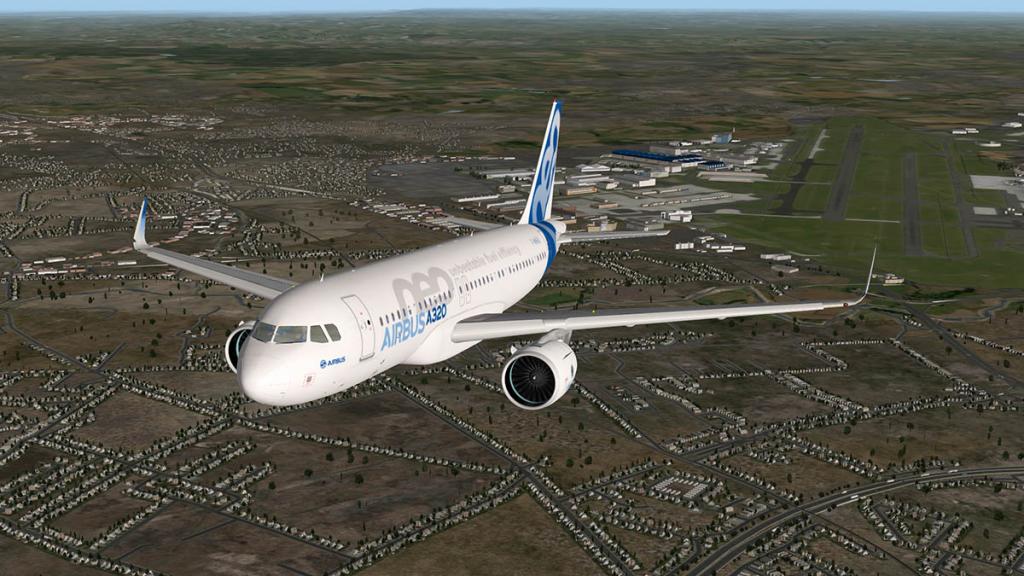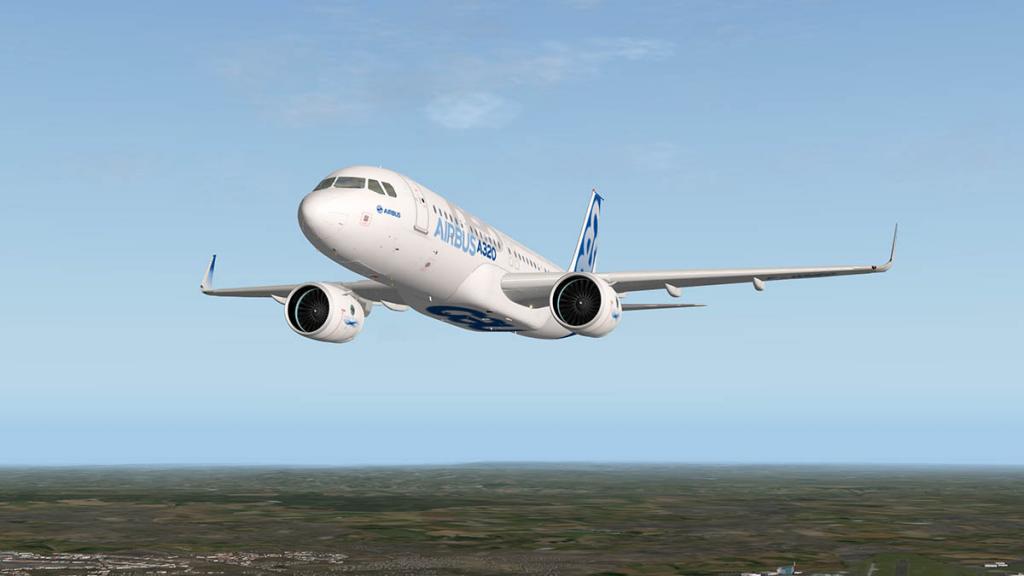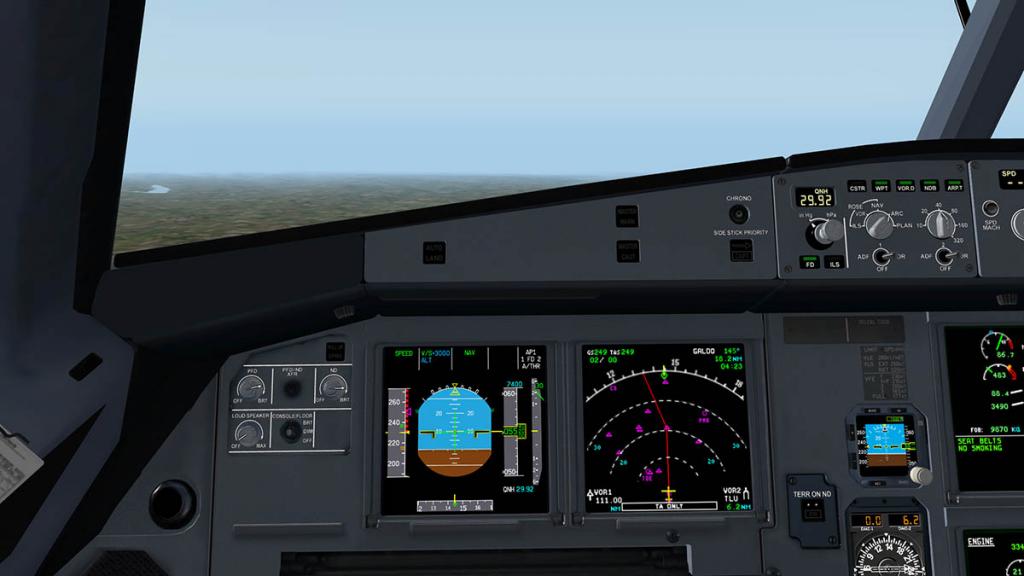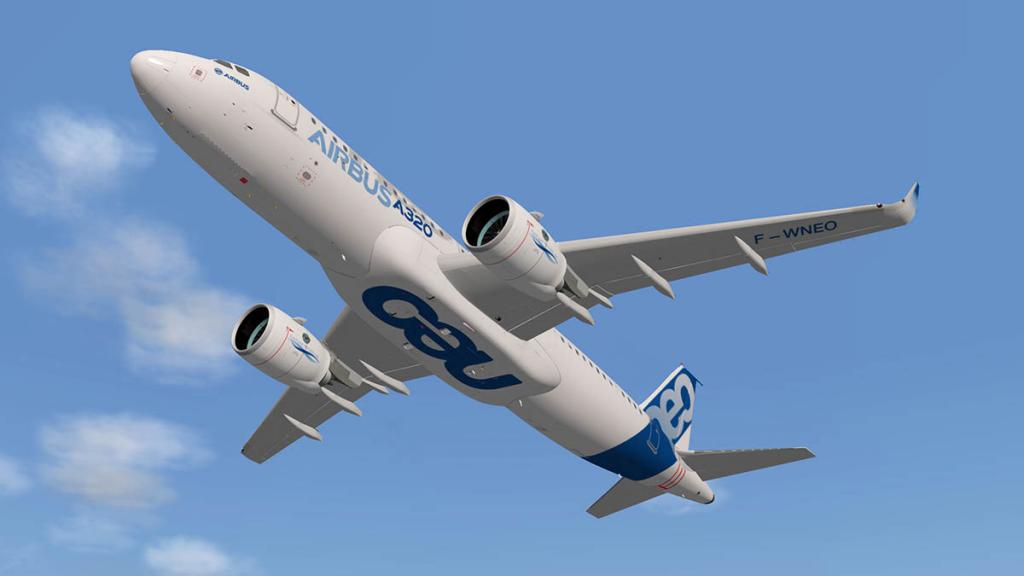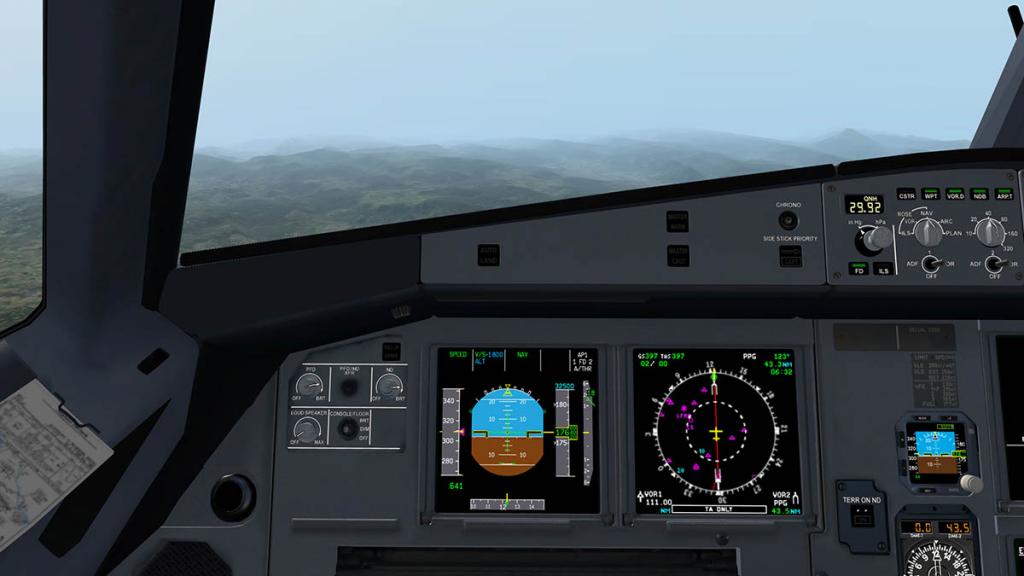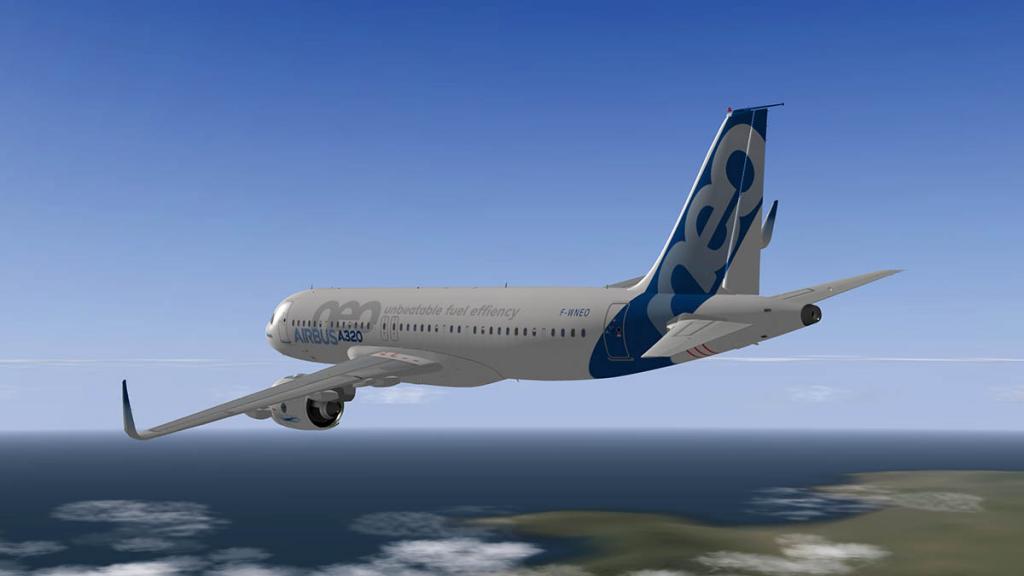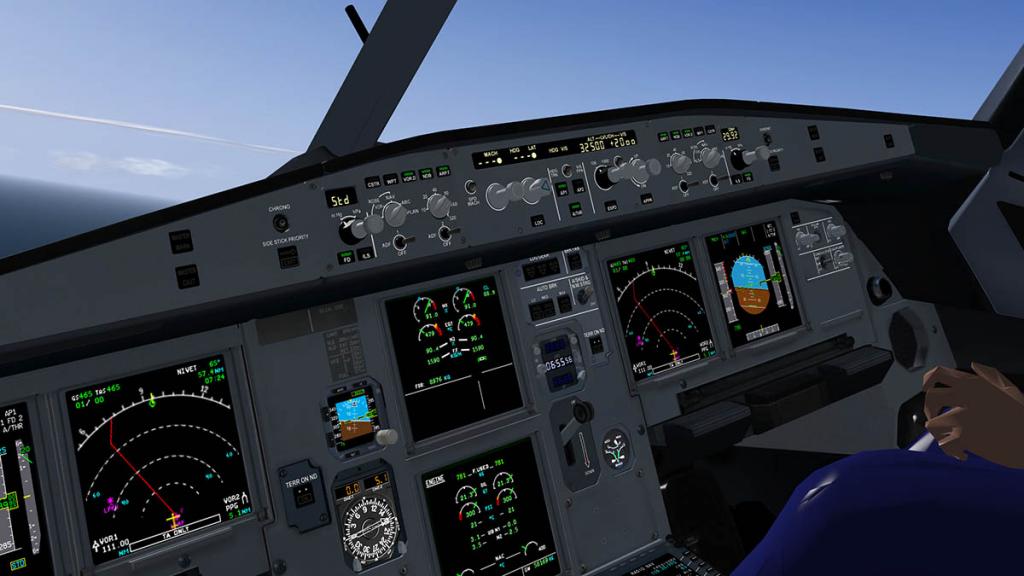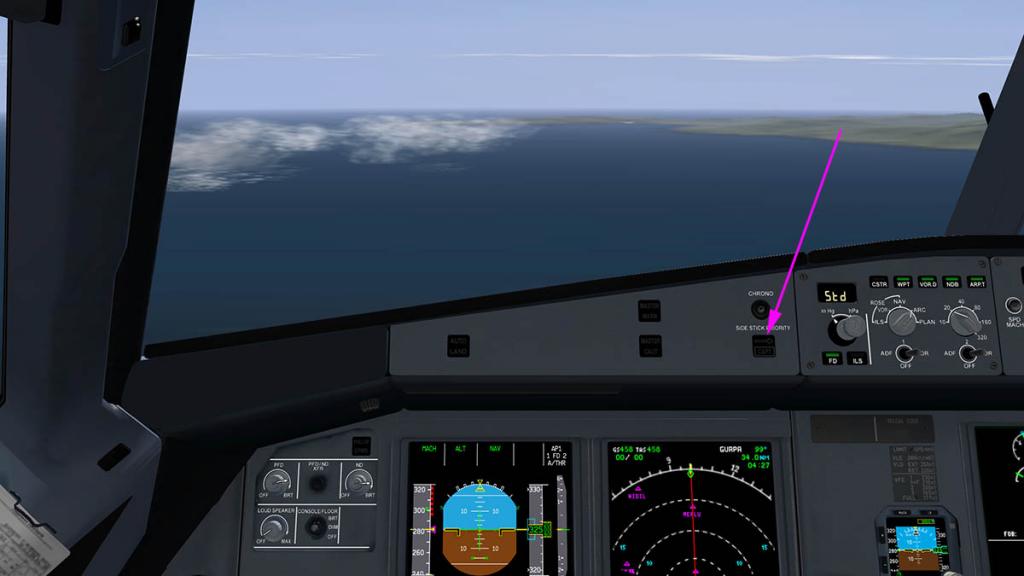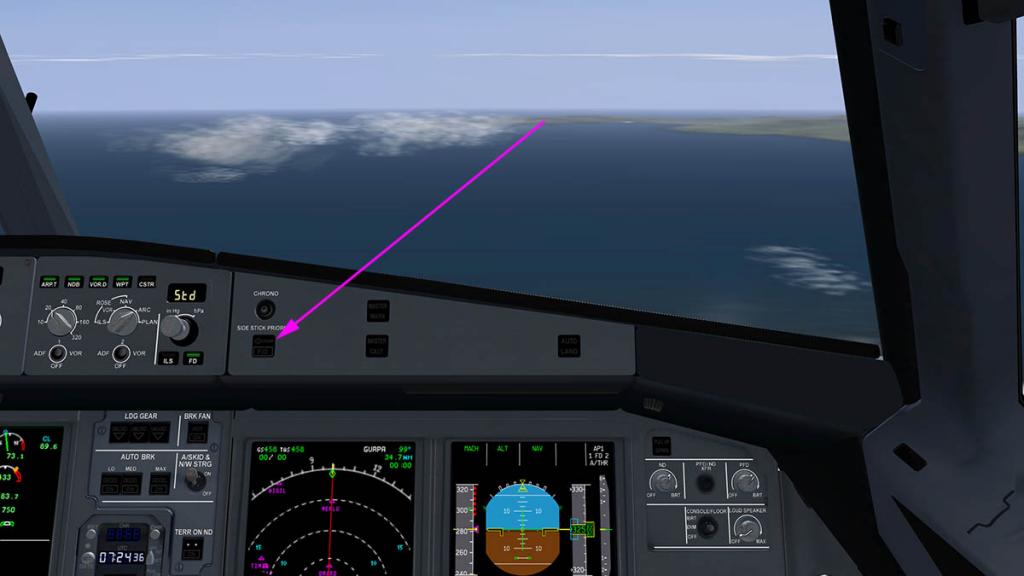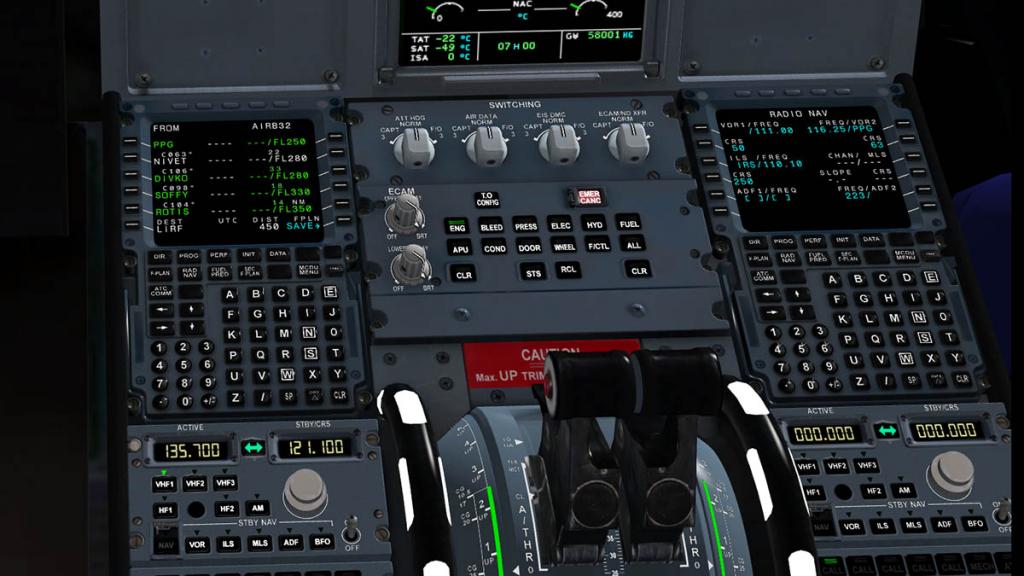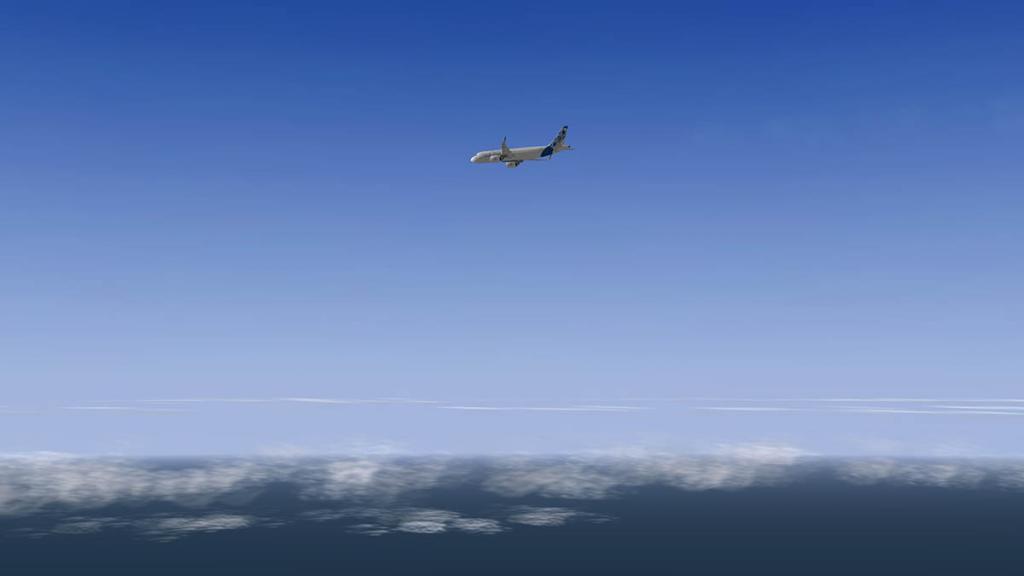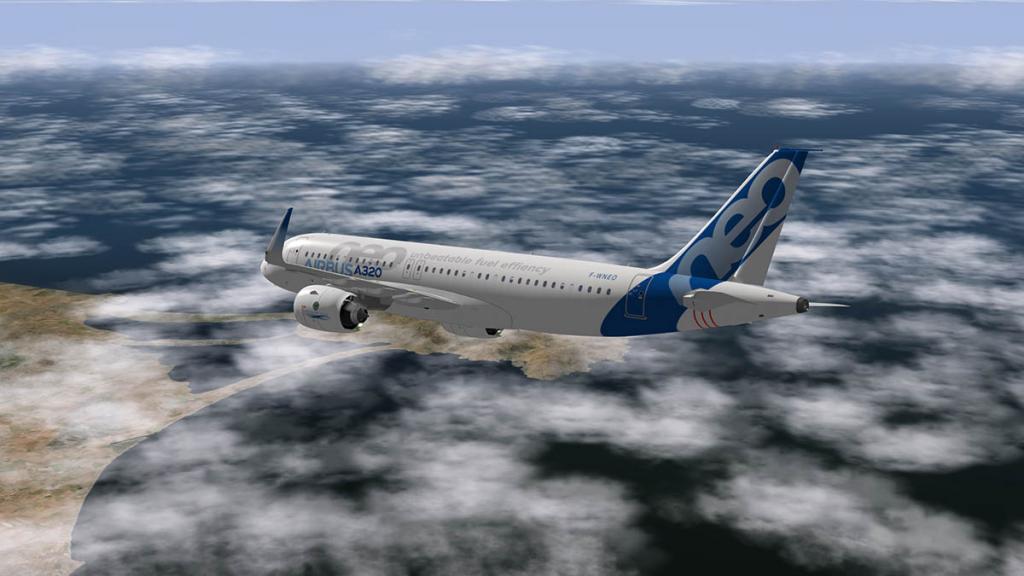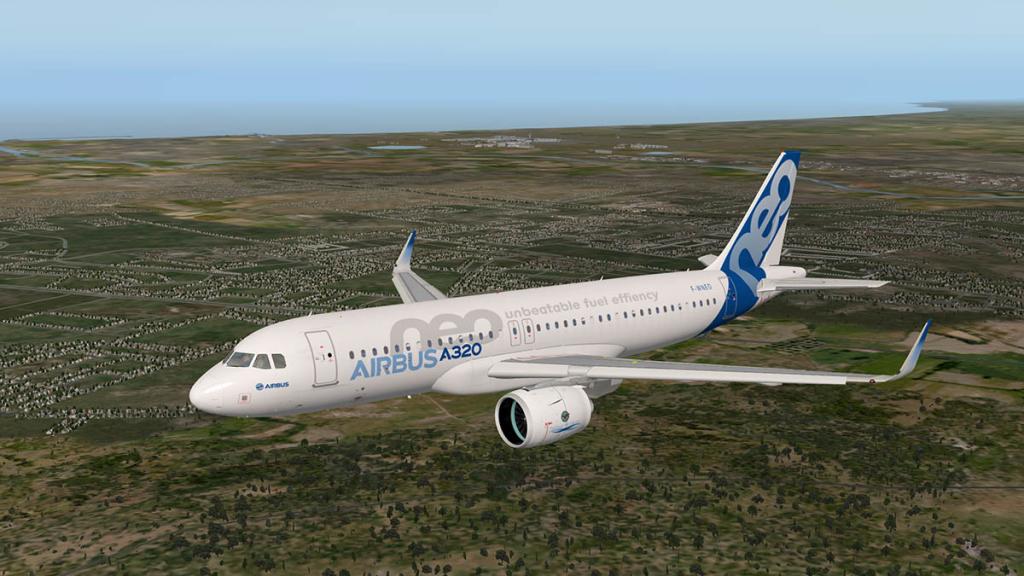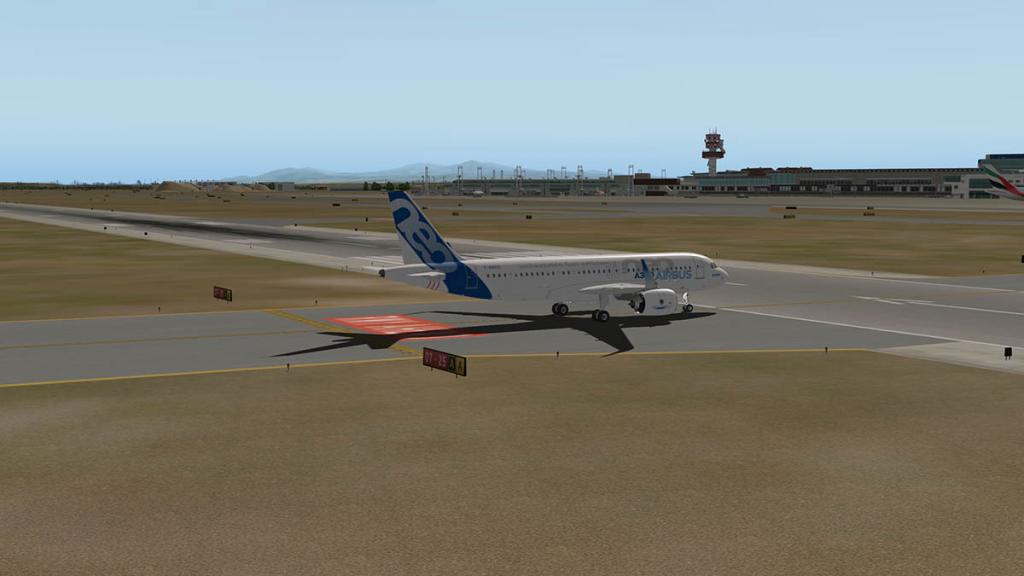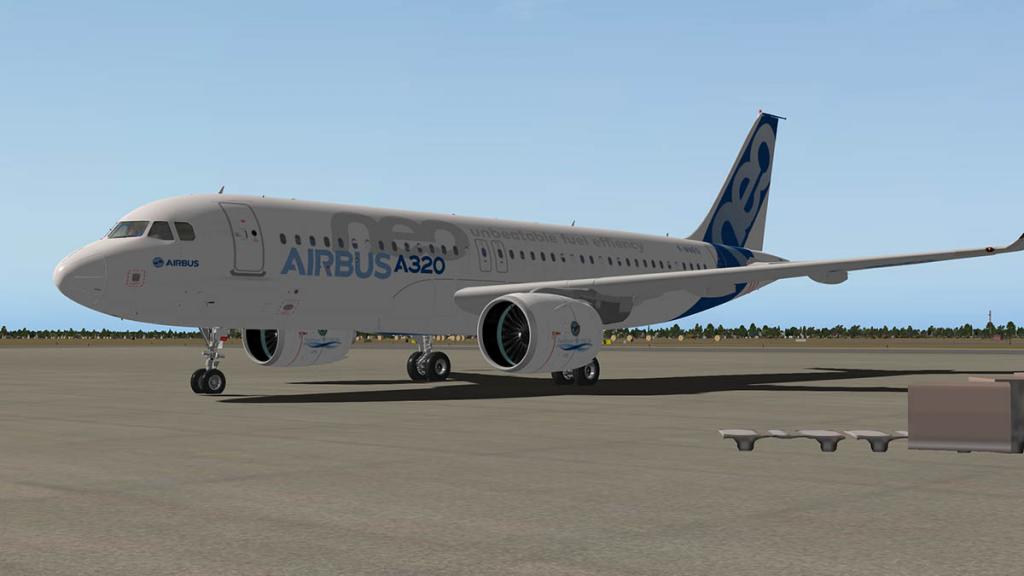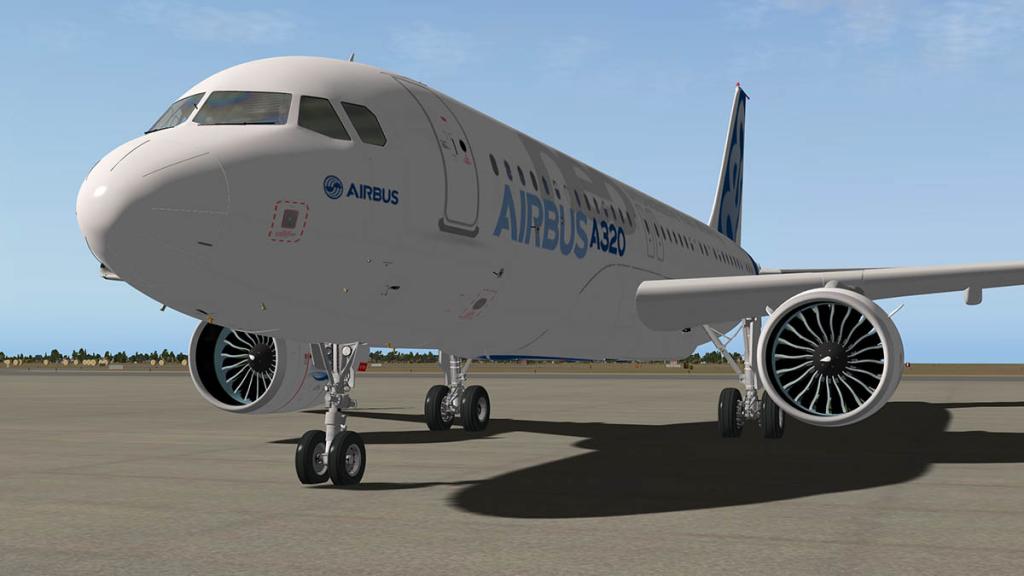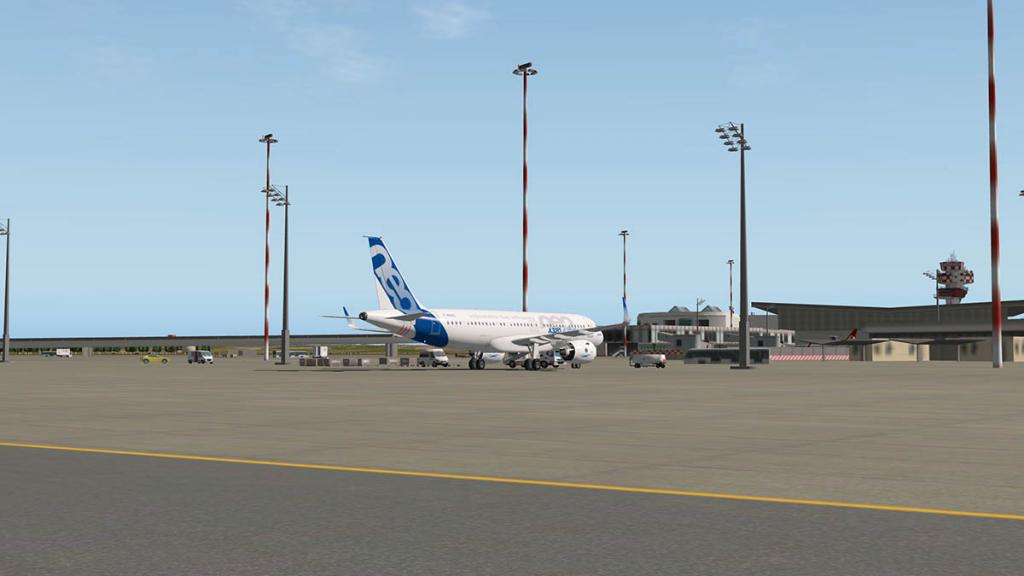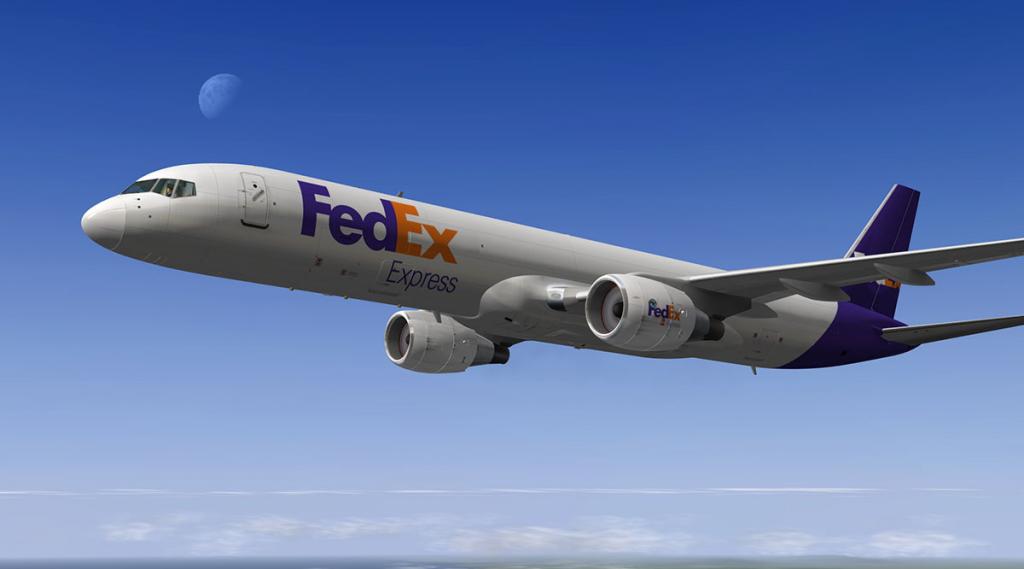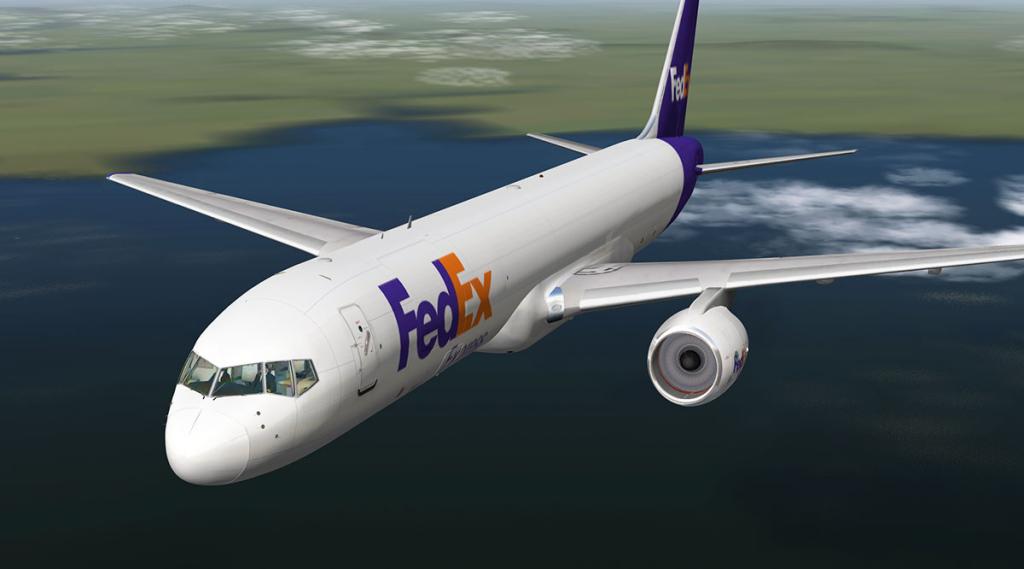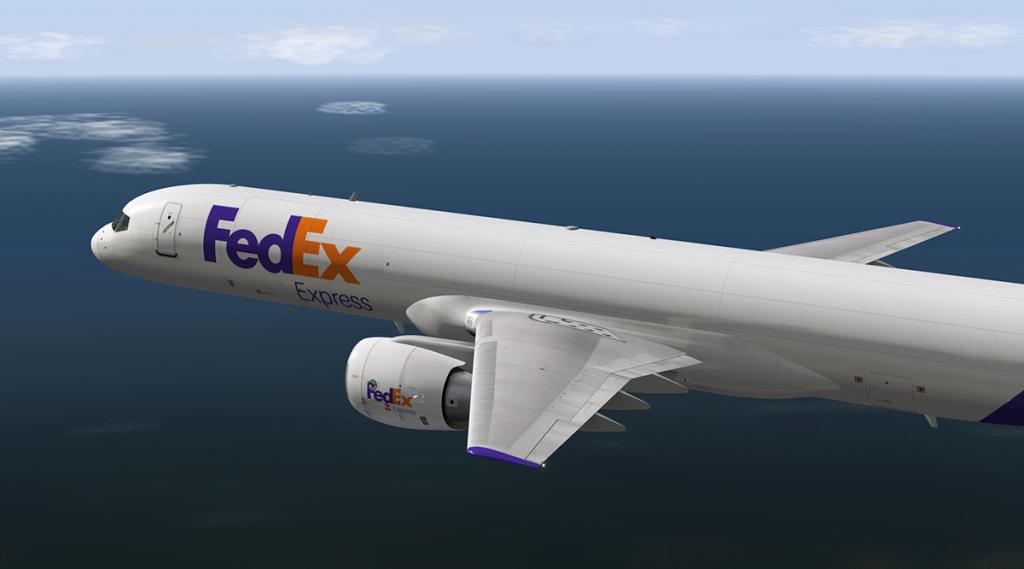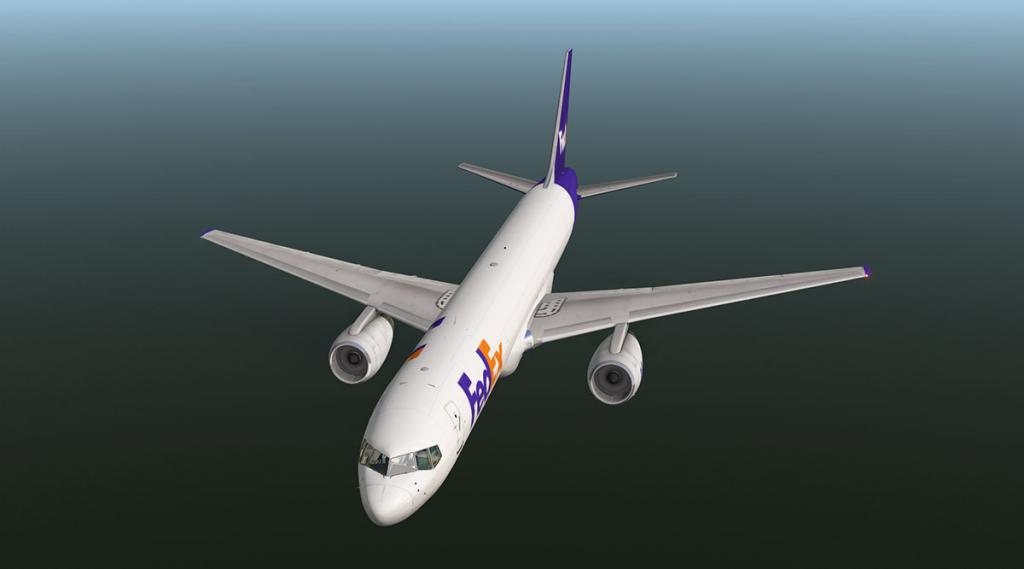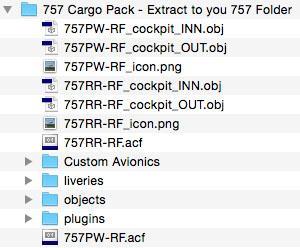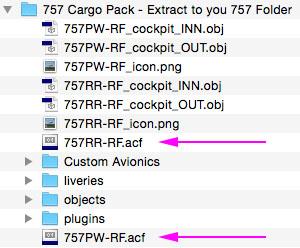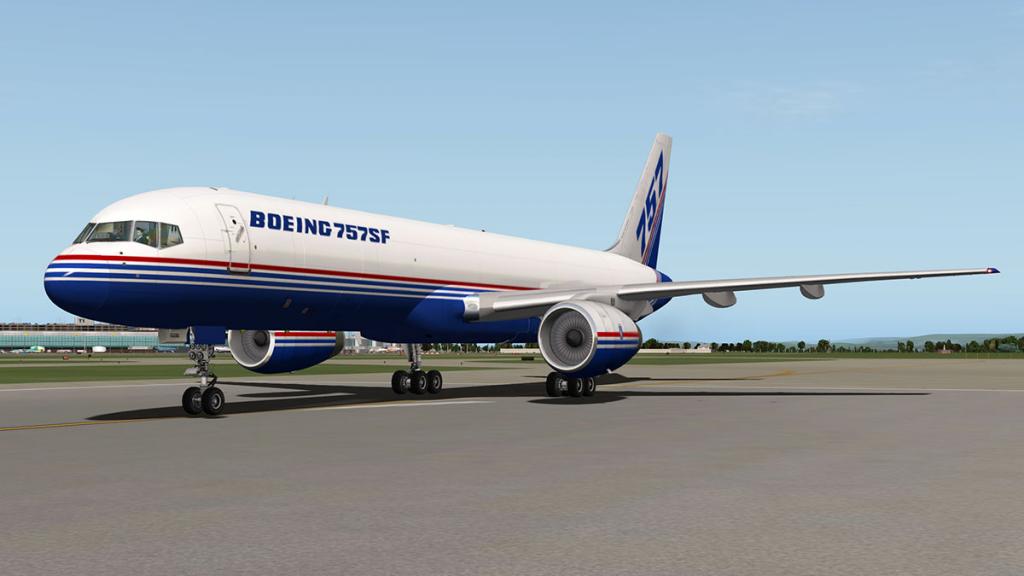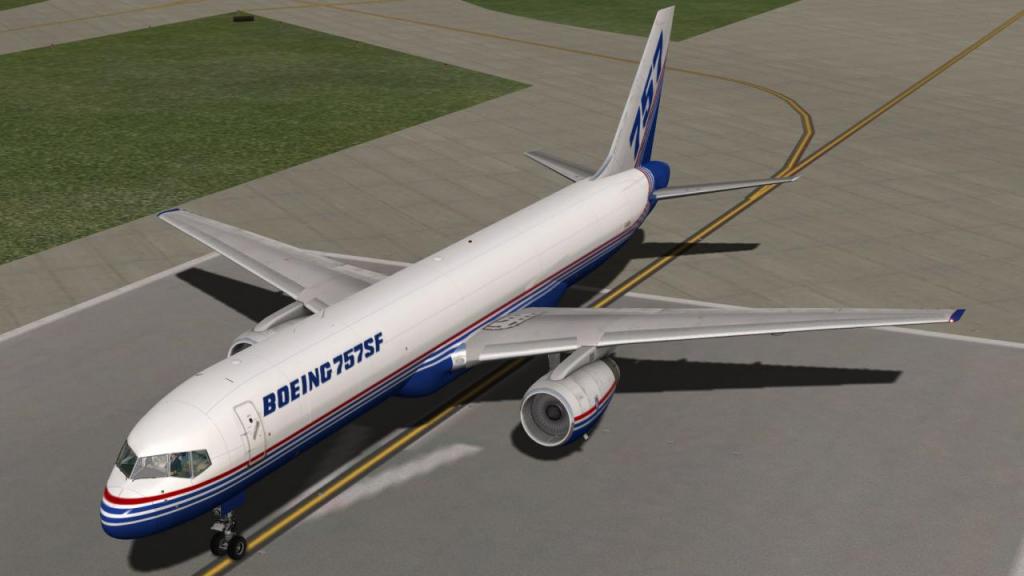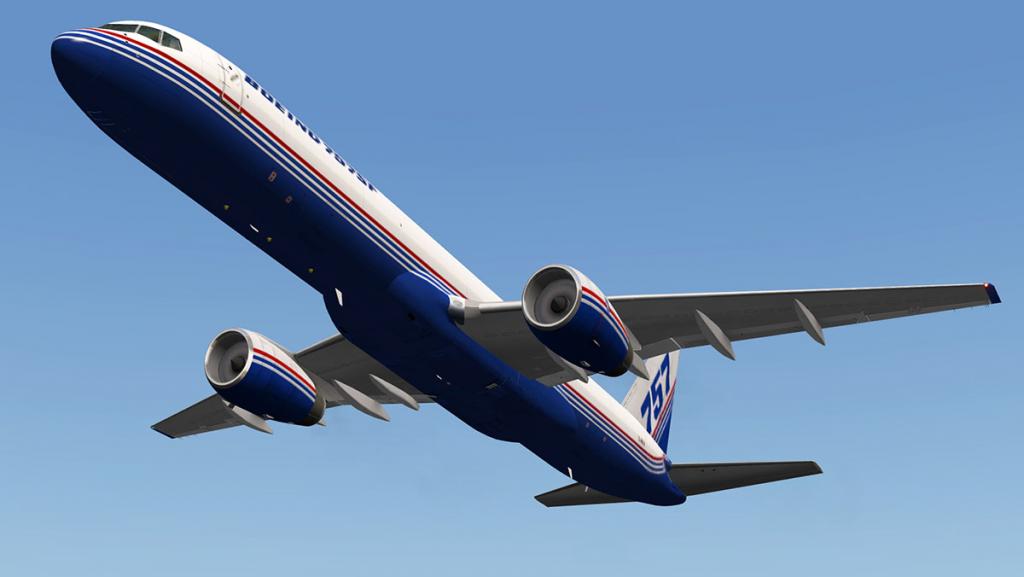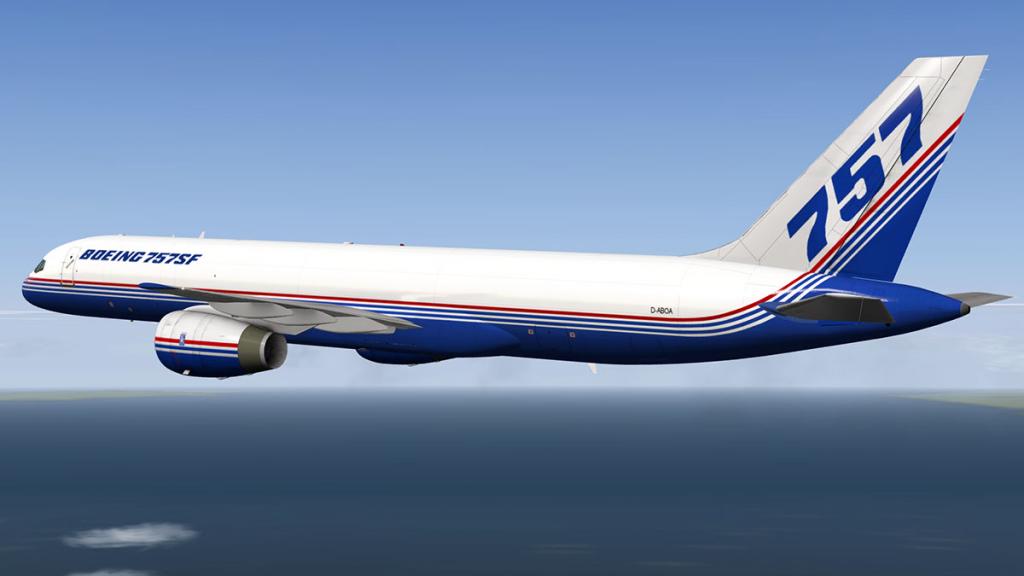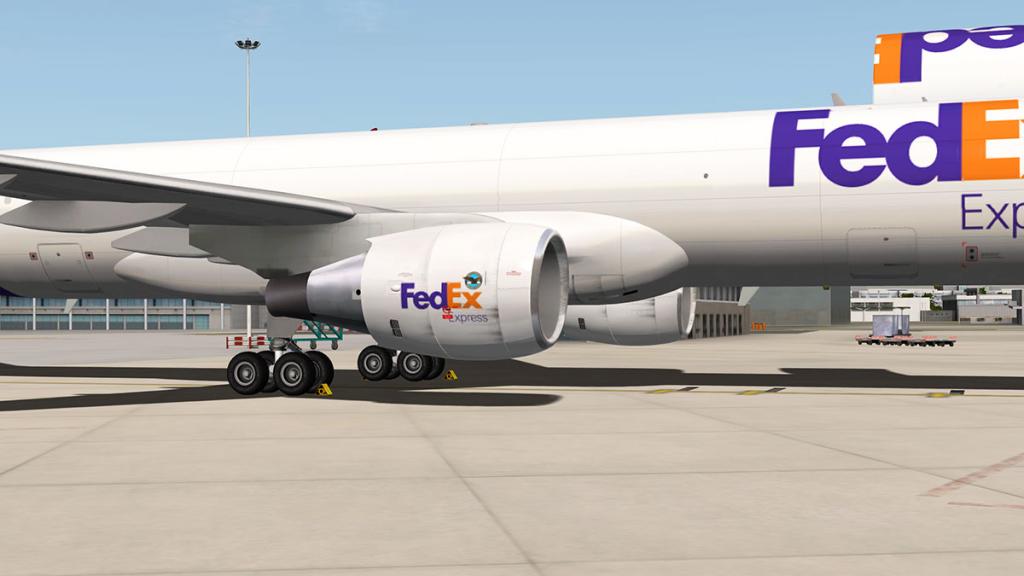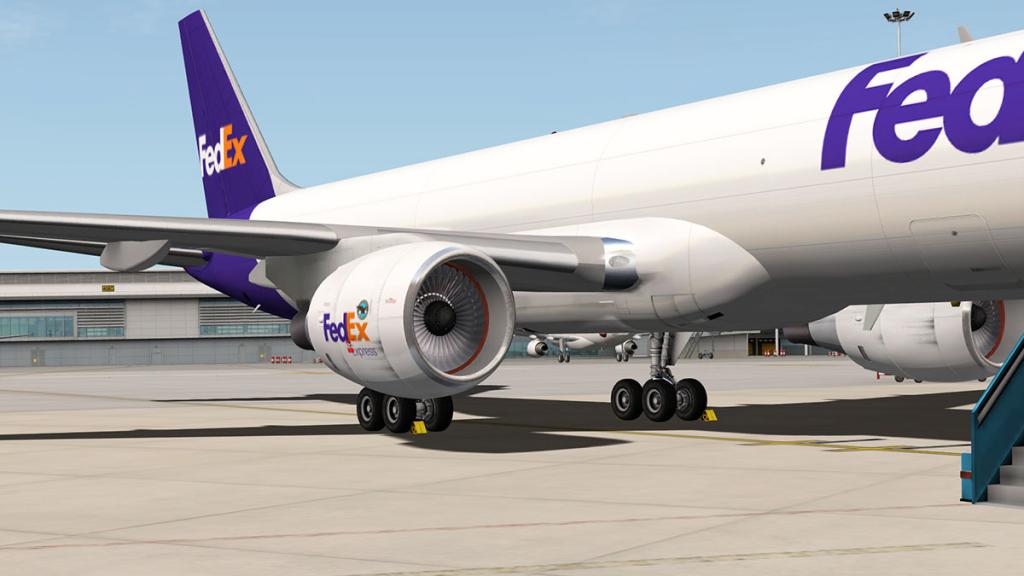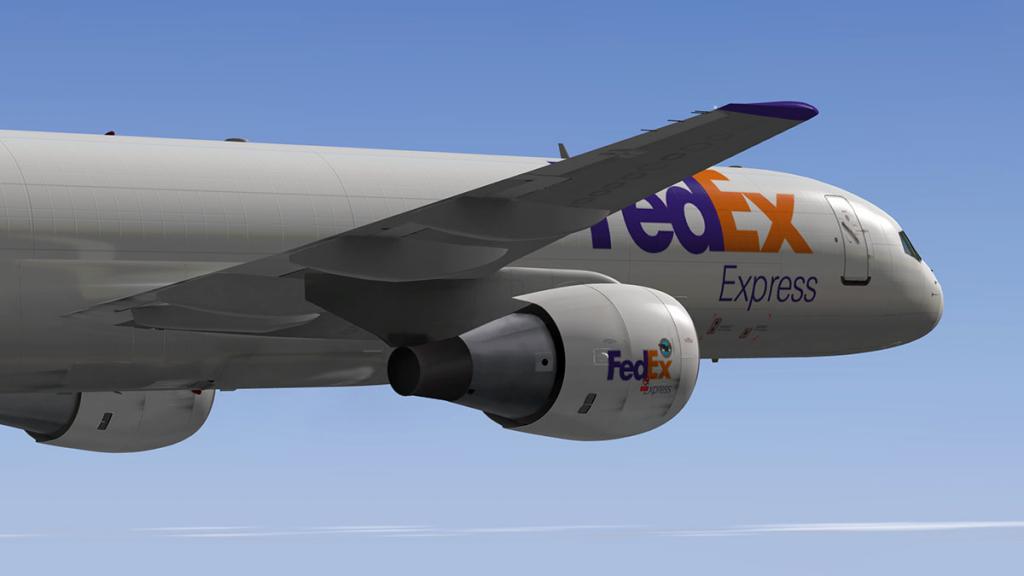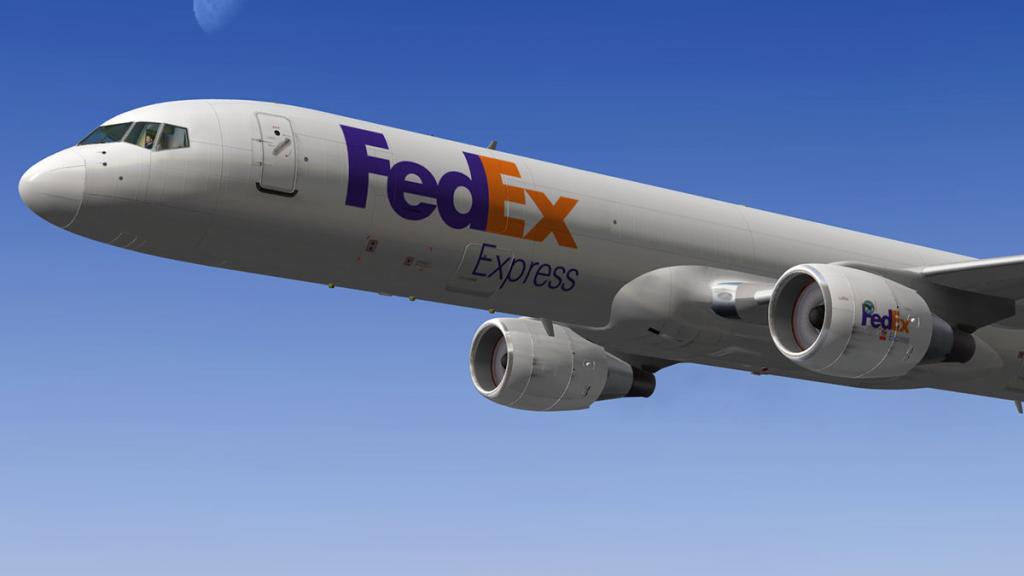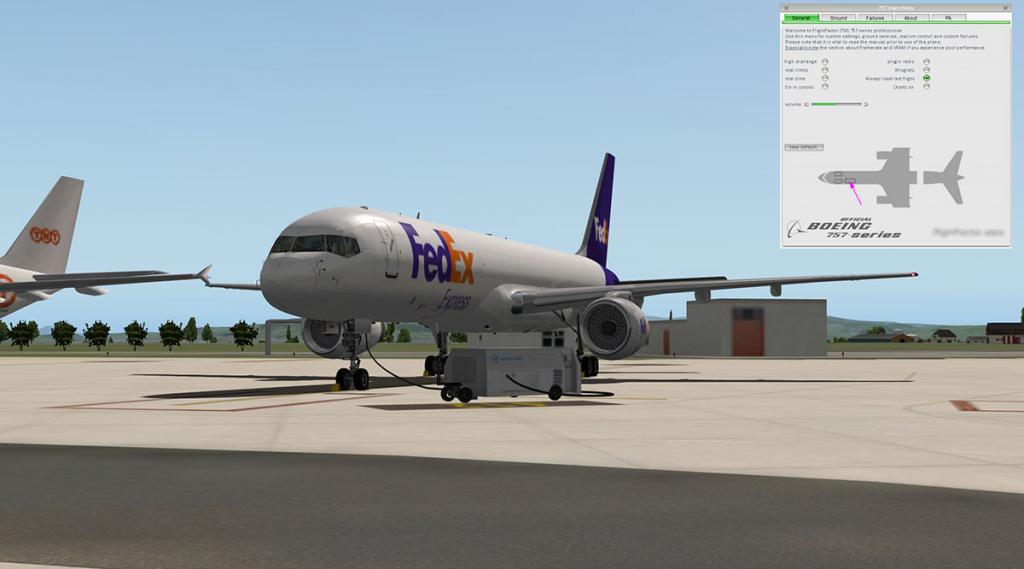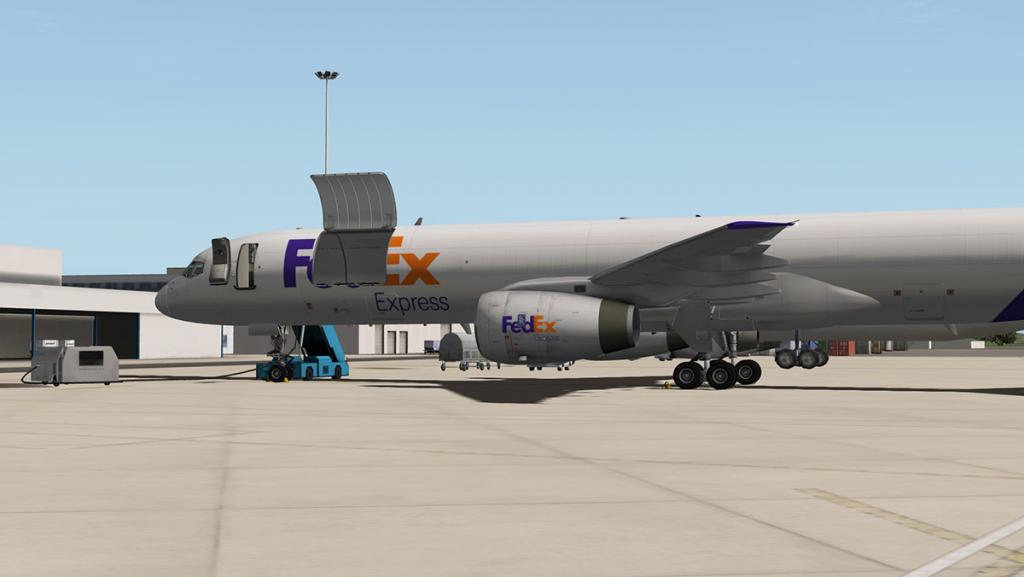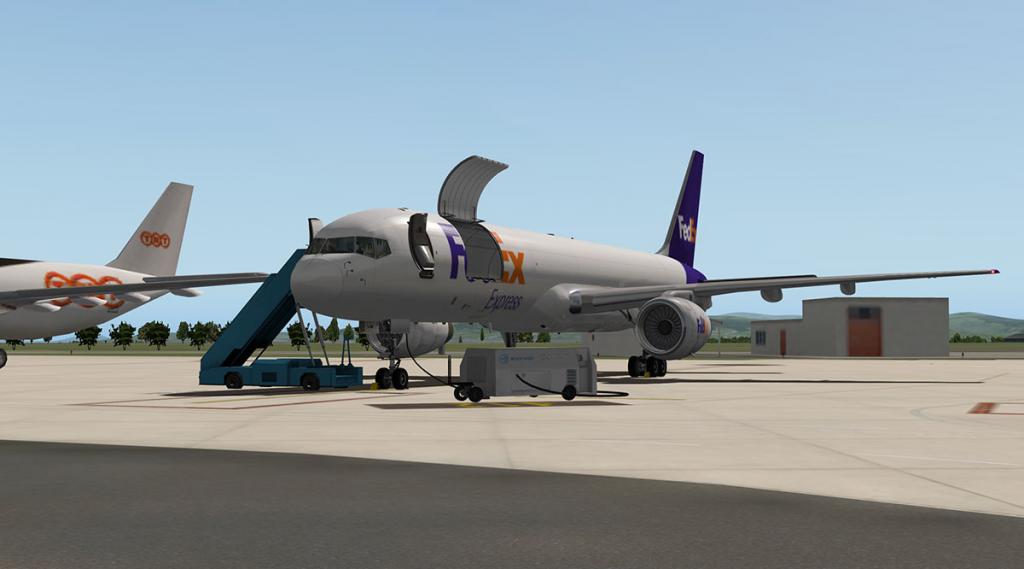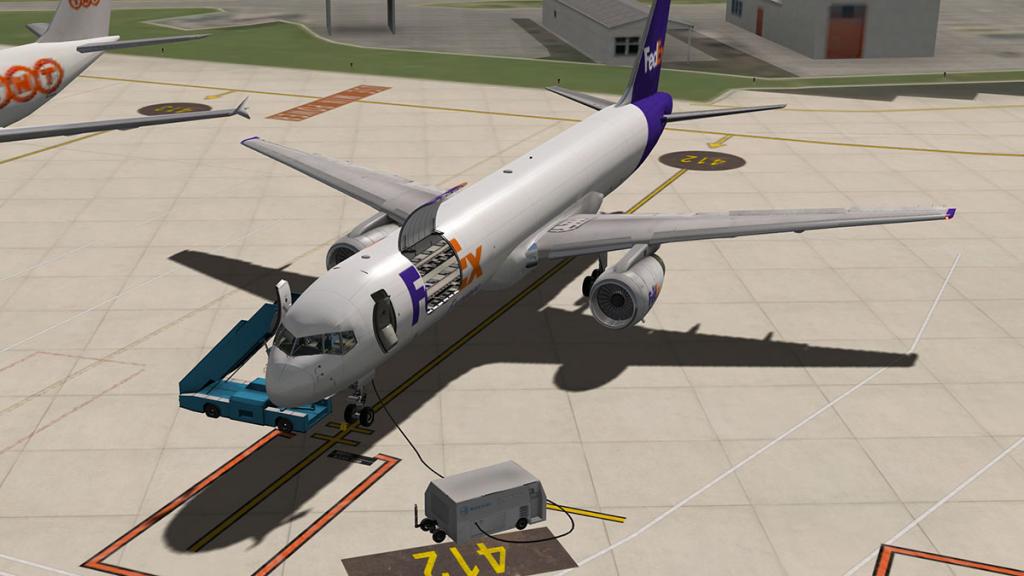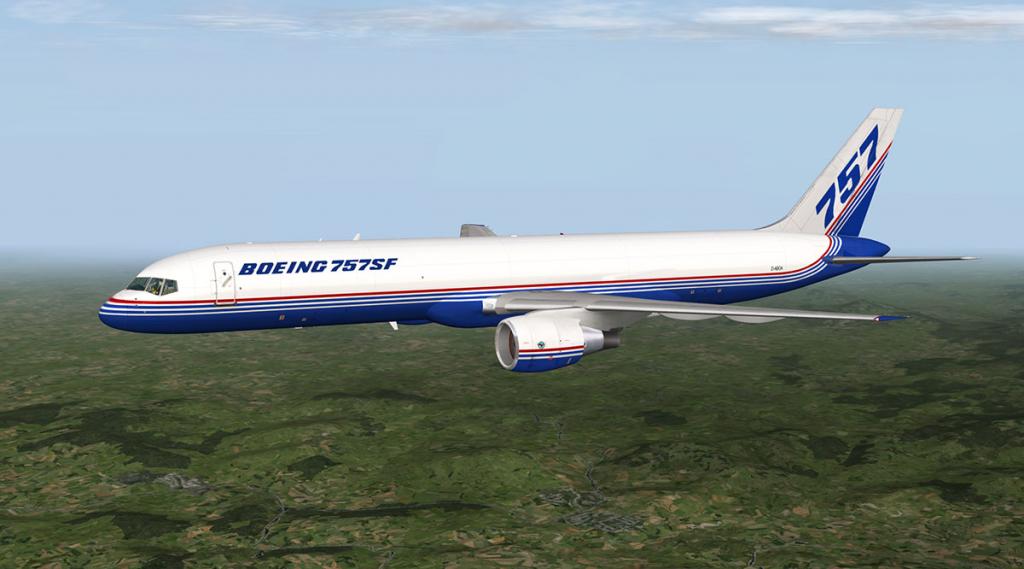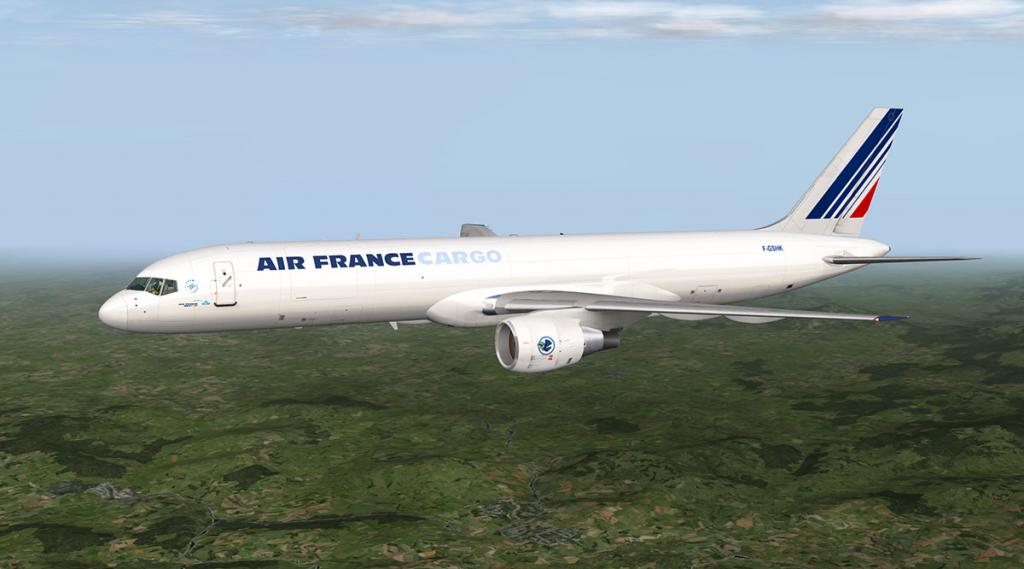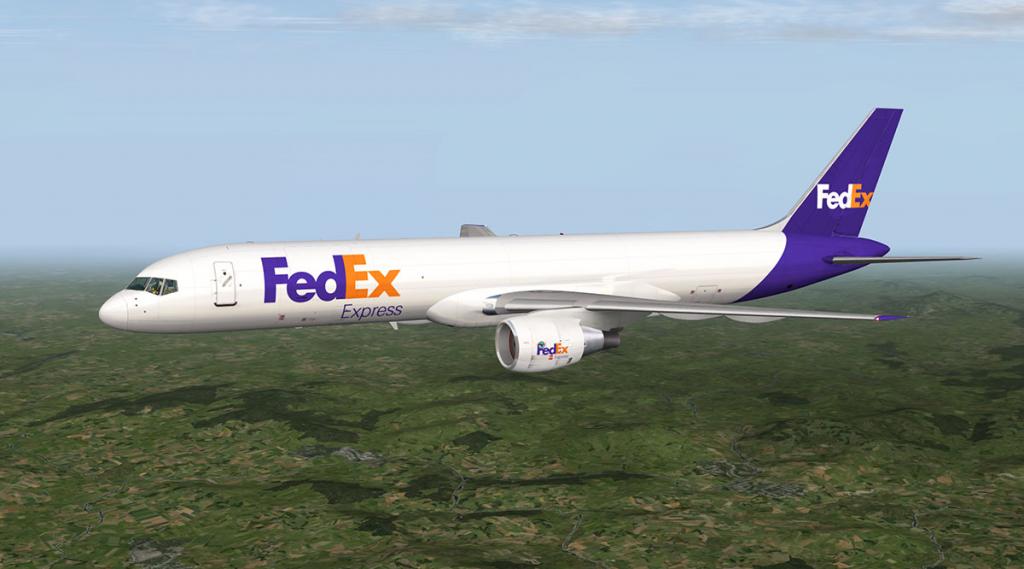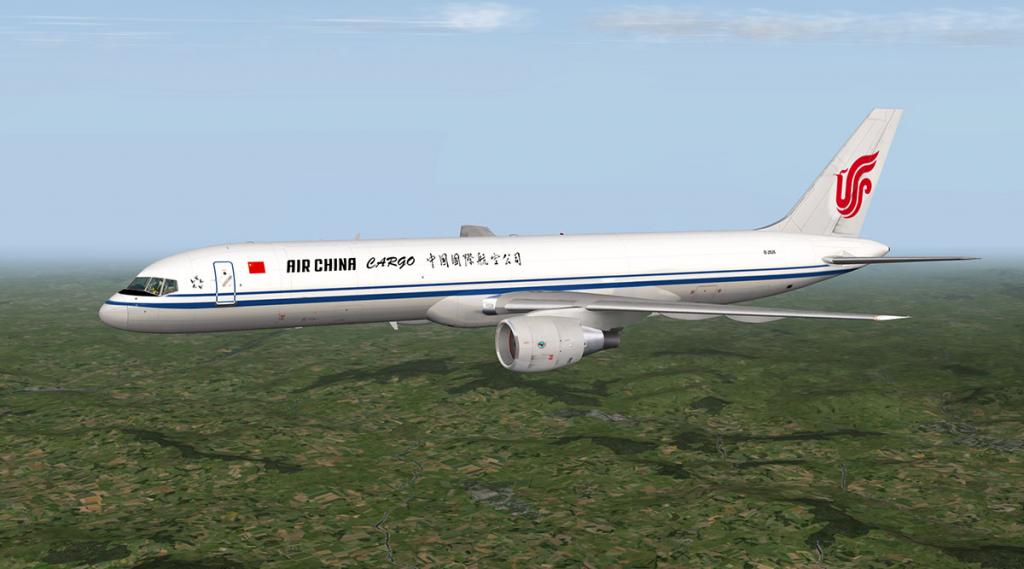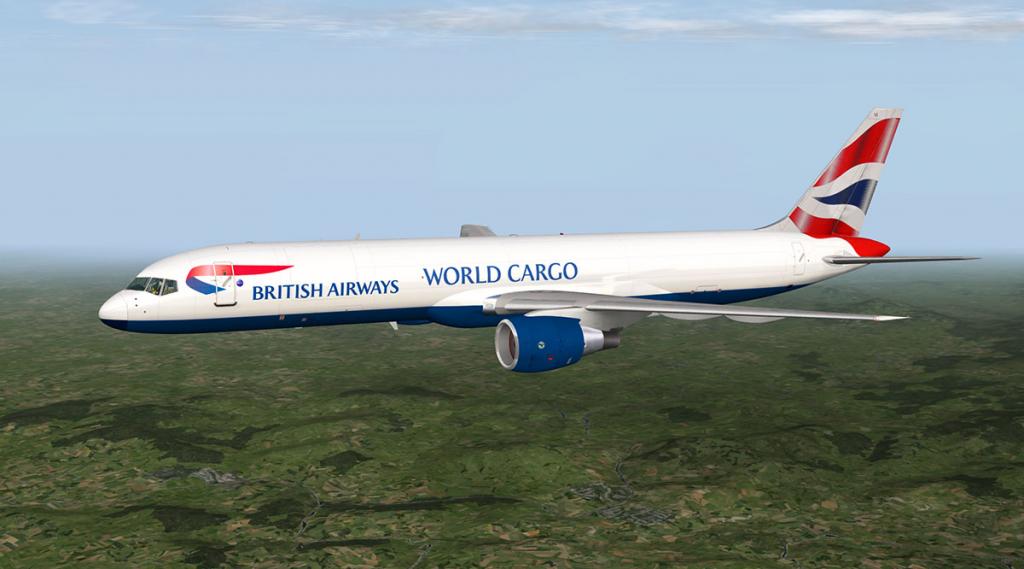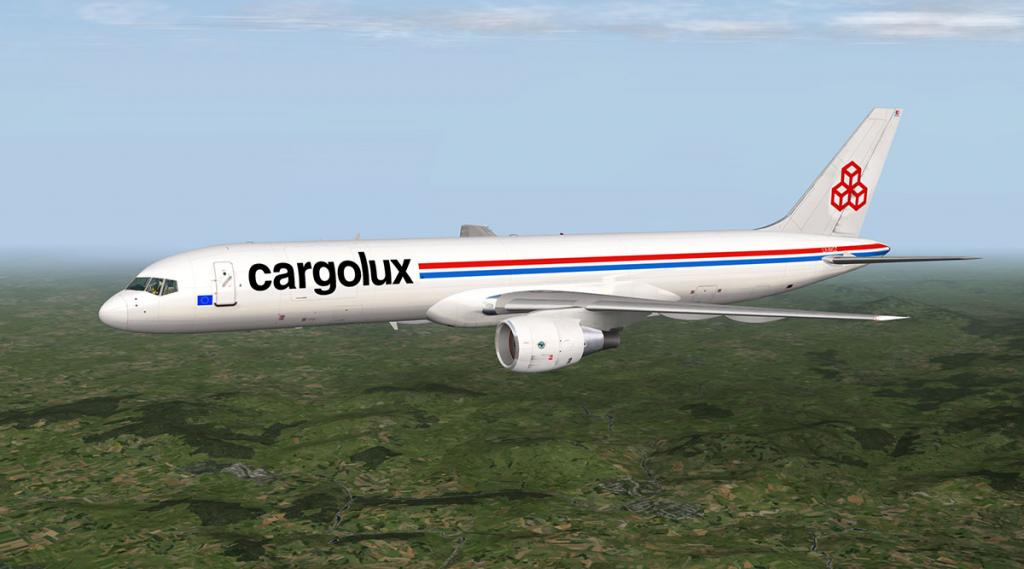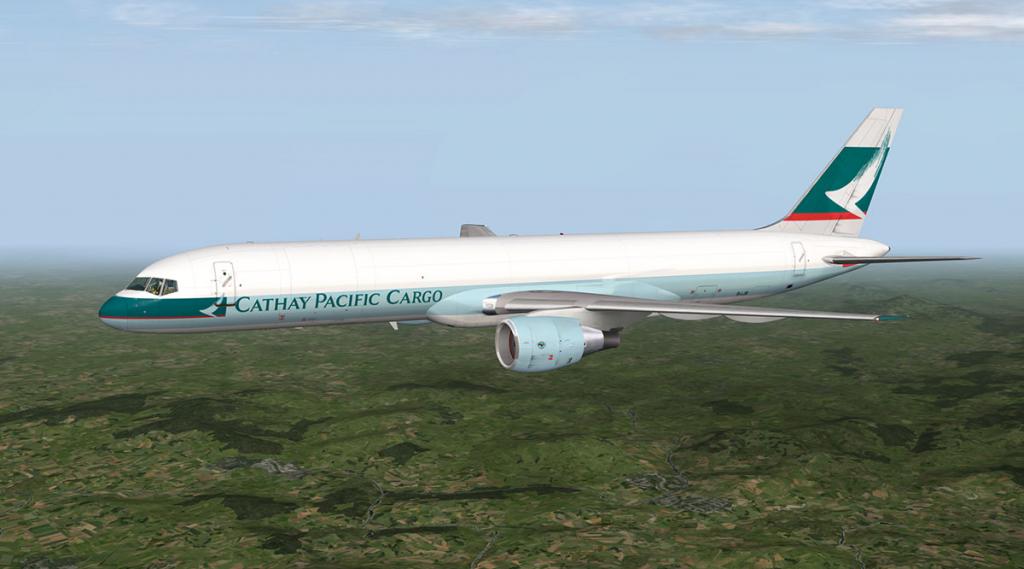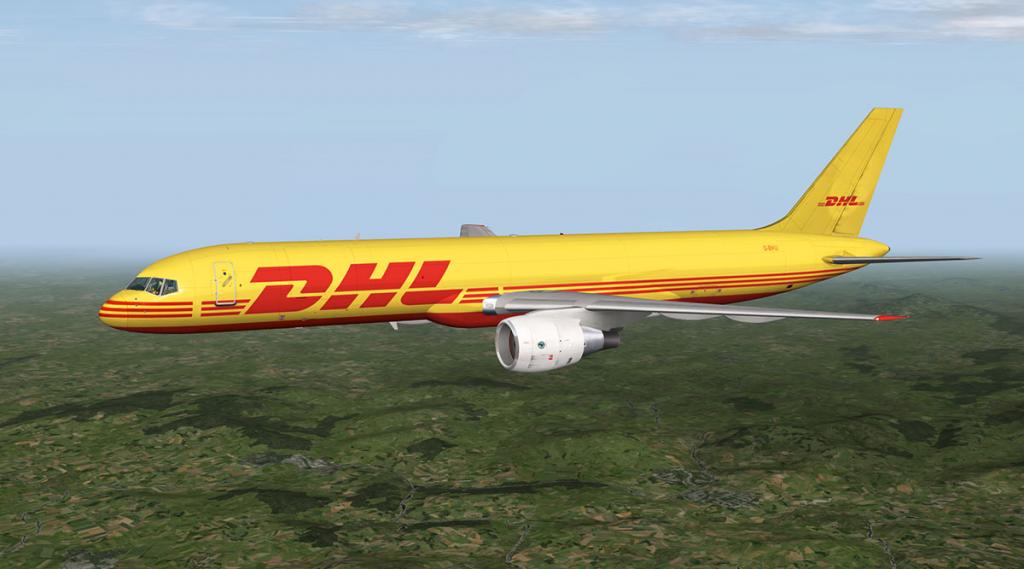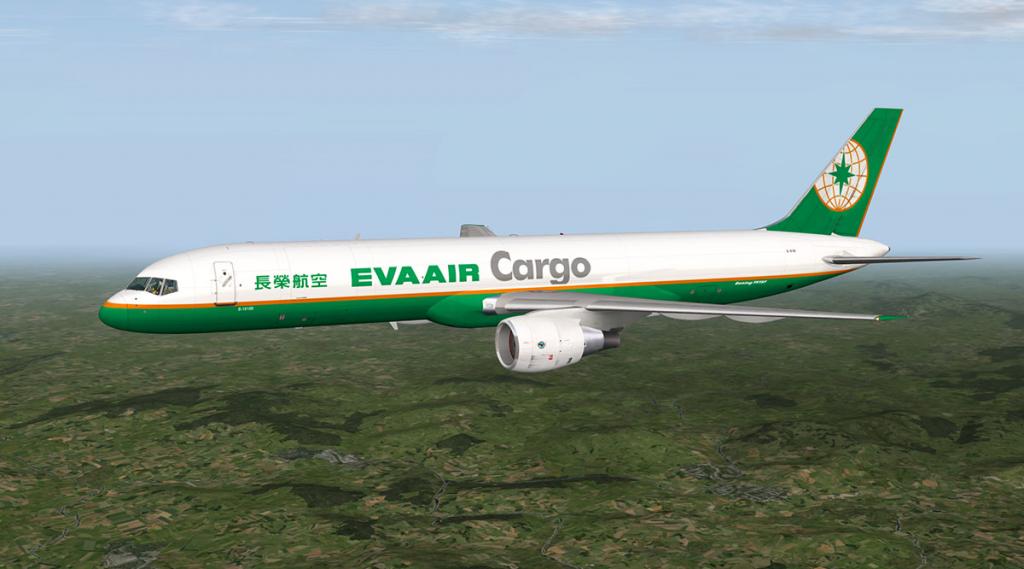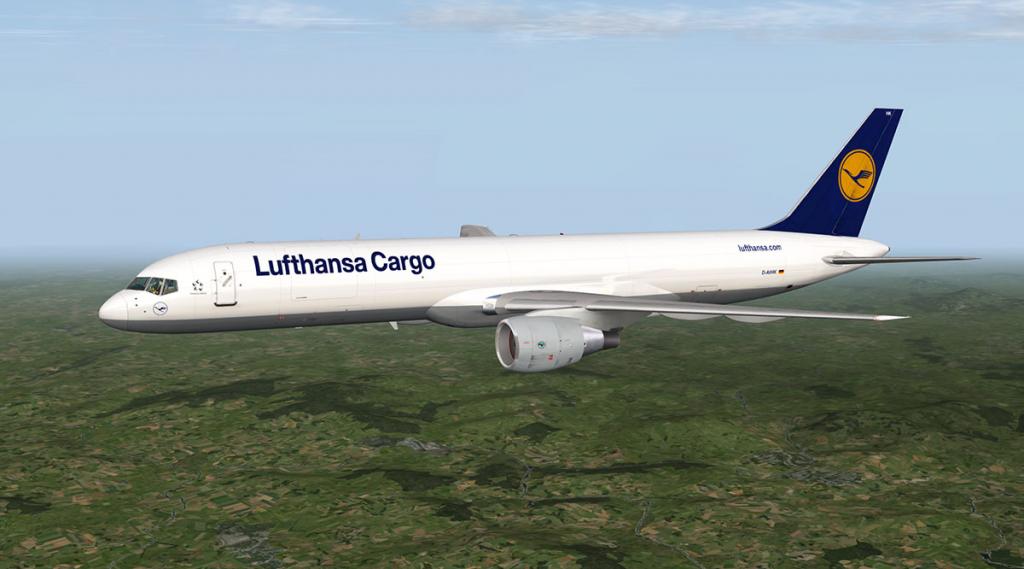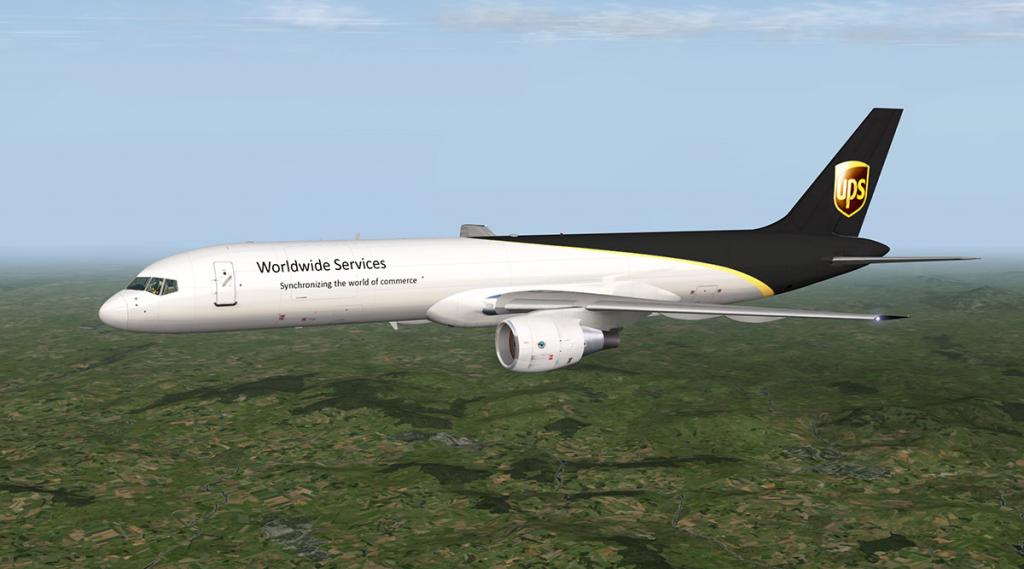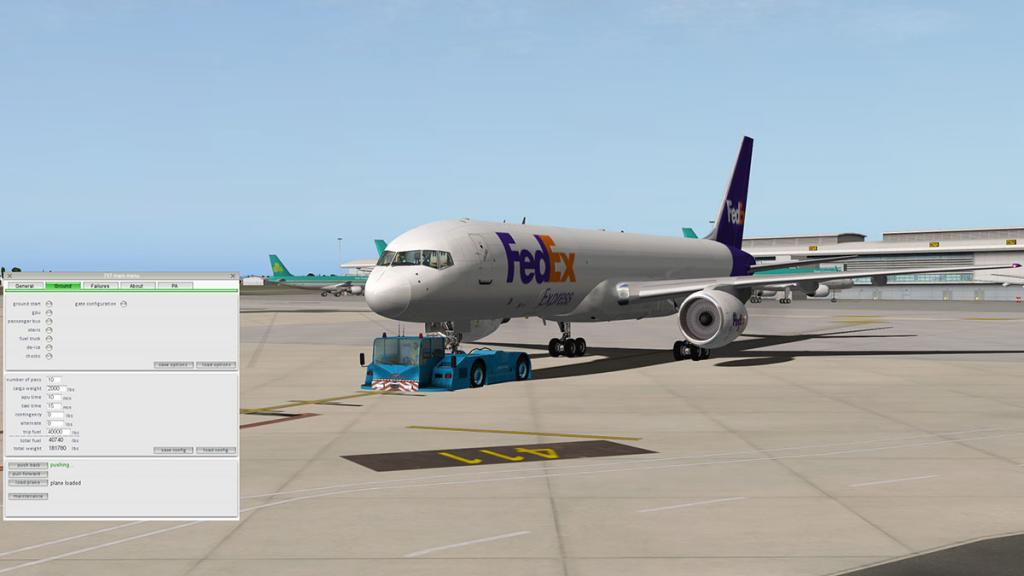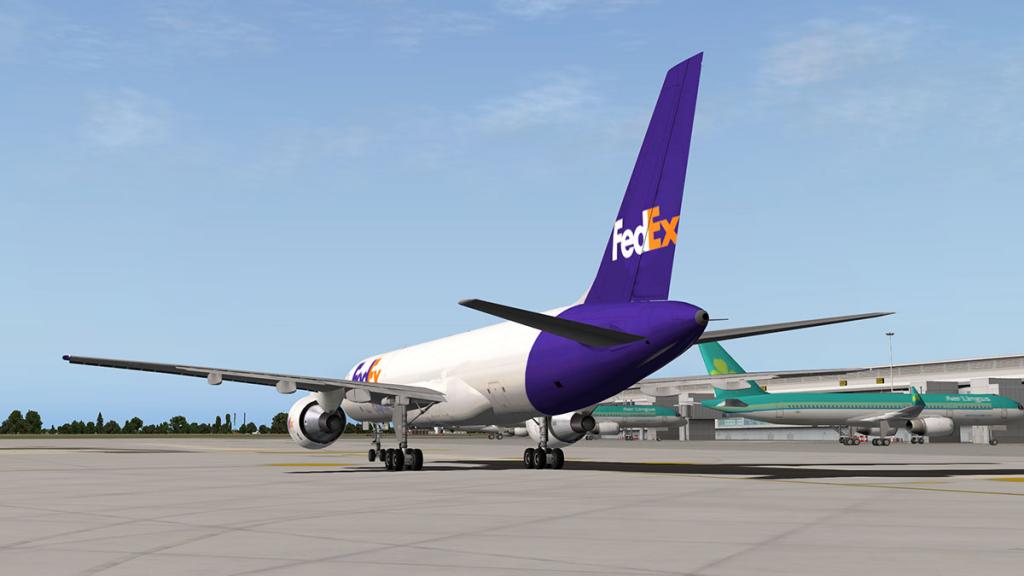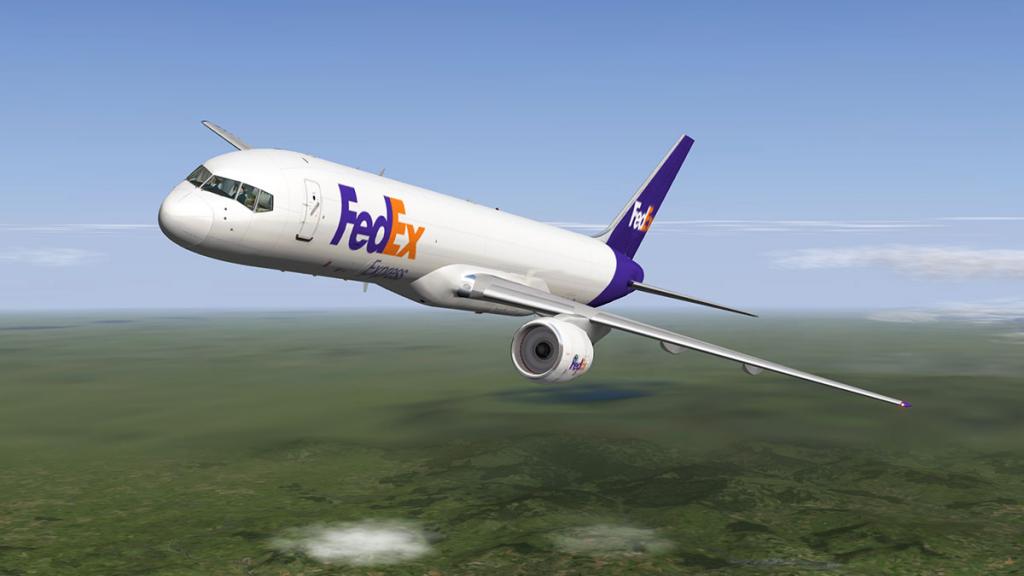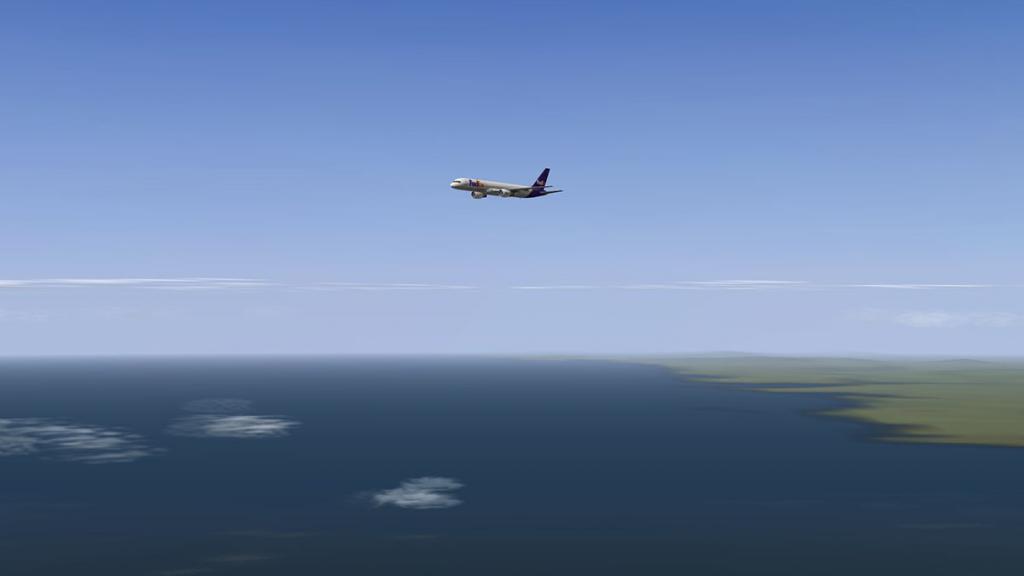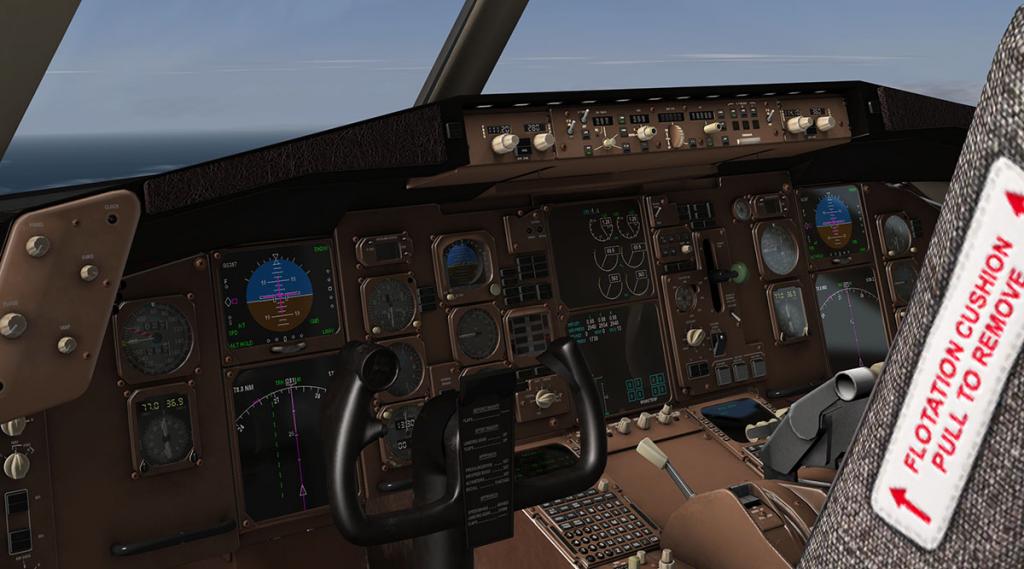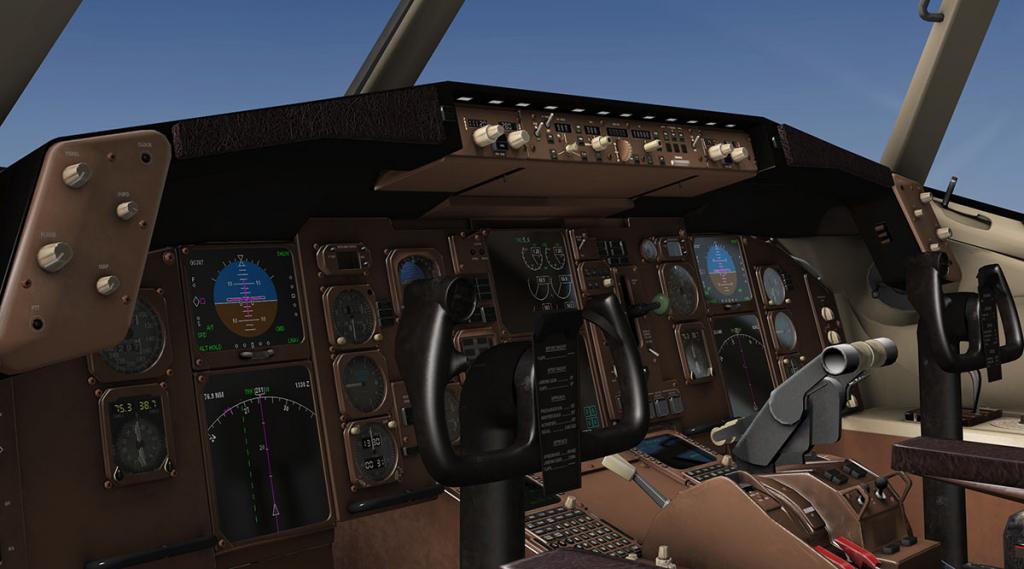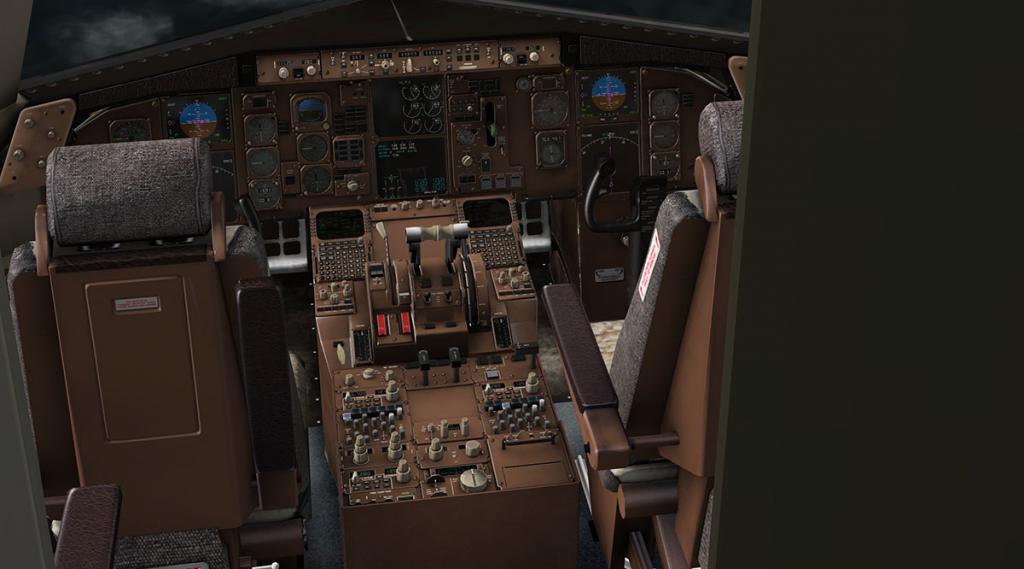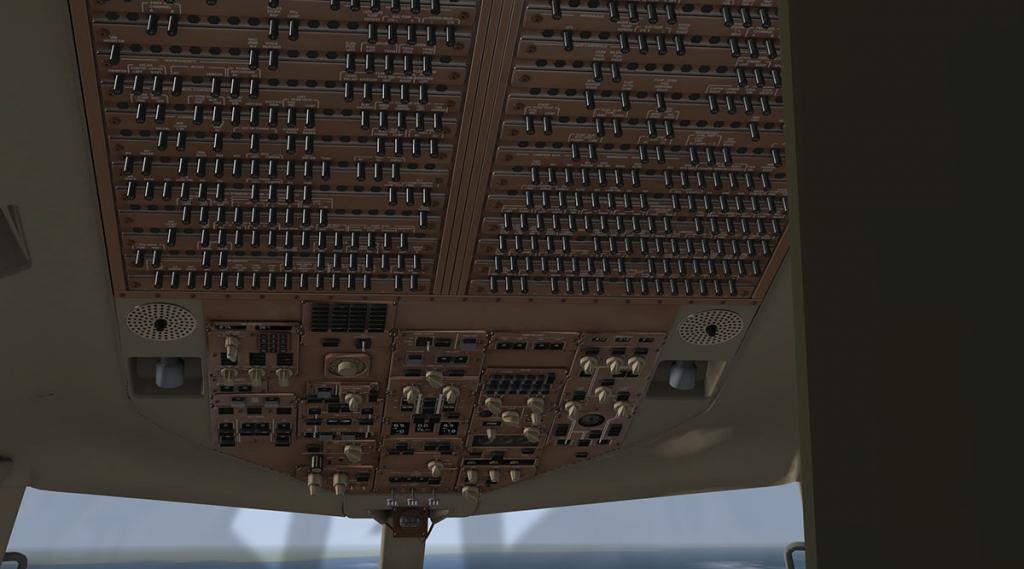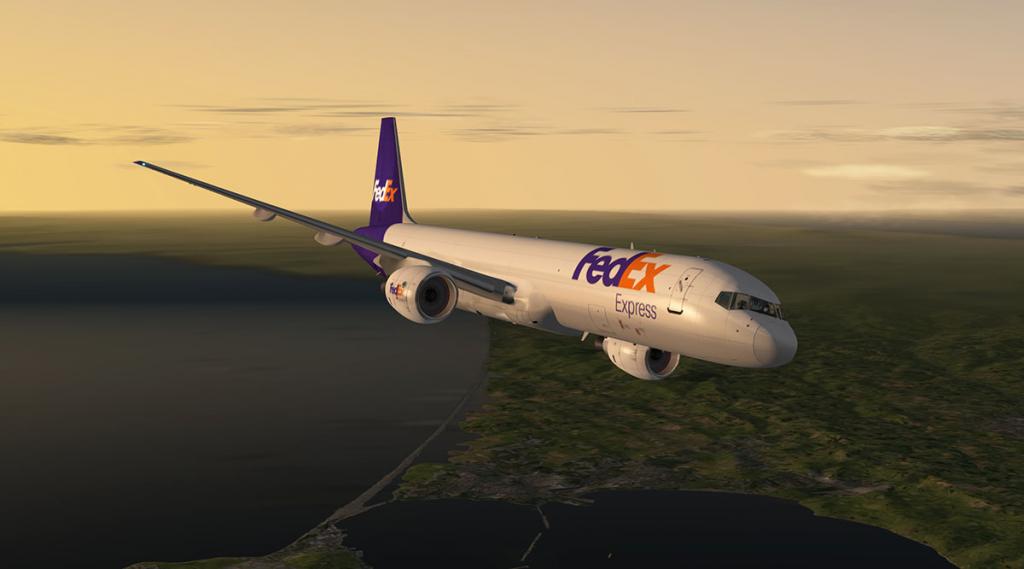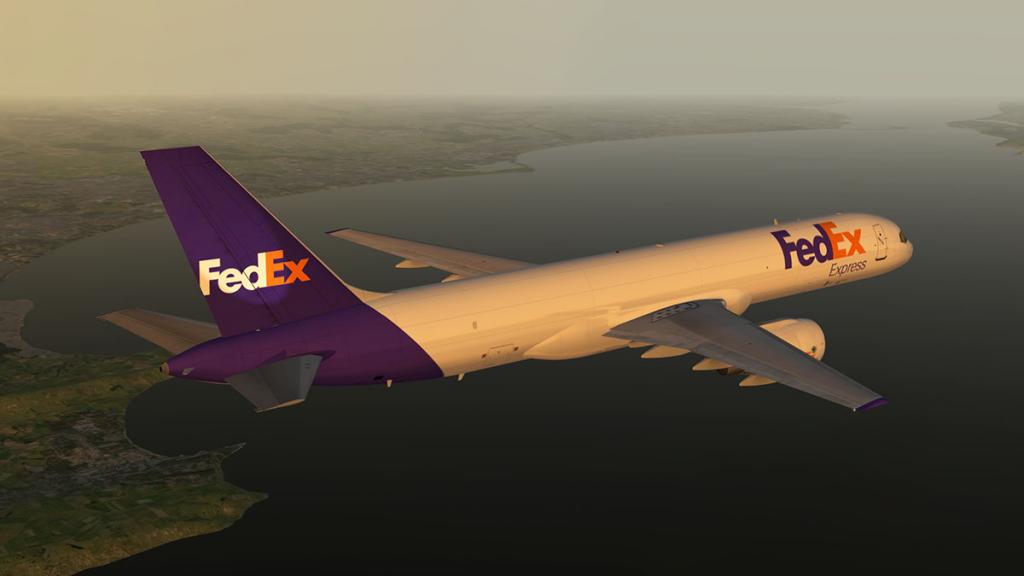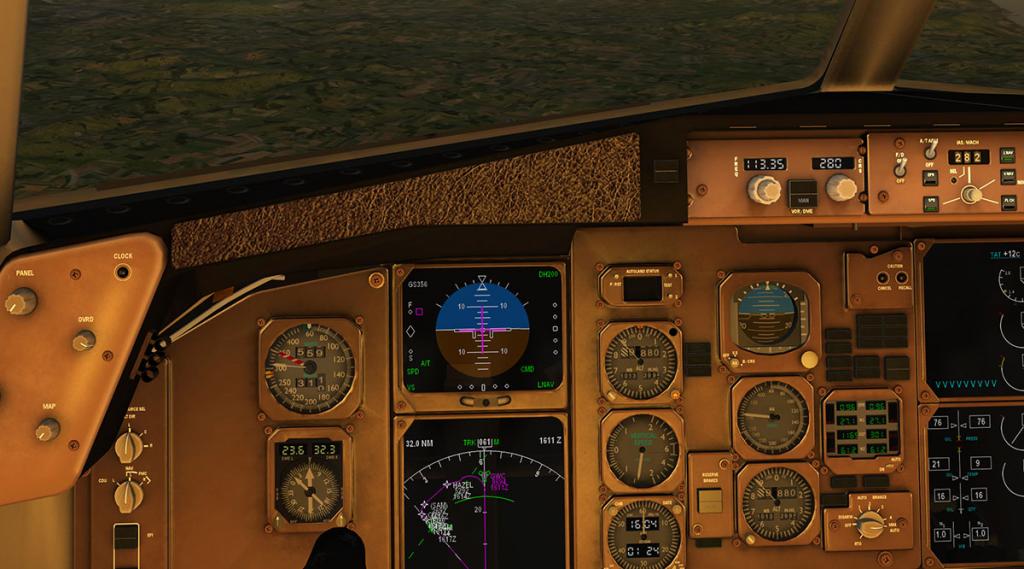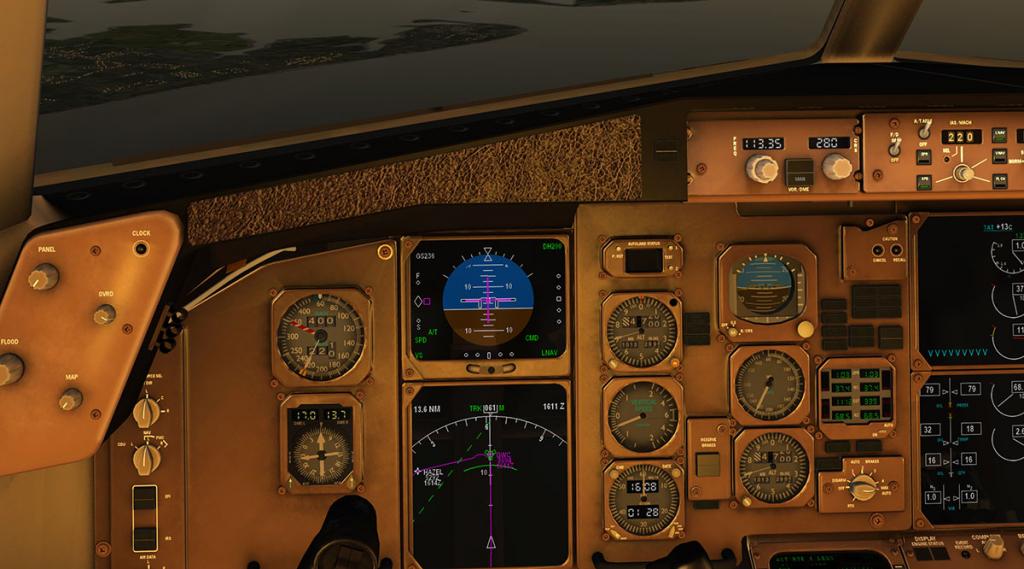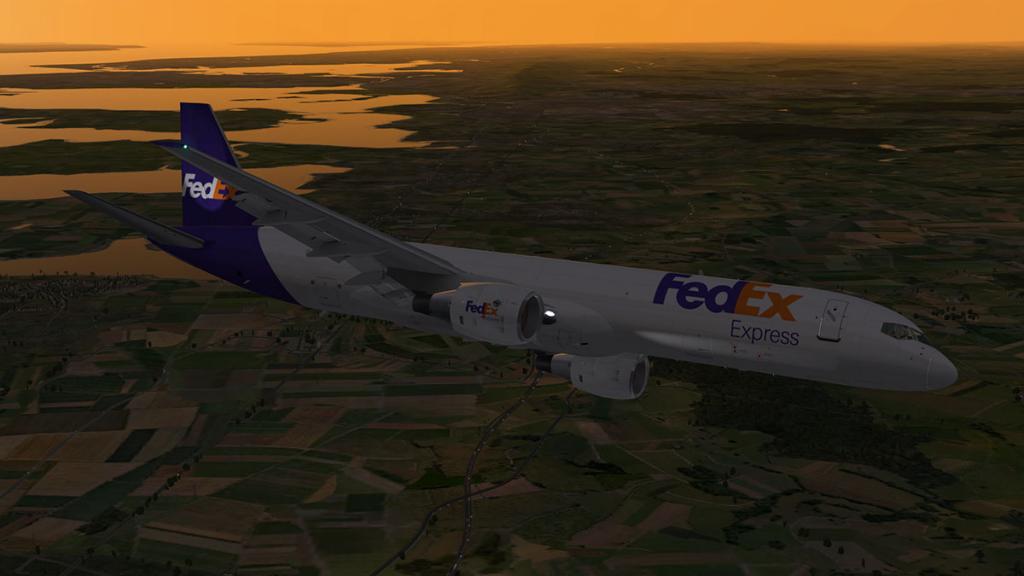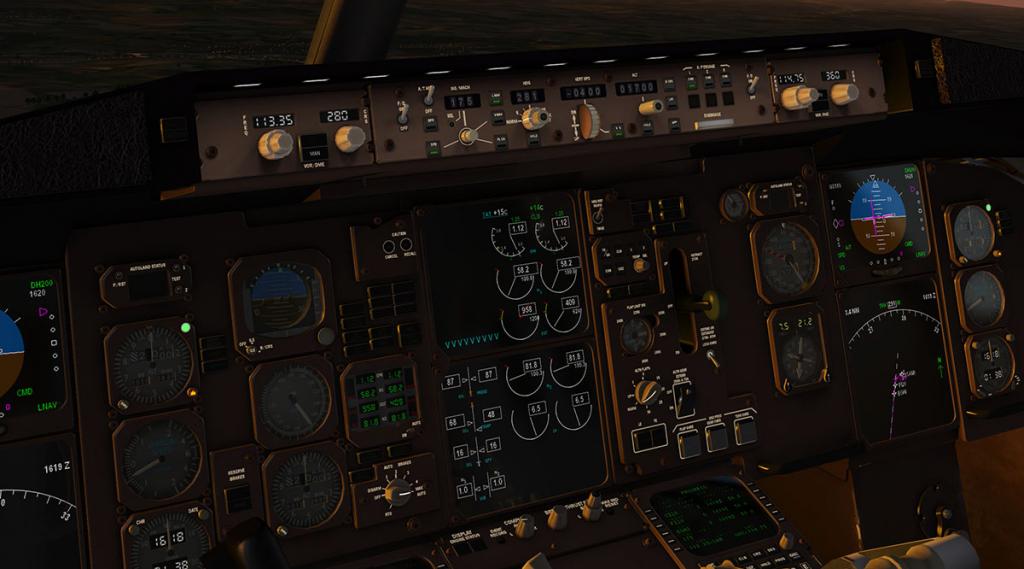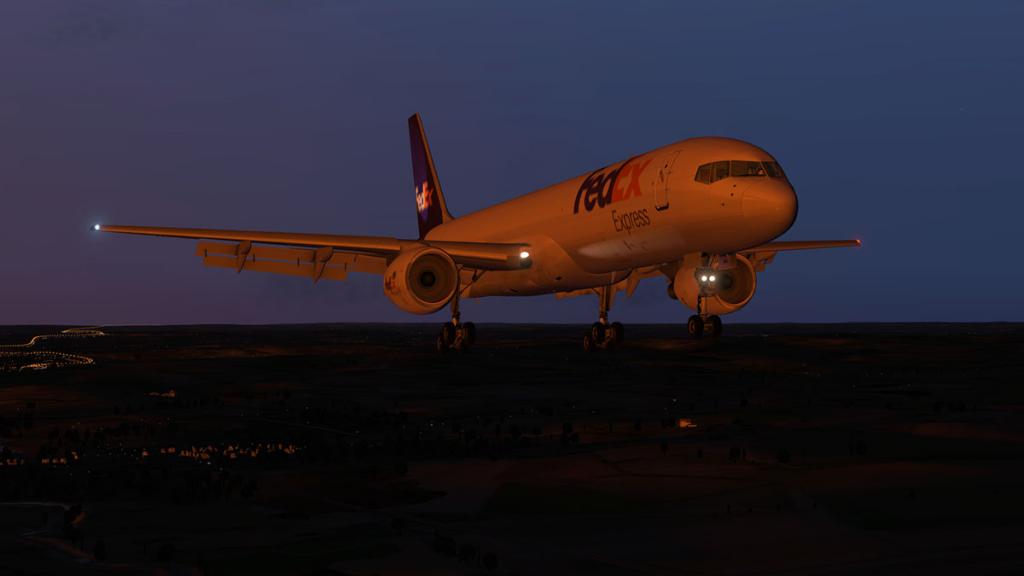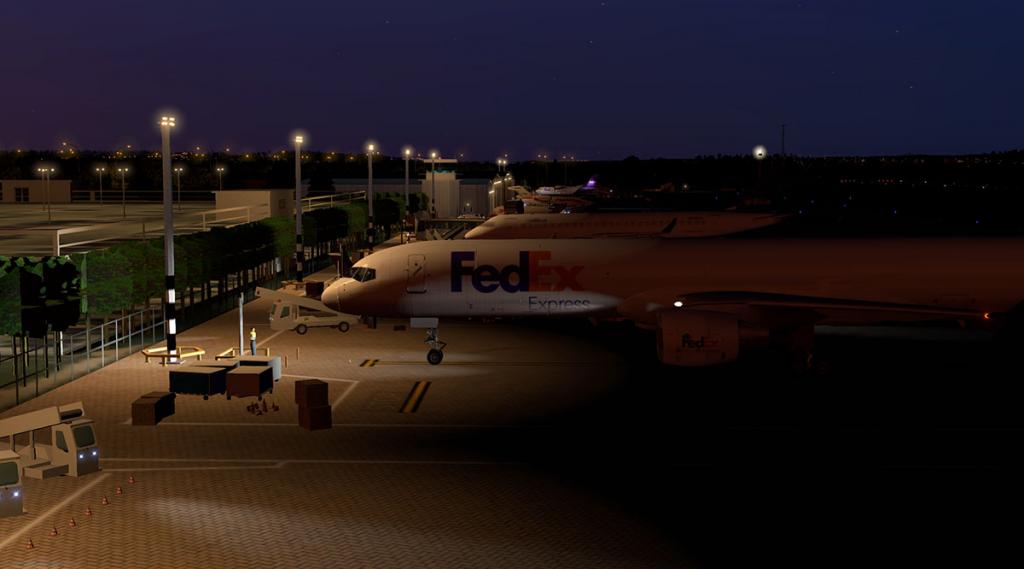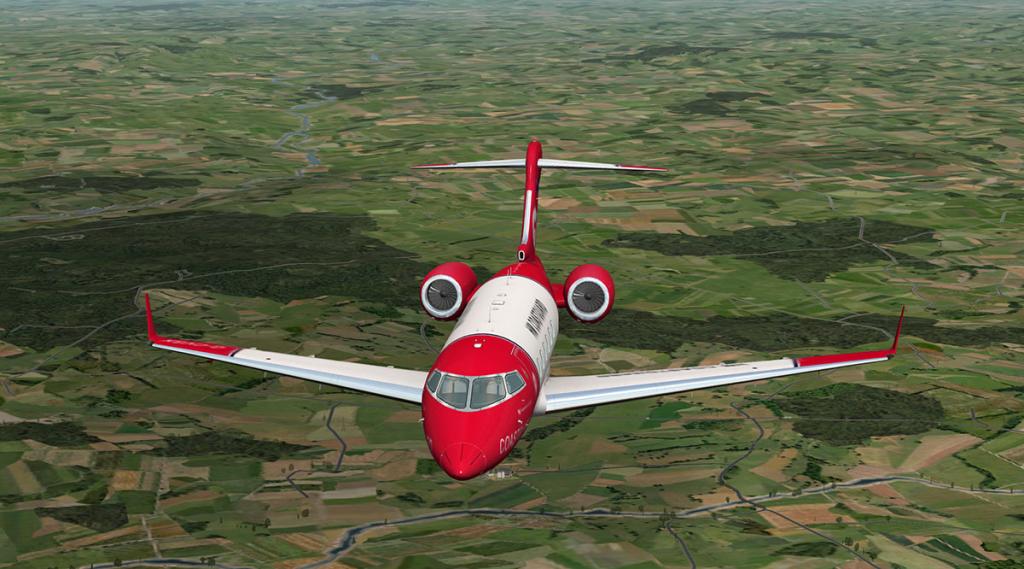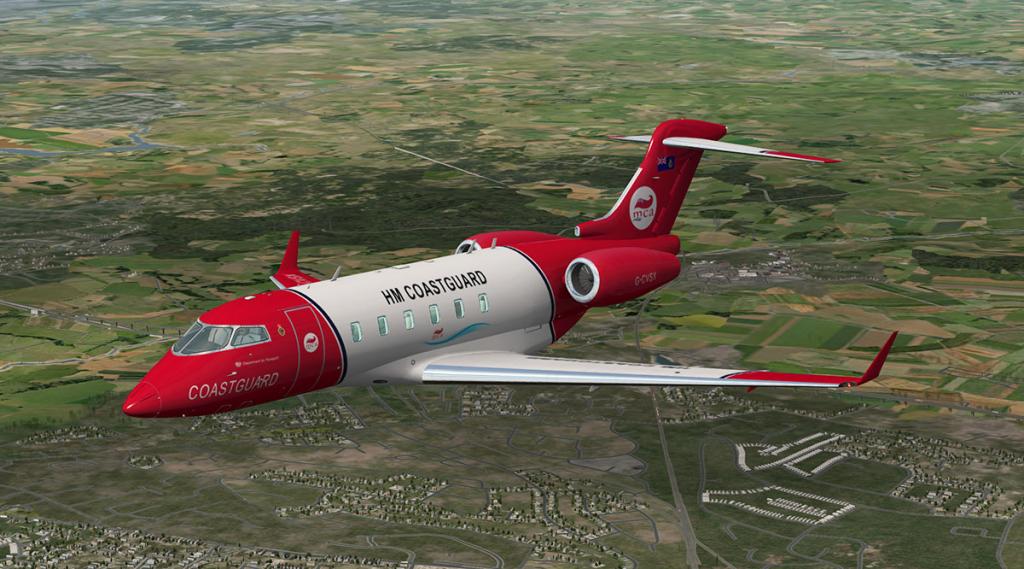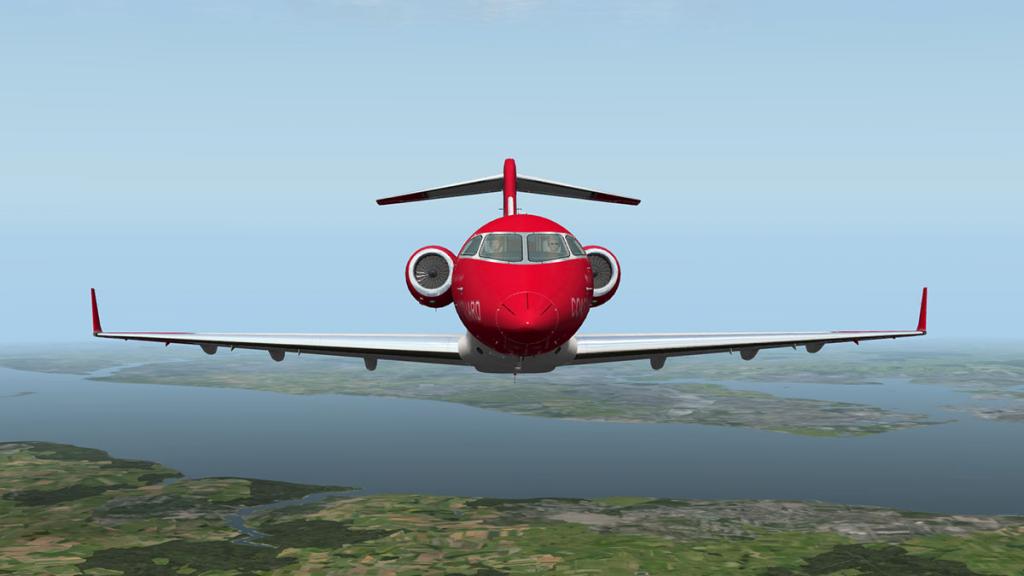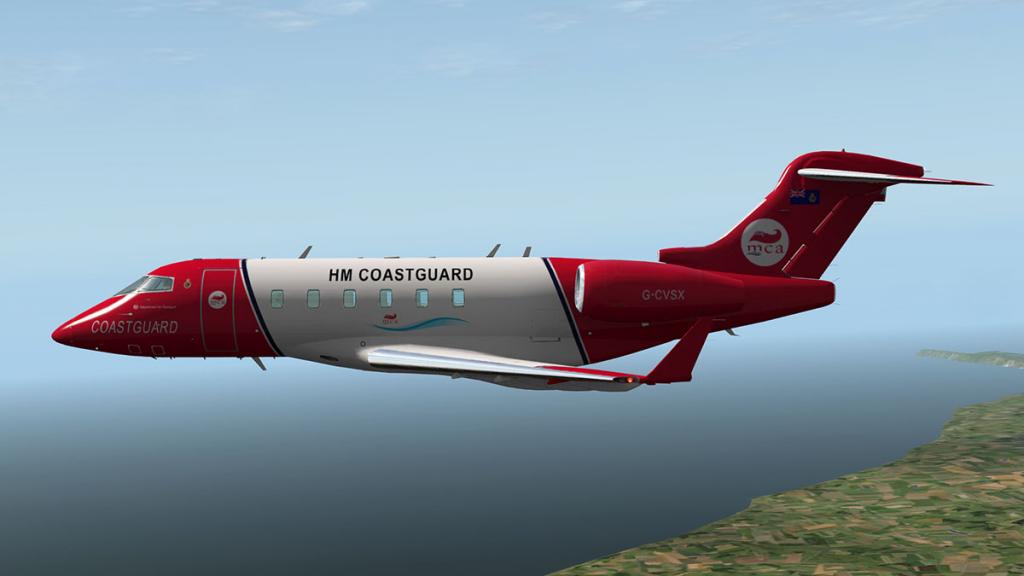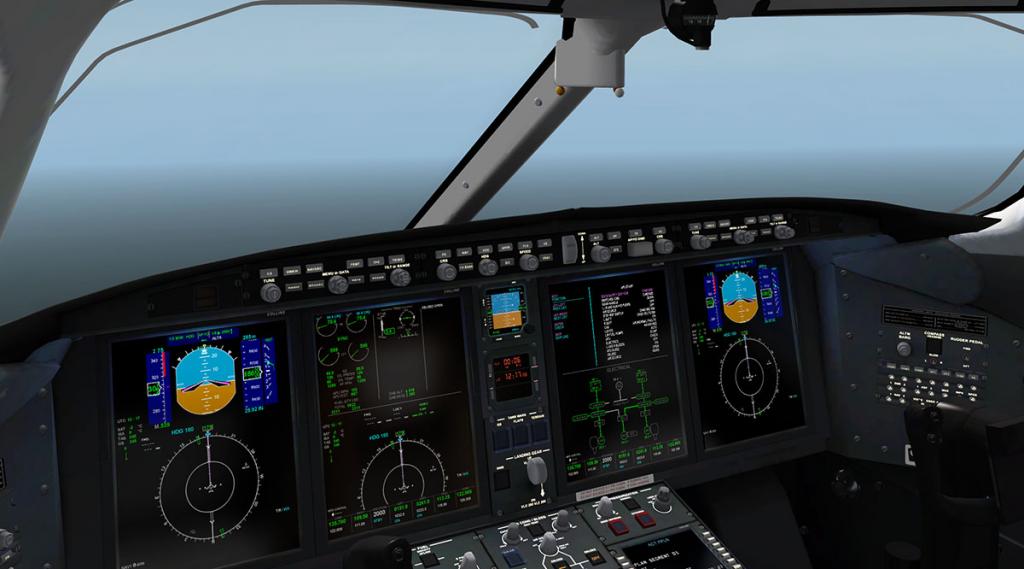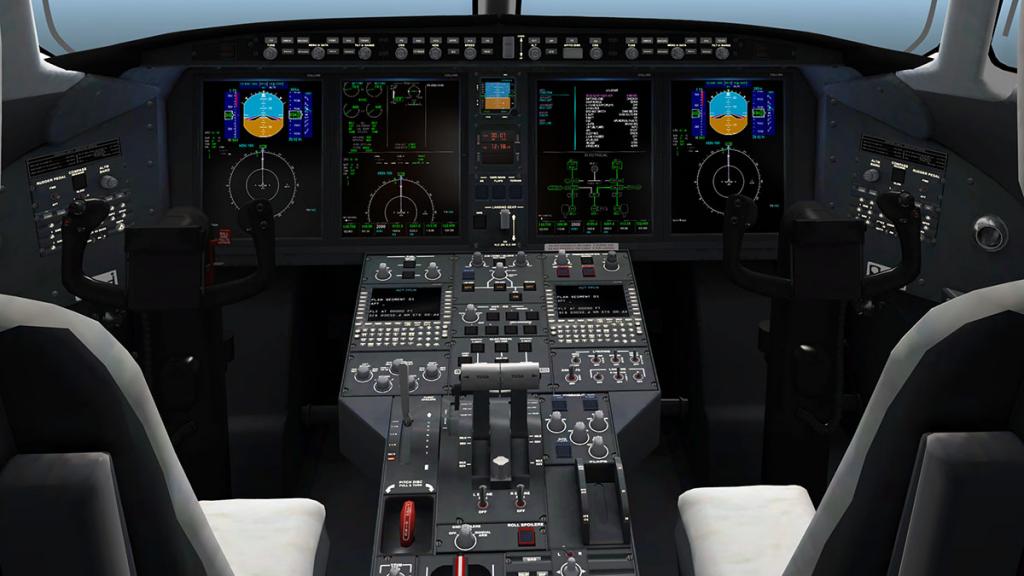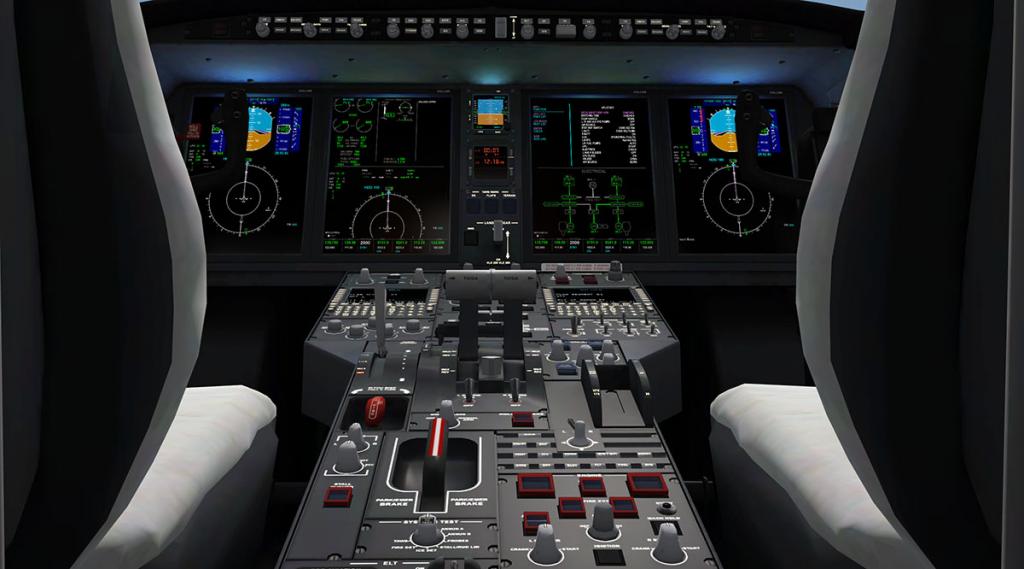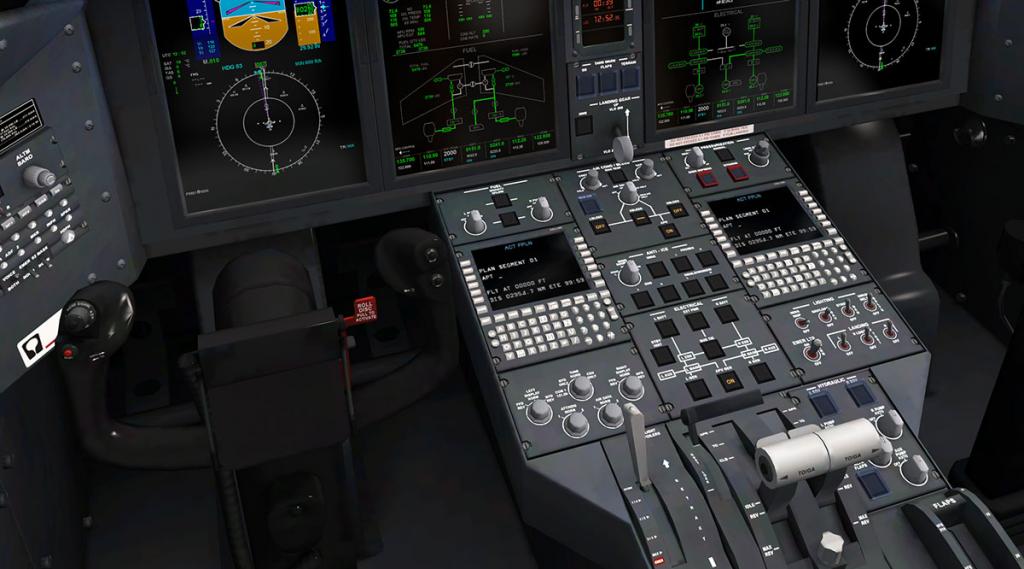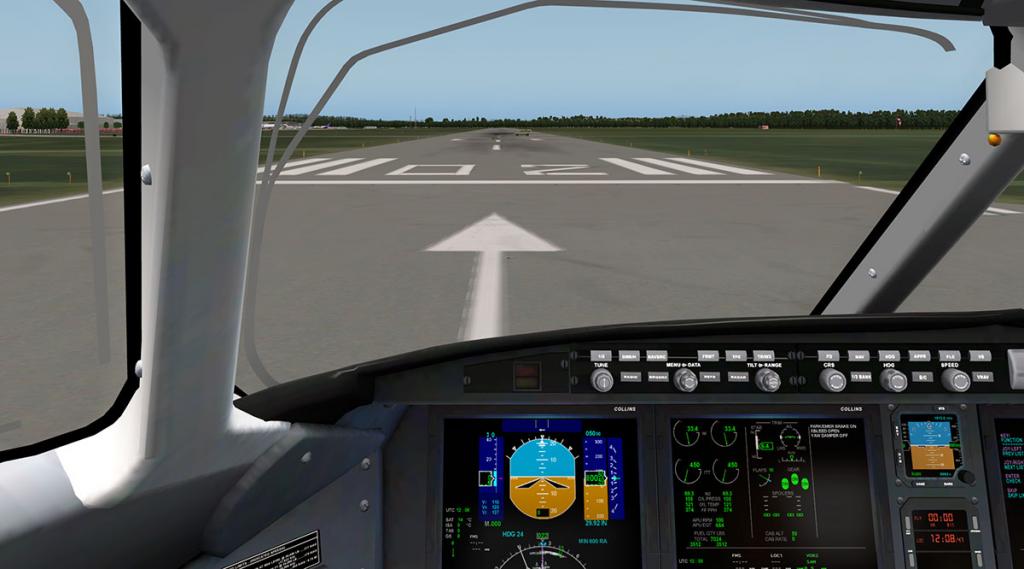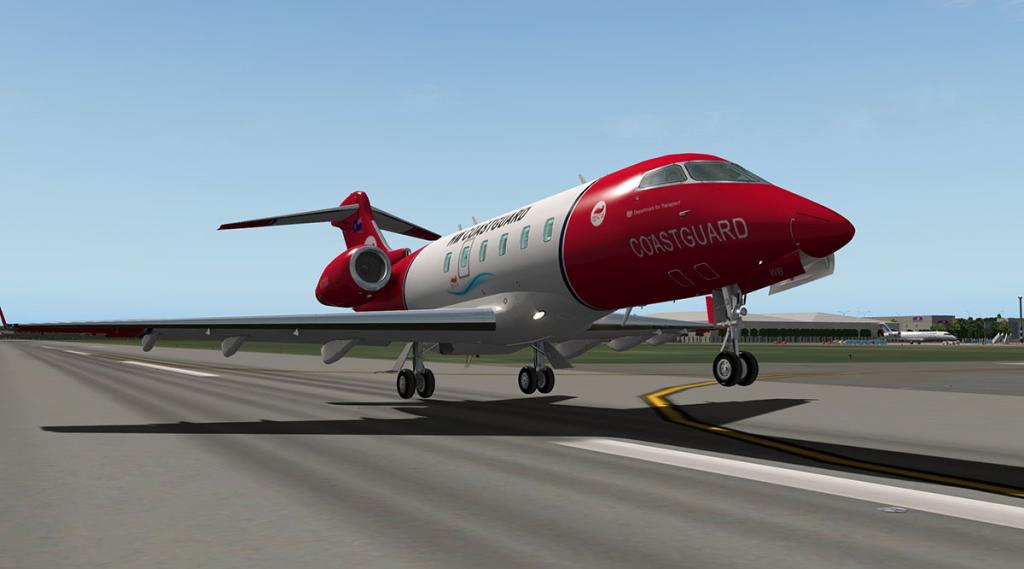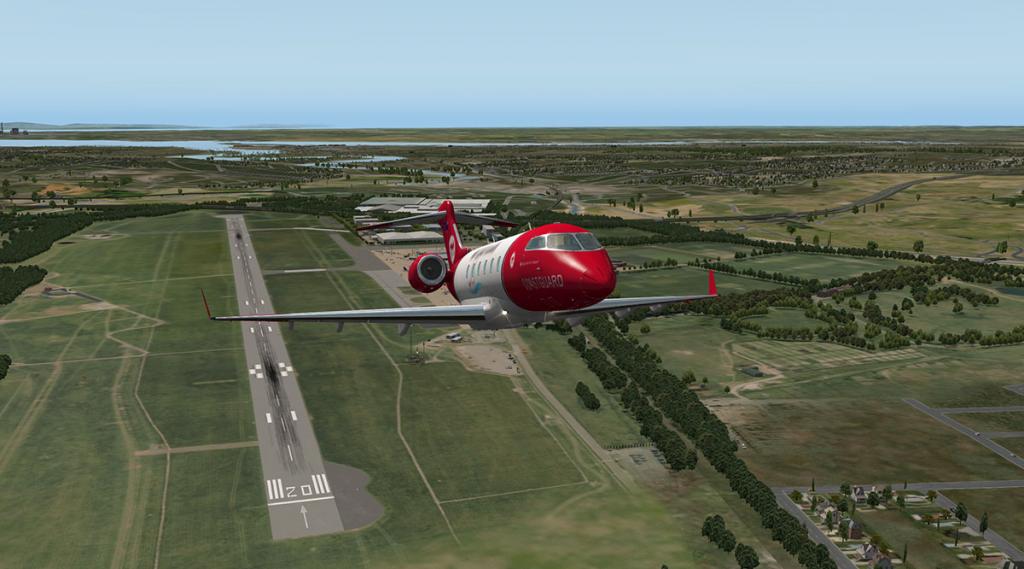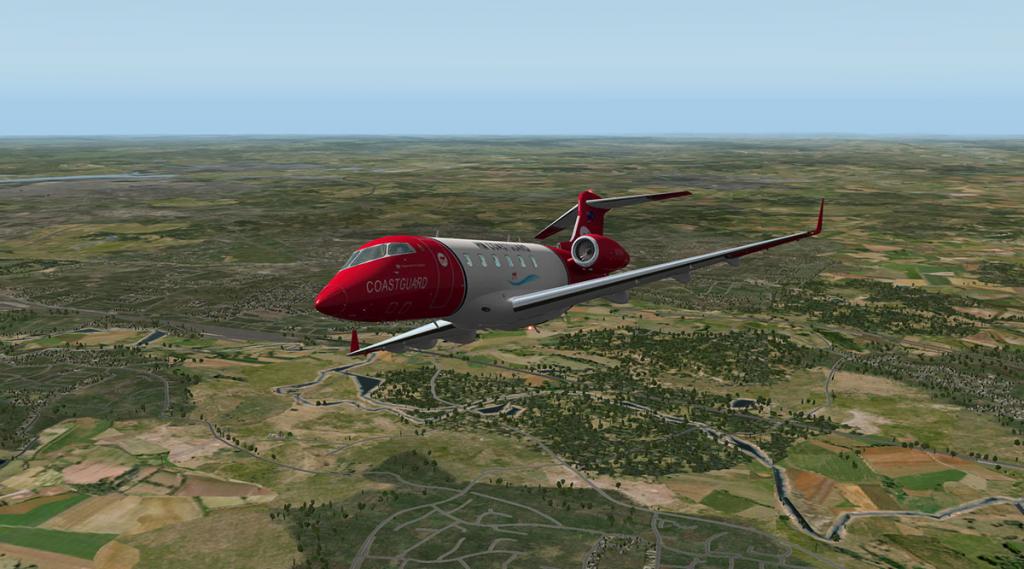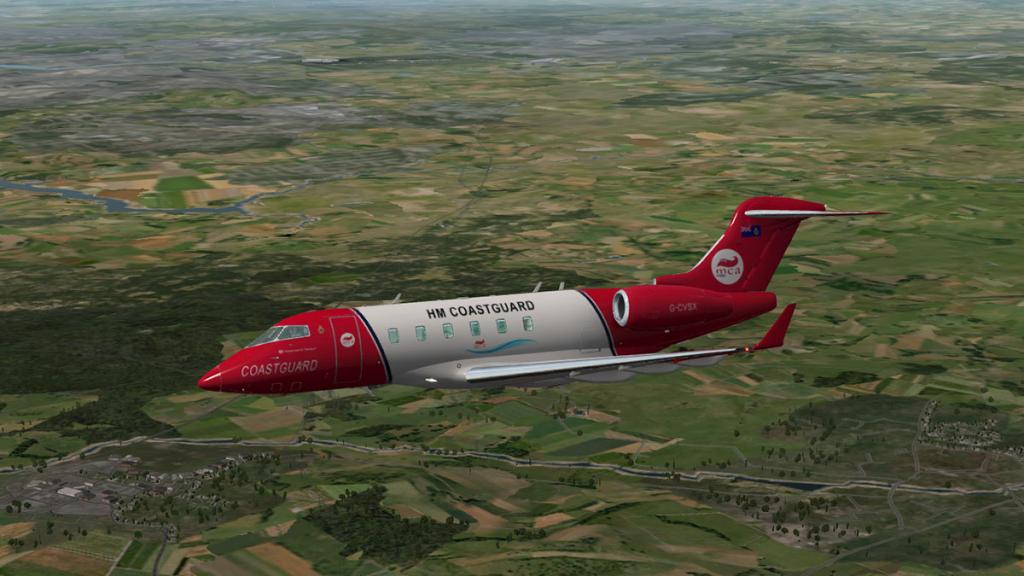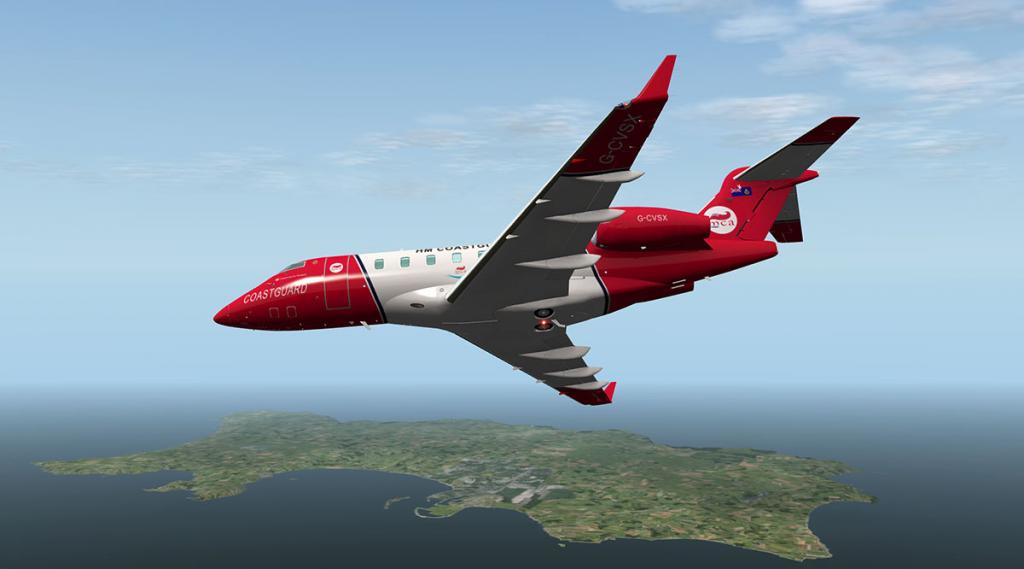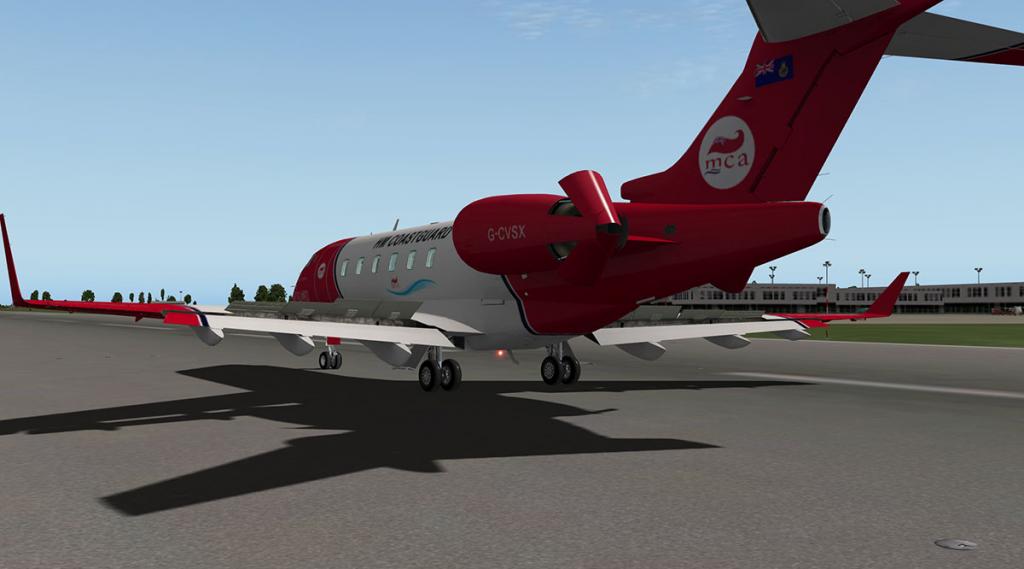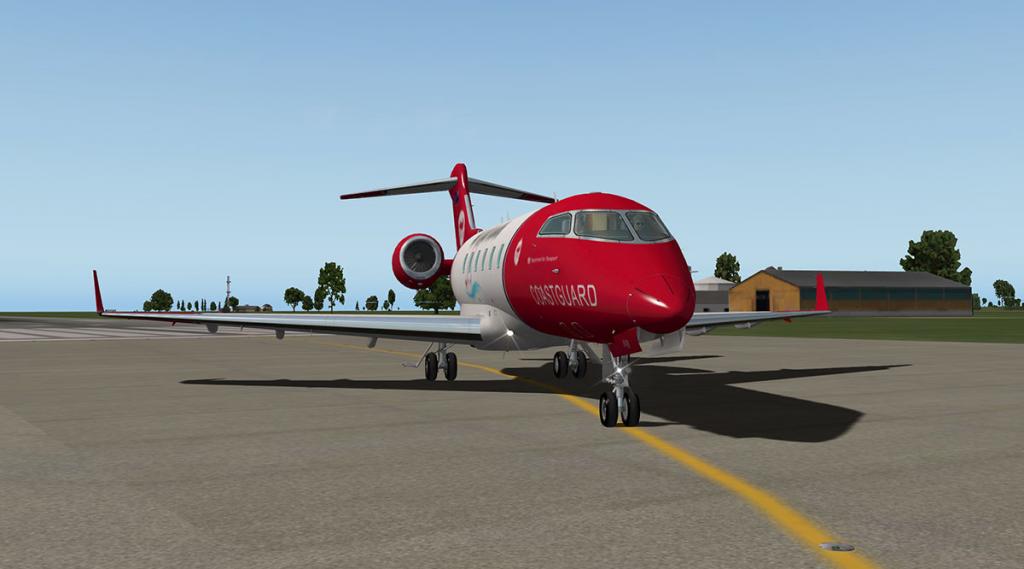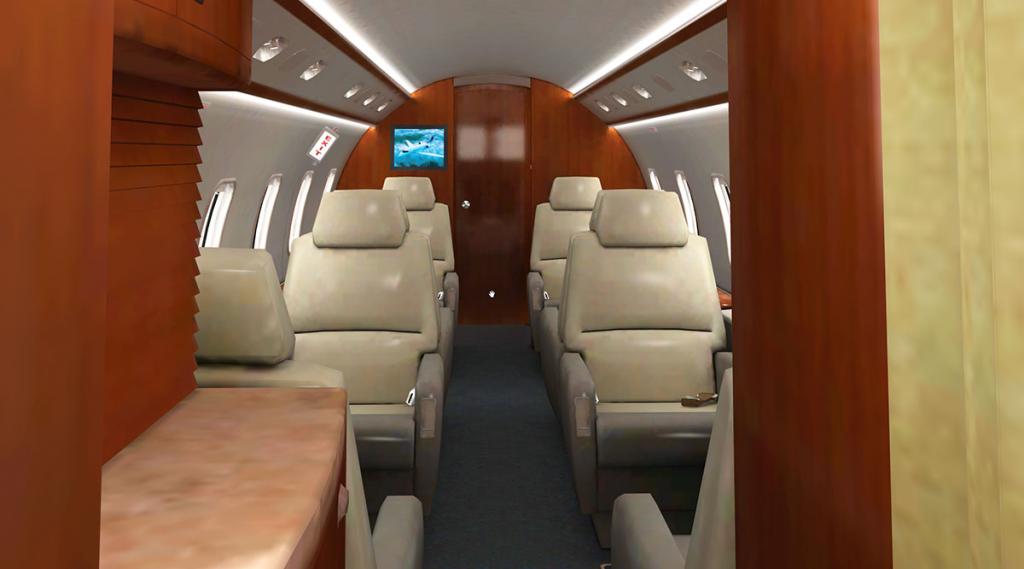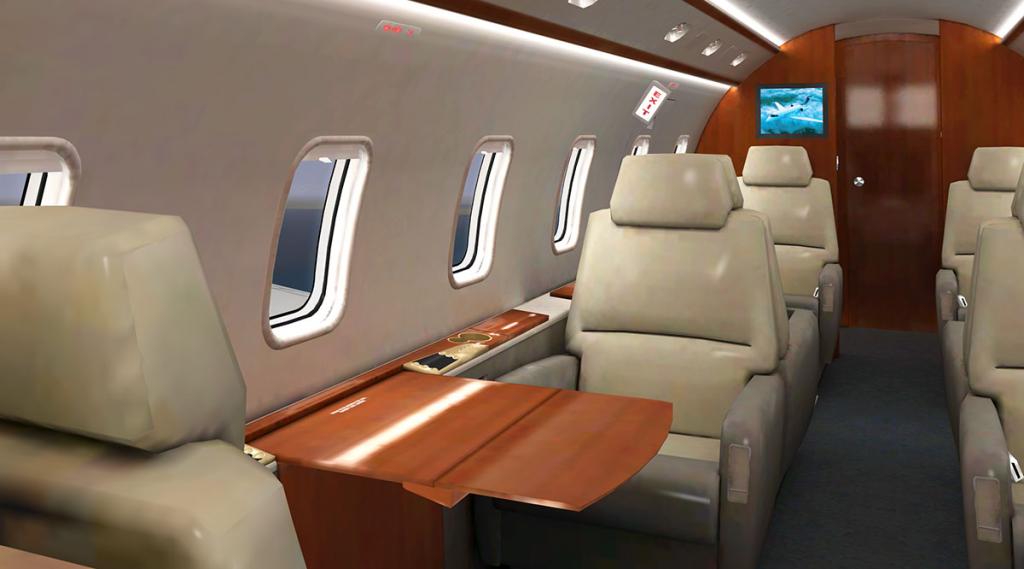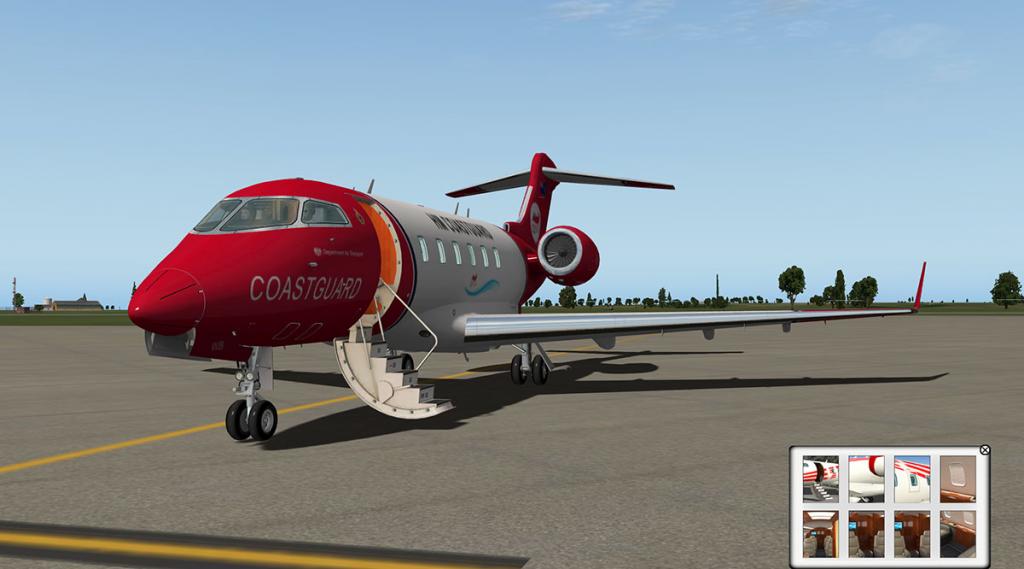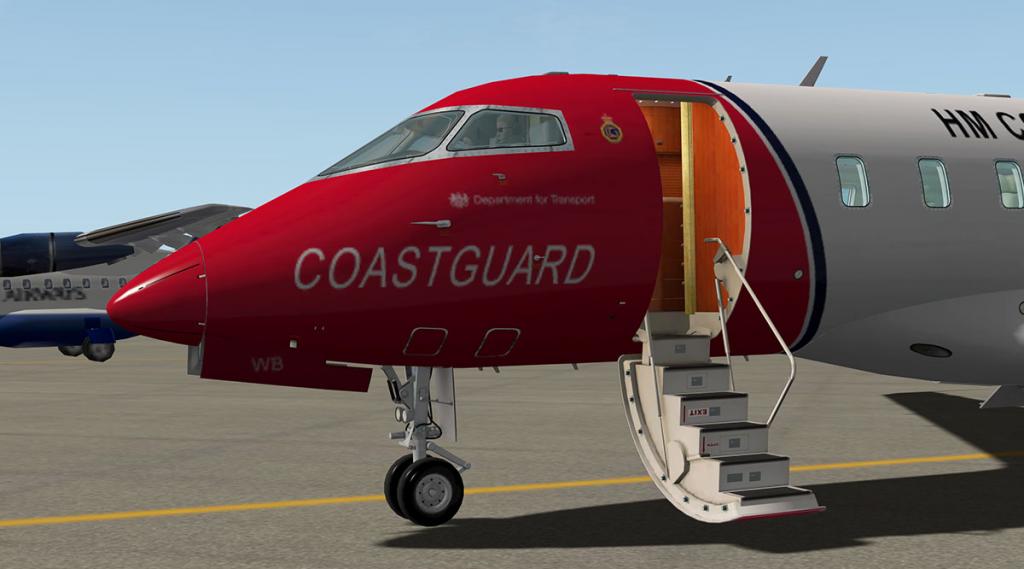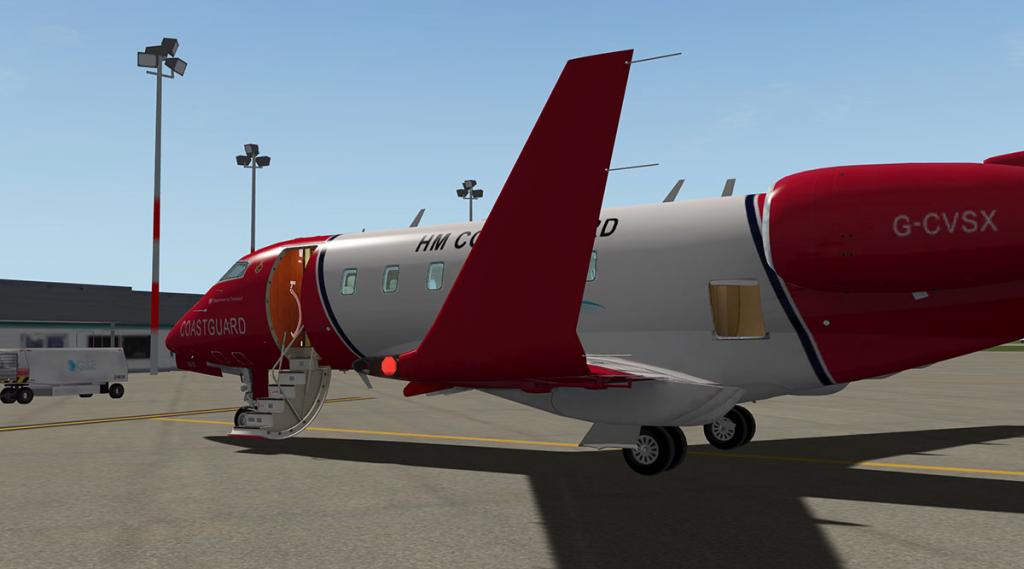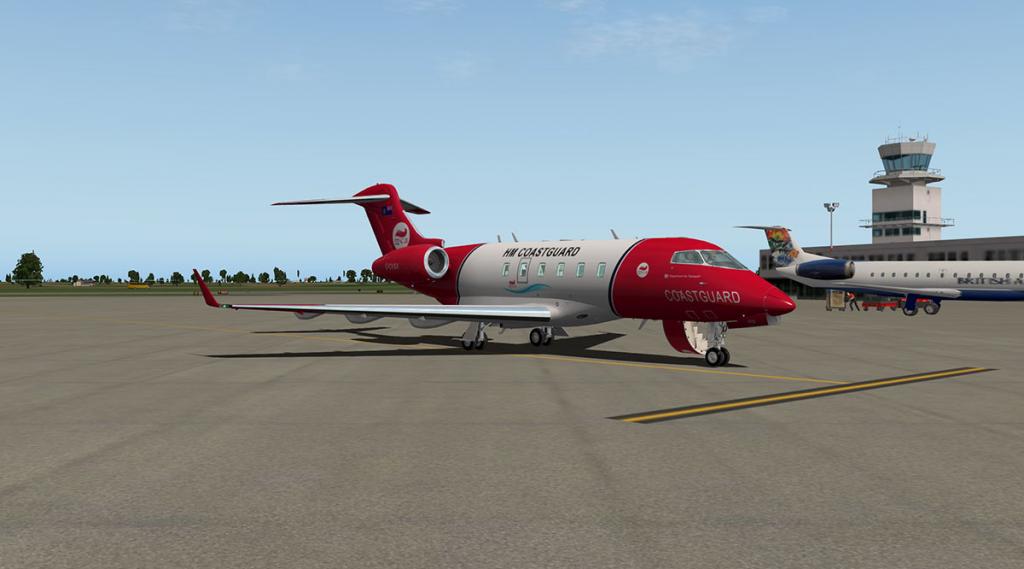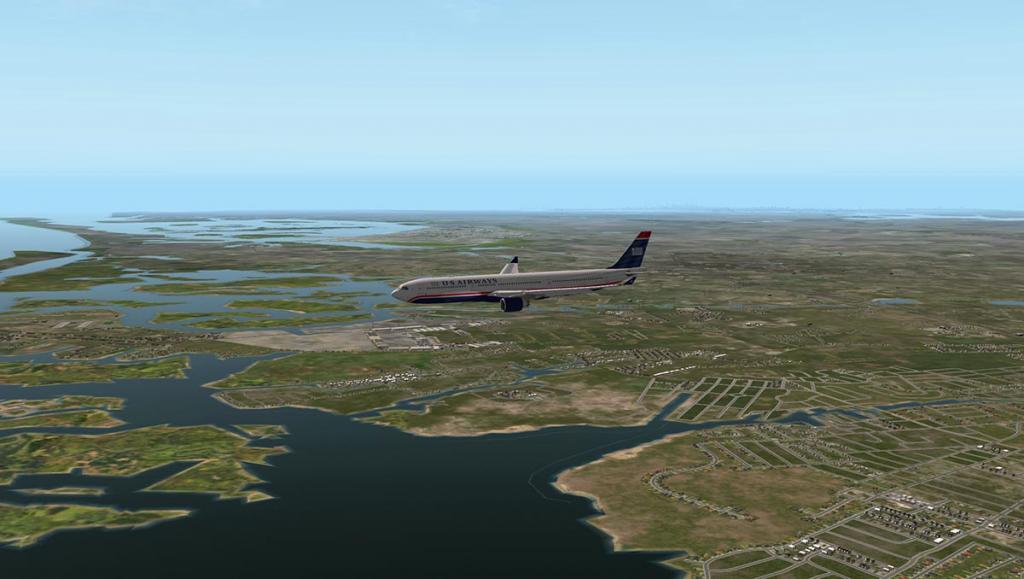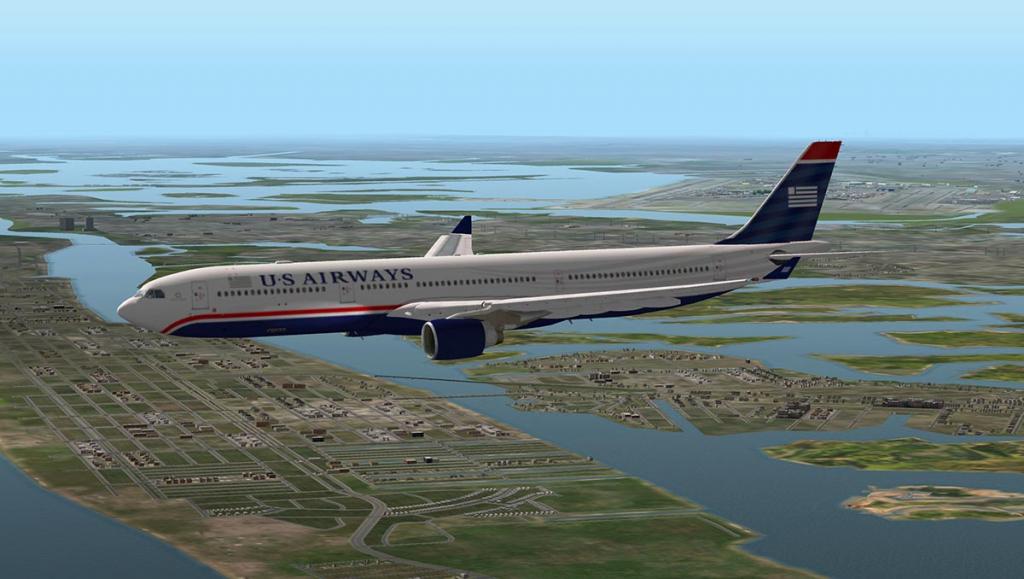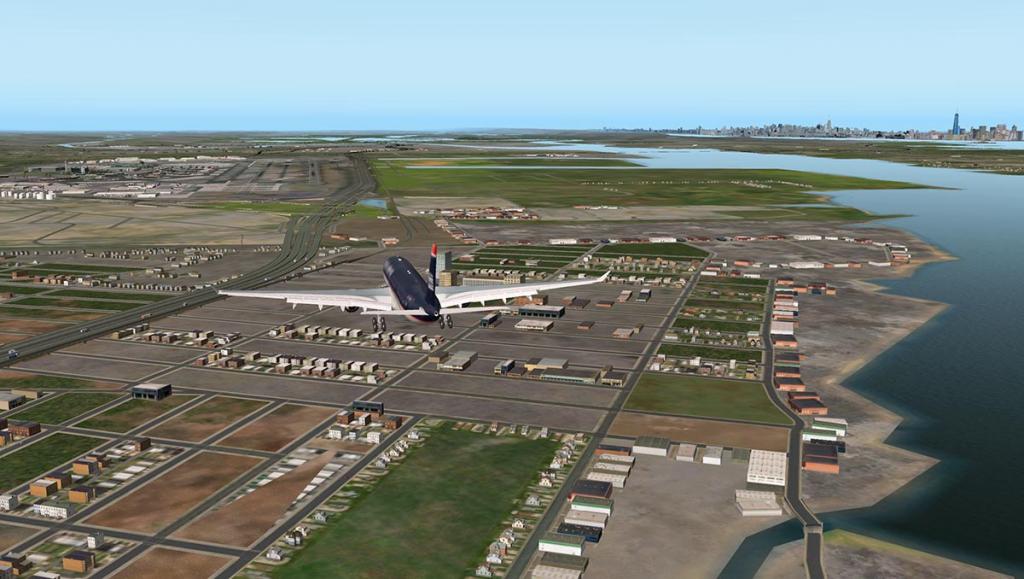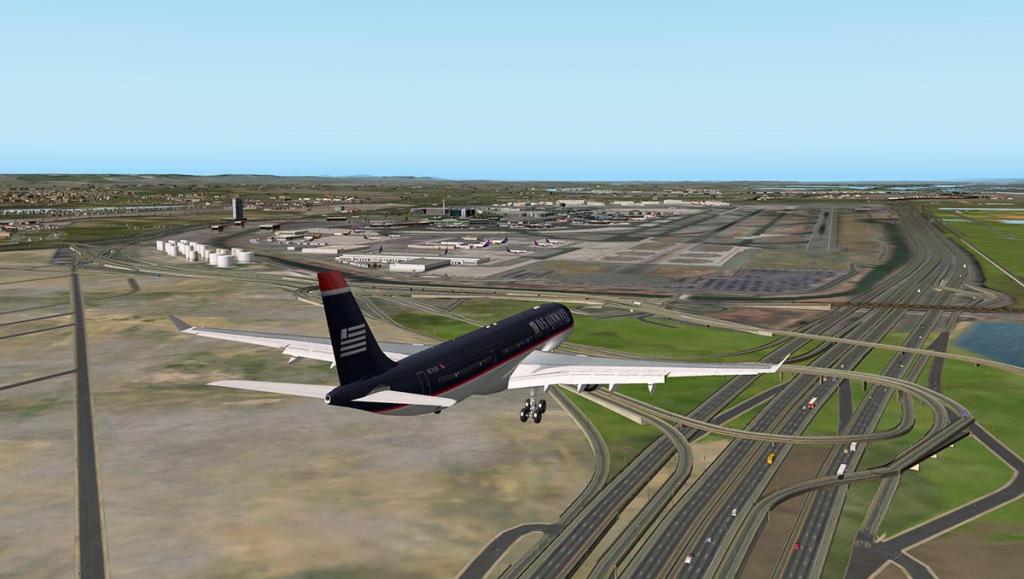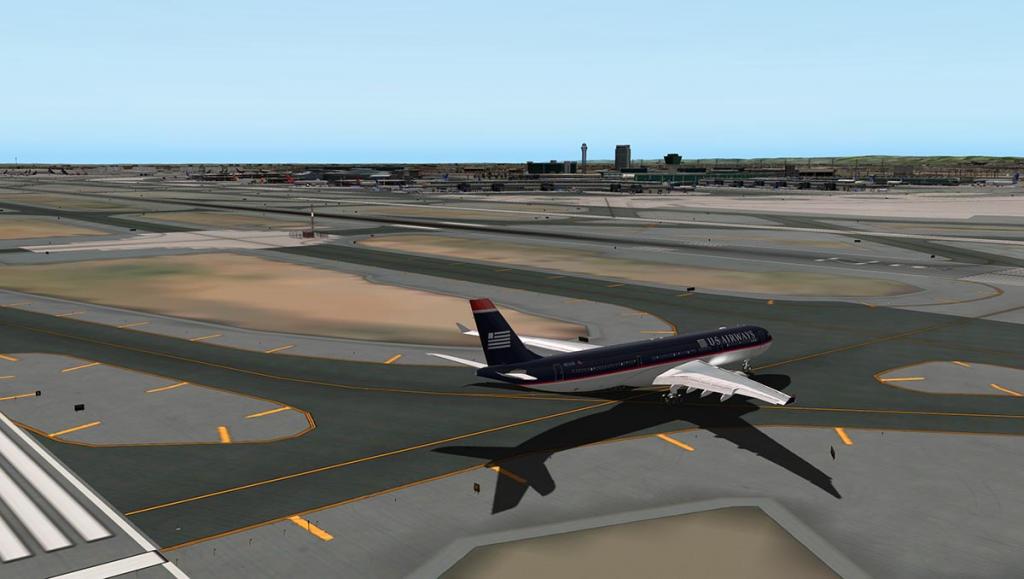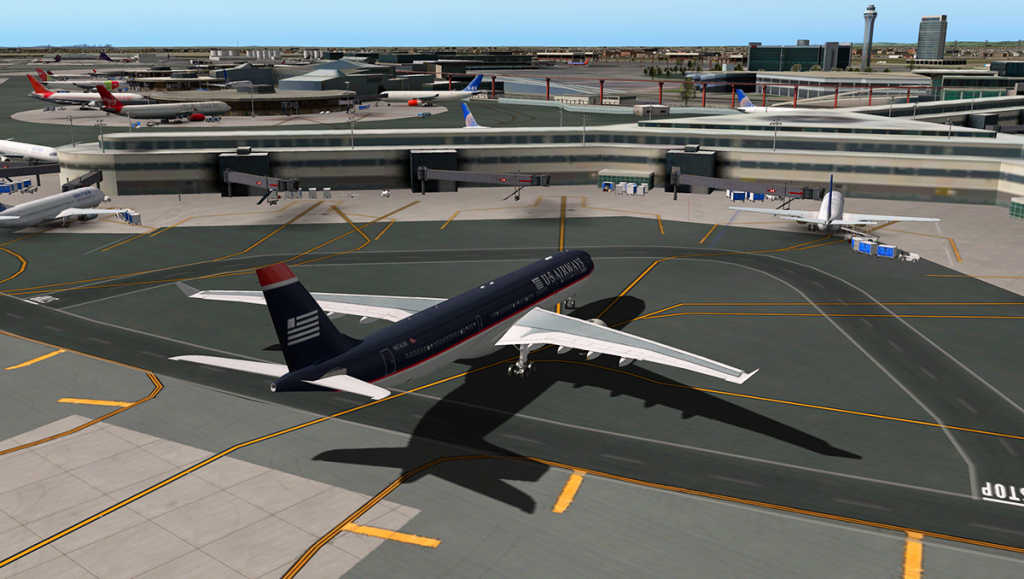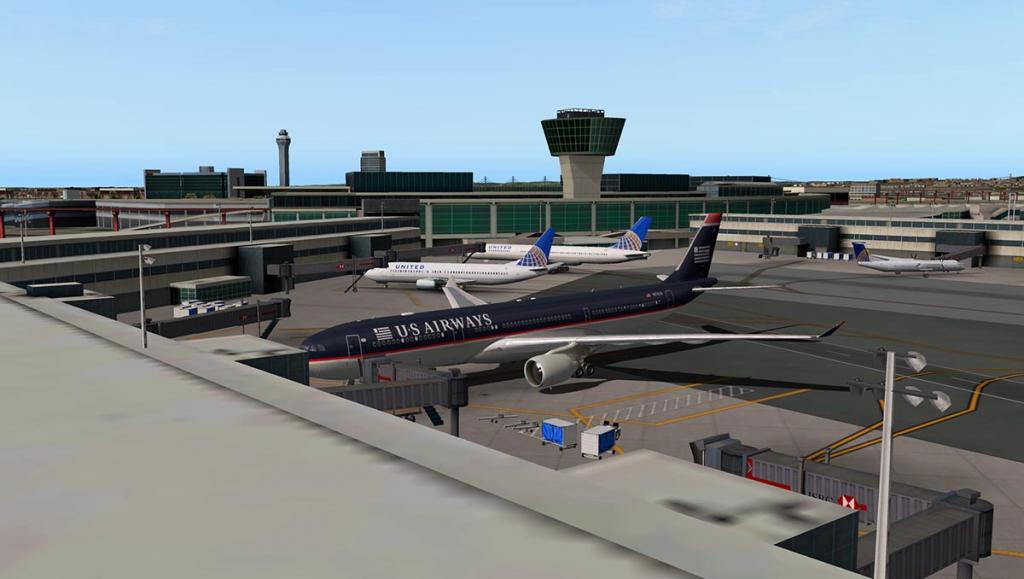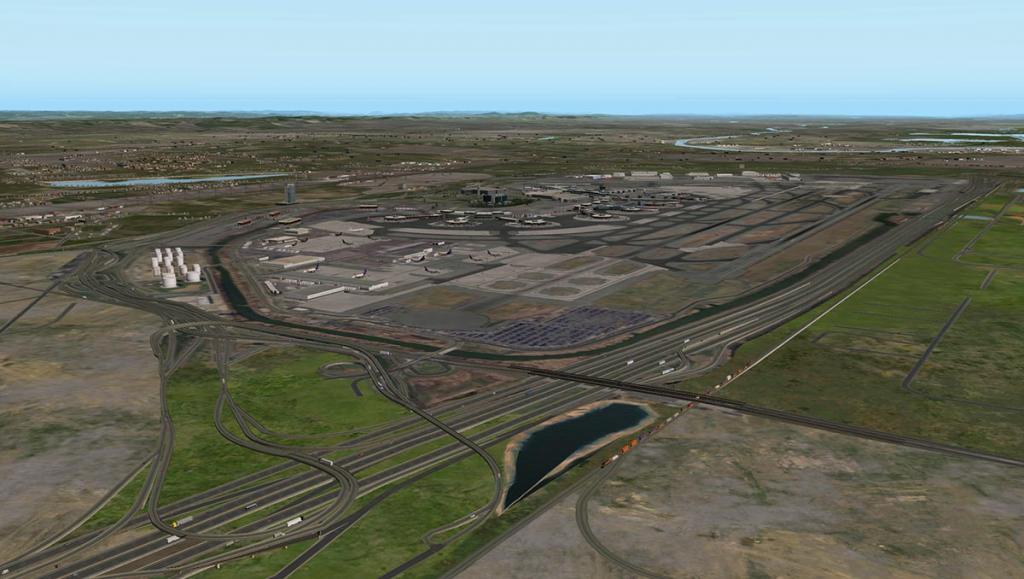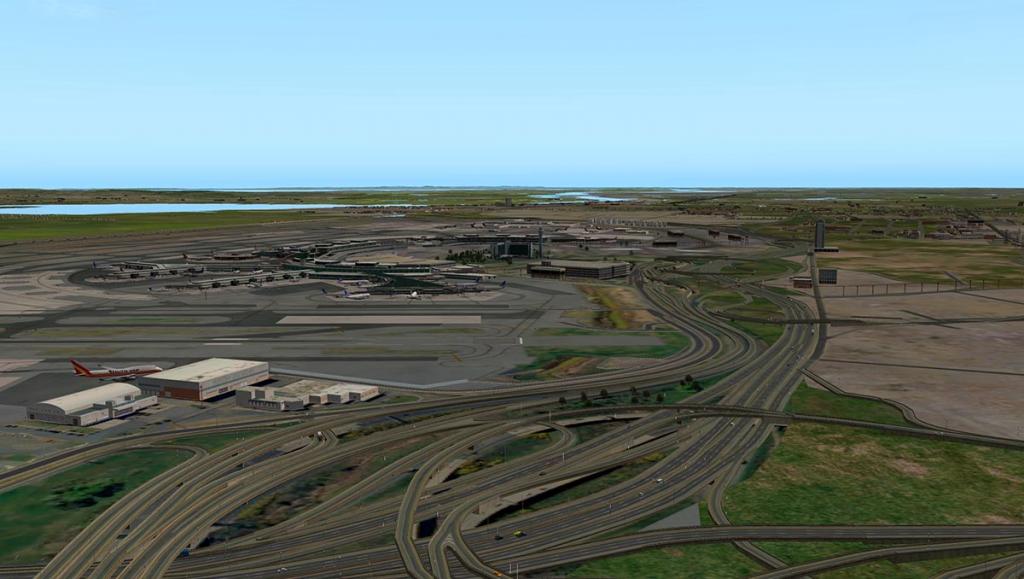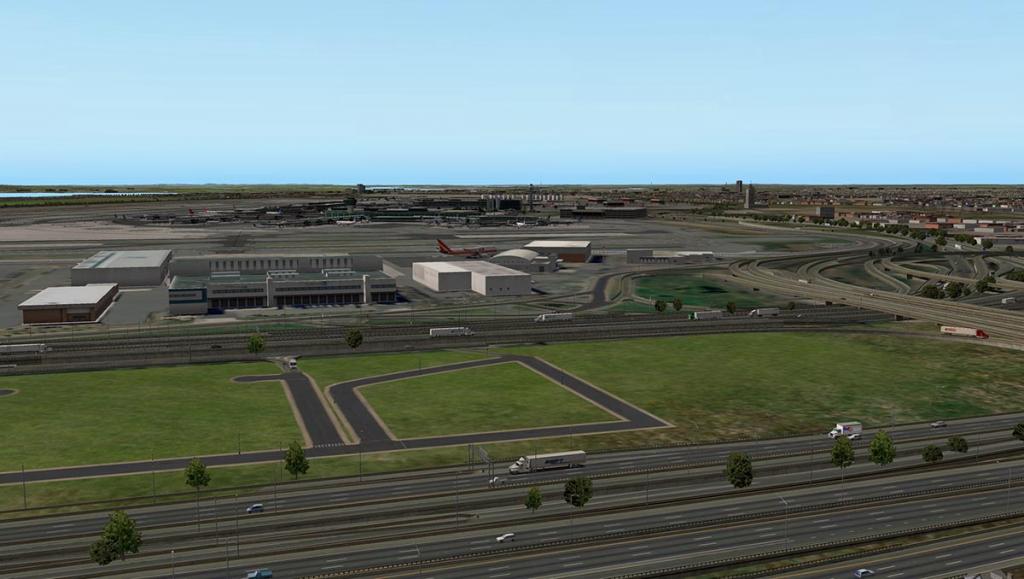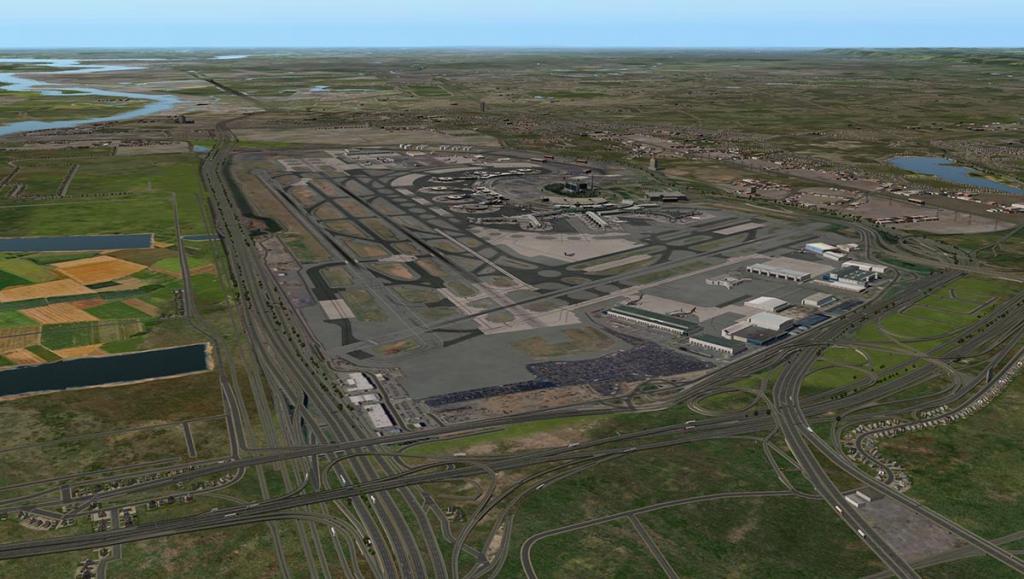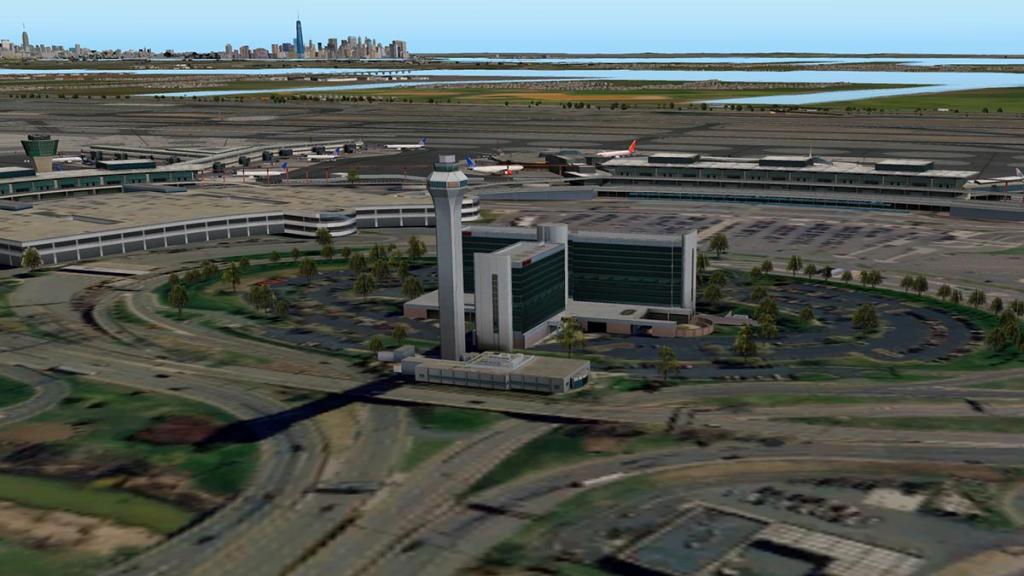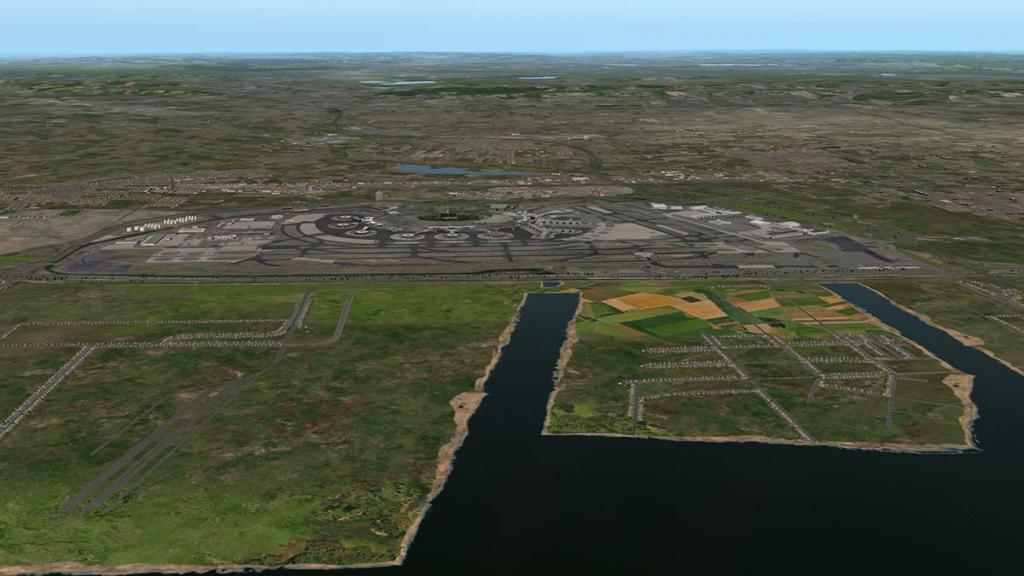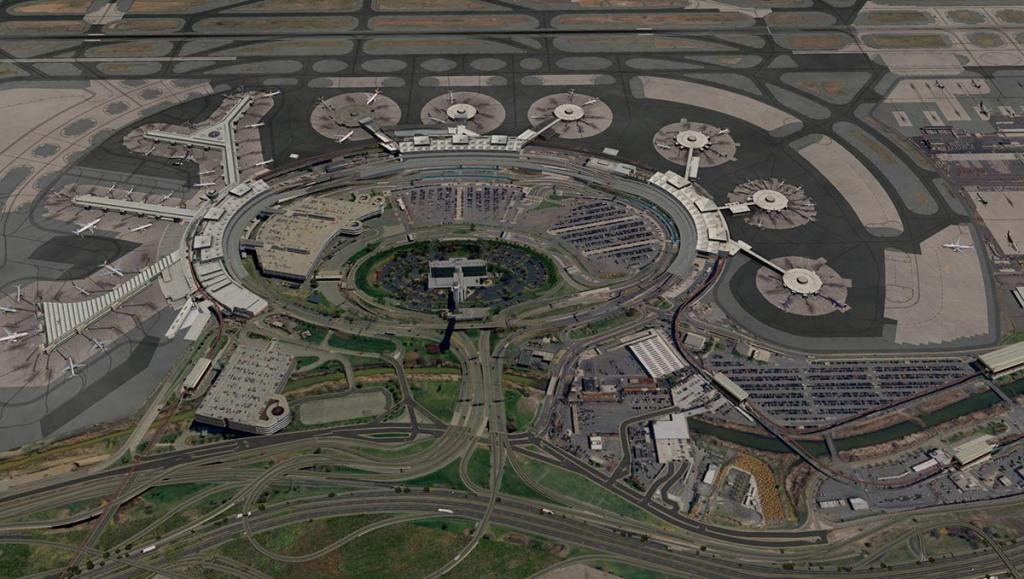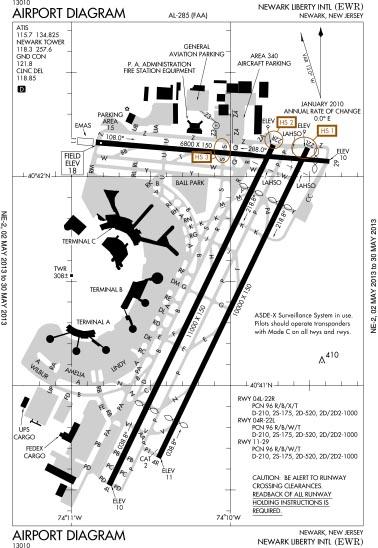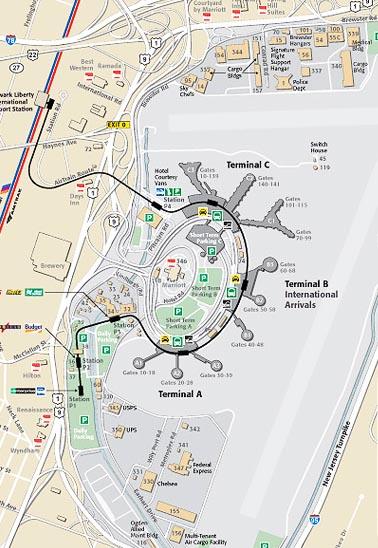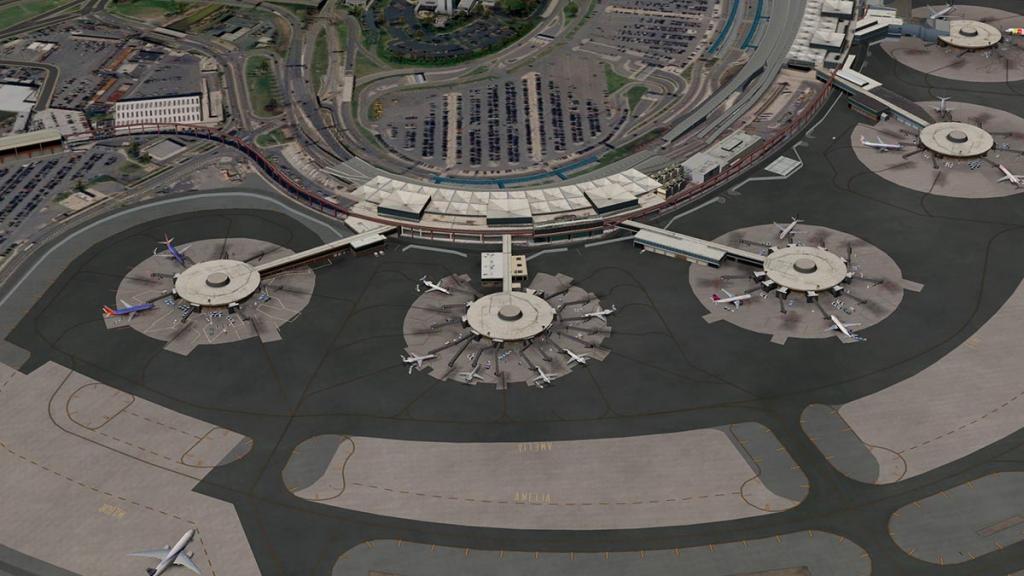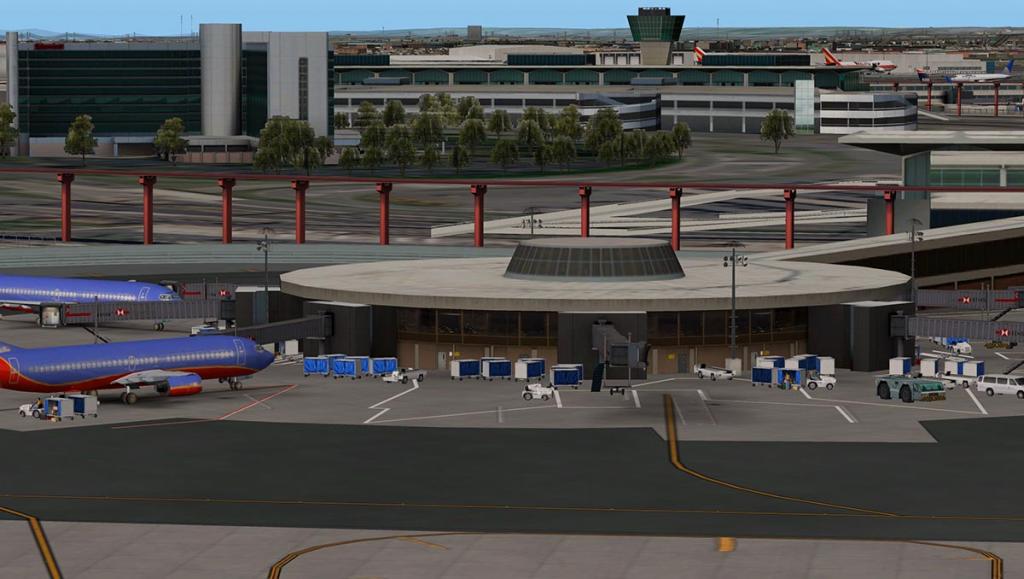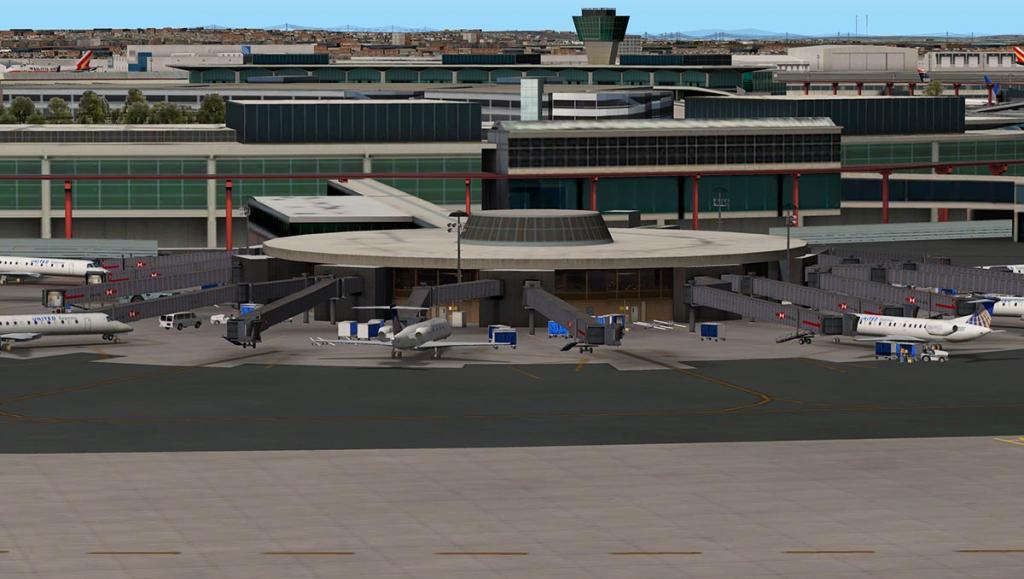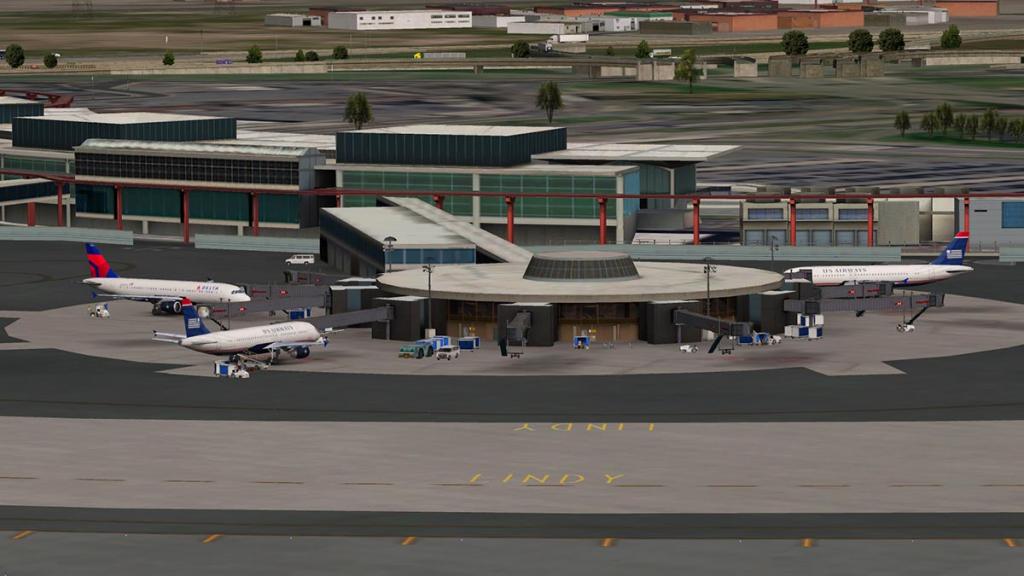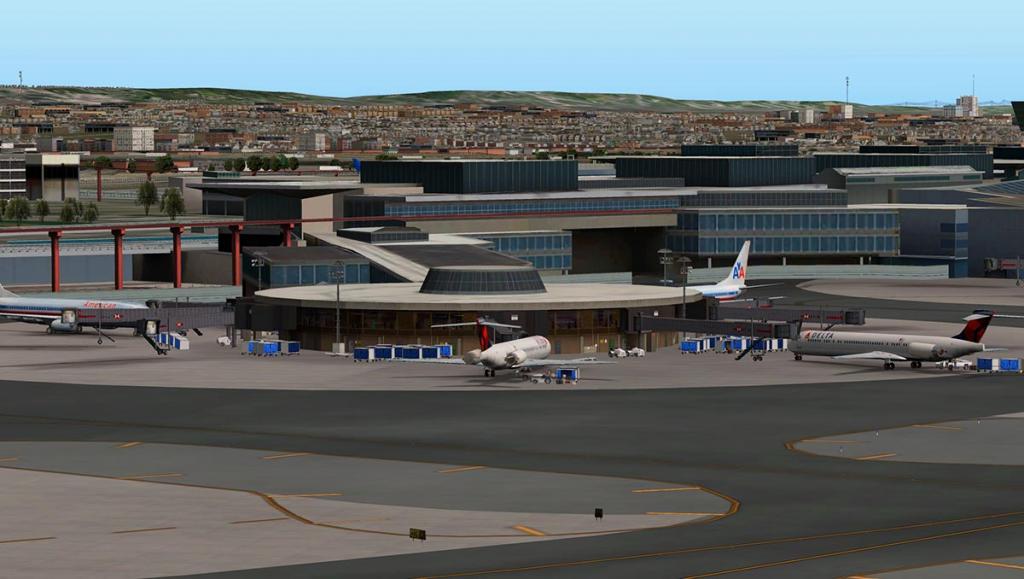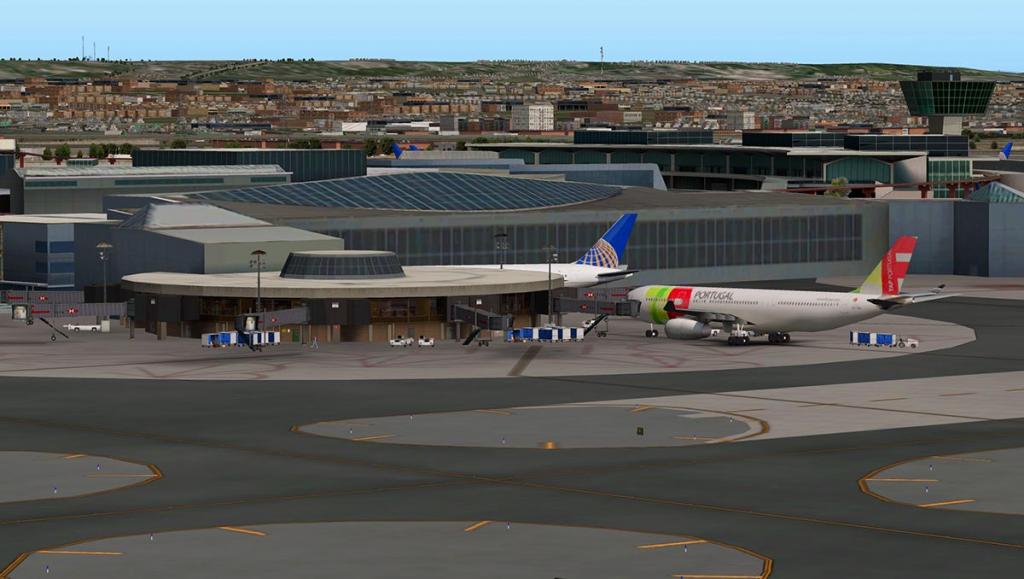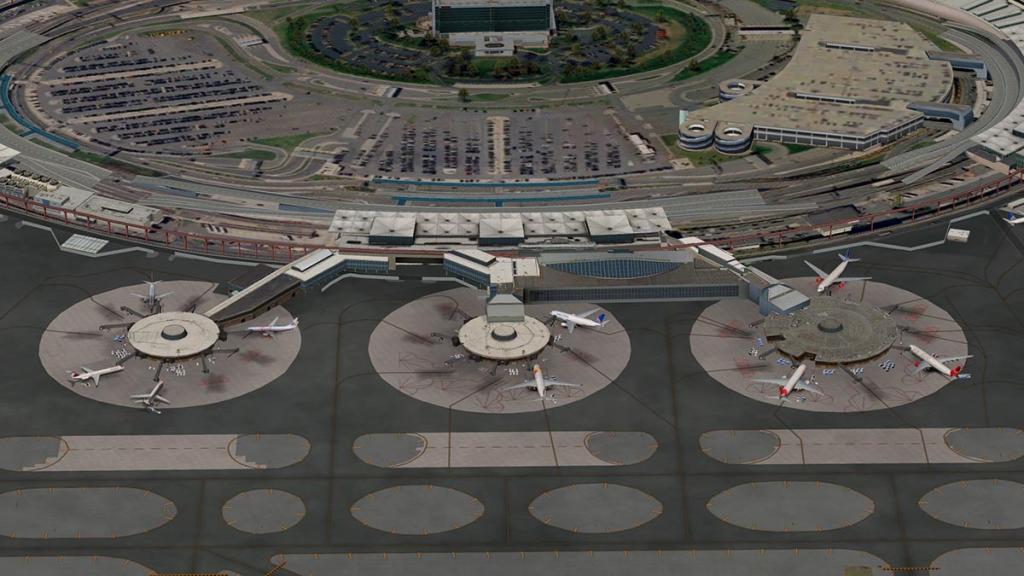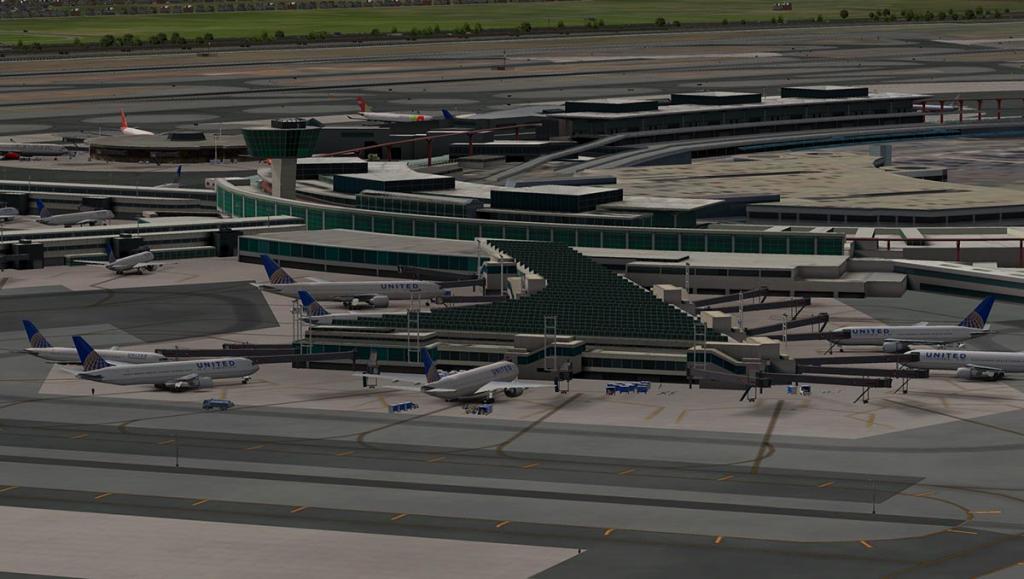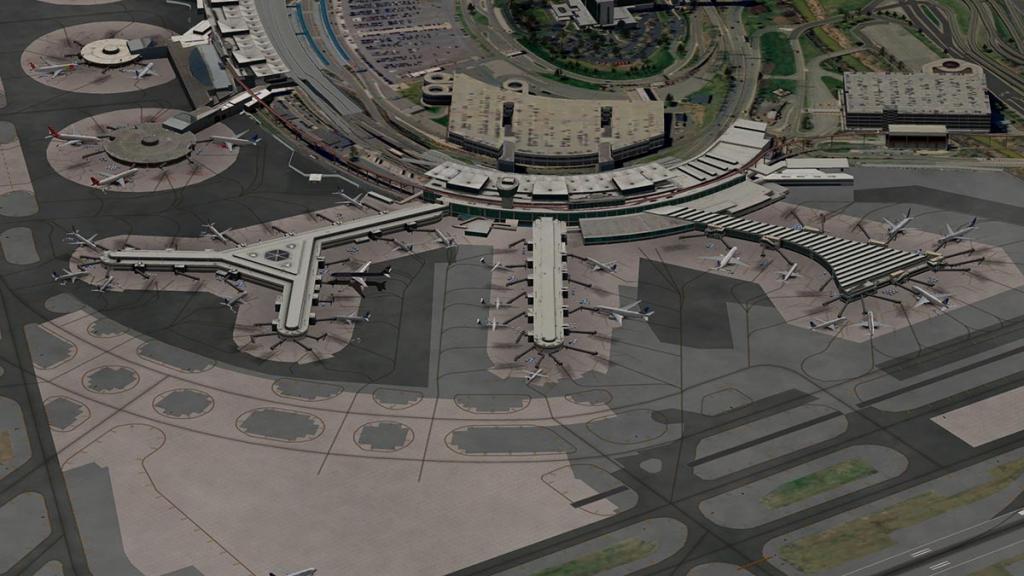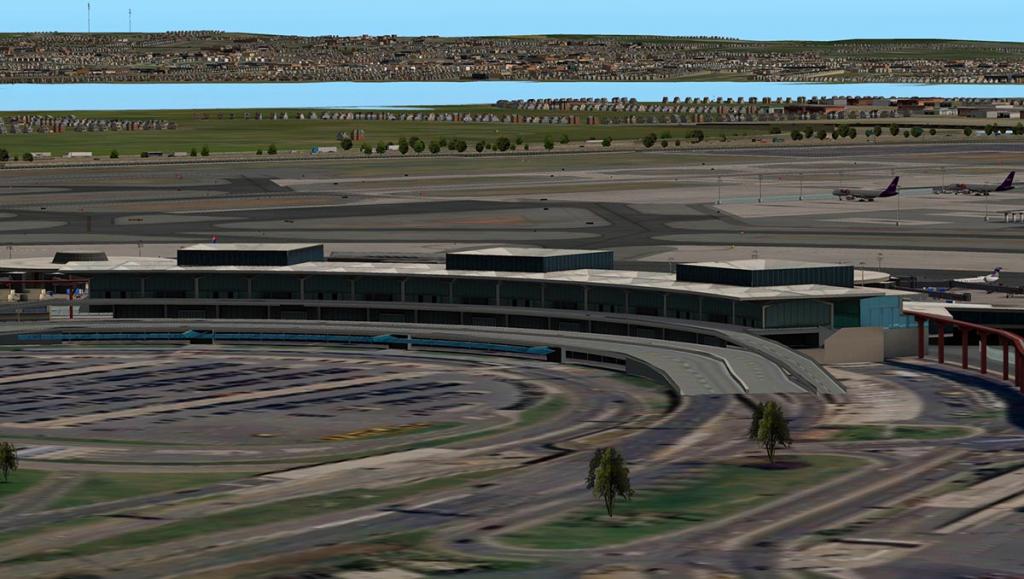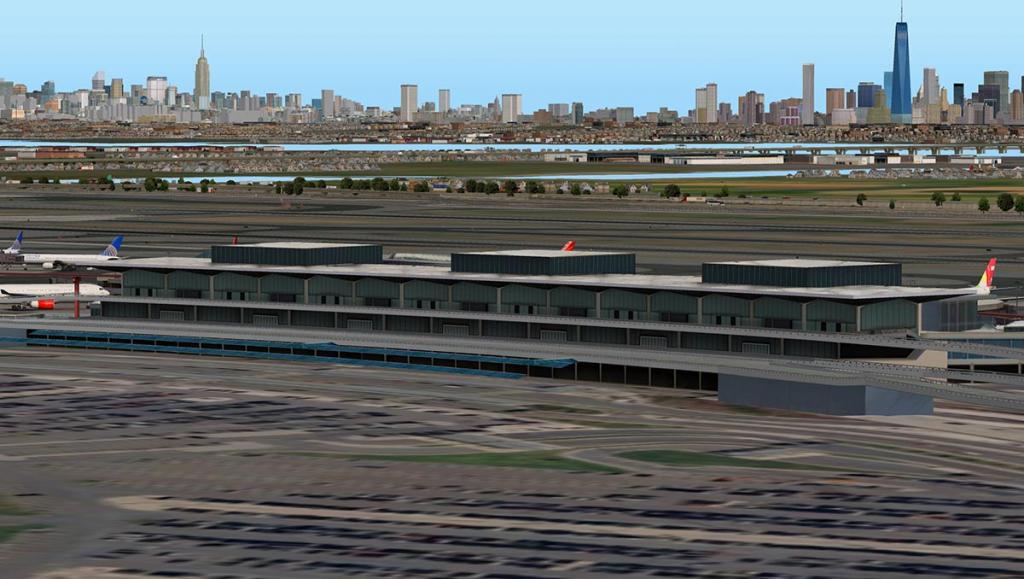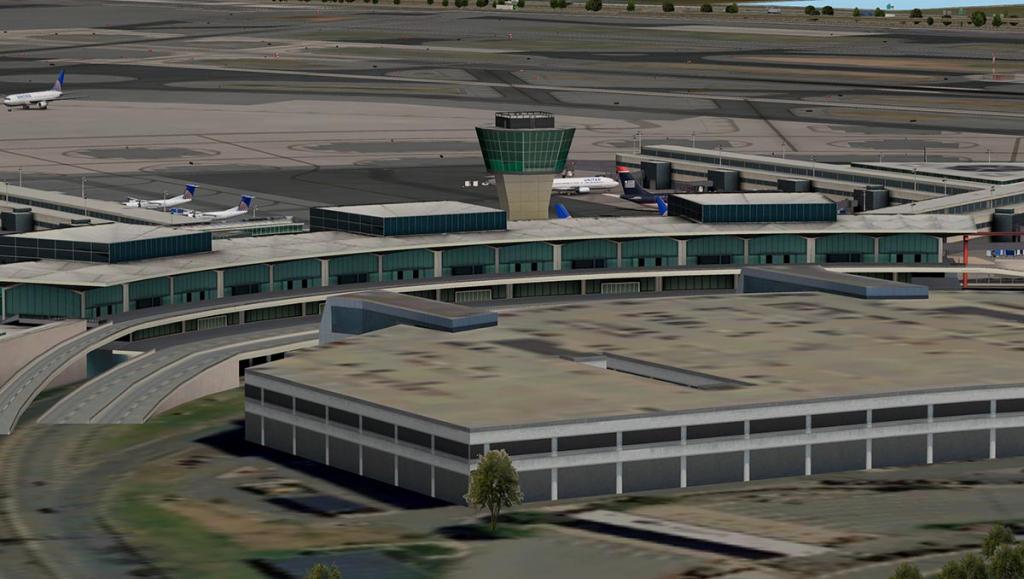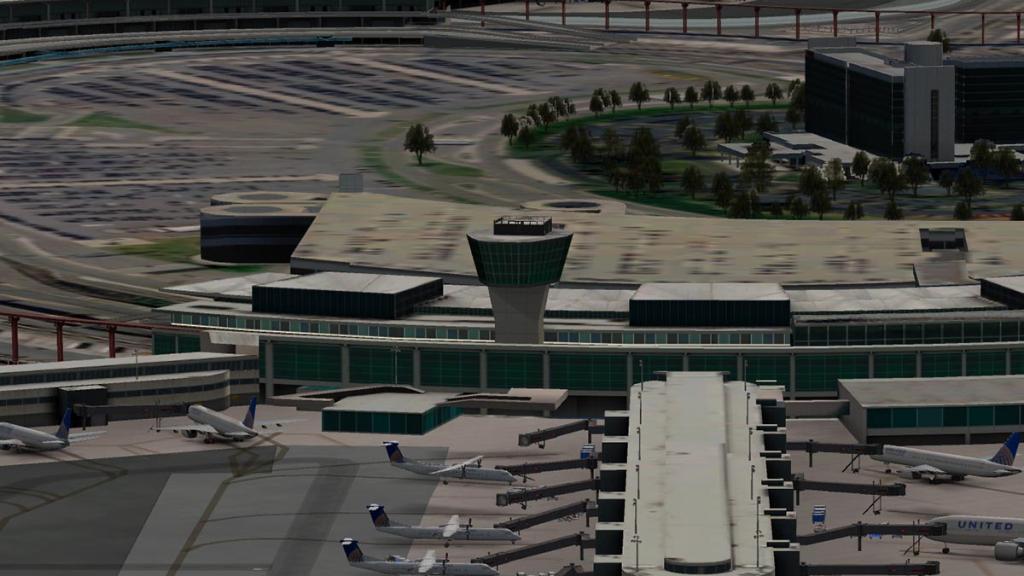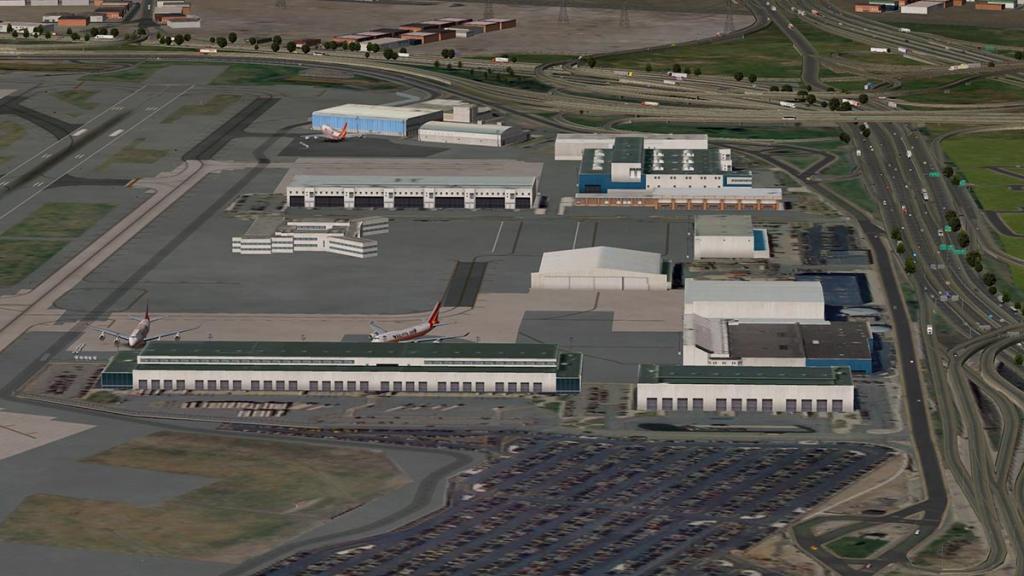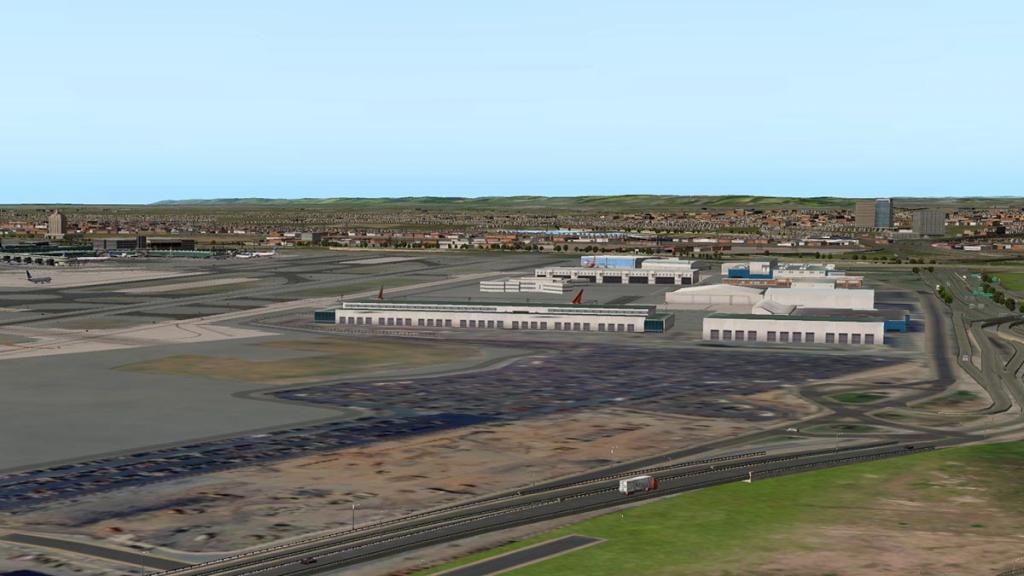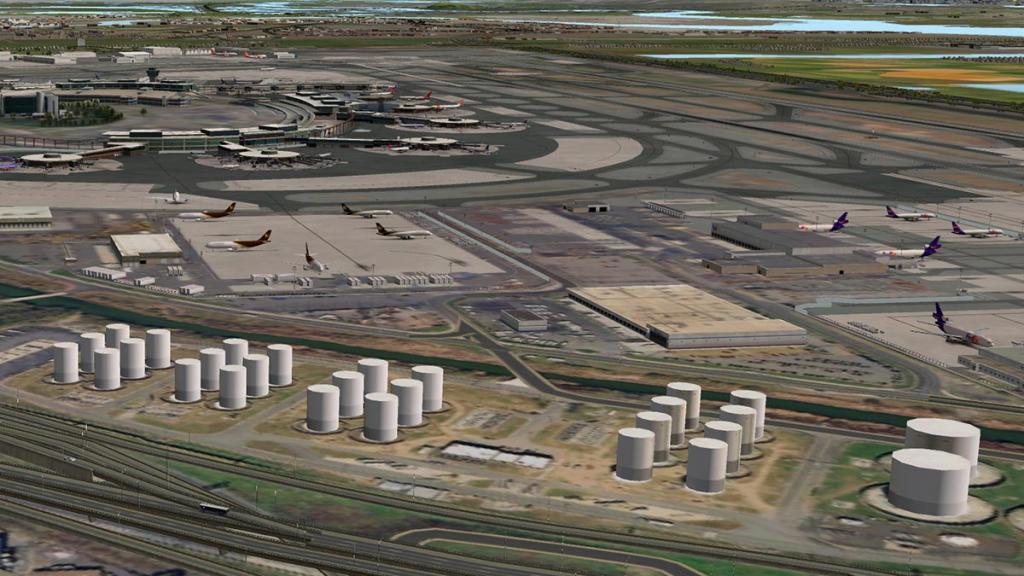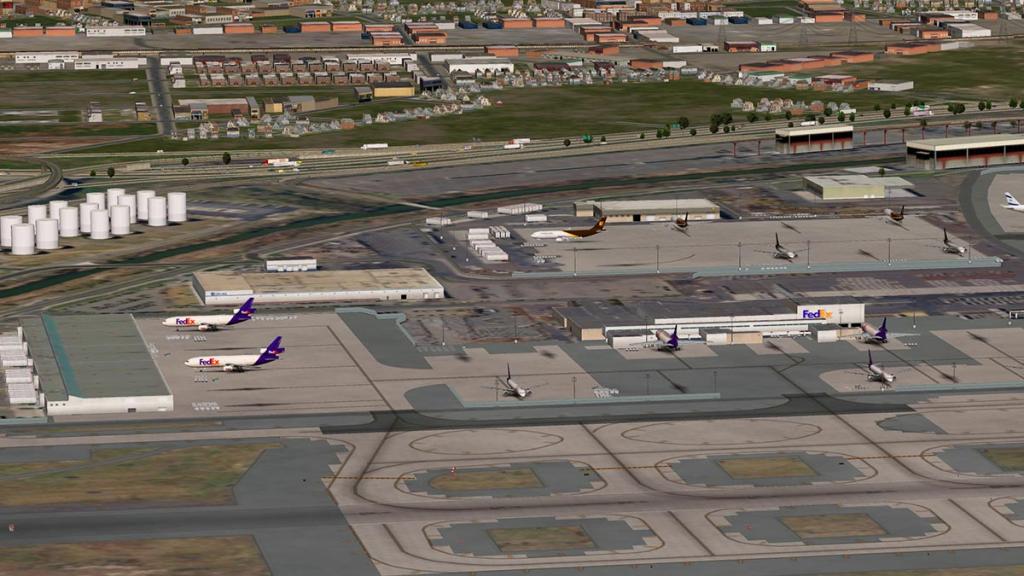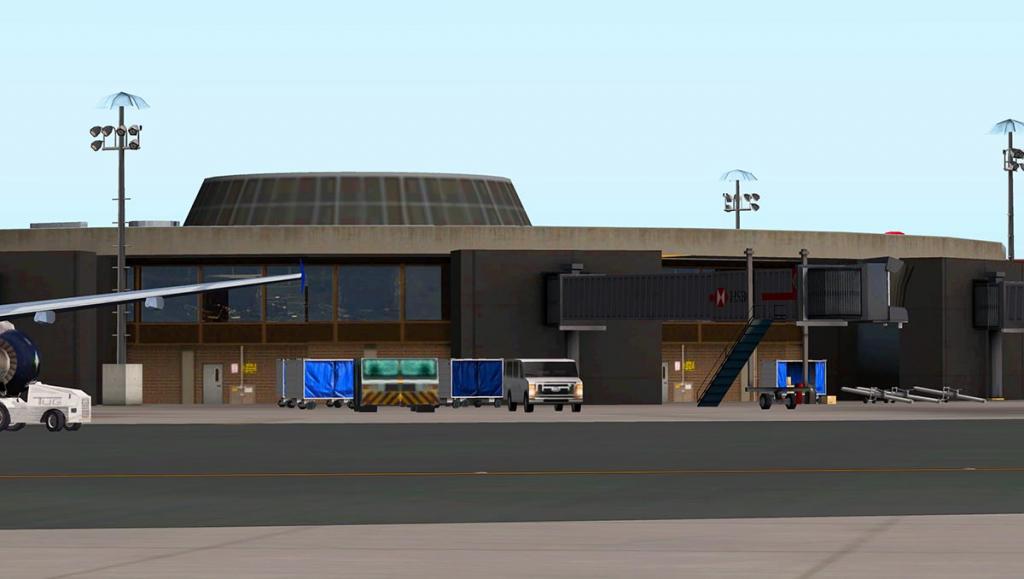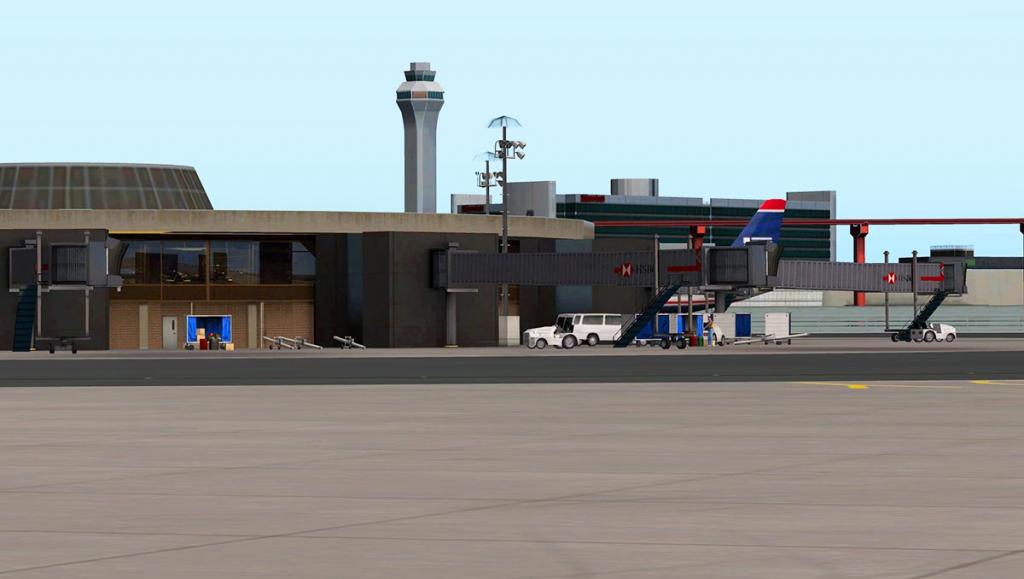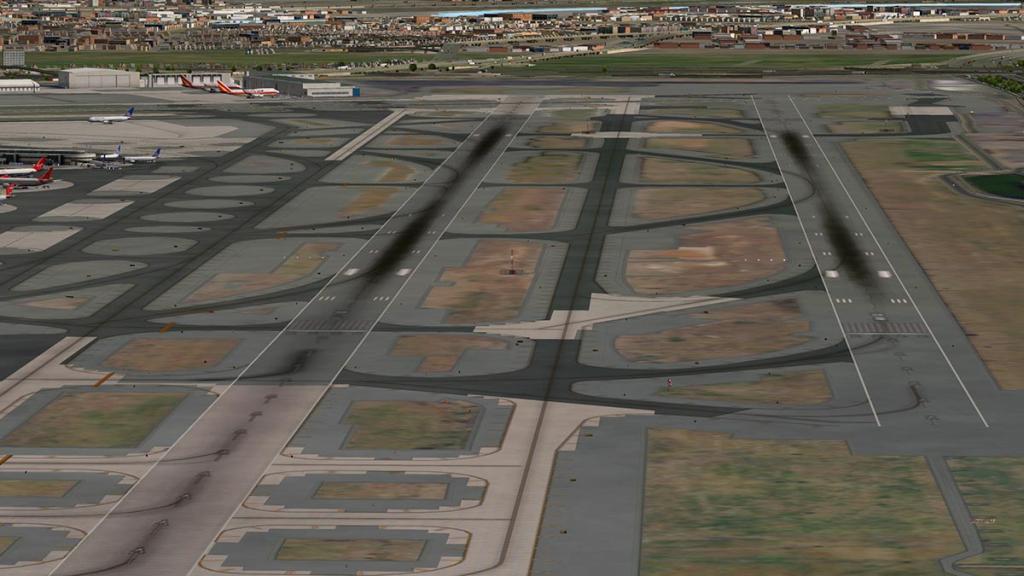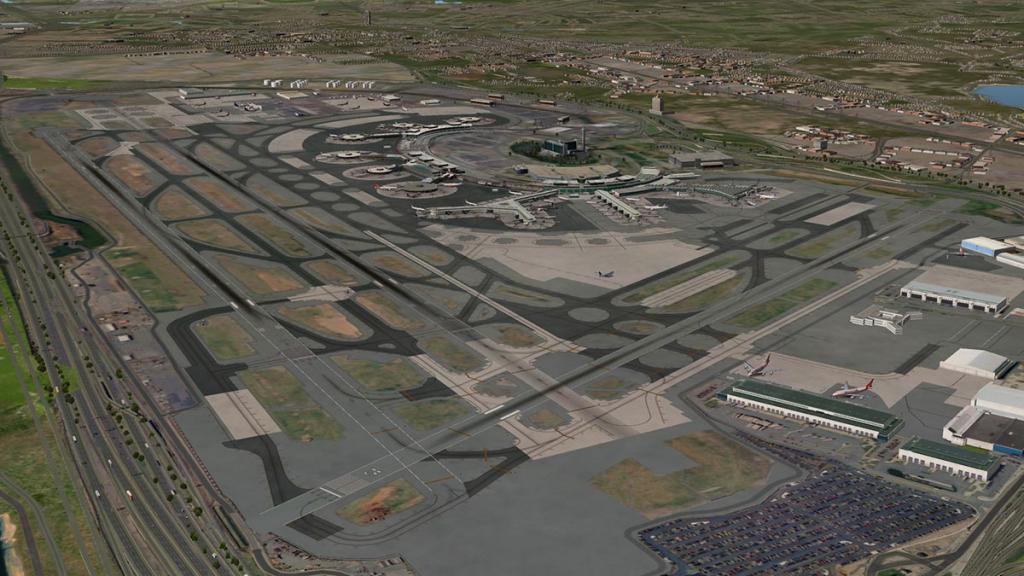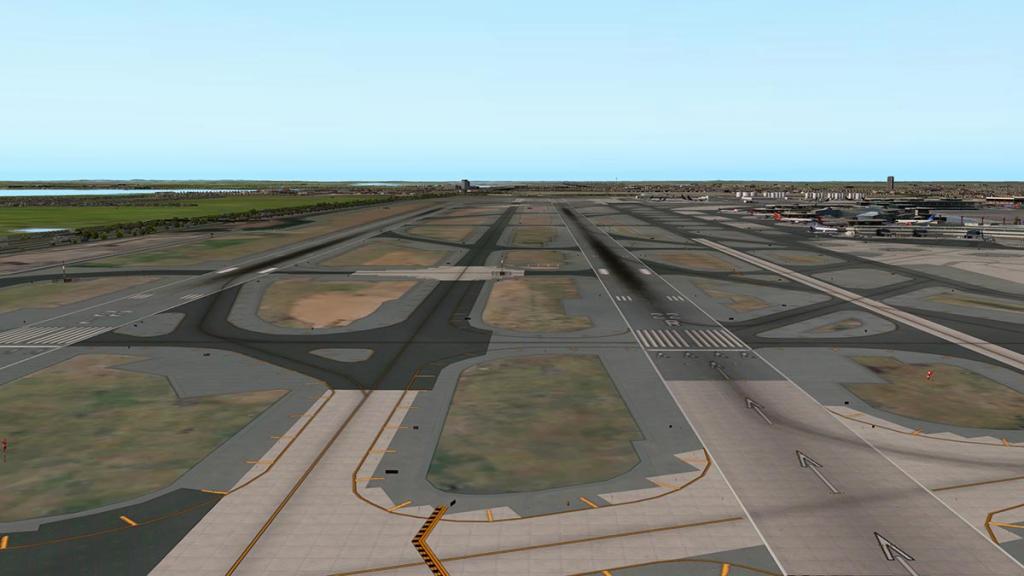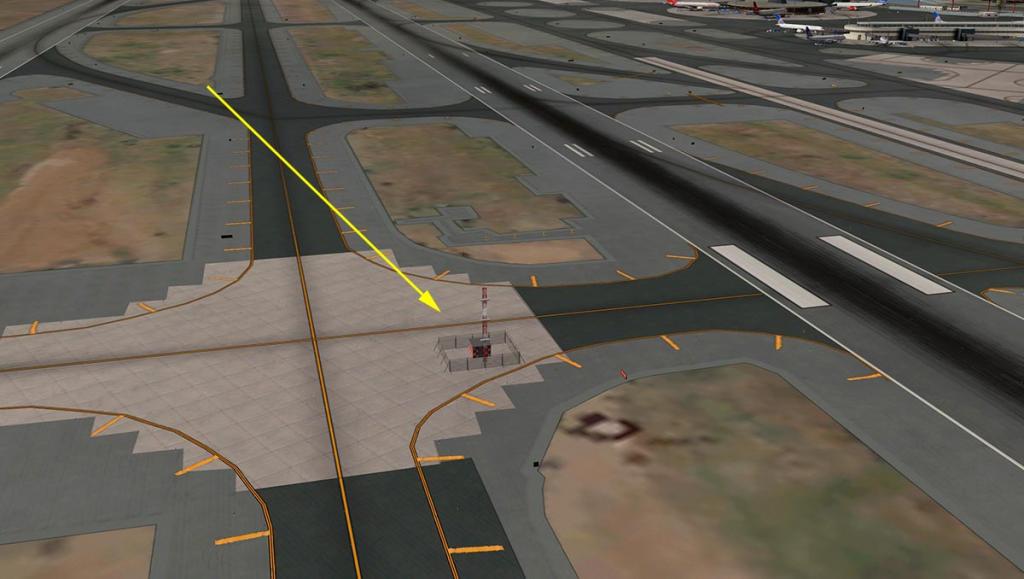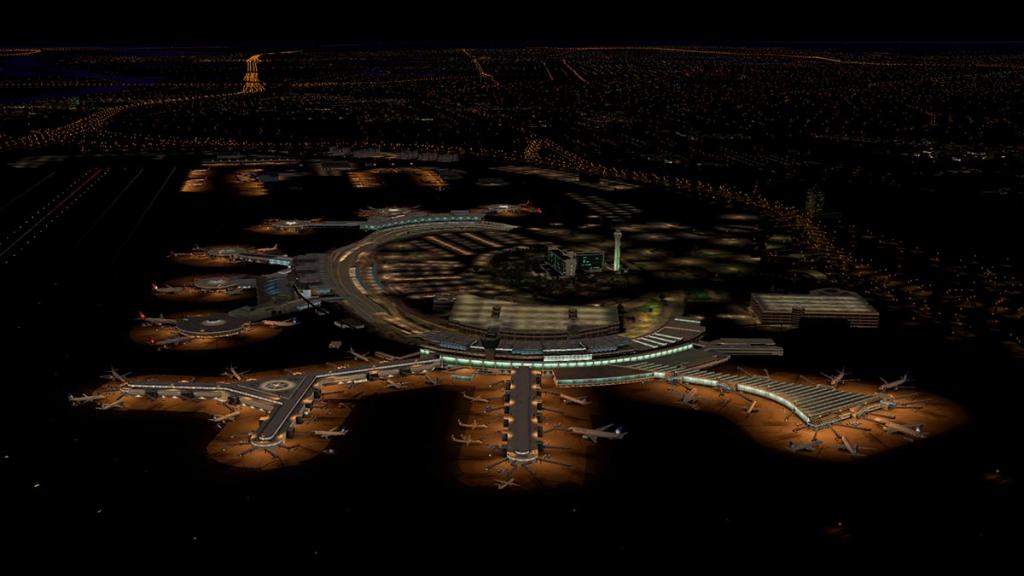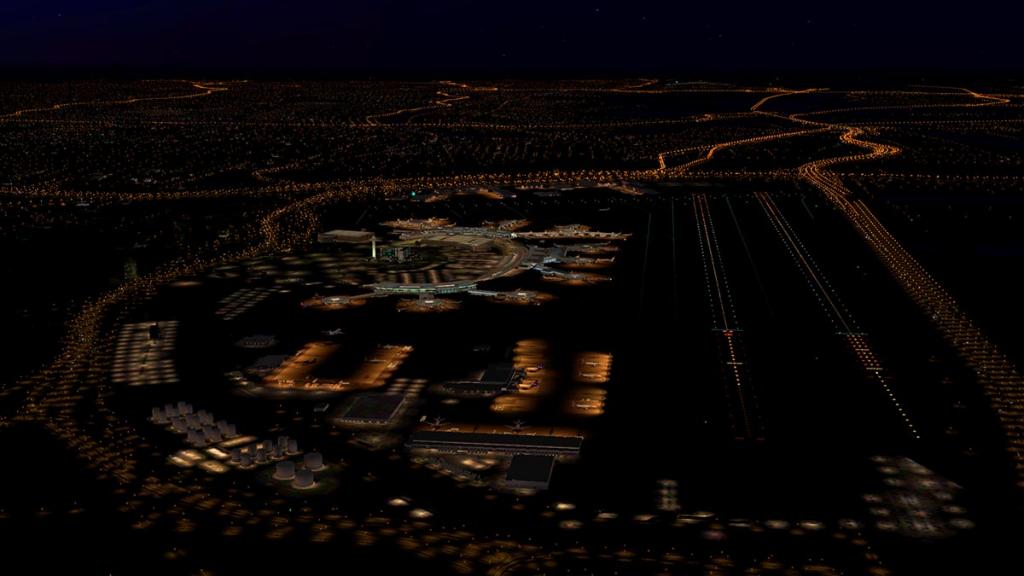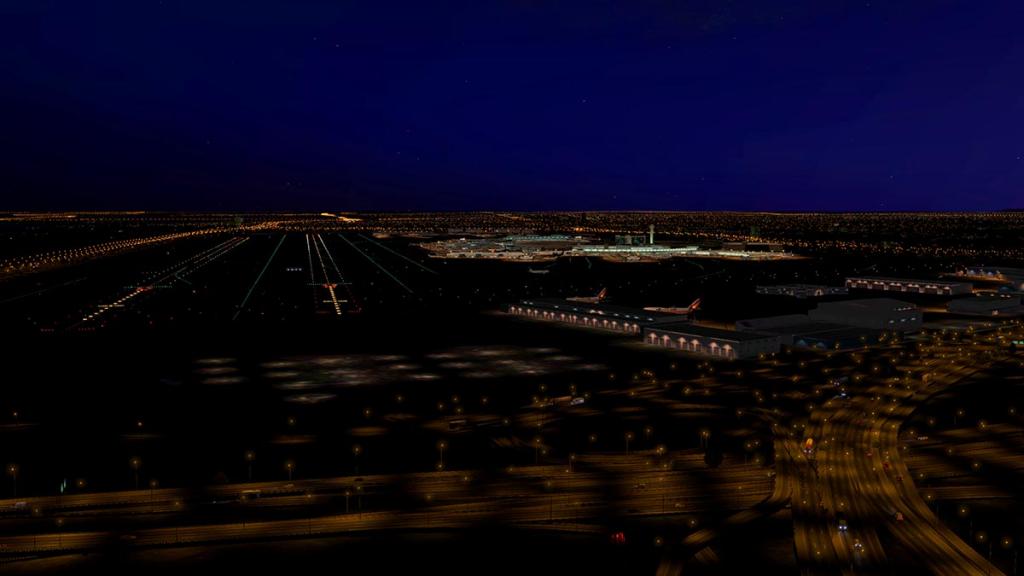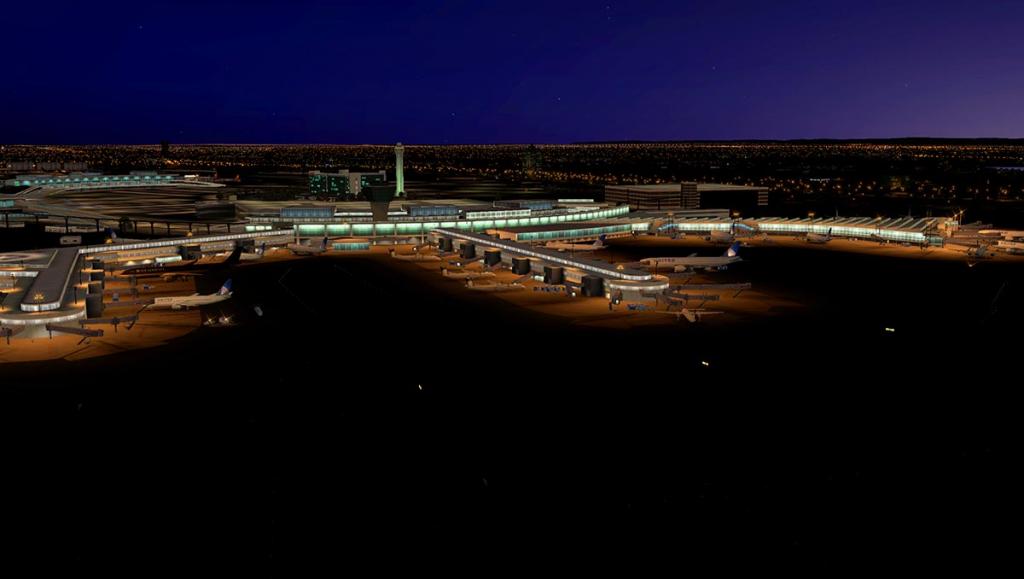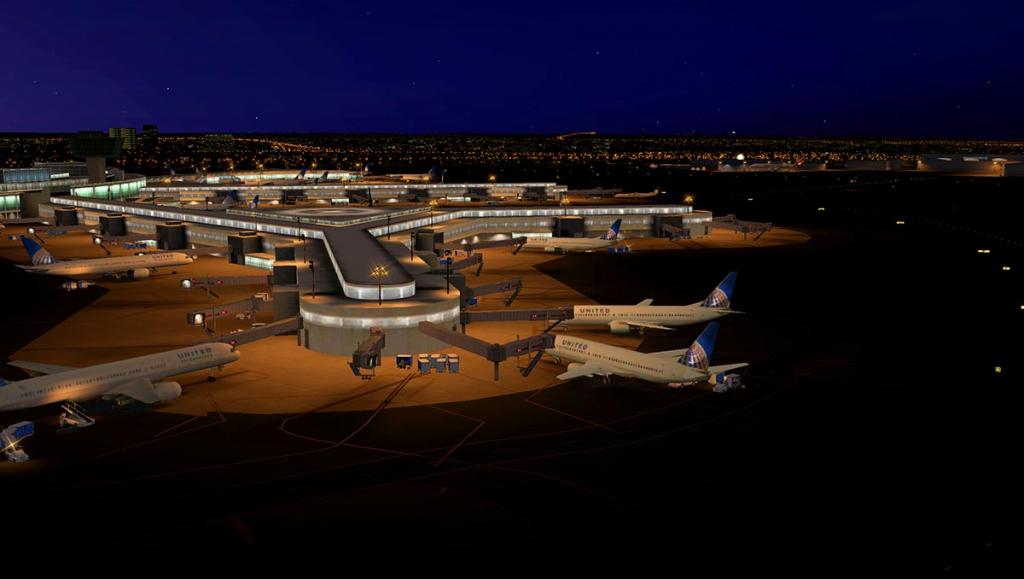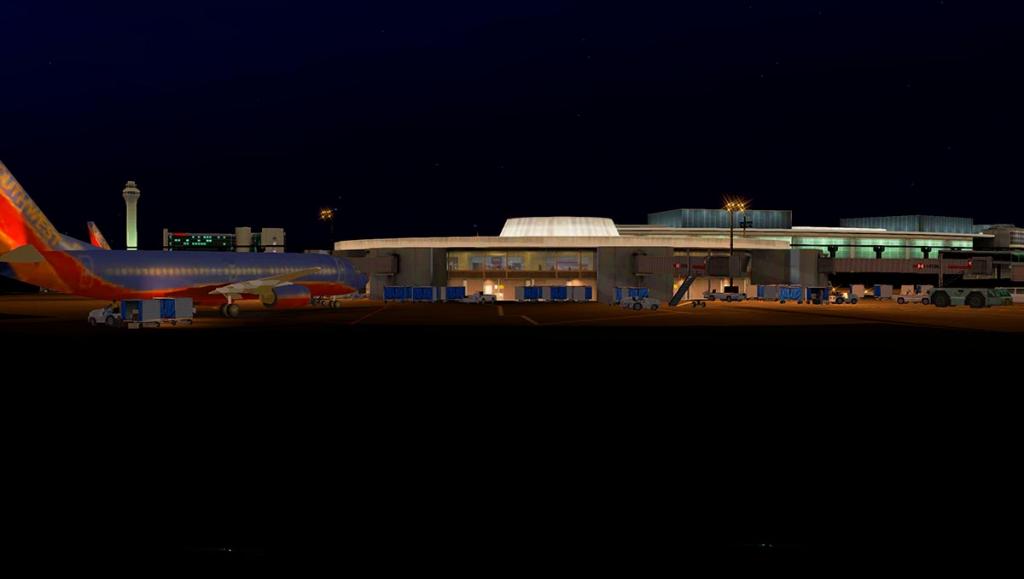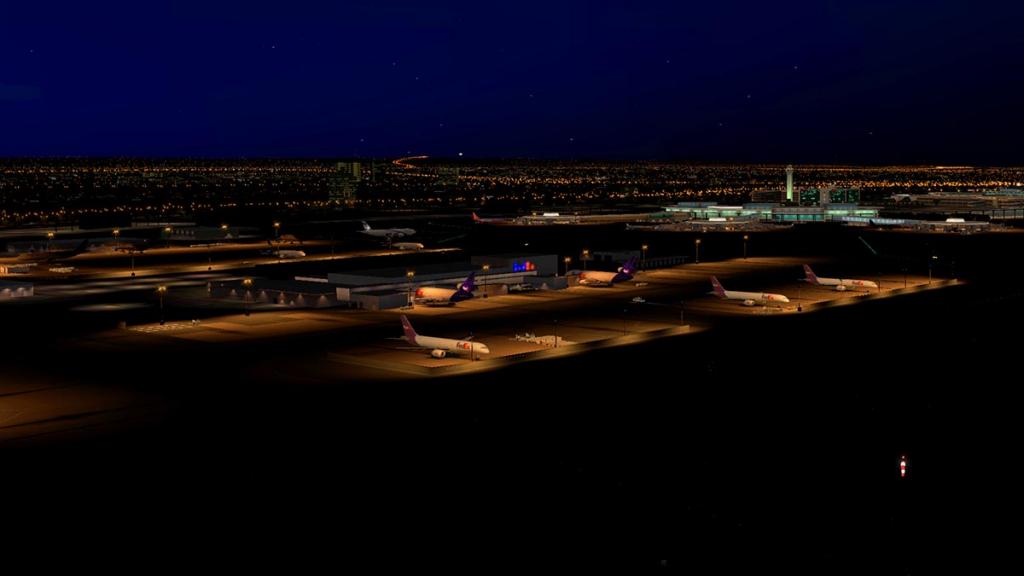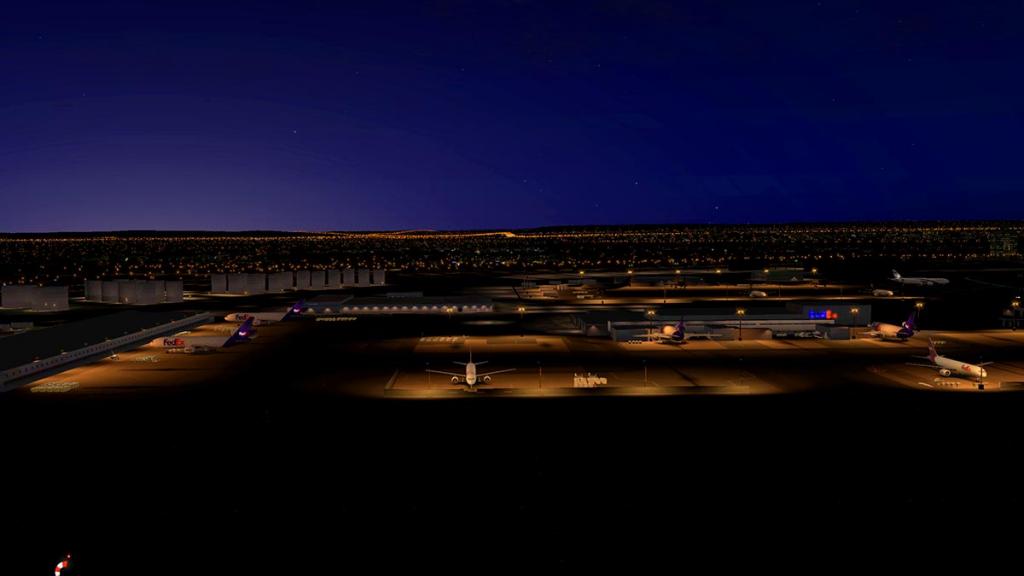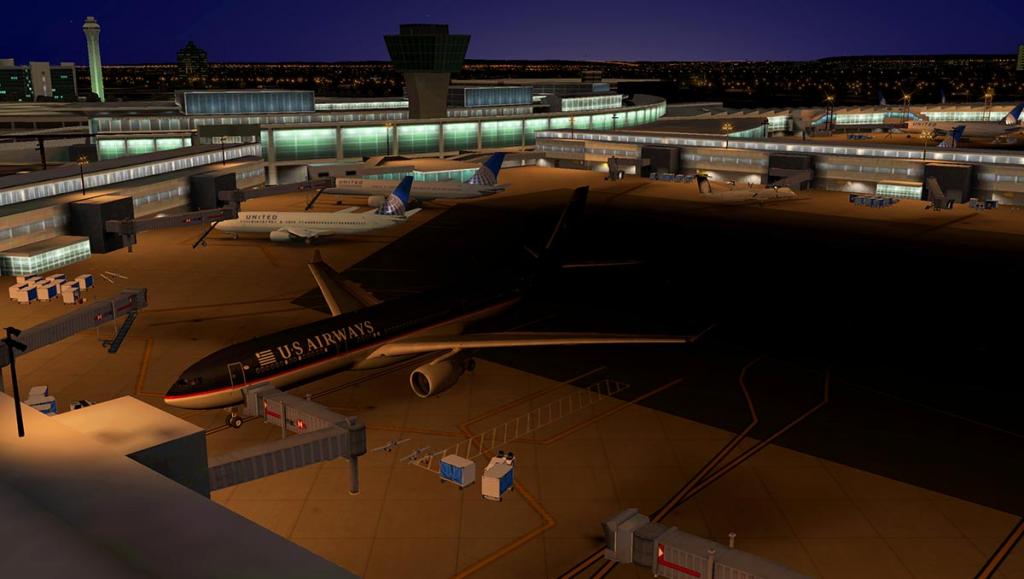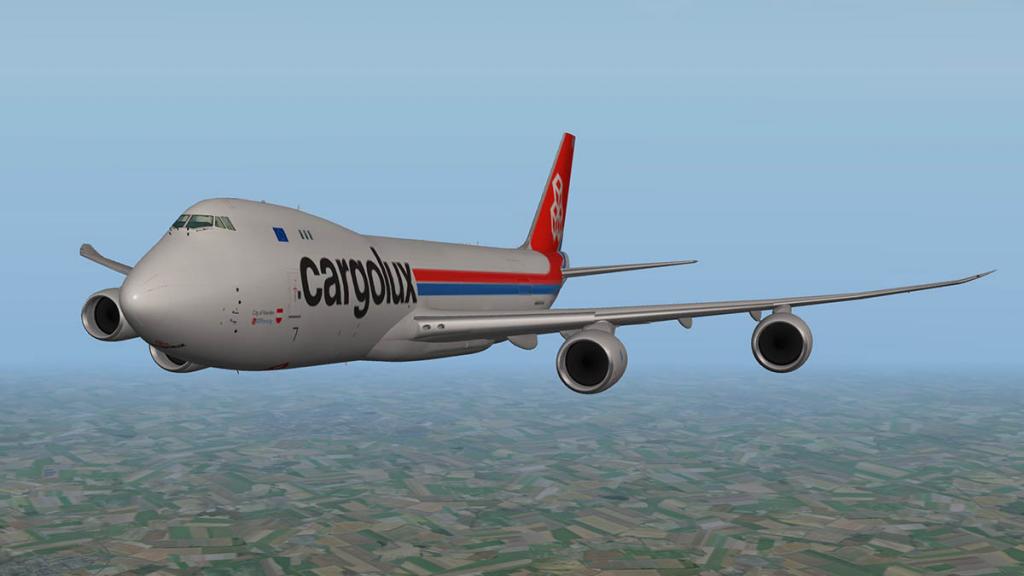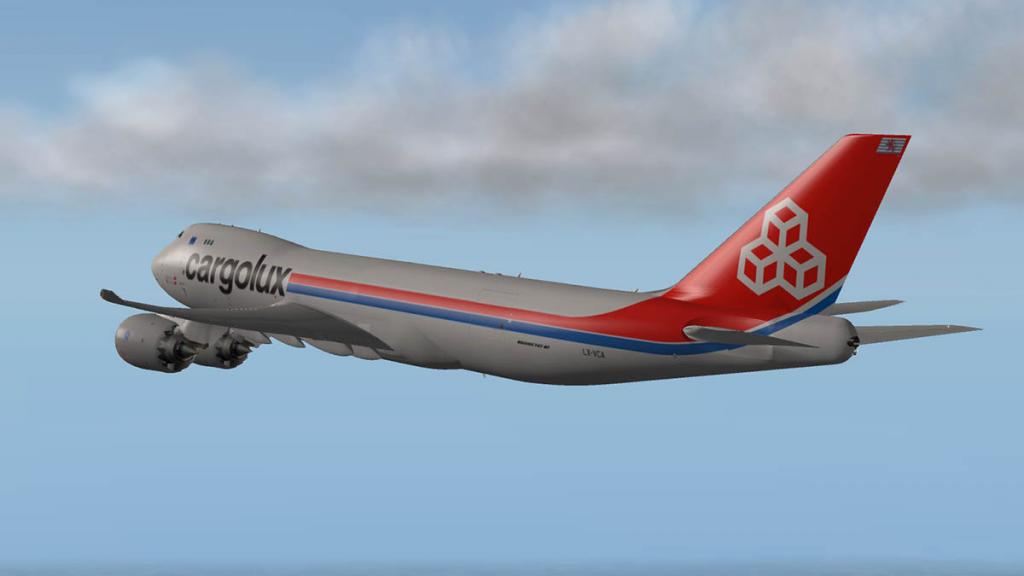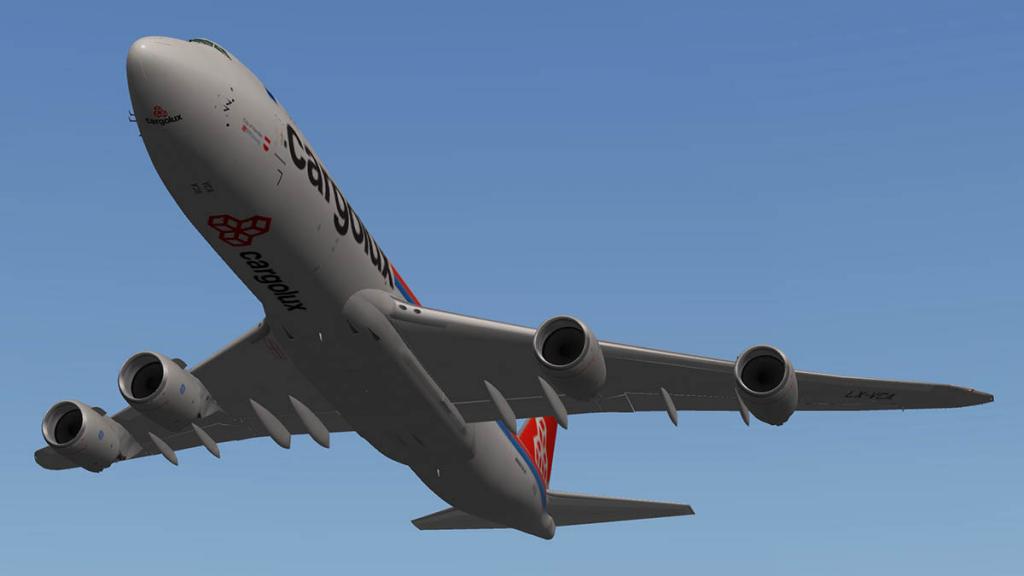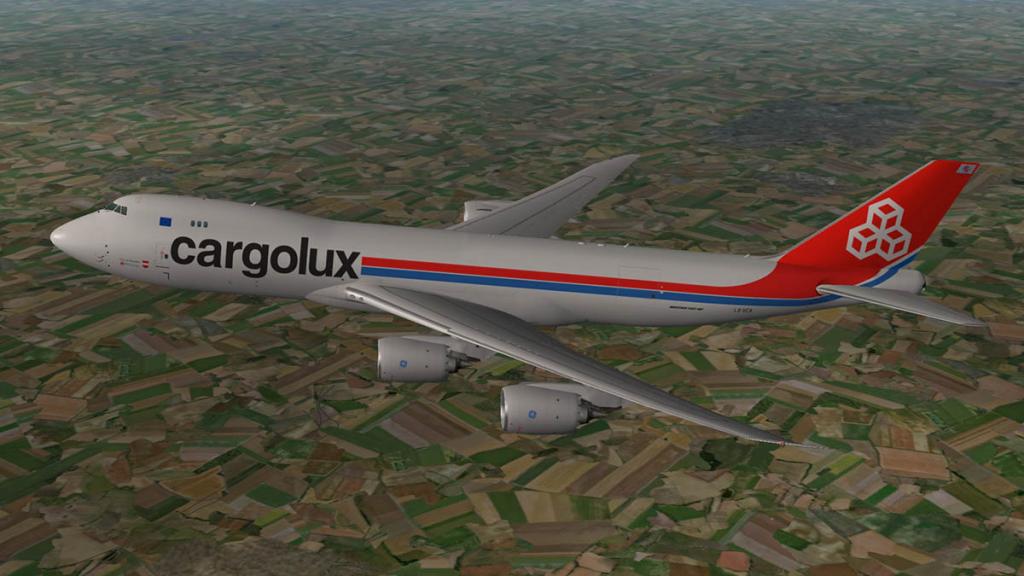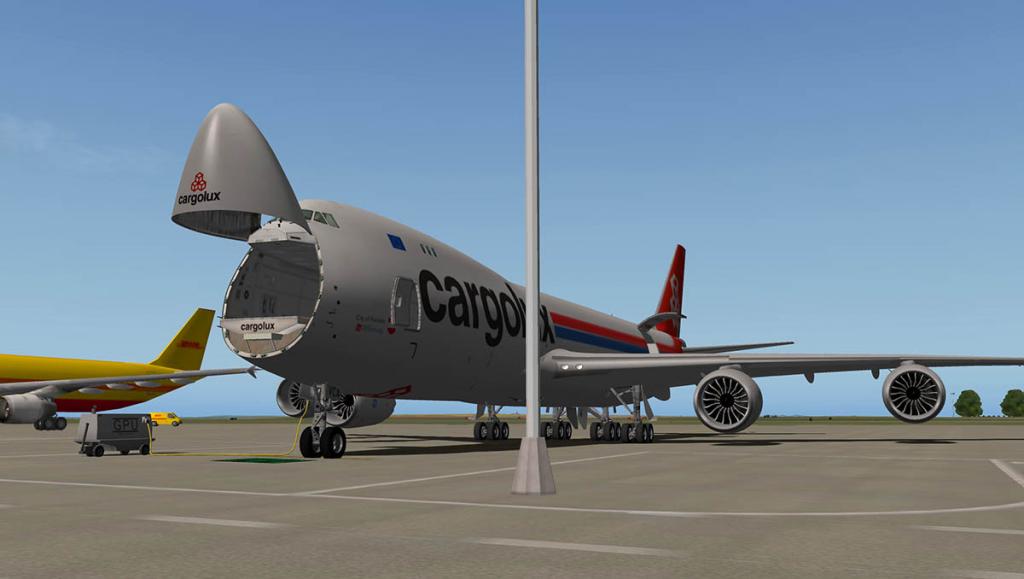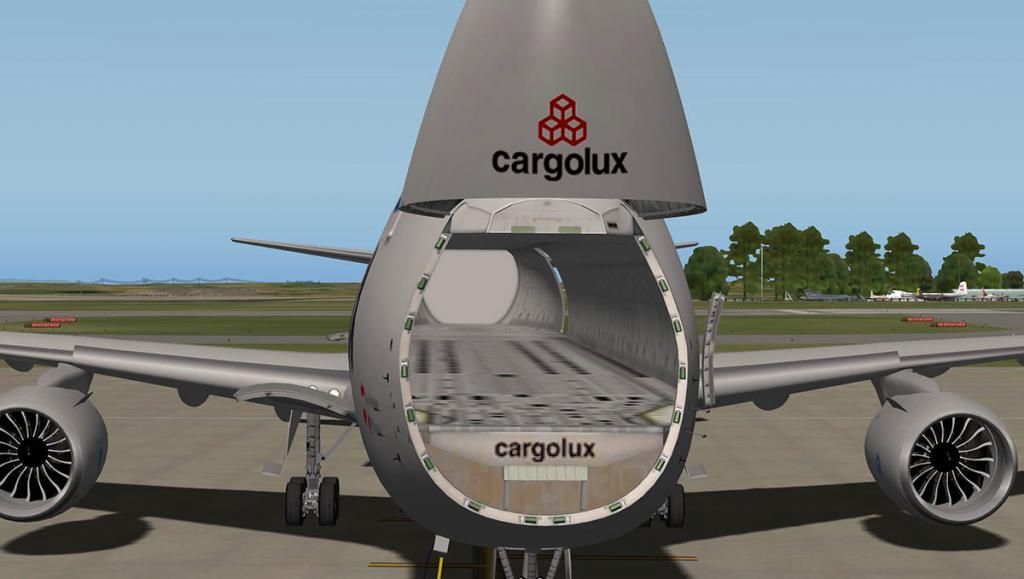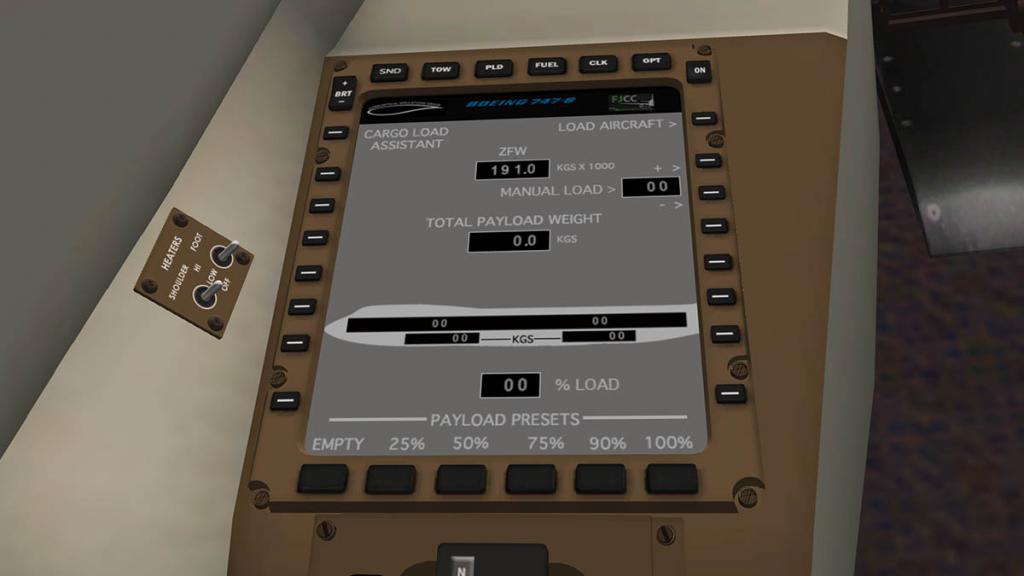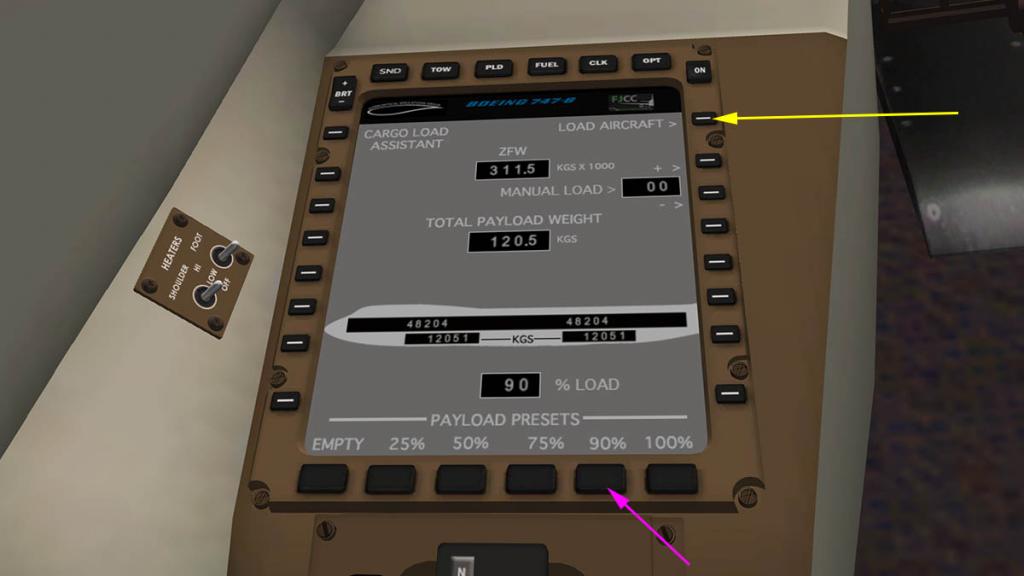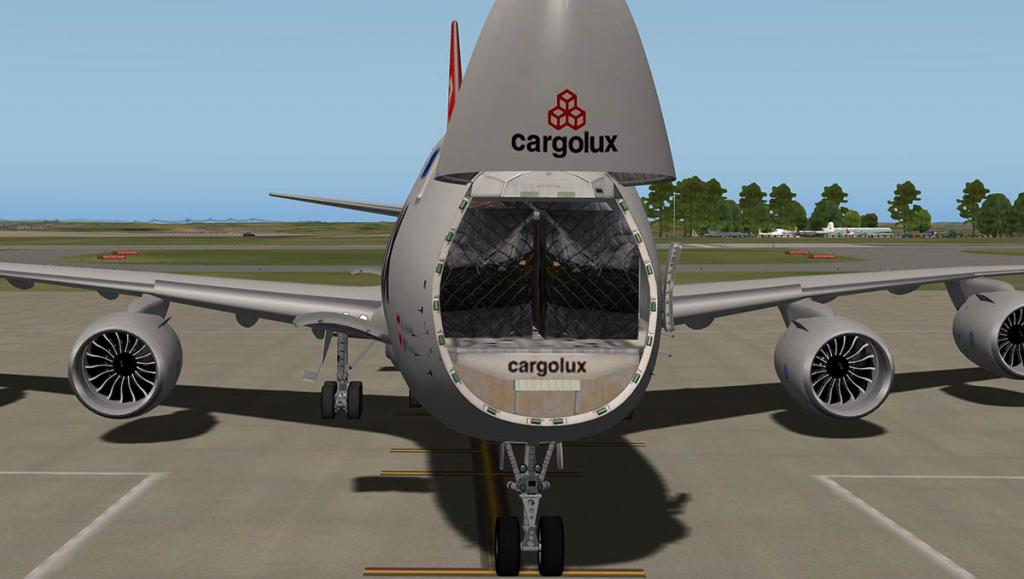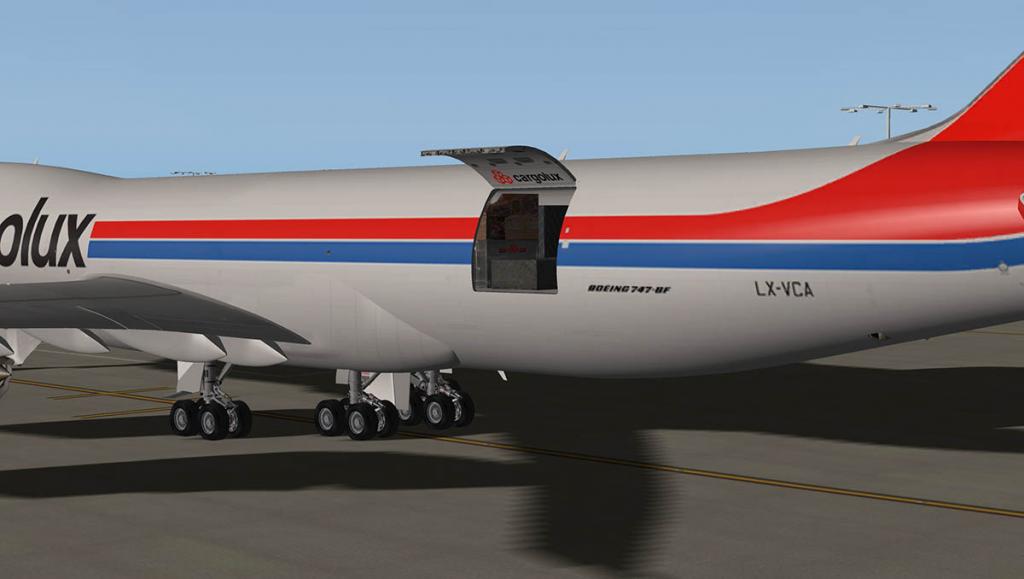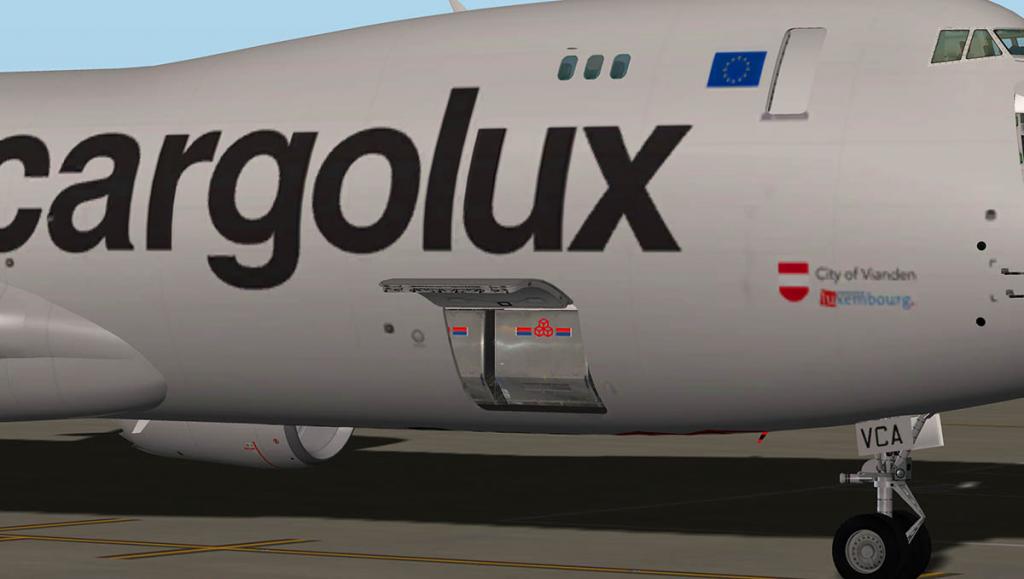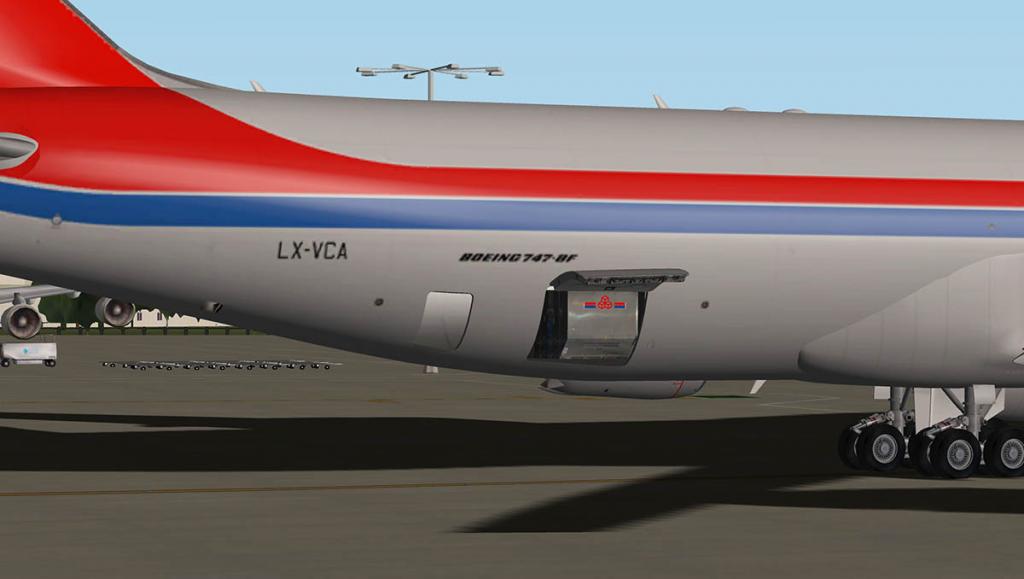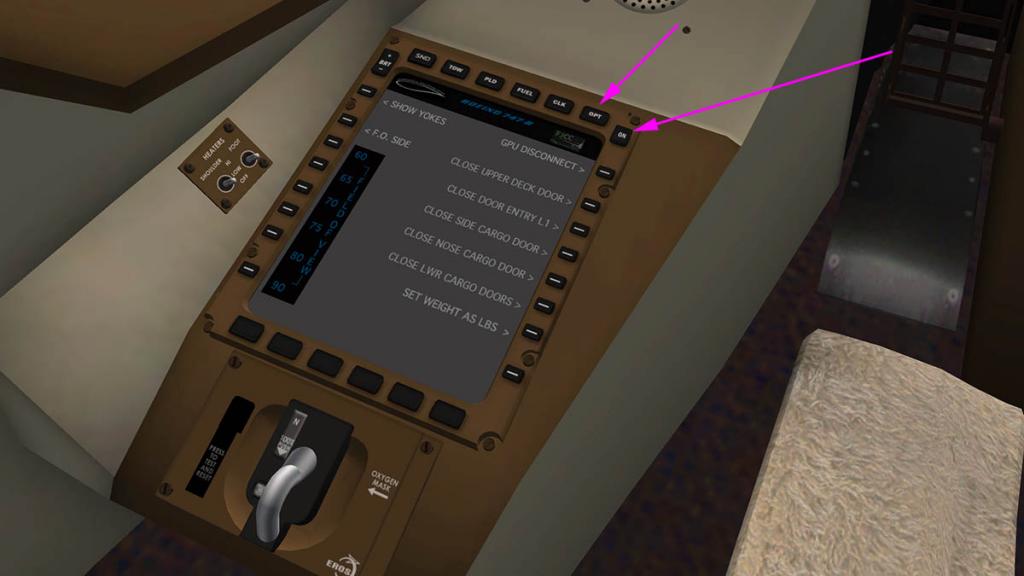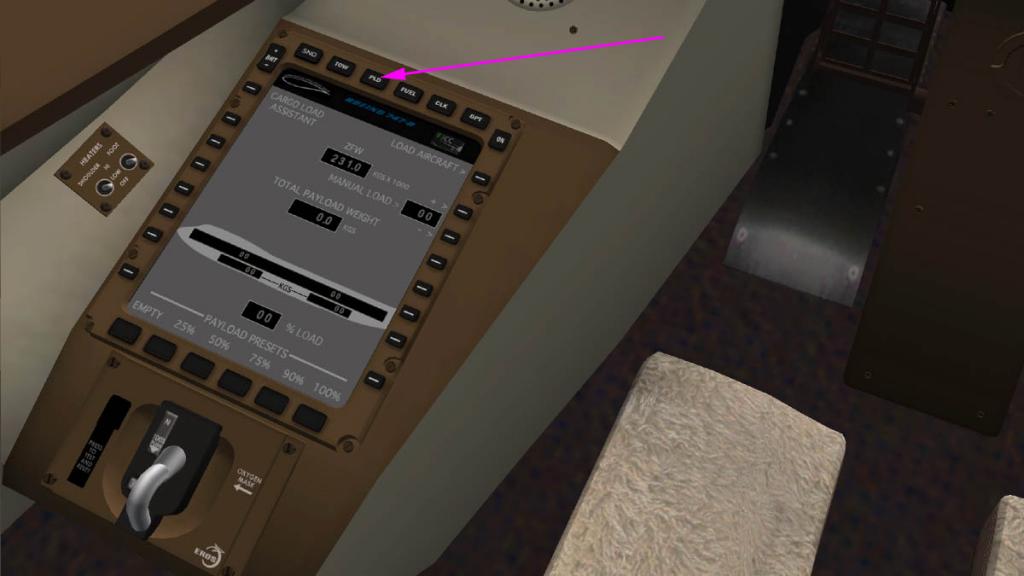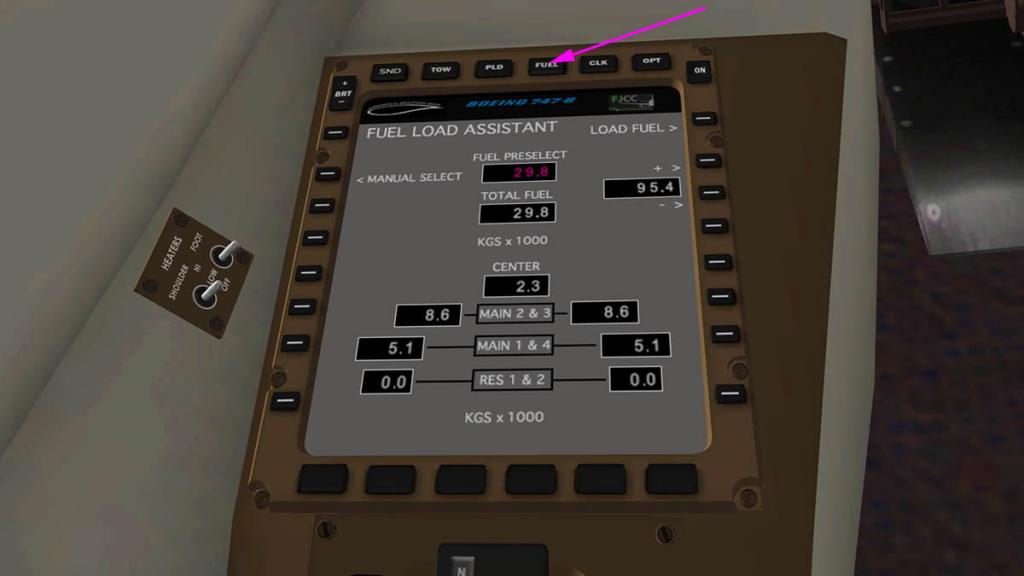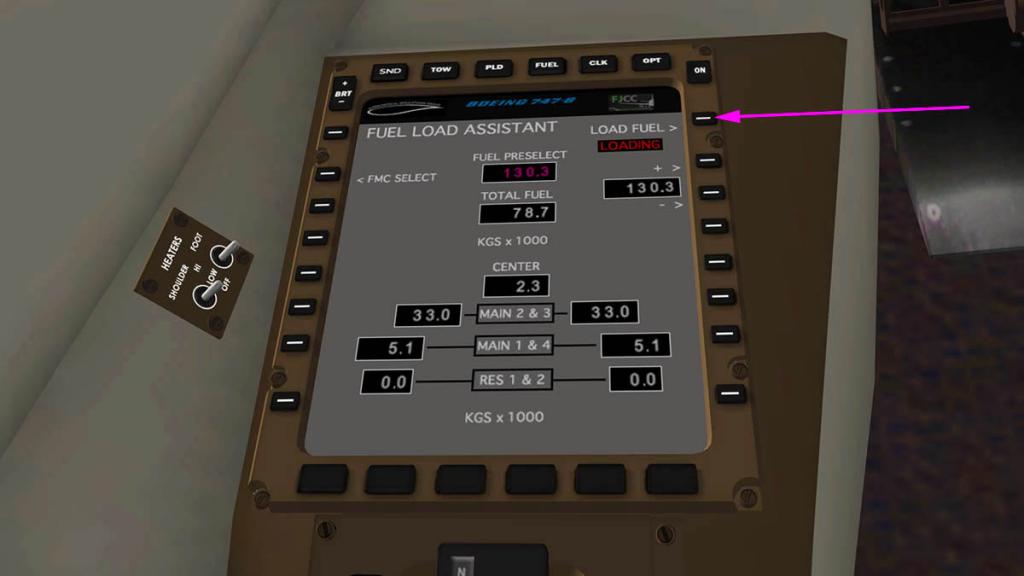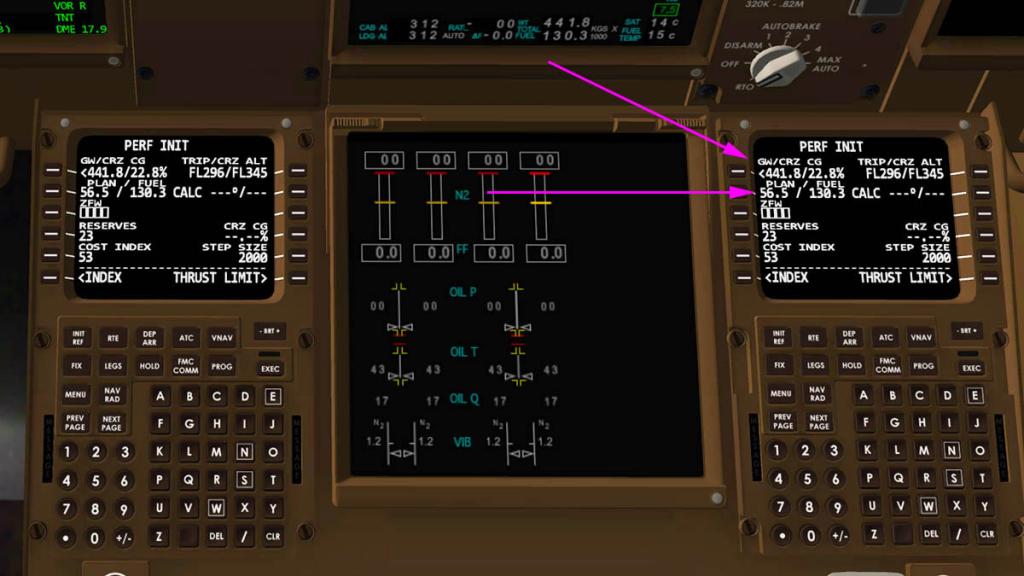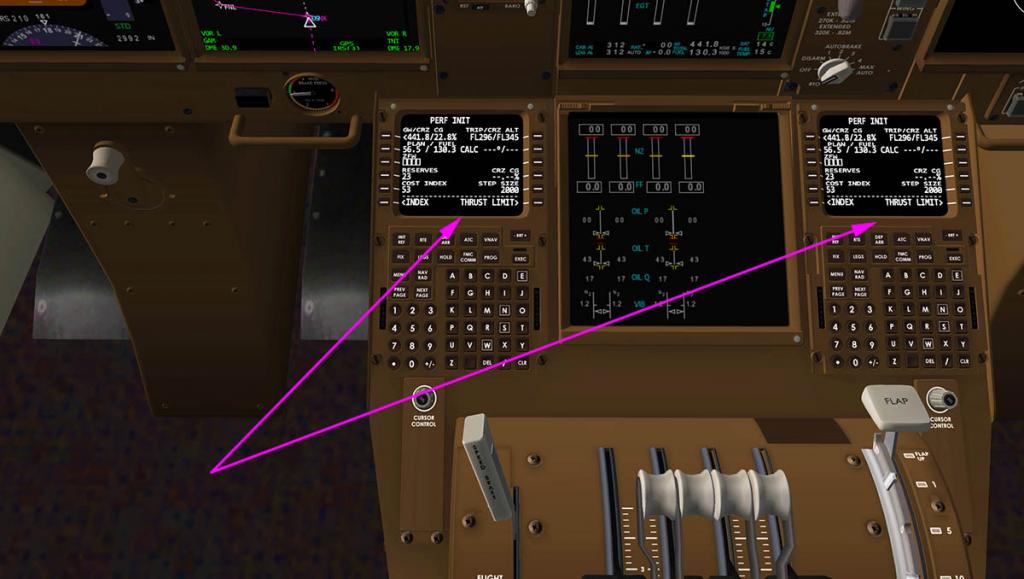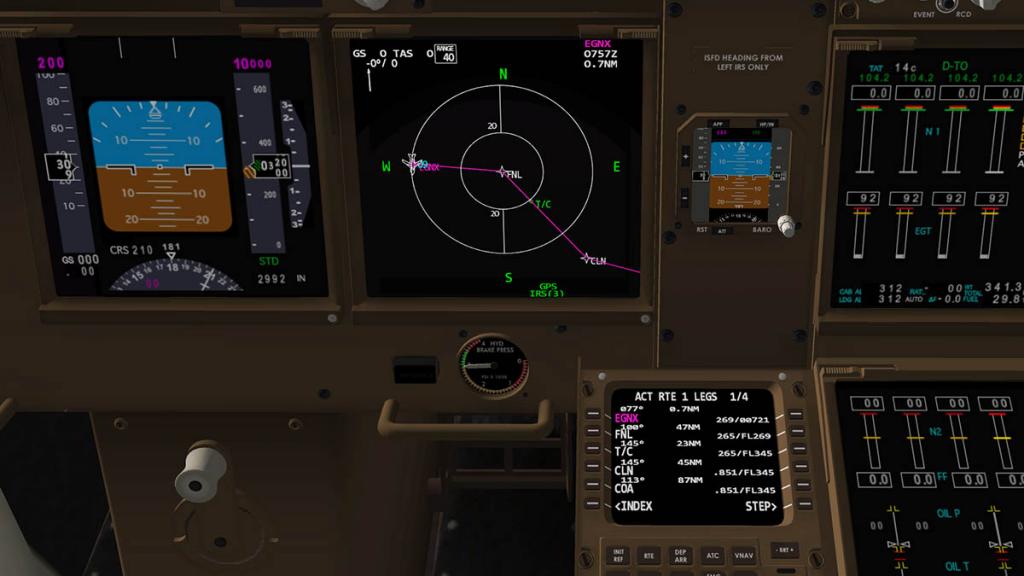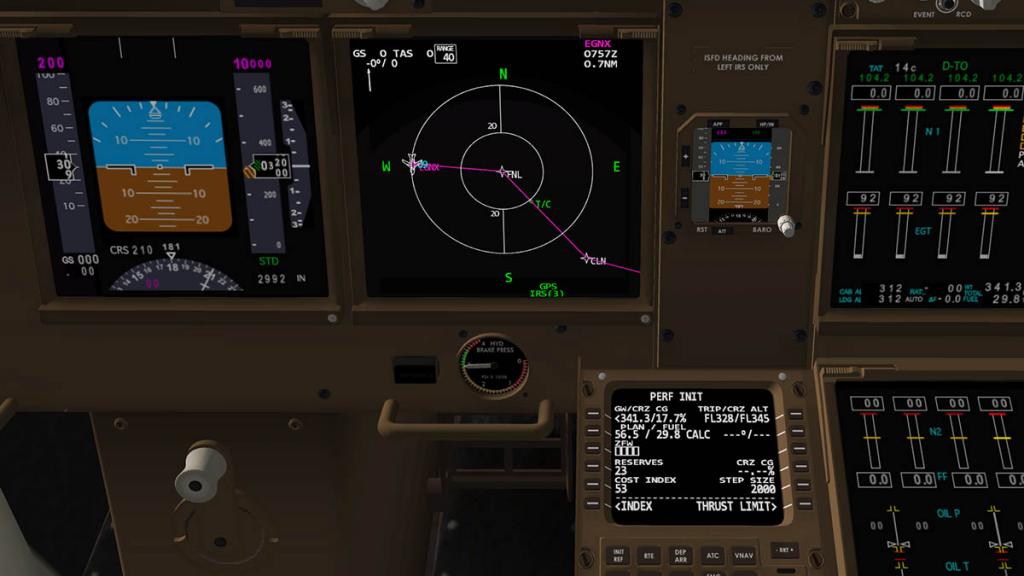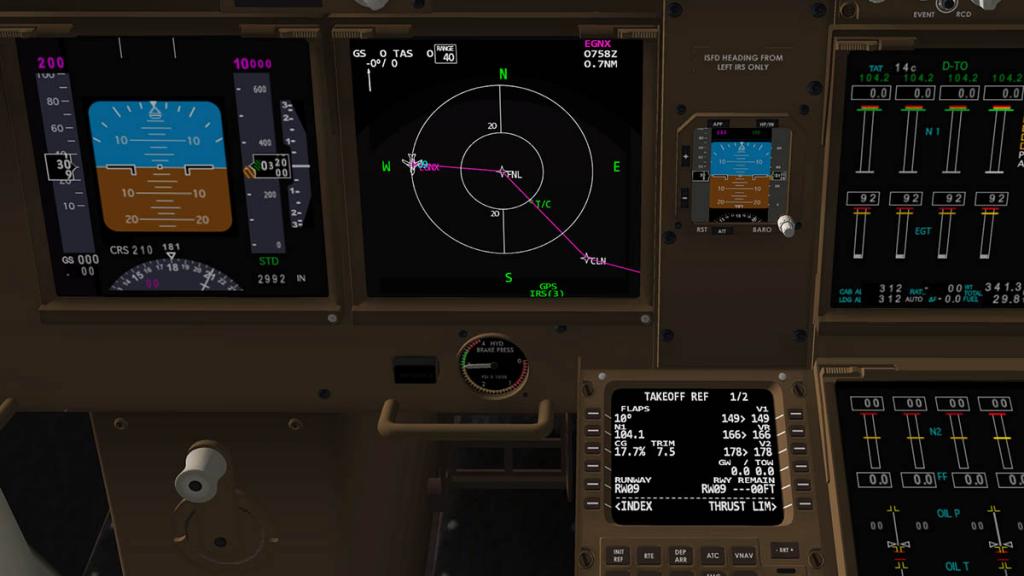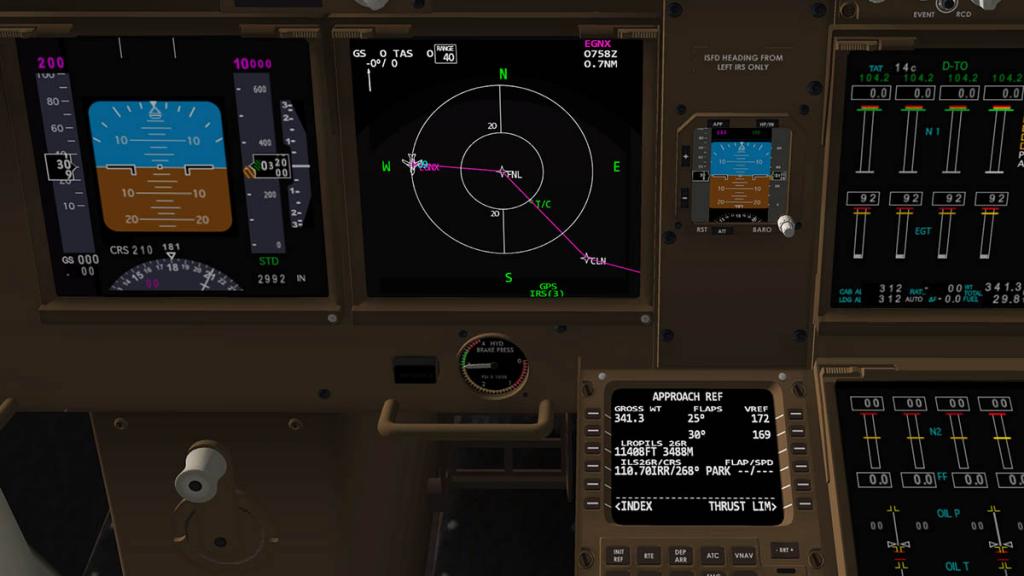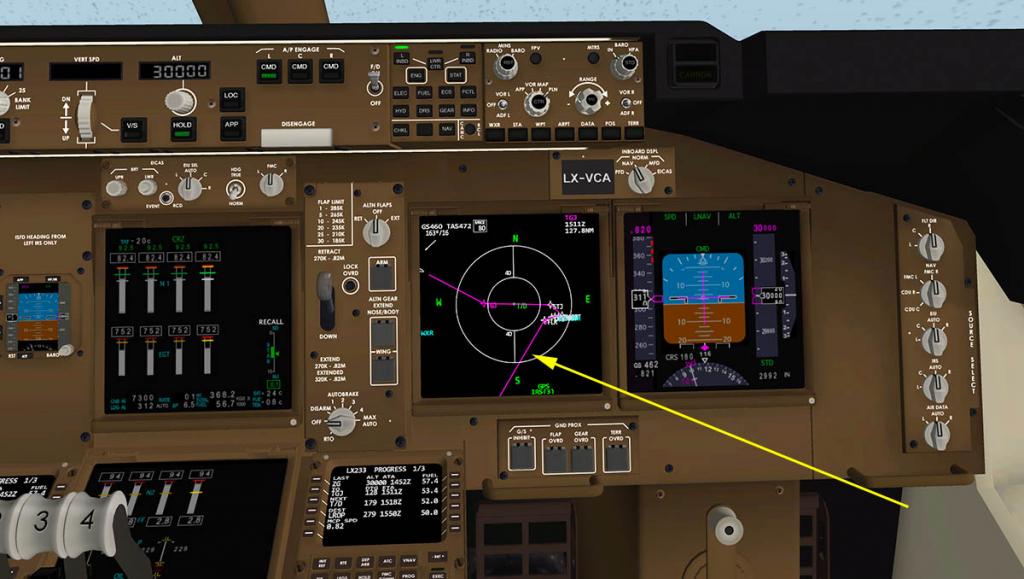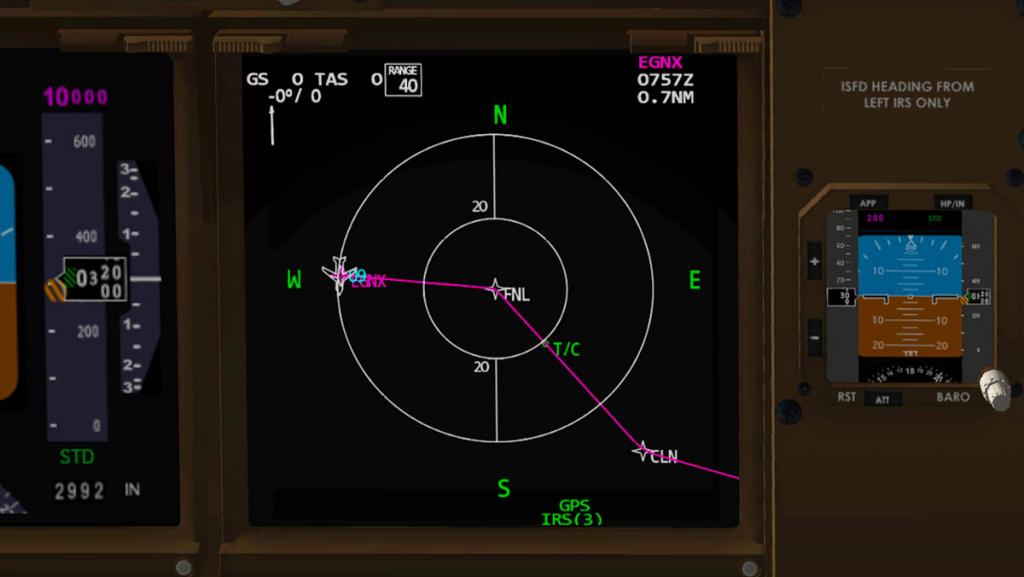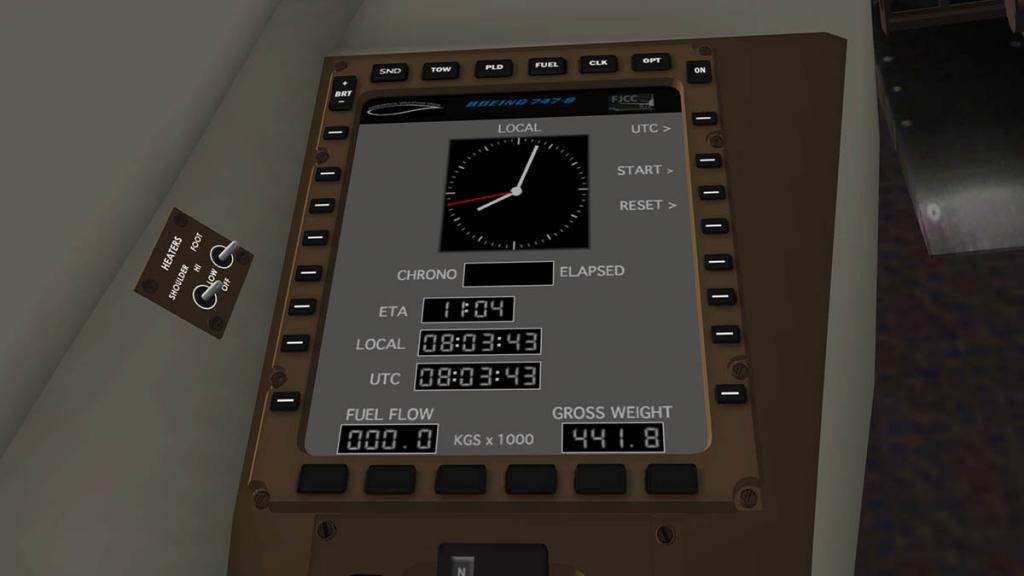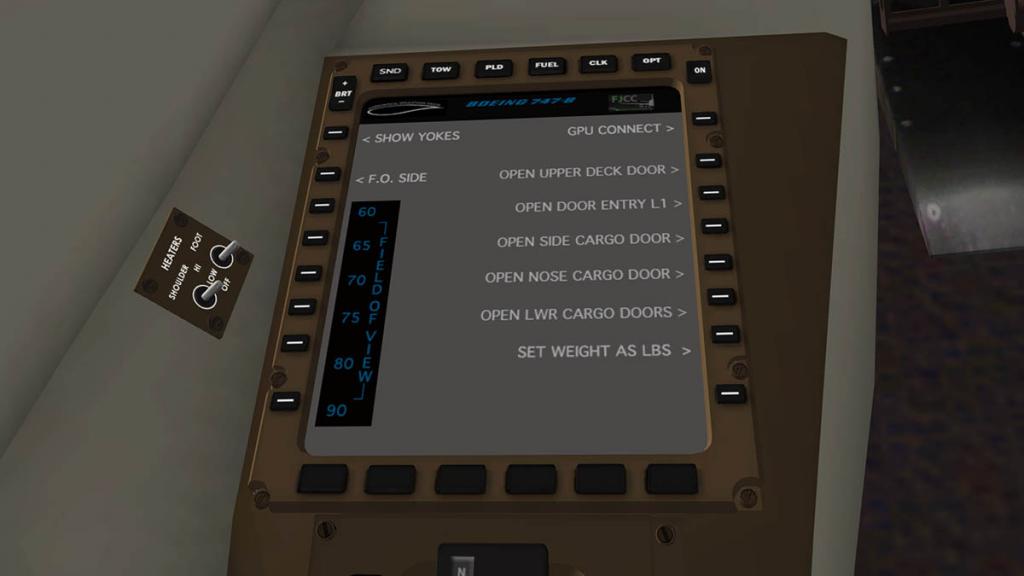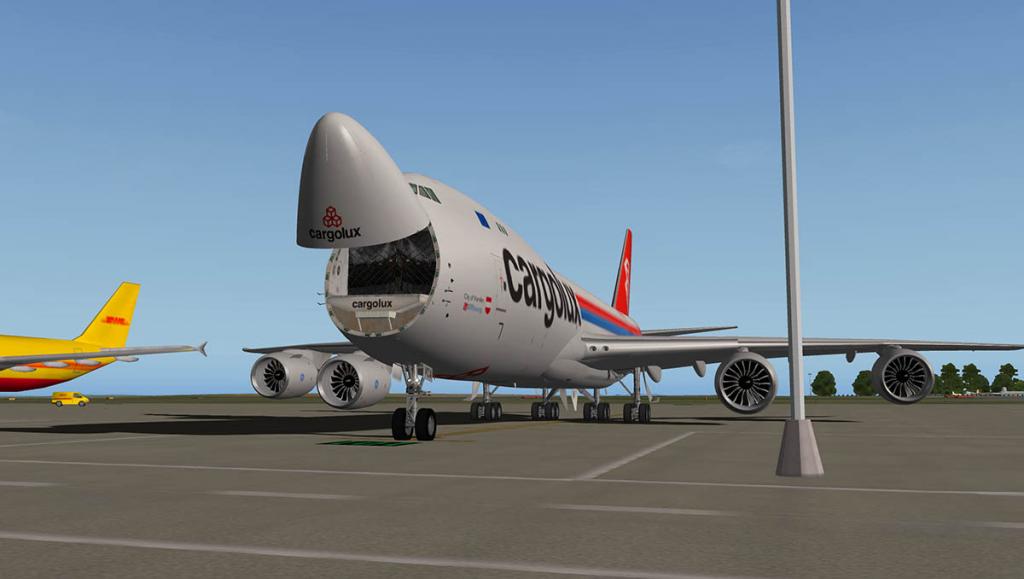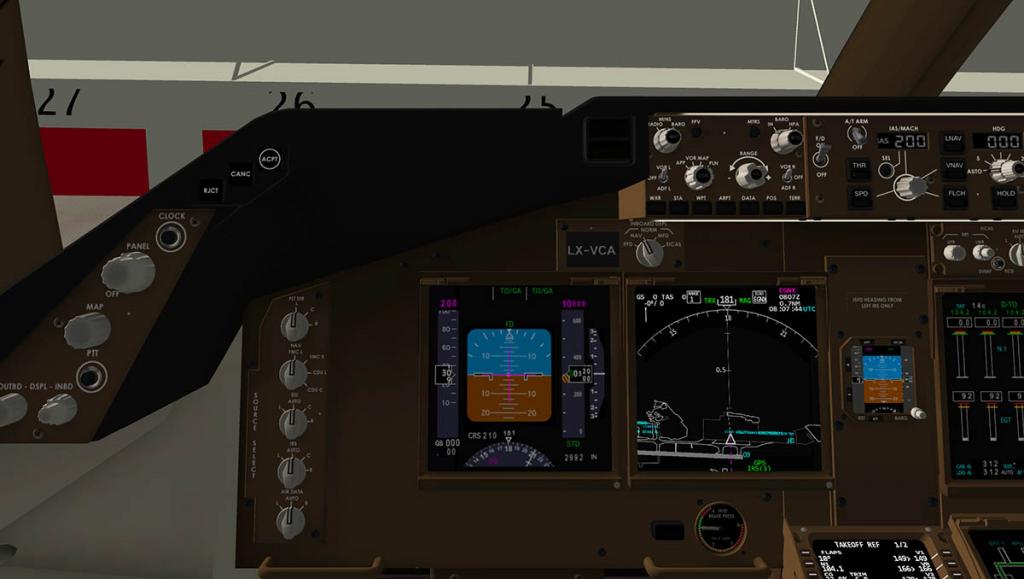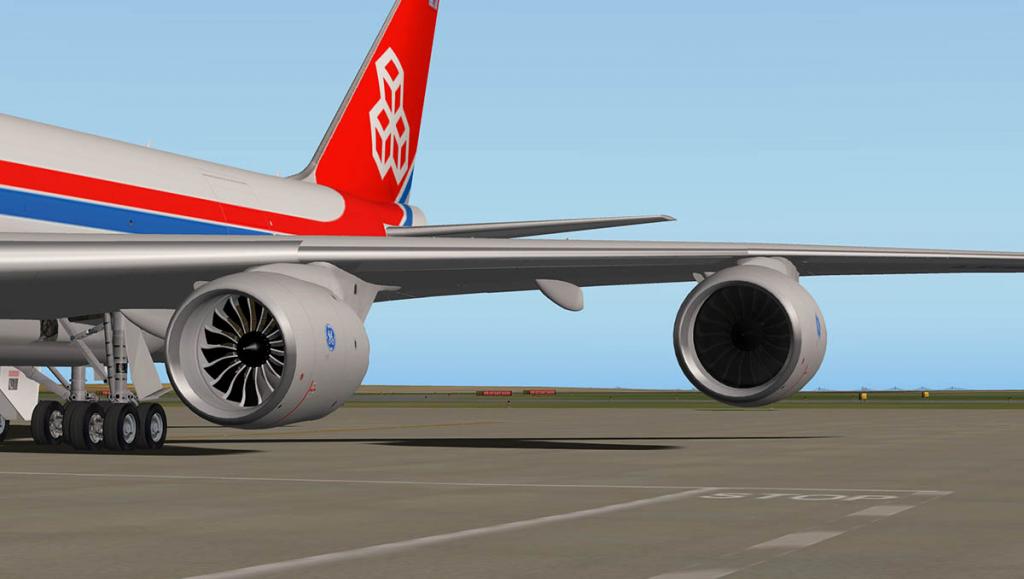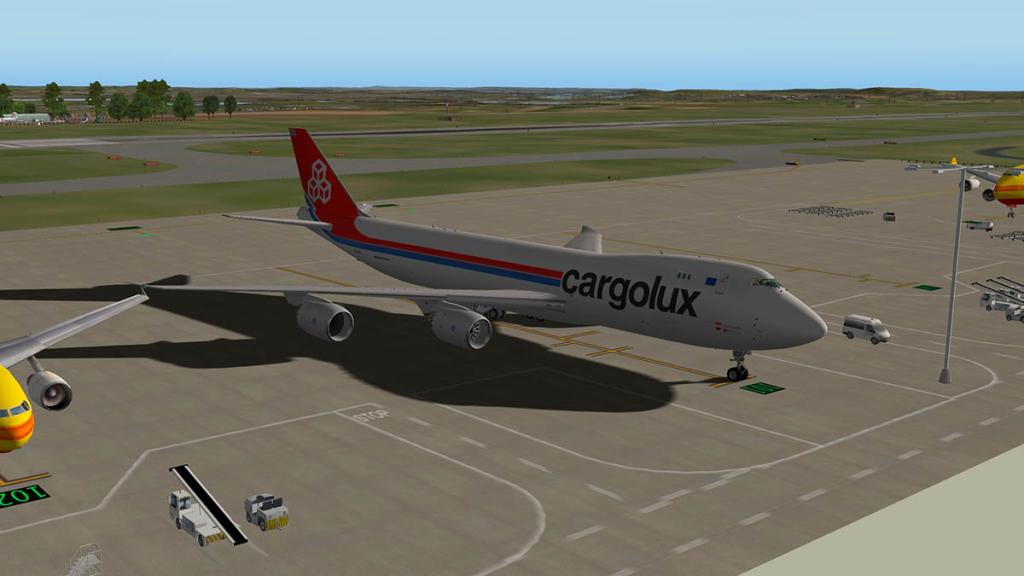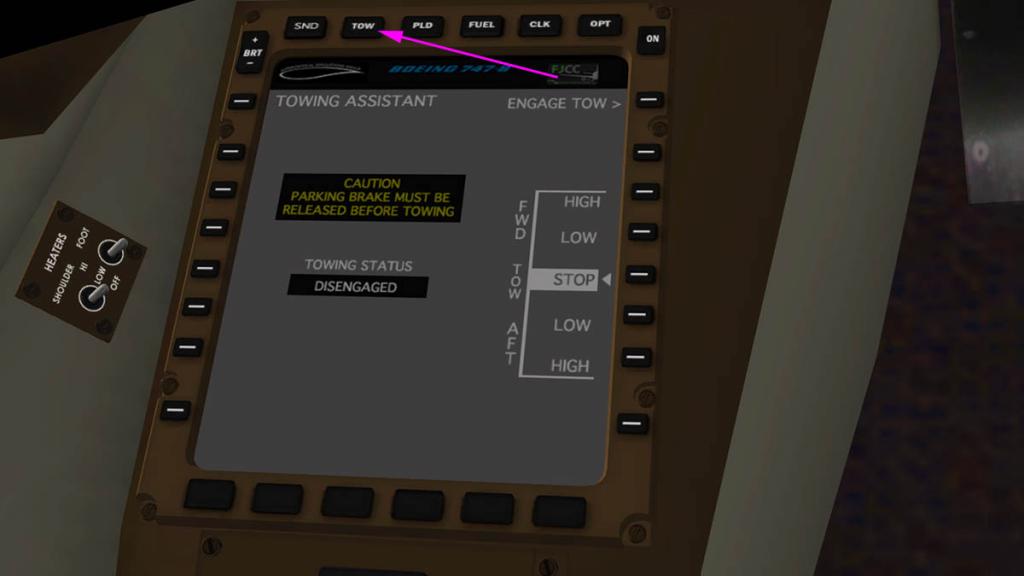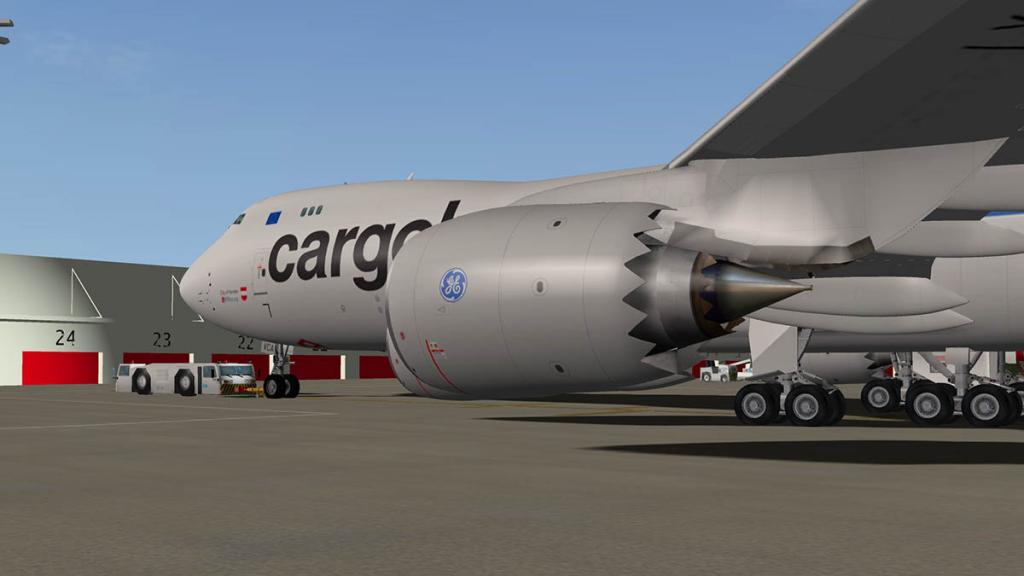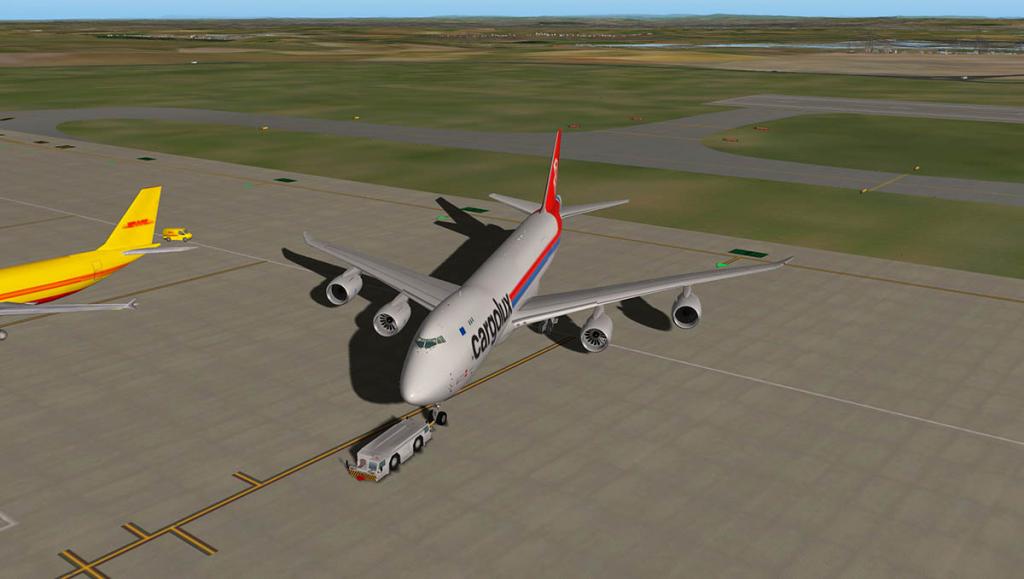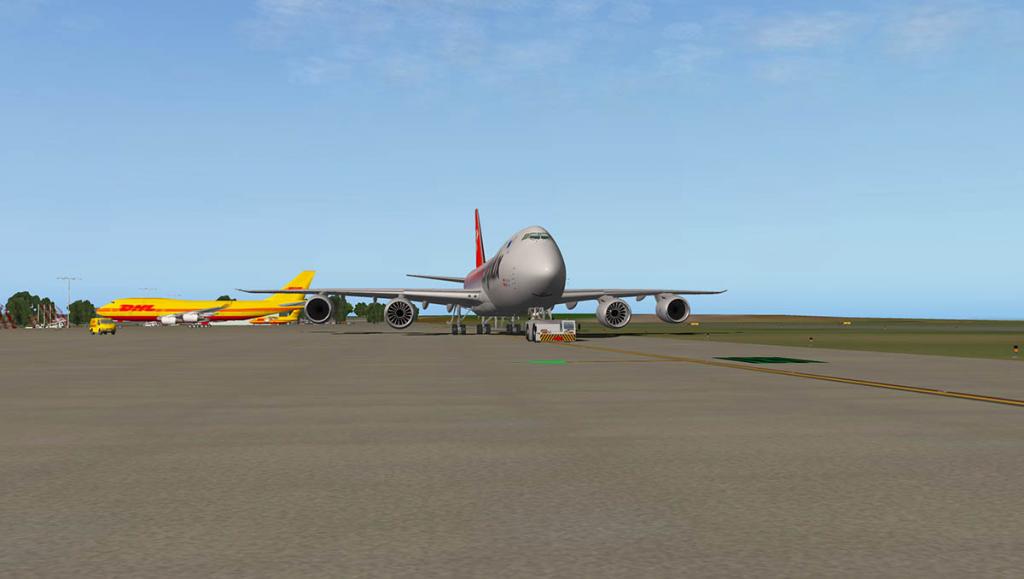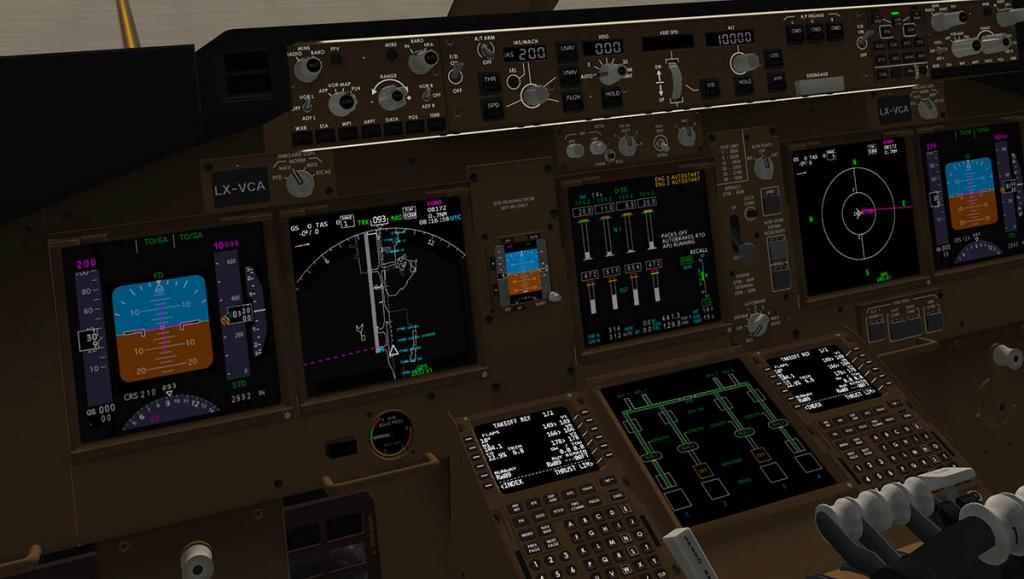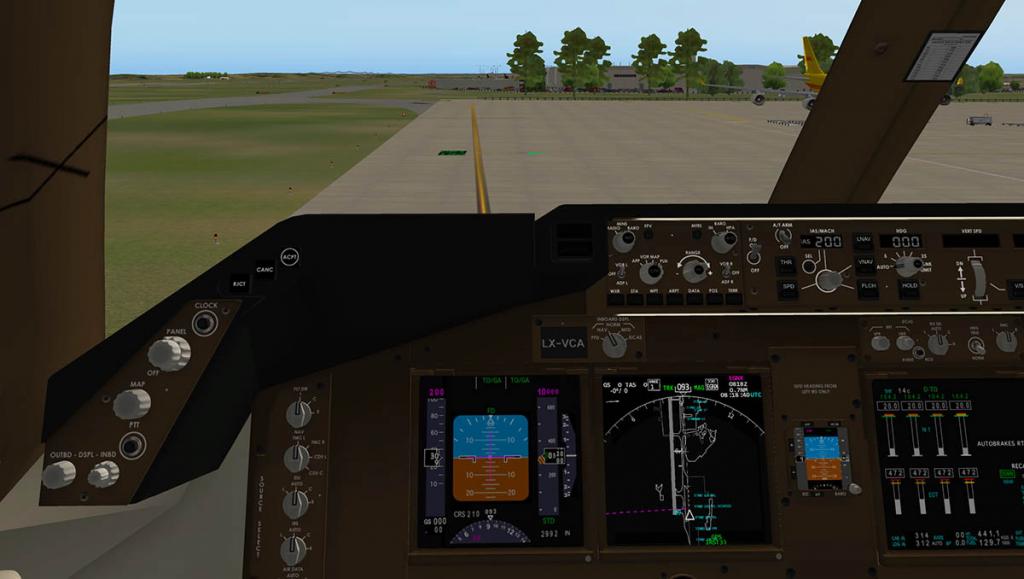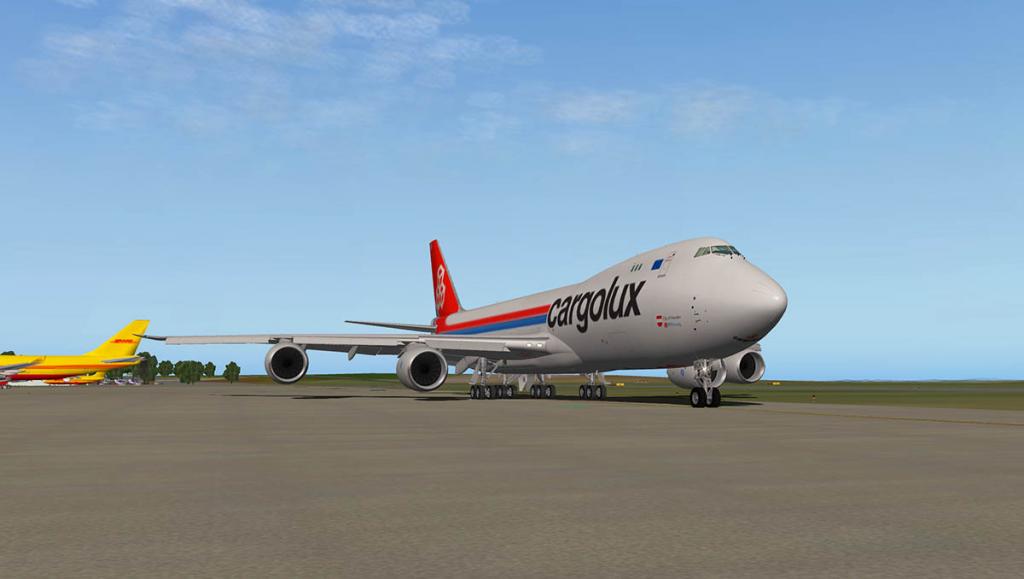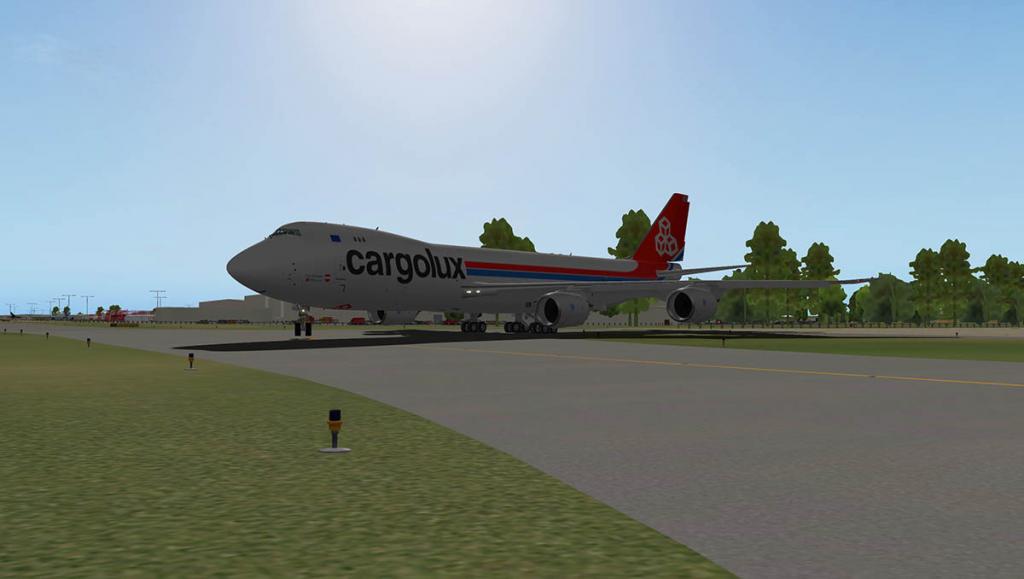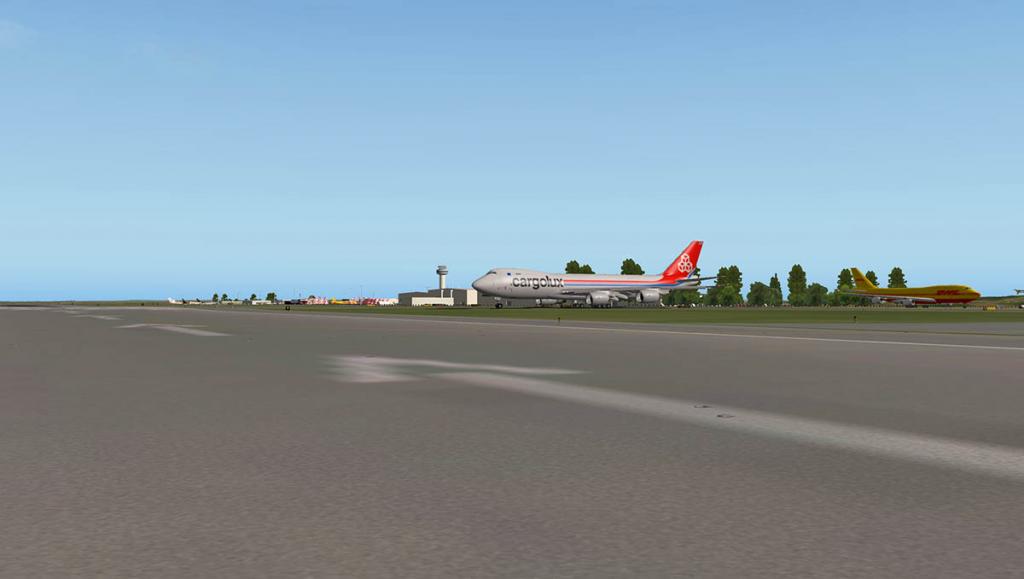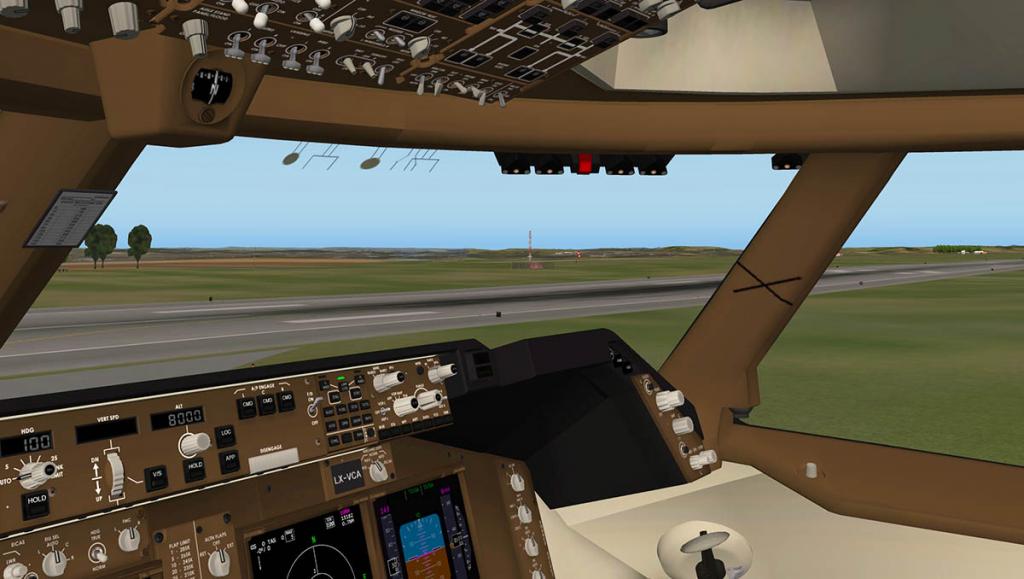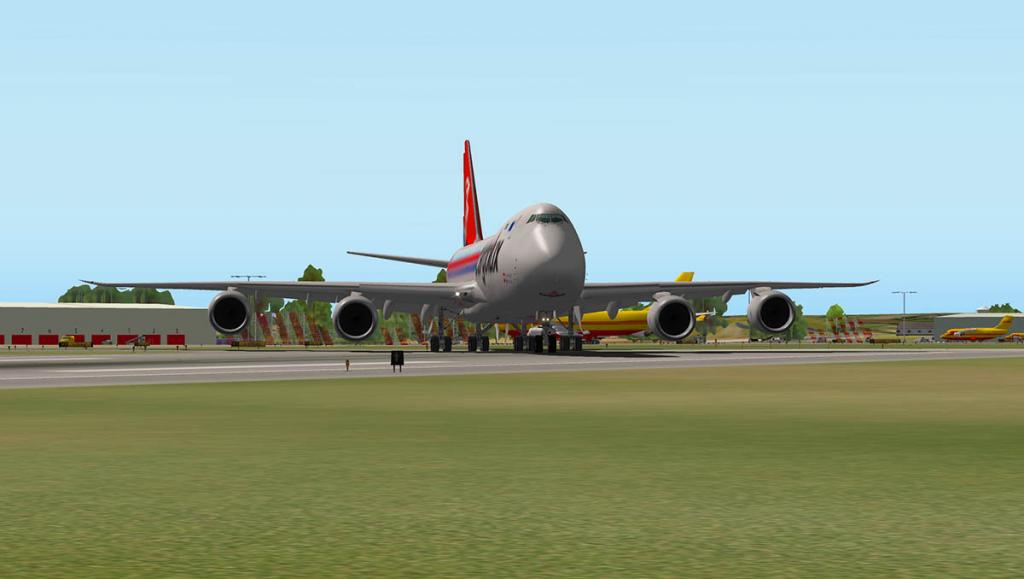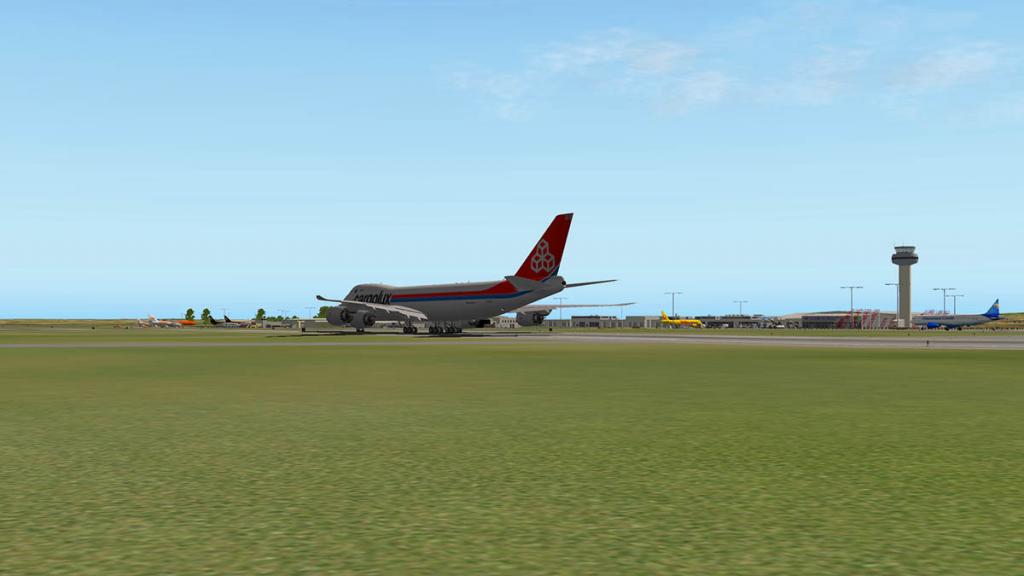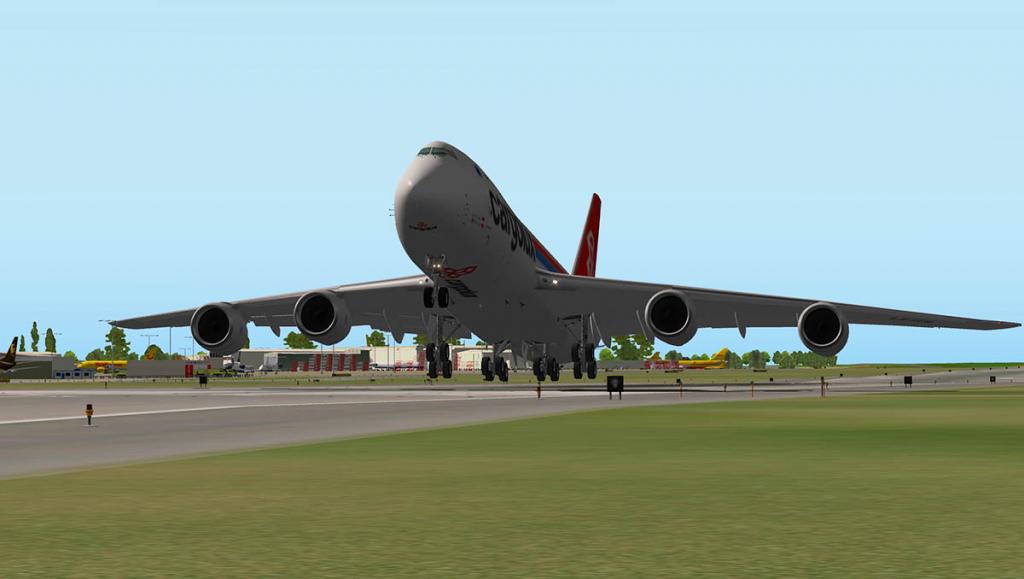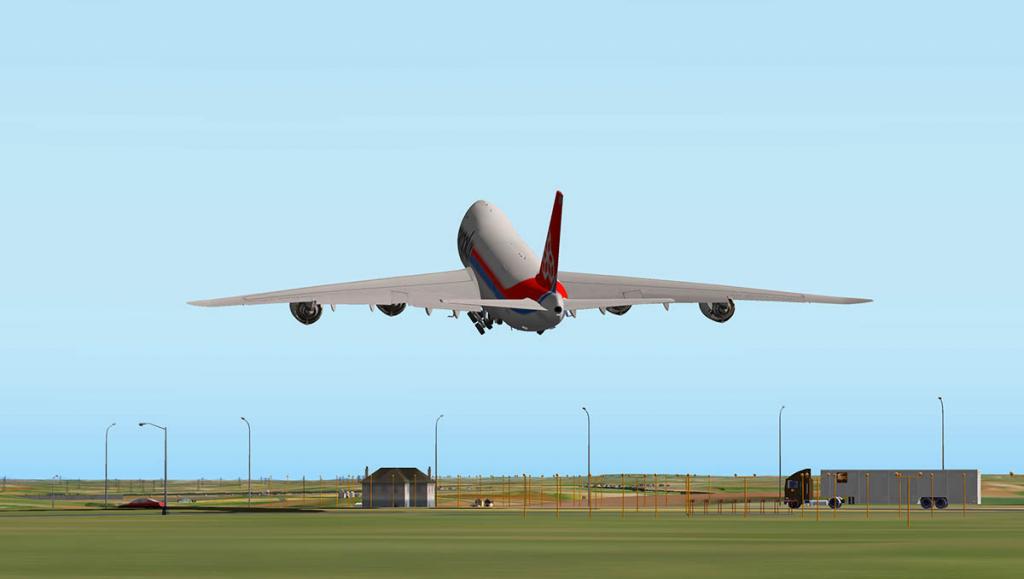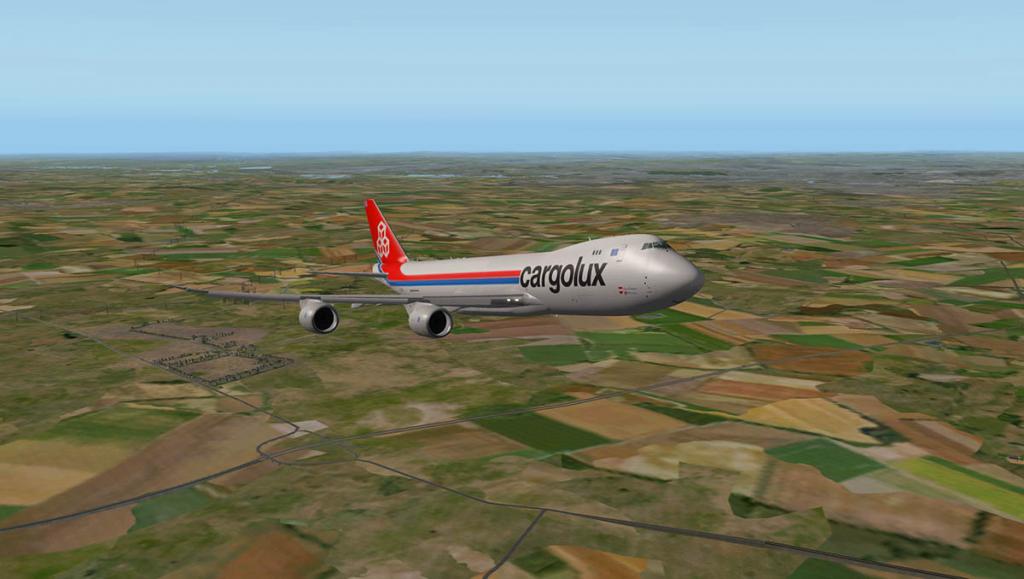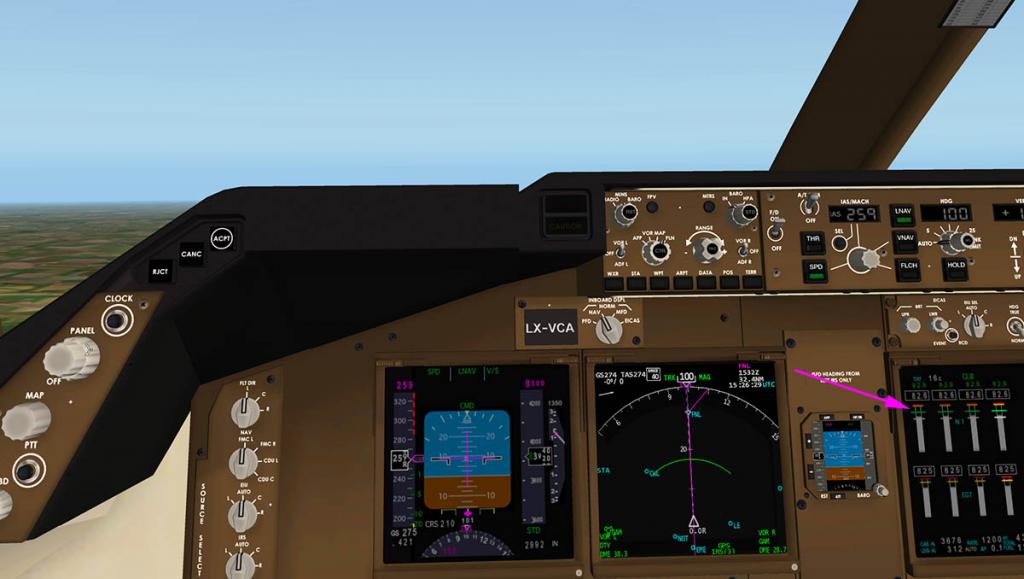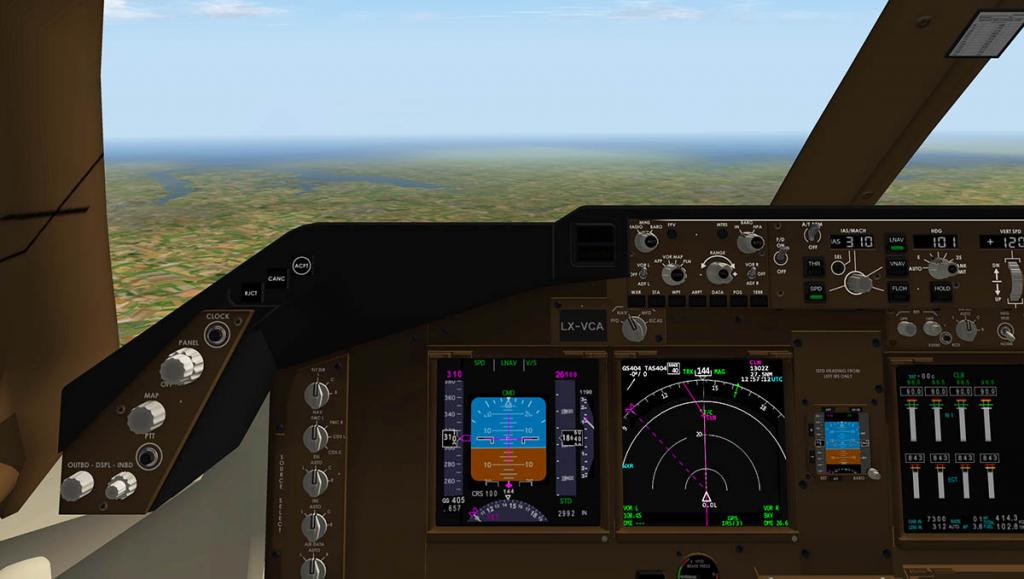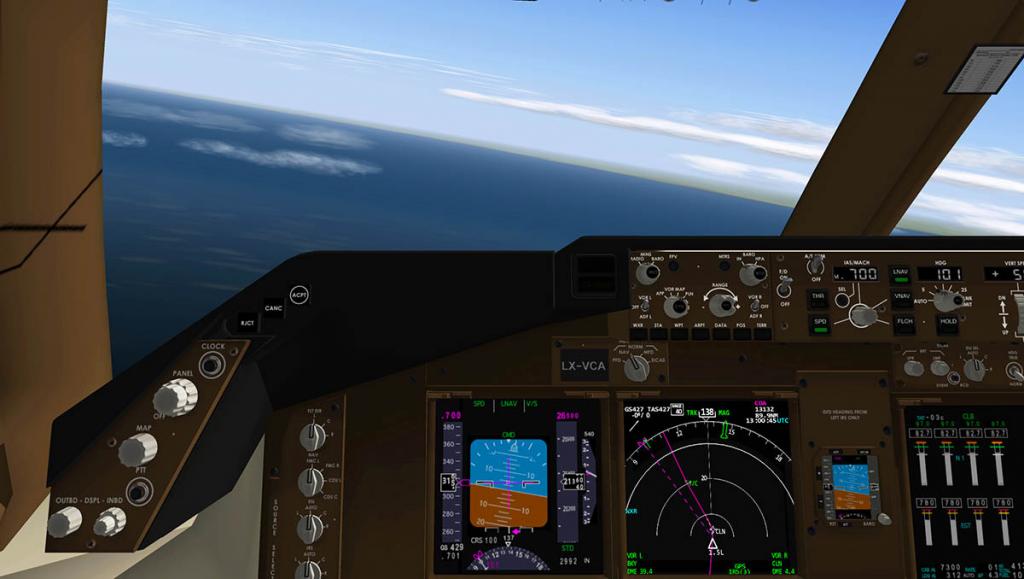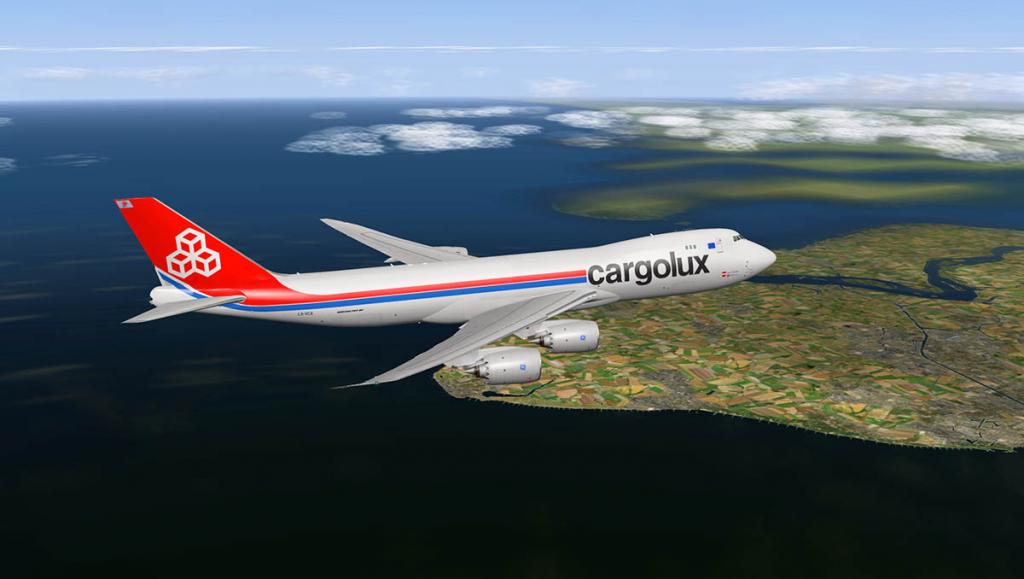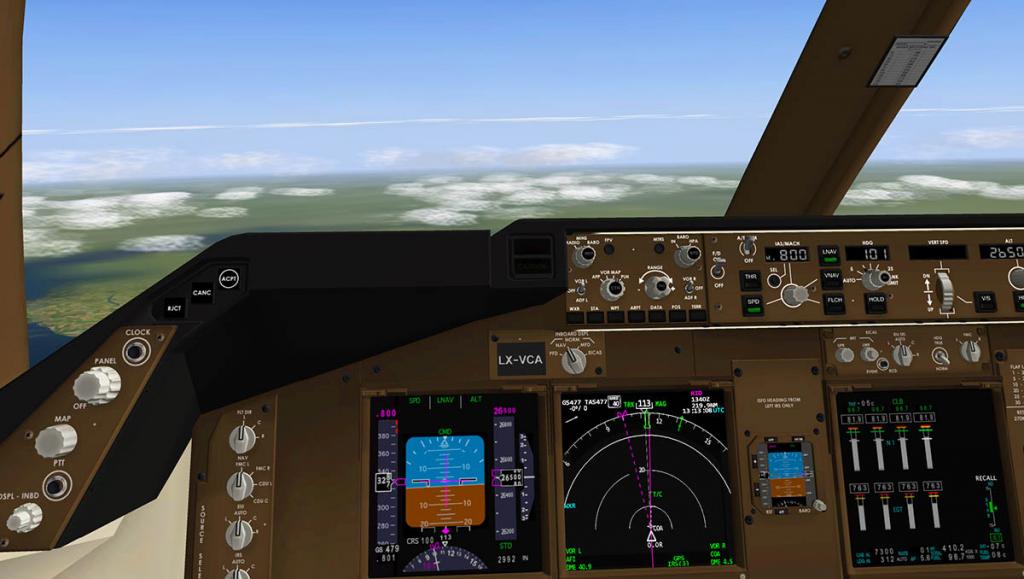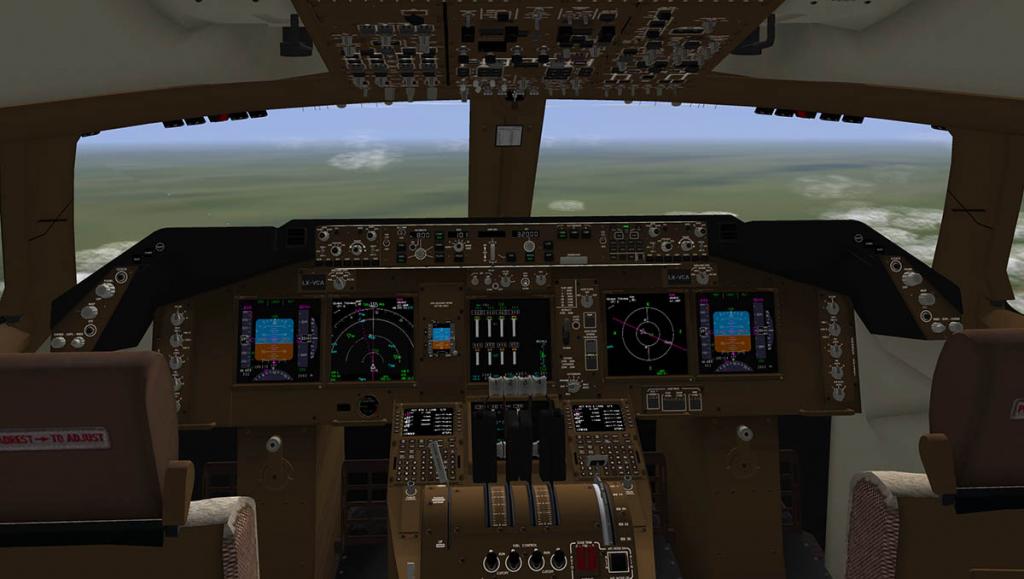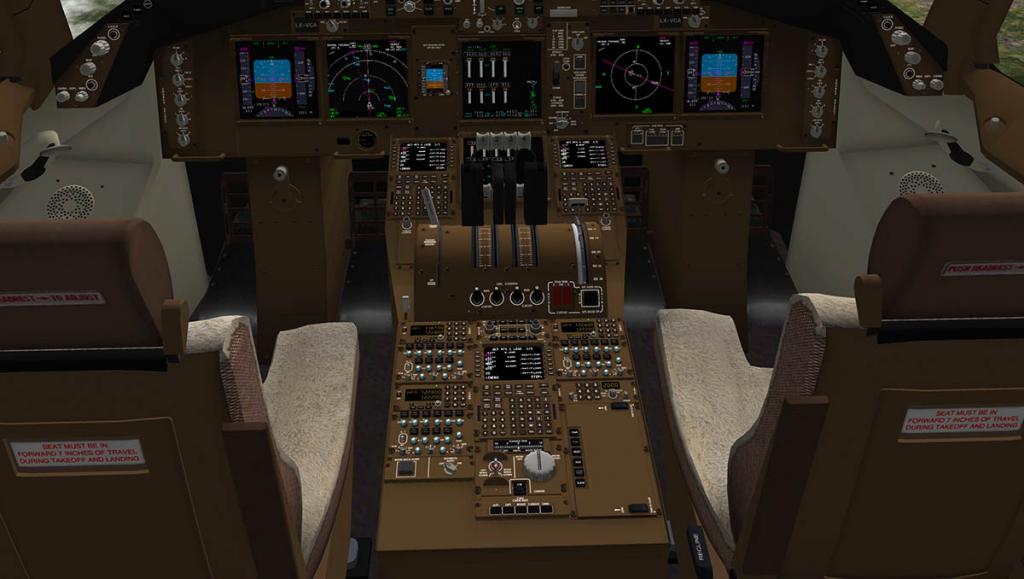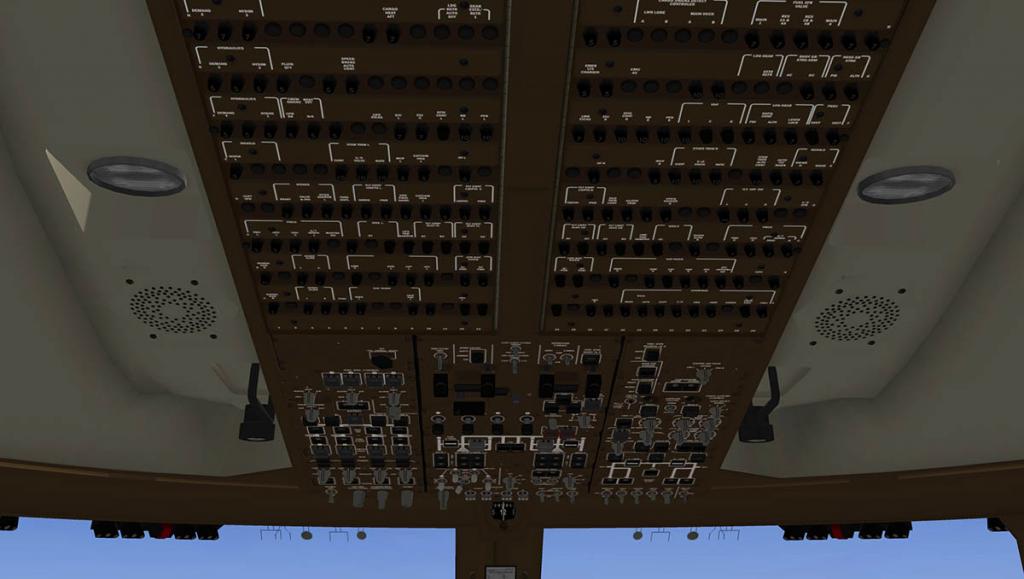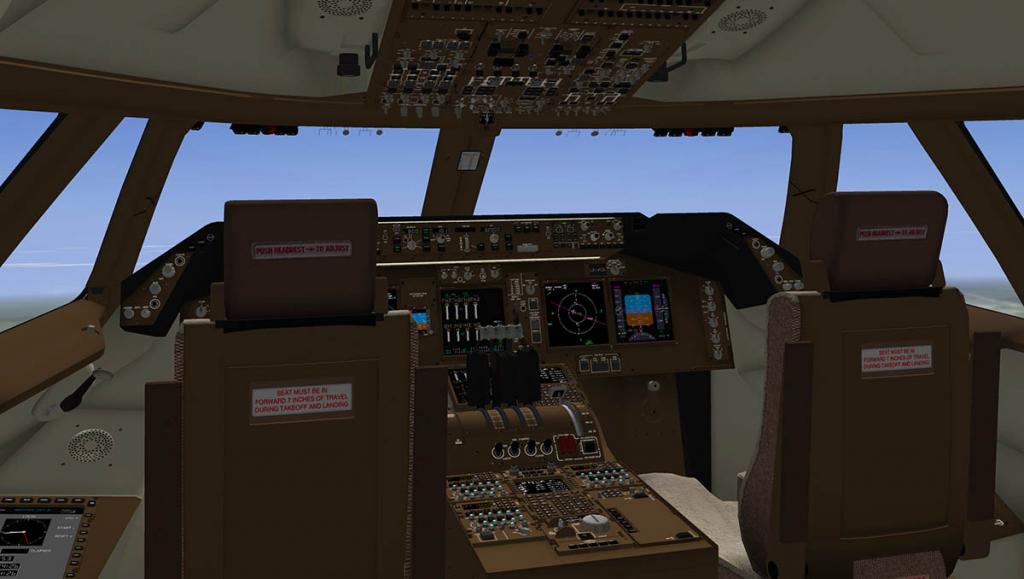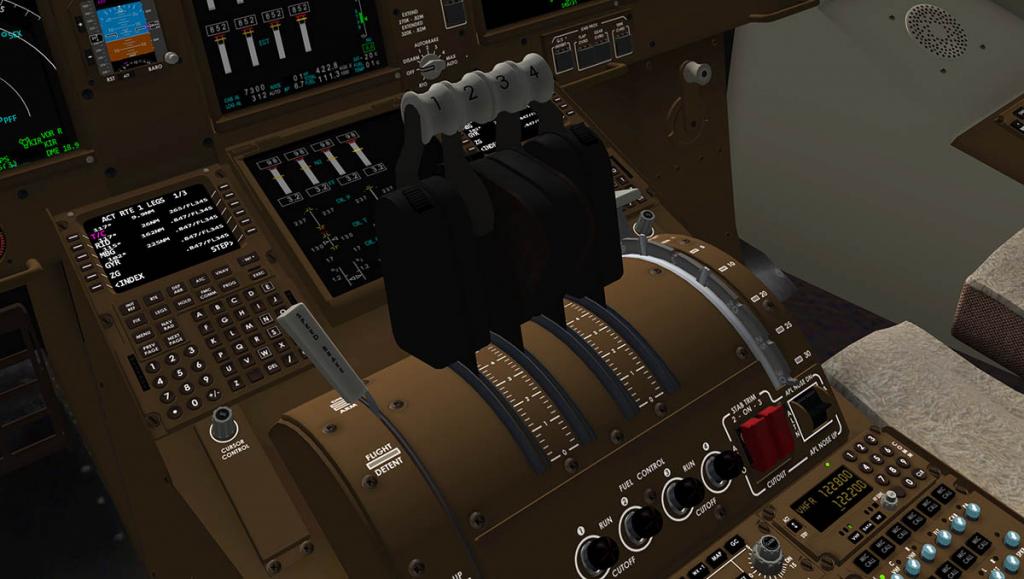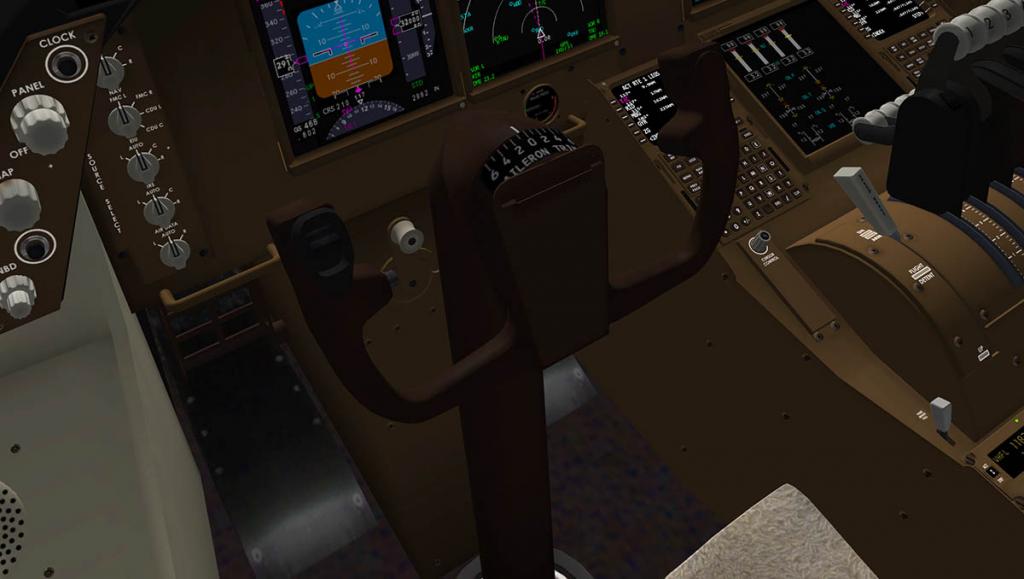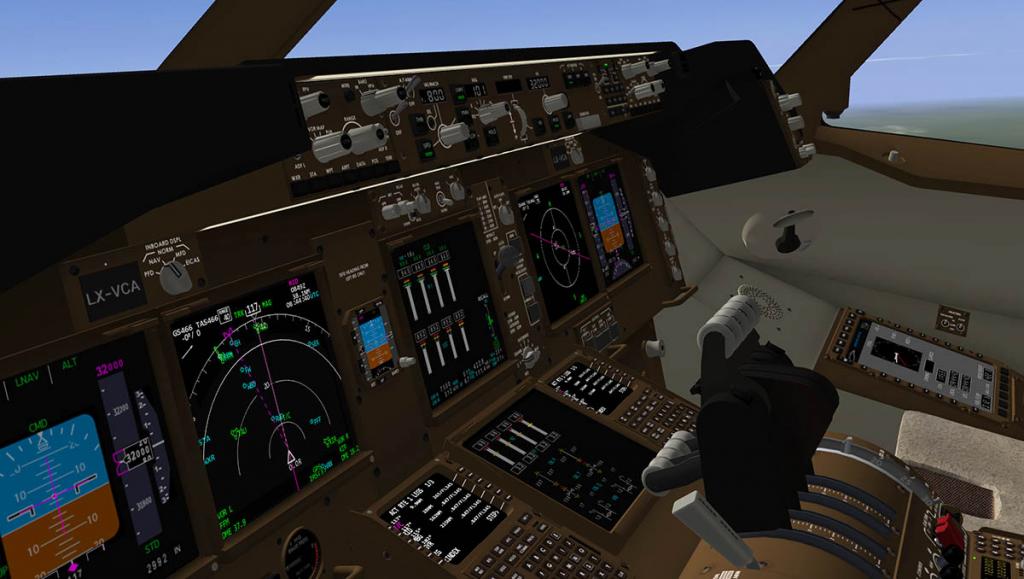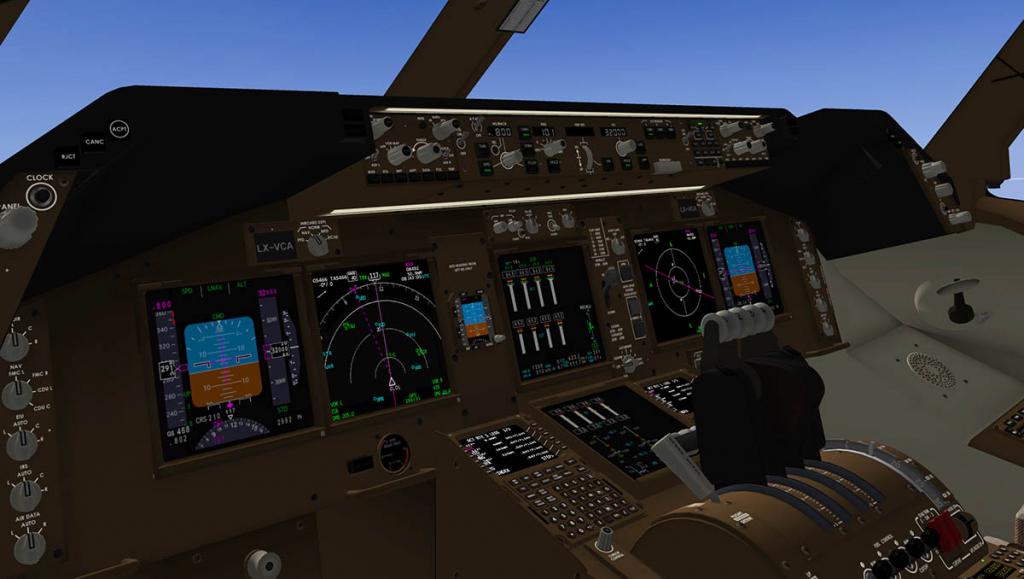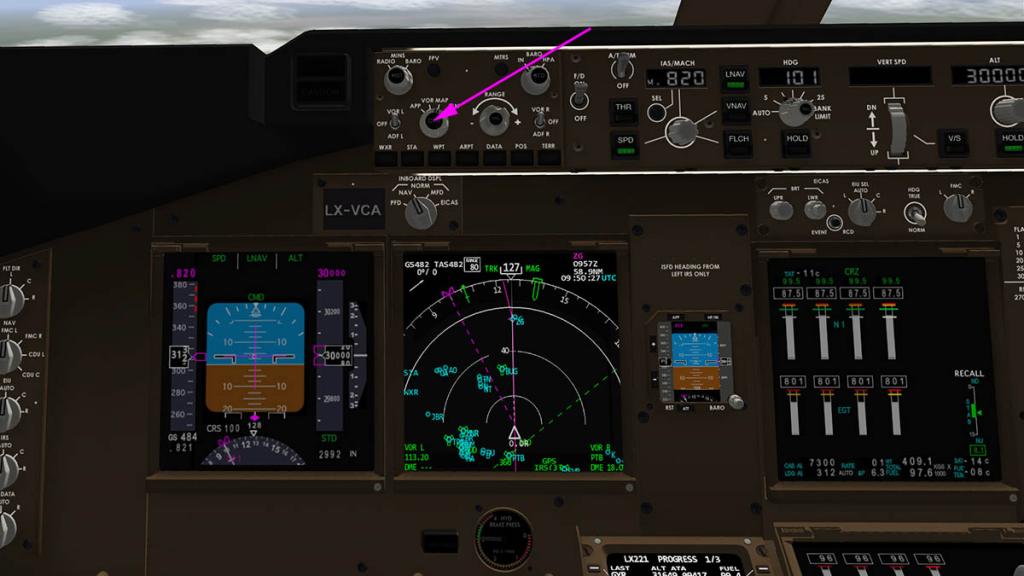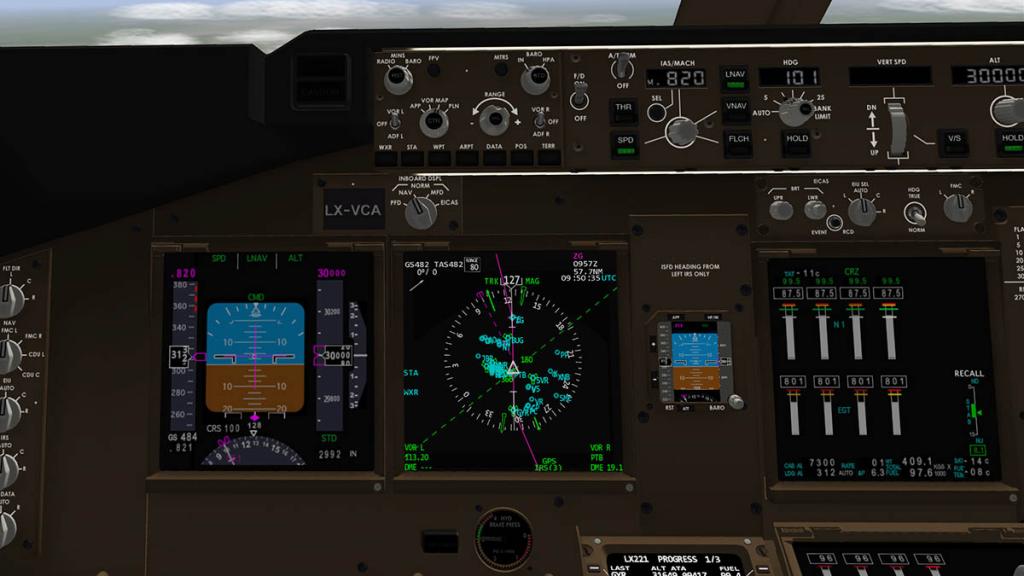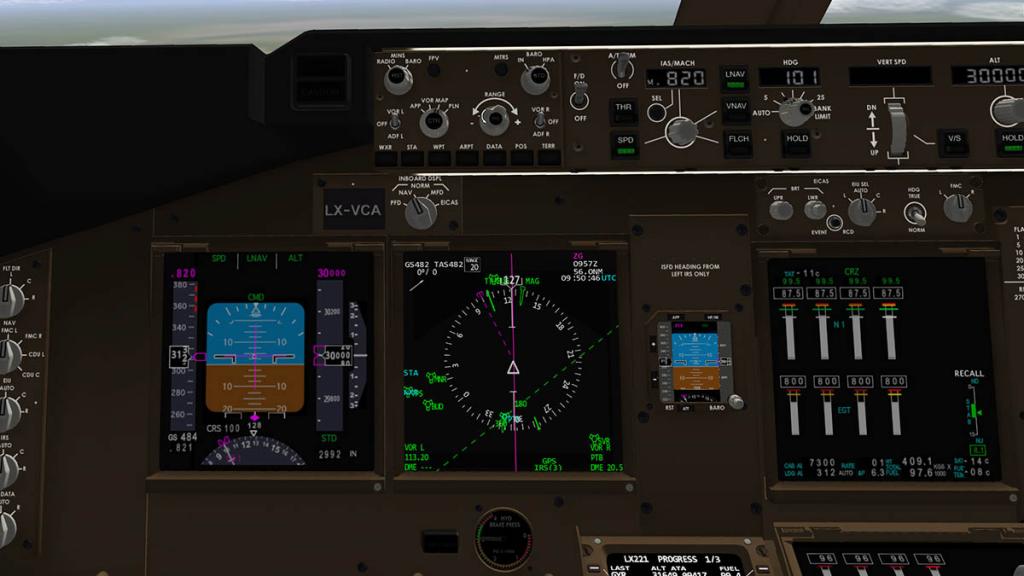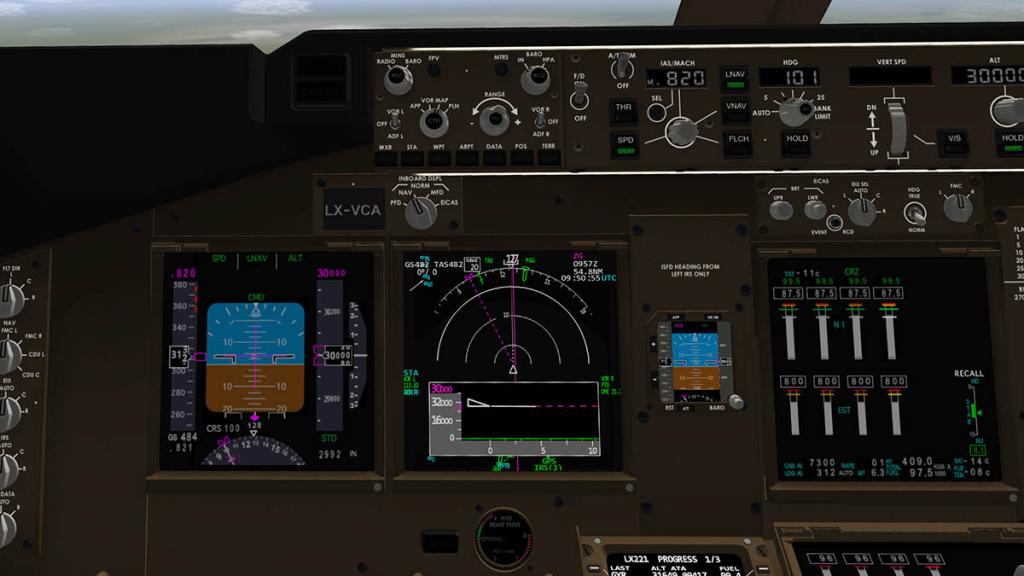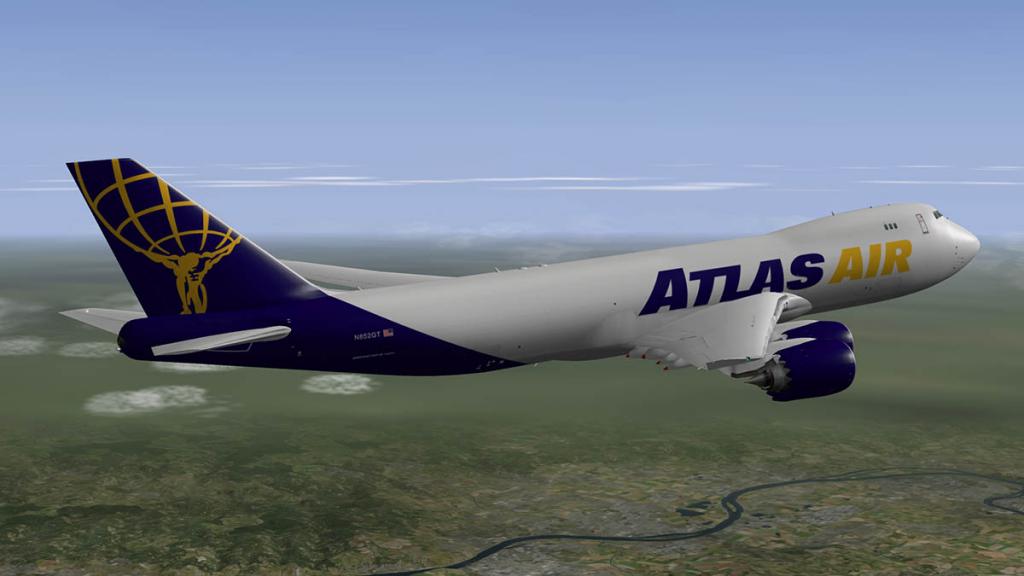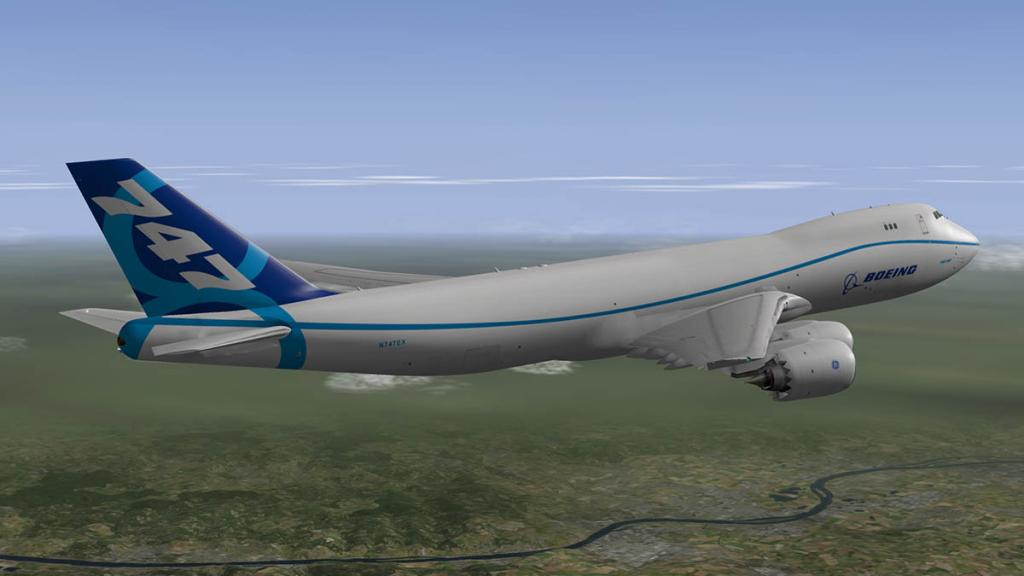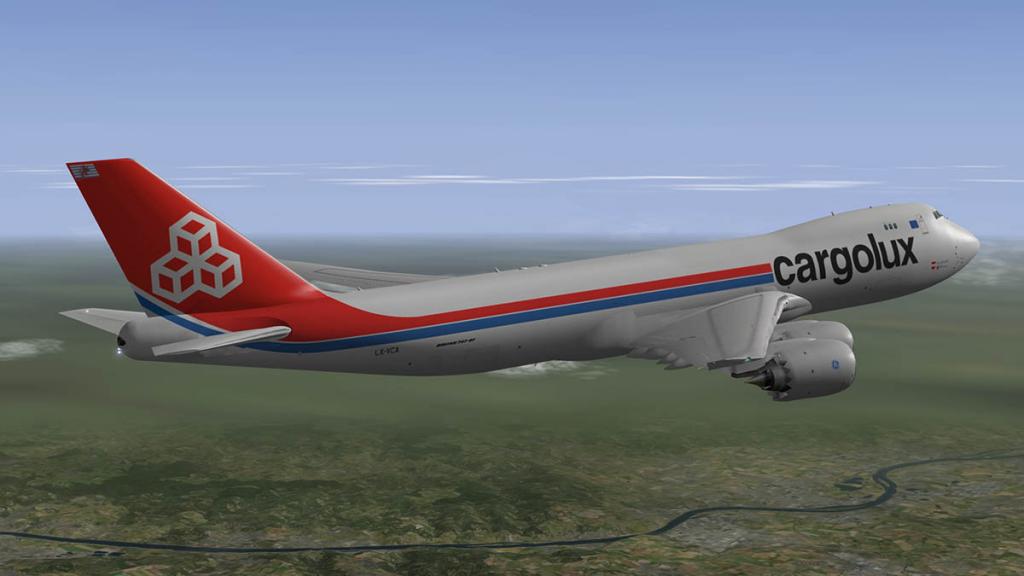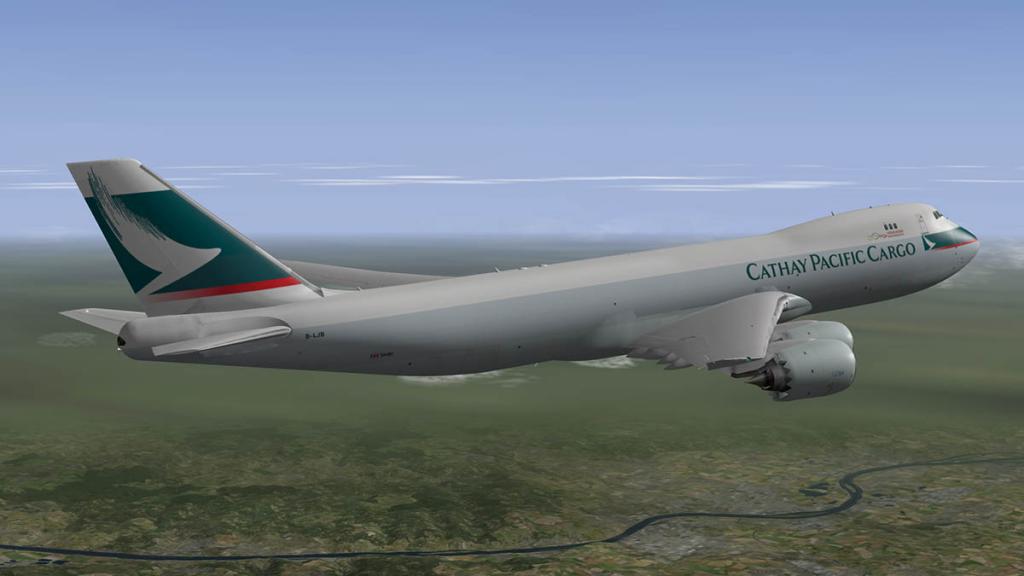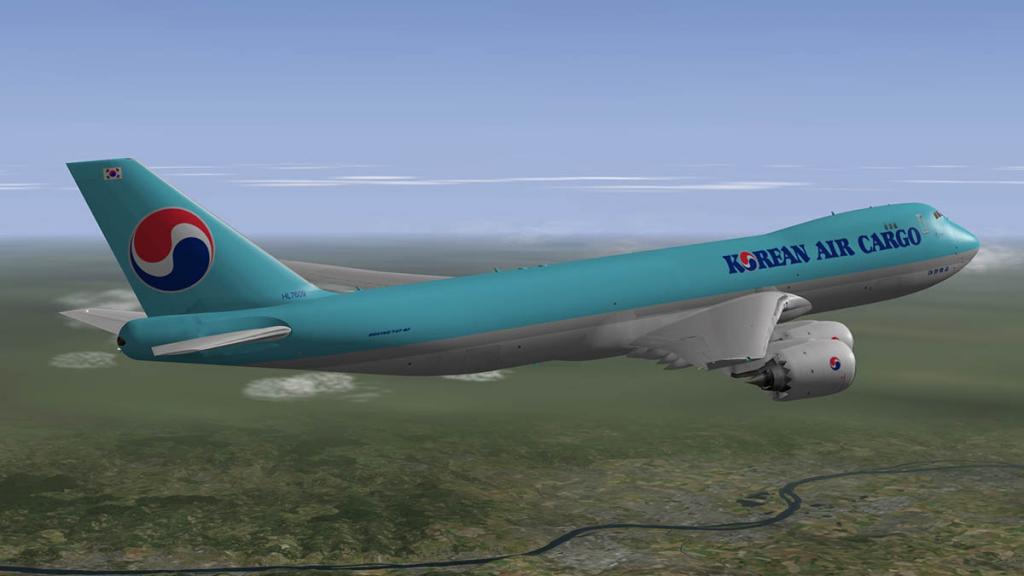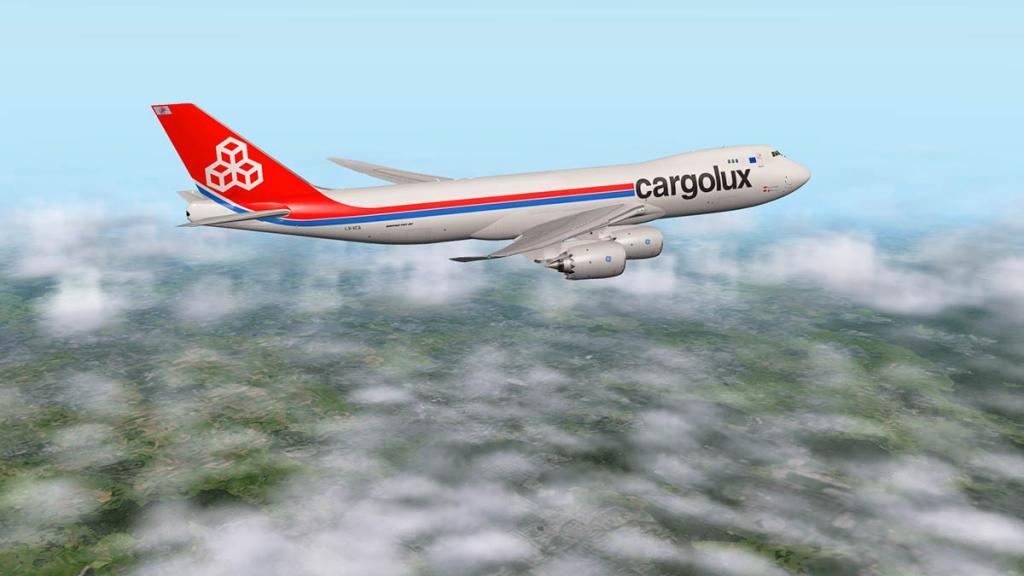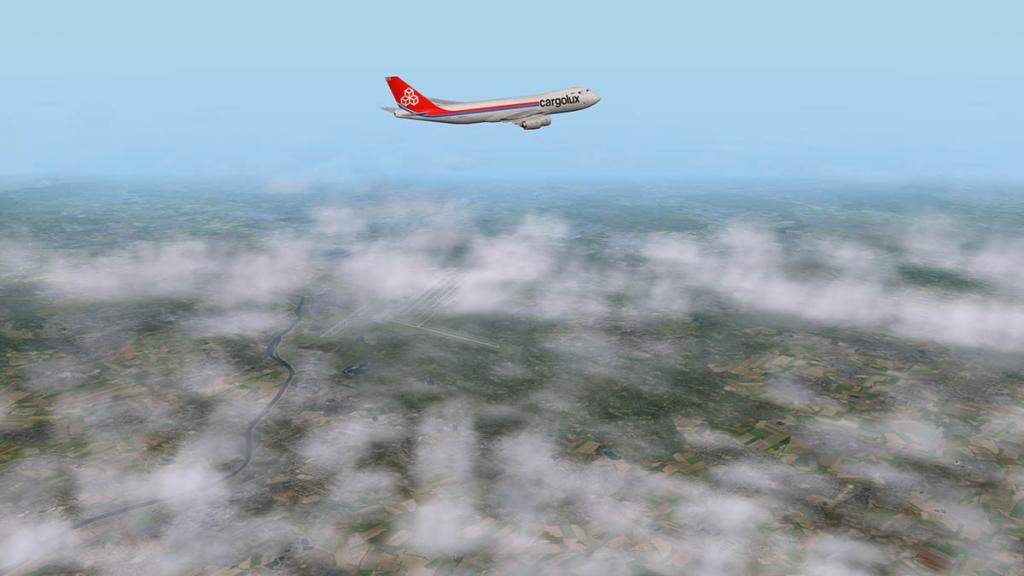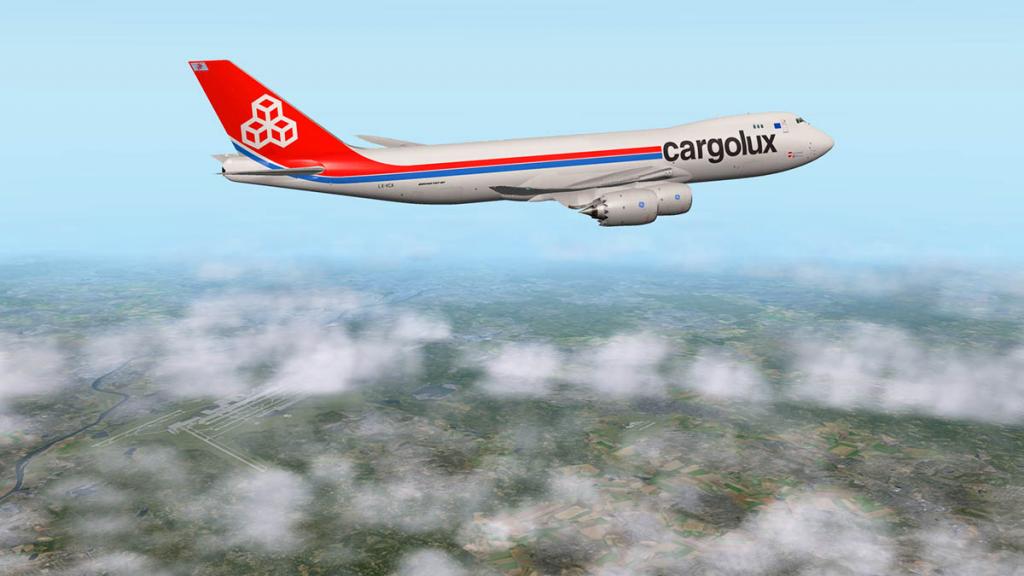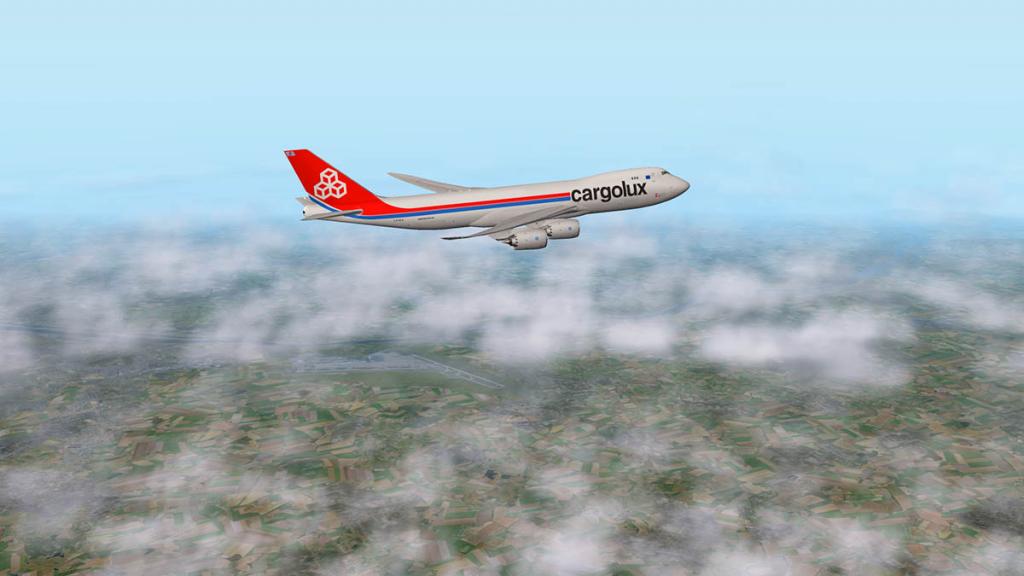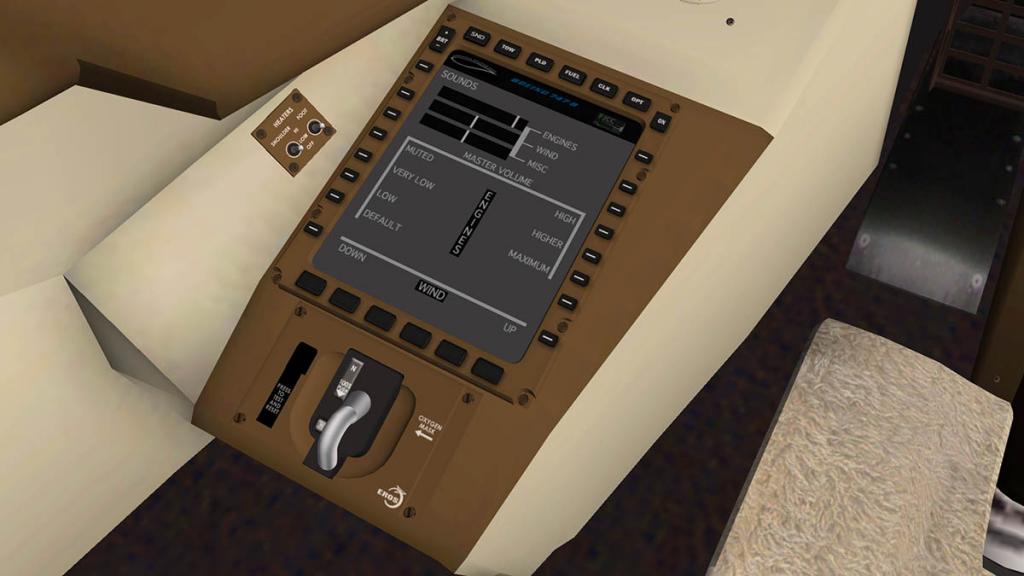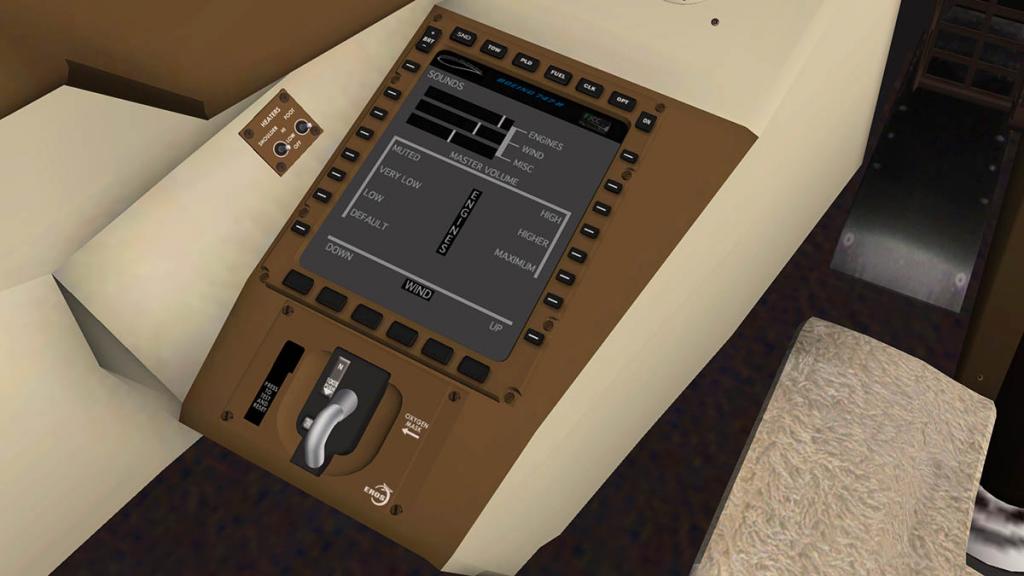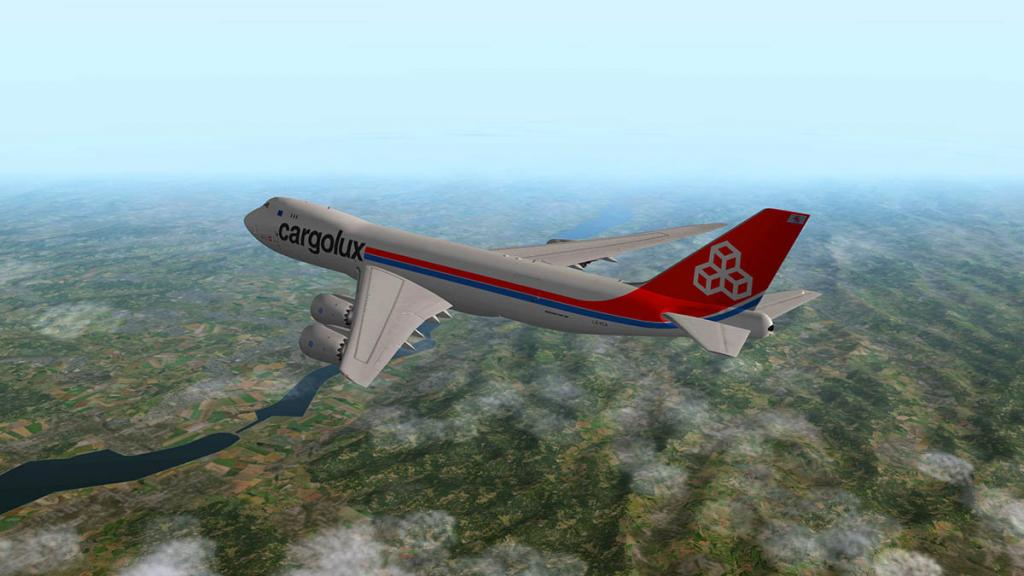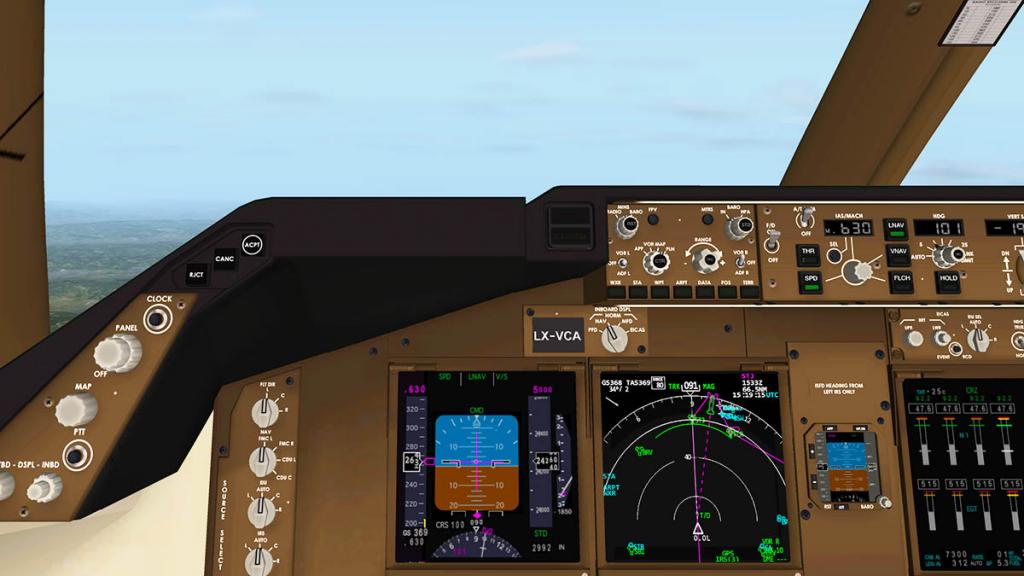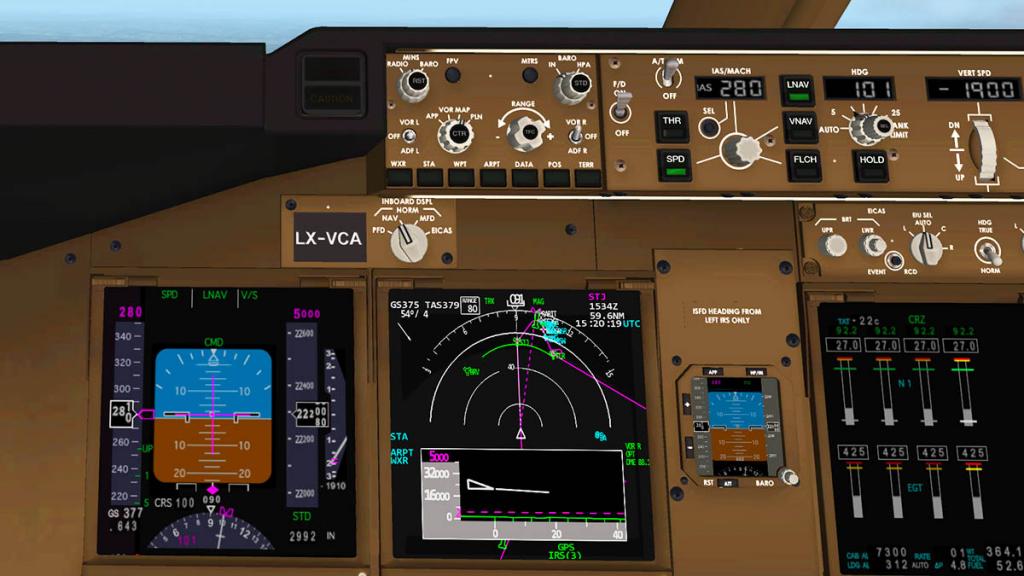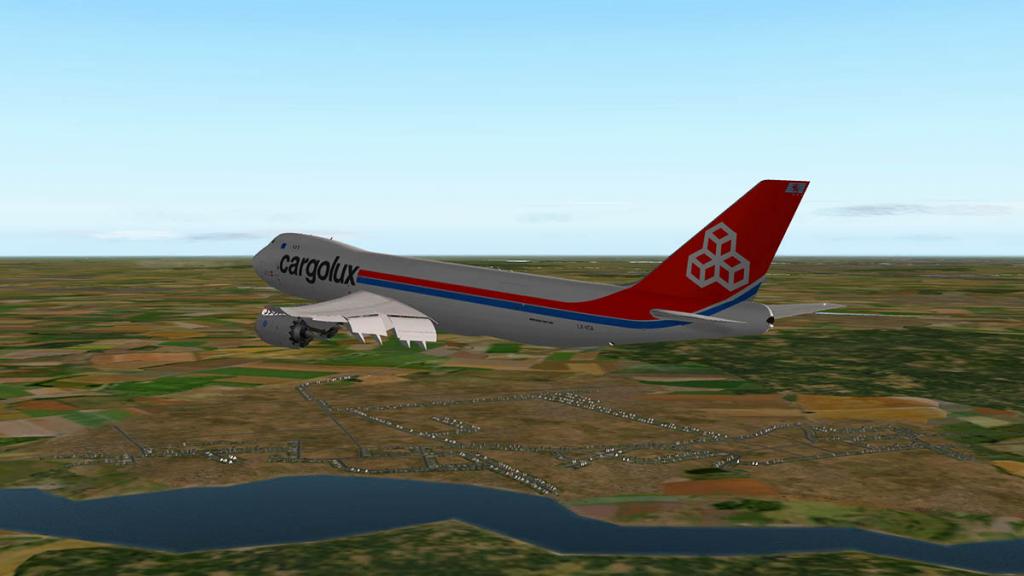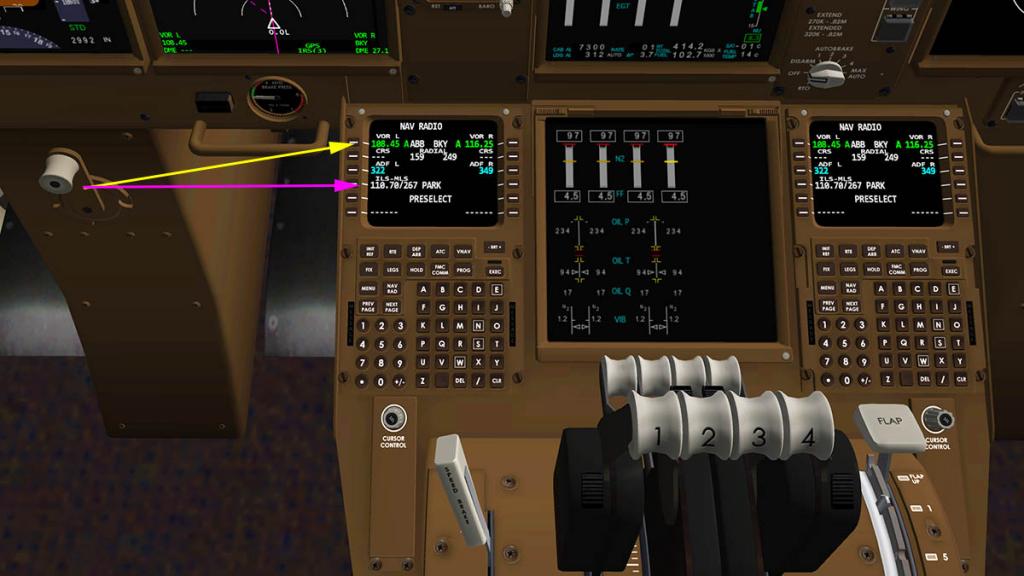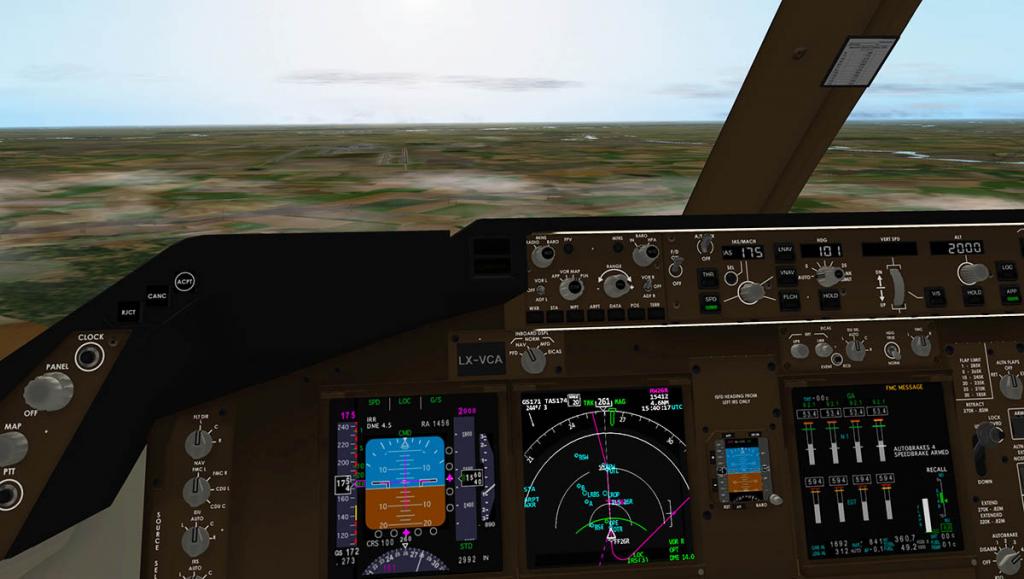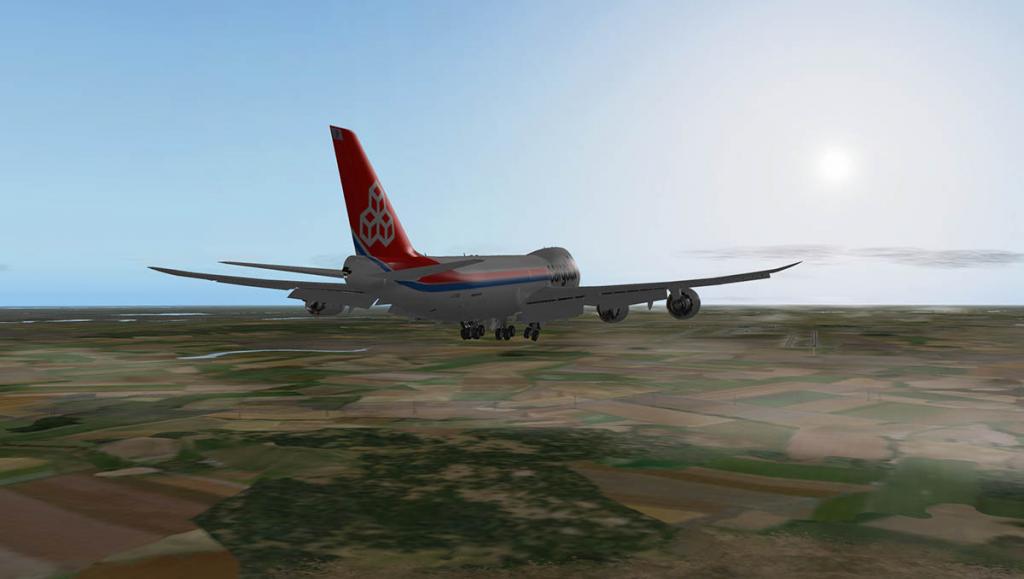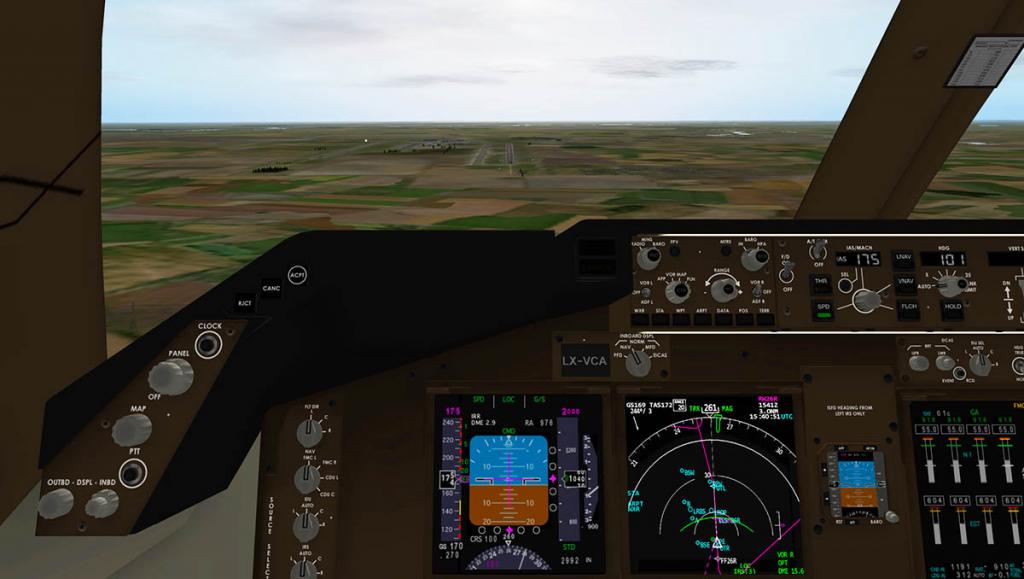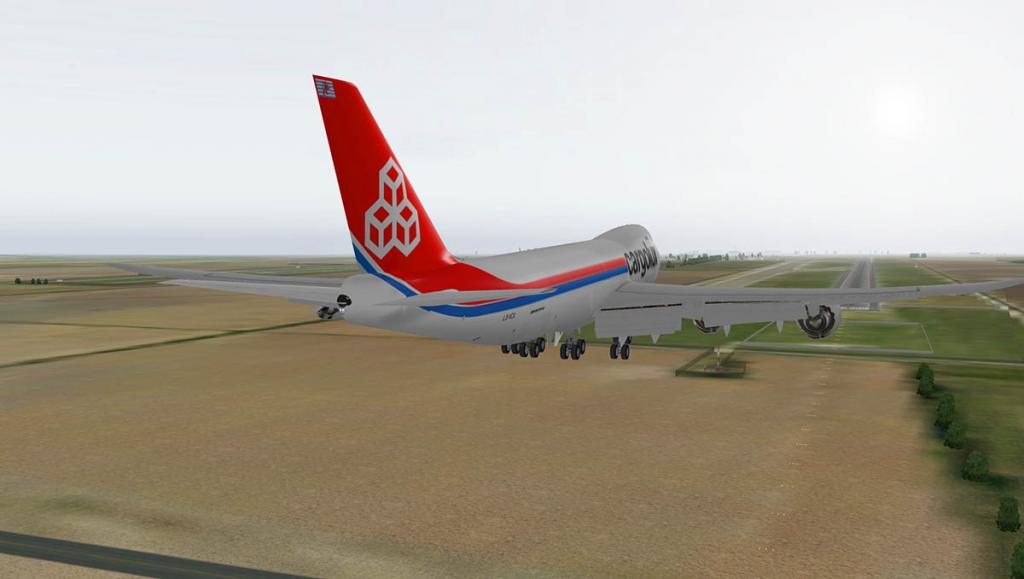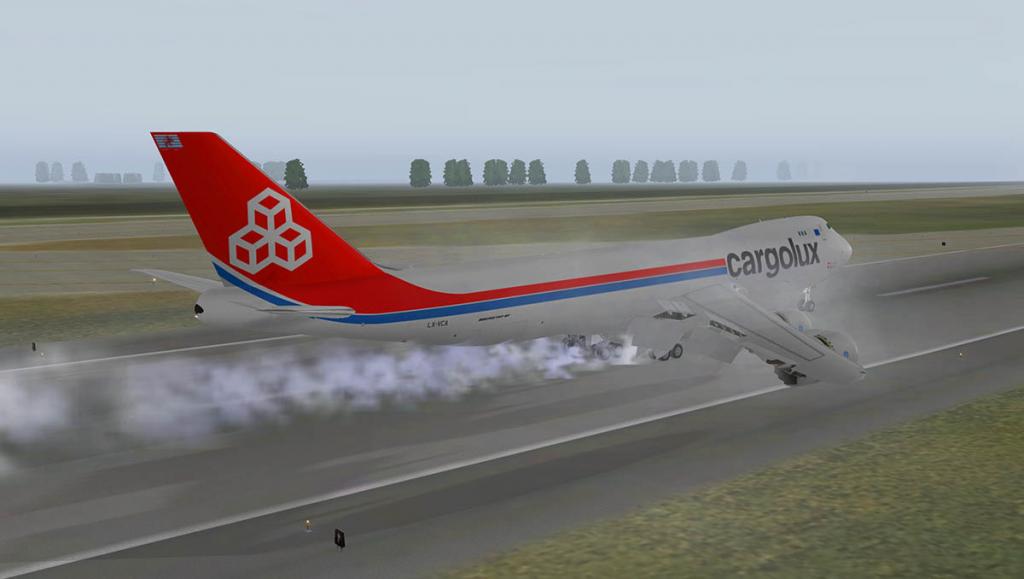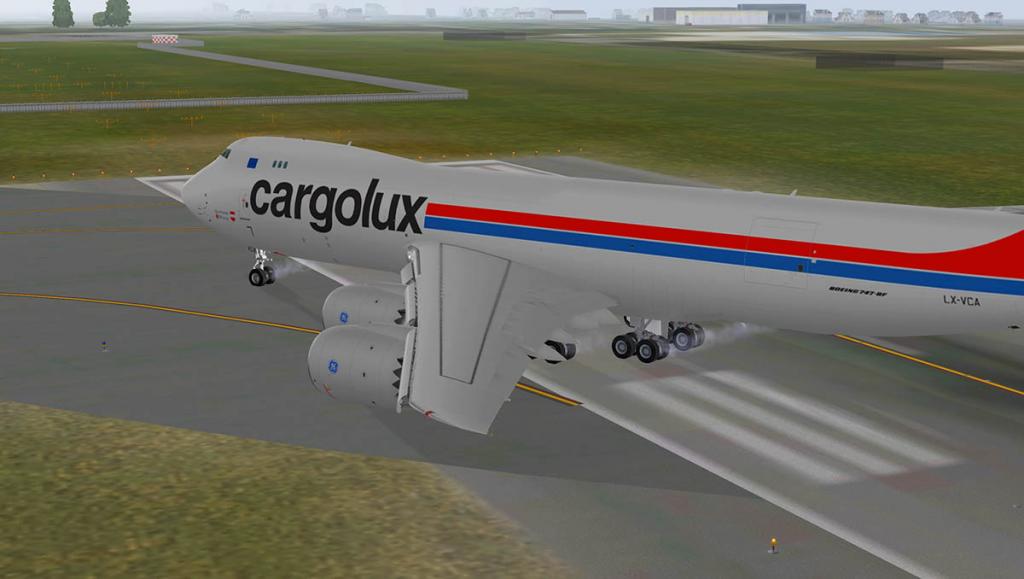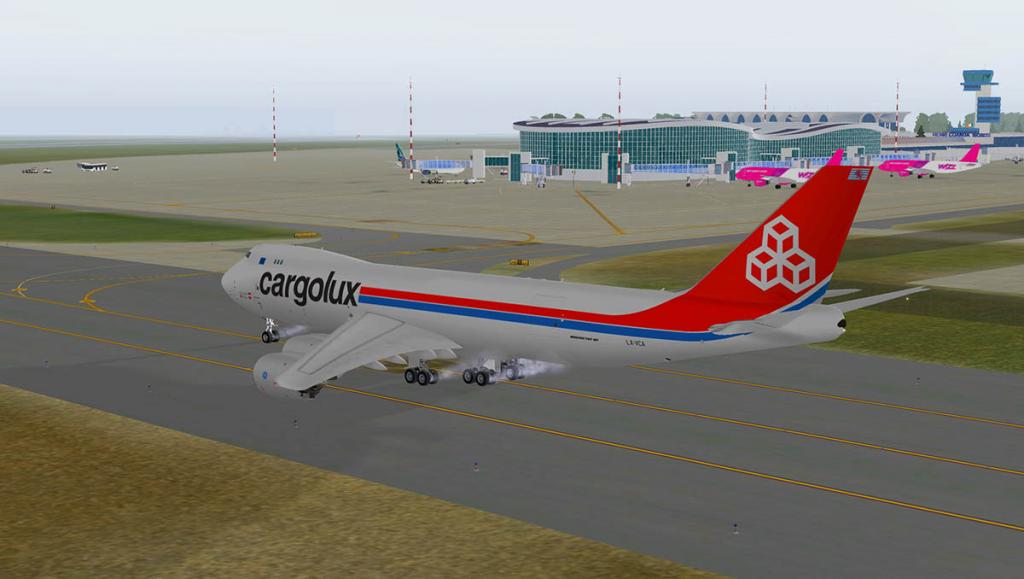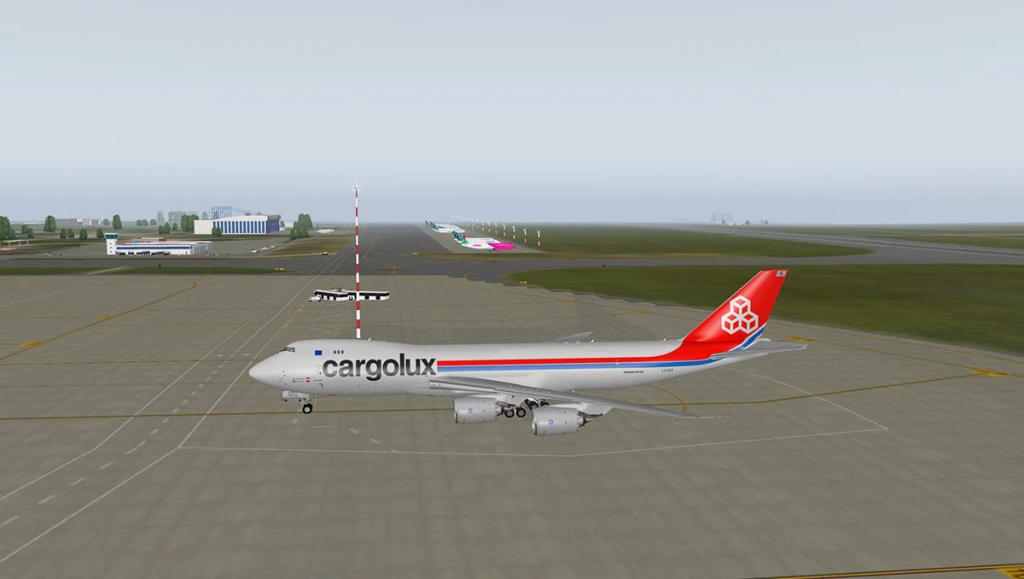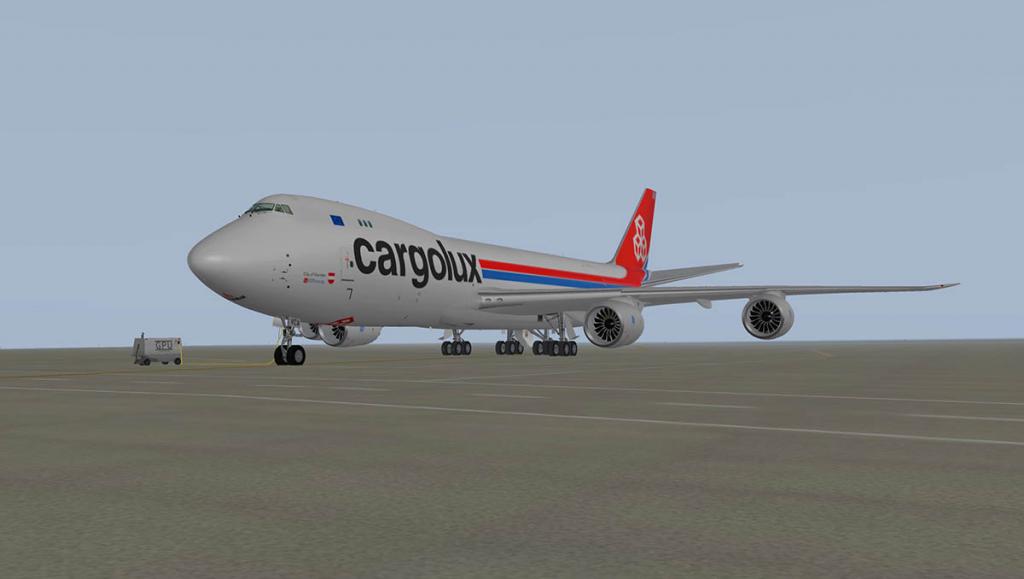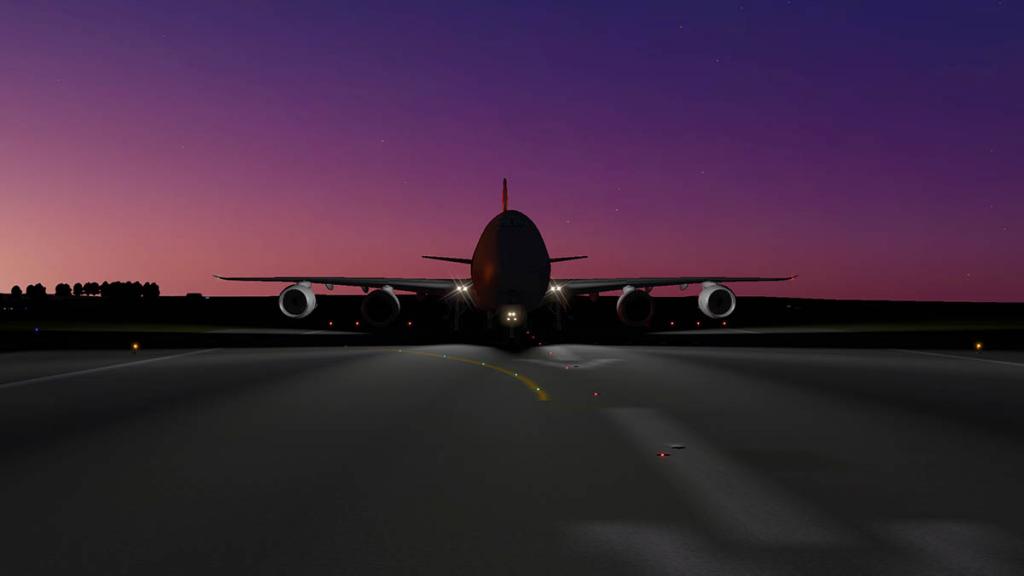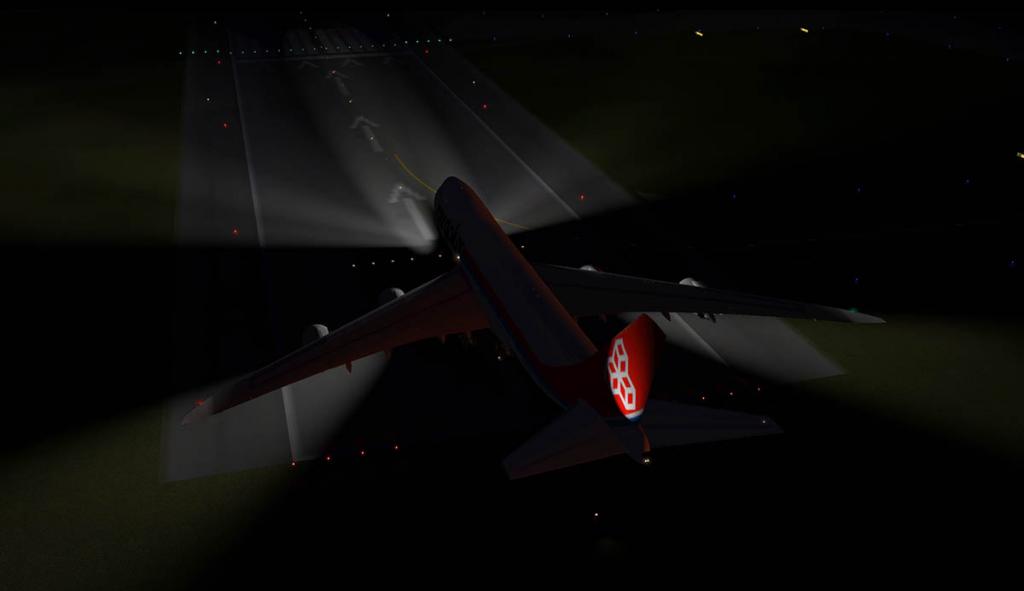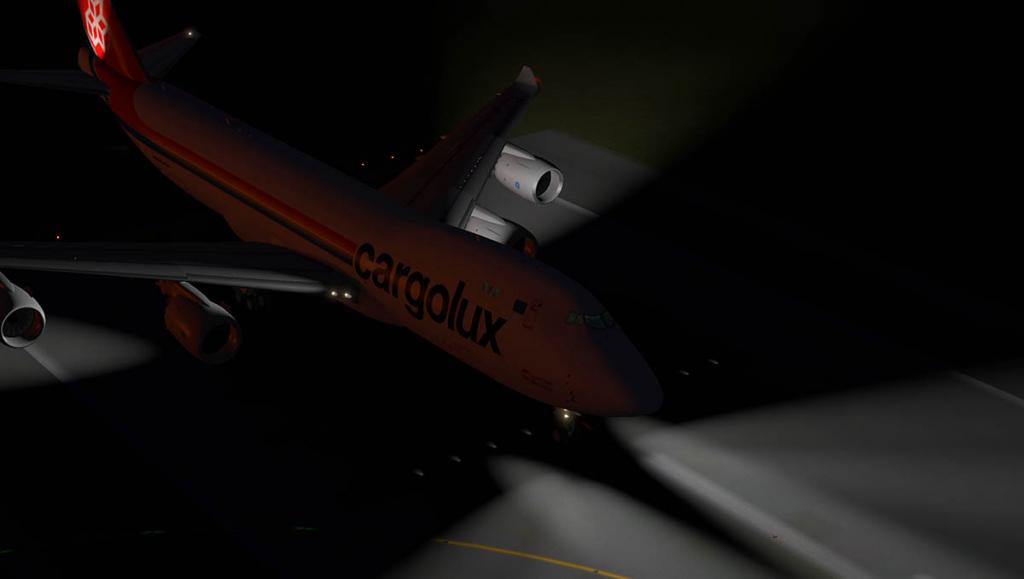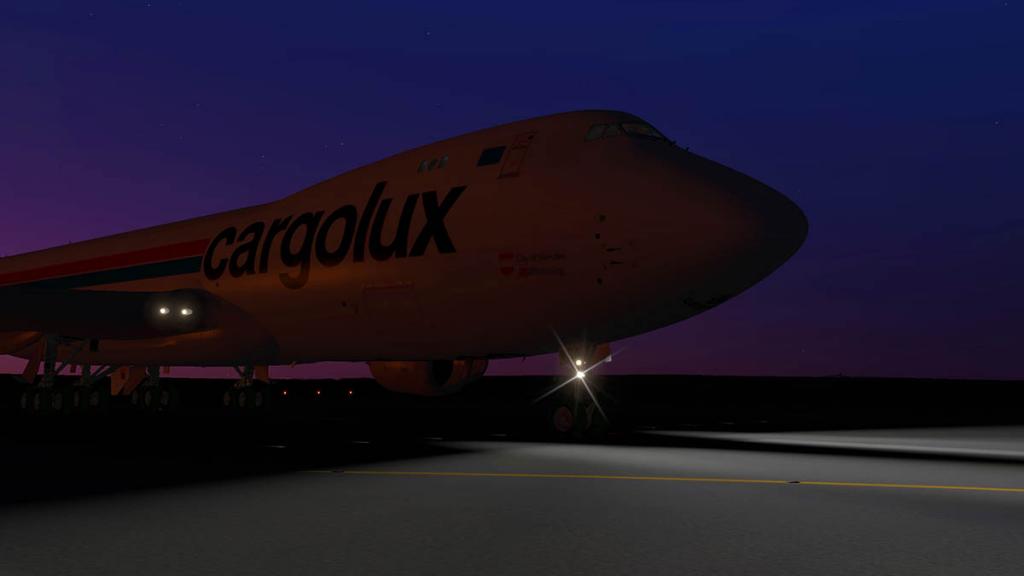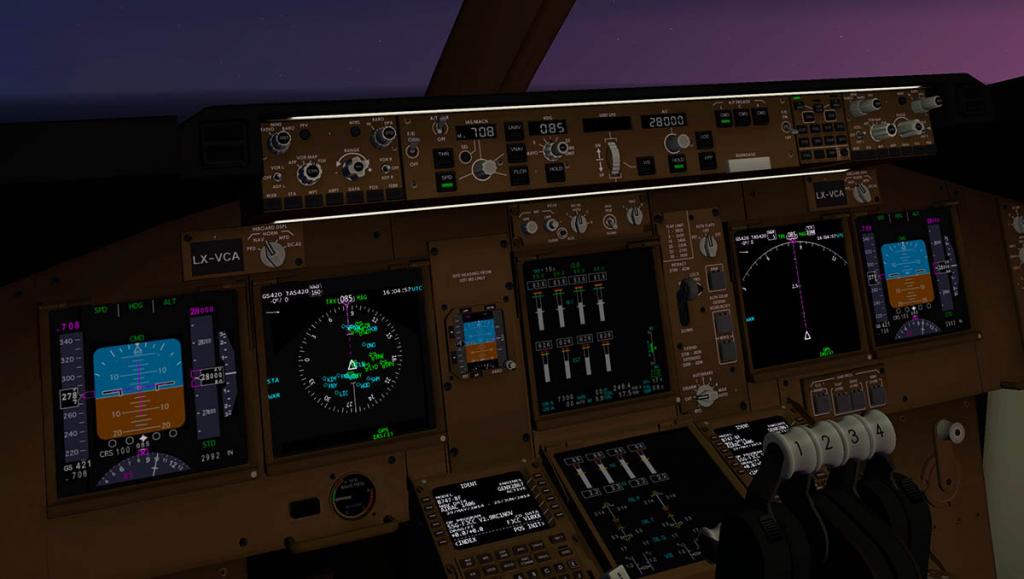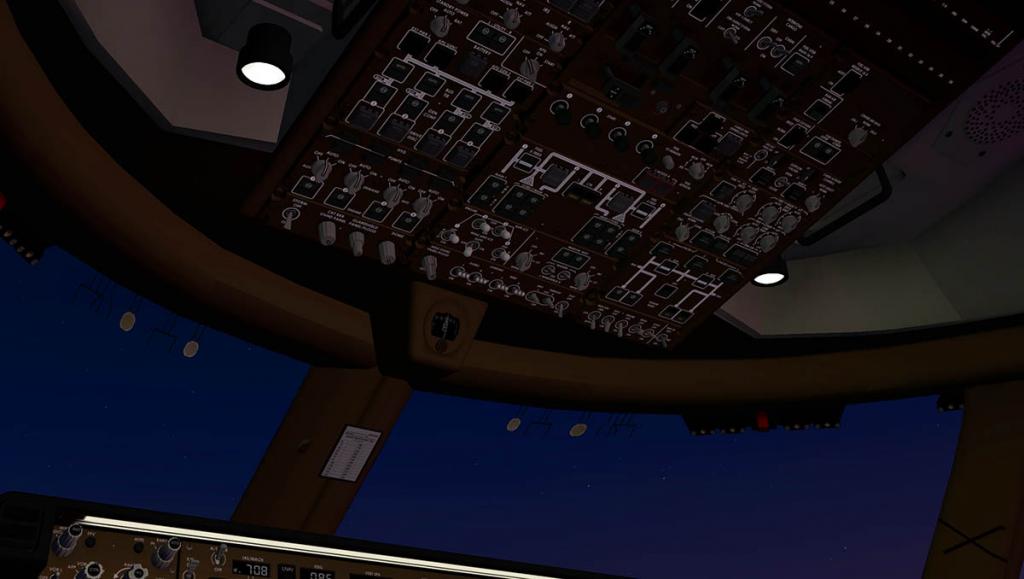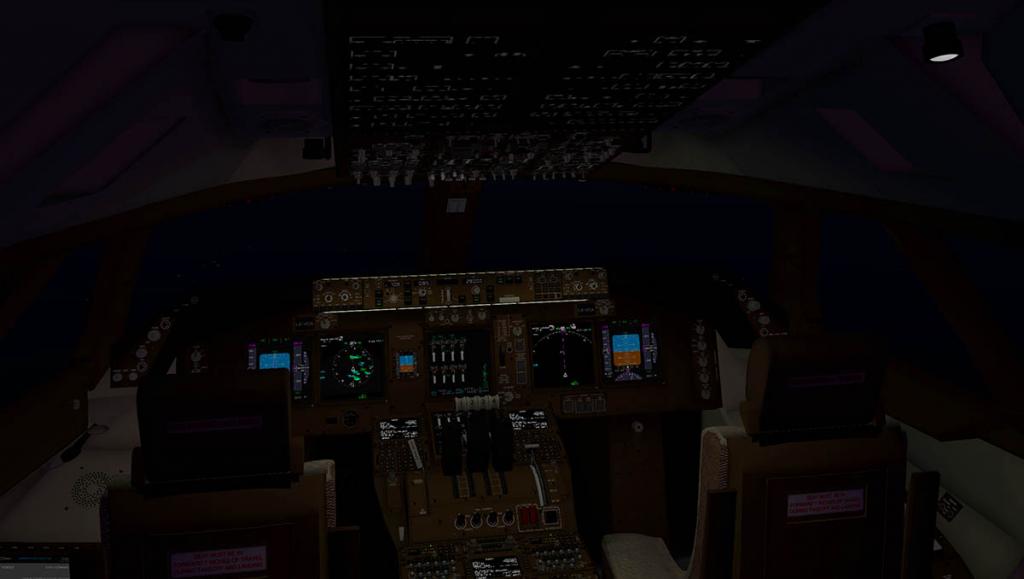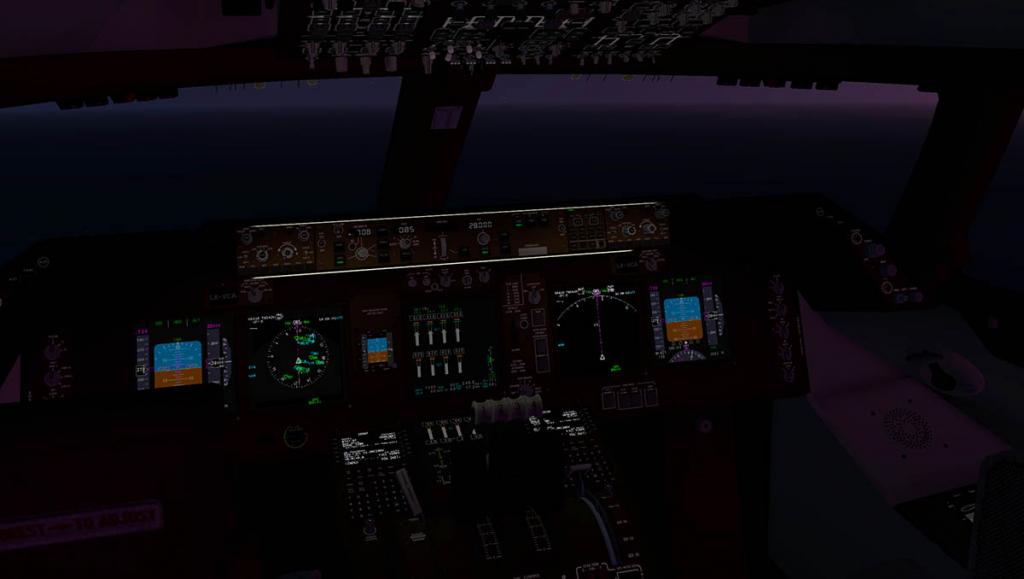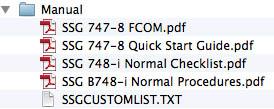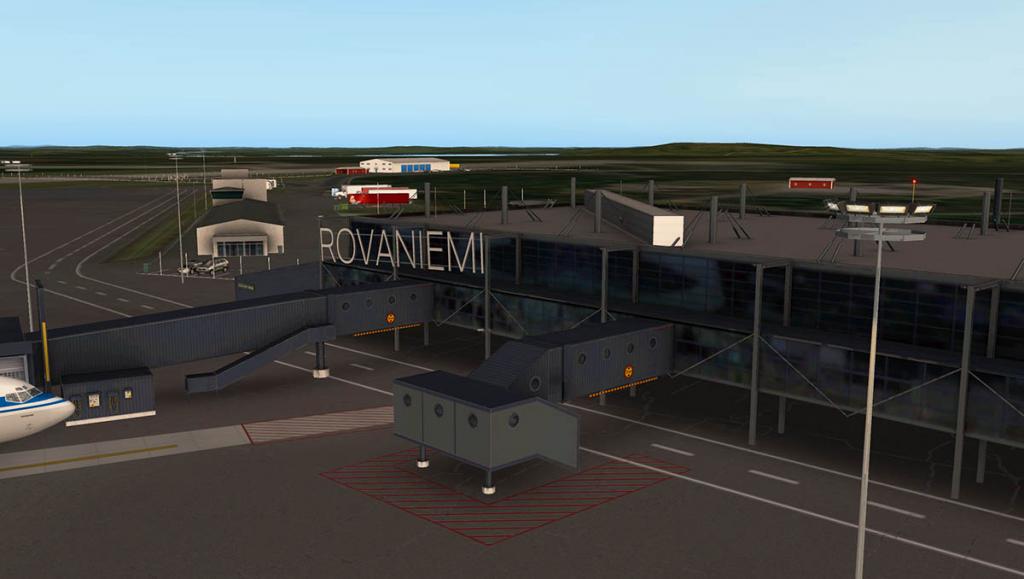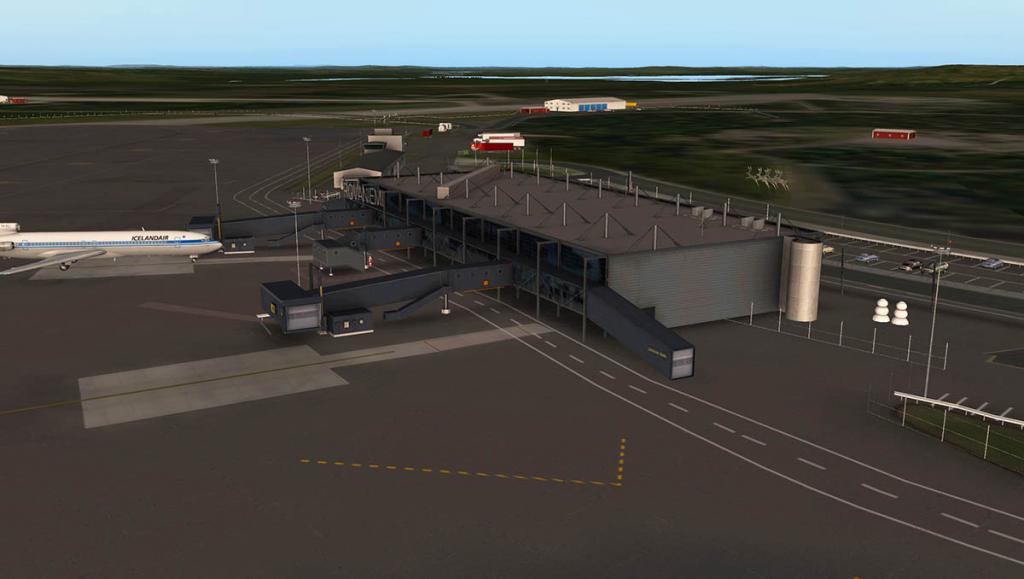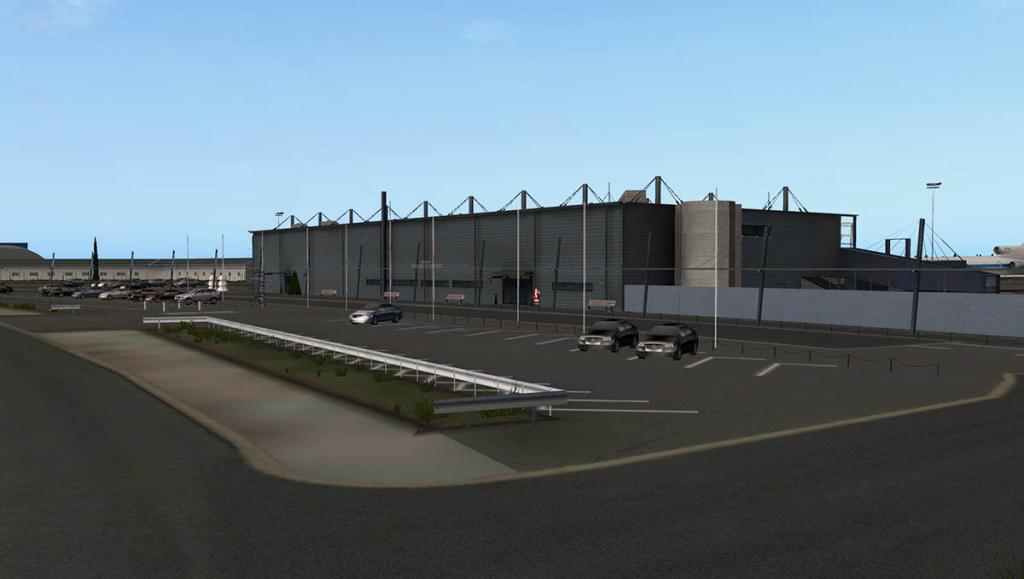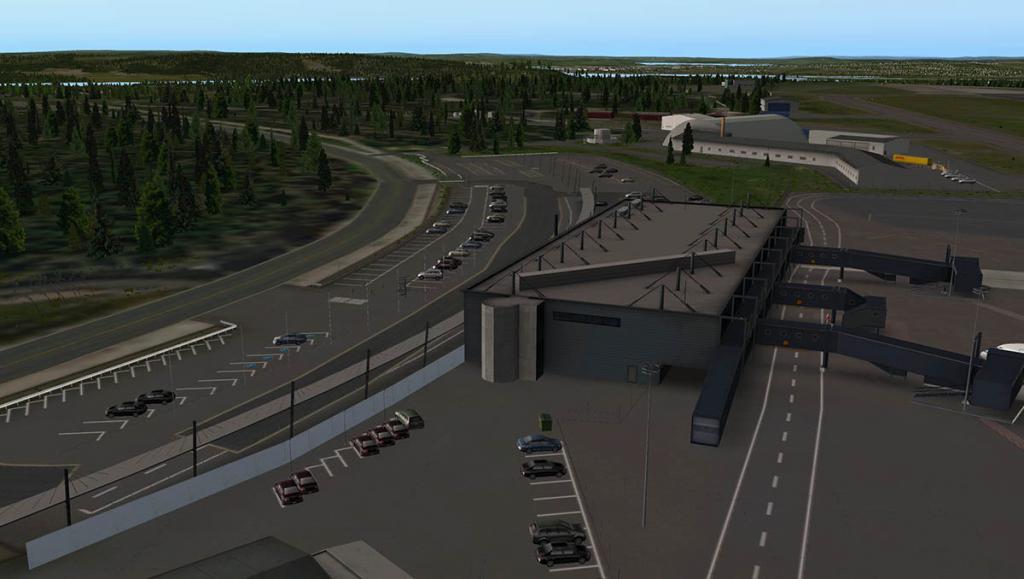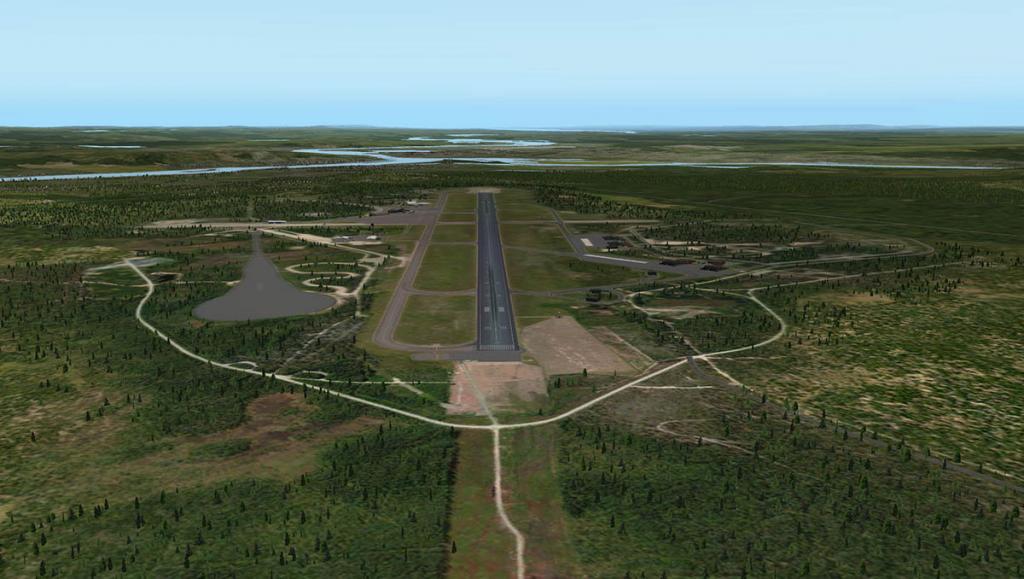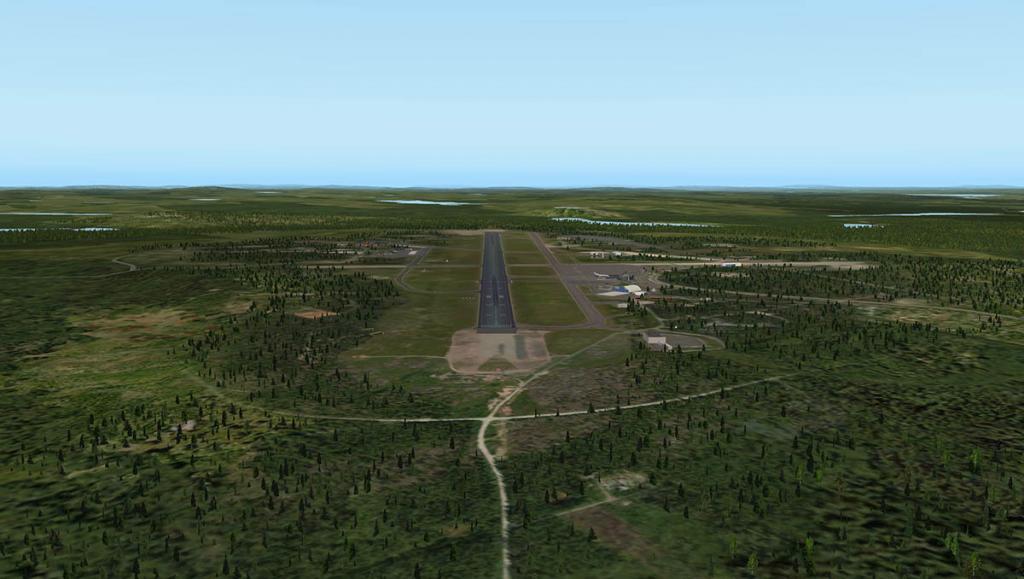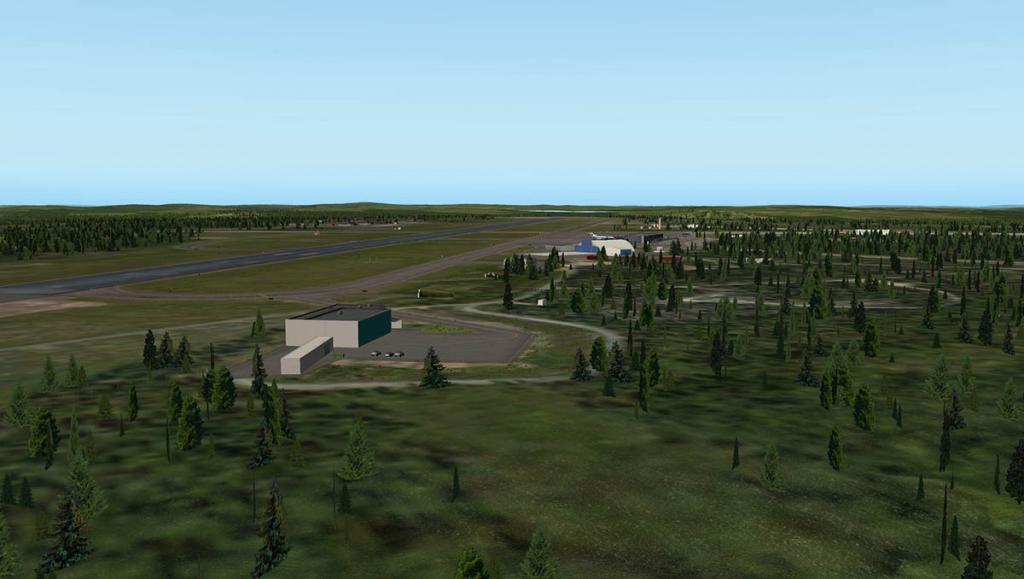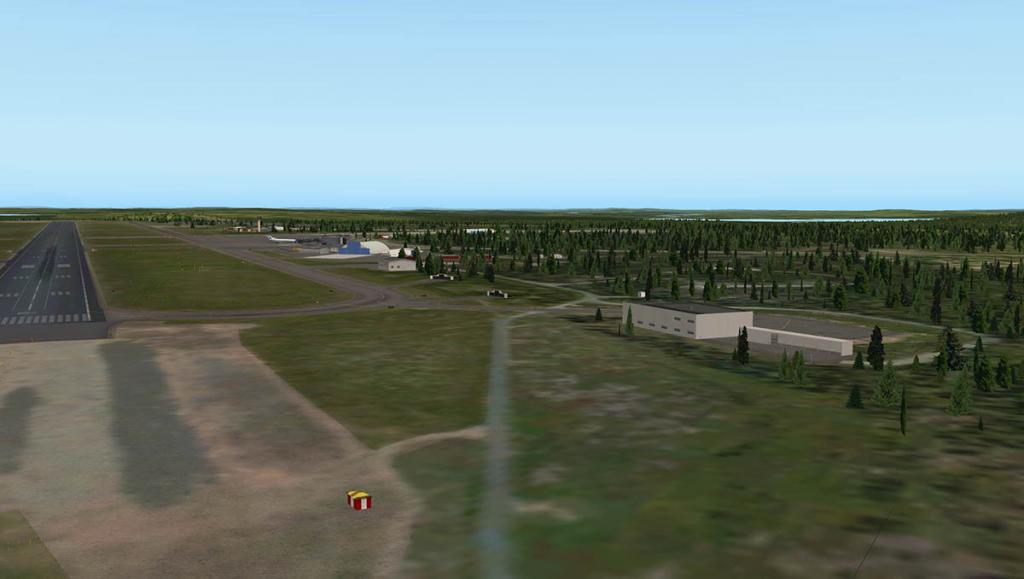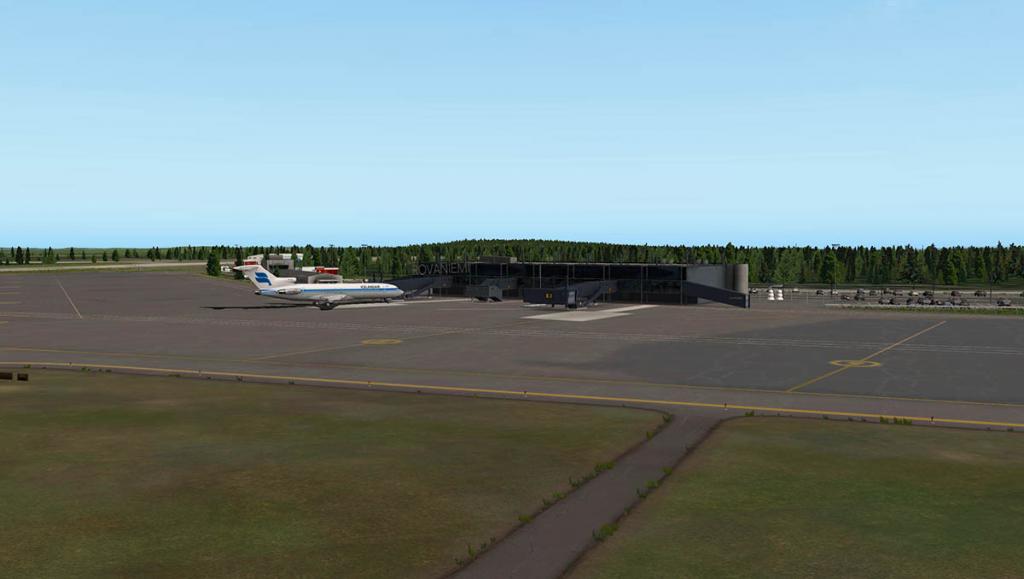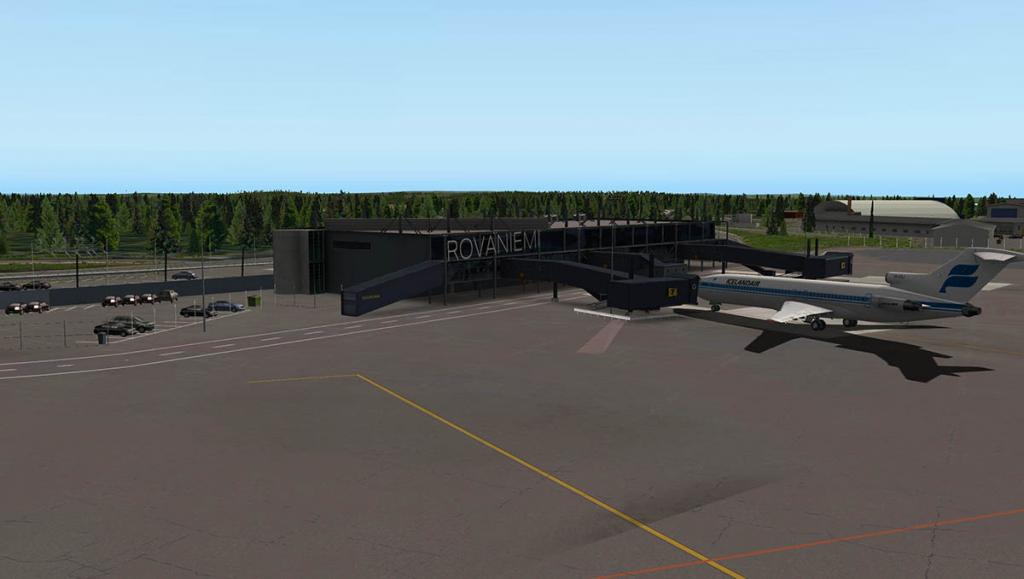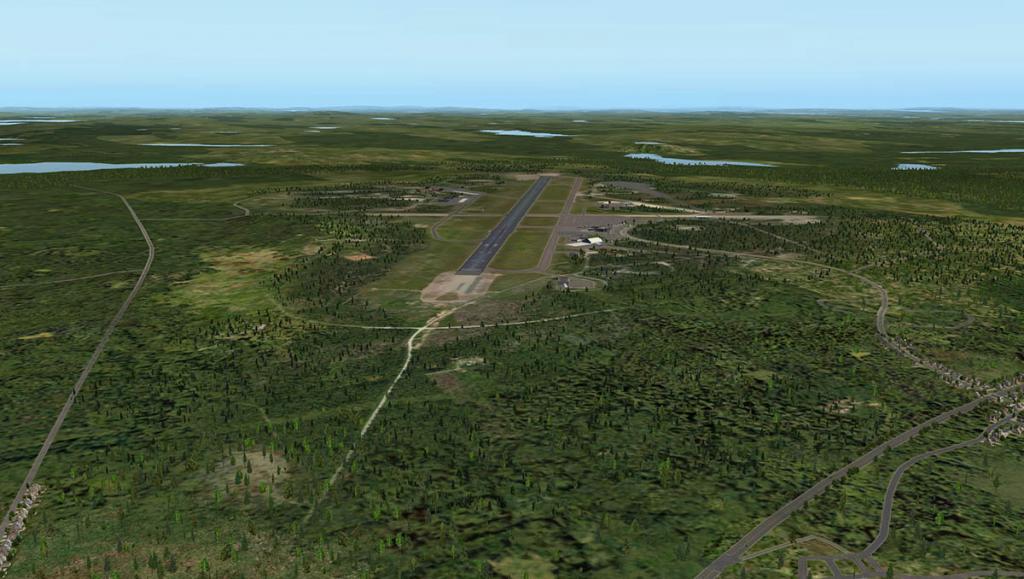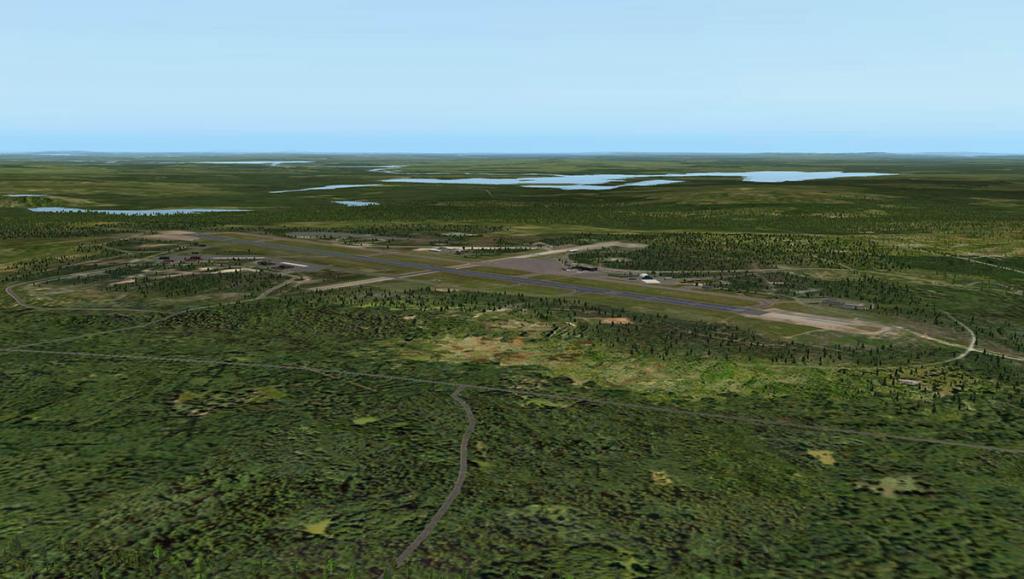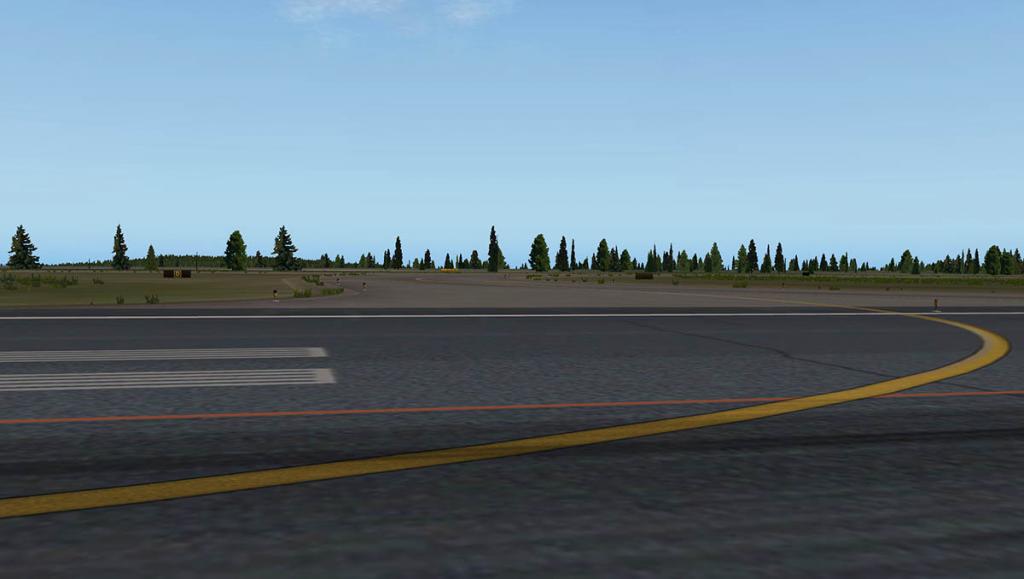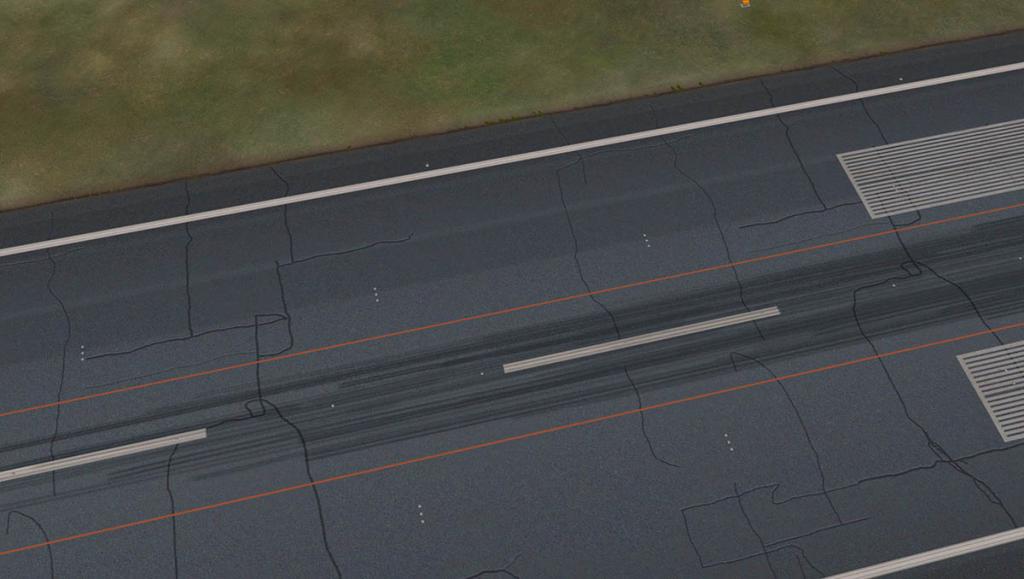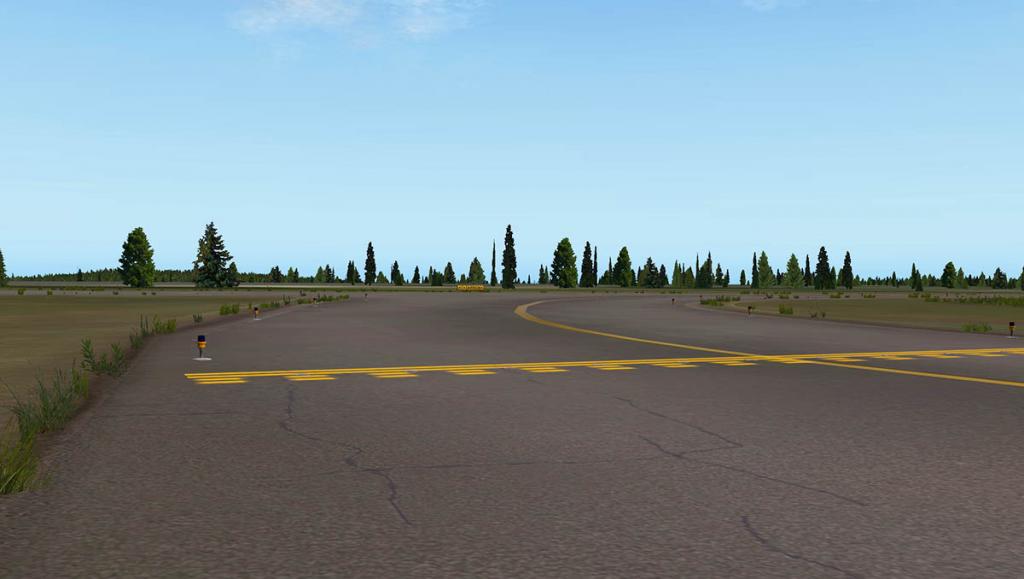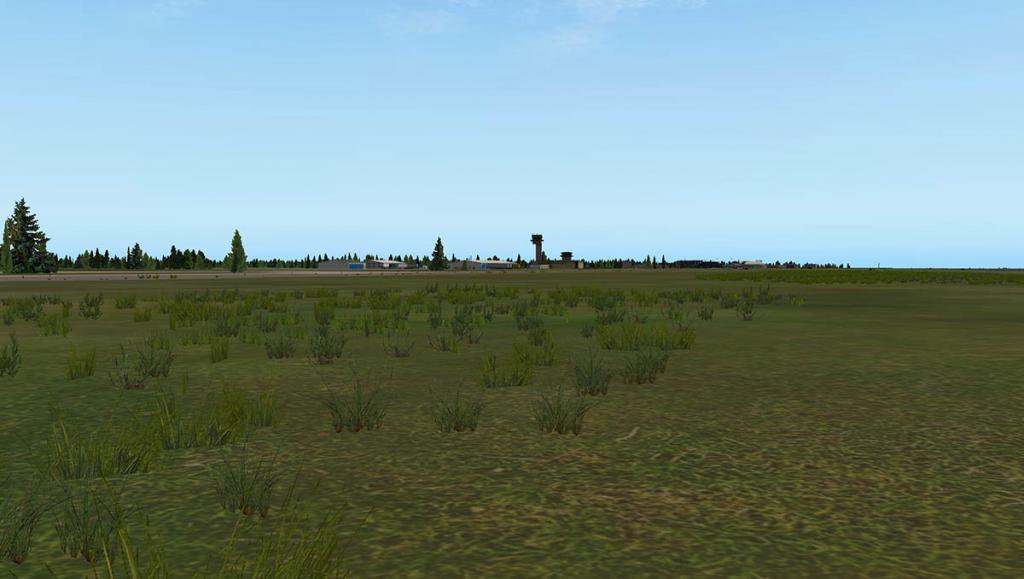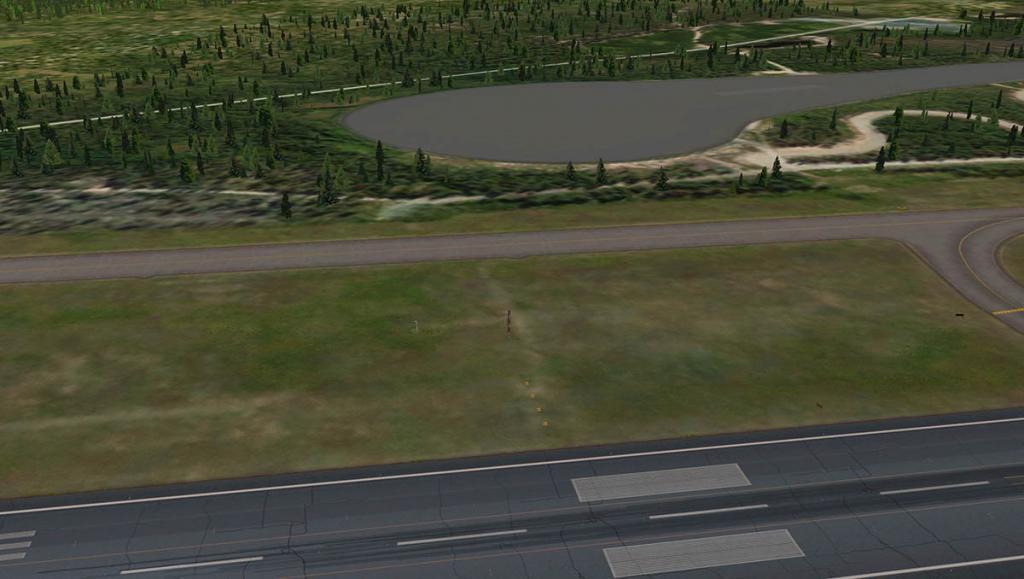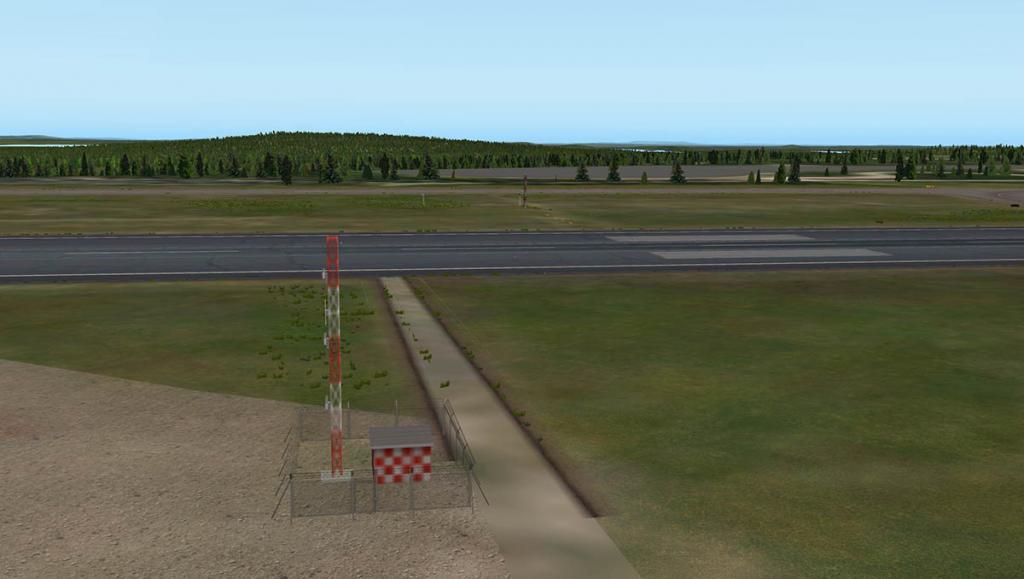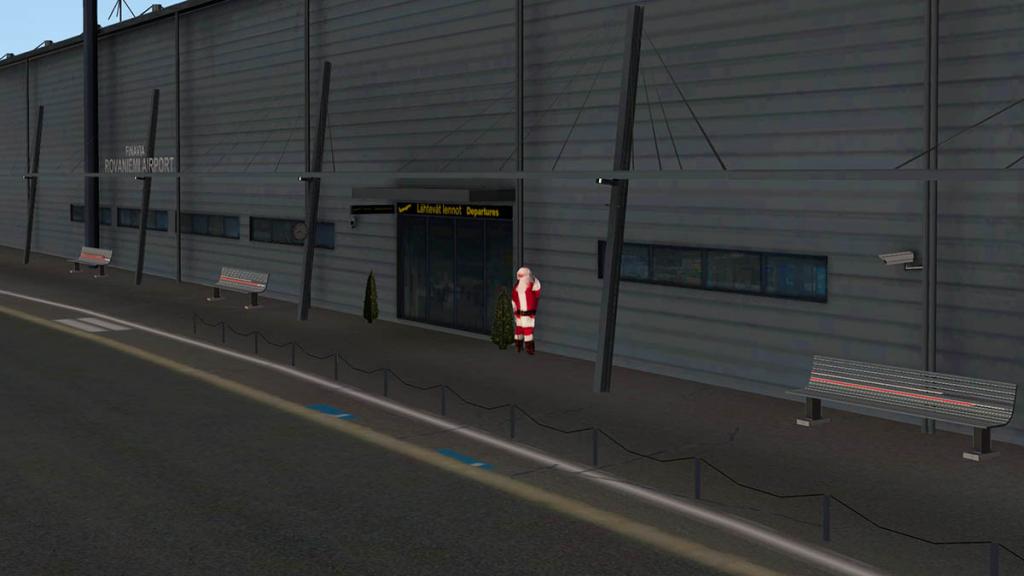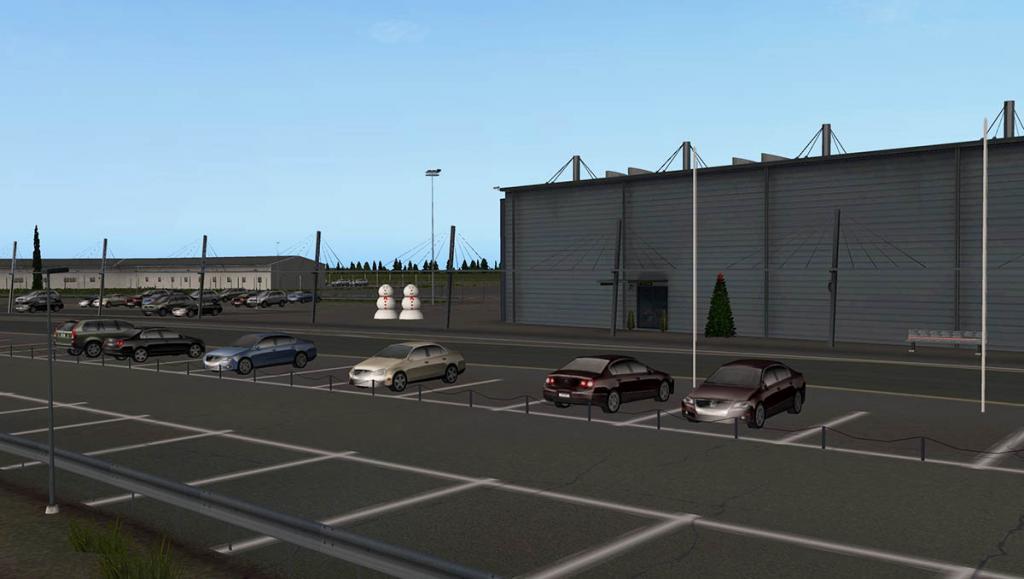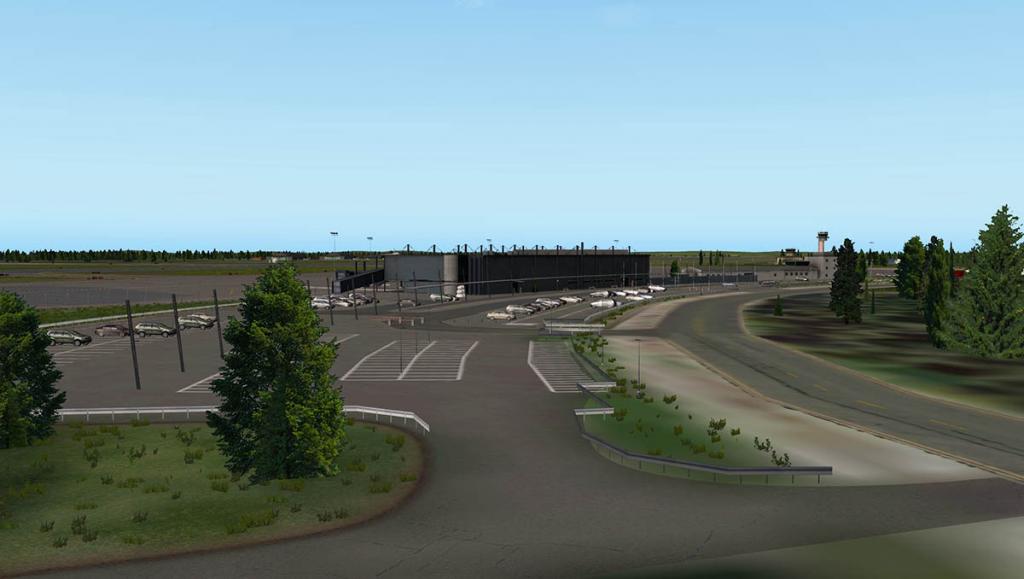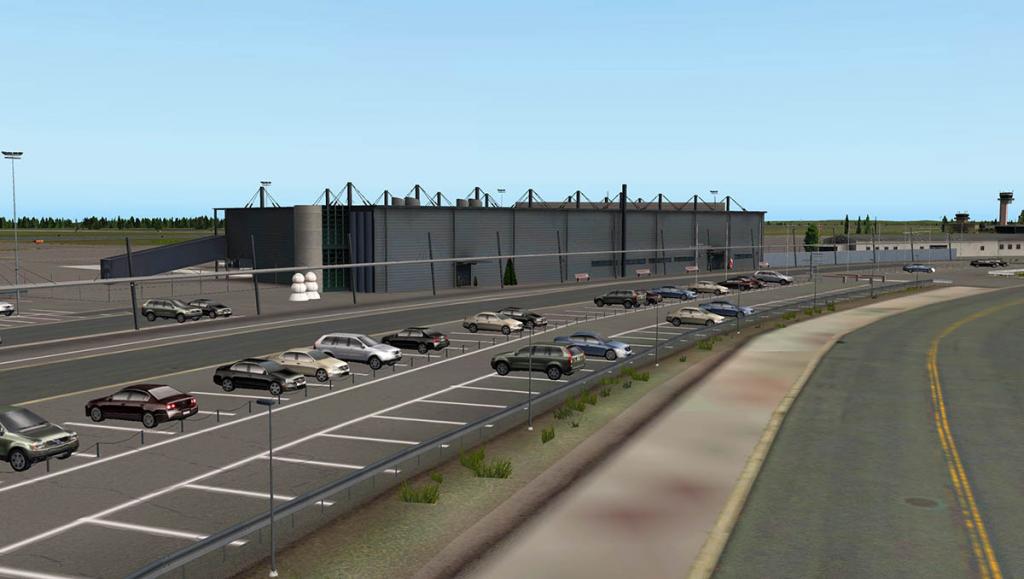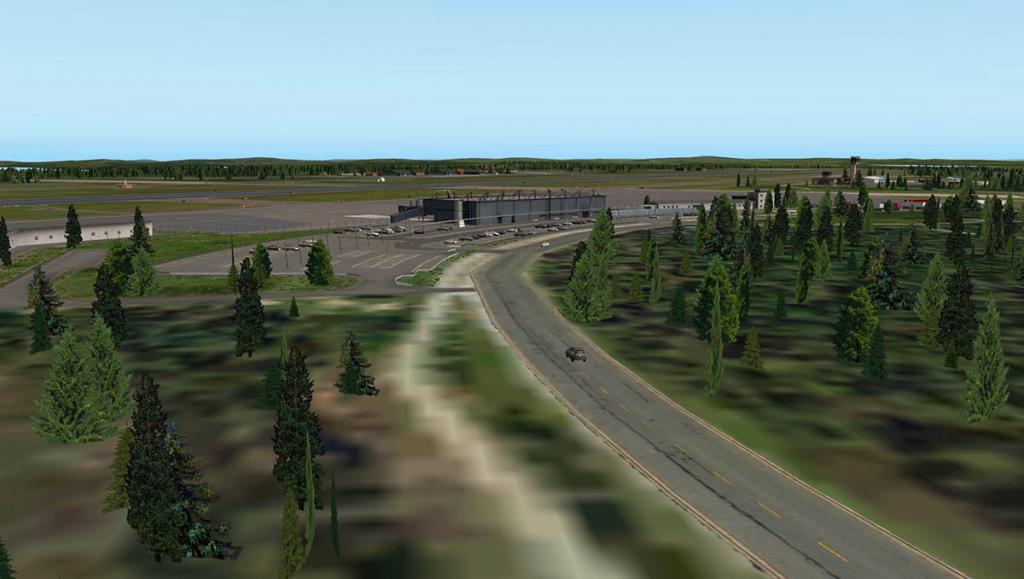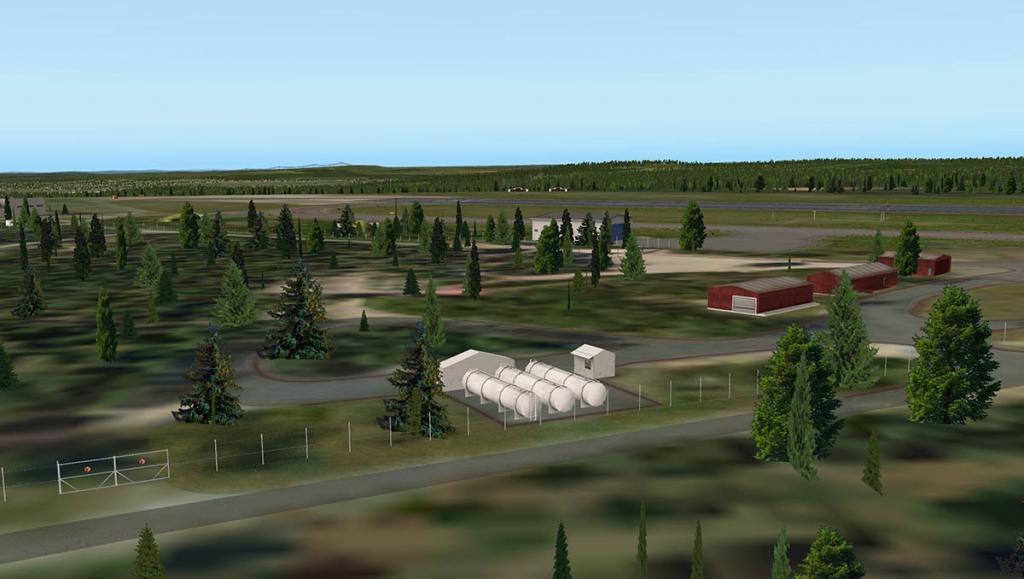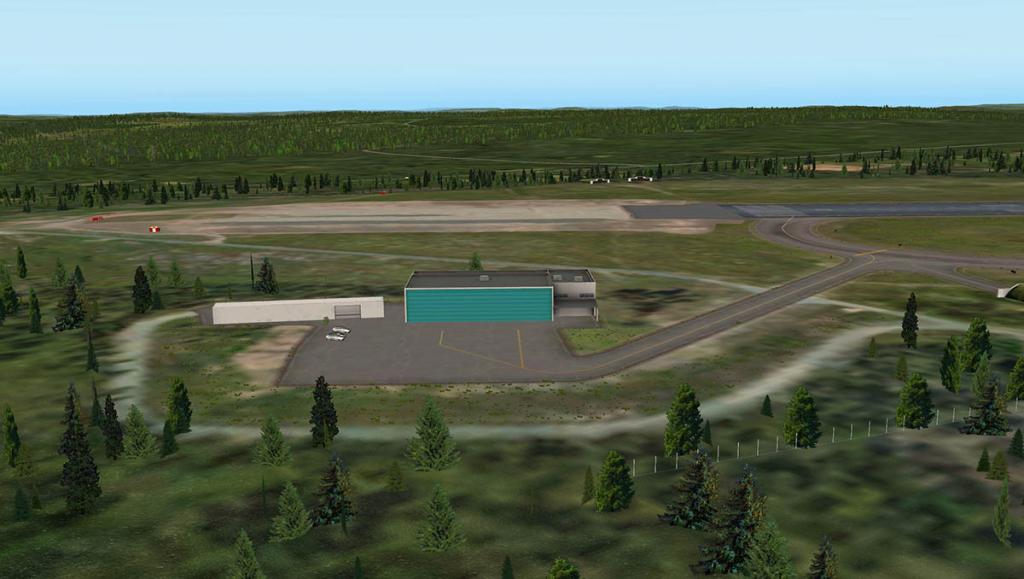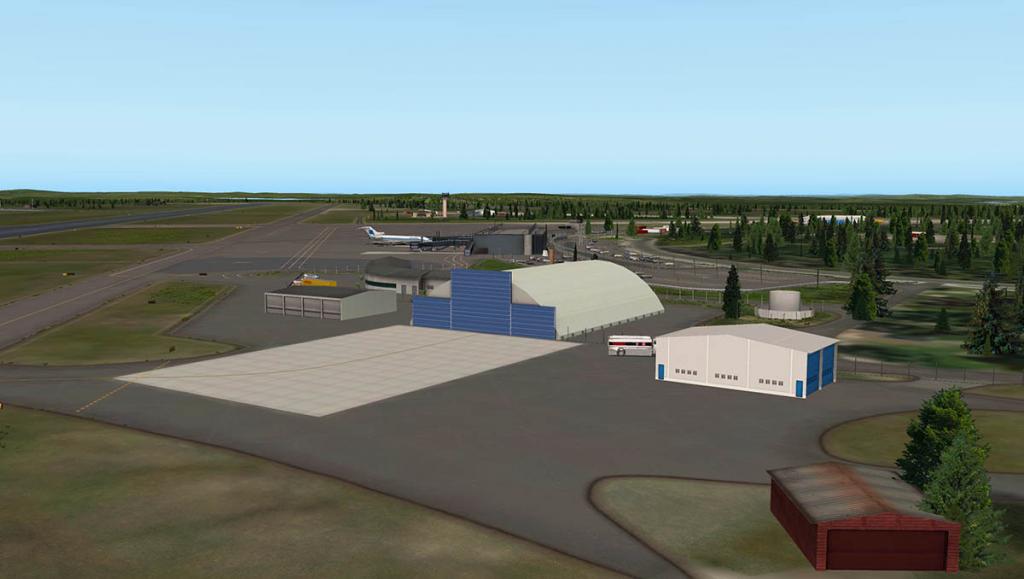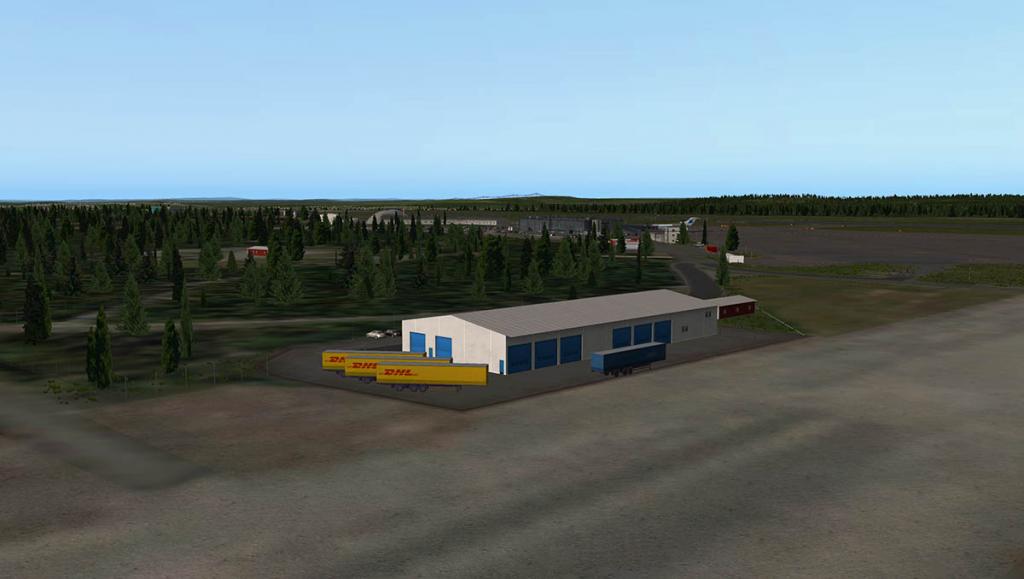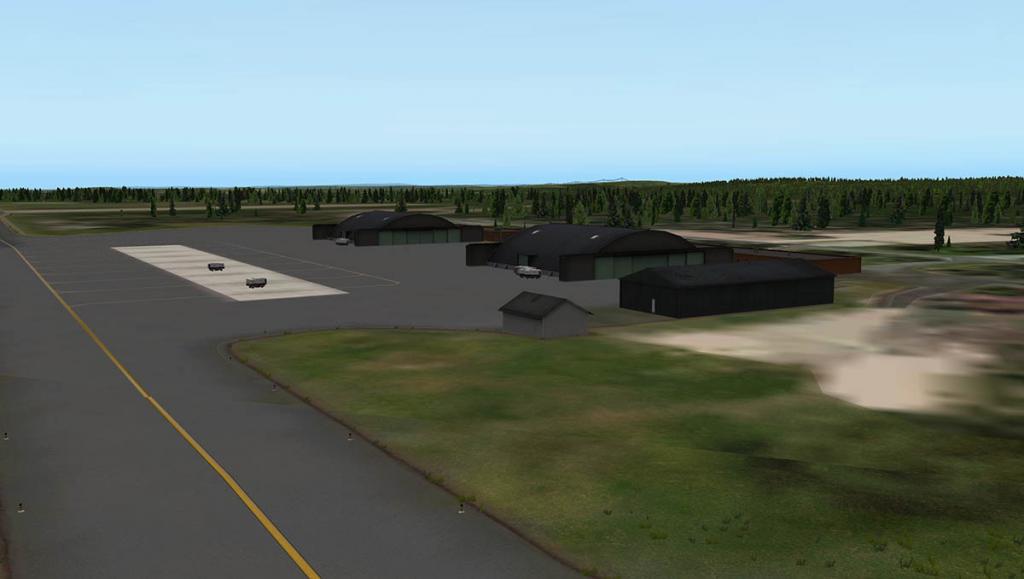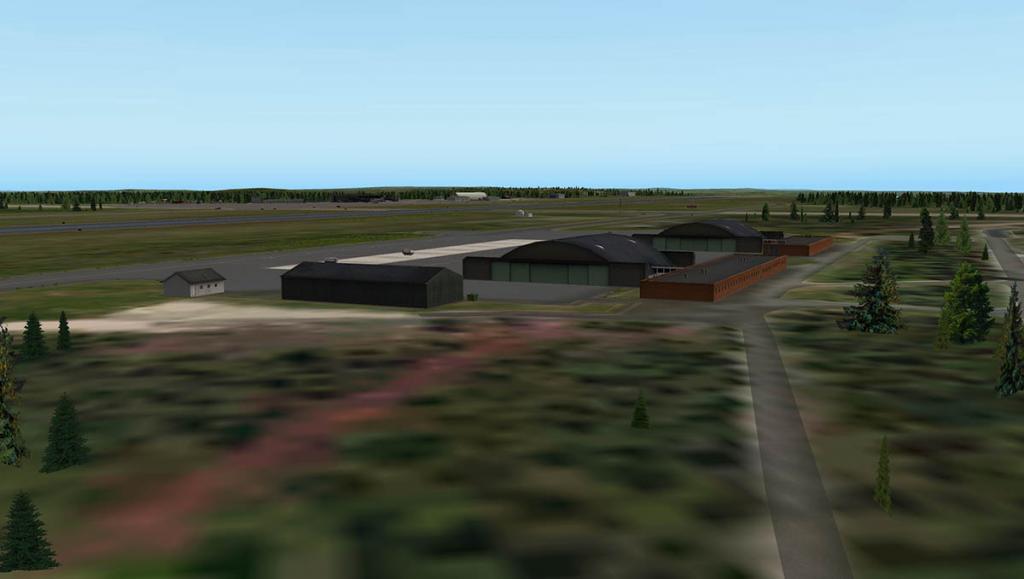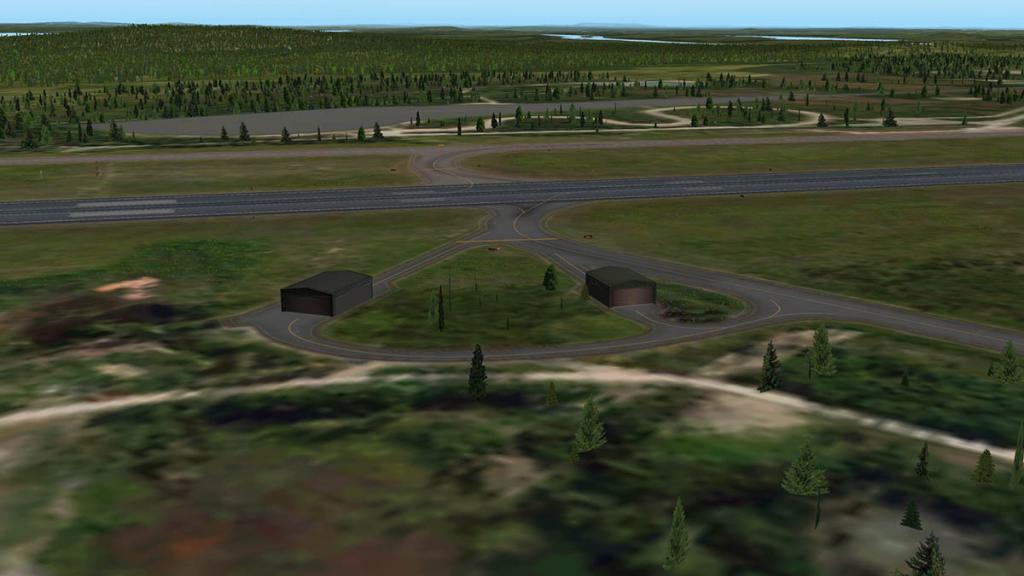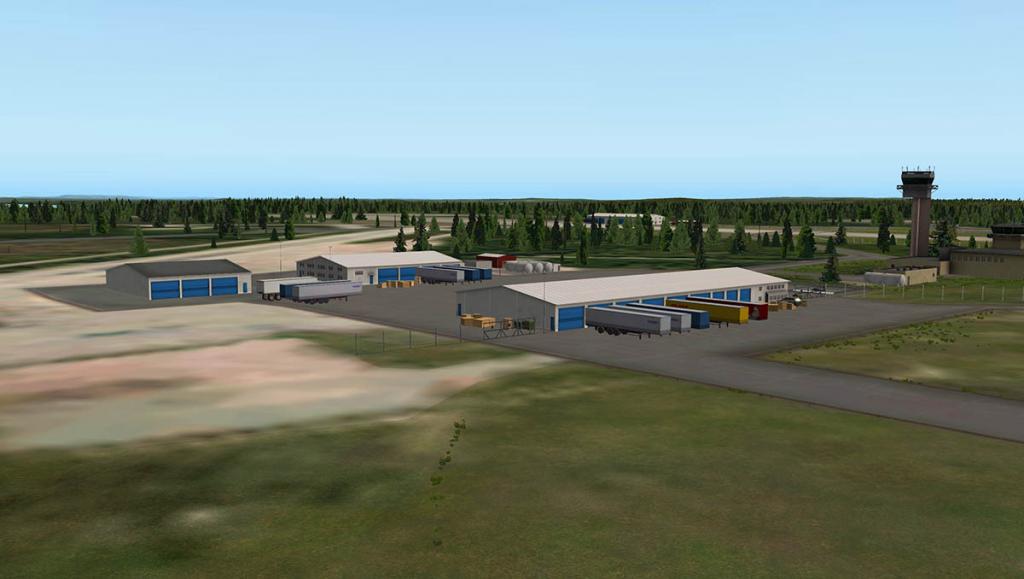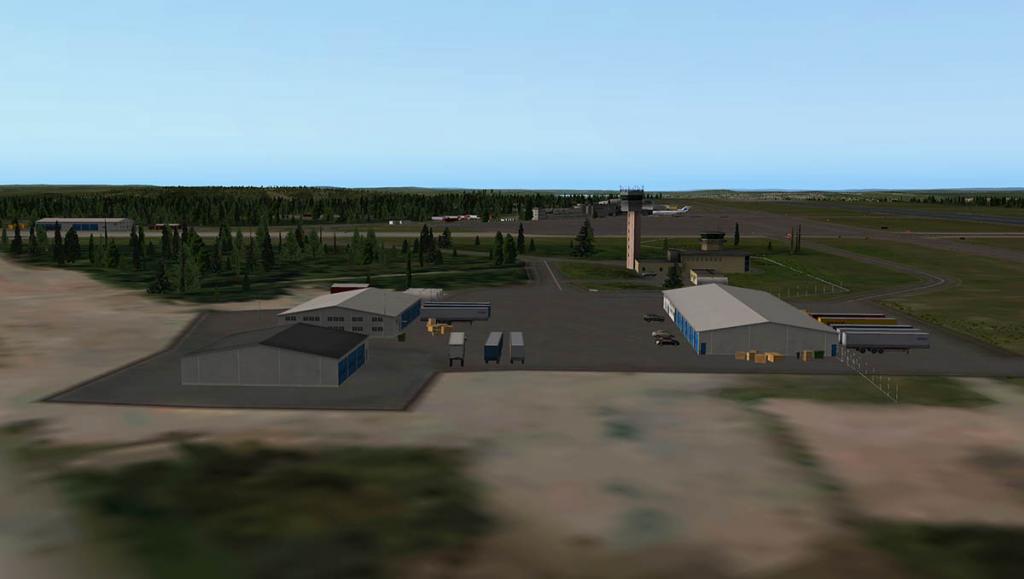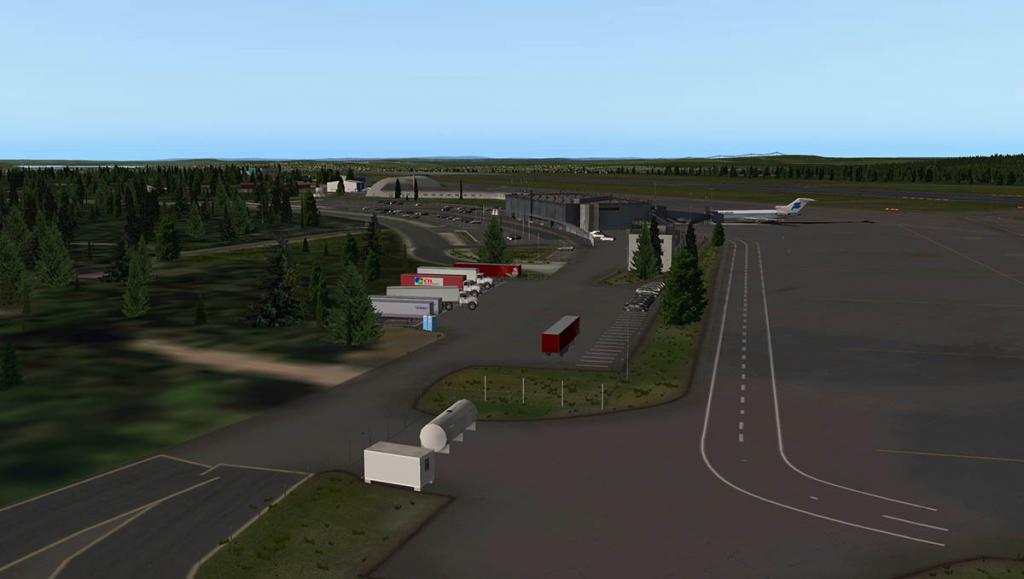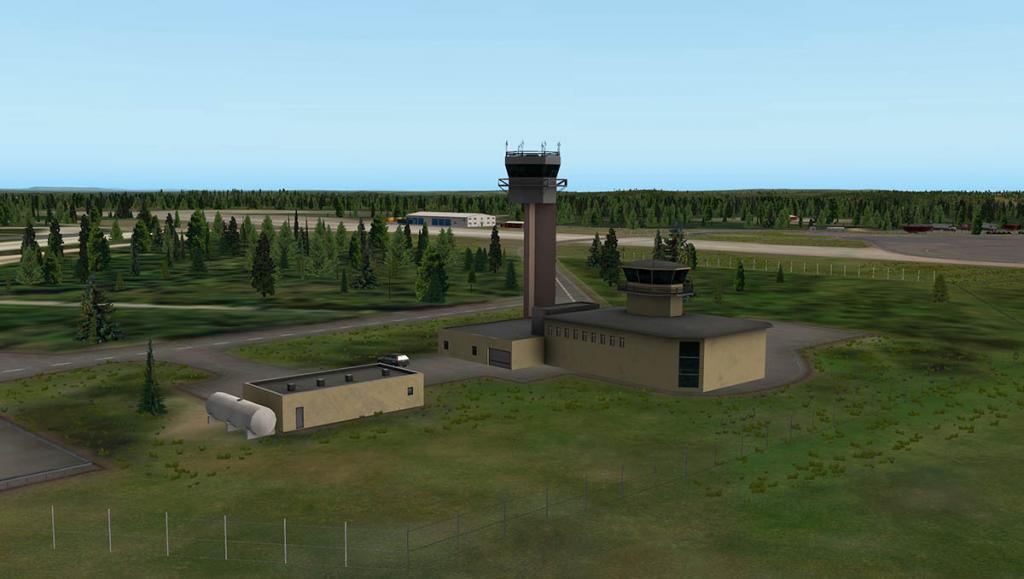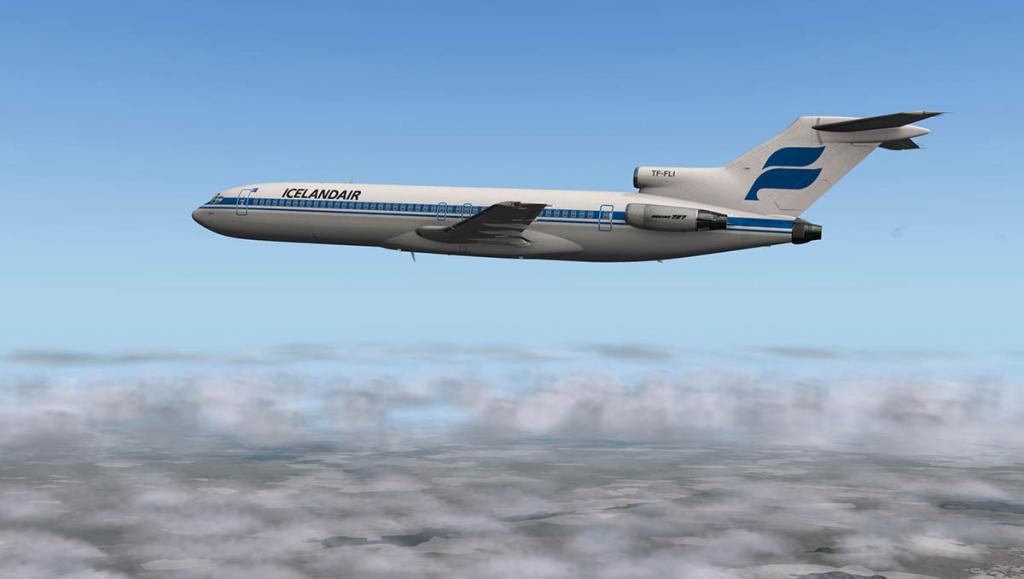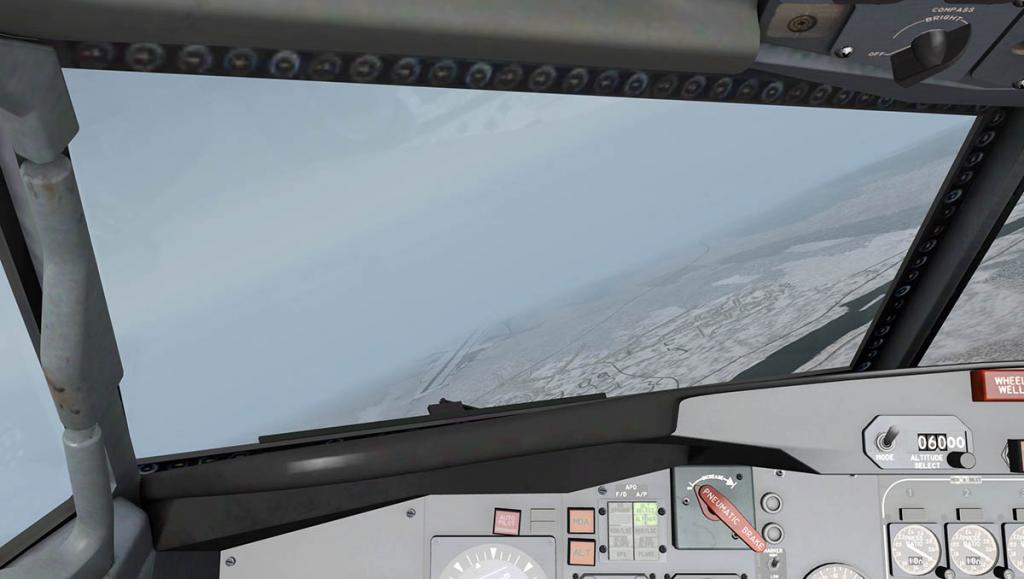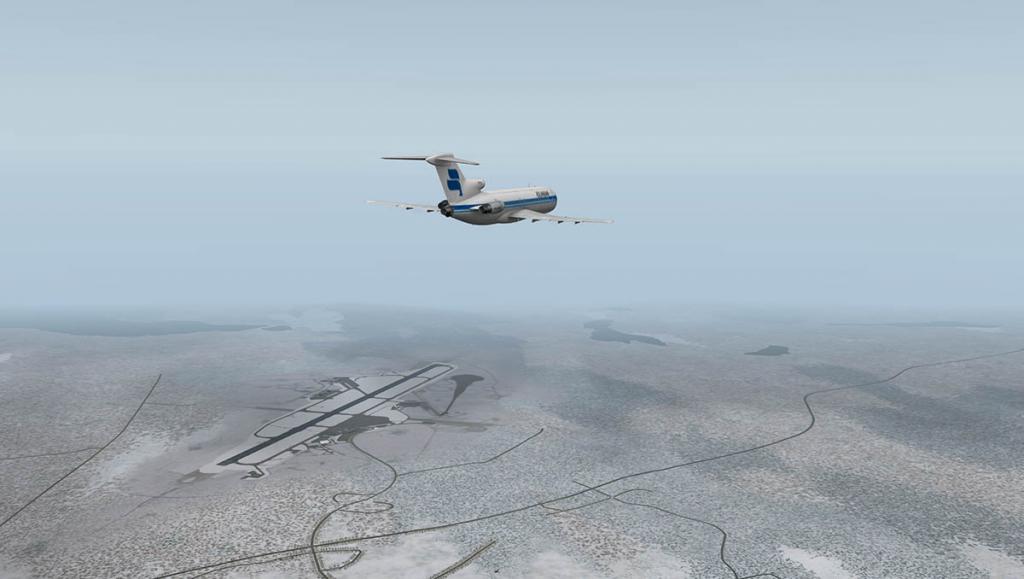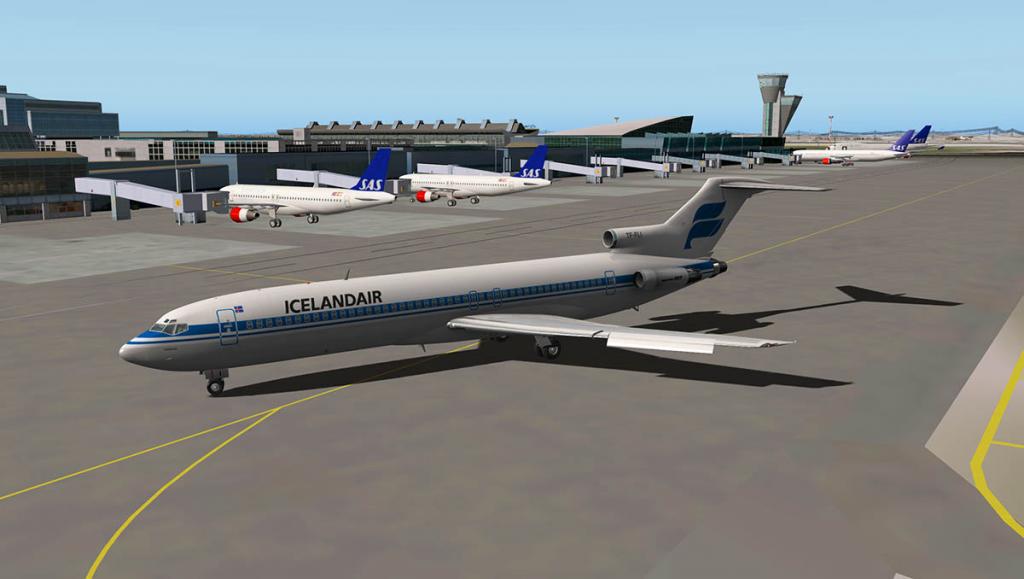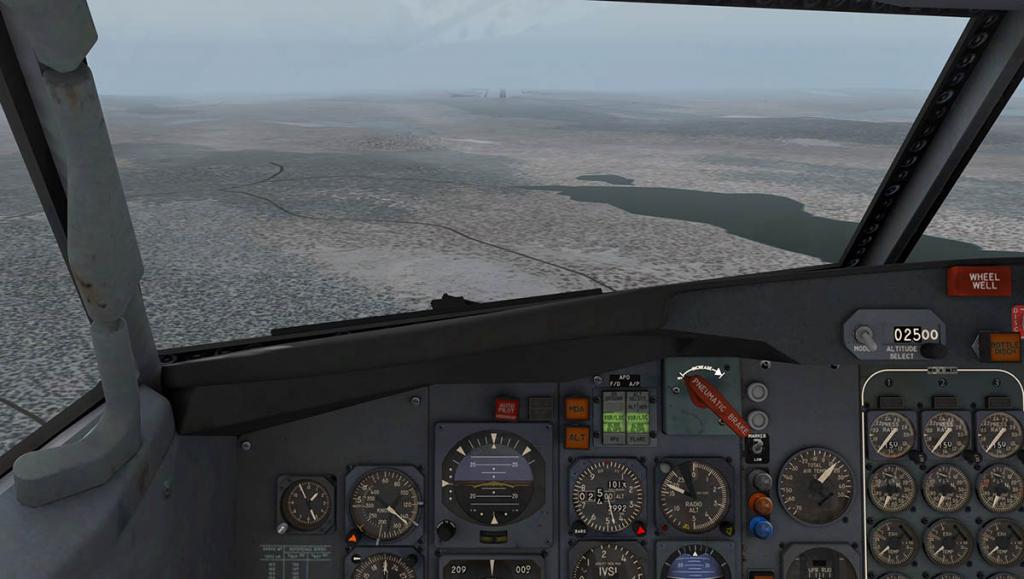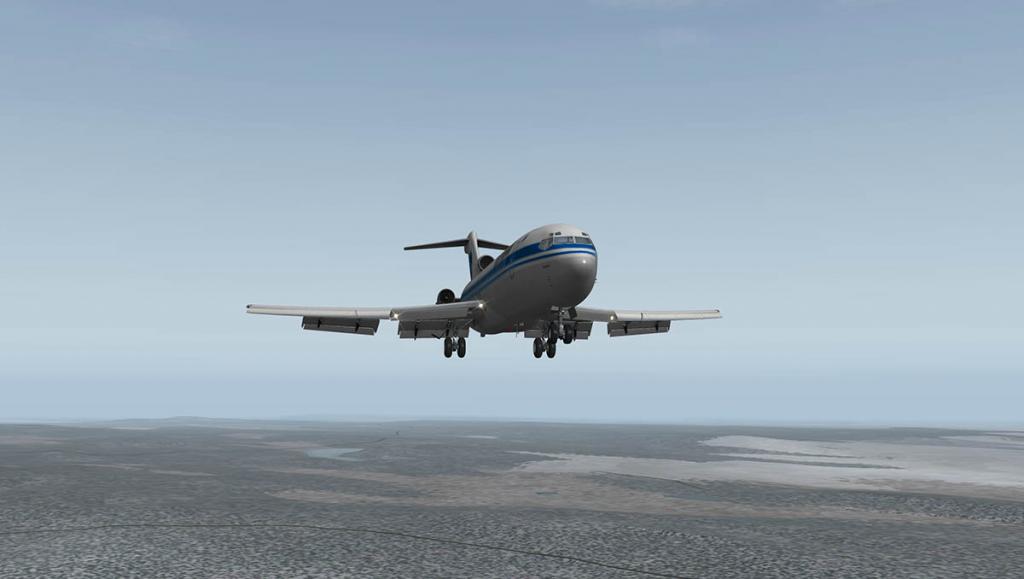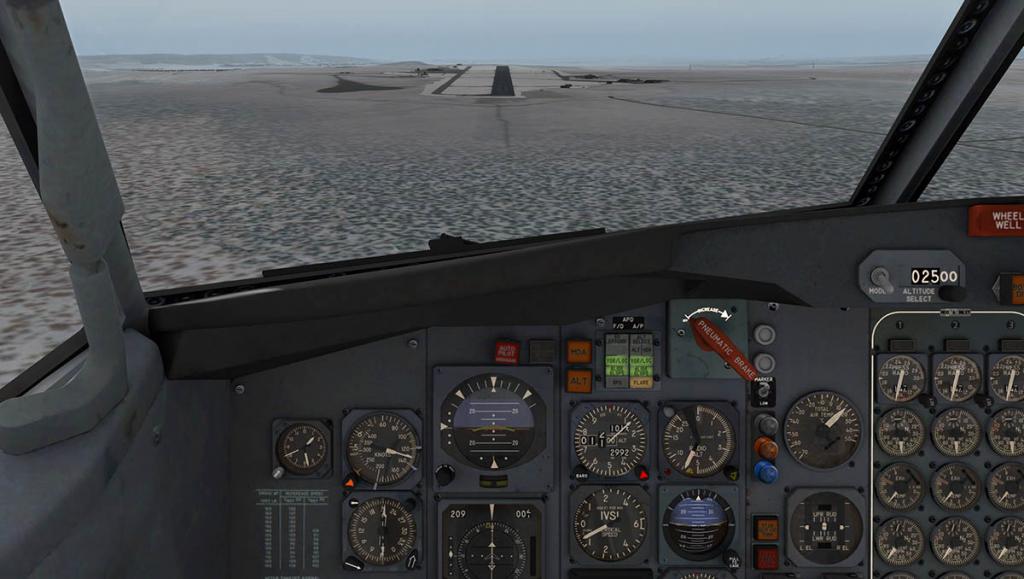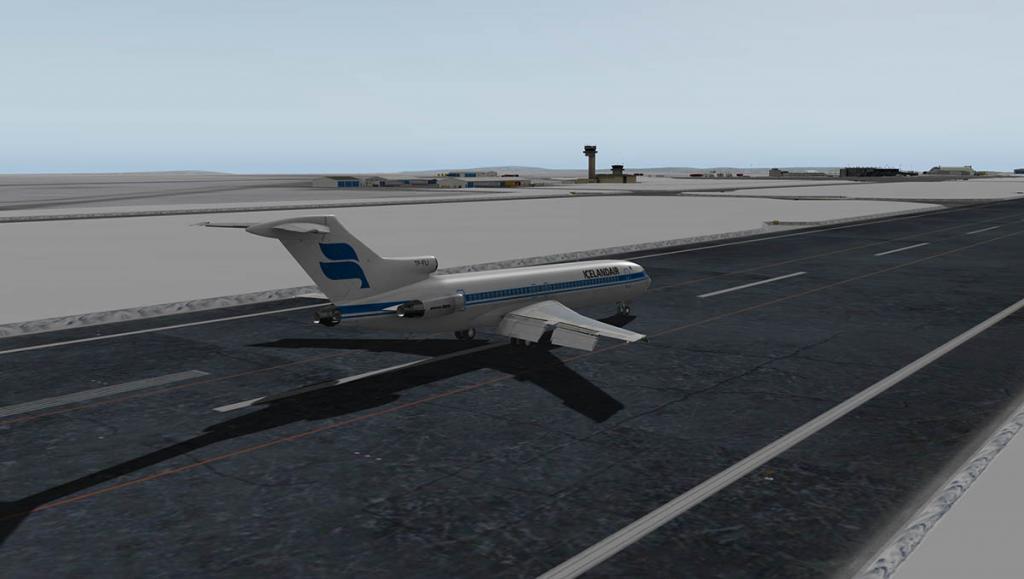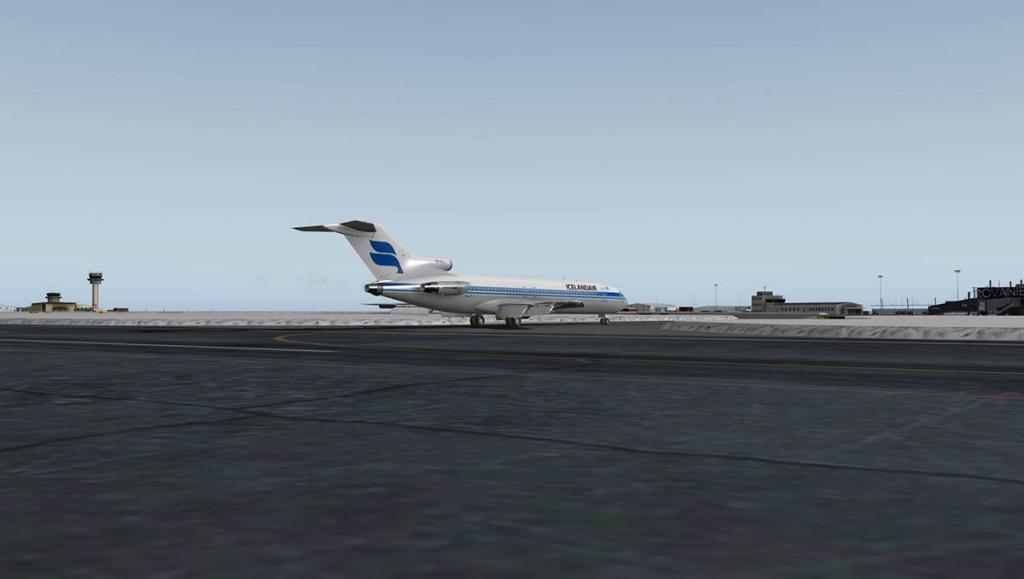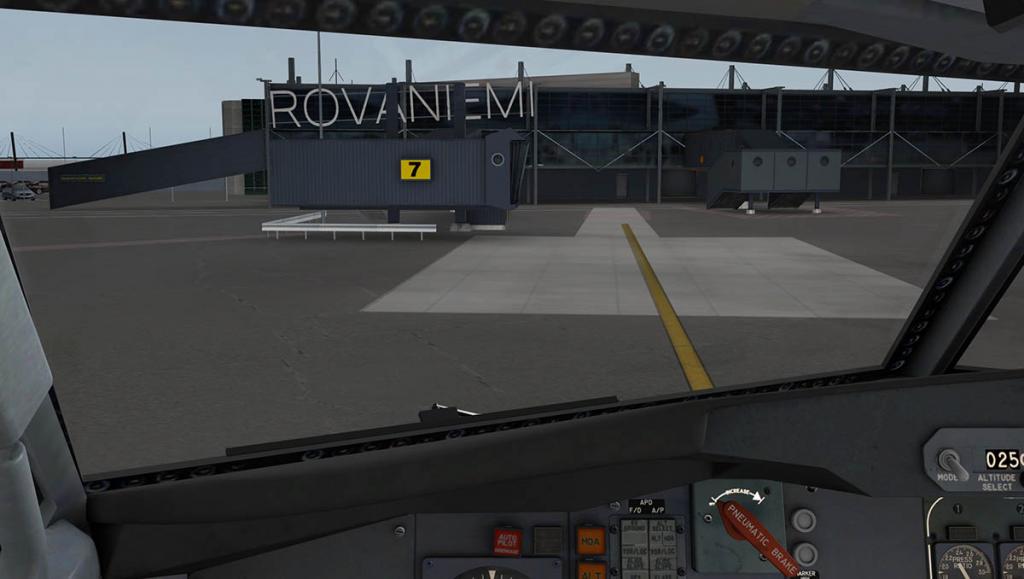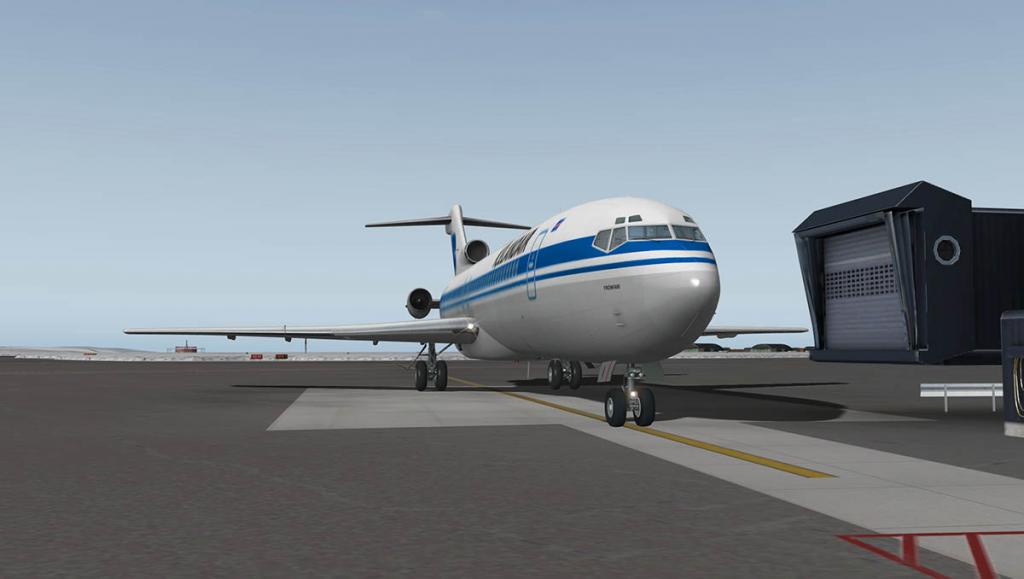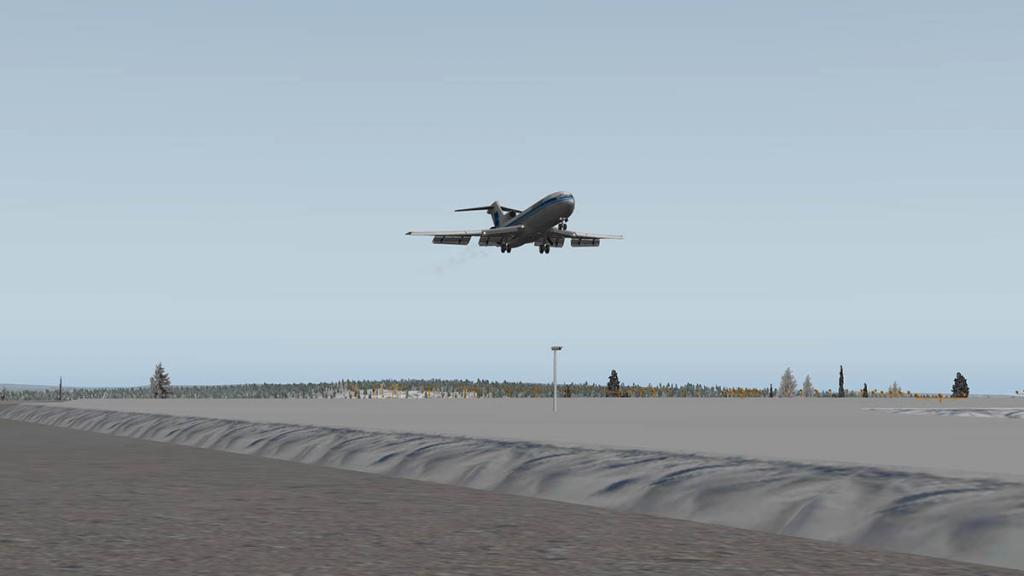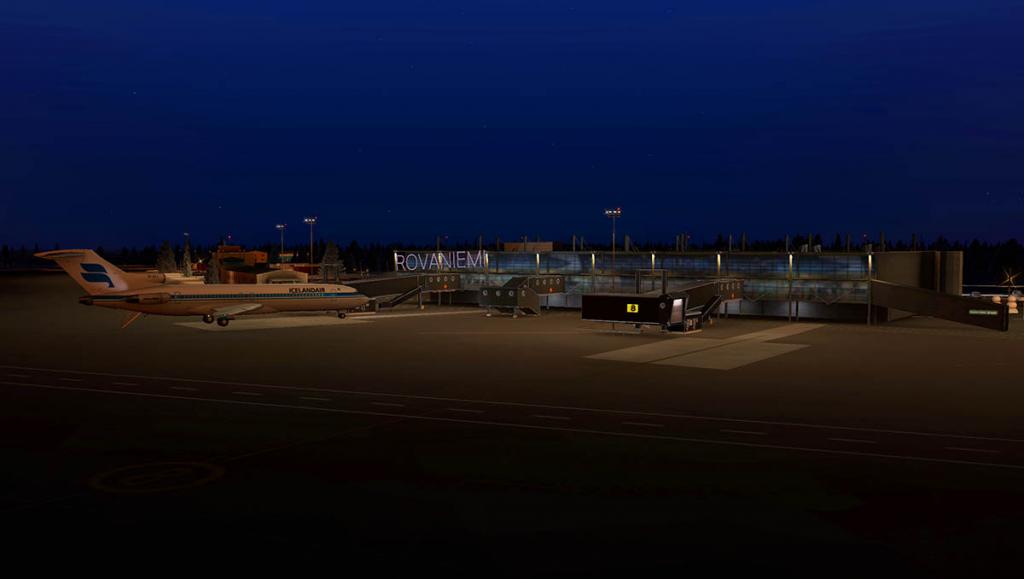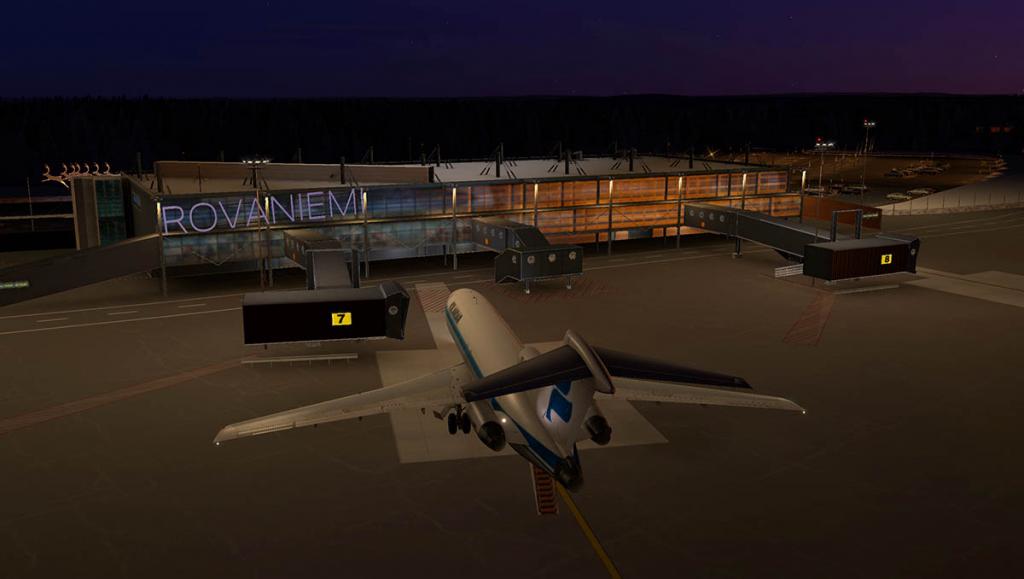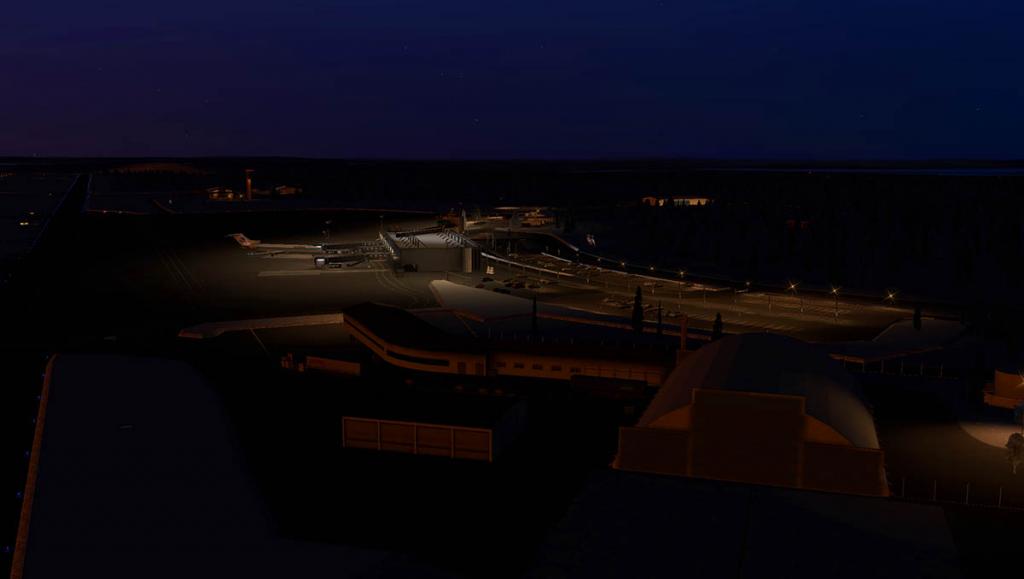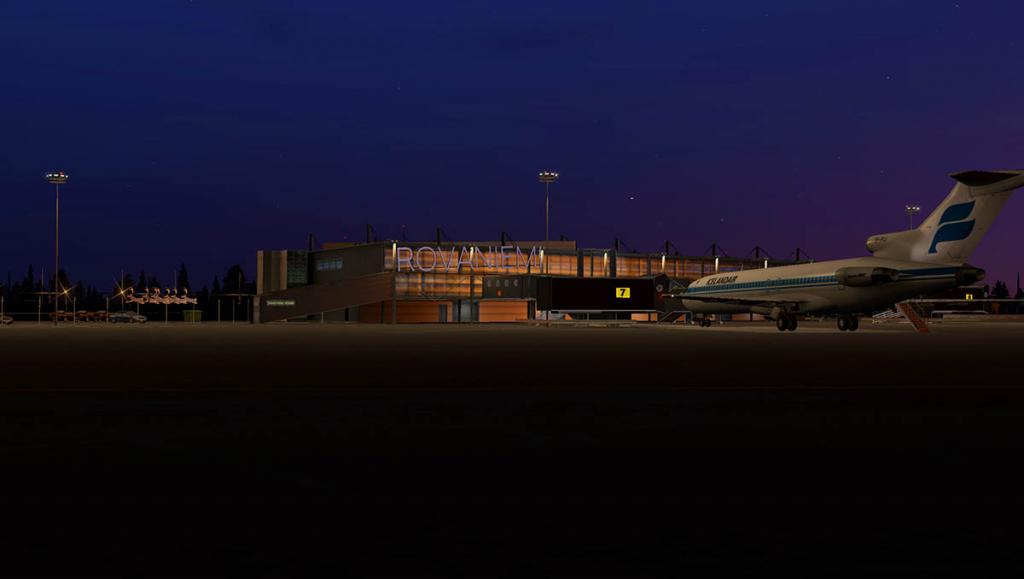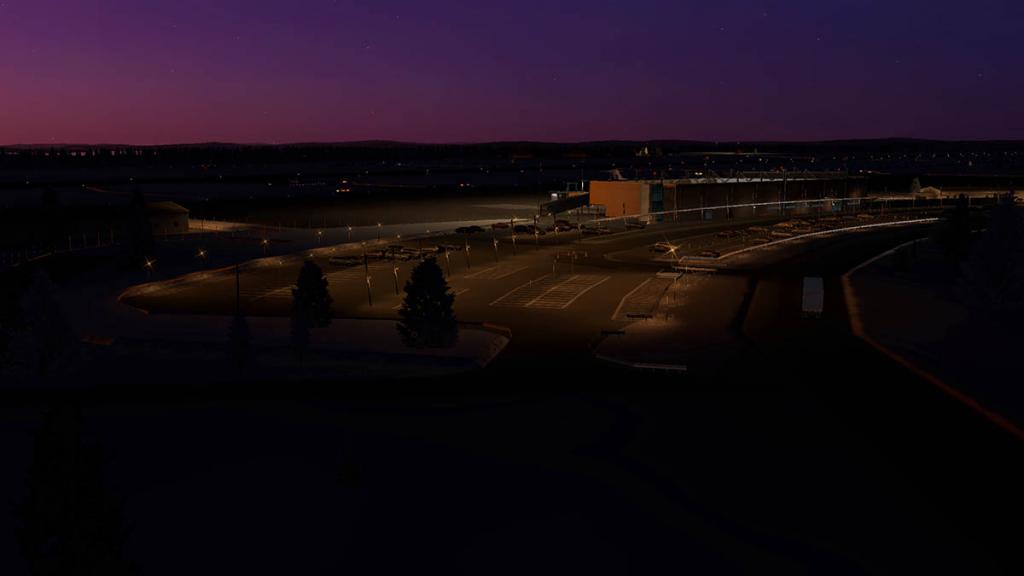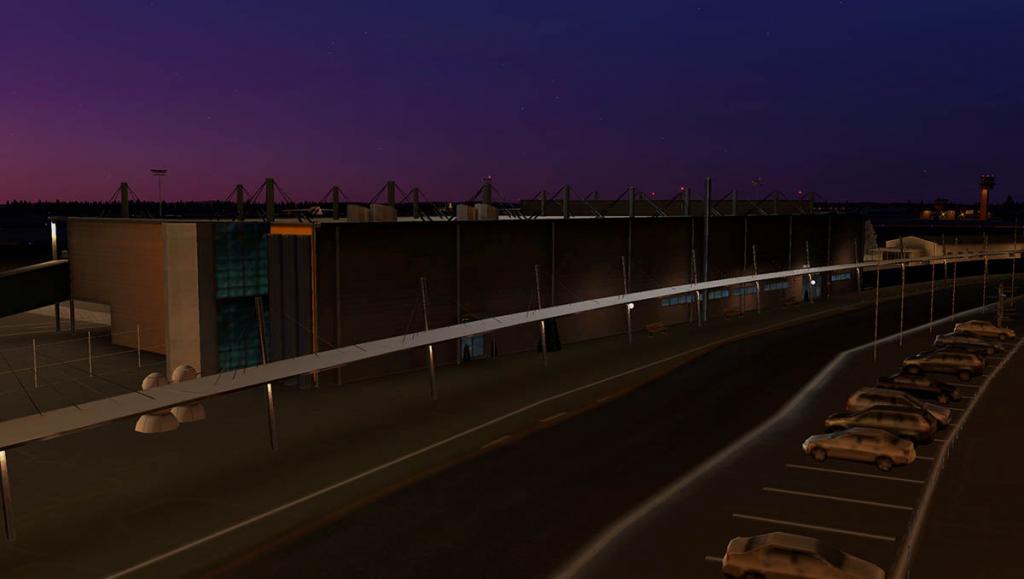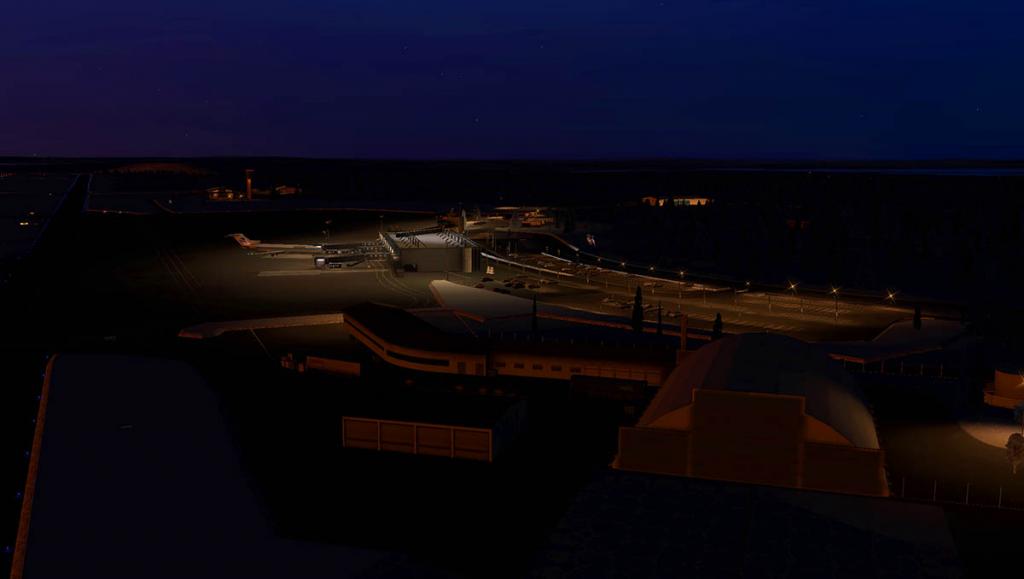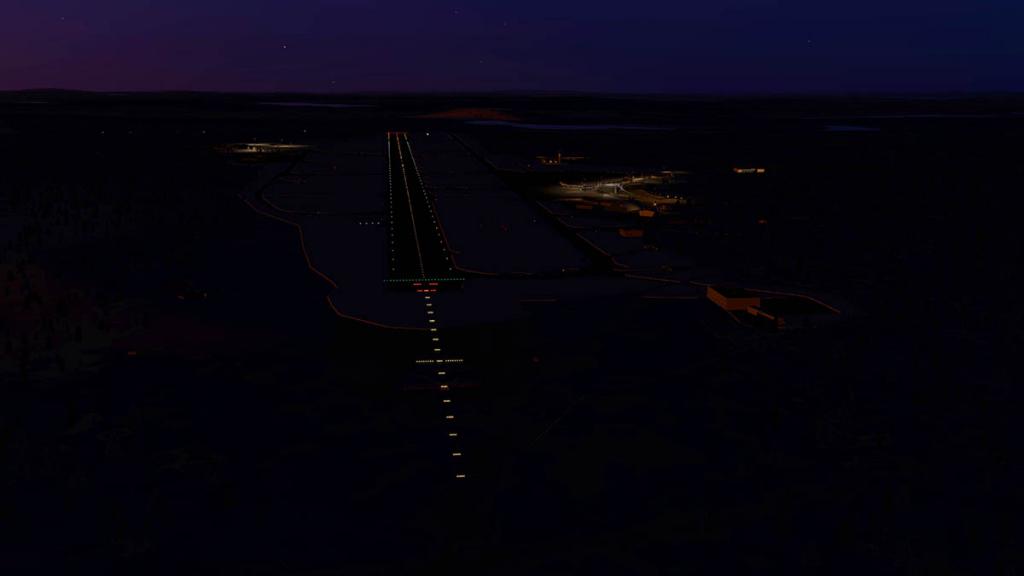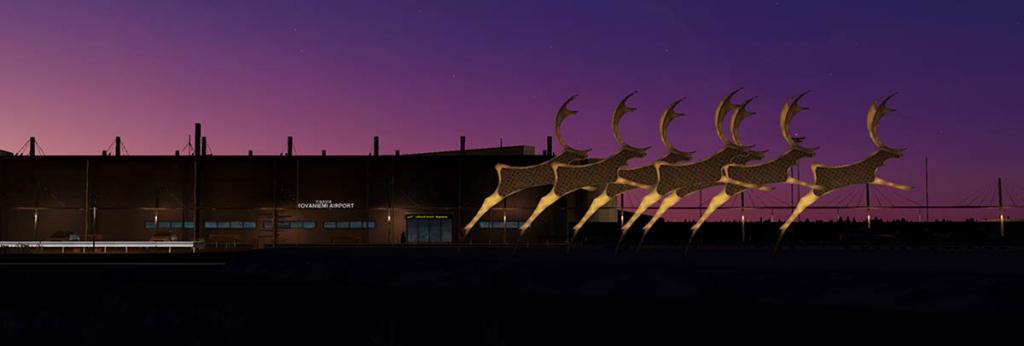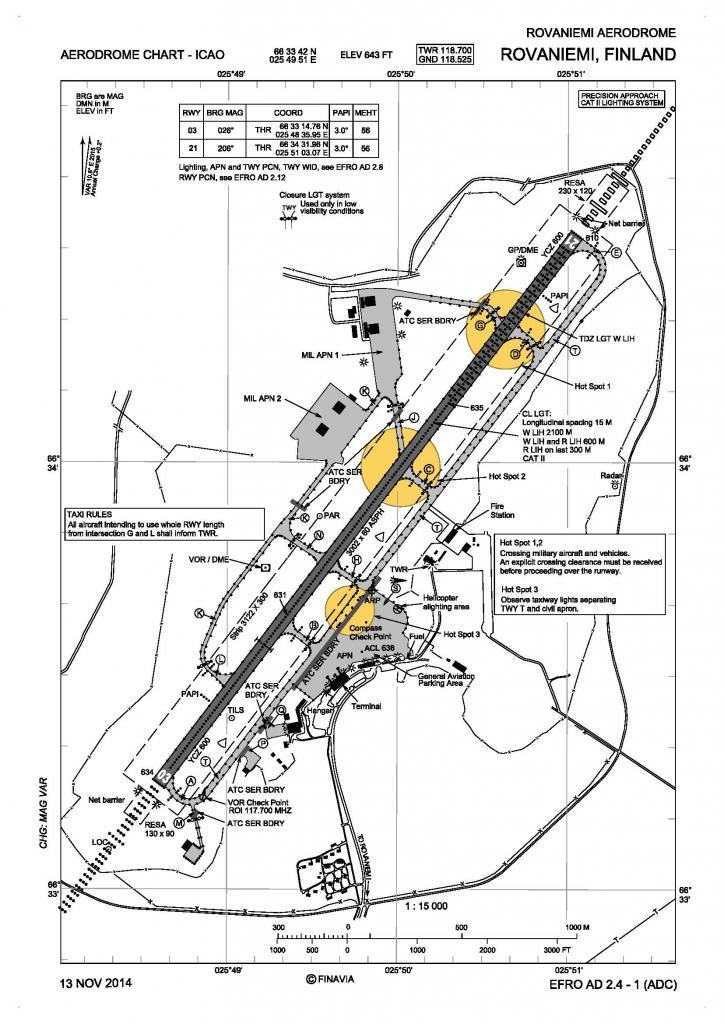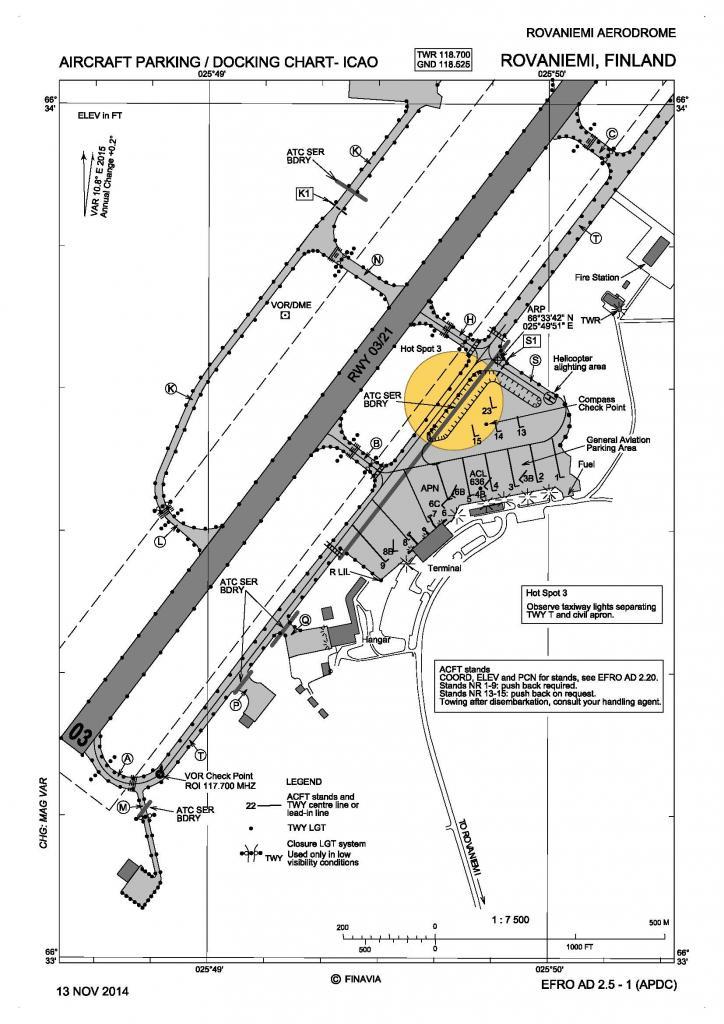-
Posts
2736 -
Joined
-
Last visited
-
Days Won
356
Content Type
Profiles
Forums
Articles
Everything posted by Stephen
-
Aircraft Release : Ryan Navion B by vFlyteAir Available NOW! From the New X-Plane.OrgStore : Ryan Navion and priced at only US$21.95 If anything sums up aviation nostalgia it is the name... Ryan Aircraft. The company built aircraft between 1934 to 1999, and is previously usually known for building Charles Lindbergh's transatlantic Spirit of St. Louis, but actually Ryan Aircraft had no part in building the actual famous plane. vFlyteAir have just released the Ryan Navion NA-143 (but produced under the NA-145 designation), which is a United States single-engine, unpressurized, retractable gear, four-seat aircraft and originally designed and built by North American Aviation in the 1940s. The attraction was the original manufacturer also built the famous North American P-51 Mustang, and they thought the name and effect would rub off for a civilan aviation version... And so the Navion was designed for the civilian market but also attracted the interest of the United States Army Air Forces. The Army Air Force ordered 83 of the NA-154 version, designated it the L-17A. Ryan Aeronautical Company then acquired the design in 1948, and built approximately 1,200 examples over the following three years. Ryan designated the aircraft the Navion A with a 205 hp (153 kW) Continental E-185-3 or -9 and, later, the Navion B with 260 hp (194 kW) engines of either the Lycoming GO-435-C2, or optionally the Continental IO-470 engine. The Navion As became the basis for the military L-17B. Altogether 2,634 Navion's where built and many are still flying today. So this vFlyteAir Navion is a sweet and small light-aircraft. And it comes with a fully functional and well equiped, if very modern style electronic avionic cockpit. Detailing is very good with these features : Extremely well detailed Avionics include a Garmin GDU 620 Primary Flight Display (facsimile), EI MFP 50 Engine Monitor, S-TEC 55X Autopilot, Garmin GNS430 GPS (new X-Plane 10.30 version), Griffin Angle of Attack Indicator Controllable-Pitch Propeller Super Hi-Res textures 3D Cockpit Plug-in enhanced Custom sounds HDR lighting (and non-HDR) Fully animated In-cockpit pop-up menu Rain and Ice textures for windows Liveries are exceptional!, many are great post-war military designs with authentic detailing and a very wide choice. A quick airport circuit flight notes the aircraft as... Light, nimble, balanced and very docile in the air. Yes it is very nice to fly. Complete Package comes with : 16-page User Manual Free Custom Paint Kit Available HERE Navion Cruise Performance Chart PDF Copy of the original1948 Navion L17-B POH (Pilots Operational Handbook) Requirements are : Compatible with X-Plane 10.30 or newer HDR Rendering recommended for lighting effects Tested on Windows 7, Windows 8.1 and Mac OSX 10 Yosemite Stephen Dutton 1st February 2015 Copyright©2015: X-Plane Reviews
-
Aircraft Release : Pilatus PC-12/47G by Shade Tree Micro Aviation There has been a significant upgrade to the current X-Plane 10.30 specifications to the Shade Tree Micro Aviation, Pilatus PC12/47G which is noted as a new release, but is based on the original STMA PC-12/47G aircraft. Which is a single-engine turboprop passenger and cargo aircraft that is manufactured by Pilatus Aircraft in Switzerland. This is the 12/47G version that was certified in 2007 with the Pratt & Whitney Canada PT6A-67B engine (1272 eshp and 1200 shp), and the maximum takeoff weight was increased to 4,740 kg (10,450 lb). The development of the PC-12 was announced at the annual convention of the National Business Aviation Association (NBAA) in October 1989. And the two prototypes were completed on 1 May 1991, with the first flight taking place on May 31, 1991. But there was a redesign of the wings required (increase of wing span and addition of winglets to ensure performance guarantees were met) and the Swiss certification finally took place on 30 March 1994, with the U.S. Federal Aviation Administration approval following on 15 July 1994. There is a PC-12 variant for the United States Air Force called the U-28A for intra-theater support of special operations forces. And is stationed at Hurlburt Field, Florida at the headquarters of the Air Force Special Operations Command (AFSOC) base. Most PC-12s are used as corporate transports, but recent regulatory changes in Australia, Brazil, Canada, and the United States have cleared the way single engine turboprops such as the PC-12 for regional passenger transport operations in those countries. This now opens a new market for the PC-12 as a regional airliner that would make the PC-12 an ideal replacement of older twin-piston-engined aircraft. 1,300 versions of the PC-12 have been built to date at a cost of $4.6 million each. Performance : Cruise speed: 500 km/h (312.5 mph/270 KTAS) : Stall speed: 120 km/h (74.8 mph/ 65 KCAS) : Service ceiling: 9,150 m (30,000 ft) : Rate of climb: 512 m/min at sea level (1,680 ft/min) : Power/mass: 3.7 kg/shp (8.2 lb/shp) Range 0 passengers: 3,389 km (1,830 nm) - Range 9 passengers: 2,804 km (1,753 mi) (1,513 nm) On first glance the PC-12 looks like a High T-Tail General Aviation aircraft that has been photoshopped by stretching the fuselage long ways and then the pulling out of the wings long and thin in the other direction. But its looks make it very efficient. The PC-12's direct competitor is the 9 seat single-engined Cessna 208 Caravan, but the 208 Caravan is far slower (197 mph (171 kn; 317 km/h) and more suited to rugged terrain than this faster point to point utility passenger or light cargo aircraft. Shade Tree Micro Aviation (STMA) have done a good job in modeling the PC-12/47G, and it looks very good in the flesh. No doubt the aircraft has come along a long way since its initial release in October 2010 to this newer re-release here. And the aircraft has had a few updates along the way that has been included with this the latest release and for the inclusion of X-Plane's 10.30 features. Outside the texture resolution is very good and far better since the original release version (texture resolution is set at "high") and the aircraft is quite shiny from some aspects. But the detailing is very good with good "draw per pixel lighting" providing good out and in lines to make the aircraft realistic. shape and design are very good and you won't be disappointed by the way it stands on the ground or in the air. There is a slide-out "Menu" system on the left lower part of your screen with some great features. Top of the menu is a set of pop-out panels in "Zoom Instruments" that covers - ASI - RADIO - EFIS - EFIS CONTROL - OVERHEAD PANEL and CAWS (Central Advisory and Warning System). These options will put large panels in front of your face, of which I found a bit silly and as they block out and all the other views and you can move them around of course... but they are a bit too big to be really useable. These panels are also comprised because the distance between the Pilot(s) seats and the panel is very tight? You can't zoom backwards to far unless the seat blocks out your view, In most cases you fly the PC-12 a little from above and down to get the right perspective, but then again I do like a slight zoom backwards than being pressed up against the panel. Here though you are certainly compromised in being pressed up against the panel. You can adjust the seats via cursors, but the movement also moves your POV (Point of View). Then we have the "DOORS" options of opening three doors in - CABIN DOOR - CARGO DOOR and ENGINE DOOR. It is great to be able just to open any door from the outside. It may be more authentic to open doors from the inside, but I like to see the operations in action. And it is also great to see an engine for a change, even if it is just a flat graphic. Next Menu items are "GROUND OPERATIONS". This covers areas like flag and bras, tie downs and wheel chocks. They are stored behind the Co-Pilots seat and you can activate them there as well. There is Yoke "Control lock" that has to be removed for flight as well. There is a "Parking Brake" release on the menu as well. But I found it confusing as I usually use the "B" key to unlock my parking brake and they counteract each other here, and that results in a powered up aircraft going nowhere? STMA do a lot of interesting features in providing you with their own hangers and hangar door opening systems that comes as part of the package. (You can place the animated hangers in your scenery for use). This gives you the option of moving the aircraft either in the menu or by a remote control on the left side of the front window support to use a (Very small) pusher/puller tug. There are more "STMA Options" on the menu to change the interior. There is the choice between the "Executive" (Luxury) and "Medical" interiors, but no Cargo option which would have been a good versatile option. Other options include having the blinds random or stowed. And to attach a silver sunscreen when parked. One other option not on the slip-out menu is a well done GPU, that is activated on the overhead panel to provide power to start the aircraft on the ground. Pilatus PC-12/47G in the air No doubt for a single engined aircraft you have a lot of power at your disposal. You feel that huge one sided asymmetrical thrust from the single-engined power house in the nose. So the PC-12 is a devil of a thing to keep straight or on any line on the runway. Once clear though and the PC-12 will climb like no tomorrow at an easy 1200ft per-minute (1600 fpm is max) and how easily it does that even in a tight turn. A 10,000ft altitude is simply no problem and it is very easy to settle out into the cruise only minutes after leaving the runway threshold. Cockpit The Pilatus comes with a fully functional 3d or virtual cockpit. The panel is well laid out but slightly complex in operation. You get all the main owners manuals and system/radio equipment manuals in the package and you really need to study them all to get the very best out of the cockpit. You have the standard six instruments but the Artifical Horizon and the Heading Indicator are (Electronic) and part of the Benedix/King KFC 325 Digital/Electronic Flight Control System. The flight control system is a three way panel set up between the visual Artifical Horizon, Heading Indicator and the Autopilot on the glareshield. You set the altitude and V/S (vertical speed) via a small panel between them. Center panel is an engine/fuel display (digital) with large digital readouts for YRQ, ITT and NG and above the panel are two Bendix/King KR87 ADF units. And center right of the panel are two large Garmin GNS530 gps units which are fully 10.30 functional. Lower on top of the center pedestal is the large CAWS (Central Advisory and Warning System) panel that is full of alerts and items selected to manual. Lower is the Radio Navigation selection panel for the EFIS (Electronic Flight Control System)... In other words your VOR/ADF pointers/needles on the electronic display. It all looks easy and straight forward, but it is not? and this is were you have to hit the manuals? The combinations are like opening a safe, in time you will get the right frequencies set you want. But many buttons around the panel also have a double setting and so it takes time and a note pad to work them all out? Add in the new GNS 530 route and GPS mode to lock in the autopilot and you will spend a lot of time just connecting up the GNS GPS to the EFIS and lock in on the route you want the aircraft to follow. Most users of this aircraft will roll their eyes and go "Oh that is easy" but even I found it a bit of a maze until I sorted it all out (In other words went into flying circles for 30 or so minutes trying to lock in the GNS-GPS route to the autopilot. there are to many duplicate settings and not enough workflow settings... in other words complicated. You also set your EFIS "Course" and "Heading" with knobs from this panel as well. Lower is the KT 70 digital transponder which is very nice. The pedestal has a throttle with Reverse thrust, Manual power overide and Condition/mixture lever. To shut down the engine you have to move a flick stop on the condition lever and then the engine will power down from idle. Far right is the flap settings of 0º - 15º - 30º - 40º. Overhead panel is electrical, lighting and auto engine start push buttons (You have too wait a looong time before the engine finally winds up). I flew an earlier version of the STMA PC-12 and the cockpit resolution is still the same here. I have my "texture resolution" set at "High" and most cases it gives me the best balance of framerate and quality of outside textures. The PC-12 outside is fine, but the panel in this setting is poor, or quite low in resolution. Yes to fix this and if you have the power to do so then just put your "texture res" settings up... but that then creates a multiplying effect as all the "texture resolutions" everywhere else then goes up as well and so does your frame-rate headroom come right down. In other words the panel looks out of date at this resolution setting, it was fine for this resolution at this setting a few years ago, but now you have a quality outside design but average panel resolution design in the cockpit. It makes it hard to fly the aircraft as you can't read the slightly fuzzy writing and lables? Not all the text is fuzzy and at a low lower resolution, but the important items are like the EFIS and main (required) standard six dials are and in reality the quality should be liner, both inside and outside the aircraft. The NG display flickers on and off annoyingly as well. This display was like this on the older version and was a serious distraction, and it still does it here and so does the engine temperature gauge flicker as well. Maybe they are both to represent a real action or flickering? But I just found them seriously distracting. Lighting Outside lighting is good, with five beams (two each wing and one (moveable) taxi light) to give a great spread of forward illumination. Wing lighting is good as well to see the ice, and so is the logo tail lighting... only issue with the logo lighting is that it can wash out white in the daytime. Lighting is not tight into balls of light but fuzzy balls, worse in HDR mode. Nav, Beacon and Strobe lights are good. Inside the cockpit is well lit in red glow, but no spot lighting. Liveries There are fifteen liveries for the PC-12 and all are of good quality and variety "Ornge is default and is shown twice). Some are quite similar in design but are still different on a theme. Frame-rate was good in the "High" resolution setting (30fr-38fr) but on the 18fr line at any higher res setting. but the aircraft flew some strange oddities when in autopilot mode, like banking slightly side to side? (no wind), it was hard work on approach as well to keep the PC-12 on a tight straight line in with the runway. "twitchy" is the way I would describe it, constant input is needed to keep the aircraft flying smoothly, maybe the actual aircraft IS very twitchy, or maybe STMA like to fly aircraft like this. But I found the PC-12 tiring than more of a challenge to step up too and conquer, which is unusual for me as I like to try to want to fly anything always at the best of my ablities. The PC-12 has an unusual flap extentions and this is well highlighted here, animations are very well done and the drag is well proportioned and effective. Juneau Intl (PAJN) has a bit of a steep approach to RWY 08 (it is an offset approach) but the good flap control allows you to go quite low in speed to around 100knts to keep the descent in check (65 stall speed is too low?) and the aircraft can in landing quite short distances and you have that reverse thrust also at your disposal to stop in no time. Summary The Shade Tree Micro Aviation, Pilatus PC12/47G has been around X-Plane for four years or more now, and it has had quite a few upgrades and developments. the X-Plane 10.30 features certainly again lift the aircraft up to the current standard in many areas. This release is noted as a new release, but it is still heavily based on the original design. The aircraft is certainly full of great features and the easy to use slip-out menu system. The two GNS530 GPS systems are used though the PC-12’s Electronic Flight Control System (EFIS) and can be autopilot-coupled. And this gives the STMA PC-12/47G the unique ability to fly complex flight plans based on VOR/LOC, ADF, or RNAV (GPS) waypoints and shoot realistic instrument approaches and have all of the information appear on the eADI (electronic attitude display indicator) and eHSI (electronic horizontal situation indicator). But it is complicated for a first time user and needs some learning (of the systems) to get the best out of them. Just aligning the GNS GPS to the EFIS is a page of notes to get it right. So time is required to get your experience up to the aircraft's complexity. There are a long list of manuals to learn from and a great set of PIM (Pilot Information Manuals) to understand the aircraft. Modeling and design is very good, but the cockpit feels squashed and you are a tight fit in there between the seats and the panel, move rearwards and the view disappears. You can adjust the seats via cursors, but so does your POV (Point of View). The panel looks like it did when the PC-12/47G was released in the 3d/virtual cockpit form and the panel texture resolution is average at a X-Plane middle texture resolution (high) setting, a higher texture resolution can fix that easily, but that comes at the cost of frame-rate unless you have a powerful computer. The odd thing is the aircraft is not a frame-rate hog, it is actually quite light, but the required internal high resolution settings make it so. The layout is actually very good and the panel is well designed and has great instrument packages, but poor panel graphic resolution simply spoil the workablity of flying the aircraft. The flichering of the digital gauges are distracting and the pop-up size of the zoom panel's is simply ludicrous for an aircraft of this quality. The power of the single-propeller design can make the aircraft a handful on takeoff and it is very twitchy on approach. It is actually very good to fly in the air but I didn't like the constant slight banking both to the right or left in flight under the autopilot. So you need time and to build up experience to get the very best out of of the PC12/47G. It is not a beginners/novice aircraft. Challenging would sum up the Pilatus PC12/47G. Work on it and and get the experience on the panel settings and systems through the excellent EFIS layout, and get that too work efficently with the new 10.30 GNS GPS systems and you should start to see the benefits of your investment. Overall the detailing is excellent and the aircraft is very well designed and interesting to fly right... No doubt the STMA PC-12/47G is challenging, so are you up for it? The Pilatus PC-12/47G by Shade Tree Micro Aviation is now available from the New X-Plane.Org Store here : Pilatus PC-12-47G and is priced at only US$26.95 Note: This aircraft is noted as a new release. PC-12 Owners can purchase the new model for only US$10. Please send an email to [email protected] or [email protected] to get your upgrade code. Installation : Download is 169.50mb that is unzipped to 198.70mb. Documents : Authentic Manuals and PIM (Pilots Information Manual) Requirements: Windows XP, MAC, Linux X-Plane 10.30+ . 32 and 64bit compatible Pentium 3 GHz+ 1Gb VRAM Recommended updated store# Features: Fully animated 3D Model A new fully animated exterior with animated doors, realistic lighting, and even a physical display of wing icing! A ground power unit to provide external power to the aircraft, and a robot tug which uses the Shade Tree Micro Aviation (STMA) Remote Control to move the aircraft into and out of our HangarOps animated hangars. popup STMA dock which allows you to open and close the doors and the cabin window blinds; pop up portions of the instrument panels to make adjusting settings more easy for aging eyes; and instantaneously swapping out the cabin between the Luxury Passenger and Medical Evacuation. Accurate Virtual Cockpit A manipulator-based 3D cockpit so realistic that we use the authentic Pilatus PC-12/47 pilots information manual (PIM) to describe the functions. Complex Custom Avionics - Developed with the assistance of a real PC-12 pilot Through the use of Scriptable Avionics Simulation Library (SASL) and XAP, all of the aircraft systems and instruments work exactly as they do in the real airplane. ( Note: the current version of SASL/XP works on Intel Macs but NOT on PPC Macs) A Checklister (plugin) checklist is included to make configuring the model for flight a snap. Download Checklister from the X-Plane.org Review by Stephen Dutton 29th January 2015 Copyright©2015: X-Plane Reviews Review System Specifications: Computer System: - 2.66 Ghz Intel Core i5 iMac 27” - 6 Gb 1067 Mhz DDR3 - ATI Radeon HD 6970M 2048 mb - Seagate 256gb SSD Software: - Mac OS Yosemite 10.10.1 - X-Plane 10 Global ver 10.32 (final) Addons - Saitek x52 Pro system Joystick and Throttle - Bose - Soundlink Mini Scenery - Final Frontier version 10.2 by Tom Curtis (X-Plane Store $24.95) A review of Tom Curtis's
-
Aircraft Review : Beechcraft 18 by Heinz Dzuirowitz The "Twin Beech" or Beechcraft Model 18 is a six to 11-seat, twin-engined, low-wing, tailwheel light aircraft that was manufactured by the Beech Aircraft Corporation of Wichita, Kansas. from 1937 to November 1969, A world record at the time at over 32 years, 9,000 Beech 18's were produced and making it one of the world's most widely used and an early style of regional airliner. By the late 1930s, Beechcraft management speculated that a demand would exist for a new design after the big success of their Model 17 Staggerwing of which became the Model 18, which would have a more military application and an increase of the main production facilities. The design was mainly conventional for the time, including twin radial engines, all-metal semimonocoque construction with fabric-covered control surfaces and tailwheel undercarriage. Less conventional was the twin-tailfin configuration. Early production aircraft were powered either by two 330-hp (250-kW) Jacobs L-6s or 350-hp (260-kW) Wright R-760Es. The 450-hp (336-kW) Pratt & Whitney R-985 became the definitive engine from the prewar C18S onwards. The Beech 18 prototype first flew on January 15, 1937. The aircraft has used a variety of engines and has had a number of airframe modifications to increase gross weight and speed. At least one aircraft was modified to a 600-hp (447-kW) Pratt & Whitney R-1340 powerplant configuration. With the added weight of about 200 lb (91 kg) per engine A variants were specifically built for training military pilots, bombardiers, and navigators. The effort resulted in the Army AT-7 and Navy SNB. Further development led to the AT-11 and SNB-2 navigation trainers and the C-45 military transport. The United States Air Force Strategic Air Command had Beechcraft Models 18 in the AT-11 Kansans, C-45 Expeditors, F-2 Expeditors (the "F" standing for "Fotorecon"), and UC-45 Expeditors from 1946 until 1951. The C-45 flew in U.S. Air Force service until 1963, the USN retired its last SNB in 1972, while the U.S. Army flew its C-45s through 1976. In 1955, deliveries of the Model E18S commenced with the E18S featured. With a fuselage that was extended 6in (150 mm) higher for more headroom in the passenger cabin. All later Beech 18s (sometimes called Super 18s) featured this taller fuselage, and some earlier models (including one AT-11) have been modified to this larger fuselage. The Model H18, introduced in 1963, featured optional tricycle undercarriage. Unusually the undercarriage was developed for earlier-model aircraft under an STC by Volpar, and installed in H18s at the factory during manufacture. A total of 109 H18s were built with tricycle undercarriage, and another 240 earlier-model aircraft were modified with this. Beechcraft Model 18 production ended in 1970 with a final Model H18 going to Japan Airlines. Beechcraft had by then set a record that still stands today for the longest continuous production of a piston-engine aircraft. Even today the Beechcraft Model 18 remains popular with air charter companies and small feeder airlines worldwide and a few are still working the skies out there. Performance - Maximum speed: 225 mph (195 knots, 360 km/h) - Range: 1,200 mi (1,000 NM, 1,900 km) at 160 mph (260 km/h) - Service ceiling: 26,000 ft (7,930 m) - Rate of climb: 1,850 ft/min (9.4 m/s) Heinz Dzuirowitz has been one of the most prolific of designers for X-Plane. Every one somewhere in their aircraft folder usually has one or many of Heinz's aircraft. Heinz does not turn them out now as much as he used to, but still updates his aircraft to the current X-Plane Version (10.32). The Beech Twin is the latest to have an major upgrade with a totally newly built virtual cockpit, cabin and major fine-tune to the current version status and it is great to have such an iconic aircraft still current and with a few new navigation aids. Cockpit : The classic style of the panel in the cockpit shows you how far ahead in design the Beech 18 was in 1937. It looks old fashioned today, but you wouldn't notice any real differences from a General Aviation aircraft of the 50's or 60's in design and layout. And those dials were huge, and very easy to read. In fact the panel layout is well done in putting the engine (RPM and Manifold Pressure) right under your line-sight and the Standard-six instrument layout set just below. Most panels put the engine gauges more out of sight or usually on the Co-Pilot's side, were as you need them closer to watch the condition of the engines and the ability to not over use them. The engine dials use the twin needle in one dial system that is very effective in keeping the engines running at the same levels or if one engine is not performing as strong as the other one you can notice that straight away. Rate of turn is very good and the so is the very large "Airspeed" in MPH. The aircraft was quite slow, even by the standards of the day, but very reliable and trustworthy and that is what counts in business. On the Co-Pilot's side of the panel on the top are the two dials for engine temperatures and pressures (P.S.I.) in Oil - Fuel - and main temp in ºF. The other six lower dials cover Fuel Qty, Fuel Flow, CHT-EGT, AMPS and Voltage and a Poweeer dial! With a Hydraulics pressure gauge down right. The equipment stack is very old fashioned but pratical. No brand names here, just the numbers in two Com/Nav's (1 and 2) a Comm panel, ADF and HD King Transponder. The there is a "Flight Director" as a basic autopilot that works very well with changes to HDG - ALT and V/S (Vertical Speed). The only modern insertion here is a modified GNS530 GPS, to use you have to pop-it-out to get access to the buttons and knobs. Does it fit in such old style panel? that is debatable of course, but you can't fault the useablity of the system as it can make navigation and long routes a breeze if you do some serious travelling. The original (pre-10.30) GNS GPS is available as well as a pop-up but looks very old-fashioned. You have to serious fall in love with that superb yoke. As a design it is work of art and of a period now well gone. The pedestal is full of the usual tall engine levers of - PROP - THOTTLE - MIXTURE and great trim controls, I loved the Cowl (Flap) pull handles and workablity. The panels come green for clean (or newer) and the older blue for worn styles, shown here is the worn version, with paint peeling and rust patches. The insertion of this excellent workable virtual cockpit really lifts the aircraft into another dimension from its 2d humble beginnings and shows you can update without losing the charm. Cabin : You wonder how the aircraft got off the ground with all that wood in the cabin? But it is nicely done, with a passenger working away hard on his laptop. His onboard music is supplied by his guitar, and the rest room is well fitted out if he needs the need (If you know what I mean). The rear wall clock is tuned to X-Plane's set time which is nice touch, and the two large GE fans both work in a throwback before aircraft had air-conditioning. Variants : The Beech 18 comes with three different variants... Old Taildragger - Volpar Tri-Cycle undercarriage - and new for this release... Floats. In their various ways they do make the aircraft feel very different from each other. Original Taildragger 18 : the more traditional of the three aircraft the "TailDragger" feels older and more original, but has the cleaner green panel... Designwise it is very good, but the overall design is certainly an older generational X-Plane design than the highly polished designs we have now. It is very good though, with riveted highlights (a bit big) and the "Beechcraft" is well embossed on the engine cowlings. Those huge cowlings are very well done and so are the internal radial engine-piston aircooled housings. Undercarriage design is for this design period very well done as are the distictive twin-tails that signify this design. All the aircraft variants have had the texures up dated to HD (High-Definition) and the quality is far better overall as the inclusion of glass textures for (slight) reflections. The "taildragger" comes with three liveries. Volpar - Tricycle version 1954 : Volpar not only converted the Beech 18 to a Tri-Cycle underecarriage but also did cabin and equipment upgrades right up to and into the 1970's. Most pilots would go for the original "Taildragger" but I like the Volpar a bit more. It is more useable and is more widely used even today of the Beech 18's still flying... It fits better as well with upgraded GPS units as they would be retro-fitted on aircraft like this, but not by Volpar themselves. The Volpar does only have two liveries, but there is a painkit (Photoshop) included if you want to make some more. Float Version : The float version is all new for this v10 release and gives the Beech 18 a very different variant (and a more useful) extension of way to use the aircraft, certainly around Alaska or lake/river hopping activities. The float design and application to the Beech 18 is really well done here and the aircraft is nice and steady on the water (waves set at .05) and the aircraft has a lot of power to get airborne with only a slight drag effect, landing on water is just as assured. The float liveries give the feel of modern and old and both work in context. Liveries are all noted in HD and quaility. Night-Lighting : The aircraft lighting has also been updated to HDR. It is nothing really special, but it looks good. Outside is the standard Nav, strobe and beacon lighting which are all excellent. The dropdown landing lights are fine but just disappear than rotate back into the wing... There are no instrument backlighting, but a panel light, you can fly quite easily with the down panel light turned almost off and dark. In the cabin there is one large adjustible light source. In the early light the aircraft looks very good... For this version 10 upgrade the flying dynamics have had a complete overhaul. I never flew the original, but the aircraft feels good. It is very tricky to keep straight when powering down the runway in both taildragging or Tri-Gear scenereos a slight power up and feeding in the power to full power helps you keep the aircraft on the center line. There is plenty of power but overall this is a slightly ponderous aircraft but flies very well... Just overall make sure you give yourself time to get there. Make sure you read the notes in the manual on getting the best performance out of the Twin-Beech. This is still an old aircraft after all and you have to be soft and careful with it. No doubt the installed GNS GPS gives you a greater dimension in the reach and ease of flying the Beechcraft than they had back in its heyday. I found the GPS excellent and was great and useful for a medium distance run like I was doing from Victoria Intl (CYYJ down) to Boeing King Field (KBFI). Sounds have been upgraded for this release as well and are excellent all round. The aircraft is very steady at low speeds and full flap, but is a little twichy on a hands on approach and needs attention to keep it on the line. ditto once you are down on the hard stuff, as you need to brake carefully in case you wiggle arounfd the tarmac. The taildragger is of course far worse and you will need a lot of concentration at low speeds to stop it twirling you off sideways onto the grass. With the engine shutdown you can see the excellent detailing in the propellers and engine innards. Summary : Without doubt this is a great and significant update to a dated X-Plane design. The Beech 18 is a classic aircraft and deserved to have the chance and the opportunity to show on how good an aircraft it is. The upgrade to version 10 is not just a quick touchover here and there but a full redesign with the inclusion of an excellent virtual cockpit and cabin, full HD texture treatment, full dataref and object changes and the inclusion of the latest GNS GPS for navigation. To a point the aircraft is transformed from its former self, but it is still based on an earlier design philosophy and in some areas that still shows. The inclusion of the new float version also gives you a better investment and a far more versitile aircraft. So overall it is an excellent all round update package for the Beechcraft Model 18 and one that is far above the usual tweaks to just match the current X-Plane conditions. A classic aircraft no doubt and available at a great price, and one to enjoy again in this total upgrade. _____________________________________________________________ The v10 Beechcraft 18 by Heinz Dzuirowitz is now available from the New X-Plane.Org Store here : Beech 18 Package and is priced at only US$20.95 Note this Aircraft is now being developed by STMA and is noted on their X-Plane.OrgStore listing and not Mr Dzuirowitz's Note: There is both an X-Plane10 and X-Plane9 version available of the Beechcraft 18. The X-Plane 10 version is as described here in the review and is optimized for X-Plane 10.30+. The X-Plane9 version is the original Beeech 18 version and does not have the updated 3d cockpit or cabin and X-Plane10 features. Features : Custom gauges Highly detailed Twin Engines Lifelike pilot figures visible from outside views Animated controls Detailed cabin and cockpit in full 3-D Custom prop disk, fully modeled 3-D engines Sun Visor 3D Toggle and rocker switches High resolution Liveries with normal maps Optimized for good frame rates Easy to read instruments, highly usable panel Retracting landing lights, Animated cowl flaps Paint Kit in PSD available Installation : Download is 97.60mb that is unzipped to 147.40mb. Documents : 1 Manual pdf (10 pages) Requirements: Windows, Mac or Linux 4Gb RAM - 512Mb VRAM Video card X-Plane 10.30+ or X-Plane 9.70 Optimized for X-Plane 10.30+ _____________________________________________________________ Review by Stephen Dutton 26th January 2015 Copyright©2015: X-Plane Reviews Review System Specifications: Computer System: - 2.66 Ghz Intel Core i5 iMac 27” - 6 Gb 1067 Mhz DDR3 - ATI Radeon HD 6970M 2048 mb - Seagate 256gb SSD Software: - Mac OS Yosemite 10.10.1 - X-Plane 10 Global ver 10.32 (final) Addons - Saitek x52 Pro system Joystick and Throttle - Bose - Soundlink Mini
-

Aircraft Release : Airbus A320-271 Neo by Peter Hager
Stephen replied to Stephen's topic in Airliners Reviews
There has been no announcements for a full MCDU, So I doubt it very soon... Make up your own SID/STARS? get a chart for either the Arrival or Departure (SID/STAR) that you like at the airports you require and then make up the route between them and insert it, It is not as hard as it sounds. -
Aircraft Update : Beechcraft B200 King Air v3 by Carenado The B200 King Air from Carenado just missed out on its release on the 10.30 update from Laminar Research. The release was very complete, but then the 10.30 features made it already a little old as soon as only a few weeks. The main changes were of course the new Garmin GNS430 GPS systems. I cheated and installed them anyway from some cheat notes and they worked as noted so in a way with those GPS units updated I didn't worry to much about getting the aircraft up to a complete standard. Now Carenado has done the formal upgrade to 10.30 in the v3 or Version 3 update to the aircraft. There is no doubt this is an extremely nice aircraft. I like the B200 I think more than any other of the big twin machines. It is purposeful and a great work horse. You think nothing of doing a medium run across a state or small country as if it was a trip around the corner to get some milk. Here in Australia it is one of the main work horses to cover those vast distances to small communities or the requirement to move an injured persion from an remote area to the main regional centres for attention. To cover 500-700nm in a day is not uncommon here, so the B200 is everywhere. B200 v3 Notes : -Added scroll wheel support to knobs, so now knobs have click/drag/scroll functionality all in one. -Installed X-plane 10.30 GNS430, along with all 3D cockpit manipulators and assets -Eliminated noise during load with engines running and reduced Doppler-related pitch intensity (noticeable before during fast camera switching) -Fixed playback issue relating to above sound fix. -Implemented auto-toe-brake for those without hardware toe brakes. (Automatically senses toe-brake hardware and disables plugin-based system, to avoid conflicts) -tweaked flight dynamics -Used new v10.30+ force datarefs to tweak engine torque effects (more future proof and tweakable) -Pre-compressed livery files to .dds for faster livery load times -Implemented COM2 Audio out for online use of Com2 radios for broadcasting -Adapted rain effects on windshield to X-Plane's post-10.30 updates to alpha thresholds. The v3 changes reflect all the 10.30 changes right through to our current 10.32 position. So there are refinements in torque effects and better flight dynamics. The new Carenado 3D cockpit manipulator feature is in here as well, but without that colouring area notice that I didn't like. It is now the standard combination of scrolling and pointing that works far better with my one pointed mouser, than the scroll wheel or gesture mouse only version. I am flying back to KLAL (Lakeland Linder) from KOPF (Opa-locka Executive Airport) after a late run down last night. The B200 is powerful and you know it. So you can very quicly climb up to your set altitude and point your way to your destination. You have three sets of onscreen menus in the lowest (O) Options gives that you access to - Window Reflections - Winglets - Static Elements - Cockpit door - Passenger Door (rear exit). Then the © Camera views and top a great popout of the EFSI (Electronic Flight Instrument System) and Autopilot functions. This popout is scalable and highly useable as the Autopilot functions are really set out low down at the rear of the central pedestal. You can't fault the panel at all... it is a glorious well set out office. The highlight of this v3 upgrade was always going to be the upgrade to the 10.30 Garmin GNS430 GPS, and here you have two. One of these 10.30 GNS 430/530 GPS's gives you great flexiblity, but two enhances the navigation options many fold. You can set out the upper GPS to run your route or "direct to" options and show your current route or full route on the display. The lower GPS is set to your VOR 2 (NAV2) position to show you your needle pointer of the VOR direction. In the B200 that shows up on a hard panel instrument and also on the electronic map display (Compass Rose) and you can also set the lower GNS GPS to show you your gps position on the map. Want two gps map views? Do that as well with one GNS showing you your route line on the map and the other GNS showing you your position at a closer range to note the waypoints or NavAid information... better still both GNS units pop out to program or for a better view of the small fixes. It is all quite brilliant. The larger AVIDYNE display does also show you your red line route, but the waypoints are far too small to be of any worthy notice. Summary : The v3 upgrade is a great refinement of an already great aircraft. Certainly again the 10.30 introduction here of not one but two GNS430 GPS display's opens the aircraft up even better navigation and location tools. The rest of the upgrade are certainly very good touchups. The King Air's from Carenado are very heavy in there framerate compared to other Carenado aircraft and I found that again here. In fact the v3 version is about another 5 frames heavier than the B200 v1.1 that I compared it to in the same various set scenero's? There are more refined .dds liveries with the aircraft in v3 for faster loading and quality, but the weight is still in there and it shows. Overall it is one of the very best Carenado aircraft you can invest in. It is brilliant in every area and the quality is simply over the moon. The B200 is one of the best big twins in X-Plane at the moment. A great aircraft and great features. For more information on the Carenado B200 then read X-Plane Reviews of the release version of this aircraft here : If you already have purchased the B200 King Air... Then log into your X-Plane.OrgStore account and download v3. The v3 Beechcraft B200 King Air v3 by Carenado is now available from the New X-Plane.Org Store here : B200 KING AIR HD SERIES and is priced at US$34.95 Installation : Download is 209.40mb that is unzipped to 284.40mb. And you will need a minimum of 1gb graphic ram to fly this aircraft. Requirements: Windows, MAC or Linux X-Plane 10.30 or higher 4GB RAM/1GB VRAM Version 3.0 (last updated January 18th 2015) updated store# Features : Original EFIS (EADI and EHSI) installed HD quality textures (4096 x 4096) Custom plugin-based Avidyne display, artificial horizon and E-HSI Custom stereo sounds throughout - Custom logic for annunciator lights Pop-up window for autopilot and various E-HSI functions - In-depth and accurate fuel logic Smoothly animated switches and knobs, for more silky in-cabin feel Amazing multi-track stereo 3D sounds, with external sounds spilling in through windows and doors Very accurate flight characteristics. Amazing lighting effects. Interior HDR spill lights throughout, with individual control over intensity and direction of illumination effects. Windshield ice and rain effects: rain drops move realistically in accordance with airspeed, get cleared by wipers, and repopulate after wipers are shut off. Ice can be cleared with de-icing options. Pressurization system simulated - Differential throttle control with functional reverse zone. Polarized rear cabin windows. They can be darkened by dragging handle around in semi-circle. Hi-quality animated pilots. Extremely high-res texturing (CAUTION: requires at least 1 GB of VRAM for decent performance). Thumb trim system functional Ice lights feature spill effect, dynamically illuminating leading edge (HDR required). Dynamic instrument glass reflections Prop Disc effects feature 3D holographic side view, which changes depending on prop settings Animated passenger tables - Yokes can be hidden for better visibility of panel and buttons Vibrating objects in cockpit, depending on engine settings Realistic engine failure after over-torque for longer than 5 minutes Fully articulated and animated sun visors Easy to use but extremely flexible night lighting options Excellent balance between ease of use and systems depth/realism. (Starting with engines running makes sure your presets are all configured in such a way that there is no surprises, but starting from cold and dark does require you to follow proper procedures.) Animated static discharge antennas and other fine details and animations Developer Site: Carenado Update notes by Stephen Dutton 23rd January 2015 Copyright©2015: X-Plane Reviews Review System Specifications: Computer System: - 2.66 Ghz Intel Core i5 iMac 27” - 6 Gb 1067 Mhz DDR3 - ATI Radeon HD 6970M 2048 mb - Seagate 256gb SSD Software: - Mac OS Yosemite 10.10.1 - X-Plane 10 Global ver 10.32 (final) Addons - Saitek x52 Pro system Joystick and Throttle - Bose - Soundlink Mini
-

Aircraft Release : Airbus A320-271 Neo by Peter Hager
Stephen replied to Stephen's topic in Airliners Reviews
I didn't get any Documents with my version copy? How do you do that? -

Aircraft Review : B200 King Air HD Series by Carenado
Stephen replied to Stephen's topic in General Aviation Aircraft Reviews
The answer is definitly yes, you get the new 10.30 GNS430 and knob scrolling... full update notes below: -Added scroll wheel support to knobs, so now knobs have click/drag/scroll functionality all in one. -Installed X-plane 10.30 GNS430, along with all 3D cockpit manipulators and assets -Eliminated noise during load with engines running and reduced Doppler-related pitch intensity (noticeable before during fast camera switching) -Fixed playback issue relating to above sound fix. -Implemented auto-toe-brake for those without hardware toe brakes. (Automatically senses toe-brake hardware and disables plugin-based system, to avoid conflicts) -tweaked flight dynamics -Used new v10.30+ force datarefs to tweak engine torque effects (more future proof and tweakable) -Pre-compressed livery files to .dds for faster livery load times -Implemented COM2 Audio out for online use of Com2 radios for broadcasting -Adapted rain effects on windshield to X-Plane's post-10.30 updates to alpha thresholds. -
Aircraft Release : Airbus A320-271 Neo by Peter Hager In the highly competitive single-aisle twin engine market that is dominated by the Boeing 737 Series and Airbus's A320 Series. Both manufacturers very quickly created programmes around the next-generation of geared-turbofan (GTF) concepts from Pratt & Whitney and the LEAP-X engines from CFM International to keep those production lines running at full order books for some time long into in the coming future. Boeing Aircraft has created their designs around the MAX series and Airbus has called theirs the NEO, for "New Engine Option". Most people think that a NEO is a new design of aircraft when it is not. It is only the choice of the engine option and the required benefits of using up to date engine technology and the search for even more better fuel efficiency, and going hand in hand with a noise reduction of at least 50%. Actually we are talking of 20% less fuel burn per seat in the Airbus promotional material and sales pitches which would make any airline accountants eyes light up with sheer excitement. Already both Boeing's MAX and Airbus's NEO programs are well advanced. But Boeing has the more difficult situation in fitting these new huge engines under the wings of a Boeing 737 because the aircraft sits far lower to the ground and the undercarriage will be needed to be lengthened to raise the aircraft higher, and that means going down to basic structure of the entire aircraft to do so. Airbus with their A320 Series does not have that fundamental problem and their A320neo development aircraft "F-WNEO" has already first flown from Toulouse-Blagnac Airport France on the 25th September 2014 powered by Pratt & Whitney PW1100G-JM engines. The first delivery of a NEO version aircraft is due 4th quarter 2015 to Qatar Airways. (Images Airbus S.A.S.2015) Airbus A320-271 Neo by Peter Hager There are at this point in time two A320neos available in X-Plane. JARDesigns excellent A320neo is actually not a NEO version at all but a CEO in "Current Engine Option" A320 in sharklet and winglet forms. But Peter Hager from Peter's Aircraft has released a complete NEO based on the Pratt & Whitney PW1100G prototype now doing the testing. The differences are startling in how big those GTF's really are... they are simply huge for an aircraft this size. Deveopment of the geared-turbofan (GTF) concepts have actually been around for a decade or so. The first GTF was the PW8000 which was essentially an upgrade of the existing Pratt & Whitney PW6000 that replaced the fan section with a gearing system and new single-stage fan. But it was not that successful at the time. So Pratt & Whitney then redesigned the engine technically from scratch. The new Geared Turbofan (GTF) programme was based around a newly designed core jointly developed with MTU Aero Engines of Germany. The German company provides the high-speed low-pressure turbine and various stages of the high-pressure compressor. GTF was renamed the PW1000G, and is the first in a new line of "PurePower" engines. Pratt & Whitney claims the PW1000G is 10% to 15% more fuel efficient than current engines used on regional jets and single-aisle jets, as well as being substantially quieter. The engine is in the 24,000–35,000 lbf (110–160 kN) power range with an amazing 12:1 Bypass ratio. Fan Diamiter is 81 in (2.06 m) and the combuster has a Axial flow,1-stage geared fan, 2-3 stage LP (Low Pressure) and 8 stage HP (High Pressure) stages. The turbine consists of an Axial, 2-stage HP, 3-stage LP stages. The engine was tested on the Pratt & Whitney Boeing 747SP, and the second phase of flight testing for the PW1000G was conducted on an Airbus A340-600. And the PW1100G engine successfully achieved FAA type certification on December 19, 2014. The NEO version of the A320 Series is the seventh variant from Peter Hager. Peter has substantionally built up his A320 Series into two types of engine variants for the A320/A321 series in the CFM and IAE versions and with either winglets or sharklets. hopefully we will get the A321 variant with the NEO option and later the LEAP-X variants for both A320/A321 aircraft. But this excellent PW1000G variant is very well designed and well completed... really a perfect NEO design. You can't fault the work here and it is very much a direct copy of the real PW1000G on the test aircraft. Blade design is technically perfect and it sounds very much like the real engine (well on YouTube anyway). You only get the one testing house livery at this point in time because the aircraft is still not in service, but I can't wait to see the Jetstar aircraft for real and in X-Plane in service. Up front in the office you wouldn't know the difference in what engine is hanging from the wings. I haven't tested the NEO against a standard A320 in the line of fuel consumption in various weights... but intend to do. I know Peter Hager is quite fastidious in making sure his aircraft are quite specific to their specifications, and so the numbers will bear out to be correct and in line with airbus specifications. But note that the aircraft is still only in its testing phase, numbers can change and will probably do so before the NEO enters service. Peter Hager is still very much attached to his 2d flat cockpits, and here you have a pop-up of the MCDU (Mulifunction Control Display Unit) and lower pedestal area. Sometimes this is best way to set up the aircraft than by using the 3d cockpit, which has no pop-up displays. You can still program the MCDU in the 3d virtual cockpit if you want to. It is not a full FMC (Flight Management Computer) like on JARDesign's A320neo but it is pretty close. You can use X-Plane's saved flightplans as well but there are no SID/STARS to use. Just make sure if you load in either a saved flightplan or create a route specificly that you press "Align IRS" key. If you don't do this the aircraft won't know its GPS position and the flightplan or the aircraft won't work (or fly) correctly. You do have full prefs (Preferences) inputs (pages) for TAKE OFF - CLB - CRZ - DES - APPR phases, and all are excellent for setting up your flight perimeters. Flight plans are very easily set up (just point to point) and follow the X-Plane FMC laws, but in an Airbus layout. There is no PROG (Progress) button which I found annoying but it does show you on the bottom of the flightplan your distance to your destination. Radio settings are in the MCDU and you can set VOR 1 and VOR 2 with the ILS in a separate left hand side box (the correct place). But make sure it is correctly set up with the ILS indent and it is showing up on the PFD (Primary Flight Display) left lower corner, because if it is not set correctly it does not work even if the Frequency is correct in the MCDU? There are very good communication radios set out behind the MCDU for basic COM settings, but you have to turn them on to set them. In flying the A320neo it is not very different from your standard A320 bus. Its sounds different and there is slightly more power, but otherwise it is very much identical to the everyday cockpit routine. Peter's Aircraft A320 Series has been released for a while now so much of the systems and general bugs have been well sorted. The quality of the textures have improved as well and it looks quite grand. Only item I had issues with was the PFD and NAV displays were a little more buzzy than I would liked them to be and my RES settings were still set in the "Very High" setting and it looked more low key than it should do compared to the quality of the surrounding 3d cockpit. I'm not crazy about my Female First Officer either? Very plastic and not very authentic. Unless these person objects are well done like in the Carenado aircraft they take away more than what they deliver in a high-quality cockpit, and that is the case here... I will probaby delete her in Plane-Maker. I do like the idea of changing seat places by pressing the "Side Stick Priority" button, but it does not illuminate to say which side you are on unlike in the FlightFactor A350. The aircraft is very Airbus and Peter's Aircraft (All A320/A321/A380) has the QPAC full fly-by-wire and Airbus laws as its central part and main control of the flight simulation... Its the best and you feel it. But I did find on ther final circuit and into approach I needed to adjust the landing speed correctly as it was flying too slow in "Management " mode? 144kts at Flap 3 was giving me a stall position and I took control to adjust that, and from then on stayed in "selected" or manual mode till I had landed. My route here was from LFBO Toulouse-Blagnac to LIRF Rome (Fiumicino) and then back to LFBO. On the ground you miss the extras that come common place now with aircraft of this stature. No opening doors or cargo holds, no stairs or even a GPU? There is no pushback option either. So most of the above have to be accessed by external plugins. Summary : But that does not take away from how good these Airbus's now are from Peter Hager. They fly extremely well and the set up is hours shorter than the JARDesign A320. In time these NEO versions will be your main work horses and getting in early with this PW1000G version will set you up very nicely for the future. There is a good paintkit available from Peter's Aircraft, so you can make very highly detailed liveries ready as well. Peter Hager has also promised new liveries as the aircraft goes into service to reflect who and whom will fly the EIS (entry into service) NEO versions. If you already have have any of the current A320's from Peter Hager then the NEO is a great and easily adaptable transition as they fly almost identically and the only changes are in the sounds, fuel and weight conversions. It is a great introduction price as well to the Peter's A320 aircraft series. Above all the quality has improved a long way since the first of these A320/A321 series was introduced and you notice that here. If you want to fly the future generation of aircraft, then here it is... and very good it is as well. For more information on Peter Hager's A320 Series then read X-Plane Reviews : The Peter's Aircraft Airbus A320-271 Neo is now available from the New X-Plane.Org Store here : Airbus A320-271 Neo and is priced at US$36.90 Installation : Download is 133.40mb that is unzipped to 278.80mb. Throttle System is highly recommended and you will need a minimum of 1gb graphic ram to fly this aircraft. Requirements: Windows Vista , 7 or 8 (32 or 64 bits) or MAC OS 10.7 (or higher) or Linux X-Plane 10 .30+ 4GB RAM/1Gb VRAM - 250MB available hard disk space Joystick required and Throttle system recommended ACF file, 3-D files, textures, engine & system sounds, cockpit, system programming and documentation: Peter Hager Basic 3D model and textures of 3D cockpit: Alexander Emelyanov AirbusFBW Plugin written by Torsten Liesk, QPAC, for Peters Aircraft Developer Site: Peters Aircraft Release notes by Stephen Dutton 22nd January 2015 Copyright©2015: X-Plane Reviews Review System Specifications: Computer System: - 2.66 Ghz Intel Core i5 iMac 27” - 6 Gb 1067 Mhz DDR3 - ATI Radeon HD 6970M 2048 mb - Seagate 256gb SSD Software: - Mac OS Yosemite 10.10.1 - X-Plane 10 Global ver 10.32 (final) Addons - Saitek x52 Pro system Joystick and Throttle - Bose - Soundlink Mini
-

Aircraft Review : Airbus A350 XWB Advanced by FlightFactor
Stephen replied to Stephen's topic in Airliners Reviews
Yes of course, uncheck the checkbox "Start each flight with engines running" in the Operations & Warnings menu under "Startup" The A350 does have a system in the User Guide that runs you through the start up procedures and they are situated on the OIS or MFD displays, but you have to power up the aircraft first (as I note in the review) to see them. -

Aircraft Review : Agusta Bell AB412 by X-Trident
Stephen replied to Stephen's topic in Helicopter Reviews
I really doubt it? These aircraft are very highly intergrated into XP10 with their features and systems, XP9 as a maybe.... but XP8 is really now a history lesson. There is quite a few v8 Helicopters on the .Org download, Try a few of these? -
Variant Release : Boeing 757-200SF - Freighter by Flightfactor/VMAX Flightfactor/VMAX has released another variant for their excellent Boeing 757-200 series aircraft. In March 2014 Flightfactor/VMAX released the Pratt & Whitney PW2037 variant besides the original Rolls Royce Engines - RB211-535E4 and in this release is the "Cargo" variant for both engine choices. To install this cargo extension version you must already have purchased the Boeing 757 Professional series. Installation : On a 72.2mb download you get an expansion "Cargo Pack". Inside the pack you have items that you have to merge with your original Boeing 757-200 Professional series aircraft folders. This pack includes as shown two more aircraft (acf) files and one each for the different engine variants in the Rolls Royce (757RR-RF) and the Pratt & Whitney (757PW-RF), so now you should have in X-Plane four different B757 aircraft variants to choose from. You merge all the files as the ones seen in the main aircraft folder and the items located in the separate folders in the different folders of the same names. There are no files to take out but just a total merger of both. Many users actually create different aircraft files for each varient or two aircraft say the B757-200 passenger and two B757-200 Cargo aircraft so you don't get them all mixed up. That does create a lot of storage space of course, but if you have that spare space then that is certainly a better way to go. There are no notes with the download on how to install the files? When installed you have both the B757 - RB-211 engine version... And the B757 - PW2037 engine version... Both engine options are excellent, but I prefer the Pratt & Whitney for no particular reason than I think it looks better and sounds just as good. Towards the end of 2014 was very good for cargo haulers. SSG (Supercritical Simulations Group) released their very good And now we have a really good medium range freighter as well in this B757-200SF which has a main deck cargo capacity of 14 pallets which is which is one pallet less than the 757-200PF. Max weight is 255,000lb (115,680 kg) with a range of 3,150 nmi (5,834 km). How does the on the ground actions stack up... Very good thank you. On the "General" page of the menu you can open the large forward cargo door. Both the other front doors can be opened as well (unlike on the B777). There are no cargo objects that can be loaded on to the deck? and no K-loader there either to make it more fun. But there is still excellent ground equipment in stairs, vehicles (including fuel and buses), chocks, GPU's and engine starters are all held over from the passenger versions. With the basic package you get three liveries... Boeing House, Air France and FedEx. You can also purchase for US$9.00 a "Cargo Pack" of another eight liveries that includes... Air China Cargo, British Airways Cargo - Cargolux - Cathay Pacific Cargo - DHL - EVAair Cargo - Lufthansa Cargo - UPS All liveries are very good, but some (Air China) if you combine all the variants together do show a few of the passenger windows in blank on the right side? You still have all the excellent other menu options that comes with the standard B757 passenger versions including the very good push-back with throttle control. Taxi and takeoff is still a rewarding event and you have that overwhelming FMC (Flight Management Computer) to program and tune with SID/STARS to your perfect route. In flying the Boeing 757SF you don't really know if you have either passengers or cheap wine in the back... In the cockpit it looks the same in every version. The cockpit is of course one on the very best in X-Plane and the most accessible with almost every system on the aircraft at your disposal... and their failures. As I flew from EIDW (Dublin) to EGHI (Southampton) and the aircraft looked brilliant in the fading light. In fact it had been a whole day of flying in starting from EGHI with a sector to EGCC (Manchester) then to EIDW (Dublin) and this was the home run. No doubt the FlightFactor Boeing 757 Series is very rewarding. It does however require a certain skill set as the manual alone is 793 pages long, and you would need time to become as the series is named a "Professional" flyer in knowing all the various aspects to make the aircraft to perform and to a high standard, but then again that is role of simulator flying. Summary : No doubt these Cargo variants add on a lot more to the Boeing 757 Series, not only in the versatility of carrying cargo but with two types of engine choices as well in the Pratt & Whitney or Rolls Royce engines. The quality is also way up there and so is the high depth of systems and aircraft interaction. Did I miss something? Well I do like to load and unload the cargo or select the weight and type of cargo I want on the deck. SSG did that option very well with their Boeing 747-8F - Freighter, and I wished for the same options here. But FlightFactor don't give you those option on either here or on their Boeing 777F Series and you notice that with both aircraft. But that is really just a niggle. Here you have an excellent add-on and well worth the few extra dollars to give you an even bigger broadstroke of flying. Cargo Haulers are a special breed of aviators, its a fun one as well with great and various destinations that require skill and good flying to deliver the the motto "The World On Time". Full X-Plane Reviews review of the FlightFactor/VMAX Boeing 757 Series is here : Full update for the PW Engine option is here : The Boeing 757 Series is now available from the New X-Plane.Org Store here : Boeing 757 Professional and priced at $59.95 Designed by FlightFactor (Philipp and Ramzzess) and produced by VMAX And the 757 Cargo "Expansion" Pack is priced at US$9.95 and is now Available here: 757 Cargo Expansion Pack Note: You must have the "Boeing 757 Professional" package to purchase the 757 "Expansion" Pack. Requirements: 64bit X-Plane 10 and OS are required. Windows Vista/7/8 64bit or Mac OSX 10.7/10.8/10.9 or Linux Ubuntu 14.04LTS or compatible (older versions are not supported) X-Plane 10 fully updated. 64 bit mode. (X-Plane 9 not supported. x-plane 10 32 bit not supported). 1GBVRAM (2GB VRAM Recommended). Current version : 1.13 (last updated June 23rd, 2014) #Store Updated Developer Site: facebook Dev Thread : X-Plane.org Release notes by Stephen Dutton 19th January 2015 Copyright©2015: X-Plane Reviews
-
Aircraft Update : Bombardier Challenger 300 v10.31 by Dden As for owning your own private jet then you can't go past Dden's exceptional Bombardier Challenger 300. It has been up there in the top-10 X-Plane best of list for ages and ages and still there is nothing really in this category even still even come close to the 300, yes there are few great executive jets out there, but nothing in this standard of quality area gets even really within a continent of the aircraft. However the Challenger 300 has been feeling a little long in tooth lately. It had an update to make it 64bit, but otherwise it hasn't had too much attention in past few years. In that time there have been a lot of X-Plane updates and the X-Plane 10.30 update was quite a significant one. It was noted that an update was overdue and here it is. This is the noted 10.31 update and in the list is really nothing in a large change or with any new features to the aircraft, but there is a lot of nice fine-tuning. But there has been certainly a significant amount of touch-ups and tidy-ups and that is reflected when flying the aircraft. - Fixed engine logic (thrust at low N1, fixed behavior when controlled by 2 hardware throttles) - Fixed generators amps - Fixed external lights - Option in REFS menu to enable/disable FIXes, NDBs, waypoints, VORs etc. - Added option in REFS menu to switch inHg/hPa - Added speed trend vector on PFD - Added altitude trend vector on PFD - Added nav display scale indication - Added option in setting menu to disable MFD control panel auto pop-up - Added option in setting menu to separately control external/internal sounds - Com1 audio is ON now by default - Added dynamic reflections on the glass instruments - Added option in settings menu to disable 2d cockpit - Added custom commands for animations/lights - Added custom hi-res DME distance readouts - Fixed wind indicator on PFD - Fixed fuel flow - Fixed landing gear drag in xp10 - Tuned flaps drag in xp10 - Changed altitude selector increments to 100ft - Added close (x) sign for each of pop-up menus - Changed command names to get rid of "It is illegal to register a command starting with sim/" message in the log.txt - Fixed CRS button - Added option to disable camera lock - Fixed multi functional spoilers logic - Dome light is brighter now - Added an option to disable main menu autohide - Fixed bus-tie behavior - Fixed REFS display logic during approach - Added APU fuel consumption - Fixed engine logic in one engine configuration - Fixed save/load replay bug - Fixed broken links in the manual The cockpit was always a nice place to be. But you did find the odd knob or button was very slow or erratic (or old?). That feeling has now gone and you feel the aircraft is now very much more in the moment. small changes like the CRS (Course) adjustment was always a little messy, but many things now work more efficently. Behind the scences the aircraft and its systems has had a good tune-up as well, all small but still significant changes that just make the aircraft feel and fly better. The Challenger 300 is a bit of a challenge to fly perfectly, but when everything works it helps out behind the yokes as well. The only feature still missing here is the most requested programmable FMC. It is not yet in this update as the it still an X-Plane based FMC, but Dden has noted a full SID/STAR version is under development, but just don't expect it anytime soon. The Bombardier flies like you expect it too... Brilliantly. A quick flight to Jersey EGJJ, showed the power and speed of the aircraft, but I certainly do recommend a throttle system for flying the aircraft. There is no autothrottle and your hands on to adjust the speeds, and you do that almost constantly. Adjusting the throttle by the keys somehow doest feel right and the increments are too large for the absolute touchy flying you have to do here. Sounds are absolutely first rate as well. It gives you a great aural feedback in the cockpit, but on the ramp at startup and shut down, it gives you goosebumps. Ditto the reverse-thrust on landing... just brilliant. In quality then nothing in X-Plane comes close, in the cabin is just filled with sumptuousness and luxury. And you have animations to make everything move or open from the tables to the doors via menus. There is now a huge slection of liveries for the aircraft on the X-Plane.Org "Challenger 300 skins" so you won't be short of the right look in civilan or military you would want for the aircraft. Systems included are: AIR CONDITIONING/PRESSURIZATION AURAL / VISUAL ALERTS FLIGHT INSTRUMENTS FUEL SYSTEM LIGHTING ELECTRICAL FLIGHT CONTROLS HYDRAULICS ICE&RAIN PROTECTION POWERPLANT/FADEC Overall the Challenger 300 is simply still the best Personal Jet in X-Plane. This 10.31 update just cleans and fine-tunes the aircraft up to the current X-Plane system. Also if you still don't own it (Why not?) then usually is on a sale somewhere and even at its full price this aircraft is an absolute bargain, on a sale price that makes this aircraft an simply insane thought not to have in your hanger. ______________________________________________________________________ For a full X-Plane Reviews release review of the Bombardier Challenger 300 then go here... Price is US$29.95 The Bombardier Challenger 300 Captain Edition is available now from the New X-Plane.org Store : Bombardier Challenger 300 Captain Edition If you already own the Bombardier Challenger 300 Captain Edition, then go to your X-Plane.OrgStore account to get the 10.31 upgrade. Technical Requirements: Mac, Windows or Linux X-Plane 10.31 or higher (not compatible with X-Plane 9) 1Gb dedicated VRAM recommended Last updated: January 10th 2015 Documents : Two Manuals with one being a “Quickflight” Guide (updated to 10.31) Download: 254.60mb ______________________________________________________________________ Stephen Dutton 15th January 2015 Copyright©2015: X-Plane Reviews
-

Aircraft Review : Agusta Bell AB412 by X-Trident
Stephen replied to Stephen's topic in Helicopter Reviews
The store link above has been repaired, just try it again uros... well worth the purchase! -
Should be fine, The A333 is not heavy frame-rate wise so 4gb is okay but it is close, just watch the scenery you use.
-

X-Plane Year Review 2014 and Welcoming in 2015.
Stephen posted a topic in Comments and Announcements
X-Plane Year Review 2014 and Welcoming in 2015. Well that was 2014? What did you think of it? The usual, the different or just forget the whole year happened. Well it was different in a unusual way in that it wasn't filled with the usual things that turn the simulator upside down. My view it was quite a subdued year in a way, but a lot still happened and a lot changed. But I did feel this time last year that X-Plane needed a more stable settling period to consolidate its main base and in a big way that did happen. The word "consolidate" is the key point here, and in that context for X-Plane it was a very good year. Review 2014 The year started off with loads and just loads of scenery released, The excellent LEVC - Valencia from DAI-Media started it all off and I loved this Spanish scenery. Tom Curtis had another great year with KDEN - Denver and big updates to his great packages "Final Frontier" and "Seattle - Boeing Country" and his "Las Vegas "Glitter Gulch" through out the year had a touch more magic as well. Another good solid year from Tom. Santiago Butnaru was another who gave a lot of prolific scenery releases this year with KBUF (Buffalo-Niagara) which is underrated, KFLL - Fort Lauderdale and last week KEWR - Newark. Two stood out in CZST Stewart by beti-x and EIDW - Dublin by Aerosoft were both brilliant but in their very different ways, But as scenery goes it was a really good year, a lot of really great freeware and many new faces having a go at doing some work with a lot of the usual suspects delivering outstanding work. Two points I will highlight here in the return of ISDG with a bang with Steve K and YMML - Melbourne and the simply amazing "tdg"and If one person has single-handedly changed our scenery base it is tdg. I really loved the recently released "Winter_Package" of winter scenery from Albert (xflyer) who is the person that creates the default Laminar Research autogen art... simply amazing, and Laminar has also made hints it could be included in the base simulator in a start of the seasons feature, well bring that on. Another great late in the year release is the v3 terrain files from Alpilotx, another step up in high-quality detail, but a huge just under 100gb download for the lot (It takes two days alone if you want it all downloaded now) but it does now also include Australia. I earlier had my doubts about the Laminar Research default airport scenery system, but it works very well and not as intrusive as I expected, the updated WED 1.30 is also now very, very good. Overall the scenery aspect came along in heaps and bounds this year, 2014 was a really good year for scenery and I am getting really very impressed by a lot of the images coming out of the simulator. Not perfect by a long shot, but a big and definite step forward and X-Plane is finally fixing its biggest blackhole. Laminar Research felt like it was being diverted by another presence in 2014 and that turned out to be fact in most of the development time of the year went into an upgrade of LR's other simulator business in mobile games or X-Plane 10 MOBILE for iPhone or iPad. They note that these products help the desktop version and vice-versa, and you can't argue with that philosophy, and the launch of X-Plane 10 on STEAM has again shown that LR is aiming lately at the gamer crowd for more business and users, So is X-Plane a game or a simulator? will the roads narrow as the products come closer aligned? I still see a big difference flying on my desktop to using X-Plane on my iPad (you can however fly around the room making loud aircraft noises with your steering iPad), but my only really big fun and main focus is my addictive personality of minecraft proportions of collecting and building my huge X-Plane scenery world and flying around it. One major (and only) X-Plane release for the desktop simulator form was version or v10.30 in a mid-year release in June. But it was a beauty, and its biggest feature was how well rounded it was when it was released. It didn't feel like a beta and had no really big hidden nasties, it was also brilliant from day one and a really good well rounded product. Laminar noted that they had taken their time to do this one and it showed, great quality and great features. The standout was the inclusion of an updated GARMIN 430/530 gps which was just sensational in design and operation. Created by Philipp Münzel my personal "Person of the Year" in 2013, in he had been recruited by LR to do development work directly for LR in 2014 and that took Philipp out of the daily limelight, but his brilliance was once again shown in a great feature and also gave the simulator another big push forward. He will be there for 2015, so expect more great things from him, Chris and Guru in the next year. Again v10.30 provided a very good consolidation of the desktop simulator, it refined and changed it into a more complete application that was more reliable and even smooth. There was a few missing features that had been promised like a wider visual distance that is really (really) showing now its time and age in the simulator these days and there was still no update to the average autocratic ATC system that is so badly required to make X-Plane 10 deliver on its promised features, no better water shading or cultures either, but maybe in 2015 a few of these changes will finally grace our screens. I noted in last years 2013 review that this year would be the last year for X-Plane9, that has come to pass as most developers now don't issue X-Plane9 versions with their releases, the biggest is of course Carenado and in that the v3/10.30 upgrade was completely X-Plane10 and no new product from either Carenado or Alabeo would in the future will be in X-Plane9. If you keep X-Plane9 into 2015, you are going to find it very slim pickings indeed for (payware) aircraft and a lot of quality scenery for that simulator version. X-Plane has now moved a long, long way even from its own X-Plane10 release version, in to a point it is now barely recognisable from its own small time beginnings. The biggest satisfaction for me in 2014 was the emergence of more developers that were willing to put their talent on the line and build payware. The gap from freeware to payware is simply massive, you have to be good not only in one area but many or create a stable team to produce good aircraft. It is not easy in covering this gap, as even the very best have had their moments this year. Once you cross that line and ask for payment, you are then required to deliver in every area, but the rewards are also very good if you can pull the off the project. X-Plane now requires extremely high quality, no half-measures can pass the line and it is a tough line, but it is still very highly required. In that talent and products build the simulator and the good news is X-Plane uses will pay for quality products, and that is a very good thing. As it goes both ways in that the users get great product and the developers will keep producing great product to satisfy the need. So both the users and the developers both benefit... In that area X-plane has crossed that invisible line. But quality was there even if at first the fine-tuning points are not. So basically the work was always very good, but the real work and talent is in that very last 5% to get that tuning and the quality first rate. Stephane Buon of Aerobask was a real talent this year in not only turning out interesting modern like the Lancair Legacy FG aircraft but refitting out his older work to the 10.30 requirements, and with a flourish even finished off the year with an amazing glider (Antares 20E). The X-Trident team with their amazing Bell - 412 was another great intro. X-Crafts produced his ERJ-195ER that really was a great start in quality payware and Jetsim gave us an Airbus A330-300 with CRT instruments. MLADG gave us some WW2 German fighter experience with the Me 262. And Colimata's Mig-29 blew me away, and on a modern twist AoA Simulations released just lately their F-35B Lighting ll. But the old hand operators still delivered as well. As a group they delivered very deep immersion simulation with always new tricks to get your attention. Reviewing these challenging deep system aircraft is taking longer and longer to deliver your verdict, as you have so much ground to cover. Many need not a week now but weeks to understand and get the very best from and to understand how to fly them to their best performance. Peter's (Hager) Aircraft started off the year with his 3d A320/A321 series, but I was simply a non-starter from the very start. The aircraft no matter how much I twisted my settings could they run on my computer, frame rate was always in the low single figures and I simply had to give up any chance of giving them a fair review. It was the first time I had actually gave up and moved on, something I simply don't like to do. I tried again later in the year with the same results. JARDesign did a few updates till mid-year to his A320 but then left it to focus on the A330. SSG - Supercritical Simulations Group started the year with a bang in the B748i which was a bit raw, but steady and quality time in development brought this aircraft (And the just released Freighter version) up to a very high standard and they now both now sit in that high point quality area. Jack and Joe from FlyJSim did not disappoint with their excellent Boeing 732, another really great simulation and a great companion in your hanger with the B727 Series. FlightFactor also was busy with great upgrades (including engine options) to both their Boeing 777 and 757 series aircraft, and later in the year the release of the amazing A350-900 with a menu system that is just so unique and clever. It had QPAC airbus systems as well, and the very best in airbus laws and protections that made it something really special to fly. It was delayed and frustrated by a very stubborn bug for Mac users? Not a major issue in context, but it simply refused to be hunted down and fixed, as a beta tester on the A350 I spent hours (and hours) doing loops in trying to focus it down, but it still remained elusive. It will in time be usually something very simple that fixes it, but that is not to take away the achievement this aircraft is to X-Plane's quality and position in flight simulation, and a pro version of the A350 is still coming. Hydroz and Khamsim brought out their excellent HU-16 Albatross that was a great aircraft to get your head around, and Khamsin also updated his Mitchell. And I liked the old B-29 from Virtavia and Dawson Designs, strange to fly but very rewarding if you are willing to put in the effort. Carenado had again a huge year with constant updates right through the range and great releases. Putting the updated GNS 10.30 gps into Carenado aircraft was always going to brilliant, and it was. And Carenado also created a unique manipulator system that could change the way we operate knobs and switches in the simulator. great for scroll mouse users, but I found it a bit strange with my one puck mouse. In aircraft it started with the PA-38 Tomahawk, which i simply loved as it was simply a great aircraft to fly. Then came the brilliant B200 King Air, a monster of an aircraft that was then even later over shadowed by the even bigger and more monstrous KIng Air in the 1900D that was just the ultimate King Air you can ever get in simulation. Released in-between these two giants was the Piper PA-46 Malibu and the excellent CT206H Turbo Stationair, which is really the very best single-upper wing aircraft in X-Plane bar none. So for Carenado it was a just that a huge year, and great simulation. Helicopters did exceptionally well as well. You don't get a huge amount of releases in the rotary world. But the quality is out of this world, and 2014 did not disappoint. DMO started it out with a really great update to the S92, now a major player and a great big aircraft to fly. Then came the Bell 407 by Dreamfoil Creations which is quite possibly the very best helicopter ever created for X-Plane, it was simply in every area sensational. But my overall favorite was the B412 Huey from X-Trident. It is still the most addictive aircraft I have ever flown in X-Plane... When you are still flying at 4am in the morning and still wanting to have another go after five hours of flying already means this aircraft totally has your guts and heart at its controls. I now fear going near it as I know I will lose hours or a day if I do so and reviews are then left hanging half done. It is a total love/hate relationship, but the love for the B412 will always win me over. None expected shows for the year are also to be noted. The IXEG 737 classic is still going into another year of development. Real 733's are now going to the graveyard in big numbers and X-Plane still hasn't had any hours behind the controls of one of them, it is now promised before next Christmas... 2015! But still well worth the wait (ing). The EADT x737 3d cockpit aircraft was a no show as well, but the update images show an amazing experience when it does arrive. maybe 2015 will finally be the year of the B737? I doubt the PMDG B737 will join the queue, there was a lot of noise from PMDG in the middle of the year referring to X-Plane and then nothing? So PMDG is slowly going into the "I'll believe it when I see it" zone. JARdesign didn't release his A332 either, but I doubt it is very far away in early 2015. An area I am interested in is the DC-9/MD-80, There was a great freeware release from Roger2009, but three projects were announced and going into 2015 only one in "Rotate's" MD-80 is still ongoing, but what an aircraft this is. If one aircraft should be in your hanger in 2015, it will be or should be this one... looks simply brilliant. Going into 2015 and news of new work is very thin on the ground. Developers are holding their cards closer to their chests these days. But they are all out there work and creating... we will just have to wait and see what 2015 brings us. To wrap up this review of 2014 and the year, I will now list my Best of the Year 2014: Best Aircraft : FlightFactor aero A350-900 Late in the year but an excellent, fully featured and clever aircraft. Honorable Mention : X Crafts ERJ-195LR, A great debut aircraft and expect great designs from this designer. Best Classic Aircraft : Boeing 737-200 Series - FlyJSim As good as the B727 series, but smaller. Honorable Mention : Grumman HU-16 Albatross Really different and versatile aircraft, loved it. Best General Aviation Aircraft : Carenado Beechcraft 1900D King Air Just simply brilliant... thats it. Honorable Mention : Any Aerobask aircraft Very modern and very different, and now a glider as well Best Helicopter : Bell 407 by Dreamfoil Creations/Bell 412 X-Trident Both totally brilliant and very hard to split By design it is the B407, but the B412 totally won my heart. Best Scenery : CZST - Stewart by beti-x and EIDW - Dublin by Aerosoft Both really really good scenery, but EIDW is more usable and functional for everyday use. Honorable Mention : Tom Curtis His work throughout 2014 was just excellent again in scale and detail. Person of the Year 2014 : tdg (scenery) Airport by airport and a release sometimes daily... tdg is slowly changing the face of X-Plane Airports. His facade work is simply overwhelming and sensational, his detailing is superb. How can he do all that work? and in a single day? Honorable Mentions : Philipp Münzel and Daniel Klaue Again Phillipp has touched X-Plane with his brilliance. The GARMIN 430/530 gps in X-Plane 10.30 is another master work and Daniel drives X-Plane forward with his brilliance in so many areas that you don't see... but use all the time. Best Plugin : SkyMaxx Pro Real clouds and real weather. Honorable Mention : TugMaster - JARDesign Finally a really decent pushback truck(s) Best Moment of the year 2014 : Using the GNS 430/530 GPS for the first time. Worst Moment of the Year 2014 : Monday 22nd December 2014? Biggest distraction of 2014 : The none shows that promised us an announcement that never came. Personal Favorites of 2013 : The Bell 412, CT206H Turbo Stationair, 1900D Carenado King Air, B200 King Air in fact any King Air? and the A350-900 and finally flying the CRJ-200 correctly (It is a very long story) So that was 2014... So was it a good year or a great year. Certainly X-Plane grew and even passed the significant milestone of 300,000 users on the X-Plane.org, many will of course churn over and leave, but many are also liking what they are seeing and are joining us and most importantly are contributing to the cause. So we grew as a simulator, a lot and that is a nice feeling. The X-Plane.Org shop was overhauled and ready for 2015. A very difficult and long task, but well worth the effort. So in many ways X-Plane is in great shape for 2015 and another big year in simulation. I will be back with more and a better X-Plane Reviews in 2015, but at this point I'm not sure exactly when I will be actually able to restart? The date above of 22nd December 2014 was a day of "oh hell" as my trusty iMac went into meltdown and totally blew out its graphic chip?, Yes its true, X-Plane actually blew my graphic chip to pieces and that is how hard I have pushed it this year... In fact I am proud to say "I ran X-Plane so hard I blew my computer up!" It works but only in "Slow" mode which means no X-Plane for me at all and I am in denial. When I can get it fixed depends on when the Australian workforce decides to come back from its annual holidays and I can get the parts. Hopefully in the very early days in January 2015. I have to thank Joe Charman for his huge contribution this past year, thanks Joe and to all the incredible developers that provide me with their work and and valuable information to make these reviews work and happen. I am as always in awe in what they do. Finally to Nicolas Taureau and the backing of the guys of the X-Plane.Org that keeps the site running smoothly and give great advice and assistance. So all X-Plane flyers, have a great Christmas and a Happy New Year 2015!... more to come and soon! "Anyone know of any good books to read, while I get my computer fixed?" Stephen Dutton Copyright©2014: X-Plane Reviews -
Aircraft Release : Lockheed Martin F-35 Lightning II by AoA Simulations AoA Simulations have released their Lockheed Martin F-35 Lightning II for X-Plane 9 and 10. The F-35B is a single-seat, single-engine, all weather stealth multirole fighters undergoing testing and final development. It is noted as a fifth generation combat aircraft which is designed to perform ground attack, reconnaissance, and air defense missions. This aircraft has been created by Fabrice Kauffmann and David Austin and is packed to gills with features. The most interesting feature is the Short Take Off / Vertical Landing (STO/VL) thrust vectoring nozzle and lift fan version. And the vectoring works very well (With a little practise) and looks absolutely brilliant. Features include: Advanced 3d cockpit with wide format, touch screen, glass panel display All vertical lift systems doors and nozzles Canopy and crew boarding ladder Ejection seat sequence Multiple liveries There are three separate aircraft ACFs each representing three different weapon configurations. F-35B Base F-35B CAS F35B Heavy The aircraft also has internal weapon stores selectable from the panel. And there are five weapon modes. 1. (Weapons systems off) is the default NAV mode. - 2. Gun mode. Green circle cue. Distance to selected target displayed. - 3. Target Track / In-Flight Refuel (IFR) mode. Green diamond cue overlays selected target. Target data displayed. - 4a. Target Lock (Missile) mode. Red diamond cue overlays selected target. Target data./ 4b. Missile in flight. Missile flight data displayed (first missile only X-Plane limit). - 5. Bomb mode. Green fall line and impact circle. The Multi-Functional Display (MFD) is highly intergrated and is directly push button or manipulator activation. And is several layers deep. Features included are : Head Mounted Display system Informative Engine Condition and Monitoring Display Automated Avionics functions Multiple weapon system display modes Weapon bay door opening matches selected weapon Dynamic head movement in flight and taxi without TrackIR Automatic Ground Collision Avoidance System Pilot activated auto recovery switch Auto ejection seat logic Auto flaps logic Auto gear retract and extended logic "Smart" speed brakes Dedicated camera views Joystick controlled air and wheel brakes There is a G3D AND "TAXI LOOK" plugin with a G3d enabled and 3d cockpit mode selected, so when you twist the stick or use the rudder pedals to turn the jet as you taxi the cockpit view moves left or right to look into turns. With the system 3d cockpit mode enabled in flight the cockpit view moves left or right up to 30 degrees when you roll the jet, and looks up when you pull back on the stick. The F-35B is available in both separate X-Plane v9.70 and v10.31 models. ______________________________ The Lockheed Martin F-35 Lightning II is NOW from the X-Plane.Org Store : F-35B Lightning II Price is currently US$ 29.95 Requirements are: X-Plane 9.70+ or X-Plane 10.30+ Windows, Mac or Linux 512Mb VRAM Video Card Support forum for the F-35B 22nd December 2014 Stephen Dutton Copyright©2014 : X-Plane Reviews
-

Aircraft Review : Airbus A350 XWB Advanced by FlightFactor
Stephen replied to Stephen's topic in Airliners Reviews
Hi Thomas, I have attached a PDF version of this A350 XWB for download on the bottom of the review -

Aircraft Review : Airbus A350 XWB Advanced by FlightFactor
Stephen replied to Stephen's topic in Airliners Reviews
Thank you, but consider X-Plane 10, It is well worth the investment SD -
Airport Review : KEWR - Newark Liberty International by Santiago Butnaru New York... The big apple. Major cities dominate the world but New York is well... New York. Mention a New York airport and instantly JFK or La Gaudia will be first on the list, but Newark? "Oh Yeah, Newark" is usually the answer with a screwed up face. But Newark Liberty is a big people mover, in fact 35 million passengers a year flow through this huge New Jersey airport and that is more than La Gaudia (26.7million) and less than JFK with (50million). But the three airports combined are the second-largest in the world in terms of passenger traffic, and largest in the world in terms of total flight operations. Newark was also here before anyone else as it was the first major airport serving passengers in the New York metro area. Newark opened October 1, 1928 on 68 acres of reclaimed land along the Passaic River. It was originally named Newark Metropolitan Airport and then later Newark International Airport, But with the opening of La Gaudia in 1939 Newark fell then into a slump, and with so little traffic it was it was taken over by the United States Army for wartime logistics operations. The airlines returned to Newark after the war, and in February 1946 and the Port Authority of New York and New Jersey assumed control of the airport in 1948, and built new hangars, a new terminal and longer runway 4/22. In the 1970s the airport became Newark International Airport. The present Terminals A and B opened in 1973, although some charter and international flights requiring customs clearance remained at the North Terminal. The main building of Terminal C was completed at the same time, but only the metal framing work was completed for the terminal's satellites, and it lay dormant until the mid-1980s when for a brief time the west third of the terminal was equipped for international arrivals and used for some People Express transcontinental flights. Terminal C was completed and opened in June 1988. Finally Newark expanded dramatically in the 1980s. People Express struck a deal with the Port Authority to use the North Terminal as both its air terminal and corporate office in 1981 and began its operations at Newark that year. It grew quickly, increasing Newark's traffic through the 1980s. Then Virgin Atlantic began services between Newark and London in 1984, challenging JFK's status as New York's international gateway (but Virgin Atlantic now has more flights at JFK than at Newark). Federal Express (now known as FedEx Express) opened its second hub at the airport in 1986. And when People Express then merged into Continental in 1987 operations at the North Terminal were reduced and the building was demolished to make way for the larger cargo facilities in the early 1990s. This merger started Continental's, and then later United Airlines's dominance at Newark Airport. This big international airport is situated on the municipal boundary between Newark and Elizabeth, New Jersey and is 15 miles (24 km) from the mid-town center of Manhattan (New York City) From X-Plane's point of view New York hasn't had much attention, well any major city hasn't had much attention in most cases except Seattle. But over the last few years the area has finally become a better destination. In fact it was butnaru who has done this KEWR scenery that started it all off with his good KLGA - La Gaudia scenery a few years back that finally made New York a point on the route to head for. Now you have the opposite problem? With the huge and frame-rate hungry KJFK, Butnaru's KLGA and now this KEWR it is a frame-rate bender if you also add in any New York Scenery and the very high density autogen and complex traffic systems.. To say my system groans under all the weight is an understatement. But some how I make it all work, just... because there is nothing better in X-Plane than arriving in New York. Approach and Landing : KEWR has three runways in 4L/22R (11,000ft) - 4R/22L (10,000ft) and the smaller 11/29 (6800ft) cross runway, my arrival was by RWY 4R and I have always ben interested in a good KEWR Newark because it is completely surrounded by great traffic systems than when running correctly can give airports a really great visual approach and active interaction with the simulator. And here KEWR does not disappoint. It also provides a great circle boundary to the airport scenery itself, so it is very self-contained. Butnaru uses a lot of graphic plate textures under his sceneries, but here the edges are well disguised under the default surrounds and then creating a well blended in approach than an airport position out of a urban area. Once down on RWY 4R the the runway textures and the taxiway graphics and markings are first rate. You get that real big American airport feel. I found that I was in the wrong airline as Newark is dominated by United, I looked around for a American Airline stand but the only one available was too small on the domestic A Terminal - Concourse 3 for the A330, so I headed for a slot on the Terminal 3 Concourse 1 - gate 81 parking. Going into Gate 81 I found a lot of great ramp equipment and activity, Butnaru has steadily increased his ground traffic and walking ramp workers, and they all work to a really great effect here, but there are no active airbridge (marginal) gates. Looking from the air you can see how big but how compact KEWR is, as it is very nicely self-contained within its area. There has been several freeware attempts at creating a decent KEWR, but none came even close to something realistic. But this Butnaru is certainly a ground filler and gives you now a great alternative to the usual approach to New York. Like I said turn up your traffic setting to the full to get the best effect. From the air the photo plates look very good, but come down and change the angle and the buildings start to become islands. The control tower and Marriott hotel complex stand out there alone, both are very good but everything is flat around them. This effect is replicated around the carparks and open areas and is very similar to the approach that Tom Curtis takes, but Tom Curtis lately has been filling in more between the building and filling out his carparks to great effect, the same here work here would have made a far bigger difference at ground level. So the ground detailing is quite light. The control tower was constructed in 2002, and entered service in 2003,and becoming the fourth and tallest tower in the airport's history in standing 325 feet high. Butnaru always puts a lot of effort into the terminals, and KEWR is no exception. There are three terminals in A, B and C and each terminal has three concourses noted as A-1 : A-2 : A-3, B-1 : B-2 : B-3 and C-1 : C-2 : C-3. Terminal A Terminal A is the only terminal has no immigration facilities so flights arriving from other countries cannot use Terminal A (except countries with US customs preclearance), although some departing international flights use the terminal. So it is purely domestic. Air Canada and Air Canada Express, American (and Eagle), Alaskan, Jet Blue and Southwest all use this terminal. Terminal B Terminal B is totally international. In 2008 Terminal B was completely renovated to increase capacity for departing passengers and to generally bring the building up to more modern standards. Airlines working from here include - Air India, British Airways, Cathay Pacific, Delta, Iceland Air, Austrian Airlines, EL AL, Scandinavian Airlines, Porter (Canada), Swiss and TAP. Newark was for a few years Newark became the terminus of the world's longest non-stop scheduled airline route, "Singapore Airlines' flight to Singapore. The route covered 9,534 miles (15,343 km) in about 18.5 hours flight time. It was operated by an SIN Airbus A340-500. Terminal C Terminal C is totally dominated by United (or the old Continental). Today United has its Global Gateway based at Terminal C, having completed a major expansion project from 1998 to 2003, In that Terminal C was rebuilt and expanded in a $1.2 billion program that included the construction of a new, third concourse and a new Federal Inspection Services facility. With its Newark hub United is now the largest provider of air service to the New York metropolitan area. Currently Terminal C is under going another upgrade that was approved in 2014. You can look a t Terminal C as really C-1 as one concourse and C-2 and C-3 as another paired together. On the arrivals side the terminals are well done with ramps, but the empty center (parking) areas make them look like lonely standalone buildings. There is a good ramp operations tower in the Terminal C. Close up terminal detailing is very good and the ramp equipment is well laid out and significant. Butnaru always does nice interesting windows, and here is no exception. There is a good representable of airport life behind the glass that is well done. Noted is the excellent animations of walking ramp personnel and loads of active baggage carts and tractors moving around the very well placed (good quality) static aircraft. Cargo : There are two major cargo areas in one situated in the north section of KEWR that has buildings for UAL Cargo and Kalitta Air. There is a small GA area situated here also, but KEWR is not really a GA airport. In the south section it is dominated by Fedex and UPS. Fedex has a huge presence at since it opened a major hub here at Newark Liberty International Airport in 1986. Behind the southern cargo area is the large fuel storage depot for the aircraft. Cargojet and ABX Air also operate from KEWR. There is plenty for parking spaces on all the cargo ramps and are very well laid out. So KEWR is a great hub to go international in cargo or domestic and feeder services. Runways : Your main runways are both set out parallel to each other on the east side of the airport in 4L/22R - 4R/22L, so taxi times are not very long no matter which terminal you are arriving or departing from. the shorter 11/29 (6800ft) cross runway is better used for commuter or regional services. Quality and textures of all the runways and taxiways are excellent, however I found a ILS mast situated point center on taxiway K, putting both taxiways K and P out of action in the northern area? Lighting : KEWR in lighting is very good but not really highly detailed except around the main terminals. Which are excellent, again those wonderful windows are well represented and look very realistic in night operations. The ramps are very well lit and you can work on there very well. Runways are well lit, but the taxiways are quite dark except for the well spaced green lights to and from the runways. Close up terminal light detailing beautiful in many aspects and very similar to the approach that Tom Curtis uses in that, enough to cover the important areas, but not to much to bend your computer. Away from the central areas the cargo ramps are also great for night operation and the rest of the lighting is mostly just spot fillers. No advertising or other basic signage make a lot of the area including the hotel lighting a bit basic. A really great attribute is having your default traffic at full roar. Those complex weaving highways and intersections with highway lighting make a great scene from any direction, including the approach (north or south) and views outwardly from the airport itself. Routes : In International London, Europe, India and Israel dominate the routes out of KEWR, with Canada covering the rest. 1 London–Heathrow, United Kingdom - 1,144,208 : British Airways, United Airlines, Virgin Atlantic 2 Tel Aviv–Ben Gurion, Israel - 497,636 : El Al, United 3 Frankfurt, Germany - 428,962 : Lufthansa, United 4 Toronto–Pearson, Canada - 366,697 : Air Canada, United 5 Toronto–Billy Bishop, Canada - 351,239 : Porter Airlines 6 Munich, Germany - 322,154 : Lufthansa, United 7 Mumbai, India - 315,388 : Air India, Jet Airways, United 8 Brussels, Belgium - 302,829 : Jet Airways, United 9 Paris–Charles de Gaulle, France - 284,516 : Delta Air Lines, United 10 Zurich, Switzerland - 244,126 : Swiss Airlines, United In Domestic, California clearly leads the numbers followed by Florida (Disneyworld) and Chicago. Regional to Boston and North Carolina are also great routes. 1 San Francisco, California - 715,000 : United, Virgin America 2 Los Angeles, California - 690,000 : American, United, Virgin America 3 Orlando, Florida - 681,000 : JetBlue, United 4 Chicago,–O'Hare Illinois - 627,000 : American, United 5 Charlotte, North Carolina - 512,000 : United, US Airways 6 Boston, Massachusetts - 502,000 : JetBlue, United 7 Houston, Texas - 500,000 : United 8 Fort Lauderdale, Florida - 458,000 : JetBlue, United 9 Atlanta, Georgia - 456,000 : Delta, United 10 Denver, Colorado - 379,000 : Southwest, United Summary : There are a lot of similarities between Butnaru's sceneries and Tom Curtis's work. They both approach their sceneries as good solid workman like airport and area representations without any frills. It works because the sceneries are very light on your computer, but both deliver were it counts in giving you good scenery also where it is important as on the ground or in the approach or departure phases of flight. There is not a lot of high detail in here with empty carparks or waving flags except for the areas around the terminals which is excellent, and that does create those barren areas between buildings and there is not a lot of signage or detailing that makes you go wow, KEWR is like most of Butnaru's scenery in being very workman like but still very effective. And he has the habit of filling in areas of your global air empire of giving you the right scenery for the right place. The animations are first rate, but you do miss the active airbridges that are missing from any of the gates. You never question the value of Butnaru's work because it is very good, and as scenery it is highly usable. And KEWR - Newark is a great companion piece to Butnaru's La Gardia - KLGA, just across Manhattan and to the north. Certainly KEWR is great investment in the now ever growing New York area. and fits in there on the side of the Hudson River like a perfectly made glove. Review by Stephen Dutton Yes! KEWR - Newark Liberty International by Santiago Butnaru is now available at the New X-Plane.OrgShop... KEWR - Newark Liberty International Price is $22.95 Installation and Documents : ''Download is 237.20mb which is unzipped to your X-Plane in your custom scenery folder at 324.60.30mb. No charts or airport material is provided with the scenery. You must have marginal's GroundTraffic animated ground vehicle traffic kit 1.50 installed for animations. Butnaru's companion airport KLGA - New York - La Guardia, is US$19.95 and is available here : KLGA - New York - La Guardia Copyright©2014 : X-Plane Reviews Features : - all Gates and taxiways - 100+ Gates modeled - Detailed terminals and Jetways - Interior of terminal modeled High-Resolution Airport - Many static aircraft - Light effects with HDR on and off - Custom ground textures - Ortophotos - Animated Traffic with Cars, trucks and people (Ground Traffic by Marginal) Review System Specifications: Computer System: - 2.66 Ghz Intel Core i5 iMac 27” - 6 Gb 1067 Mhz DDR3 - ATI Radeon HD 4850 512mb Software: - Mac OS Mavericks 10.9.4 - X-Plane 10 Global ver 10.31 Final Addons - Saitek x52 Pro system Joystick and Throttle - Bose Soundlink WiFi Speaker Aircraft - Airbus A330-200 by Samen and Thomas Ruth for his FSX exterior (I have no idea if this aircraft is still available?)
-

Aircraft Review : Airbus A350 XWB Advanced by FlightFactor
Stephen replied to Stephen's topic in Airliners Reviews
One manual is part of the aircraft located on the OIS or MFD in the "User Guide" menu. The other version is In the A350 files it is noted as the "Briefing.pdf" -
Aircraft Review : Boeing 747-8F - Freighter by Supercritical Simulations Group This review includes references to the 747-8 Intercontinental V1.1 (The base aircraft are the same) Supercritical Simulations Group have now produced two versions of the latest Boeing 747 Series in the 748i - Intercontinental Advanced and now they have released the Freighter version in the B747-8F. In many respects it is the F-Freighter version that is more interesting in that Boeing are selling the Freighter version almost 3 to 1 of the passenger version, and even those aircraft have been downgraded to 3 per month on the production line. Sadly both the these VLA (Very Large Aircraft) in the B748 and A380 category are struggling to fill any orders. You would think that the cargo masters would want the biggest and most efficient yet freighter on the market, but no they don't. In many ways it doesn't make sense. As the world is more populated than ever before and are set out in these huge mass density centers with limited airport slots, then you would think these aircraft would be an answer to their prayers. But they are not like the original Boeing 747 was in setting the world on fire to aviation and the world in the 70's and 80's. The big twins are filling the market and not these huge transports. But as oil (and fuel) goes a little cheaper then may they suddenly become more profitable and become fashionable once again to their operators. In a strange paradox it was exactly the same time last year that SSG's Boeing 748i was released and I was flying that aircraft hard before Christmas 2013. Like a déjà vu, I am again flying an SSG Boeing 747-8F through its paces, but unlike the version last year this aircraft has had a full year of development behind it and that certainly shows here. As a more rounded and complete aircraft is one of the things you love about it. I will hand on heart be honest and wish that this variant in the Freighter had been released first. I like the B748i for its long routes, but it is the freighter version that gives me far more scope for adventure and cargo business. I like the routes from Singapore and Hong Kong out to Anchorage, then over the top to Europe, Or Dubai out to either the East or west to Europe. North America down to South America have had a few runs as well. Then there is my usual F1 flying to take the Formula One cargo to the flyaway races. The Boeing 747-8F would fill in very nicely many of these routes and I missed it and its range this last year. That should be put right in 2015. Although the B748i Inter and the B747-8F are different in many areas, mostly they are very similar and the notes in this review does also reflect on the development of the B748i as well to date. X-Plane Reviews has covered the B748i in two update reviews here and are worth both browsing throught to understand the past development that has gone into these aircraft: (Dec 2013) - (July 2013) But what we are looking at here and the focus is on the Freighter option. The aircraft is different from the B748i in that the high forward fuselage is like the original Boeing 747-100/200 in that the bubble behind the cockpit on the upper deck in more shorter and more 747 than the long top deck cabin look of the B747-400. The original version was more of a fighter jet look in profile that was sorta lost in the later versions. I loved the original look of the B747 as from certain angles it was simply a very commanding aircraft to look at, and here that pose has thankfully been returned. In development the Boeing 747 was originally created as a big logistic lifter for the U.S. Airforce (The contract went to the huge C-5A Galaxy) as the CX-Heavy Logistics System (CX-HLS) in March 1964, and the cabin or freight deck was to be a complete open space for loading and unloading of cargo, that is why the cockpit is positioned above on a separate deck. So the cargo version is in reality the original design and production 747. The huge nose section raises up to reveal the large volume of space available for cargo. This aircraft is a cargo haulers dreamboat. You open the large nose door and any other door including left side cargo door, lower hull cargo doors, and main entrance doors via the menu on the pilots right hand side. The doors and the APU are located on the options (OPT) page. (turn the menu on via the "On" button). The nose does not just appear opened but can take a fair period to raise up to its full open position. A small thing but I really loved that aspect, if you want realism then that is a perfect start. Carrying cargo is our business, and to fill your aircraft with the weight and amount of required cargo is what makes the business run. And here SSG have given you the perfect solution to get the job done. Under the menu "PLD" is the "Cargo Load Assistant" that gives you a large list of options on how to load the aircraft. If you don't want to spend hours agonising over every little KGS then you can select a % of the load in 25% - 50% - 75% - 90% and 100% load factors. I selected the 90% as that felt realistic and pressed the "Load Aircraft" button to load the aircraft. When done you can see your cargo loads through all the doors on the aircraft and the cargo weight is noted as well. Certainly this set up is the best in the business for X-Plane at this point if your a big hauler fan like me. Your fuel is best loaded in next. Again on the Menu is a fuel page "Fuel" that allows you to load the aircraft's fuel load the way you want in KGS x 1000 (lbs is available). The load can be set (loaded) manually but is best loaded via the FMC option. To load the selected fuel then press the "Load Fuel" button. The cargo (and aircraft weight) and now the fuel load is reflected on the FMC. It is best to load the cargo and the fuel in first because if you do change later then you will just have to totally redo your "Pref's" or takeoff and landing preferences as they are related to the weight of the aircraft in MGTOW (Maximum Gross Takeoff Weight) that is limited at 875,000 lb (397,000 kg) and 65,000 lb (29,000 kg) MTOW increase over the -400ERF. The FMC's (Flight Management Computer in Boeing speak) in the SSG B748i and B748F are from Javier Cortes. This is an adapted version of his successful "UFMC: Universal Flight Management Computer" plugin. It is a fully accessible in the B748i/B748F FMC including SID/STAR and route management and aircraft takeoff, cruise and approach preferences. This adapted FMC was not quite developed in the original release of the B748i and throughout the year Javier has done continuous work to bring the FMC up to a very good aircraft management system. Part of the issues were that the B748i is a very complex and highly systematic aircraft than the Universal type of plugin version, and to Javier's credit it is now a very good FMC. But some niggles still remain that I found in here last year. I will note they could be Mac (Apple) related or just me? But they are still there when programming in the route from EGNX (Nottingham East Midlands,UK) to LROP (Henri Coanda International, Bucharest, Romania). I found the SID's entry still did not work, so I created my own departure route from EGNX from charts (which was not hard) after noting the departure runway, and the STAR entry worked fine but I still found I got that long line off the MAP display to a final waypoint (arrowed) that did not exist after the airport runway and holding track? If I saved a route, and if I reloaded or loaded that route into the FMC my screen would freeze (I can still enter anything into the FMC scratchpad?) So I always have to enter any route from the start to finish. These niggles aside I found the FMC easy to programme and use and very easy to set up a route and activate it ready for flight. There is also the AirFMC app for Apple’s iPad that was developed by Haversine available from the App store and is priced at US$13.99. Which is a bit pricy for the one or two aircraft here, but if you have the x737 737FMC, CRJ-200, A320neo (JARd) or the X-FMC. It will run the iPad on all of them, so that would make it a better consideration. I tried connect up to the B777/B757 iPad app, but it didn't work. Both MAP displays from the Captain and F/O can show the different aspects of the route in MAP and PLN (Plan) mode and range, which I like in flight. The menu also gives you a "Clock" Function (CLK) that notes ETA, Local and UTC times, plus your weight and fuel flow (when the engines are running), you can reset the elapsed timer. Closing up the aircraft is done again by the "OPT" menu and you are ready to go. Put the MAP display range down to 1 and you get a layout of the airport... which is extremely handy with an aircraft of this size. APU running and I start both engine 1 and 4 to provide power to the aircraft but not too much thrust so the push-back truck has to struggle in pushing all that weight and the idle engines (it saves time on push-back as well). Engine startup now is very well done (unlike the original last year which was average), as slow blade animation becomes a blur to a slower blade in the background looks extremely realistic, sounds great as well with the new "DreamEngine" sound set that gives you the full GE GEnx effect which uses some technology from the huge GE90 Engines that powers the B777. You can set your takeoff preferences (Prefs) and thrust limits via the FMC. And you are ready after clearance to push-back. There is a built in Push-Back Truck that is activated by the "Tow" page on the menu. You can push or pull in two speeds of "Low" and "High" (I found low to slow) and the truck is what I call a "truck on a stick" as the whole assembly turns in a rigid manner that looks quite awkward, but does work very effectively. You have to provide a fair bit of thrust to get all that weight moving forward, but once doing so the aircraft is quite easy to taxi. It needs to be as this aircraft is very big to taxi around most airports, routes must be considered with areas that you can actually turn around in, but the turns the aircraft can do are quite tight, with that little extra thrust to keep the momentum correct. After runway hold and clearance it is time to line up and push up the throttles. EGNX in 9/27 (9459ft) has the worse bumpiest runway in X-Plane! It's a pain as you have to have the "runways follow terrain contours" box checked as if not you get that flat table top "lost World" mountain effect. So you have to suffer it and the hard continuous crashing of the undercarriage and pray the goods in the back are not totally destroyed. Vr (rotate) is noted at 166knts+10 but I need almost 180knts to still clear the runway, I have eyeballed the end of a few runways trying to get the lift and only a slight pitch (3º) to get airborne in a cargo 747(200), But I have the sheer power here available and once clear the B748-8F will climb quite easily at 10º pitch. To lift these heavy aircraft up to altitude, you have to almost coax it up there. The FMC calculated that FL300 (30,000ft) was the best cruise altitude. So I climbed to FL265 and then stepped the last few hundred feet. You eyes are on the N1 outlet dials, you need a margin here to get you out of trouble, so keeping a gap of 10%-15% is always a nice feeling, In this case I climbed hard to FL220 at 1400fpm V/S and then 500fpm V/S to the first flight level. The steps were at 300fpm. I will note that I made two complete flights on this same route... The one recorded here is the second. On the first flight I climbed the aircraft at just under 290knts to m60 (mach) as sometimes I do with a very heavy freighter, the point is to keep your speed low to lift in the vertical speed and not to run out of puff from the engines. But here in the B747-8F it created a pitch of 7º to 10º that I could not dial out later at 5º even when I had the cruise speed of m80. The point of course was the slow speed. In the second run I increased the speed to 310knts and m65 and that reduced the pitch nicely to 7º to 5º and then 3º in cruise. In both flights I did a transition altitude at 8500ft from the runway (09) at 250knts to clean up the aircraft and change the speed settings. I found it just very hard to adjust out that 3º pitch in flight (and that was the best result of the two flights). The FMC does adjust the CoG (Center of Gravity) in this case 22.8%. But the aircraft flew very nose (pitch) up on both flights? It just didn't feel right or comfortable and come to the approach/landing phases I found it hard to keep the nose down. I tried to adjust the CoG in the X-Plane "Aircraft" settings but they don't allow for adjustment there. I did a final very short flight up to FL300 with no payload, and I got a 2º pitch which is fine. The auto-pilot is excellent and the if you adjust the bank (I like 10º manual) then the aircraft will do perfect turn as noted on the MAP display, just pull the range down to see the turn curve. The cockpit is supremely appointed now. The average bland textures have been replaced long ago in the B748i/B747-8F SSG aircraft. And you don't worry now about spending those long hours up here over distances that can take over 10-12 hours. Everything is now working and adjustable. The aircraft has the v1.1 improvements of the B748i in the hydraulic system has been improved, and unpowered control surface behavior has been added, fixed the “Recall” button and message logic, added is new seat belt sign logic, the braking system has been improved for XP10.30 and many of the flight dynamics have had improvements. The MAP function gives you three options by pressing the middle (CTR) of the Map select knob. One is the standard MAP view with weather distance bands, another is a ROSE, which I usually use the most in areas of adjusting the aircraft's heading in manual takeoff/landings or flying VOR. And a third option with a altitude display on the bottom. All are very good but I didn't use the altitude display that much on these flights. Five liveries consist of one House (Boeing) as default and four cargo operators in CargoLux, Cathay Pacific Cargo, Atlas Air and Korean Cargo. There are two versions of each livery in High and Low Res liveries. I tried both versions and it didn't seem to make much difference to my settings (or frame-rate)? but the quality was very good. Frame-Rate : I am going to note the frame-rate aspect of these two large aircraft because it is not an issue but is theme that constantly comes up. Is the aircraft frame-rate friendly? Well yes and no. In yes, when compared to the release version last year these latest versions are extremely good. SSG notes you need a minimum of 512mb graphic power and 4gb of memory, which I have (6gb of memory). But that is really too low, you need a full 1gb to run this aircraft in a normal load and more memory as I found 6gb was on the line (as noted also by the X-Plane.OrgStore). But that does not say you can't run it effectively. It did take me a fair while to get the right compromise to run the B747-8F mostly by getting the numbers under that 512mb level. The texture setting on normal is the best way to do this and I switch off my "trees" and "draw per pixel" and keep my anti-alias to "x4". Once done I found the aircraft very steady in the simulator, with no frame-rate shuddering and no shuddering in movement of the views, I completed both routes perfectly with no changes needed to compensate for undue changes, certainly any weather or very large scenery would have had an effect, but both Depart/Arr airports are not over large but still good scenery. From that aspect the B747-8F was a very good simulation, even by my minimum standards. In no, It must be noted that these two VLA's are just that "Big", Loading any of each of these aircraft are going to create a large hole in X-Plane, It is not the actual file size of the aircraft (around 580mb less the liveries) as X-Plane can easily absorb bigger files than that. But the actual pixel size? filling your screen as there are not many aircraft of this size you are flying in there except for Peter Hager's A380 Series, This size does give you a strange effect to other items being processed in your X-Plane screen. I have noted this before and it must be considered when using the aircraft. The default B744 is of course a big aircraft, but it does not have the complexity or sheers numbers and pixels in its design as you have here. This is reflected in the loading times of the B747-8F, I recorded a time of 4.11 seconds to load from the Quickstart menu in the EGNX scenery, which is the longest I have sat out a simulator load. And change anything and it is well worth your time to go and make a(nother) cup of coffee. So getting the right set up (or make notes on what they were the last time you used these aircraft) will make your simulation a far better ride. Once done as noted it was very good, if not excellent and I was even able to use the downloaded weather to great effect. High in the cruise at FL300, you cover a lot of ground at m82. France disappeared in a flash, and then I was over EDDF (Frankfurt-Main) and that point on the flightplan was soon followed by LOWW (Vienna) and then into Hungary and Budapest was another past point before starting my descent into Romania and Bucharest (LROP). In cockpit (low but audible) and outer aircraft sounds are very good with the powering on GEnx engines, sounds can be adjusted on the "SND" menu if you want more noise in several areas including the wind, engines and Misc (my guess is background noises)... but I found them perfect. You can use the altitude display to set your descent, I found that the V/S distance half-moon circle perfect for setting the correct point of altitude (5000ft) to the point just before my next waypoint. I totally buggered up my first arrival at LROP on my first run. The culprit was the setting of the ILS frequency (110.70) for RWY 26R. On most FMC's your ILS freq is noted not in the top right box of the radio page but located four rows down in the ILS-MLS box. Usually this is a separate freq for the ILS. But here it is, and yes noted in the correct place... but? it is not actually active. You have to reset the freq in the top right VOR L (1) box, and to fail to do this will mean a fail to capture the ILS or runway alignment and a lot of swear words. On approach any high percentage flap movement is very touchy, get any wrong flap and speed position and the nose will rise (the CoG issue). To a point I was ready for this effect and had no real problems as it was just a matter of getting the correct speed right, but if you are not then you could easily stall the aircraft. Braking action was set to 4, and speedbrakes armed... I crossed the threshold on 175knts. You have to have the thrust-reversers set to just open the doors as the B747-8F has a throttle action to provide the required thrust you want (very nice). The runway was wet in this case, but the nose was hard to keep down and even on the runway under-braking and REV action you had to work hard to keep the nose gear touching the hard stuff. power off and rev-doors closed and you are at a taxi speed. The aircraft felt the size it is here and the usual parking areas for cargo at LROP were too small for the huge 747-8F, so I had to park it out on the main apron in front of the terminals. Lighting : External lighting is excellent, with inboard and outboard landing lights (wings) and taxi lights and very effective runway turn lights on the front gear. Wing (ice) lighting is also very effective as the engines glow in the dark, logo, double-beacon (upper/lower selectable), strobe and nav lighting is all noted. Internal lighting there is a lot of adjustment, there are five overhead lights (adjust together) that fill the cockpit with flood lighting, and turned down the panel lighting can be set perfectly for landing or takeoff roles. Primary Flight Display and MAP displays are adjustable individually. Summary : If you want the biggest, newest and best cargo hauler around then the Boeing 747-8F is it. SSG have provided the best perfect logistic mover yet, with not just the opening doors but also in the way of loading in and unloading that valuable money making freight weight, pallet by pallet. Plus you have the ability then to move it across continents or to simply anywhere in the world (if the airport your heading to is big enough). It is a big aircraft, to use and to fly, but easier to taxi and move across the world than you think. A full FMC routing and preferences access give you the ability to perform and get deep into the aircraft. It is not the easiest aircraft to set up for flight and set up in the simulator itself if you don't have a powerhouse graphic computer, but once done, then it does perform very, very well, and yes it will fly on a machine like mine very well. So the B747-8F is not for the novice. You will need a bit of (very) heavy aircraft and FMC programming experience to get the very best out of these big Boeings, but it is very rewarding when you do. I did note a few small issues like the FMC still has those smaller bugs, but they don't really hinder your routing if you program the FMC correctly. and I simply wasn't happy with the Center of Gravity positioning, Is it adjustable? Different cargo weights need CoG adjustments and you have to compensate for that. But these are very small issues in the whole scheme of things, Big Jets require lots of flying and experience and this freighter is of no exception. In a year both the B748i and this newer F-Freighter version from Supercritical Simulations Group have come a very long way and are now both very good aircraft. A great investment, but my preference is for this freighter version as it gives you a better experience in long distance freight hauling and I have more reasons to use that ability than using the services with the passenger version, that is a personal choice mind you, but in that case I also had wait longer for this freighter to do those sorts of routes and services, but the wait was certainly well worth it. Review is by Stephen Dutton Installation. Download is 325.40mb (expanding to 613.30mb on disk). just drop into your Aircraft folder and the activation (key) is required. Documents. Yes! the SSG Boeing 747-8F Freighter is now Available from the New X-Plane.OrgShop : Boeing 747-8F Freighter Price is US$45.00 Important Notice: If you have already purchased the SSG B748i Inter Adv, then you are then eligible for a US$20 voucher off the Freighter version, see the X-Plane.OrgShop for details. Also the v1.1 SSG 748i Advanced (passenger) update is free to all users that have already purchased the SSG - B748I Adv (check-in at your account at the X-Plane.OrgStore) SSG Boeing 748i (International) Advanced is also Available for US$45.00 from the New X-Plane.OrgShop : Boeing 747-8i Adv Developer Site : Supercritical Simulations Group (SSG) Support Forum : Support forum 19th December 2014 ©copyright 2014 : Stephen Dutton Technical Requirements: Windows XP or Windows Vista or Windows 7 / 8 (32 or 64 bits) or MAC OS 10.7. Sorry not compatible with Linux X-Plane 10 fully updated. 32 or 64 bit. (X-Plane 9 not supported) 4GB RAM/512 MB VRAM (8GB RAM and 1GB VRAM Highly Recommended) Current version : 1.1- last updated November 17th 2014 v1.1 update change-list - Added DreamEngine sound plug-in for improved sound effects as well as sounds professionally recorded from the real aircraft by Turbine Sound Studios. - Hydraulic system has been improved, and unpowered control surface behavior has been added. - Fixed “Recall” button and message logic. - Added seat belt sign logic. - Brake system improved for XP10.30 - Some flight dynamics improvements. - Added option to use kilos and pounds for cockpit displays. - Added new copilot side Navigation Display pop-up capability. - Added a resizable pop-up FMC. - Many texture improvements. - Many FMC and autopilot issues fixed. - Updated default , Lufthansa, Air China, Korean Air, BBJ, Boeing blue and extra KLM fictional Liveries. - Added LOW RES liveries version All these updates are also standard for the newly released Freighter version. Review System Specifications: Computer System: - 2.66 Ghz Intel Core i5 iMac 27” - 6 Gb 1067 Mhz DDR3 - ATI Radeon HD 4850 512mb Software: - Mac OS Mavericks 10.9.4 - X-Plane 10 Global ver 10.31 (final) Addons - Saitek x52 Pro system Joystick and Throttle - Bose - Soundlink Mini Scenery - EGNX Nottingham East Midlands Airport v1.0 - Golf 1 (Free .Org) - LROP Henri Coanda International, Bucharest - DAI-MEDIA Scenery €20.00 DAI-MEDIA Sceneries LROP
-

Aircraft Profile : Boeing 727 Series by FlyJSim (Part One)
Stephen replied to Stephen's topic in Airliners Reviews
I haven't run the CIVA for a while, but I would check that one out at FlyJSim: 727 Series Discussion -

Aircraft Review : Airbus A350 XWB Advanced by FlightFactor
Stephen replied to Stephen's topic in Airliners Reviews
Well thank you for your comments Pepel81, The pilot is Roman, the designer of the A350, so if you can tell him to get off his own plane then good luck with that (laughs), but seriously yes it is a great aircraft and I am sure many people will give us good procedures on how to fly the A350, and I am sure that a paintkit will be made available. Most of the fun with simulation is learning how to fly and start up aircraft from cold, I will admit that sometimes it is not that easy to do as real planes are just as hard. But that is the reason to learn, the A350 comes with a full manual and built in startup procedures in the checklist selection, so take your time to read it all and understand the systems, it will come but it does take time and the results are very rewarding. Best wishes SD -
Scenery Review : EFRO - Rovaniemi by DAI Media Rovaniemi Airport is known better by its unoffical name of "Santa Claus Airport", situated with its northern part of its single runway on the Arctic Circle. It delivers 329,900 (2011) passengers annually, but the main season of charter traffic from Great Britain and many other European countries lasts from the end of November until the middle of January annually. A smaller later season of Russians then arrive in January because they celebrate Christmas later. They all come here to visit the "Santa Claus Village and Santa Park" that is situated 2km from the airport. Rovaniemi Airport is also the fifth biggest airport in Finland by annual number of passengers, and is located in Rovaniemi about 10 kilometres (6 mi) north of Rovaniemi city centre, central-northern Finland. DAI-Media has come north from their usual areas of Romania and the Mediterranean coastal airports to Finland for this scenery. An a great addition to your northern collection it is. If you already have Truscenery's excellent EFTP - Tampere-Pirkkala then this scenery is a perfect addition for a Helsinki - Tampere-Pirkkala - Rovaniemi - Helsinki regional service. I have always been a huge fan of DAI-Media sceneries, because they are the very best (if not the best) at inserting their custom sceneries into the surrounding X-Plane default textures. The transition from the surrounding area to the custom scenery is simply seemless, and EFRO - Rovaniemi is no exception and in fact the design is pretty close to perfect. This is very important to get that "I am there" feeling and there is no badly flattened photo objects here... it is just simply very good. There is only one runway in 03/21 3,002 (9,849ft) Asphalt Elev 642 ft / 196 m, but from above it looks like a smaller cross runway has been removed. Get down close to the runway and taxiways and the textures are simply first-rate, with cracks and sealant and genuine markings covering all the surfaces, all the main runway markings and taxiway linage are also excellent as is the grass and infields that fill in the areas around the main movement areas. You get what you pay for, and here is in the specialist details like the perfect installation of the ILS tower with the worn tracks to the instrument. everything is correct to give you a perfect replication of the airport and its surroundings. There is only one main terminal with two airbridges (needed this far up in the cold north) that is quite grey and dark. It is very hard to get any light into the building and so it looks dull, but it is still very well constructed and a perfect reproduction of the current terminal, close up detailing is very good. Arrival side there is Santa to greet you and a couple of sweet snowmen. Aircraft side the ramp lineage and layout is first-rate, but there are no static aircraft or ramp equipment and so it looks a quite bare (DAI-Media have noted they are both coming soon). The surrounding areas around the terminal in carparks, lighting, static vehicles and the various items are all quite perfect and well laid out, even the approach road has vehicles that travel into the airport (X-Plane default traffic) that gives the airport animation and life. Once you move away from the central terminal area the scenery has many small clusters of buildings and hangars. Most of the clusters are cargo associated, as there is not one large cargo depot here, but about three very small ones spread around in various places. All these buildings and hangars are again great reproductions (mostly to the south of the terminal area) and a fuel depot is partly hidden behind. The commercial side of EFRO is located on the south-eastern side of the runway. As with most Scandinavian countries most airports are both civil and military and here at EFRO the airbase part is located on the north-western side. It is not really a full airbase here but just a collection of hangars and bunkers, there are a few military vehicles here (tankers) but no static aircraft. South-east side and northish of the terminal is the tower complex, that is part the control tower and part a cargo depot. The airport tower is perfectly reproduced with the associated ground buildings. the (X-Plane) view from the tower is perfect with coverage over the sweep of the runway and over the small GA area between the terminal ramps and the tower complex areas. All these cargo areas are well filled in with trucks and small stacked items of cargo and the areas are well filled in. Overall the airport is simply a very good scenery, but it's position in the very far north of Finland will mean that for most of the year it is usually very arctic in conditions with ice and snow... Since the move by Laminar Research to X-Plane 10 there has been a few but not many comprehensive ways to have a snow-bound landscape. "WinterWorld" by Tom Curtis was very good but not updated for X-Plane 10. Well now there is with the "Winter_Package 1.1" by Albert who does the default scenery autogen textures for Laminar Research. So this clever winter look goes to the core of the simulator. It is tricky to install, but there are now a few extra options in switching around the summer and winter files. With good luck or just good foresight DAI-Media also supplies some winter textures for EFRO as well, again they are a little tricky to exchange over (Both Summer and Winter spare files are supplied) but the totally effect is well worth the effort. To get the best view I flew FlyJSIM's excellent Boeing 727-200 north from Helsinki - Vantaa (EFHK) to EFRO - Rovaniemi to see the total effect of a snow storm in X-Plane. The effect is quite mesmerising, all that white, but beautiful as well. DAI-Media has enclosed a full set of charts for EFRO, and they include everything you need in ILS, GPS, SID/STAR, a waypoint list and also includes the important low-visiblity approach charts that cross over the airport (at the VOR-DME point) and then twist you back to land on RWY21. I set the Boeing's VOR (117.70 ROI) and NDB (TORAMO - TOR 416khz) to point out the aircraft, and TORAMO is important as it is your gateway from the north going south to the airport runway ILS Cat-l (21). EFRO loomed out of the bleak white wildness as I put the B722 into the set circuit to go north to return to RWY21. The runway is clean and black, and the approach is very clear from the north east. Once down and at taxi-speed you can note the high snow walls with the winter textures provided by DAI-Media. The whole set up of the winter textures and the scenery winter textures works extremely well considering DAI-Media have not put the two together before. The airport textures are a little whiter compared to the surrounding winter areas, but it is an excellent and very deep winter sort of scenero. I simply loved the whole experience... This is the arctic circle after all. So it is well worth the effort to combine all the different textures in X-Plane to create this winter wonderland. It really does add a very different dimension to the simulation. The night-lighting with HDR "on" is excellent, full marks here in the way the lighting has been set out and used... again DAI-Media are very good at the finer details on what really makes a scenery work in the right context. It is important here because the airport spends a lot of time in twilight and darkness for long periods over the year. You certainly are not disappoint with that in this case. the window textures on the terminal at night are excellent and you wonder (out loud) why they are not more colourful in the daylight, a little more colour would break up the greyness a little more. Highlights are the excellent ramp lighting with great coverage and great detailing of the post-support lighting on the arrival side of the terminal and high on the ramp side of the terminal, the details! Carpark and remote area lighting is also very good including the military areas on the north-west side. Runway lighting is first rate with great approach lighting, edge and taxiway lighting as you would need in a snowstorm. Taxiway signage is also very good. Services Edelweiss Air - Seasonal: Zurich Finnair - Helsinki : Seasonal - Murmansk Norwegian Air Shuttle - Helsinki Transavia.com : Seasonal - Amsterdam Transavia.com : France : Seasonal - Paris-Orly Services are very, very seasonal. Only Finair and Norwegian Air Shuttle (Helsinki) provide any all year round services. Charter Aegean Airlines - Winter seasonal: Athens Arkefly - Winter seasonal: Amsterdam Arkia Israel Airlines - Winter seasonal: Tel Aviv-Ben Gurion AirExplore - Winter seasonal: Athens, Barcelona, Madrid, Milan-Malpensa Adria Airways - Winter seasonal: Berlin-Tegel, Düsseldorf, Frankfurt Israir - Winter seasonal: Tel Aviv-Ben Gurion Jet2.com - Winter seasonal: Cork, Dublin, East Midlands, Leeds/Bradford, Manchester Privilege Style - Winter seasonal: Madrid Sun d'Or - International Airlines operated by El Al Winter seasonal: Tel Aviv-Ben Gurion TAROM - Winter seasonal: Bucharest-Henri Coanda Thomas Cook Airlines - Winter seasonal: Belfast International, Birmingham, Bristol, Bournemouth, Cardiff, Durham/Tees Valley, East Midlands, Edinburgh, Glasgow International, Leeds/Bradford, London-Gatwick, Manchester, Newcastle upon Tyne Thomson Airways - Winter seasonal: Belfast International, Birmingham, Bristol, Cardiff, Dublin, London-Gatwick, Manchester Transavia.com - Winter seasonal: Amsterdam UTair-Ukraine - Winter seasonal: Kyiv/Kiev-Boryspil Wind Rose Aviation Winter seasonal: Kyiv/Kiev-Boryspil Wizz Air - Winter seasonal: Budapest, Katowice, Prague, Warsaw-Chopin XL Airways France - Winter seasonal: Paris-Charles de Gaulle But the winter charter business is huge, mostly from Israel, Europe and the UK. Note : Santa is here of course, but he is very busy getting clearances for his round the world in a night flights. The logistics are now a nightmare and so is the mountain of paperwork, The sleigh of course is in one of the hangars at EFRO (sorry I don't know which one), but it is at the moment in the middle of a D-Check before it can fly. Summary Dai-Media has always produced quality scenery for X-Plane, as EFRO - Rovaniemi is another excellent scenery to add to your collection. It is a certain perfect companion piece with Truscenery's excellent EFTP - Tampere-Pirkkala, certainly not as highly detailed as EFTP, but it is very close and the differences between them is really minimal. Quality in every area is what good scenery is about and you are not lacking any of that here and the price reflects that quality. The missing static elements and dullish grey terminal are only slightly minor points, and both are easily dismissed. Certainly the foresight to include the winter textures has paid off handsomely with the now available winter package from xflyer. together they create a winter-world beyond beyond believable and makes this scenery really work well. Overall you can't fault EFRO - Rovaniemi, it is excellent scenery, well done and very complete. Review by Stephen Dutton The EFRO - Rovaniemi Scenery by DAI-Media will is available now from DAI-Media Scenery : EFRO - Rovaniemi Price is €28.00 (euros) Installation and Documents: ''Download is 222.80mb which is unzipped to your X-Plane in your custom scenery folder at 238.30mb. Comes with a full set of charts (23 charts) and (readme) manual (3 pages). extras include winter textures.You have to create an account with DAI-MEDIA before you can purchase or download any scenery. Copyright © 2014 : X-Plane Reviews 13th December 2014 Review System Specifications: Computer System: - 2.66 Ghz Intel Core i5 iMac 27” - 6 Gb 1067 Mhz DDR3 - ATI Radeon HD 4850 512mb Software: - Mac OS Mavericks 10.9.4 - X-Plane 10 Global ver 10.31 Final Addons - Saitek x52 Pro system Joystick and Throttle - Bose Soundlink WiFi Speaker Aircraft - Boeing 727-200adv by FlyJSim available from the New X-Plane.Org Store US$ 32.00: 727 Series 200Adv Scenery - Winter_Package 1.1 by xflyer (Albert)


